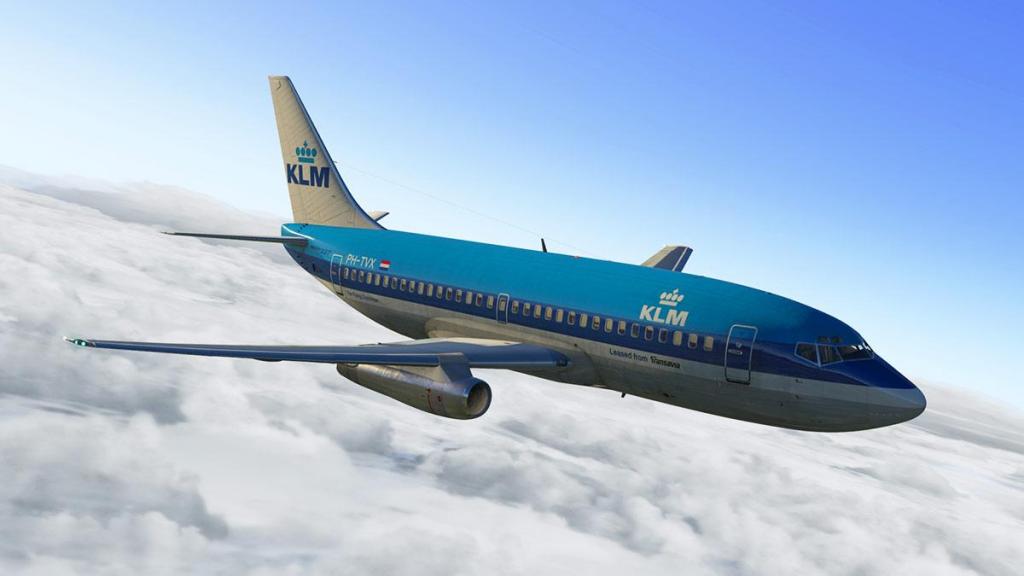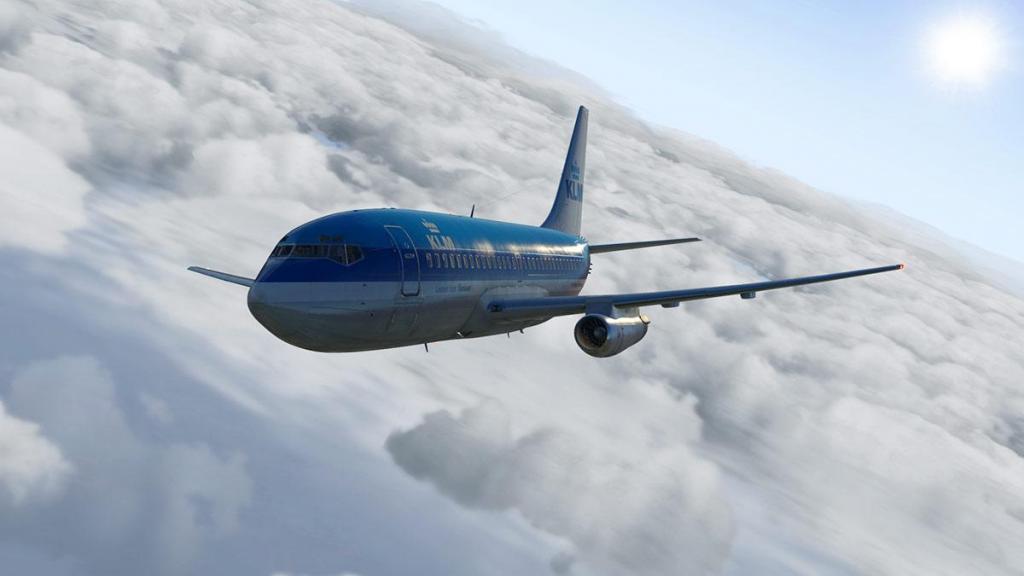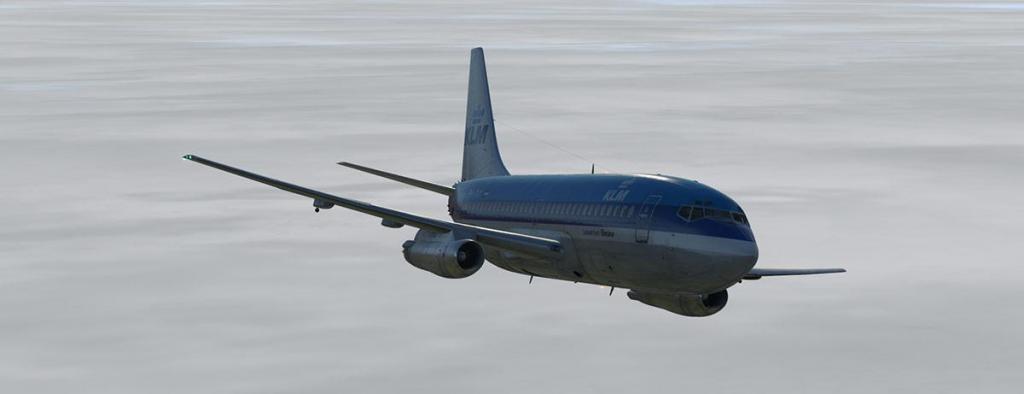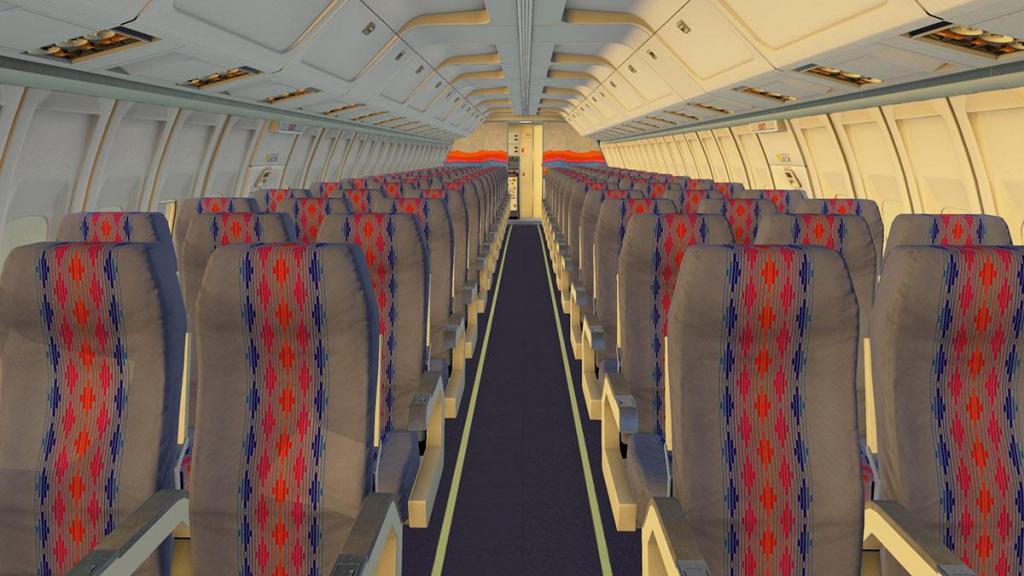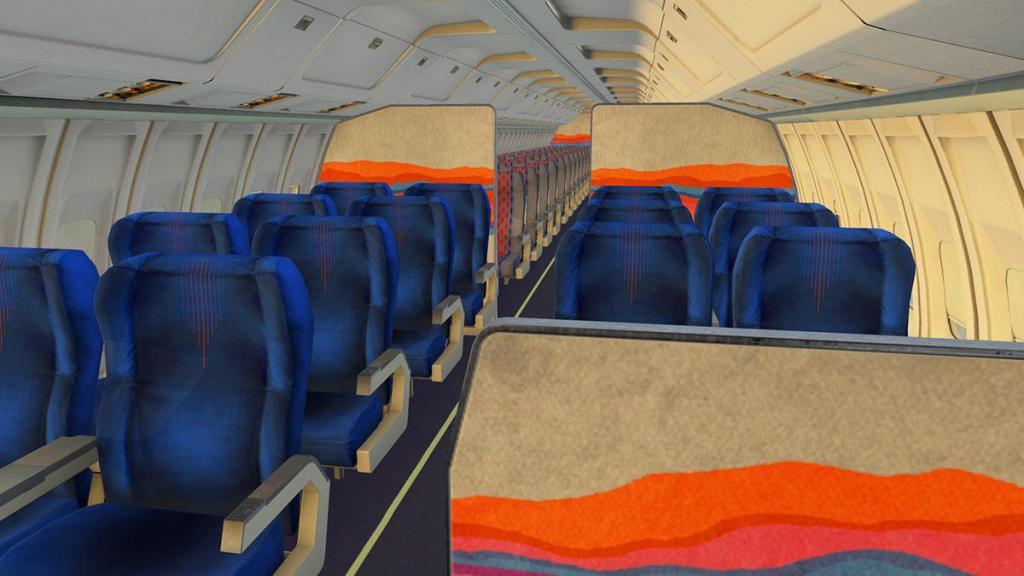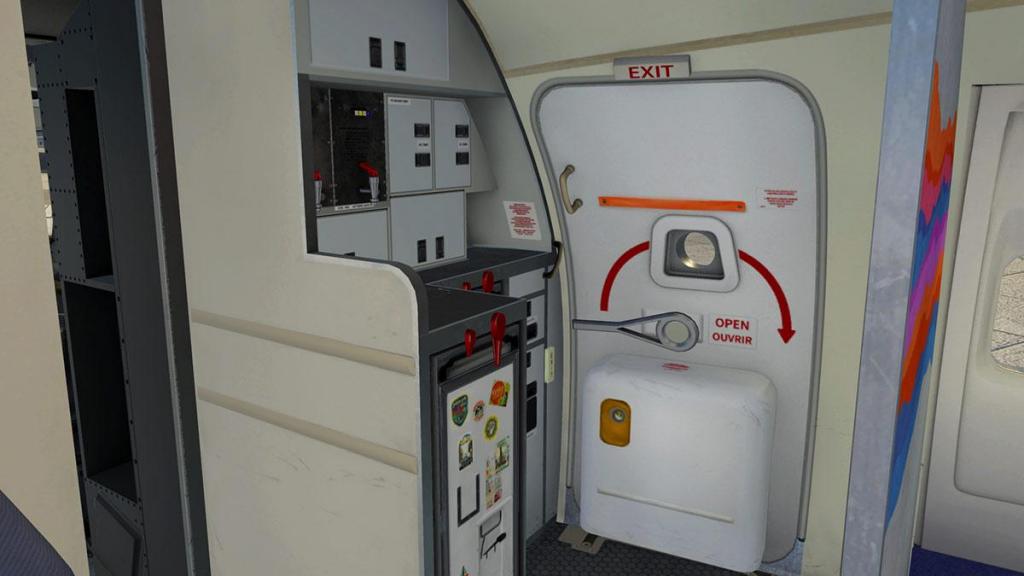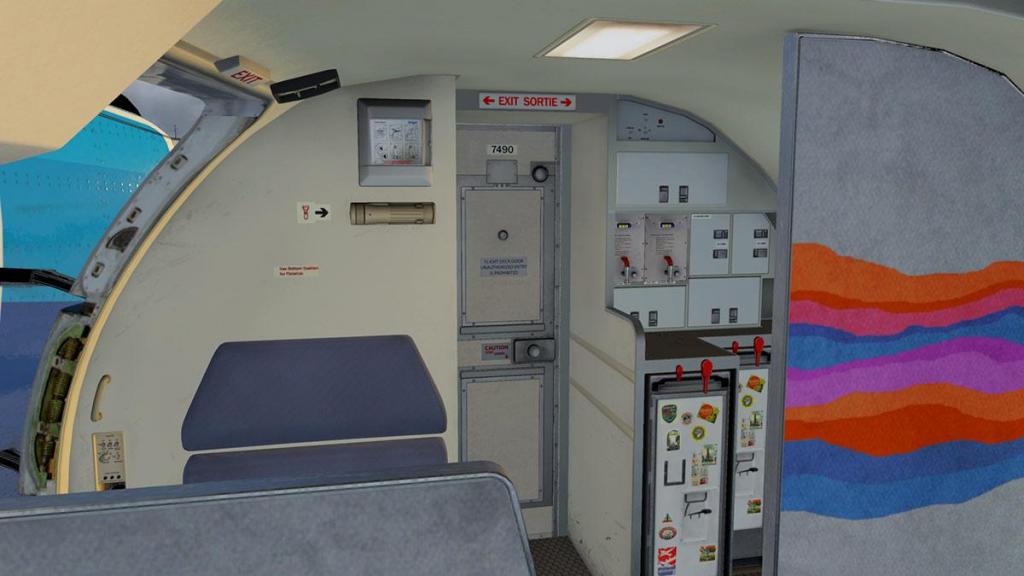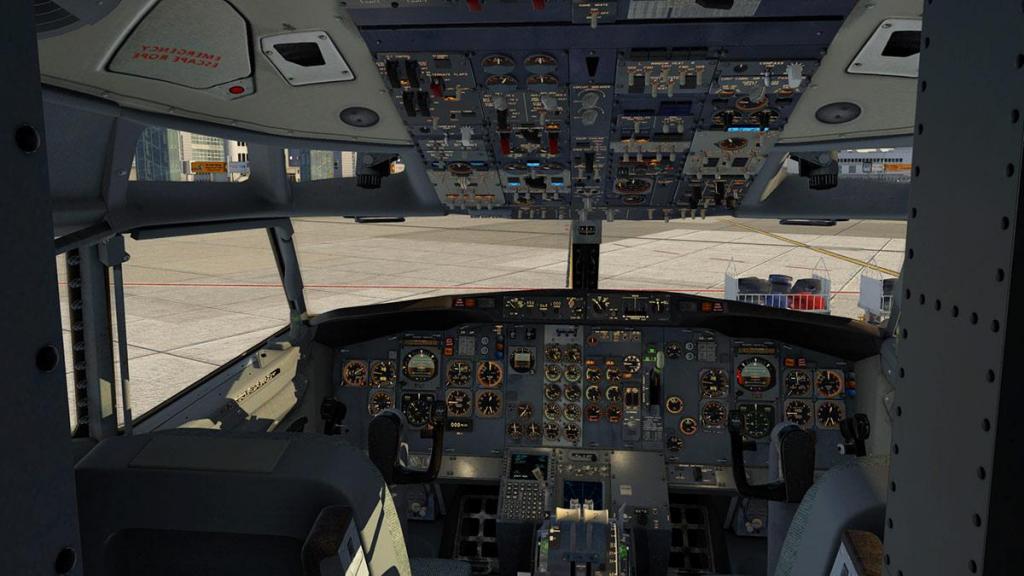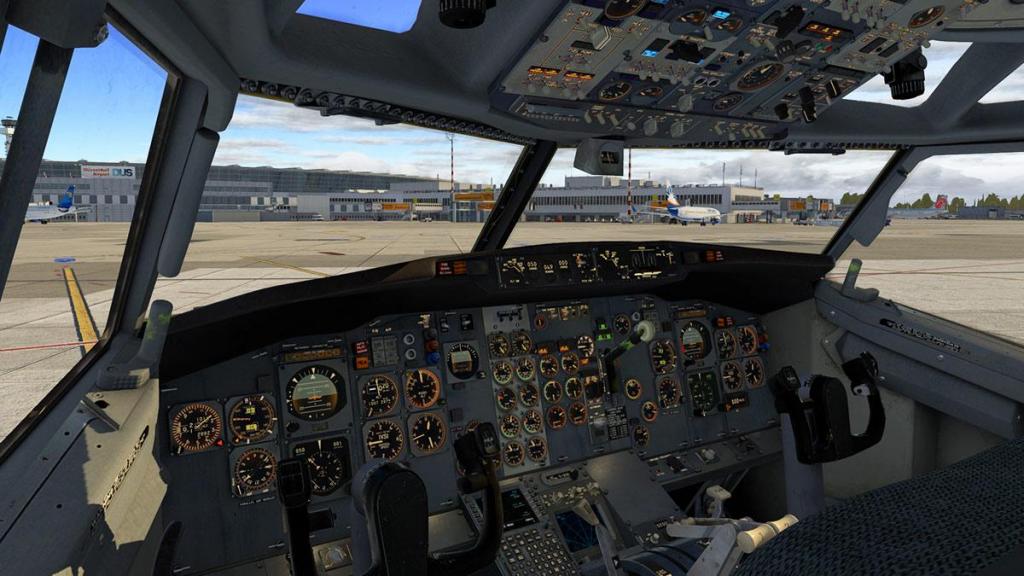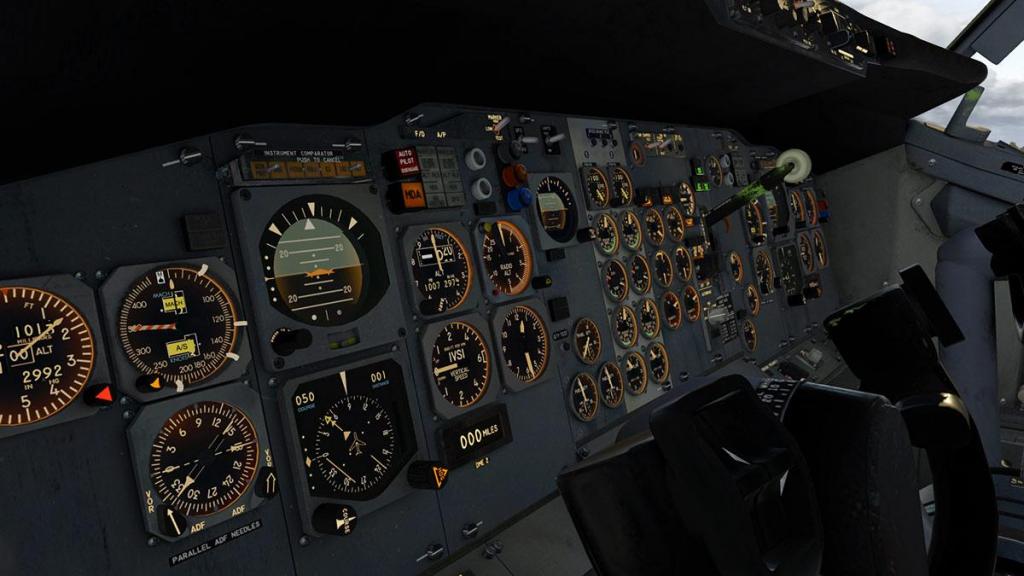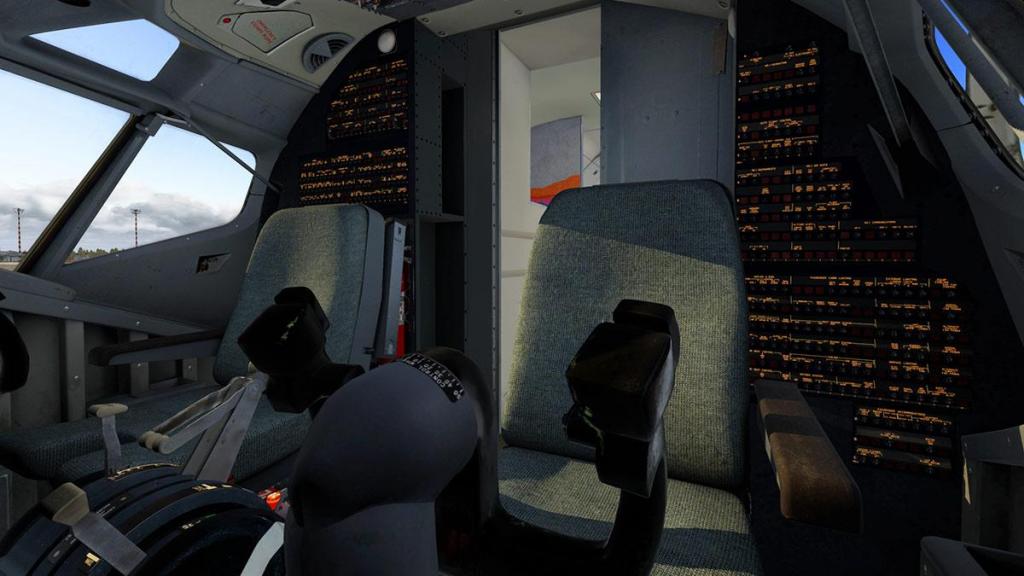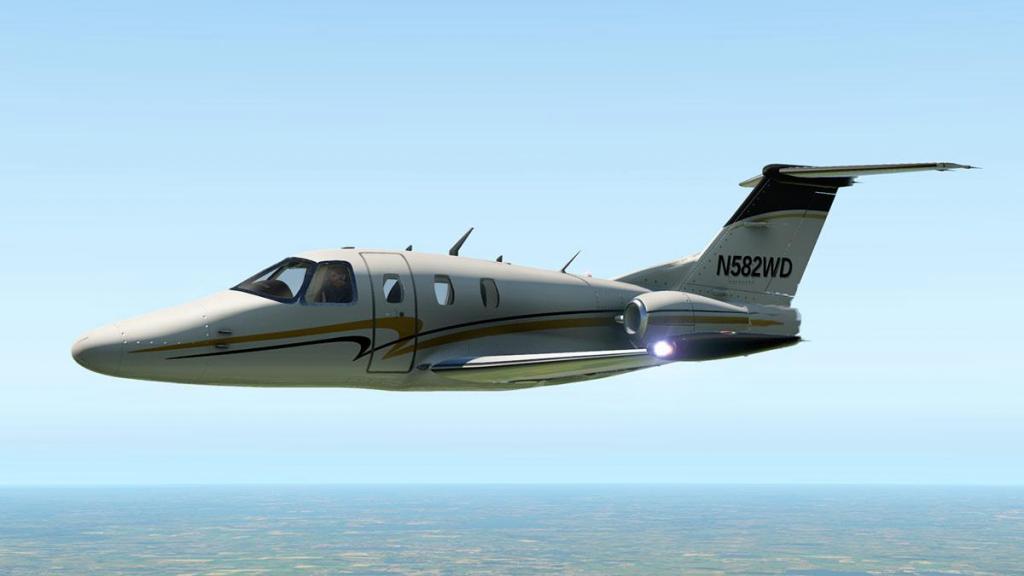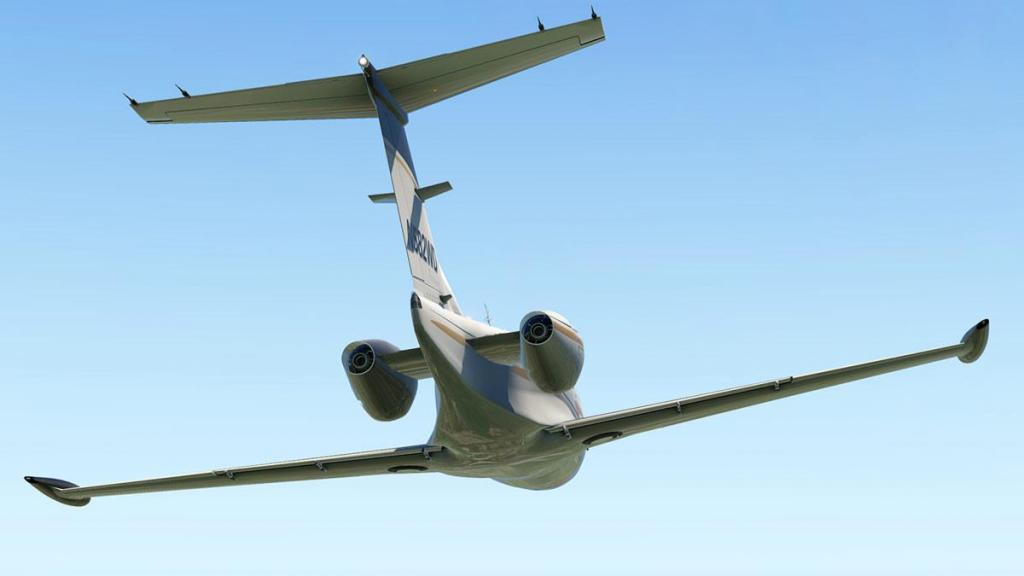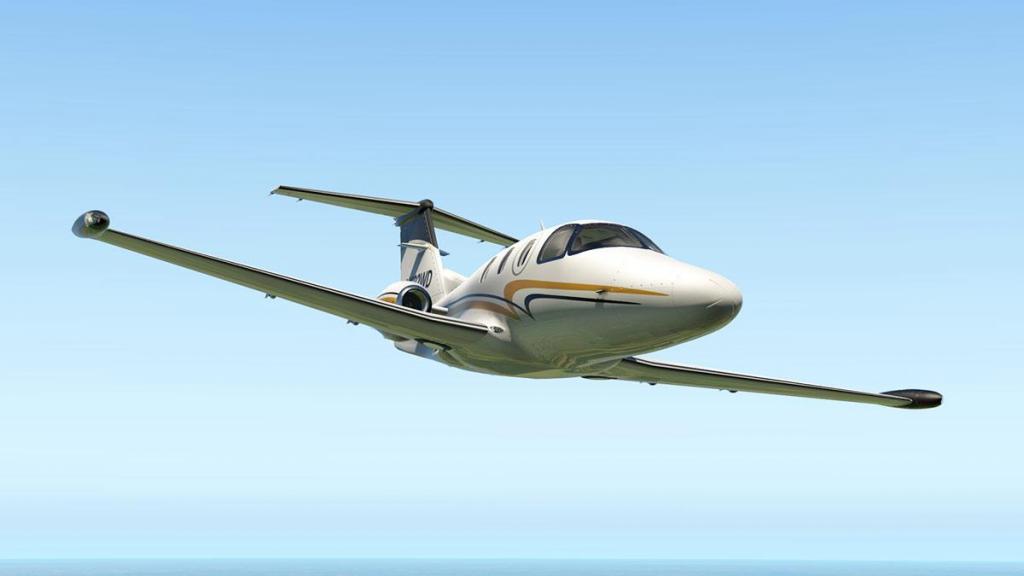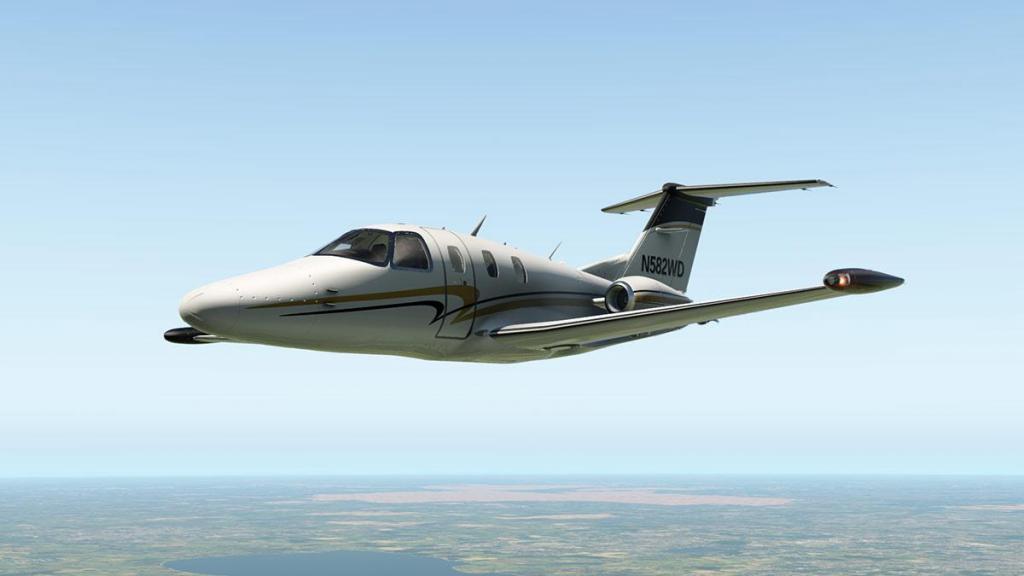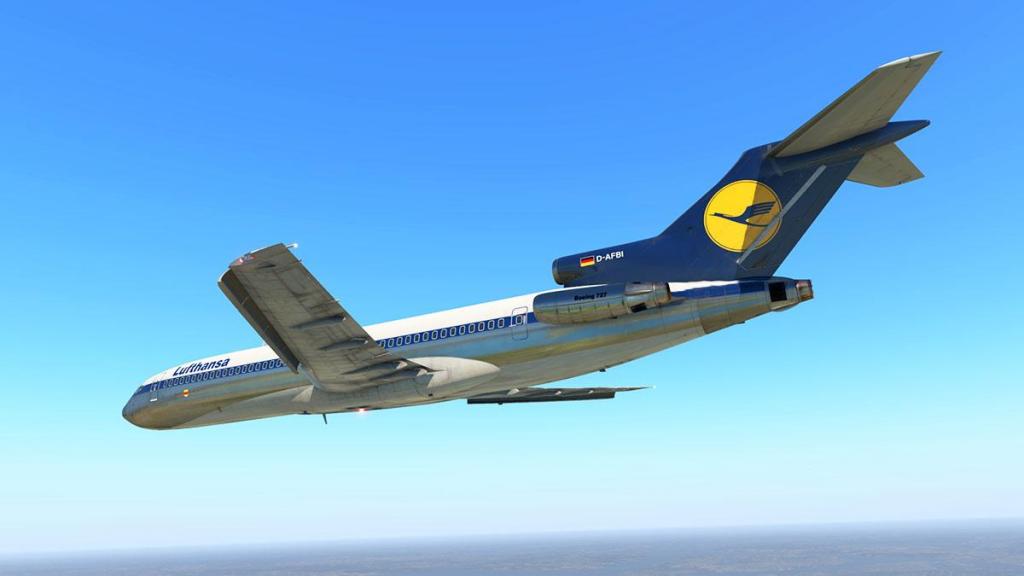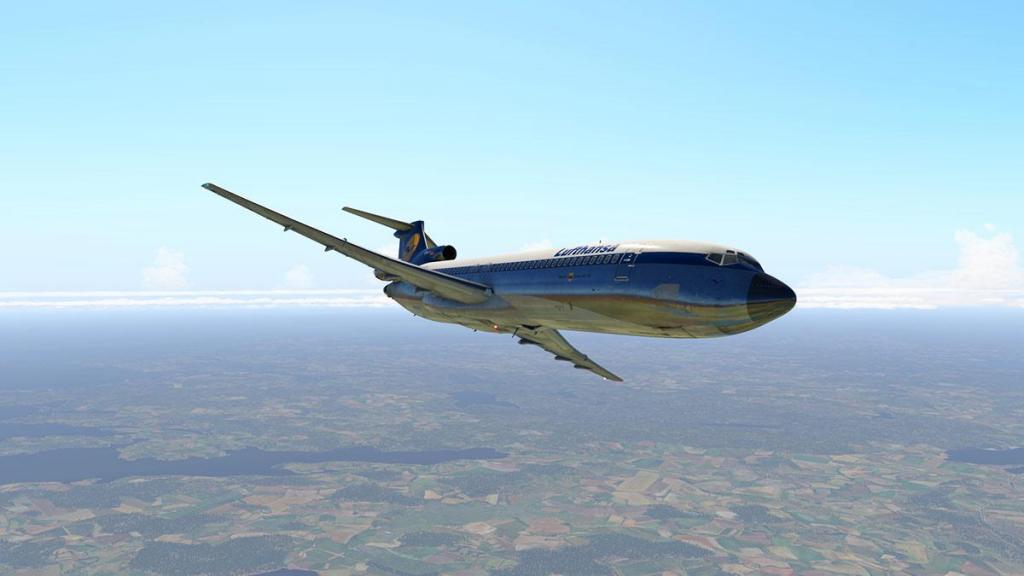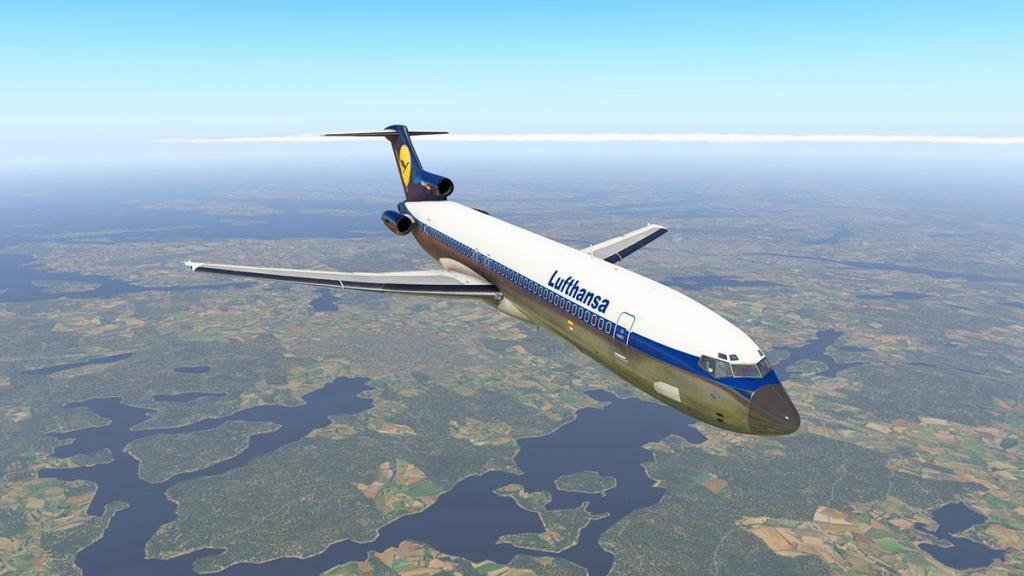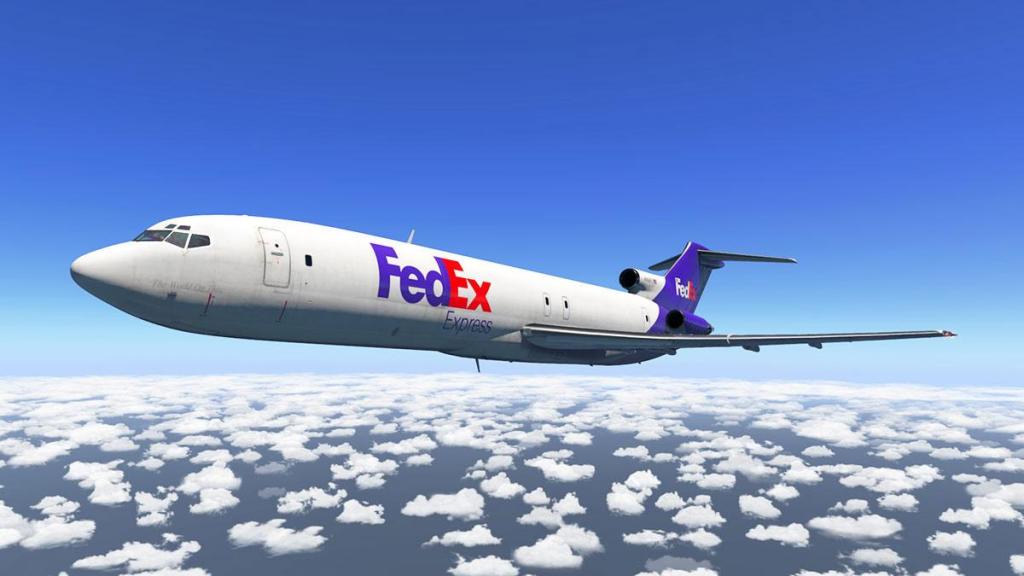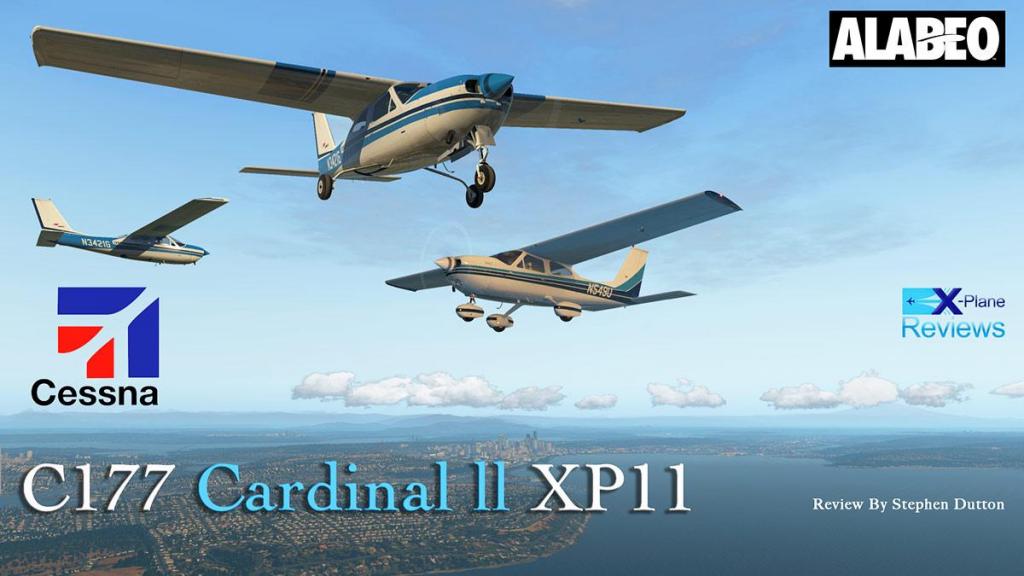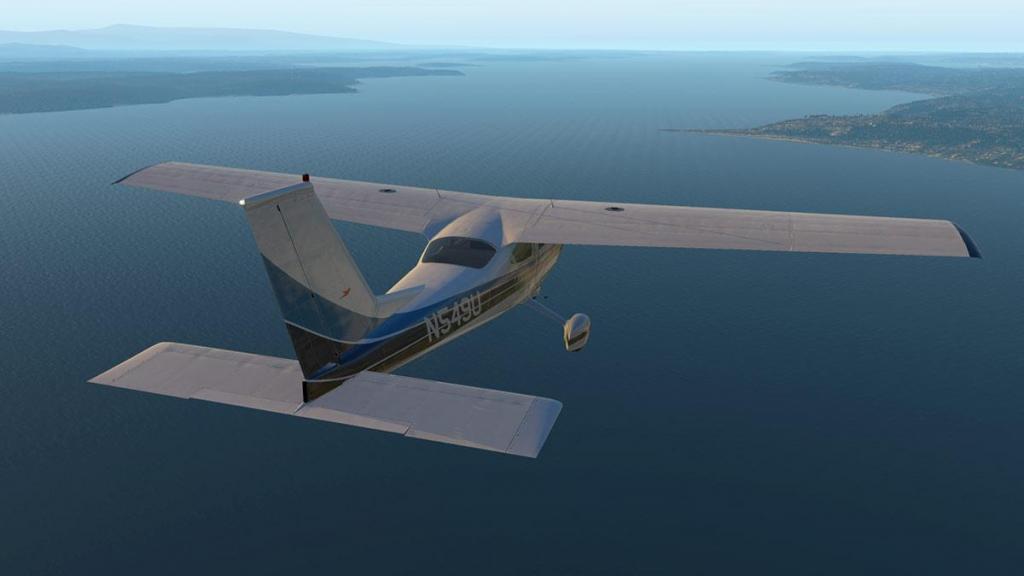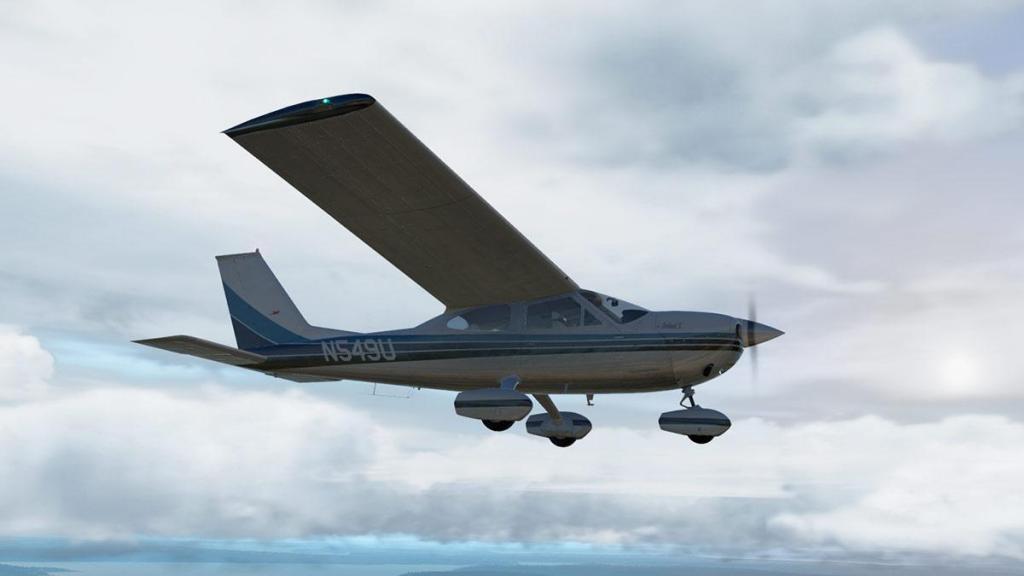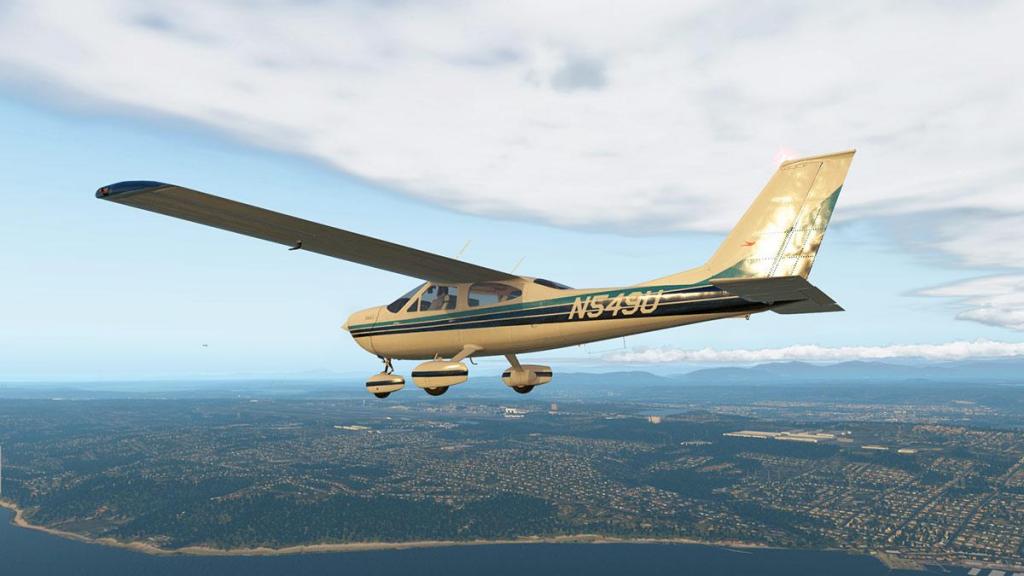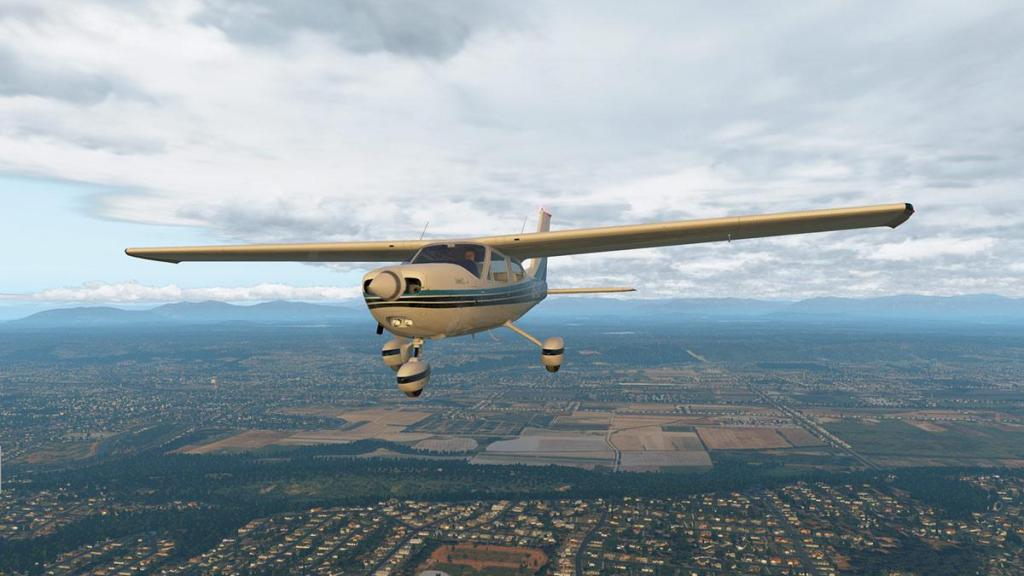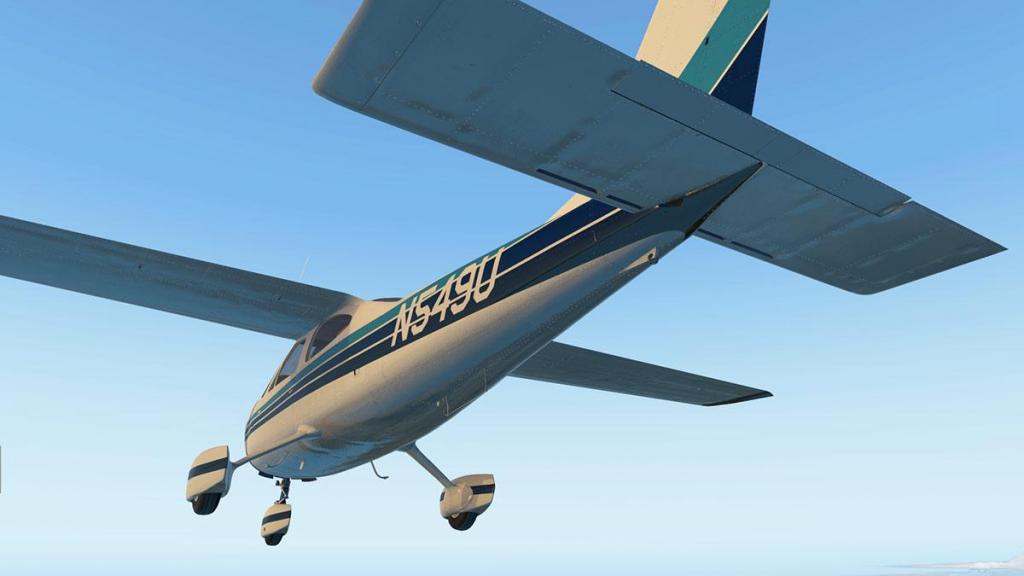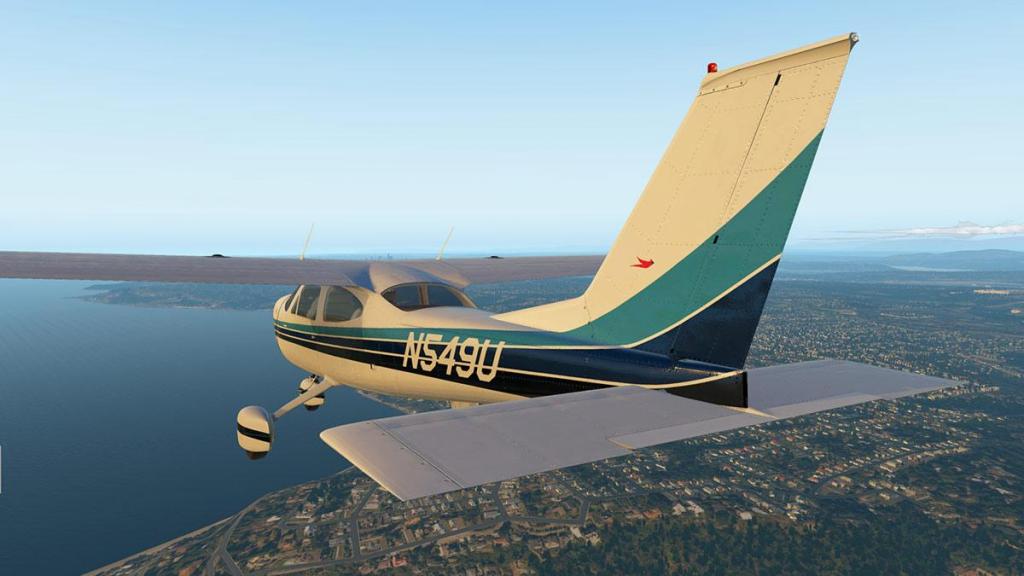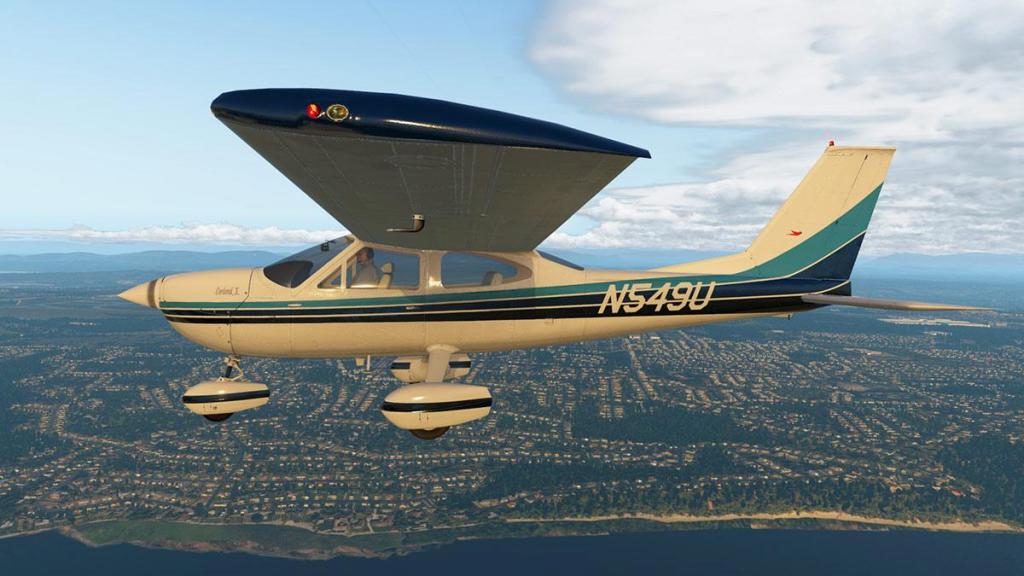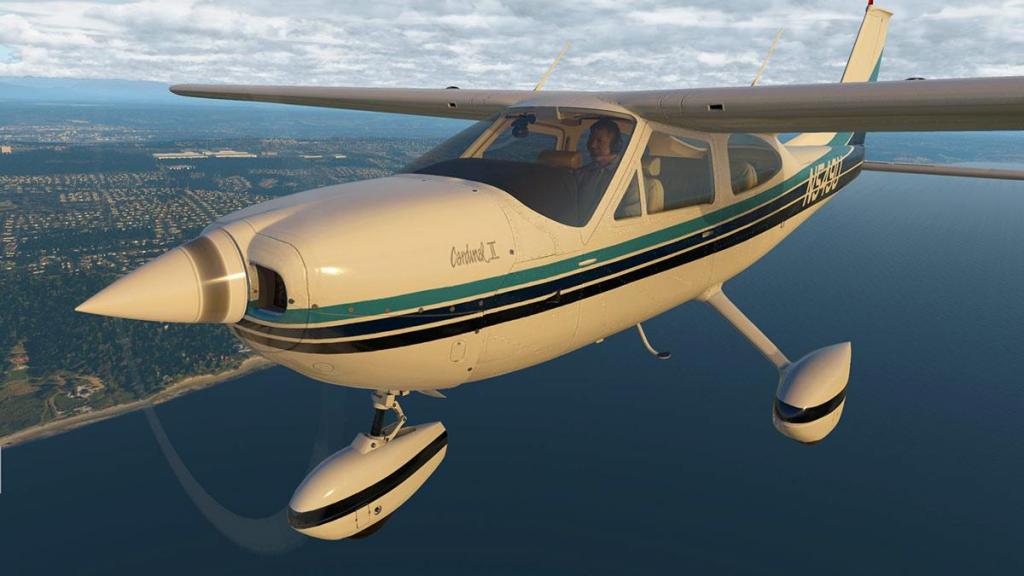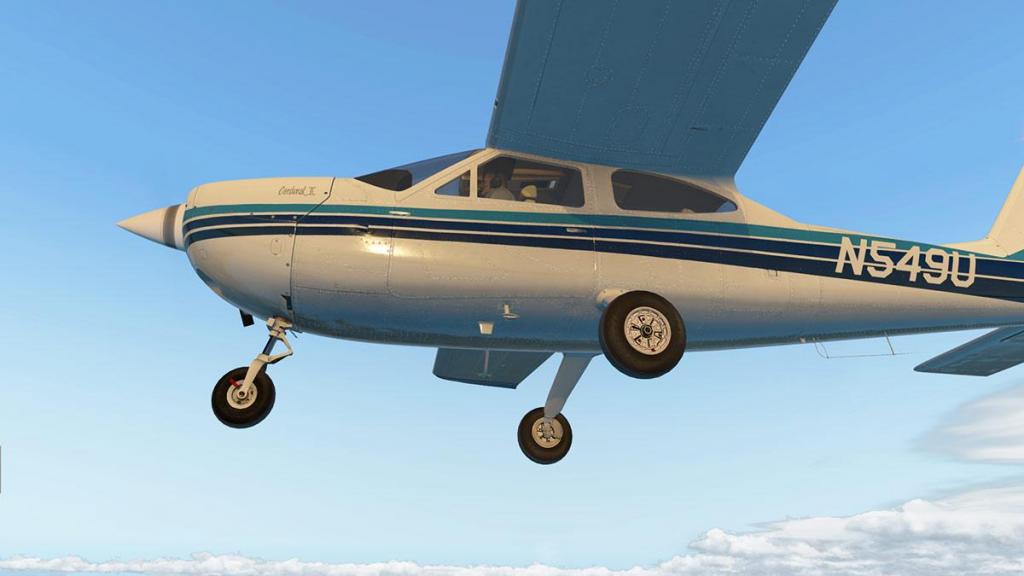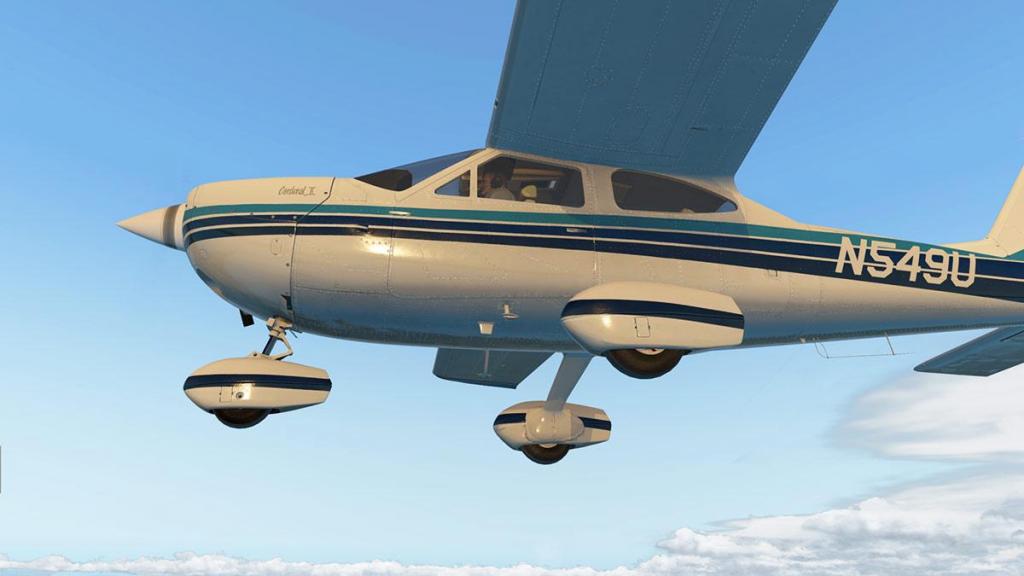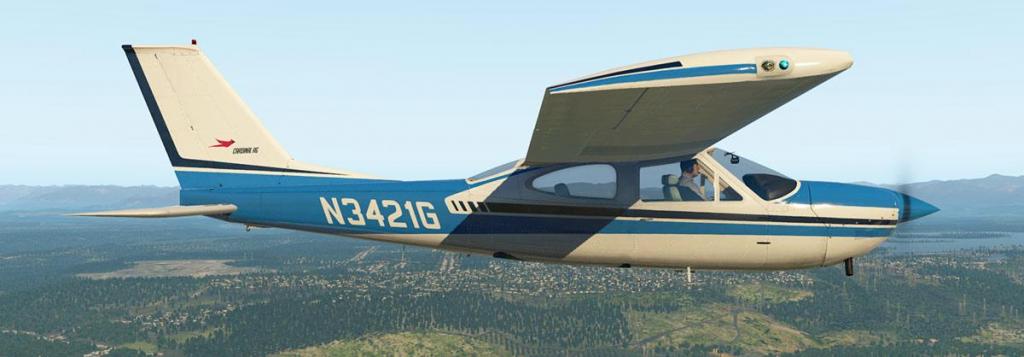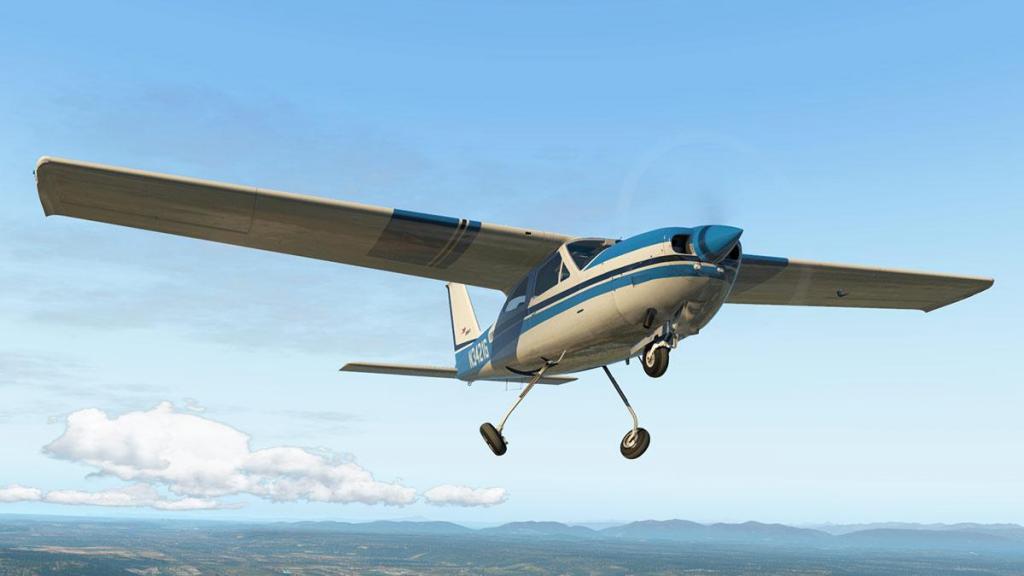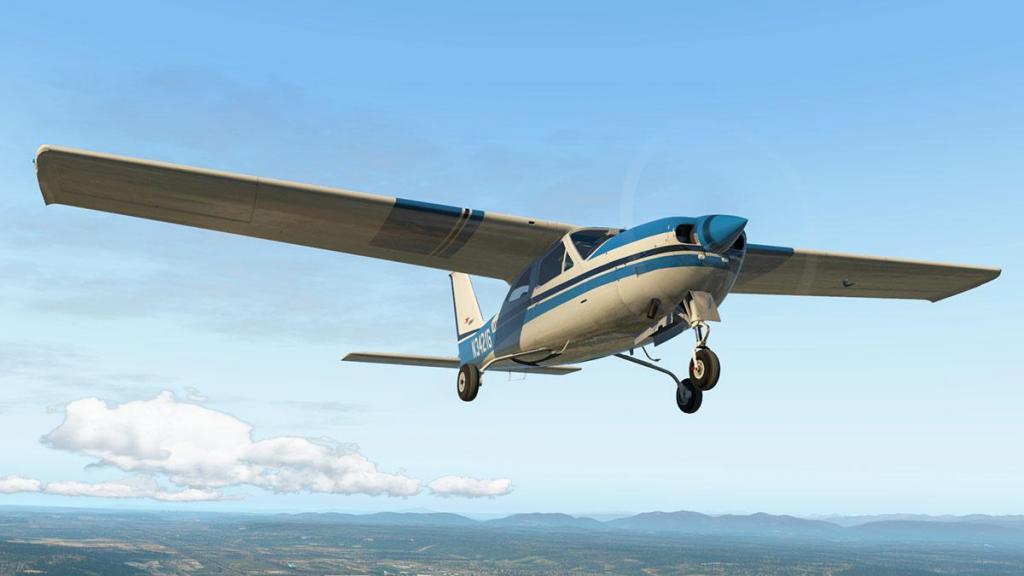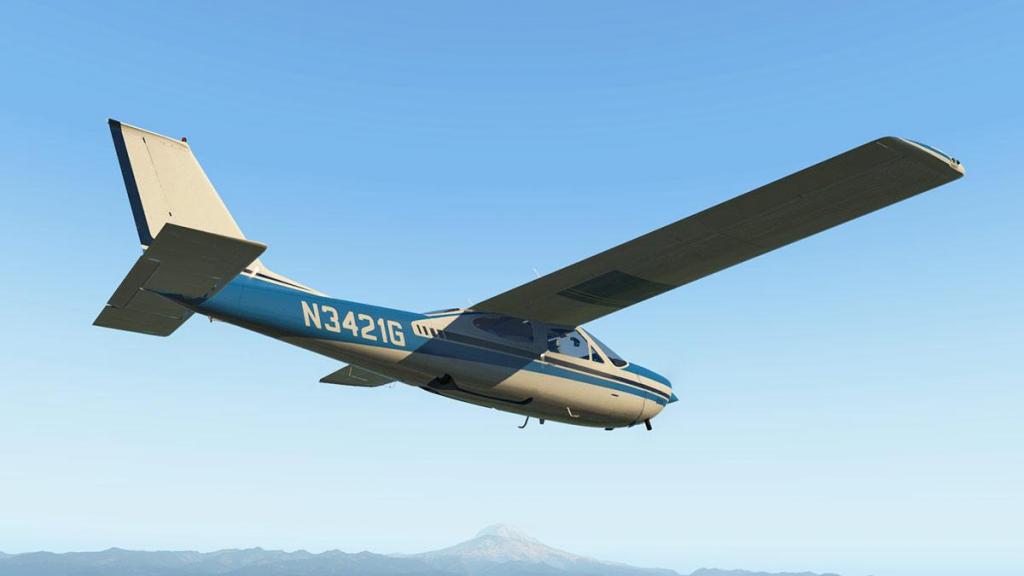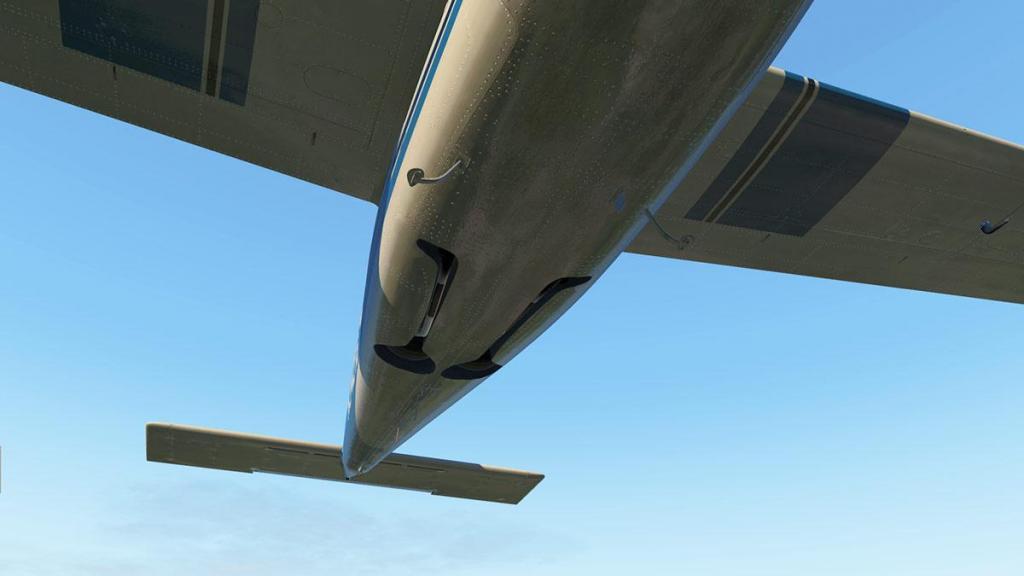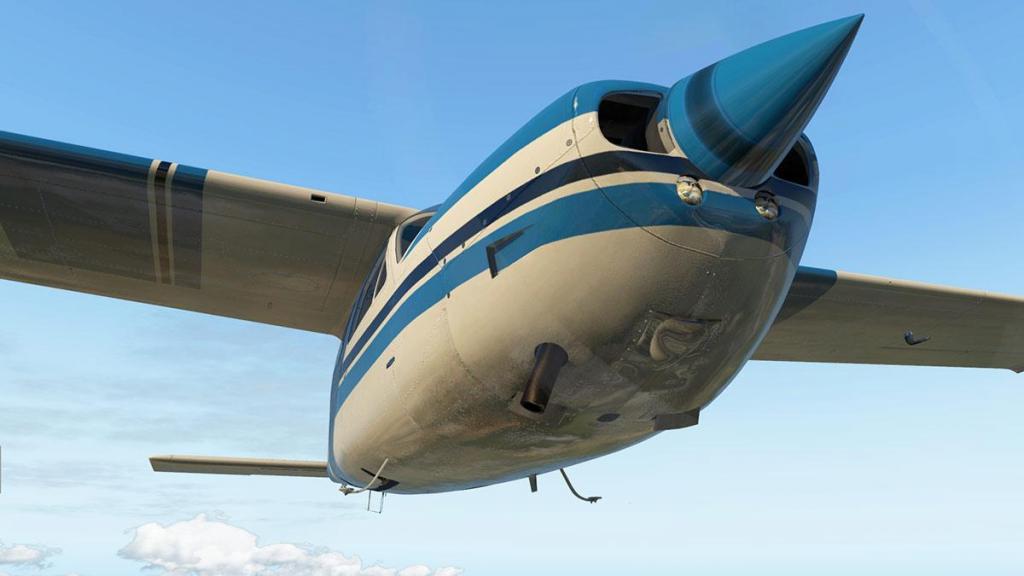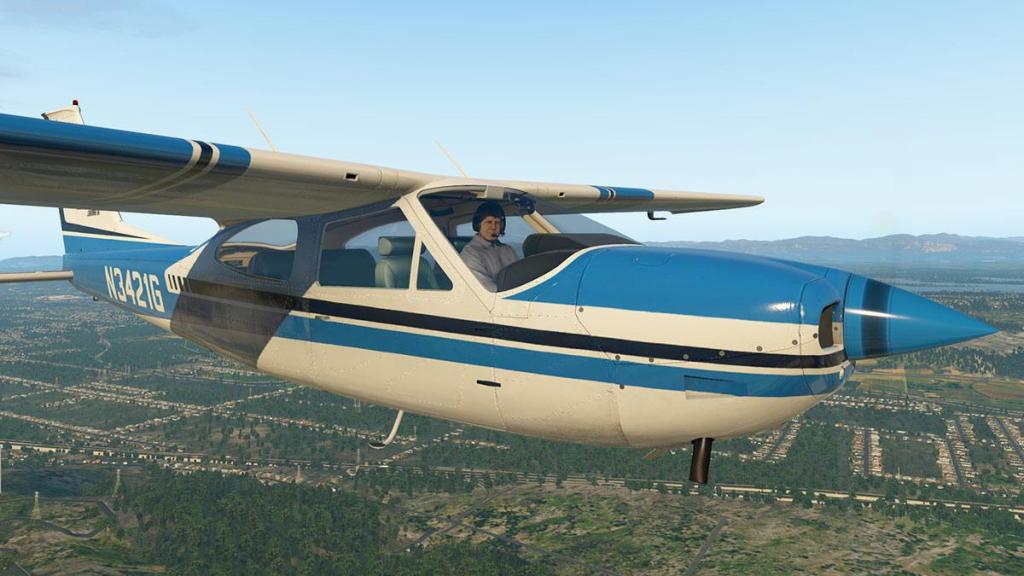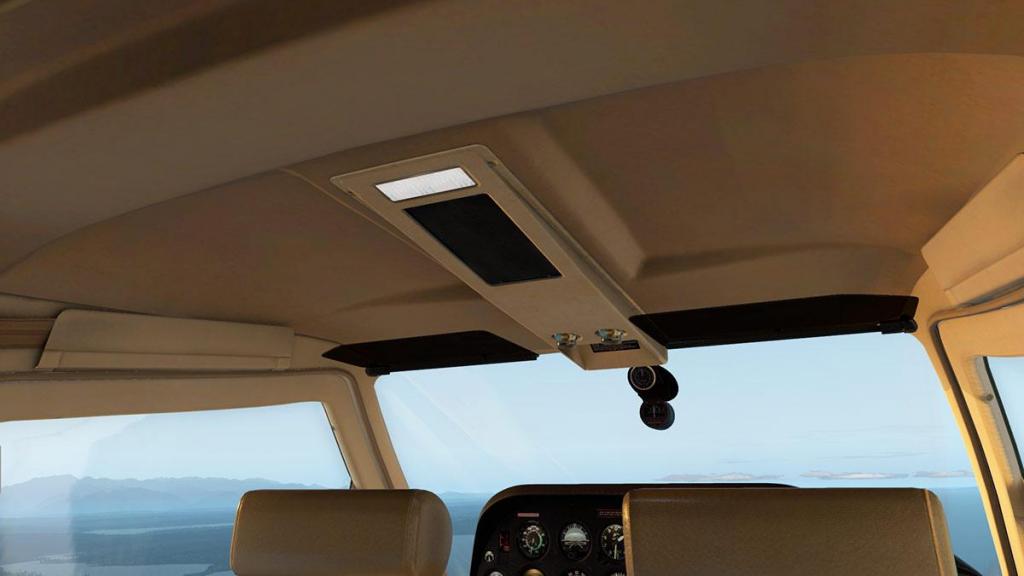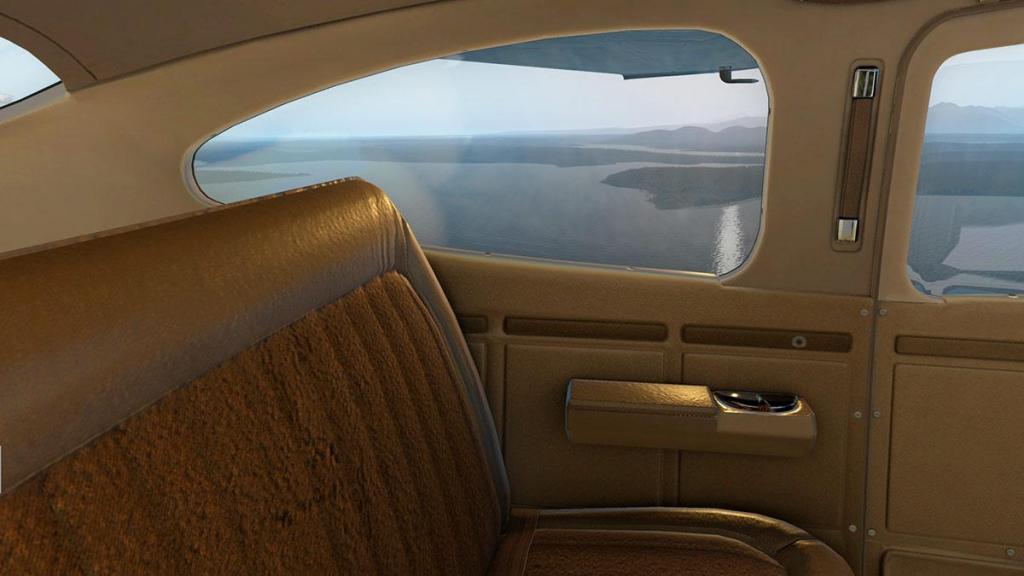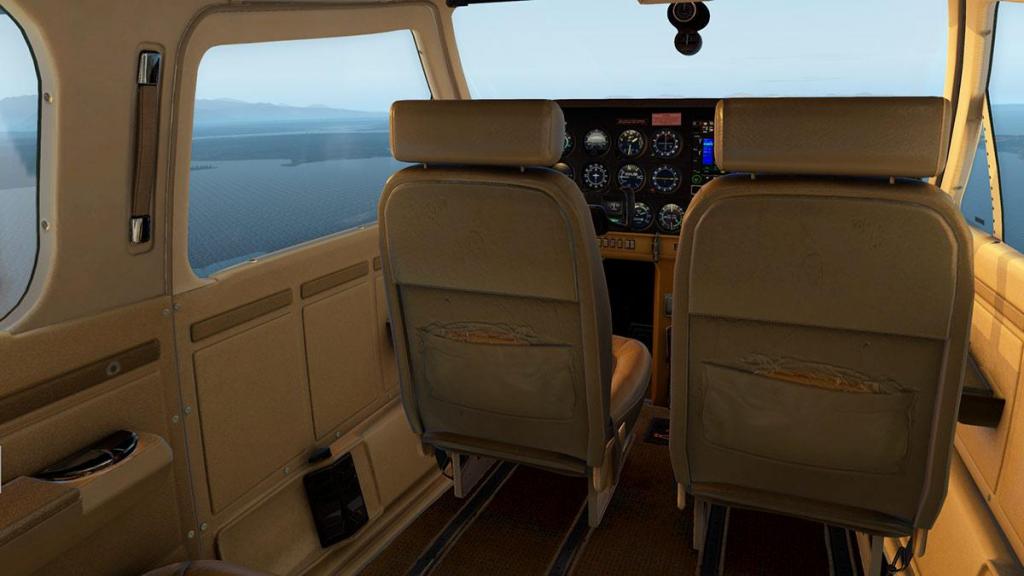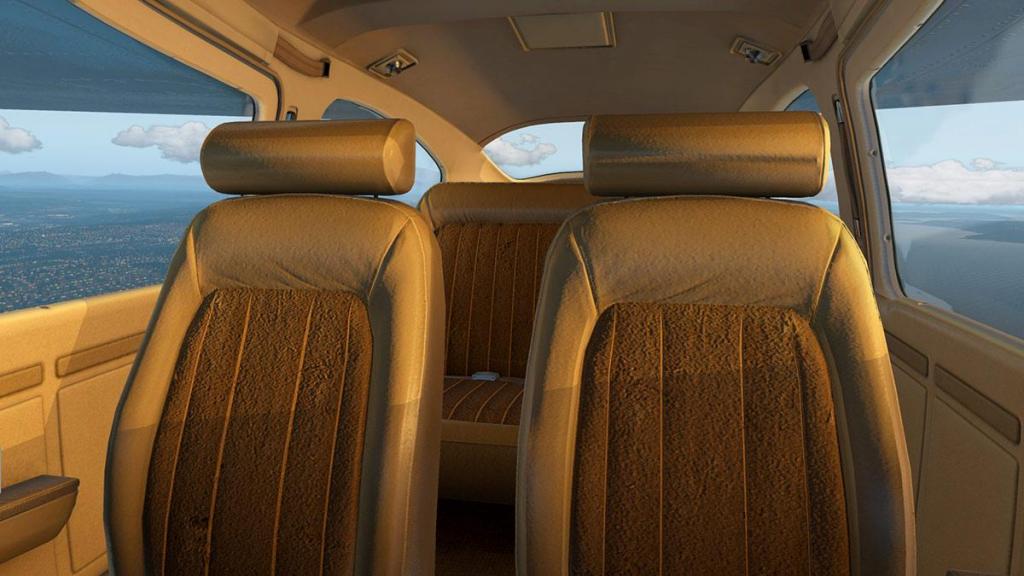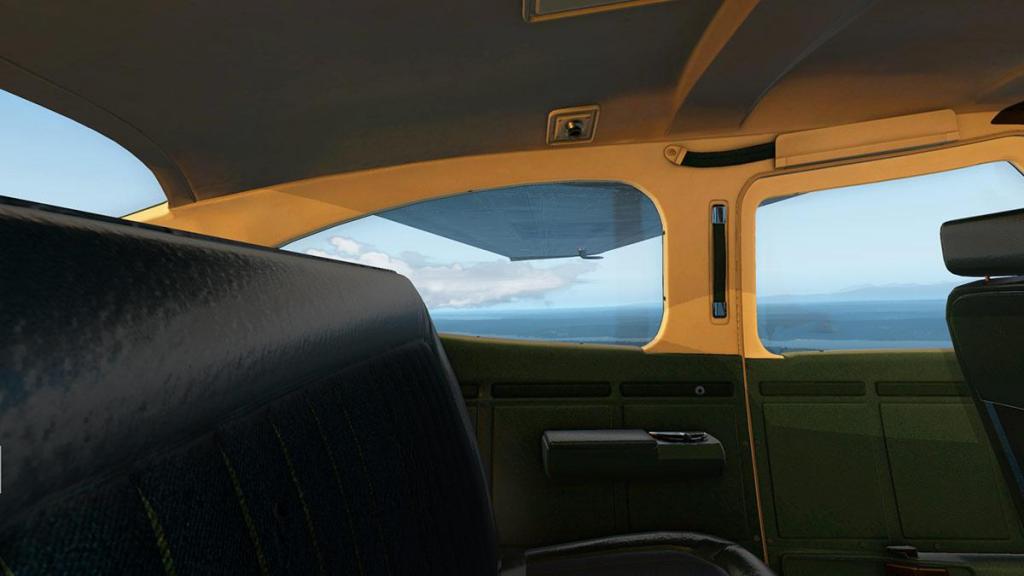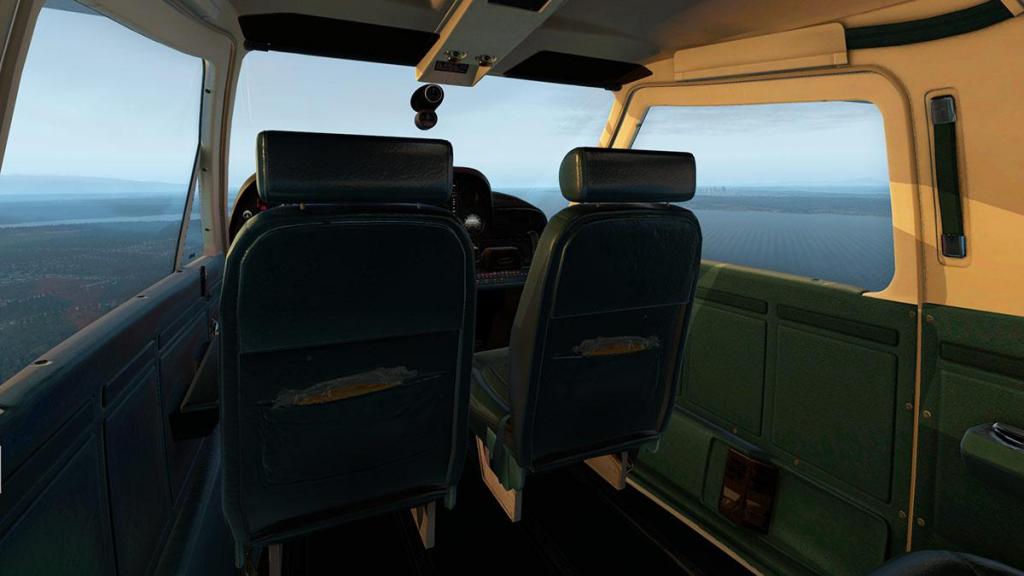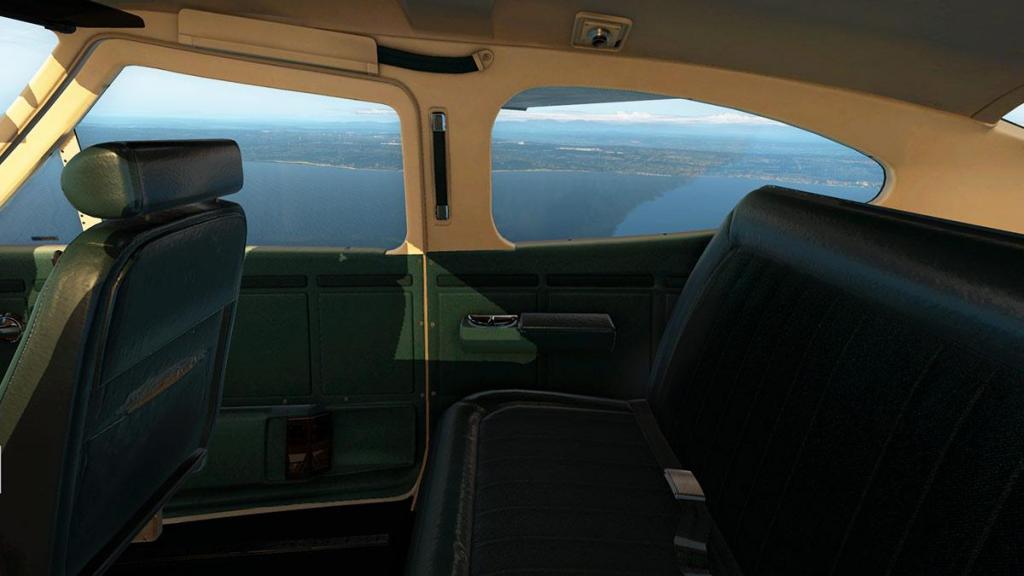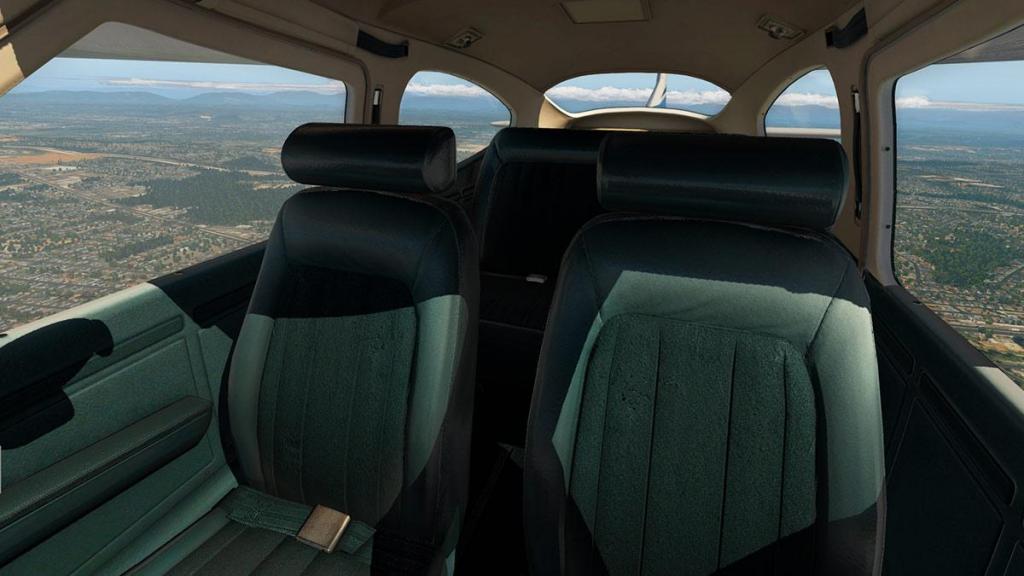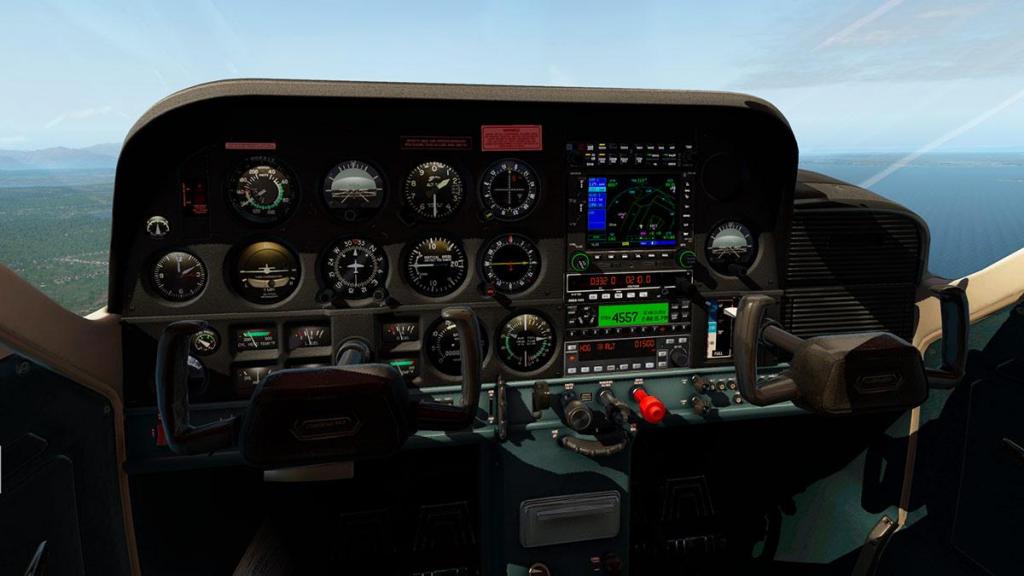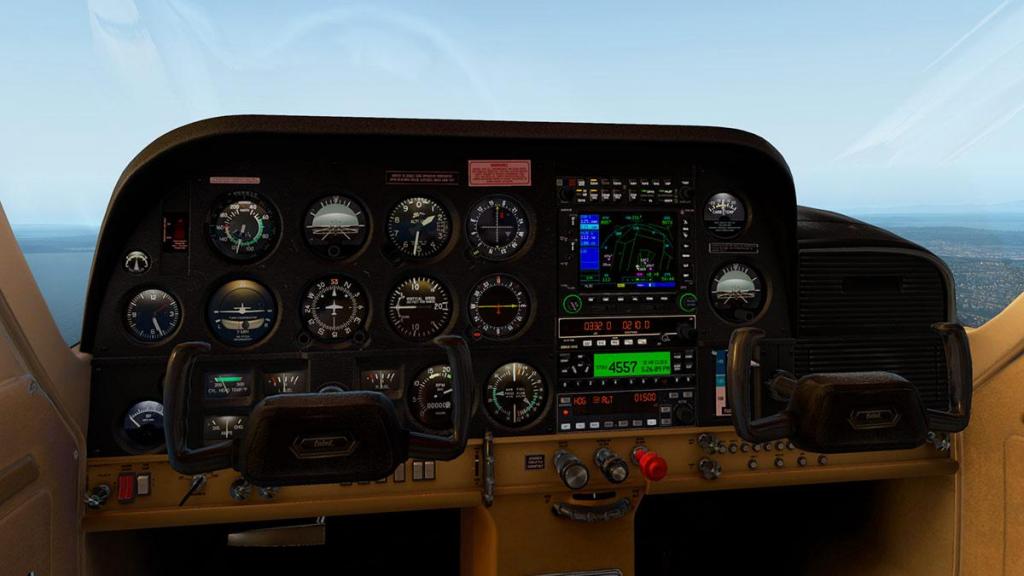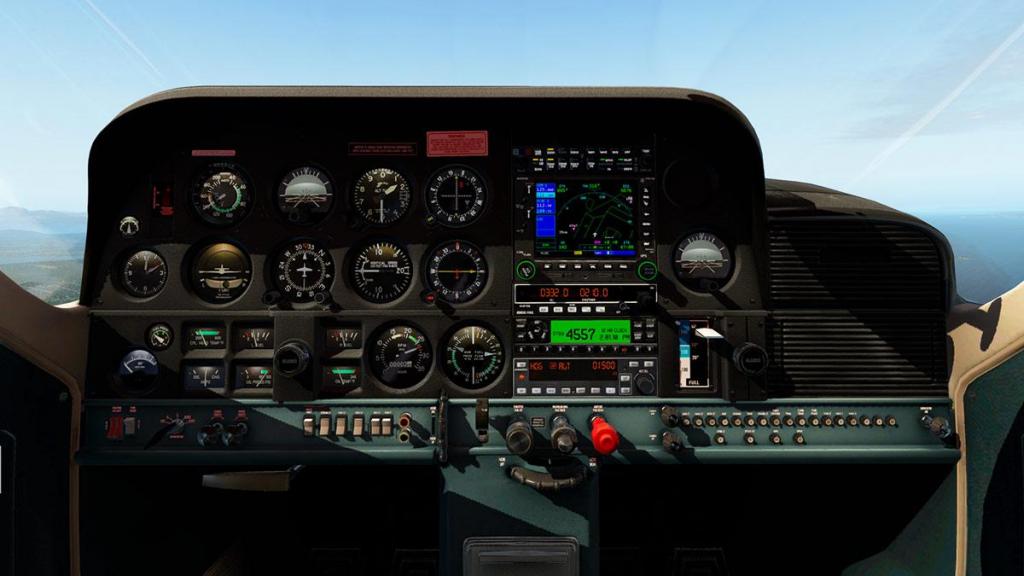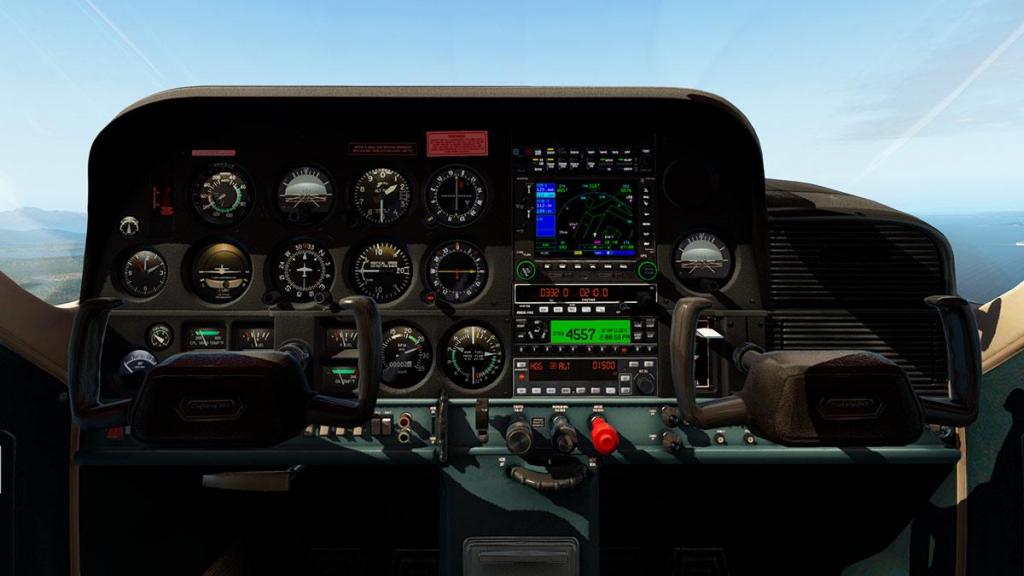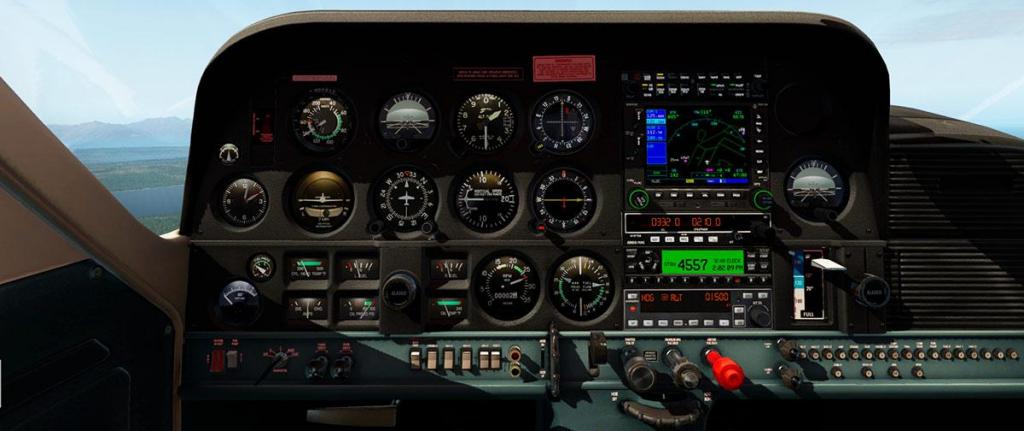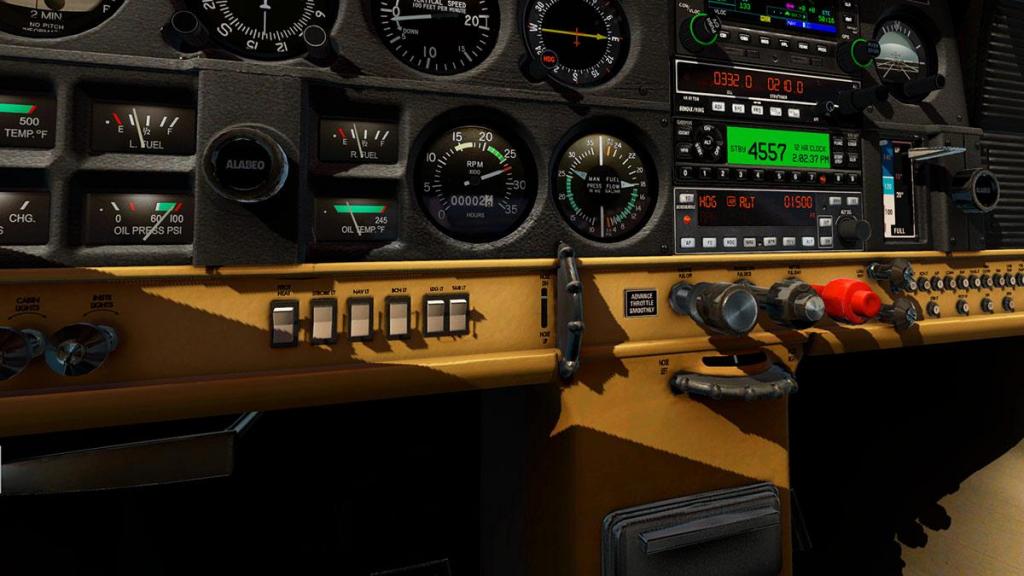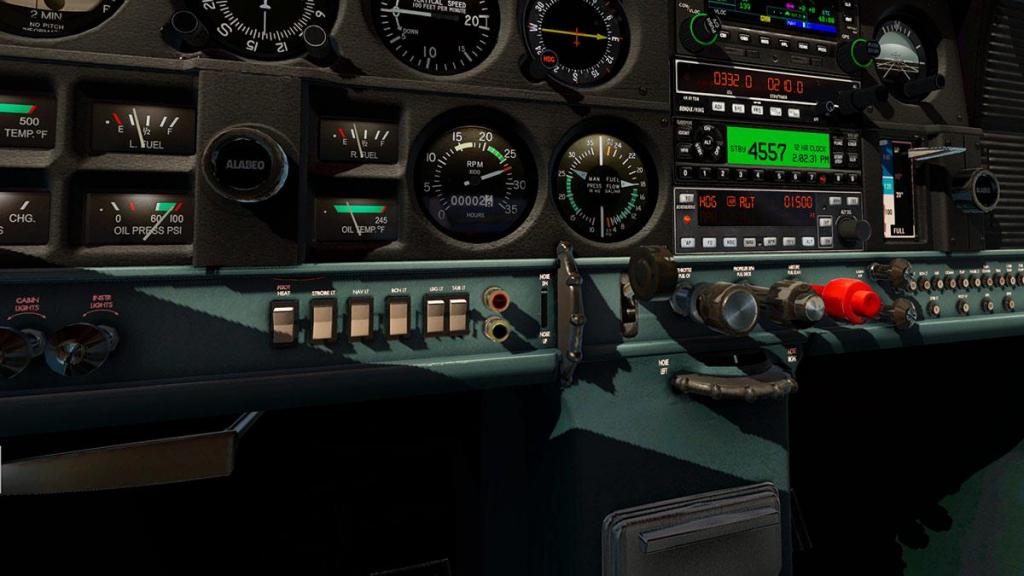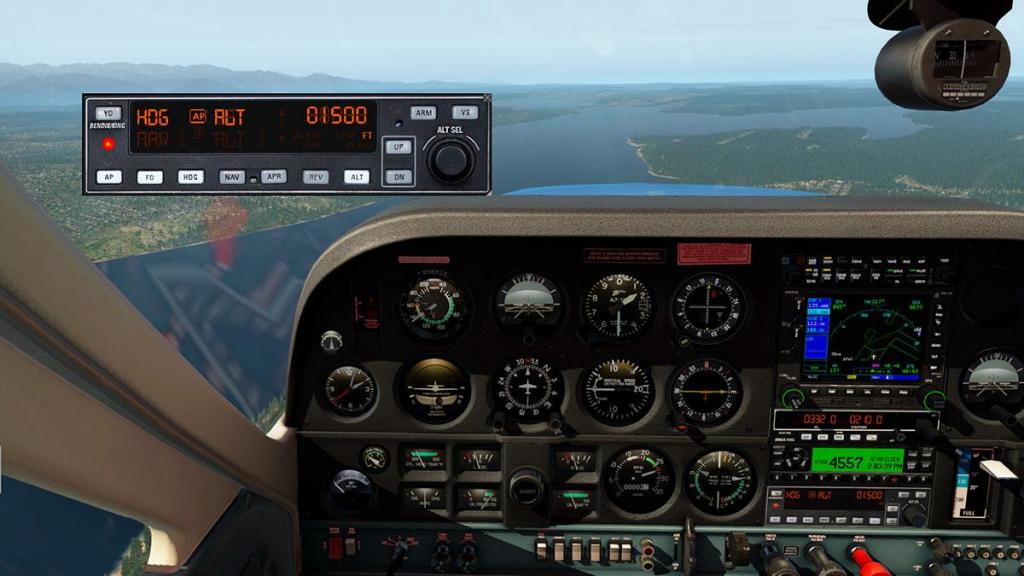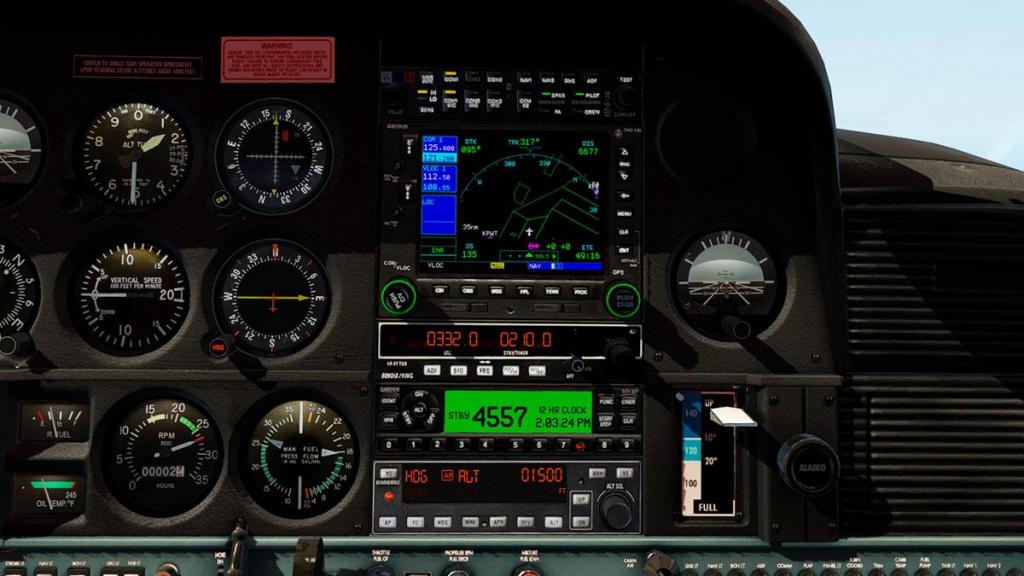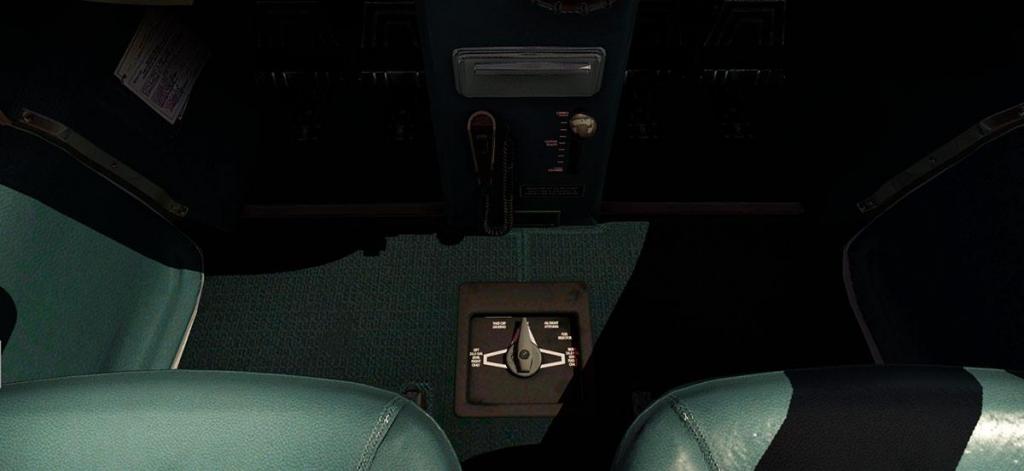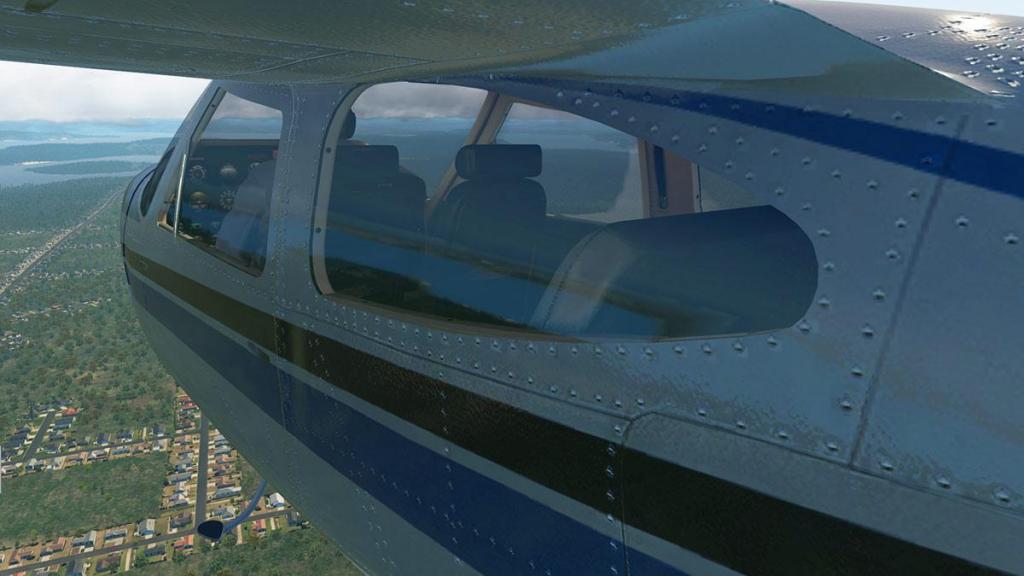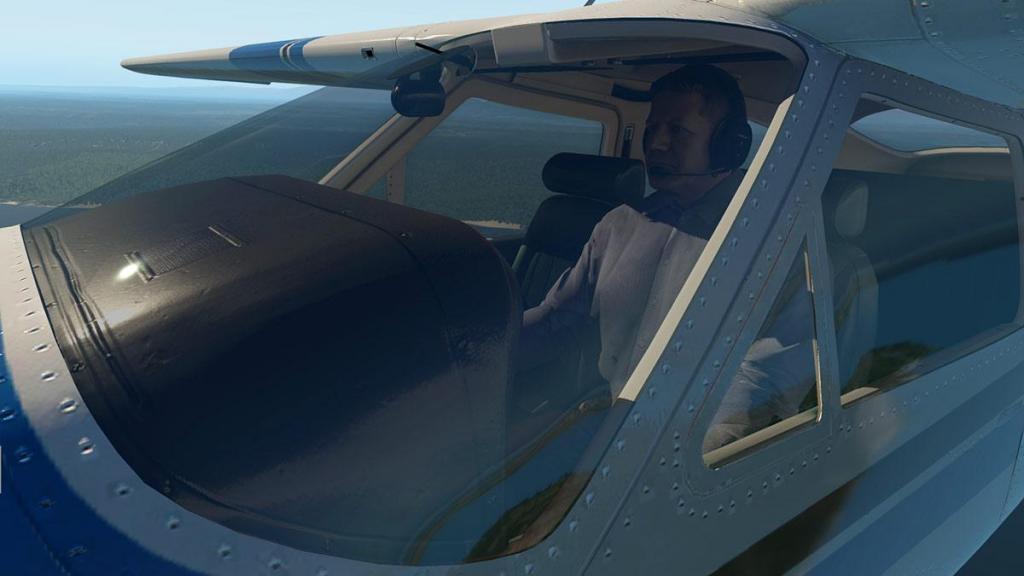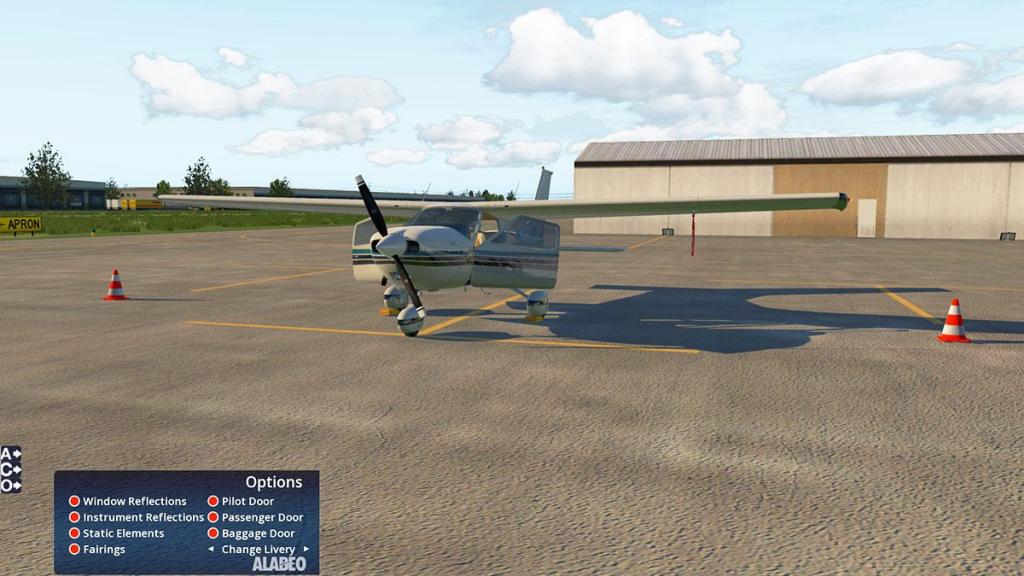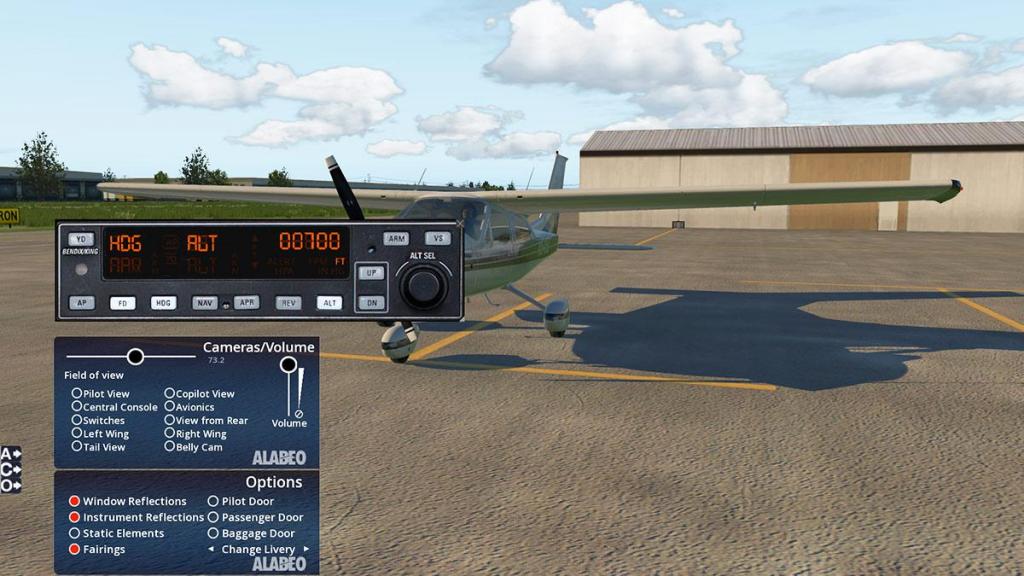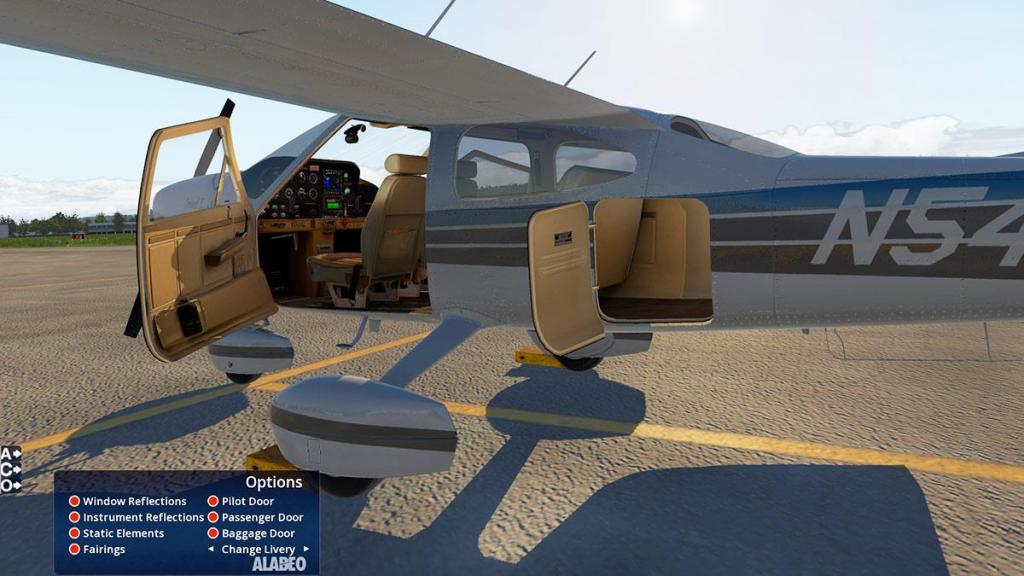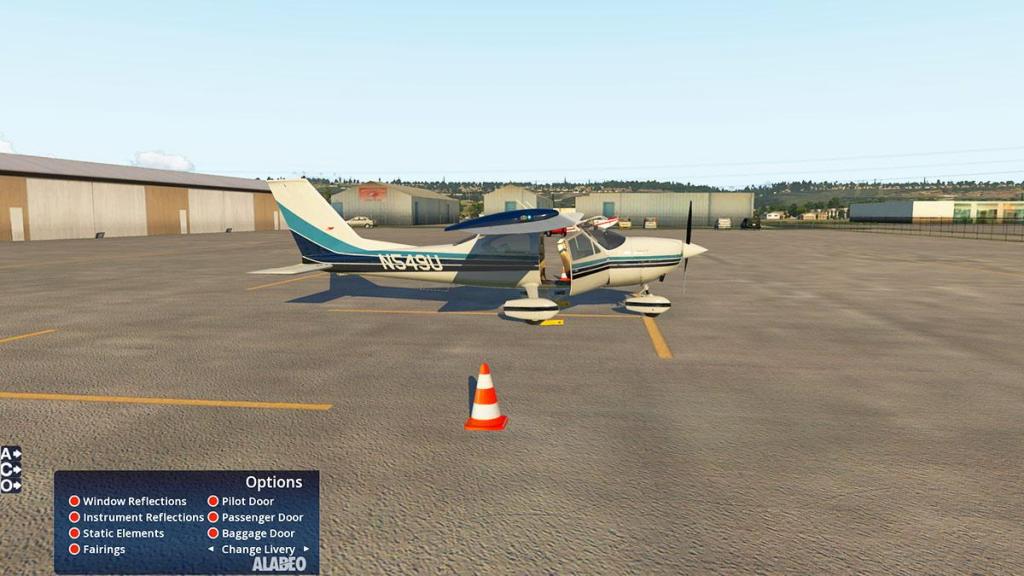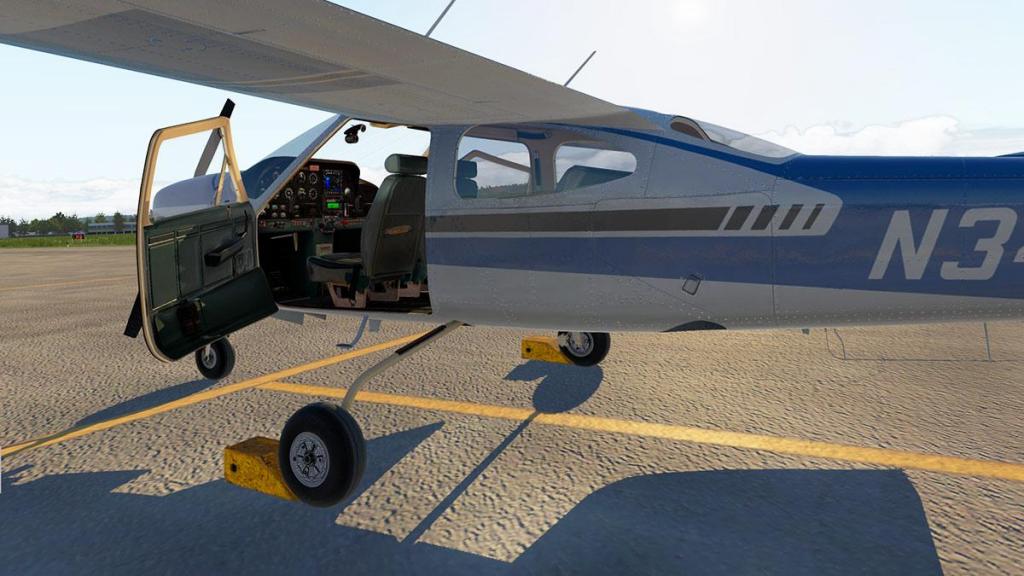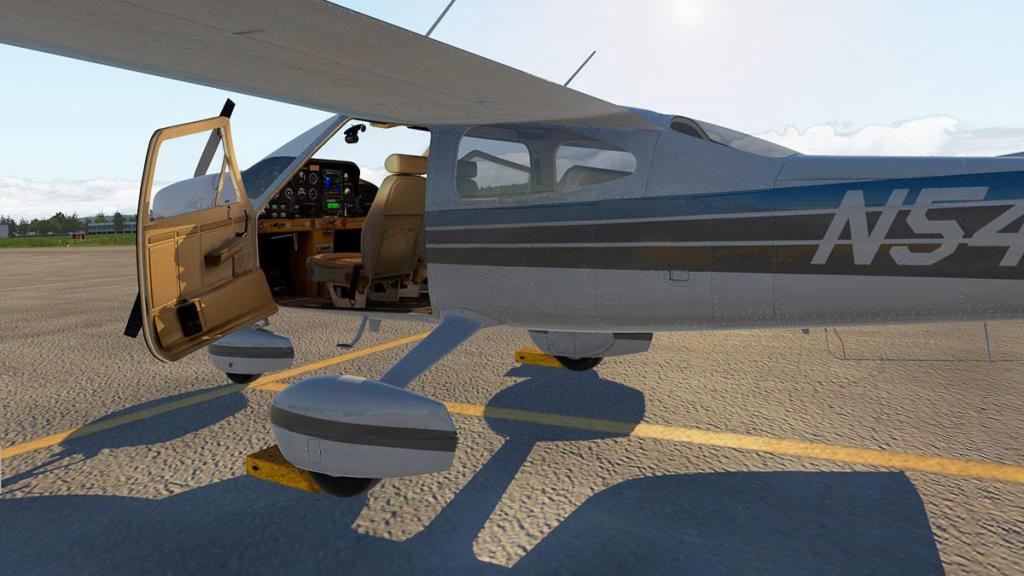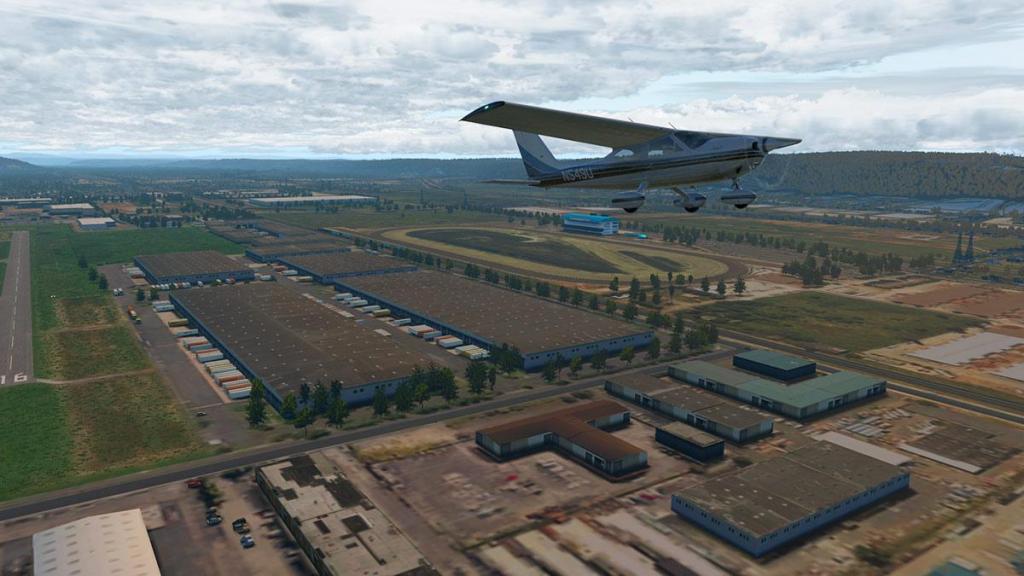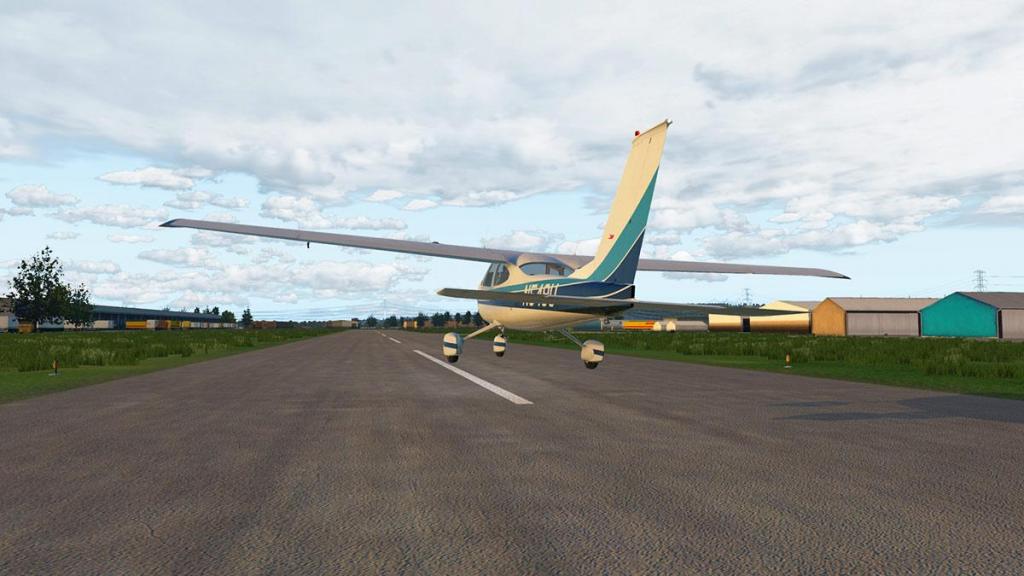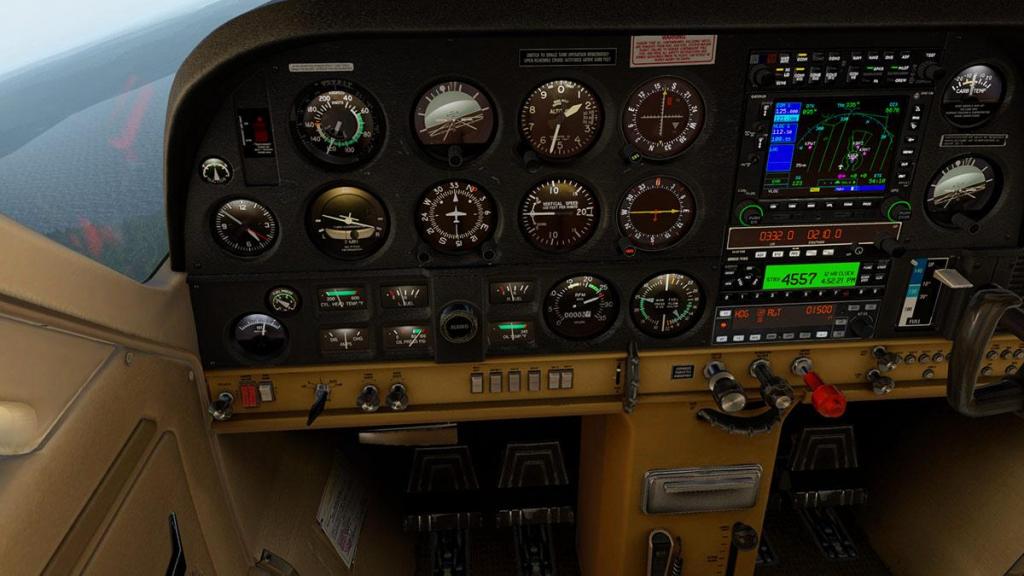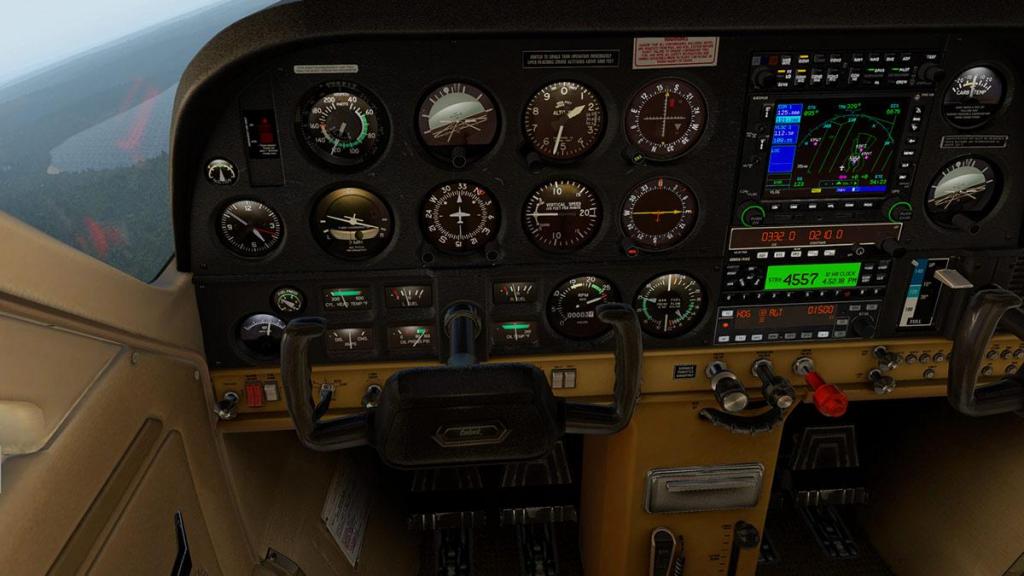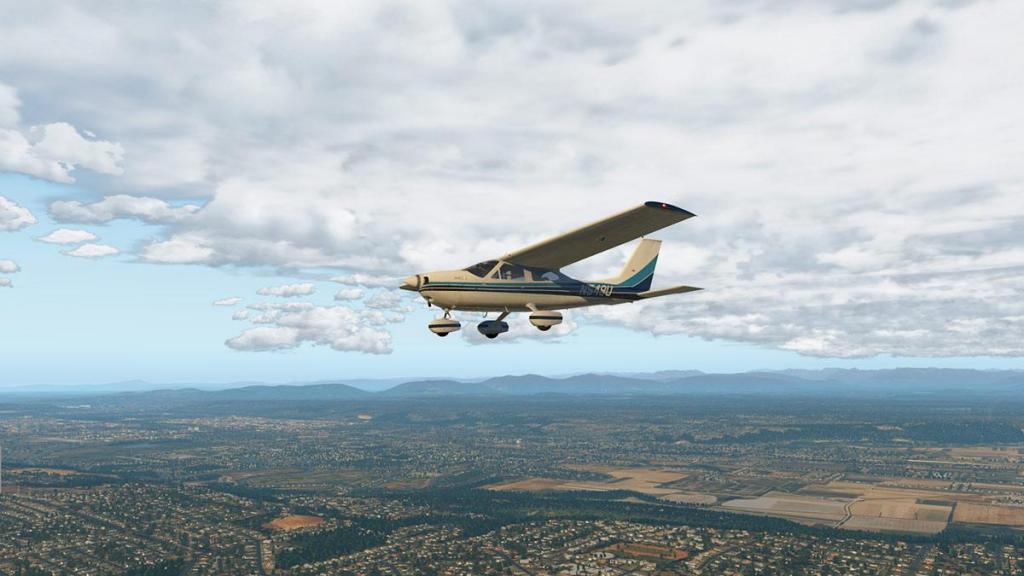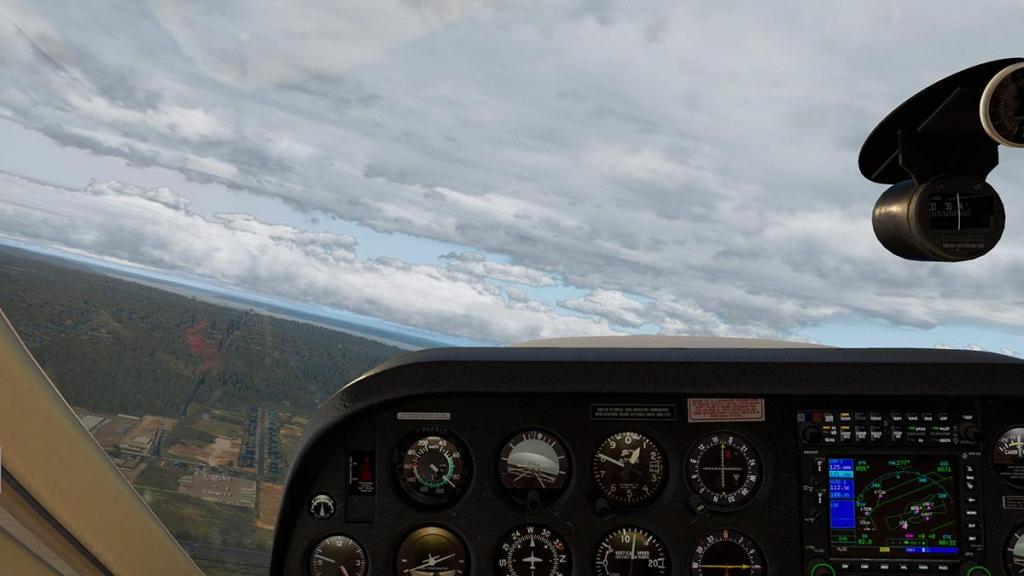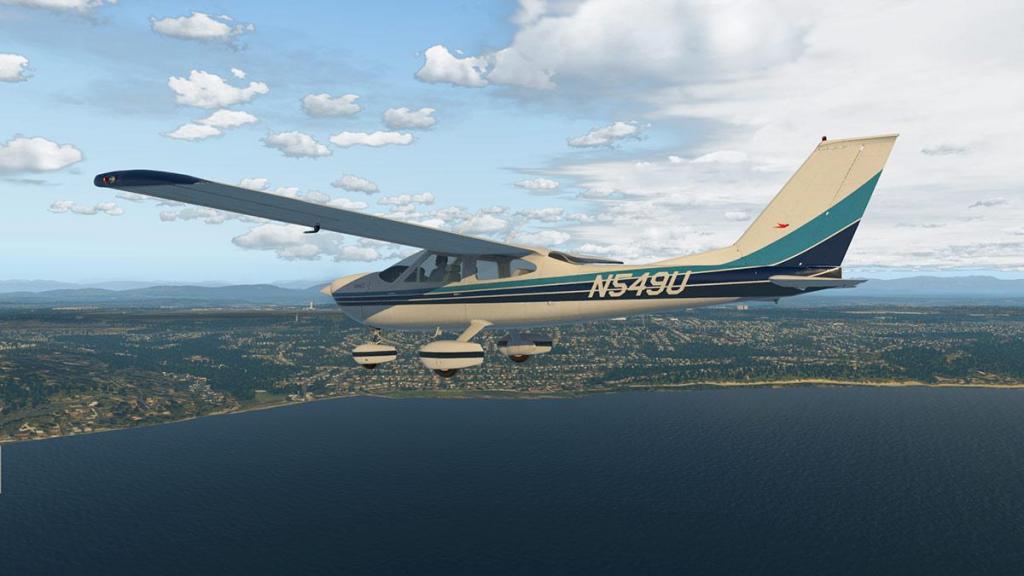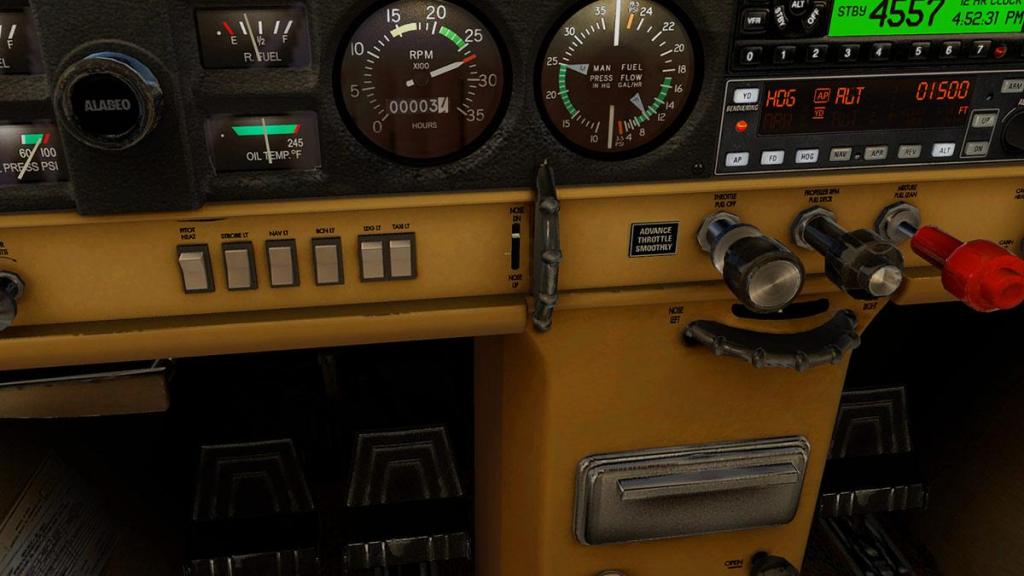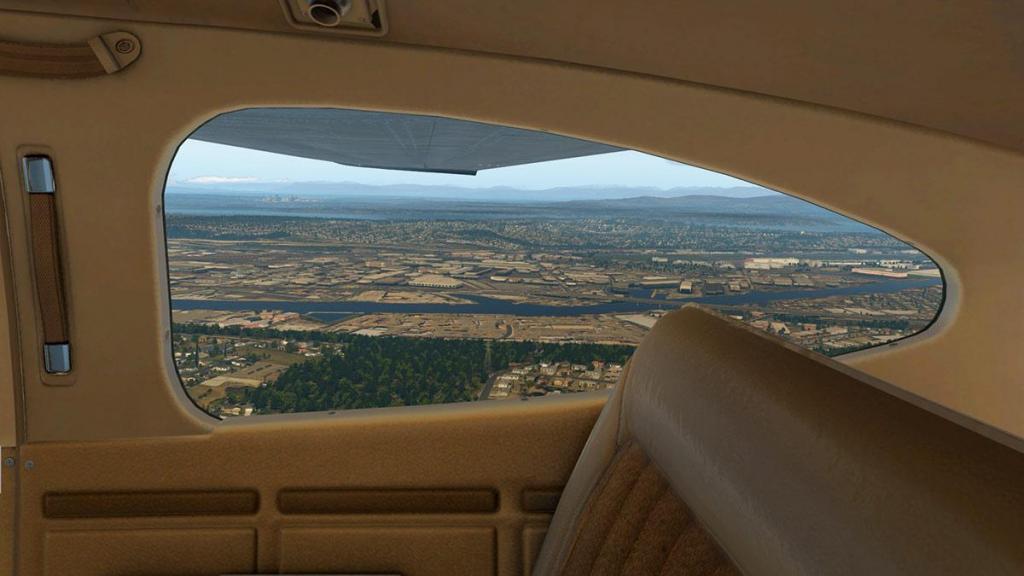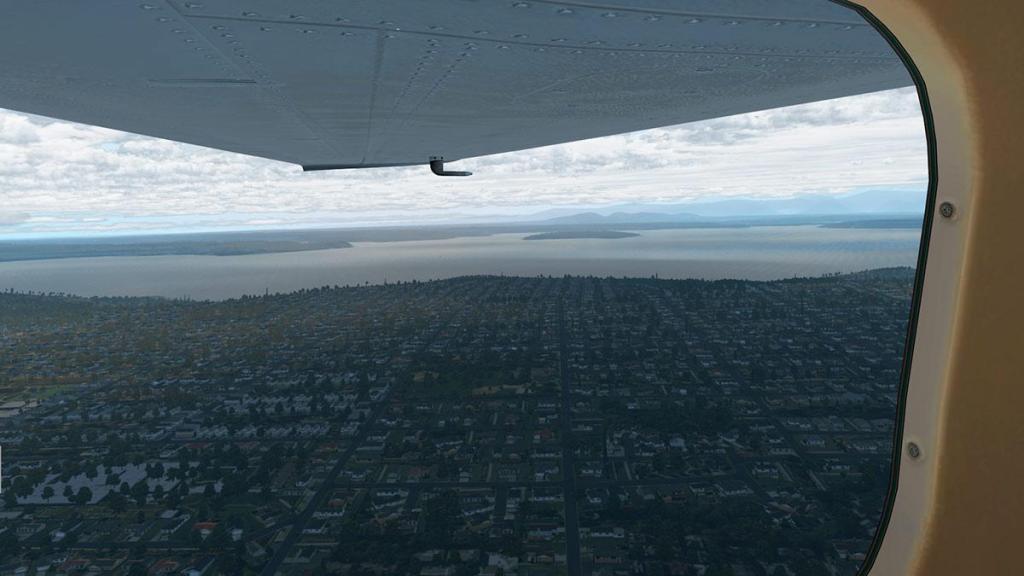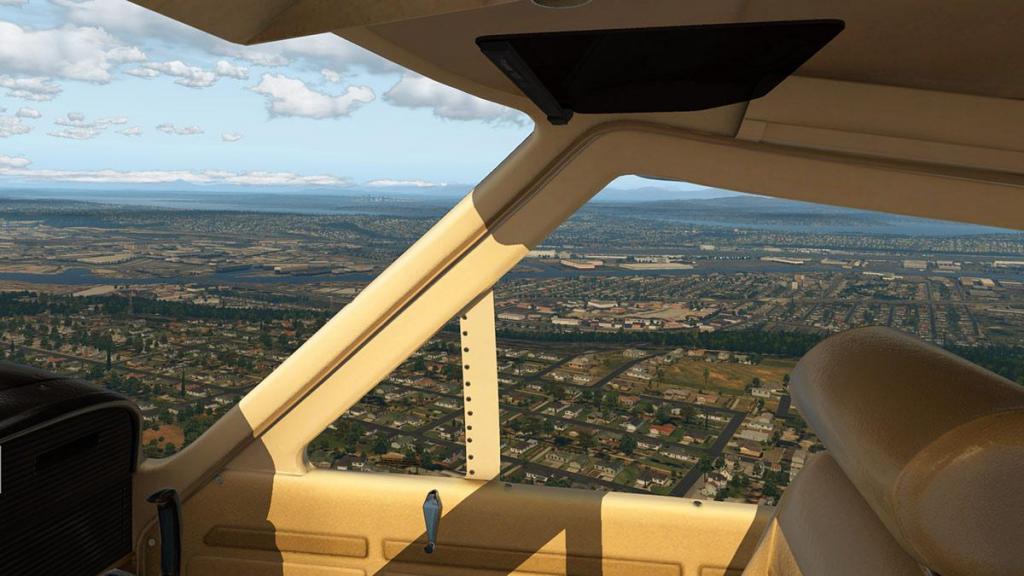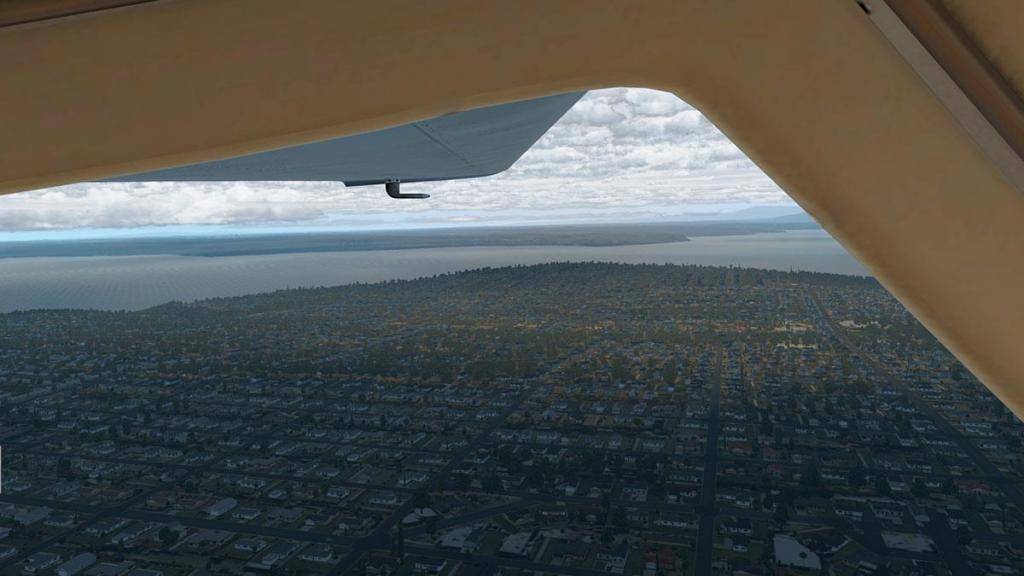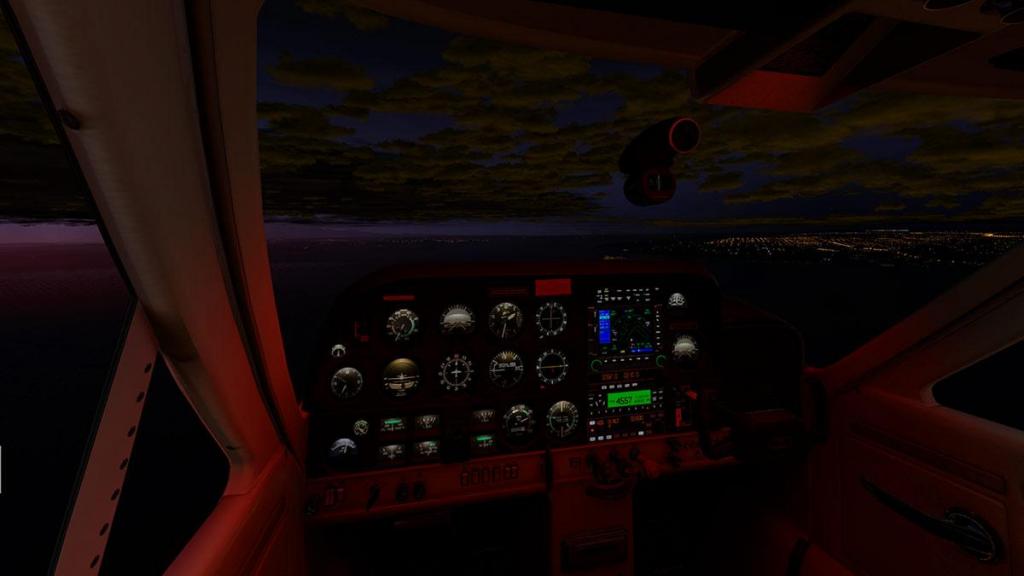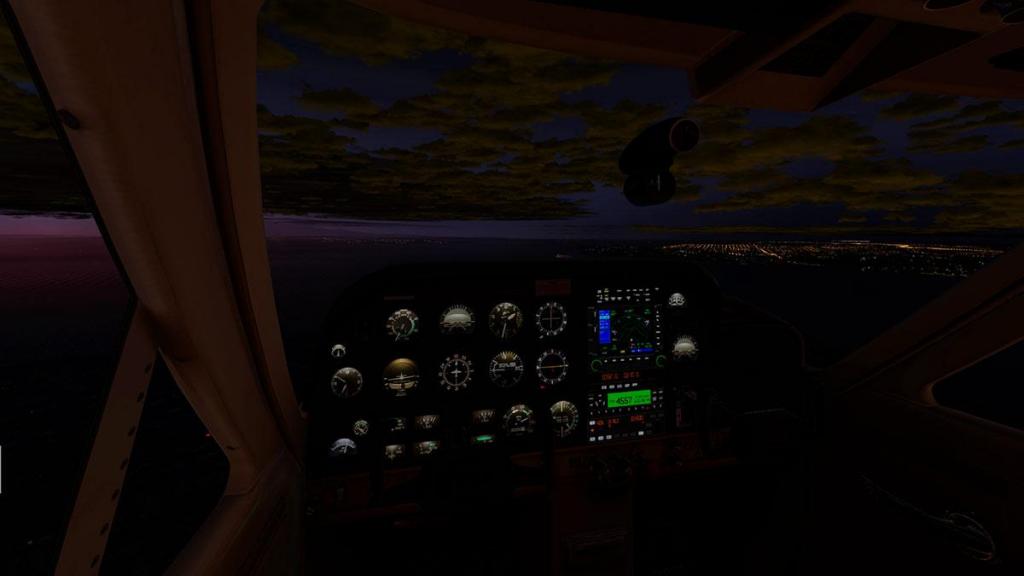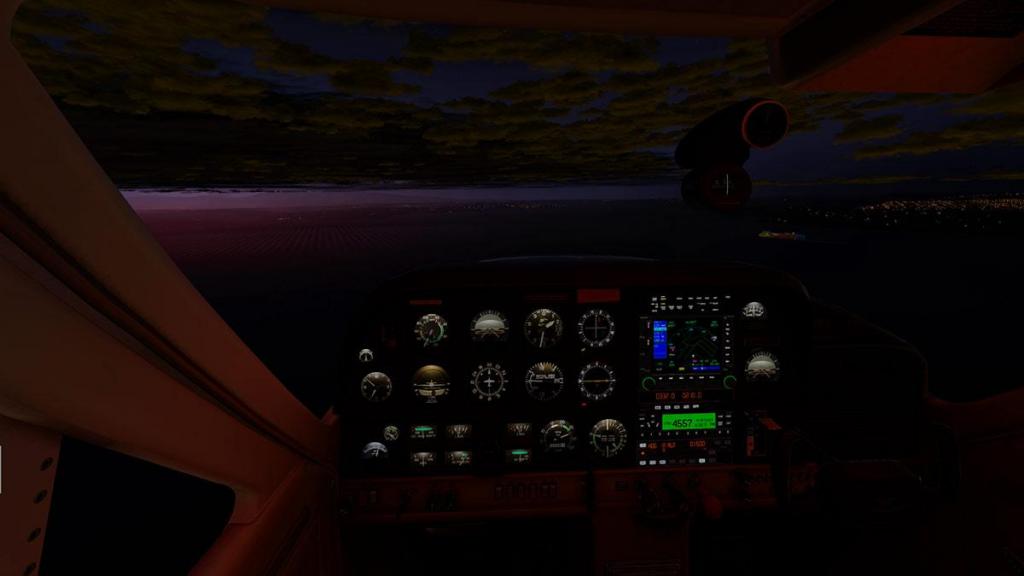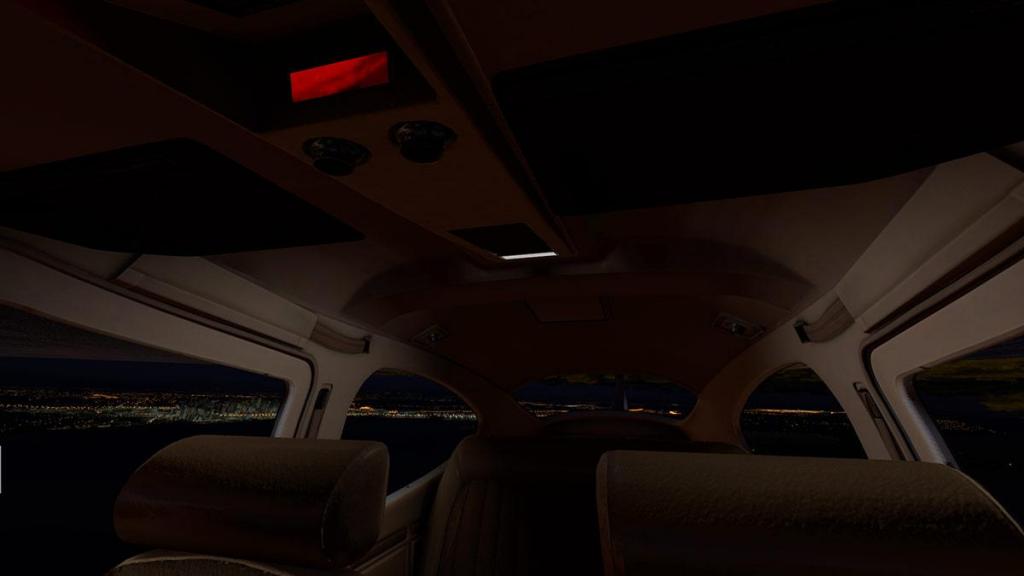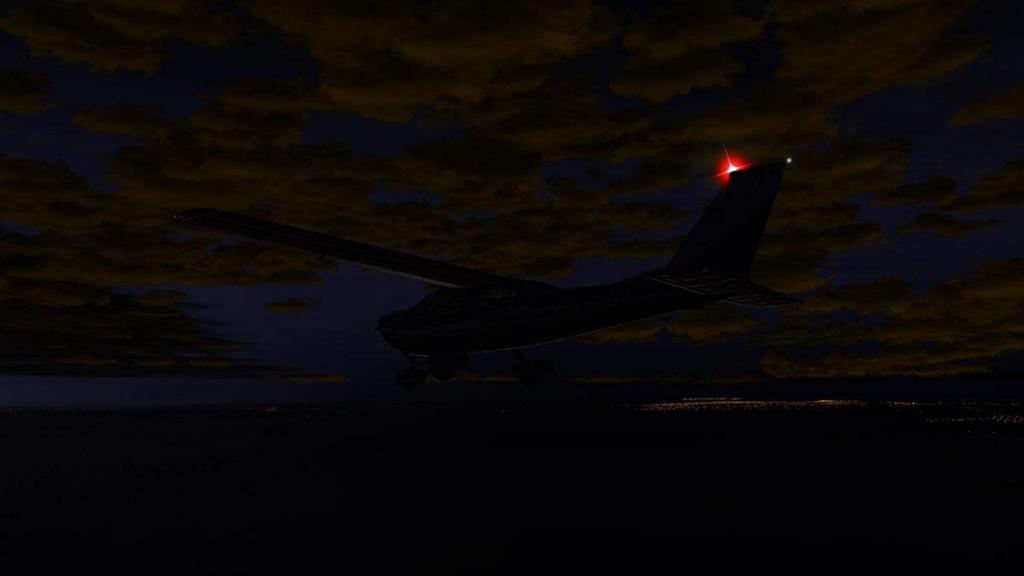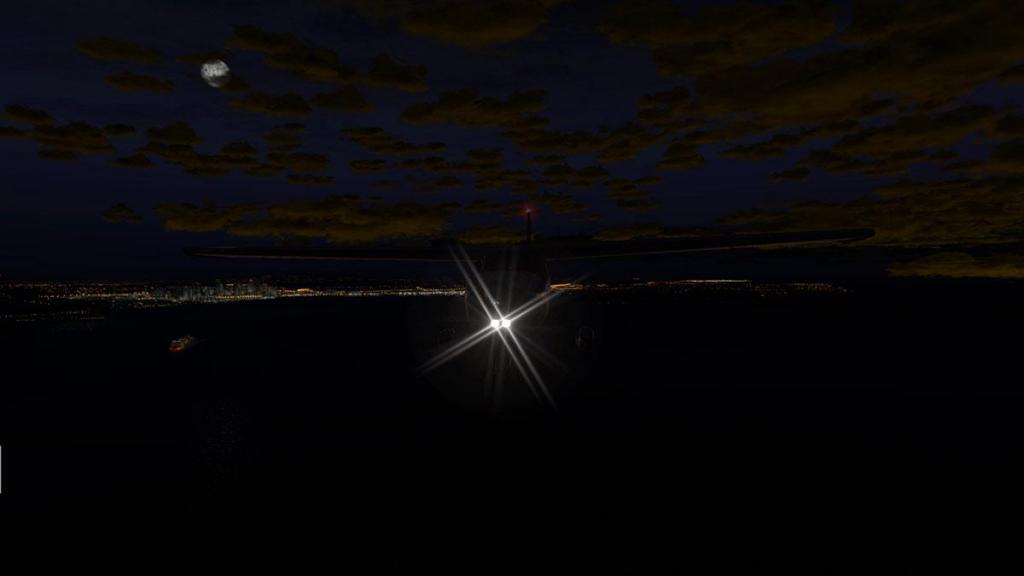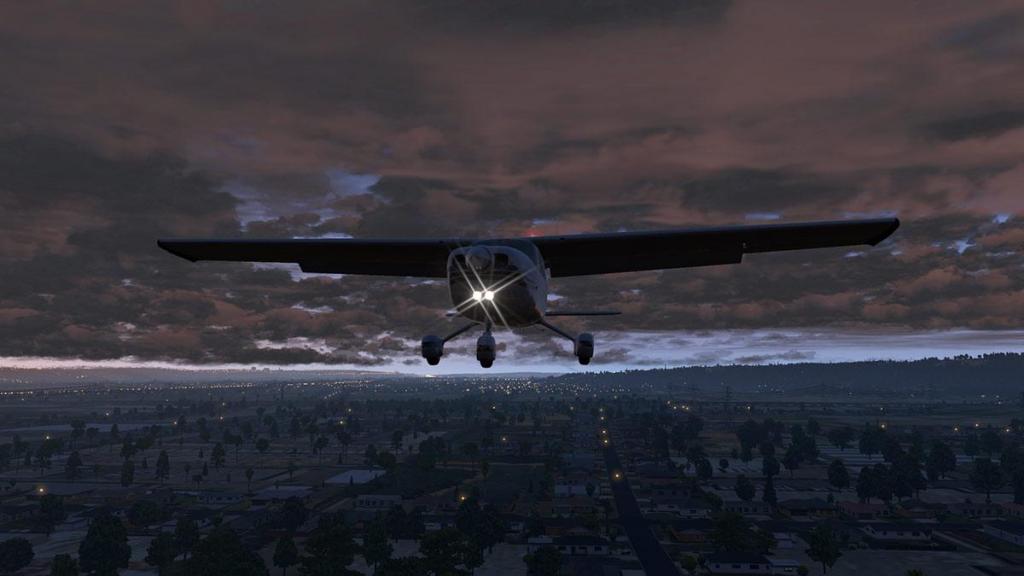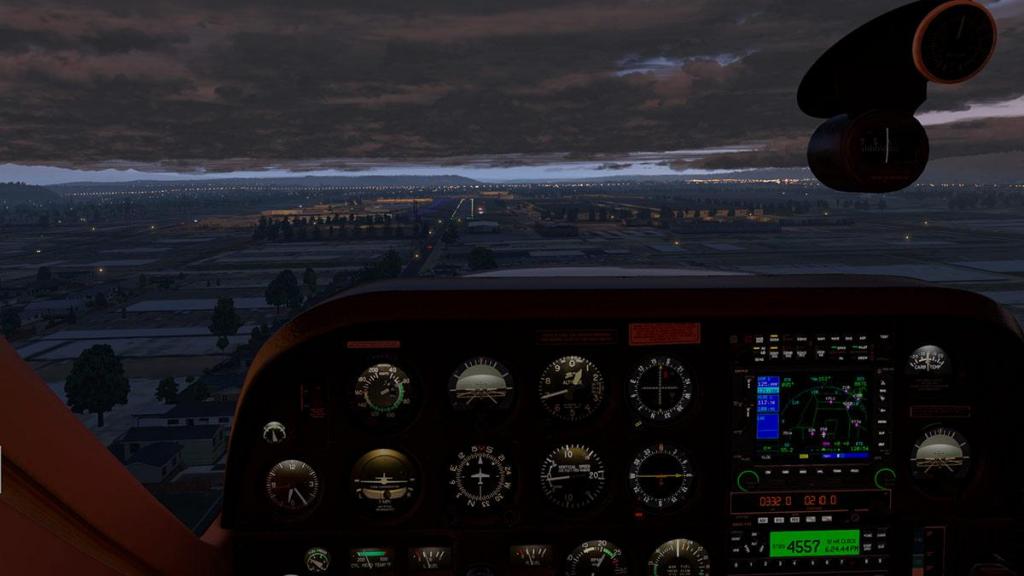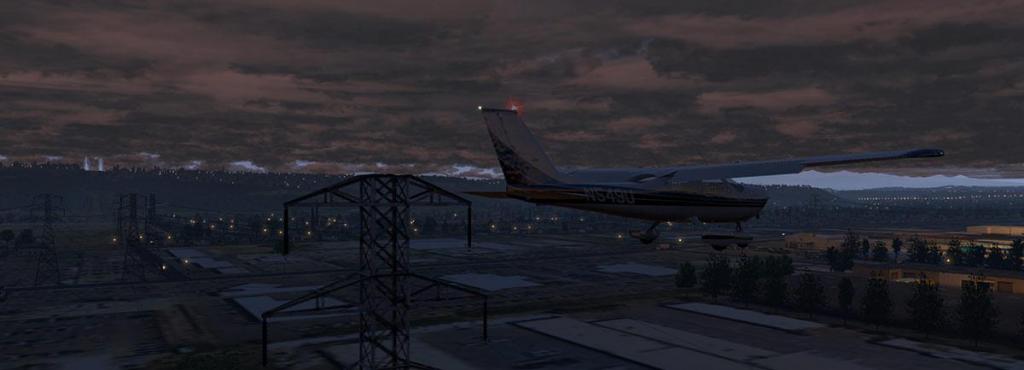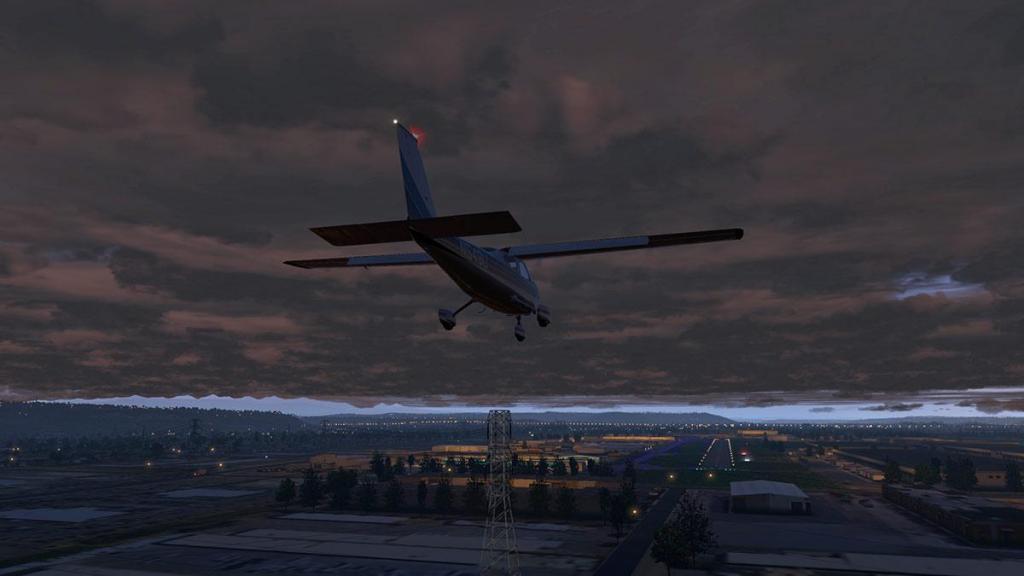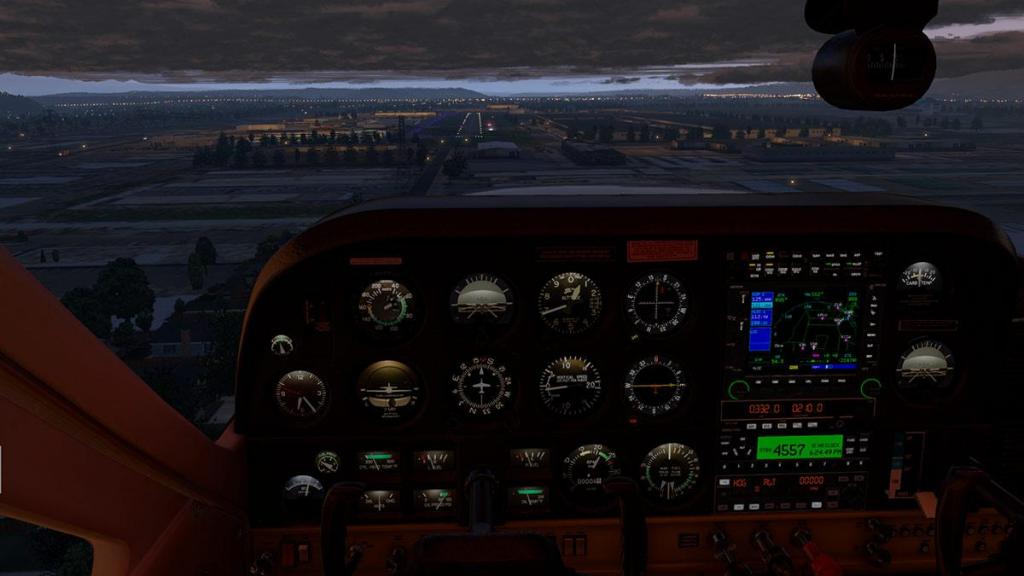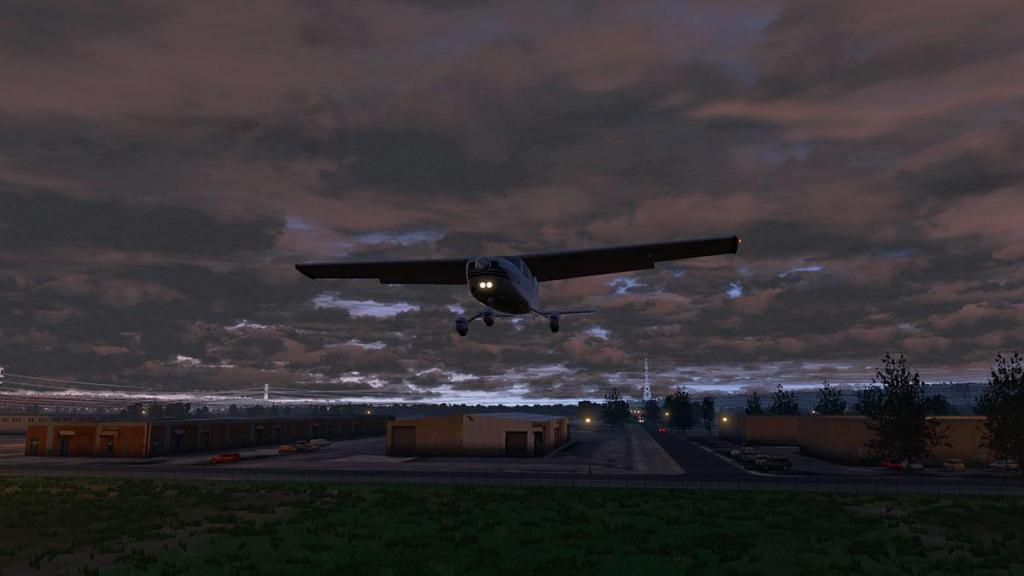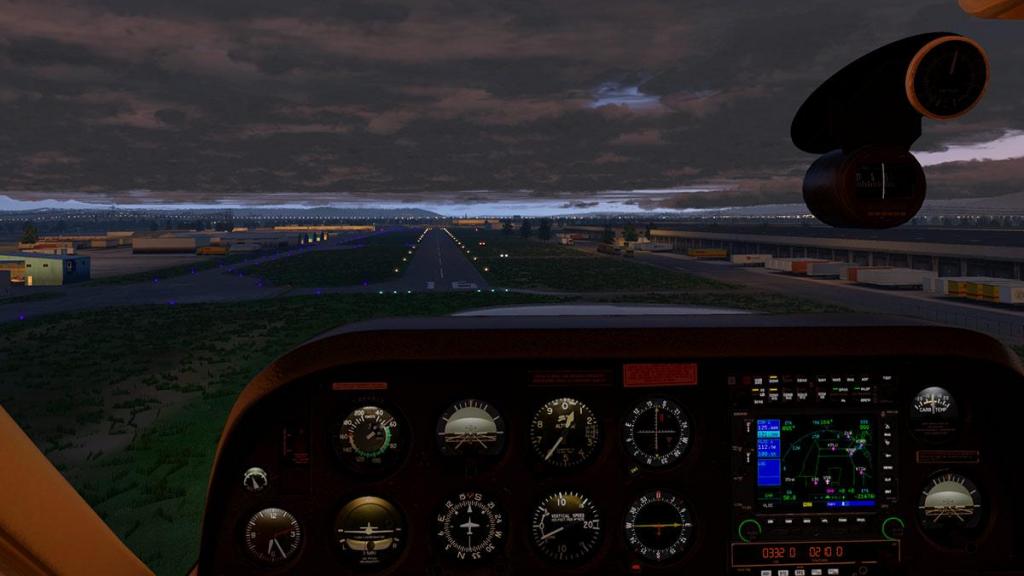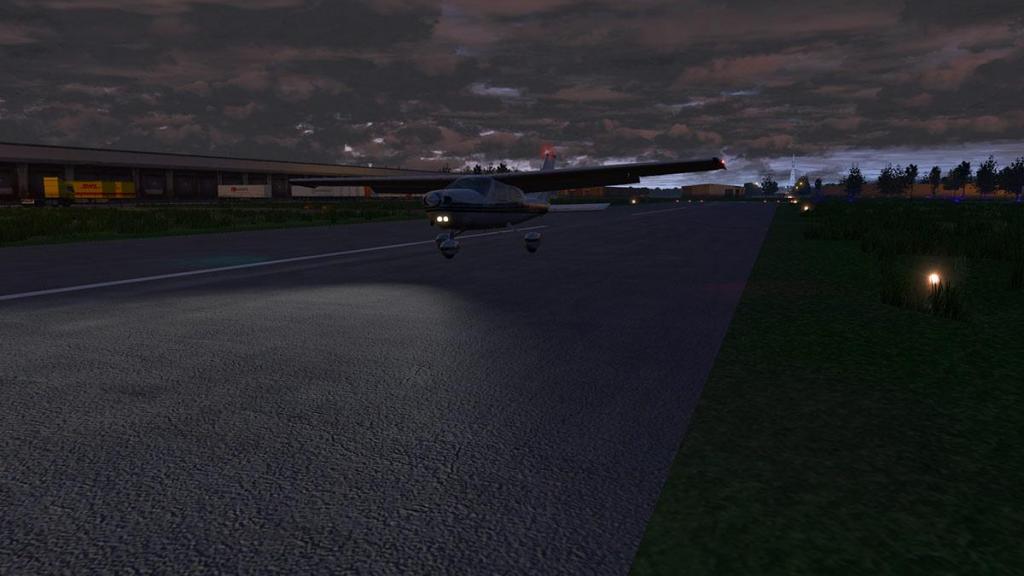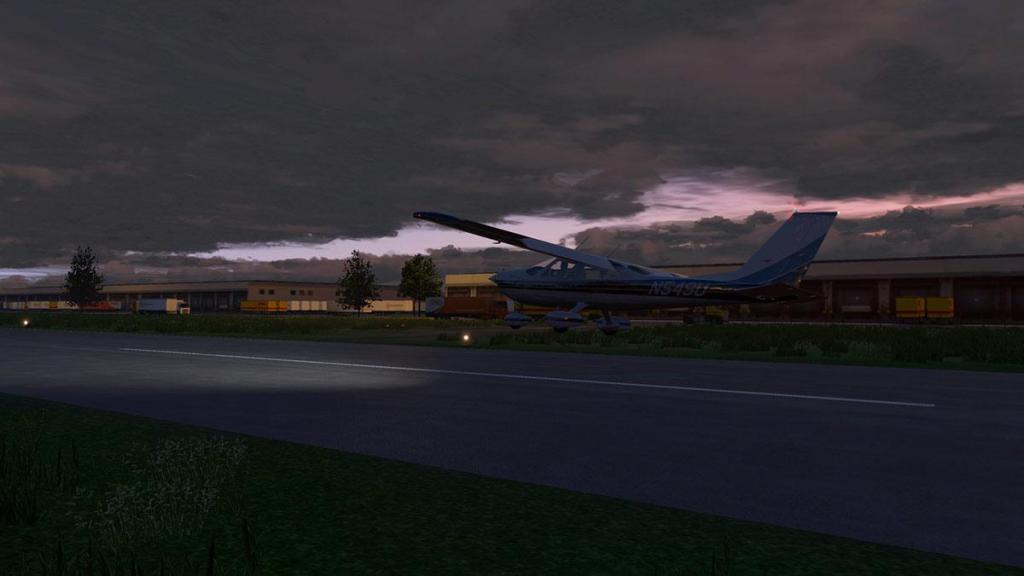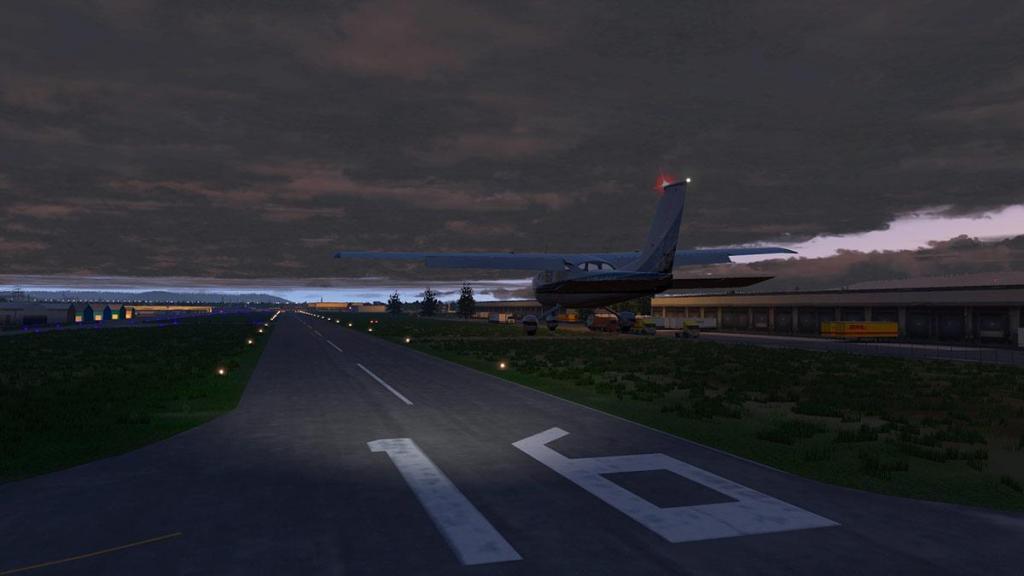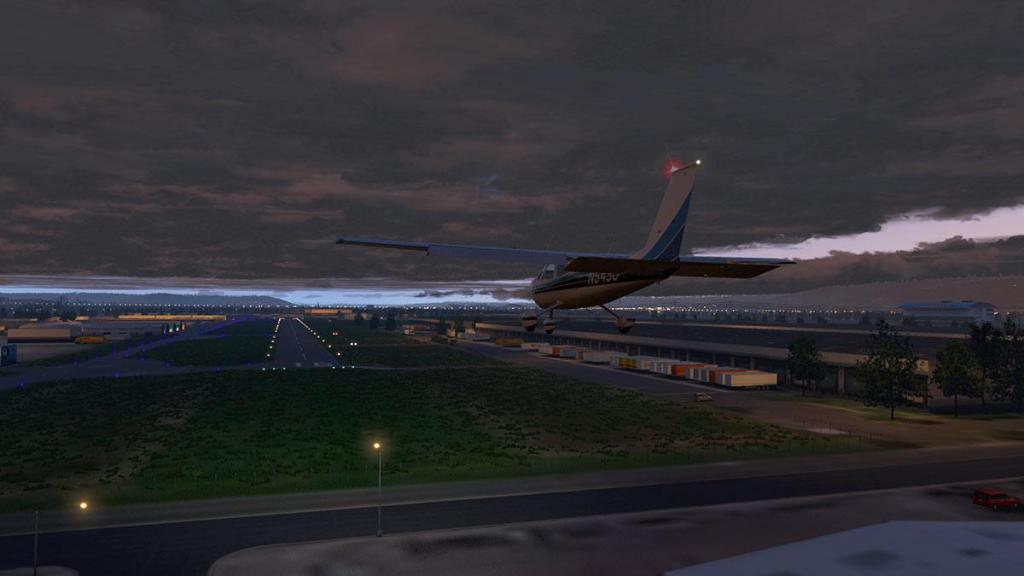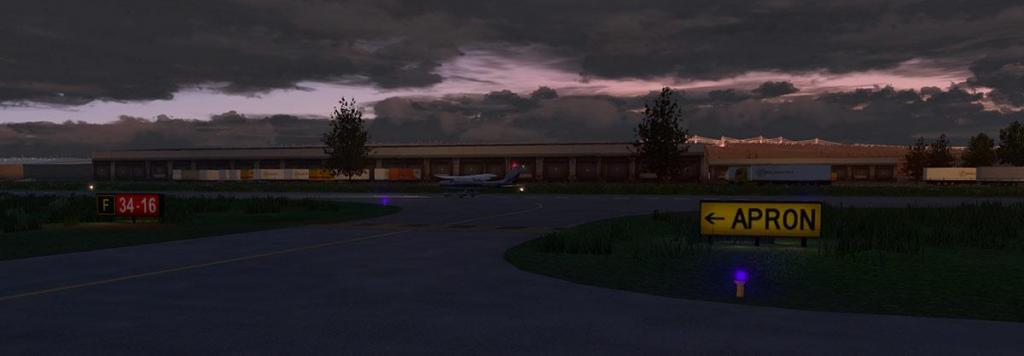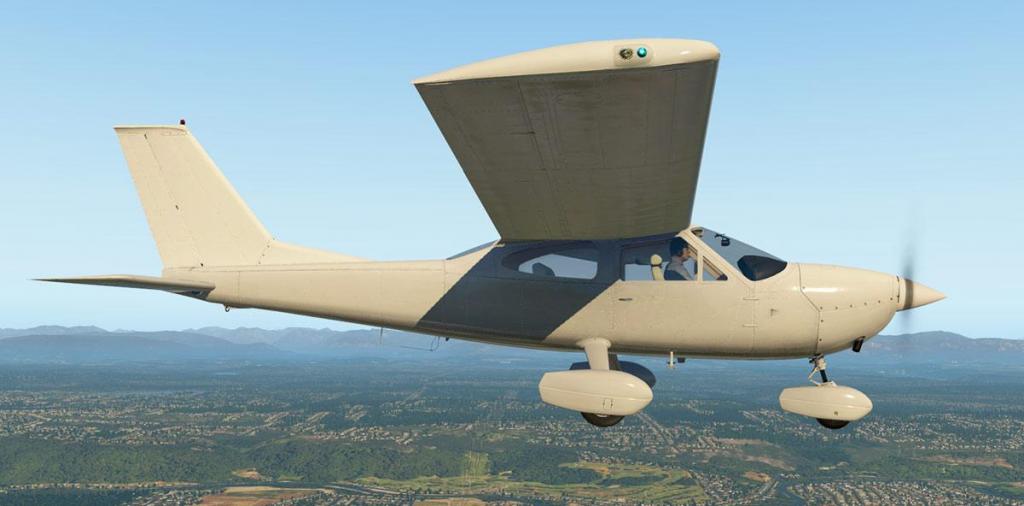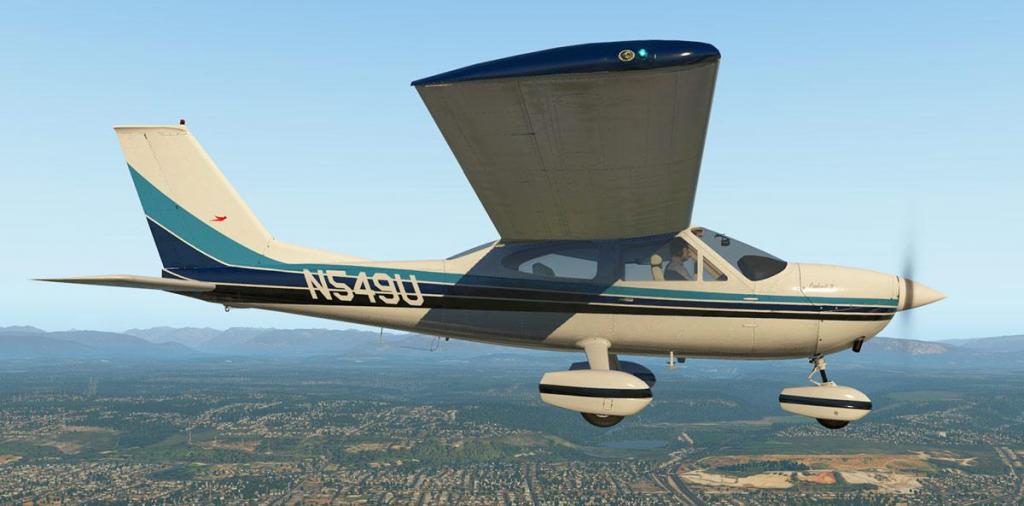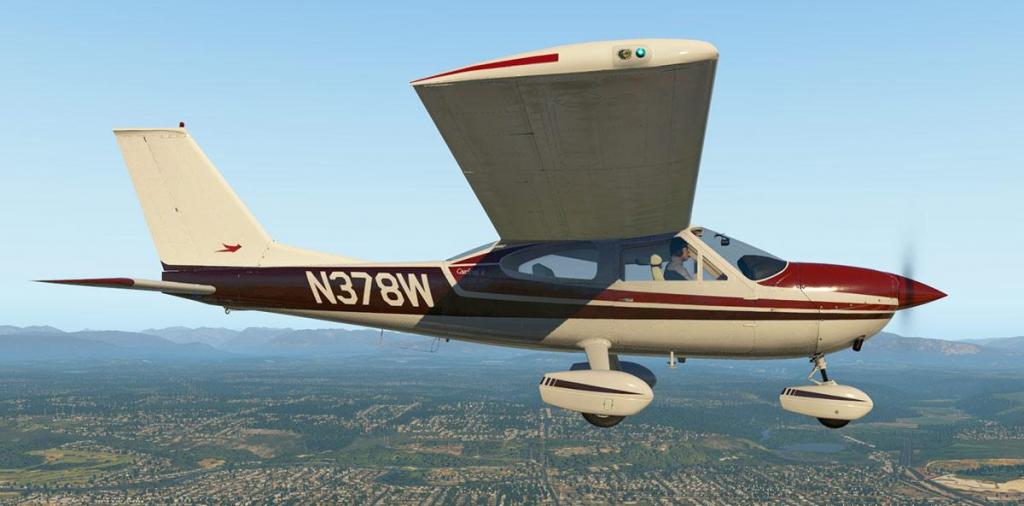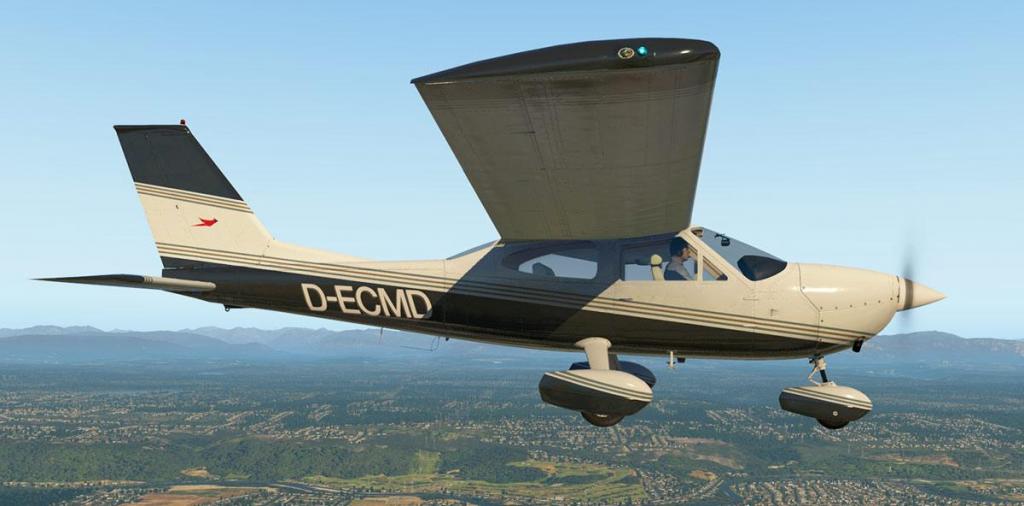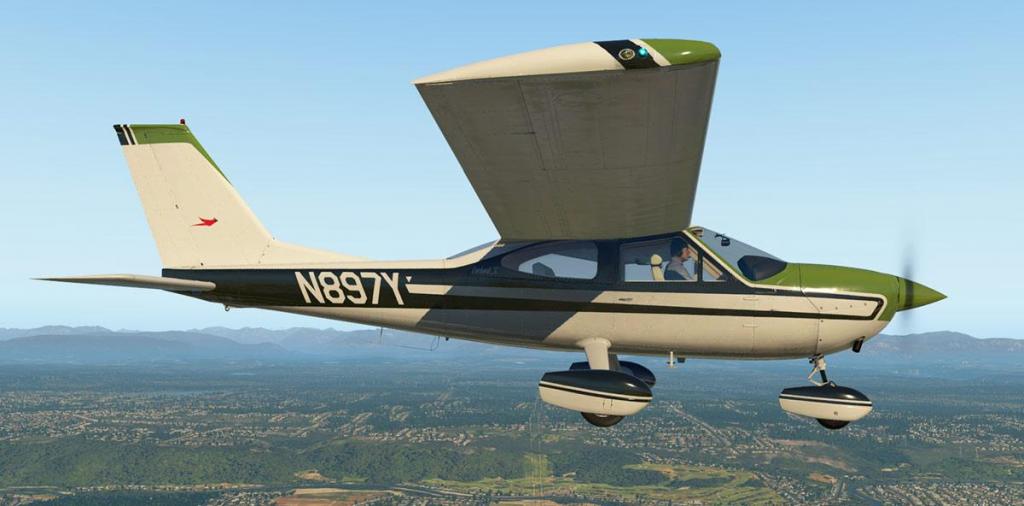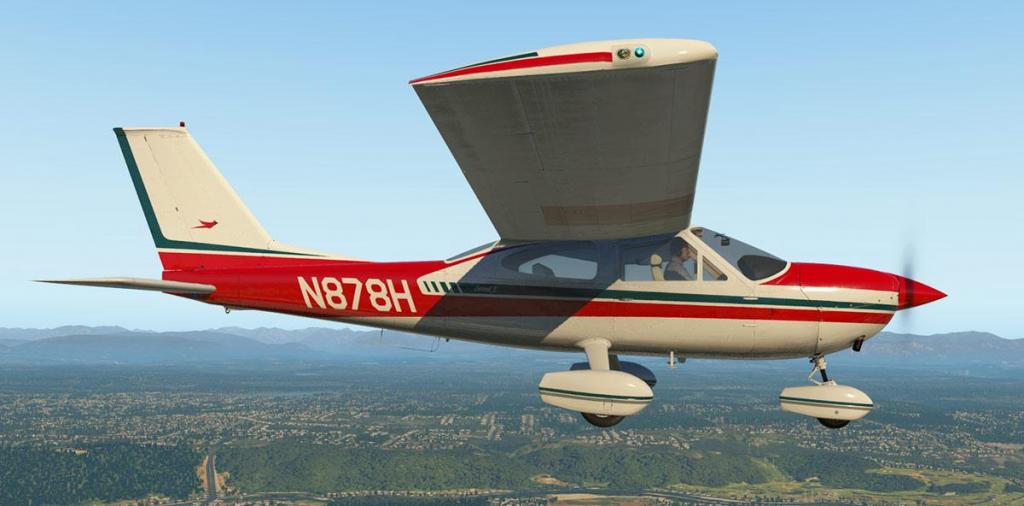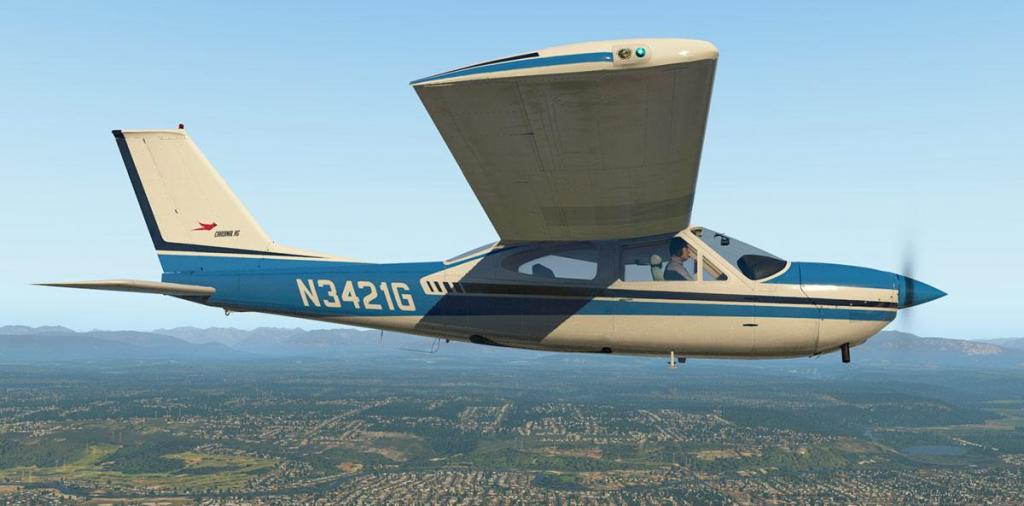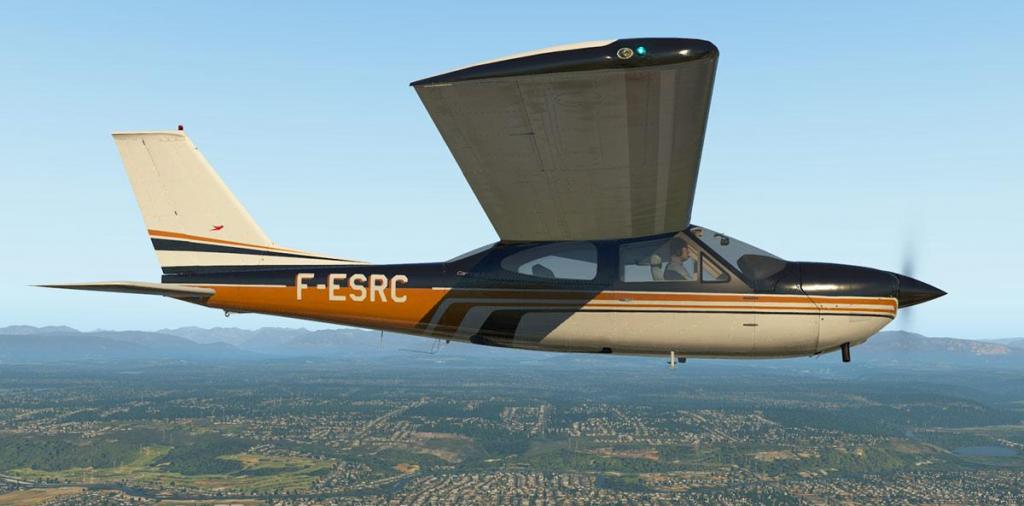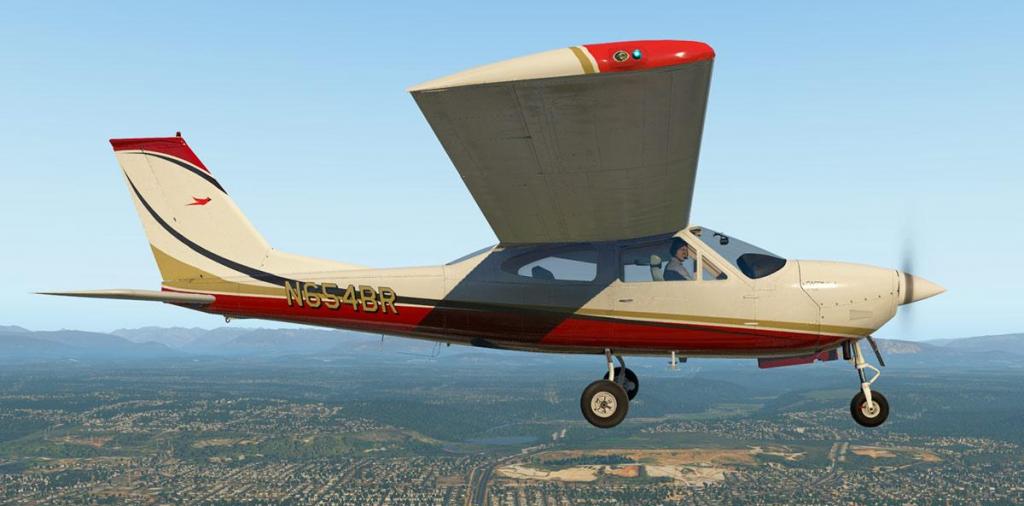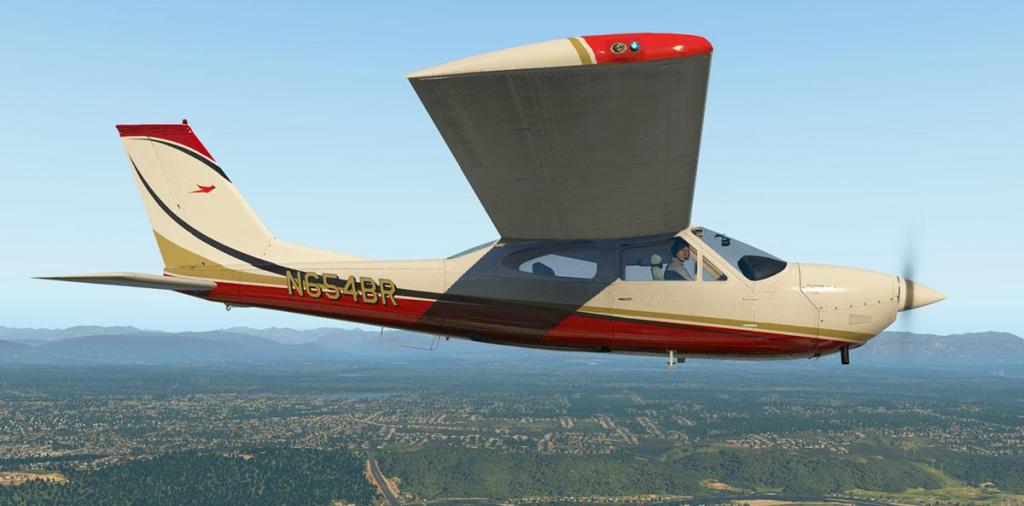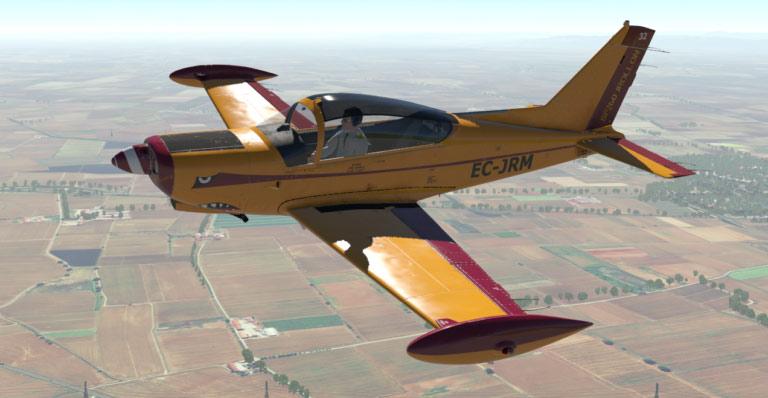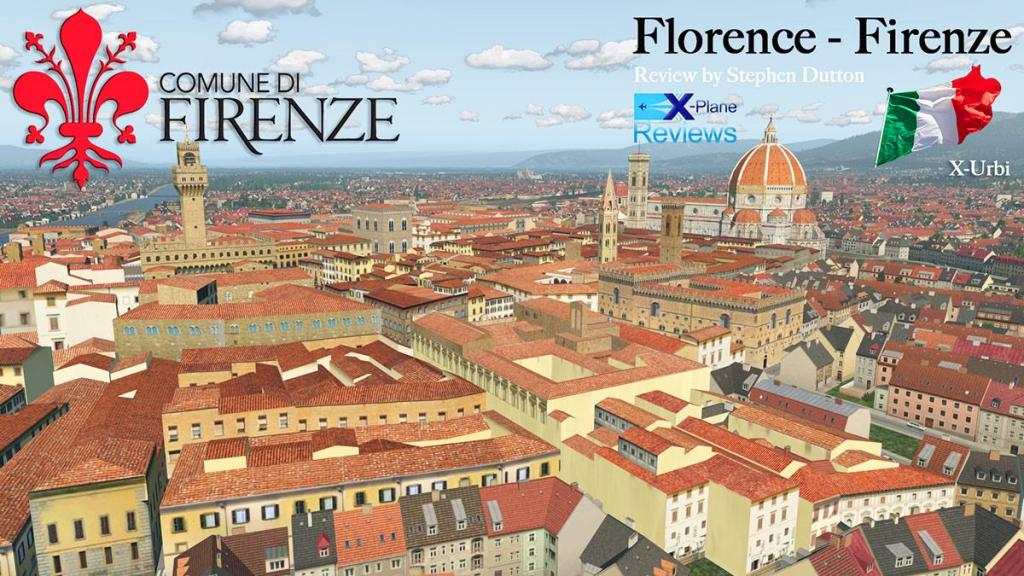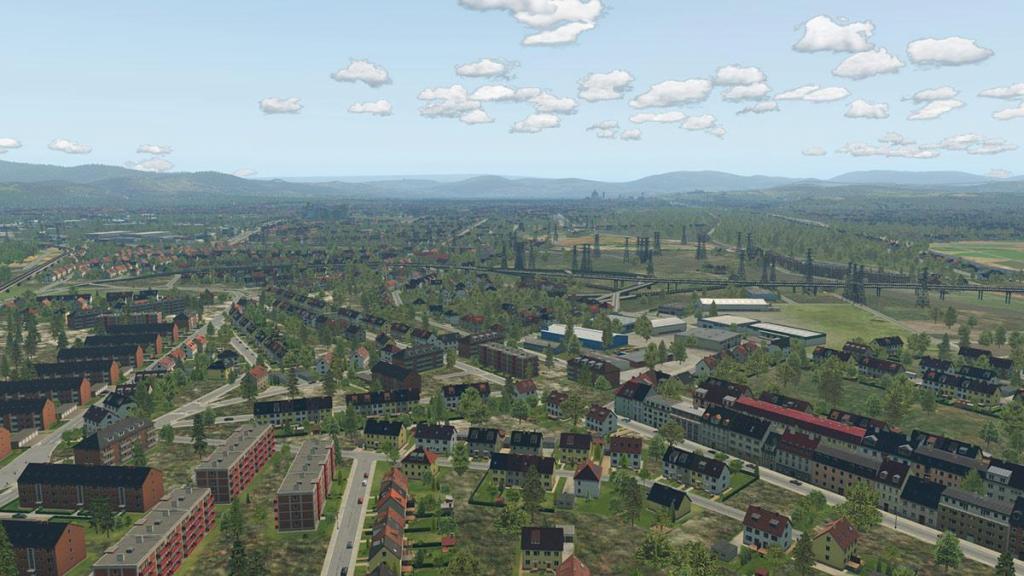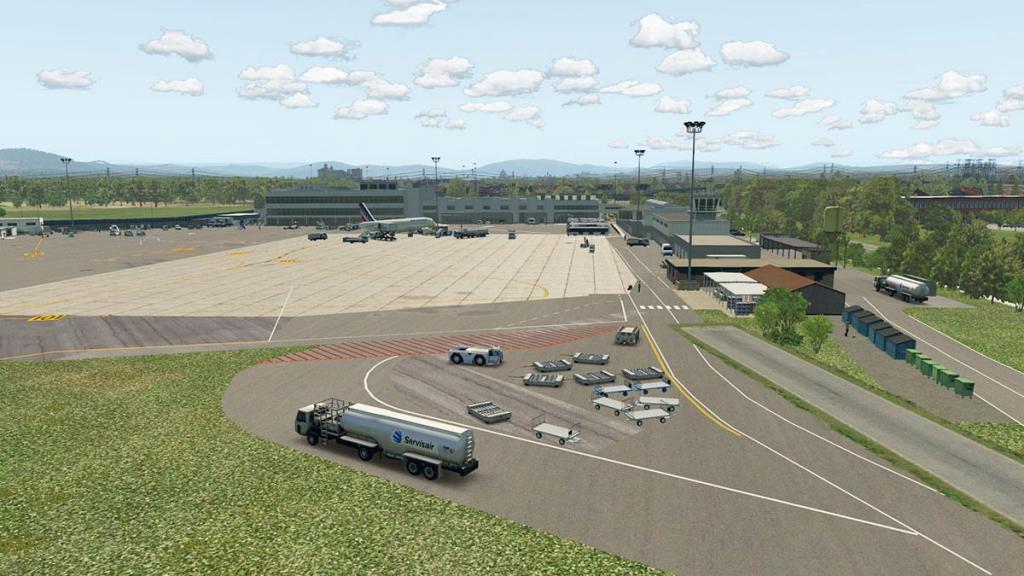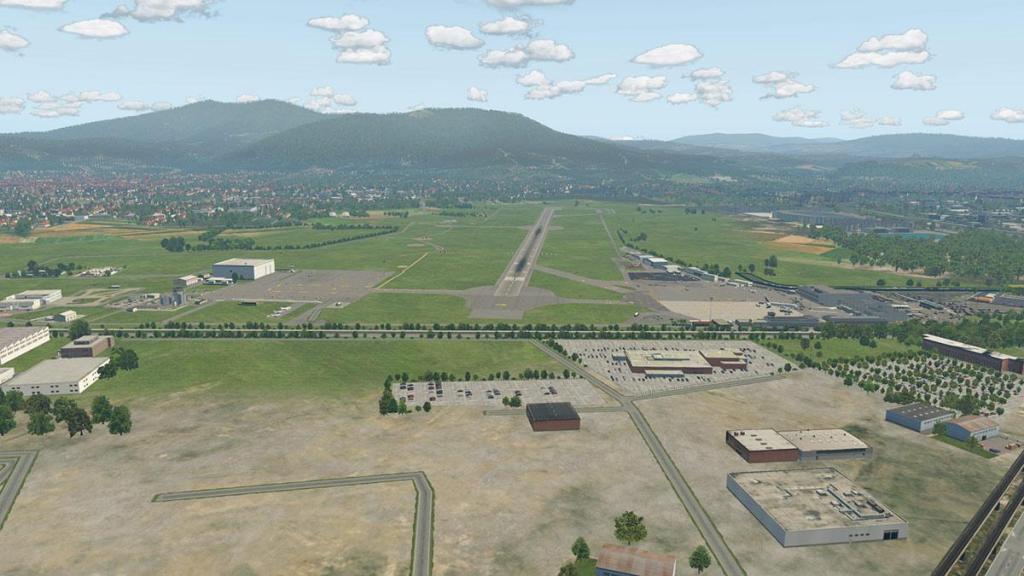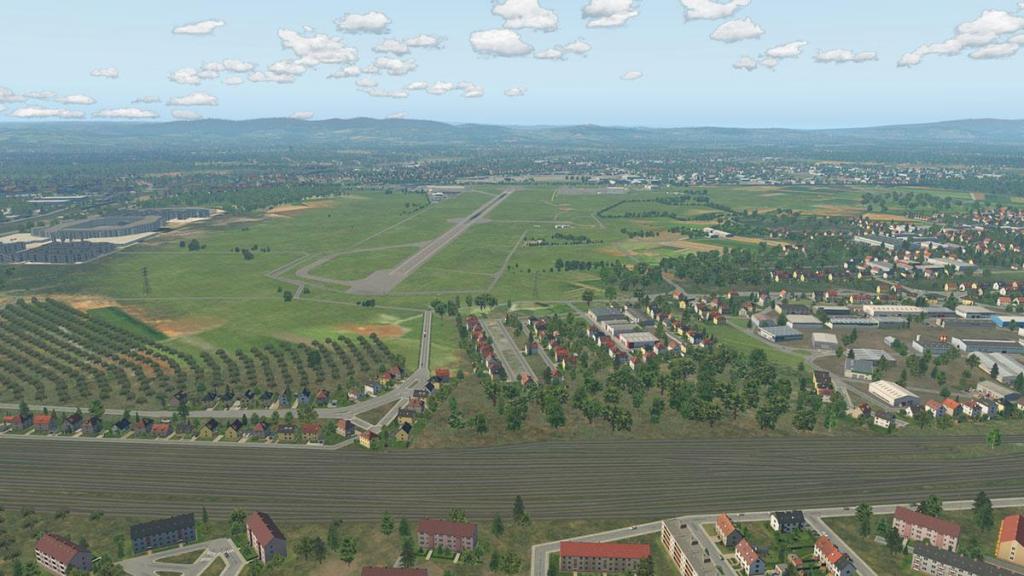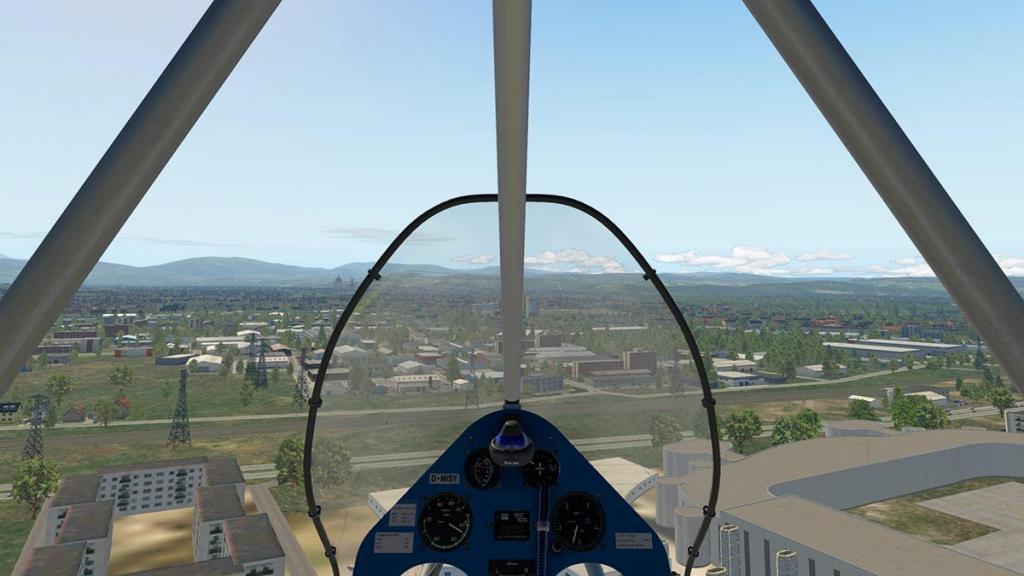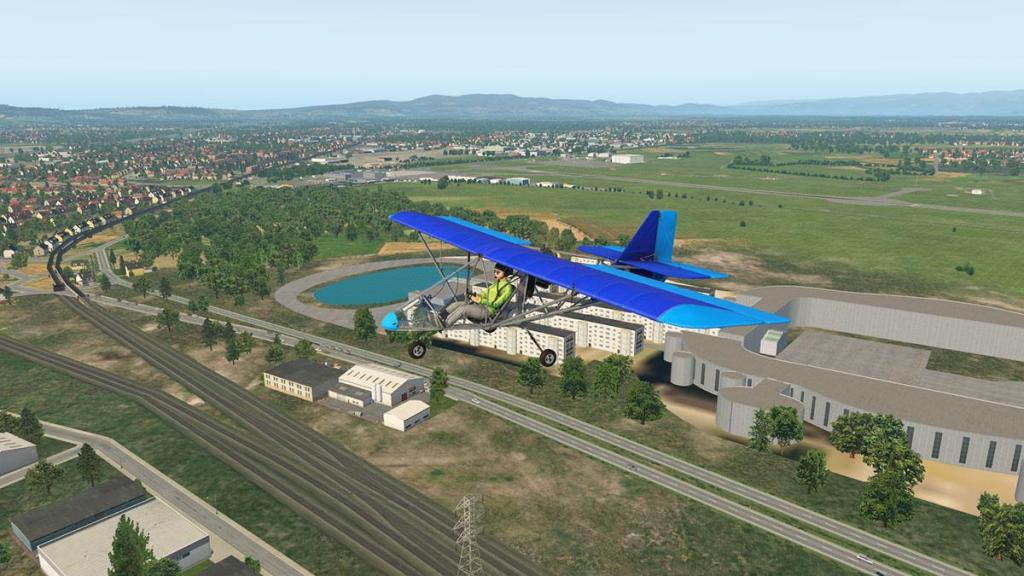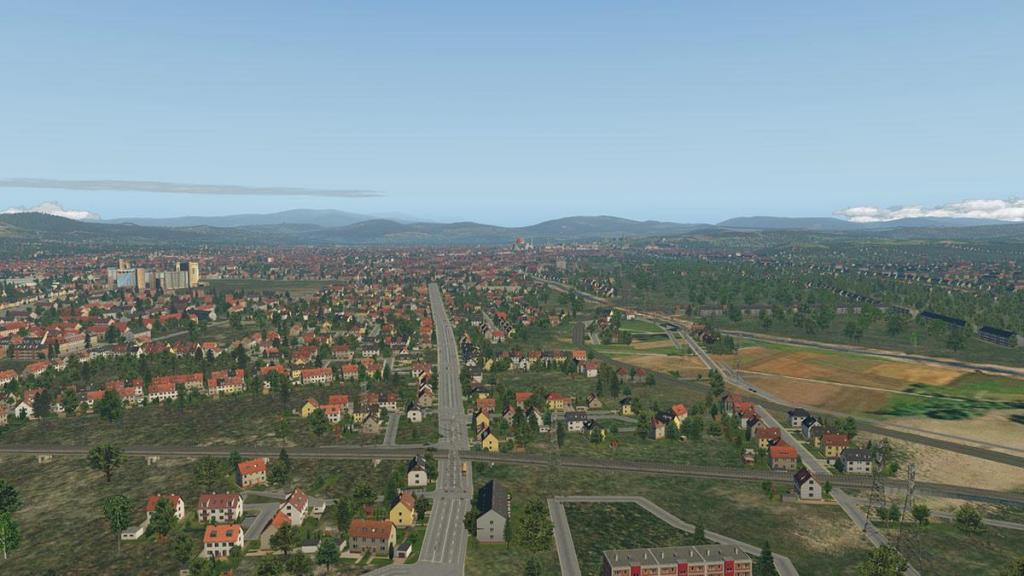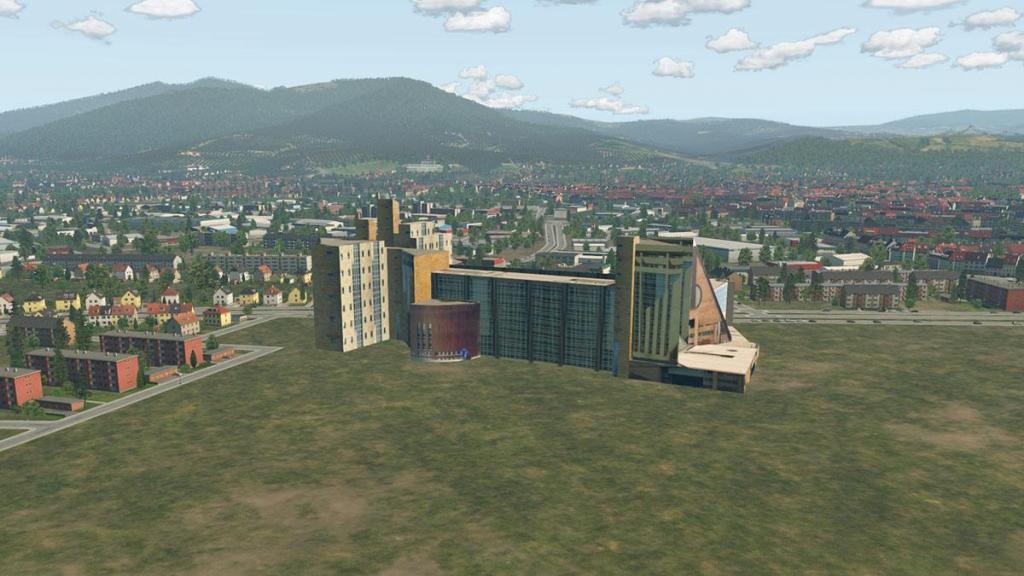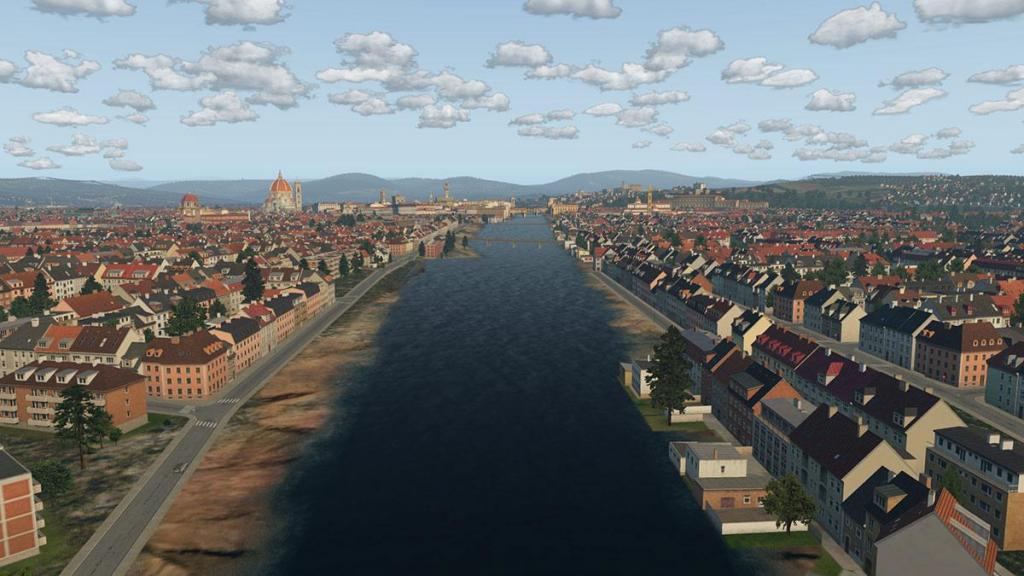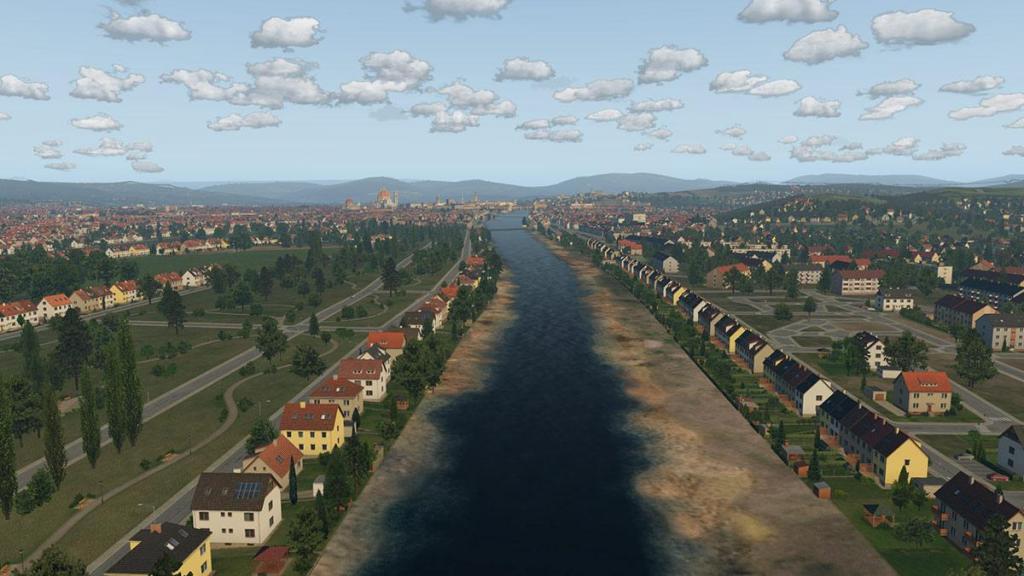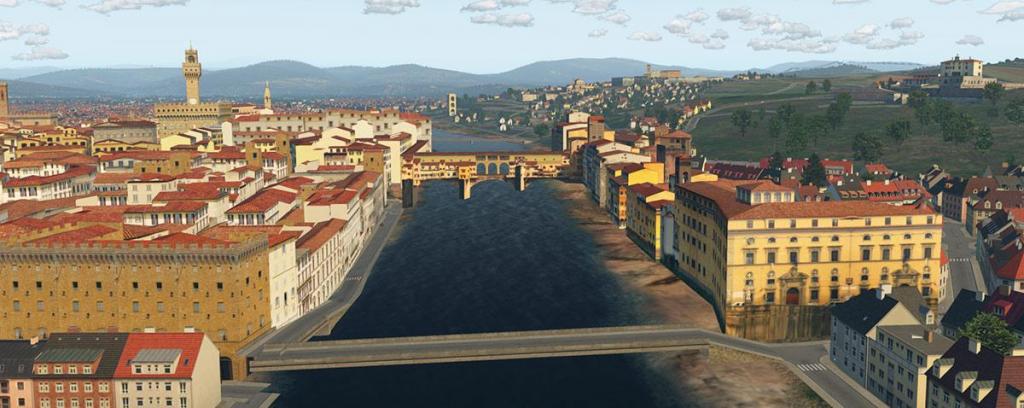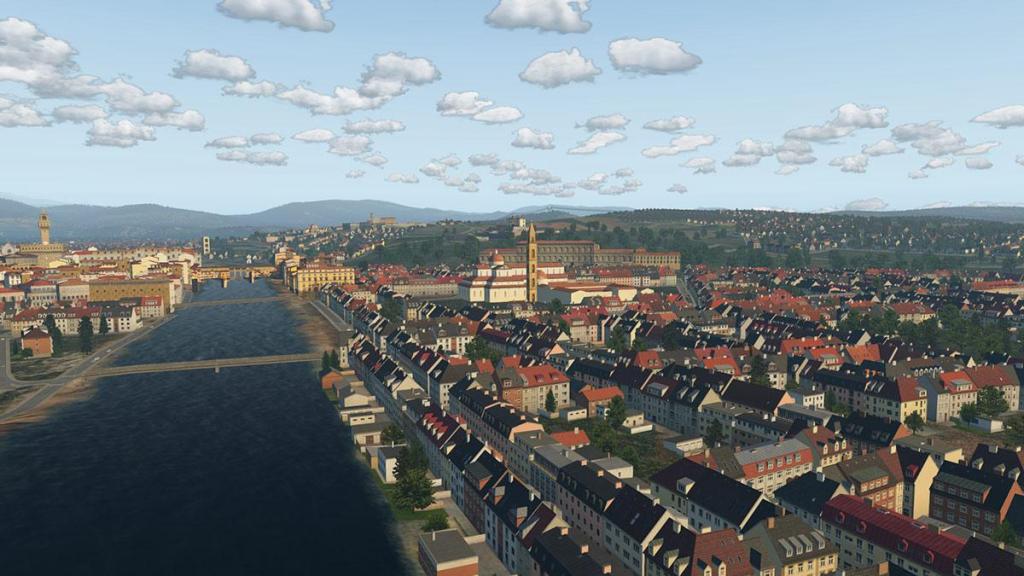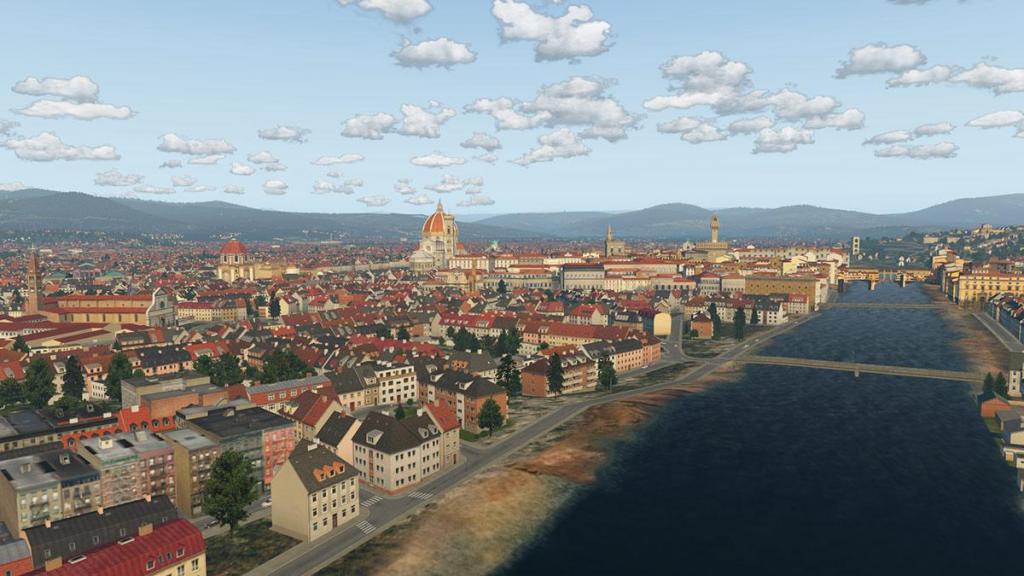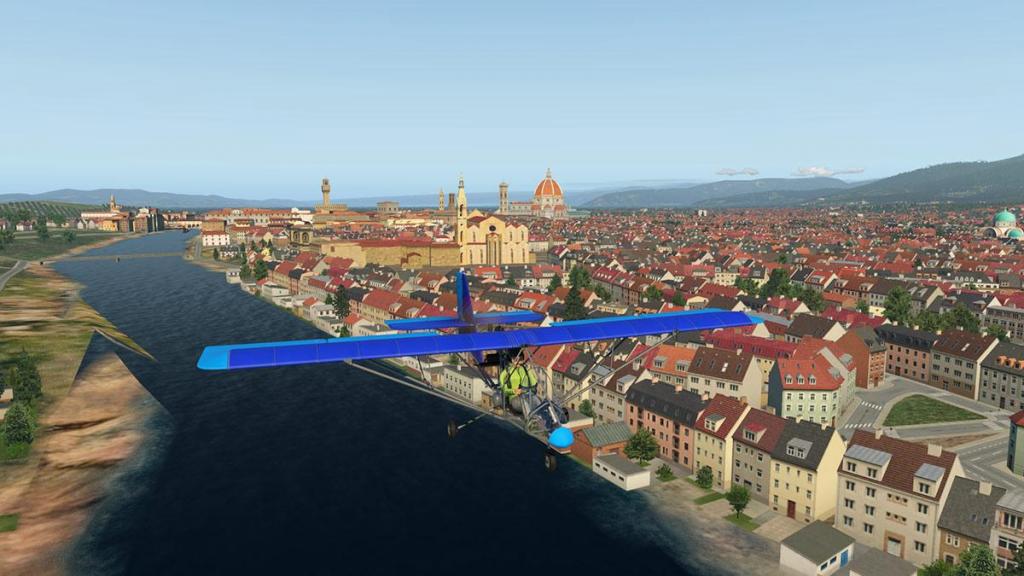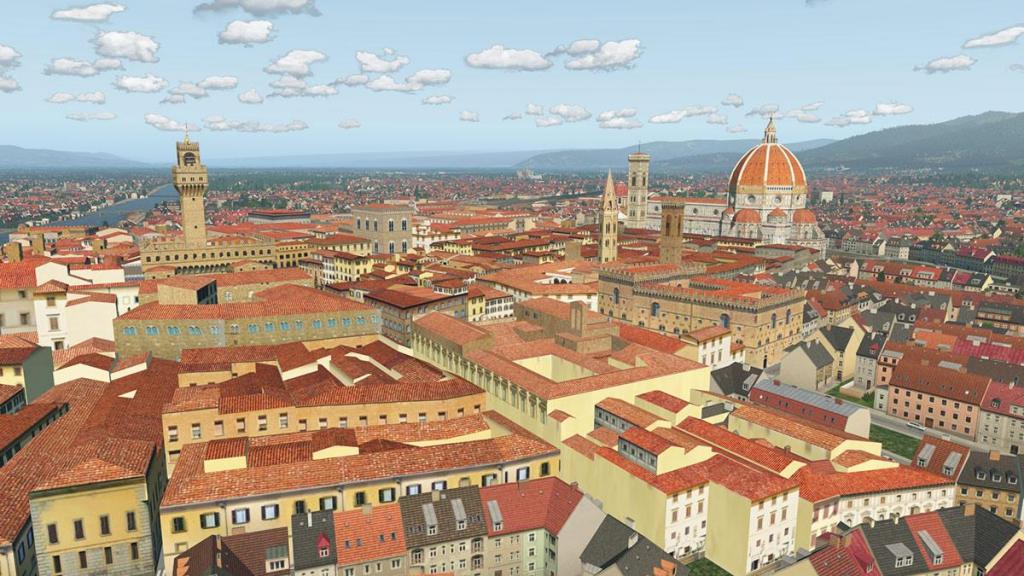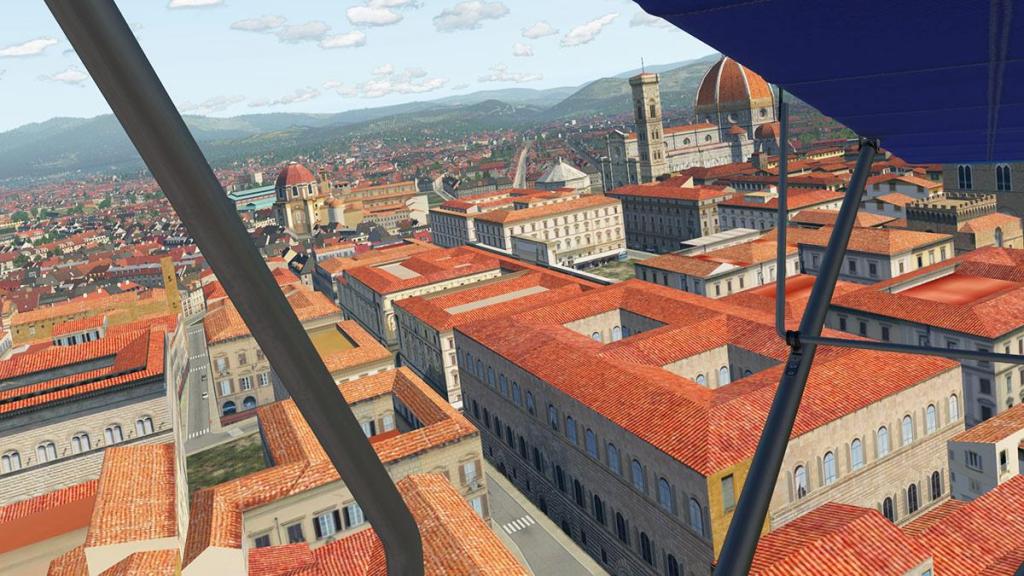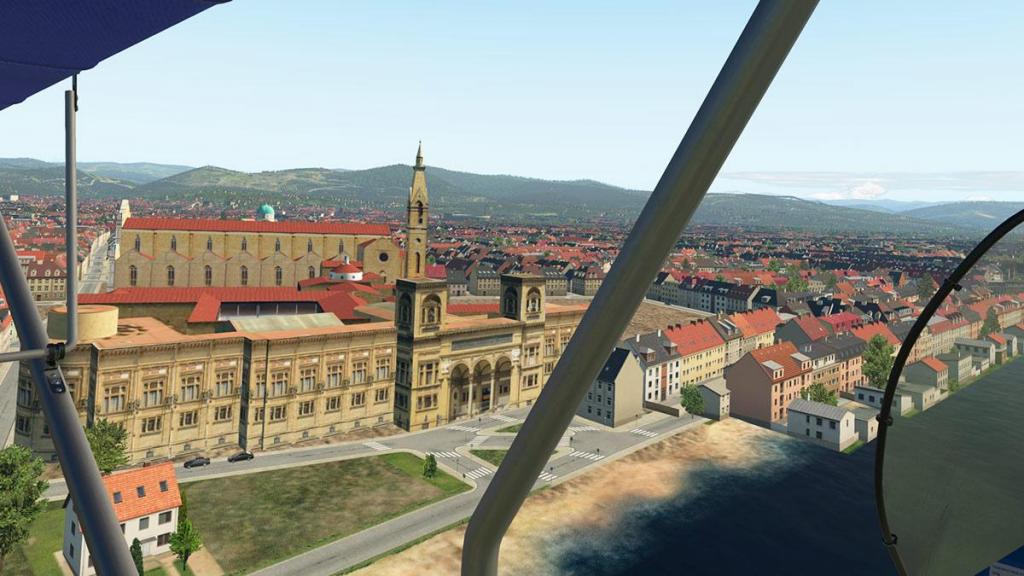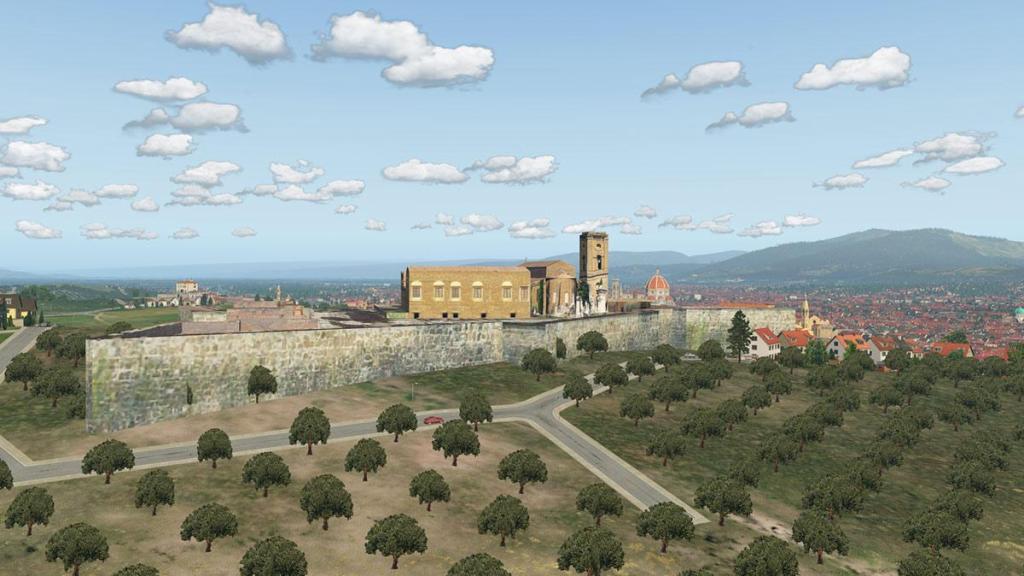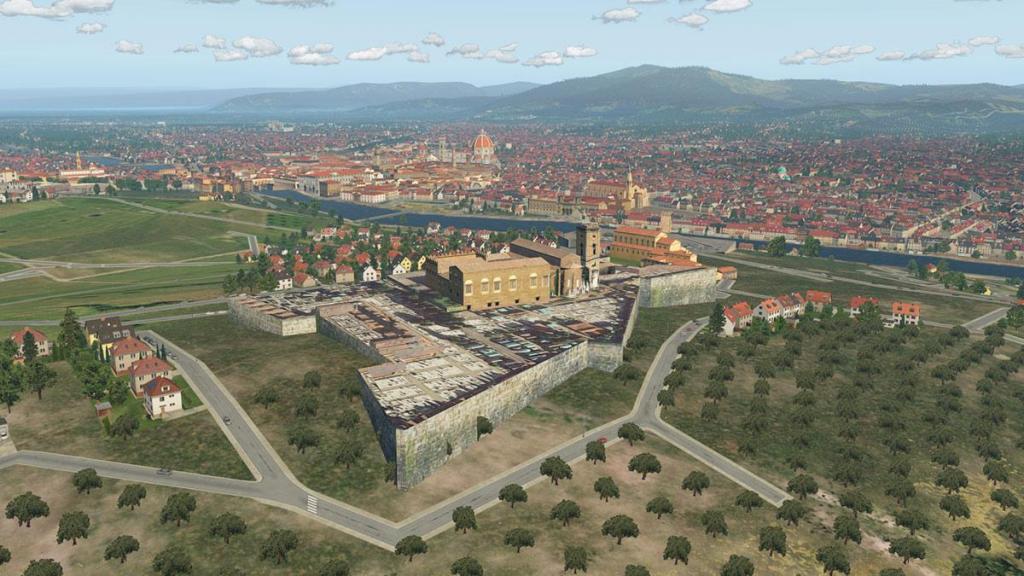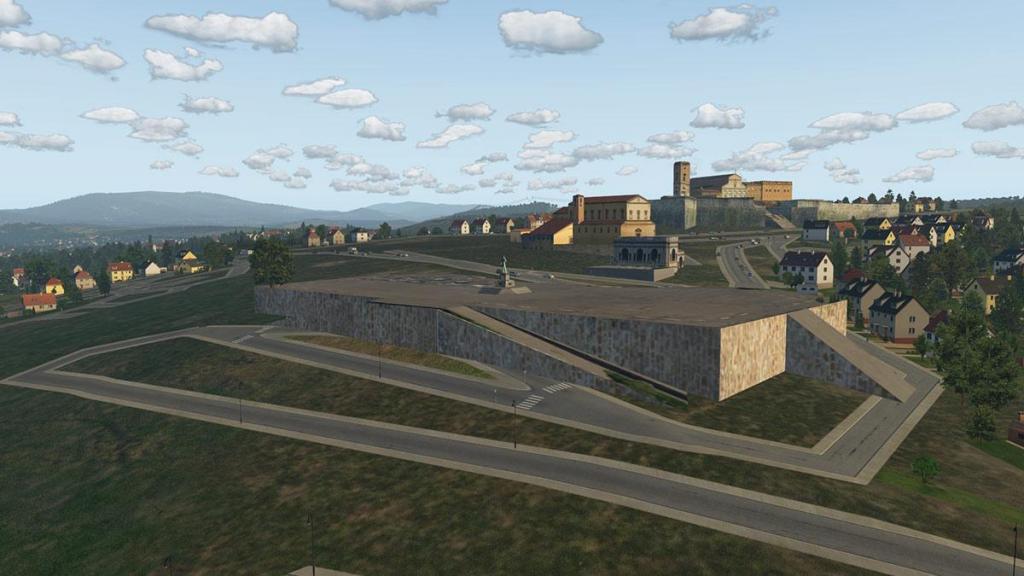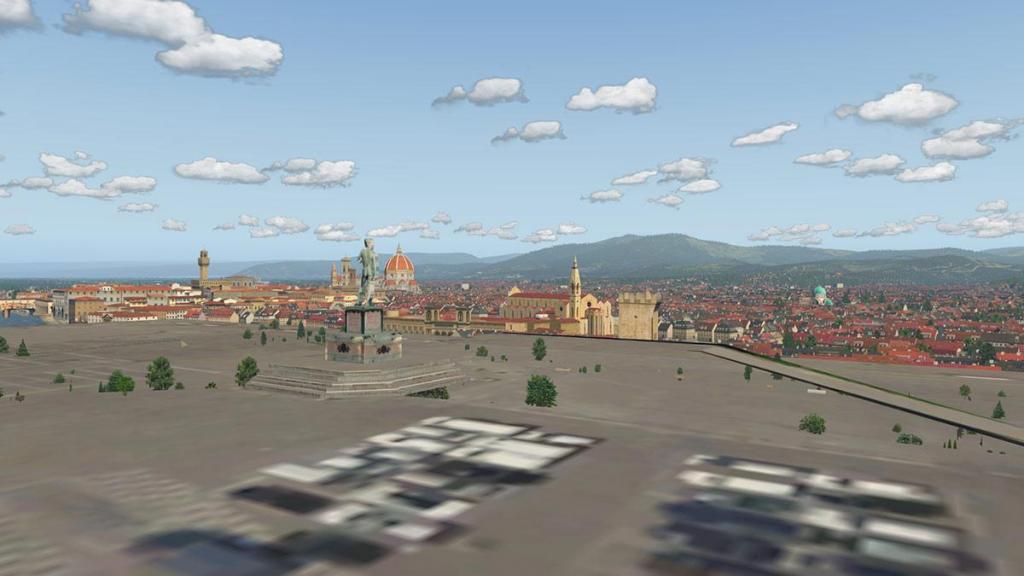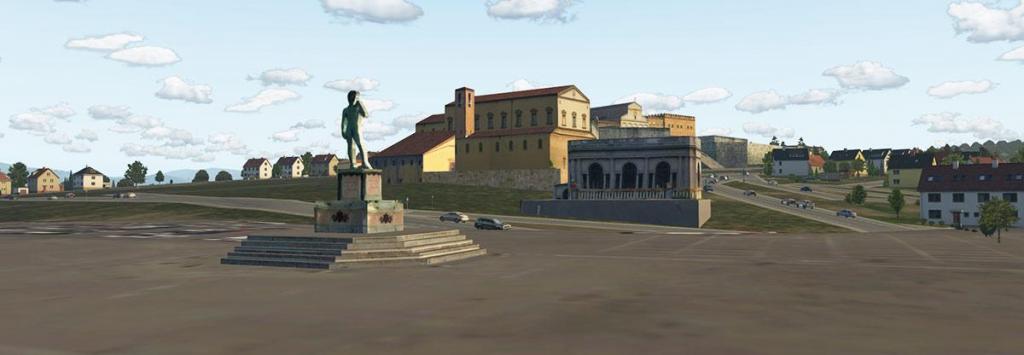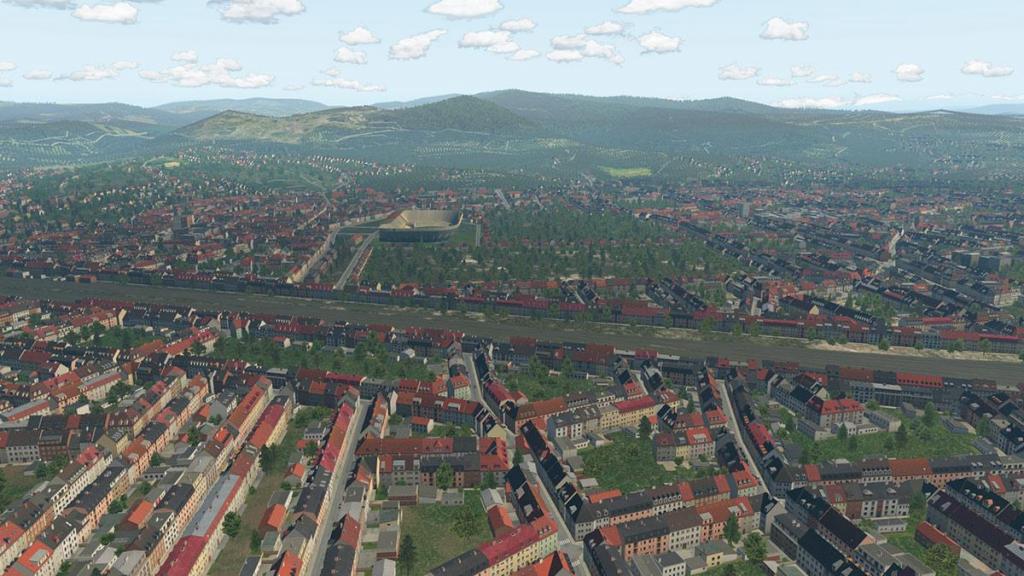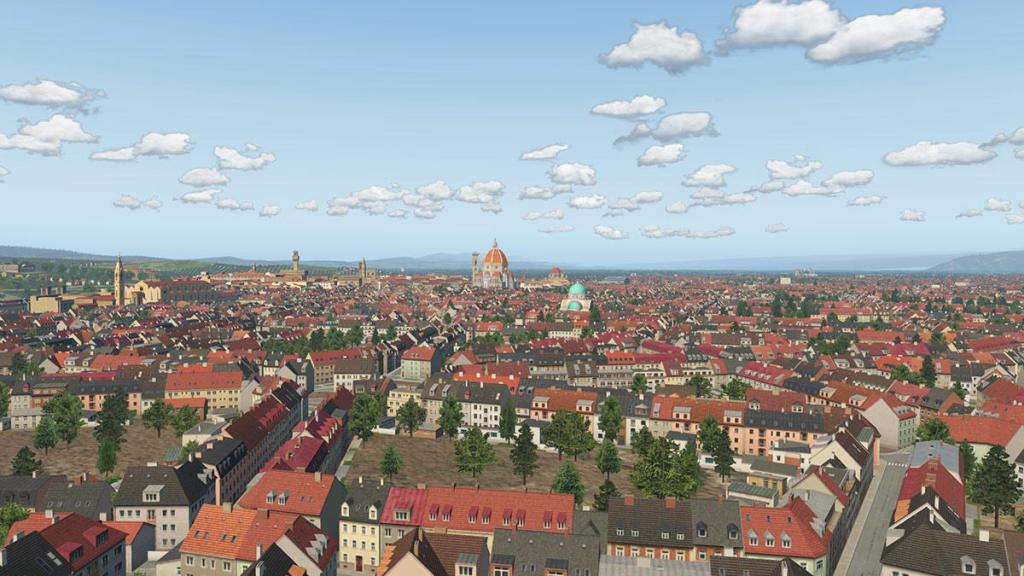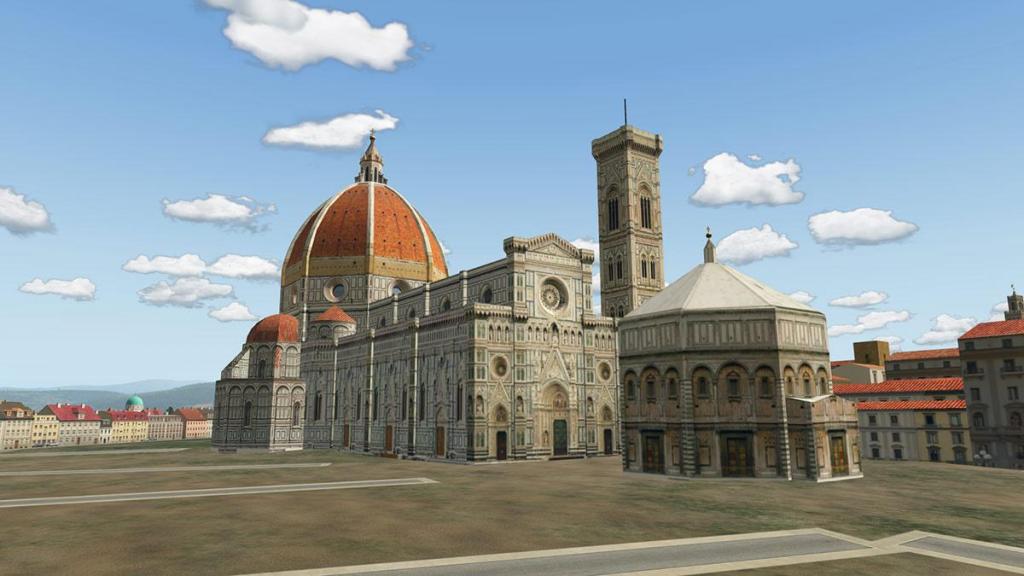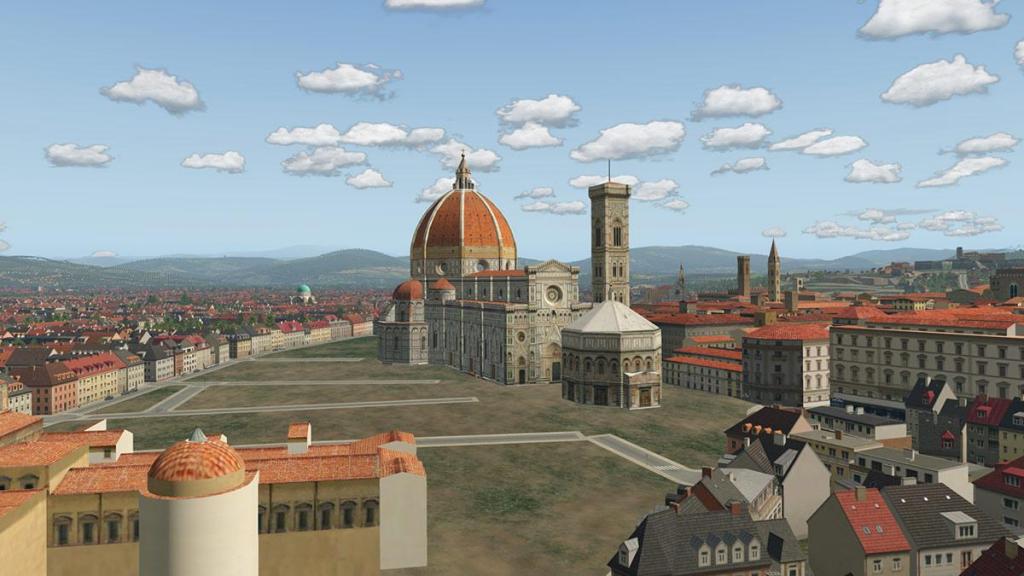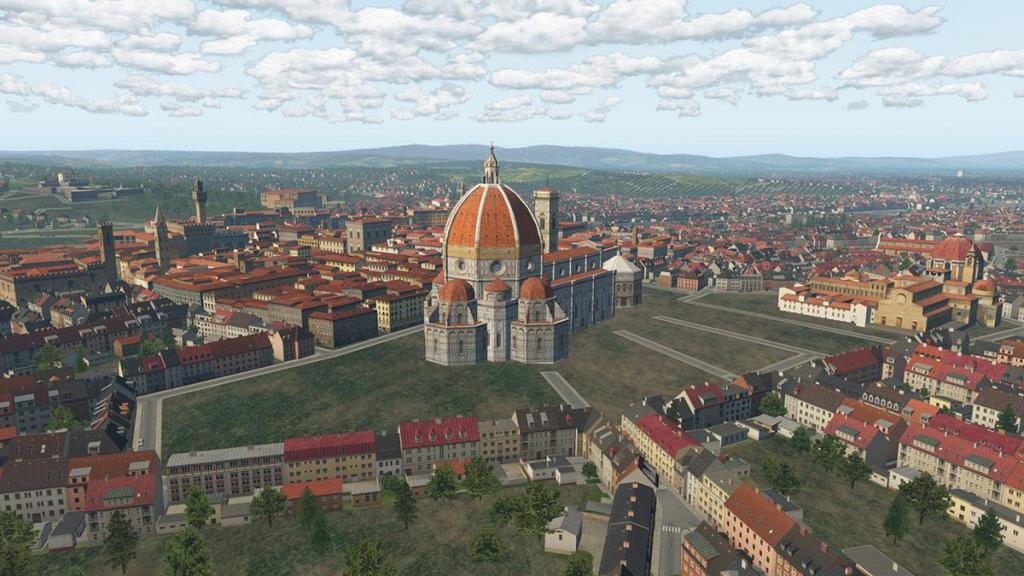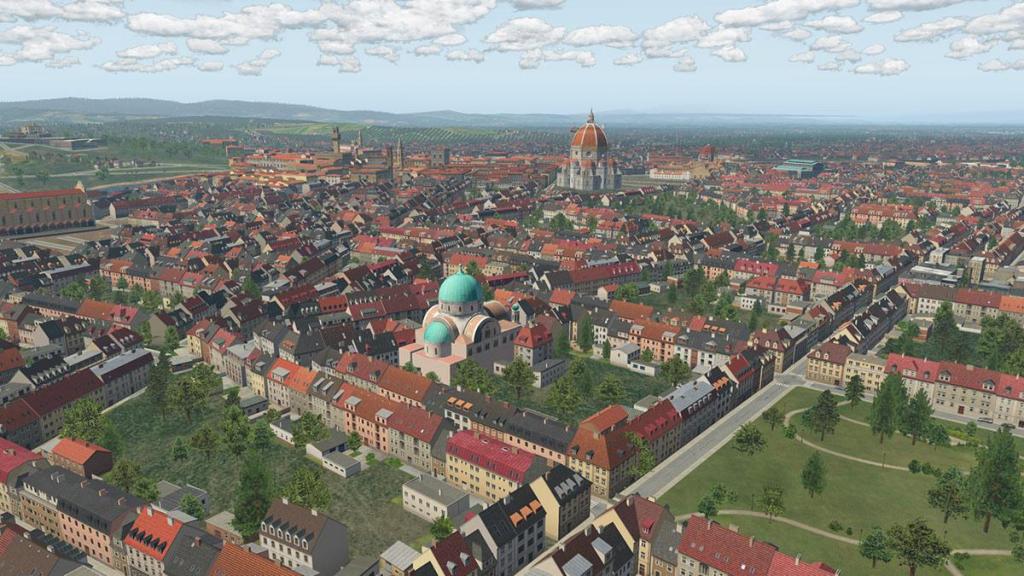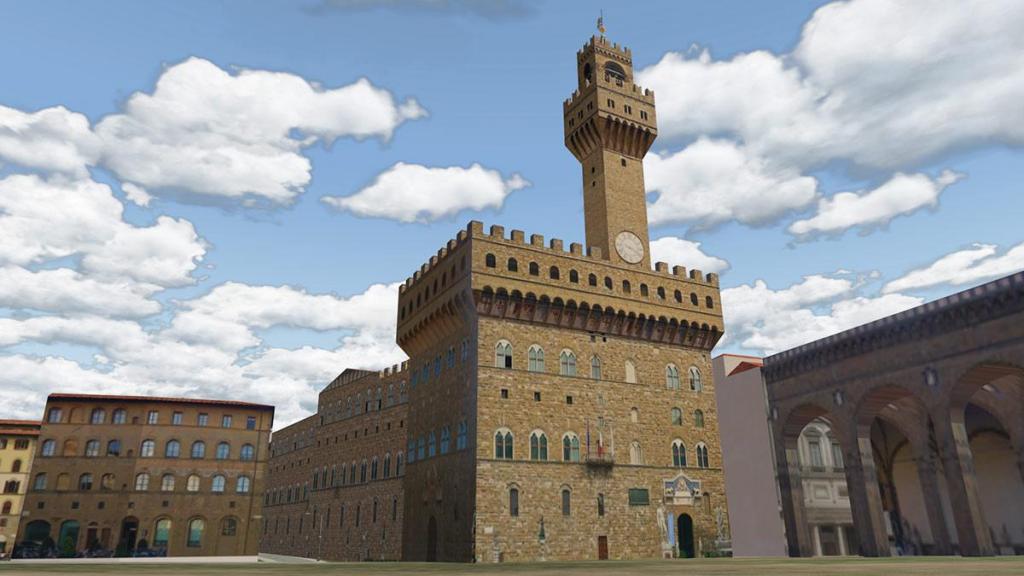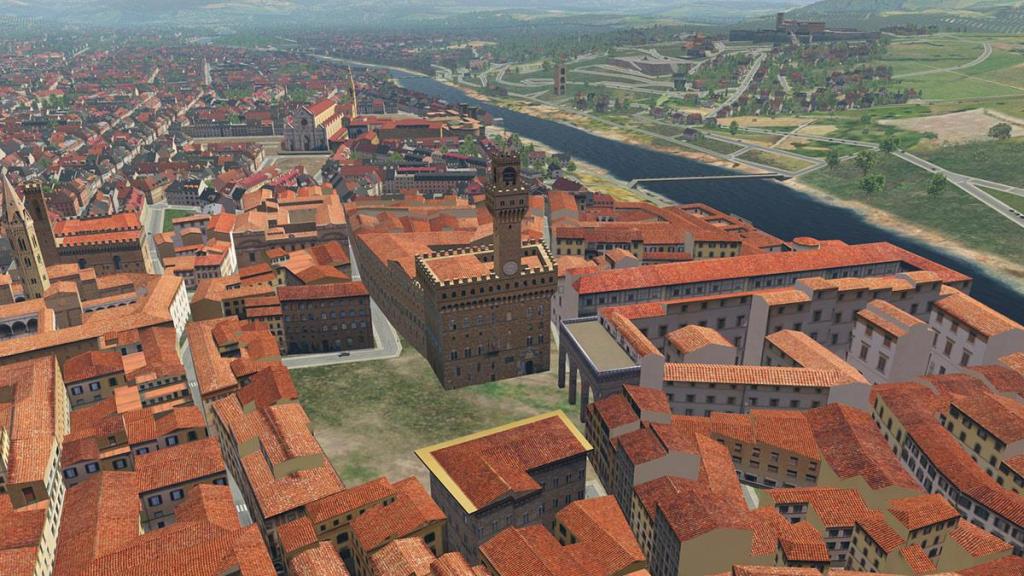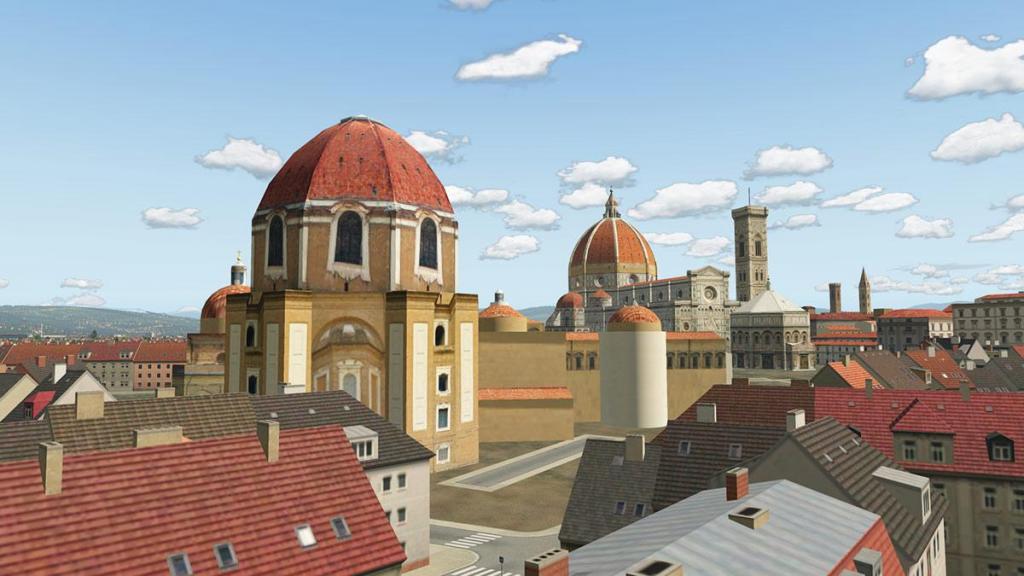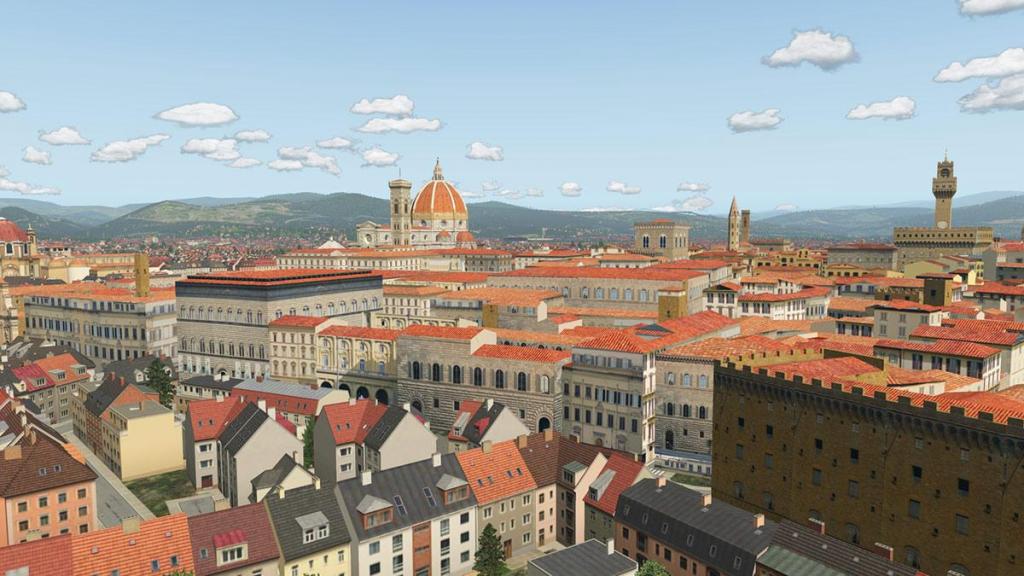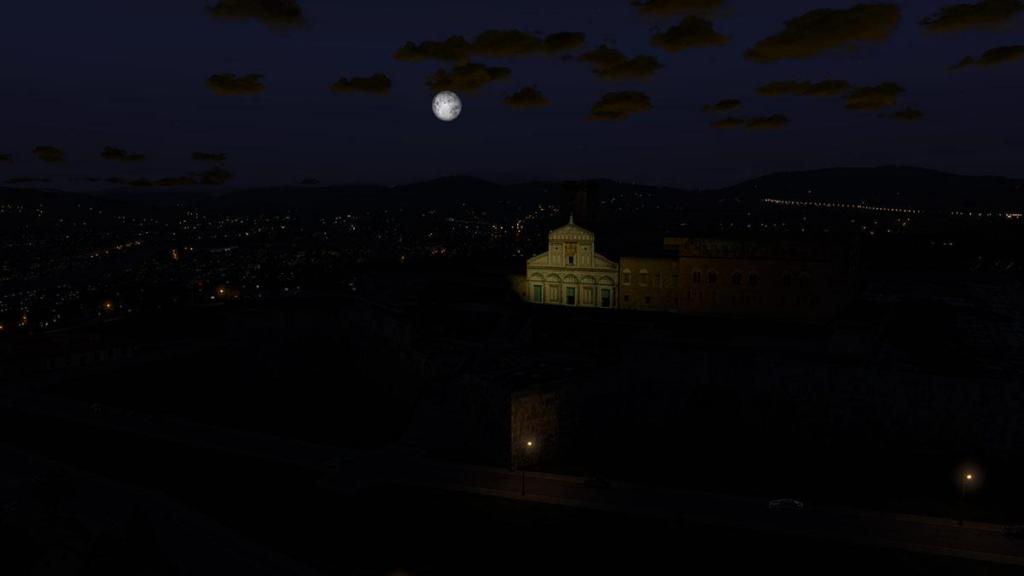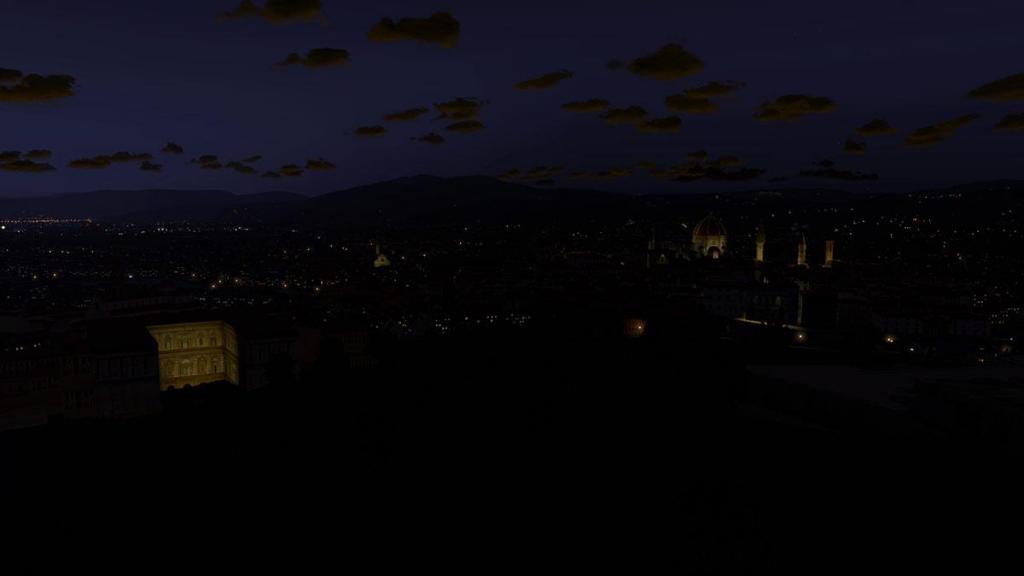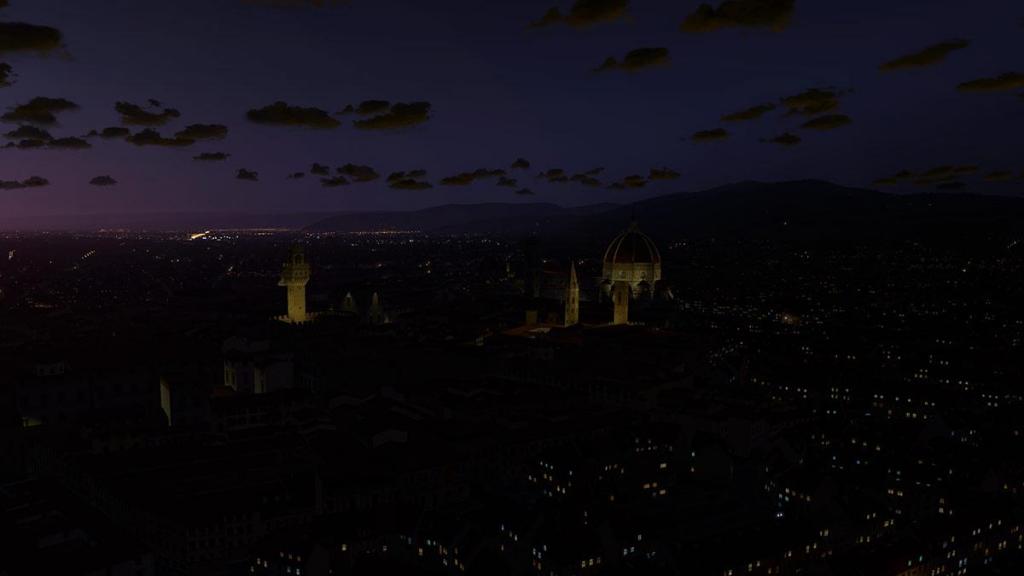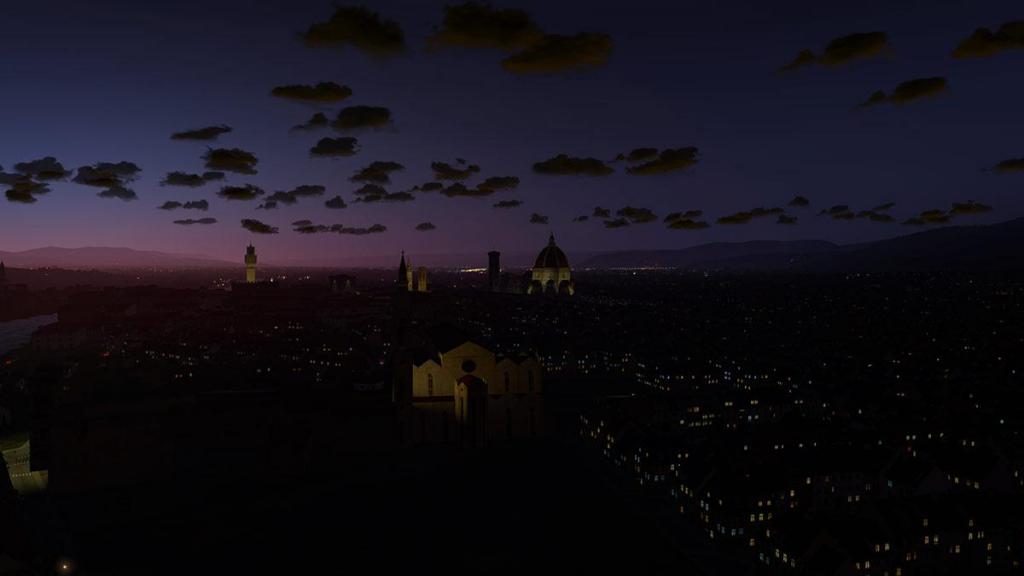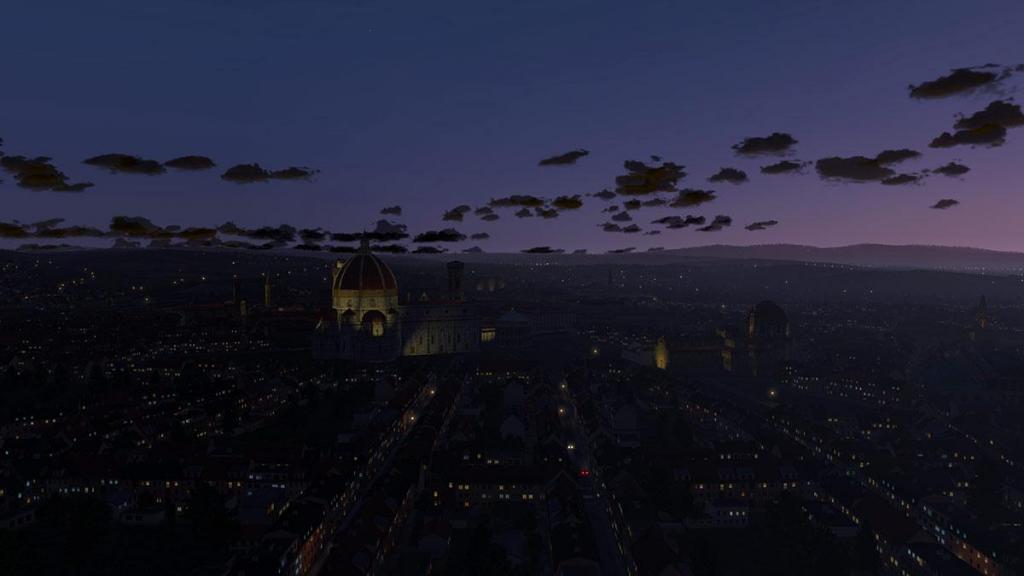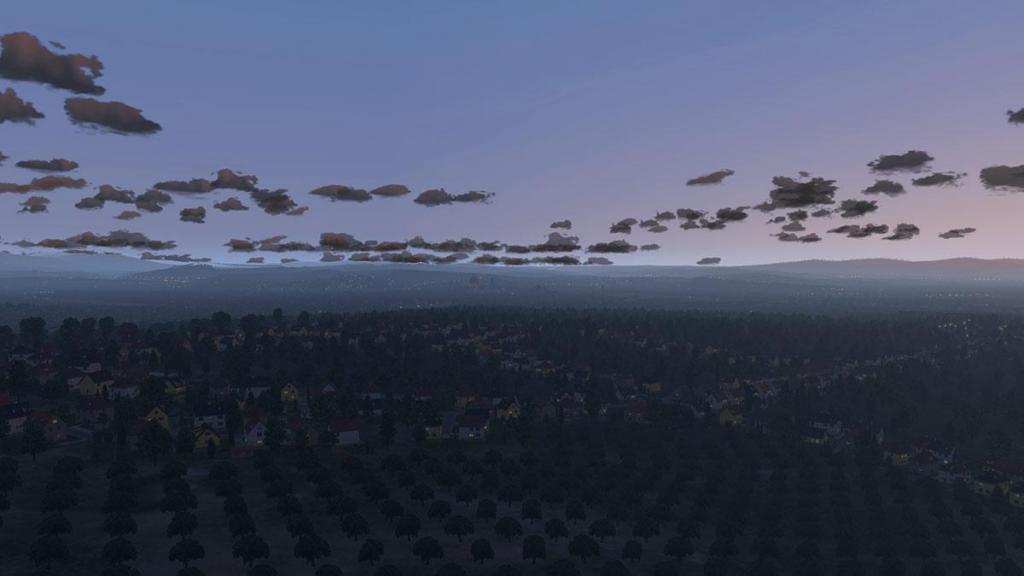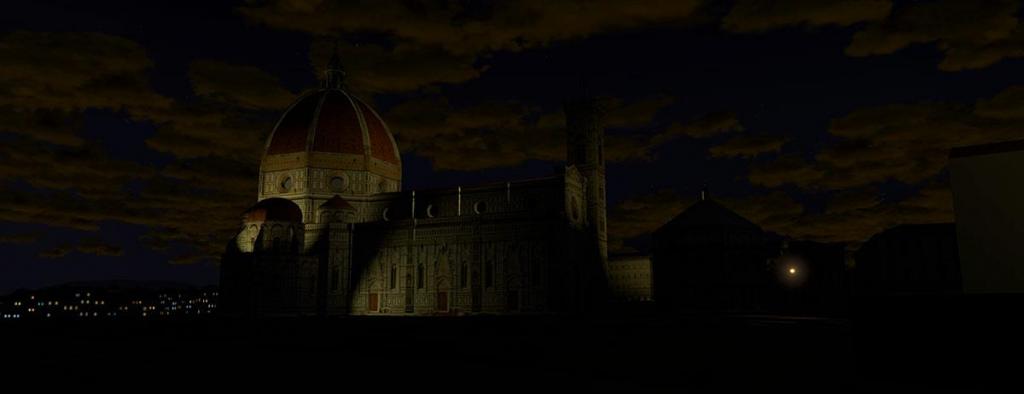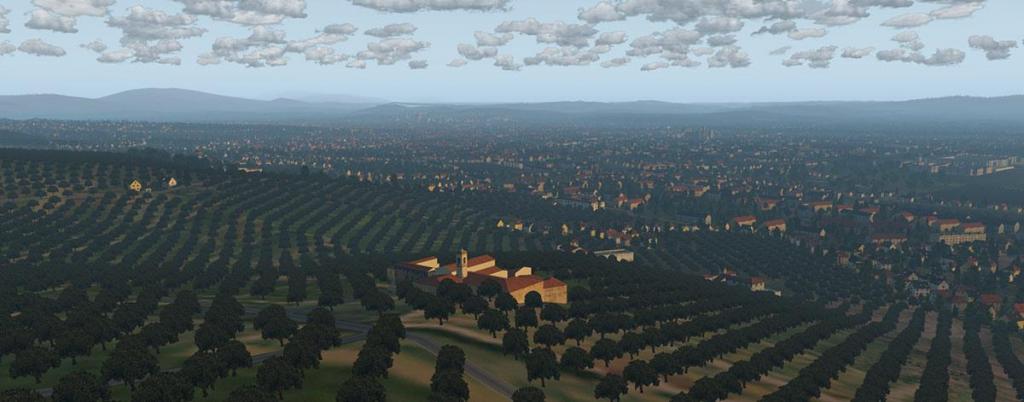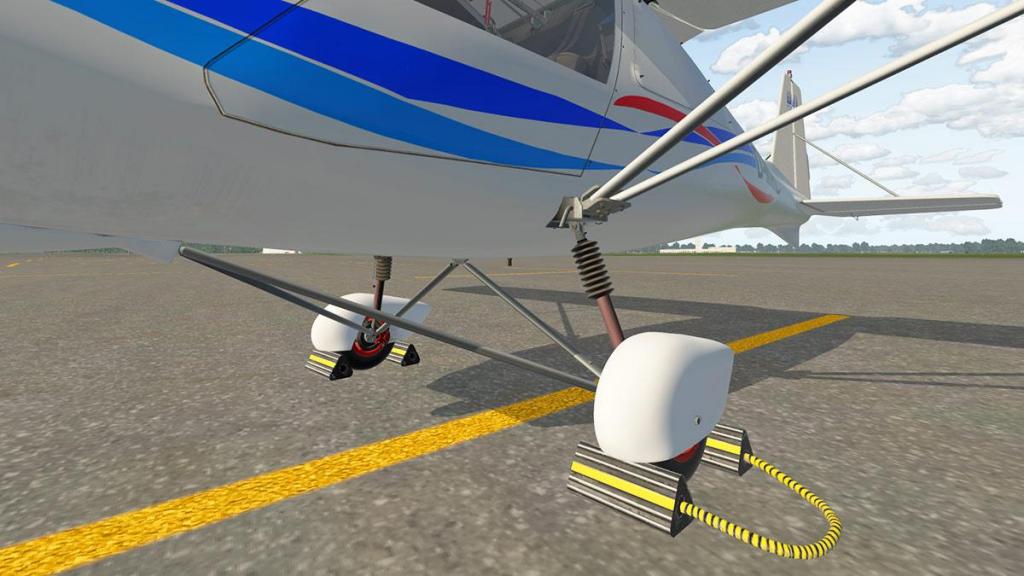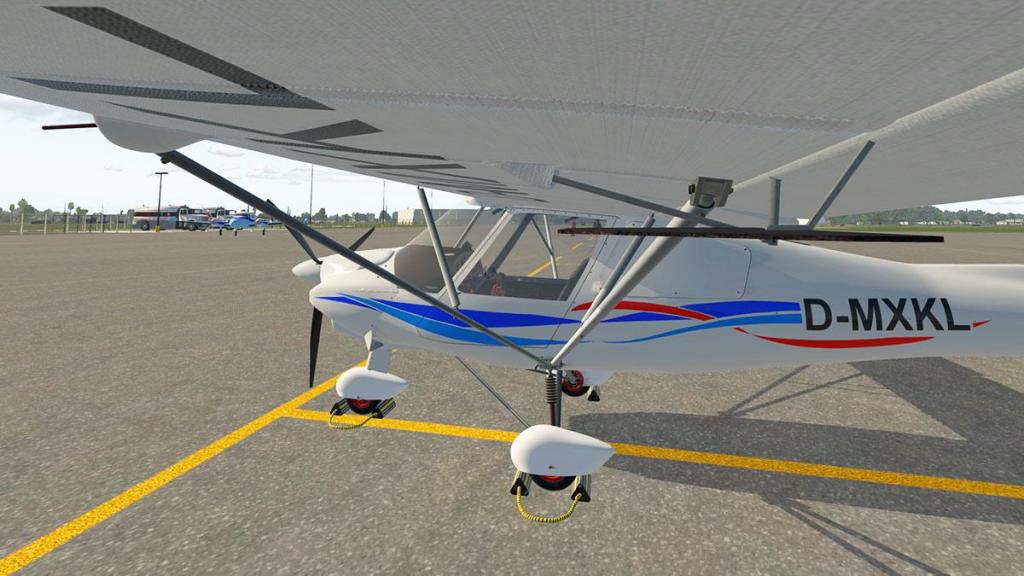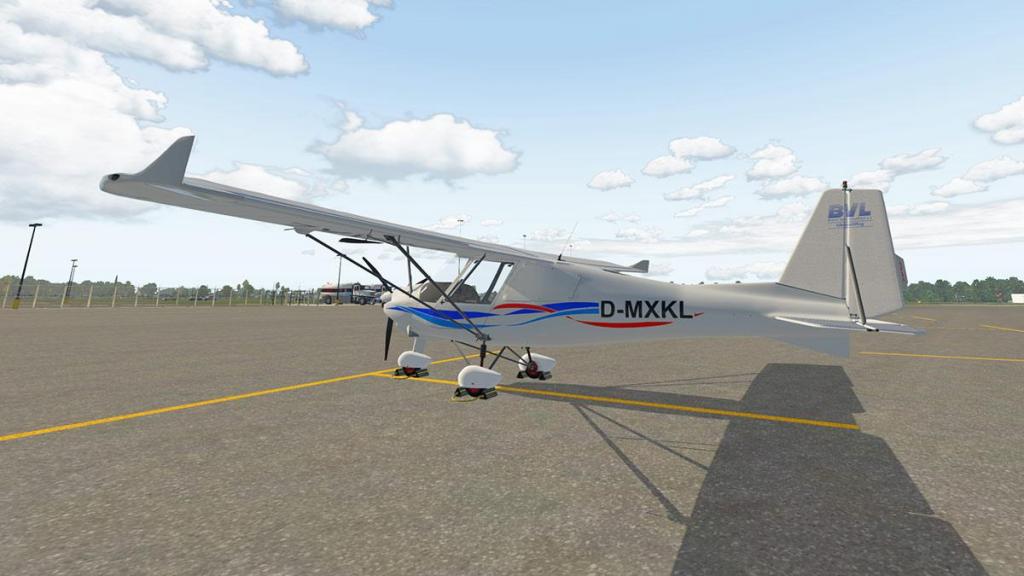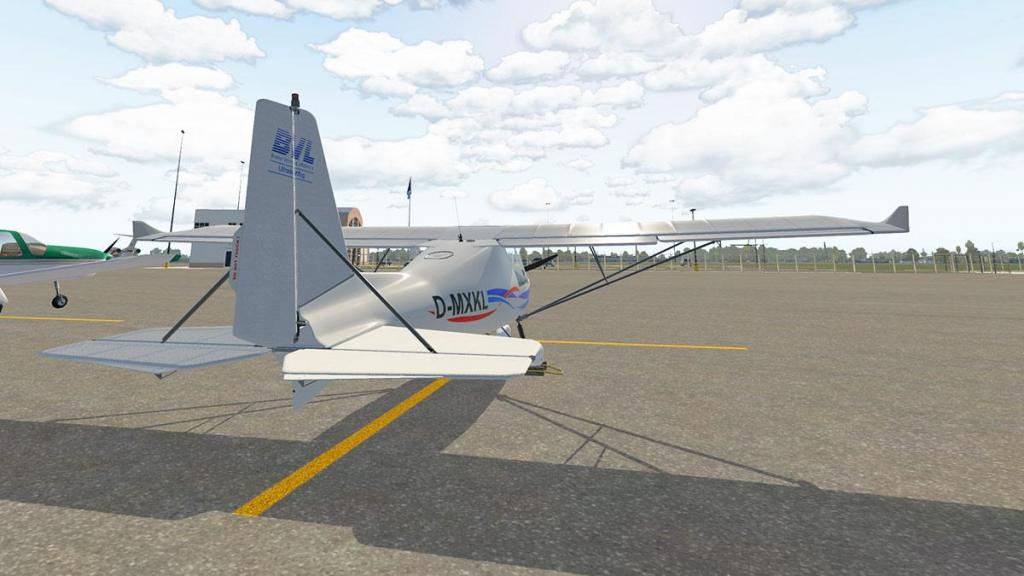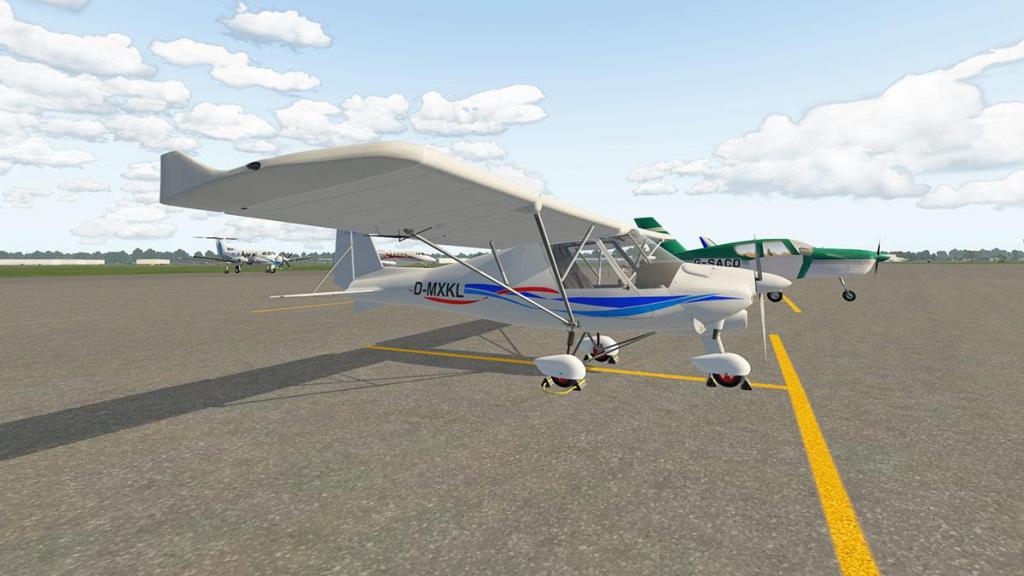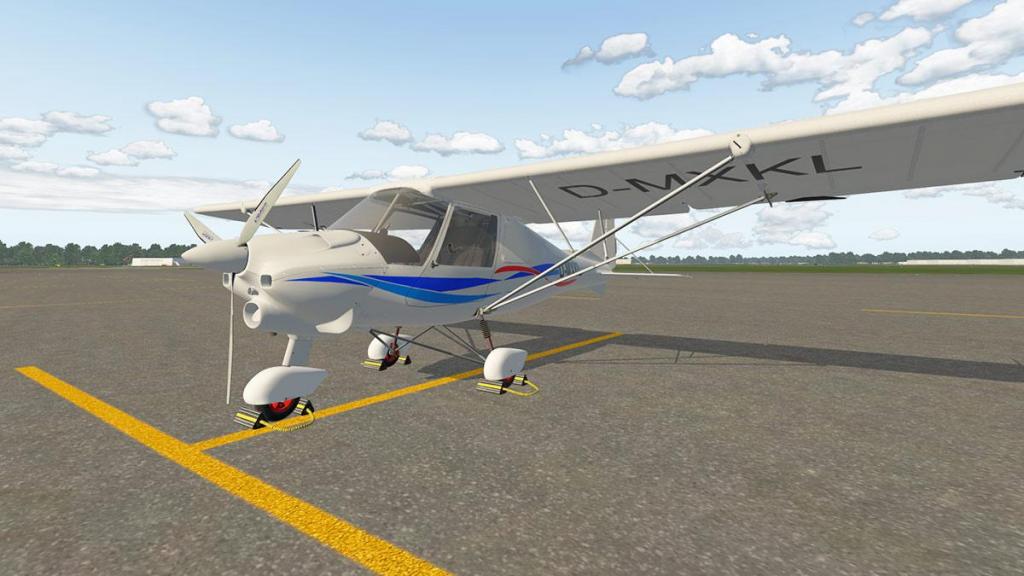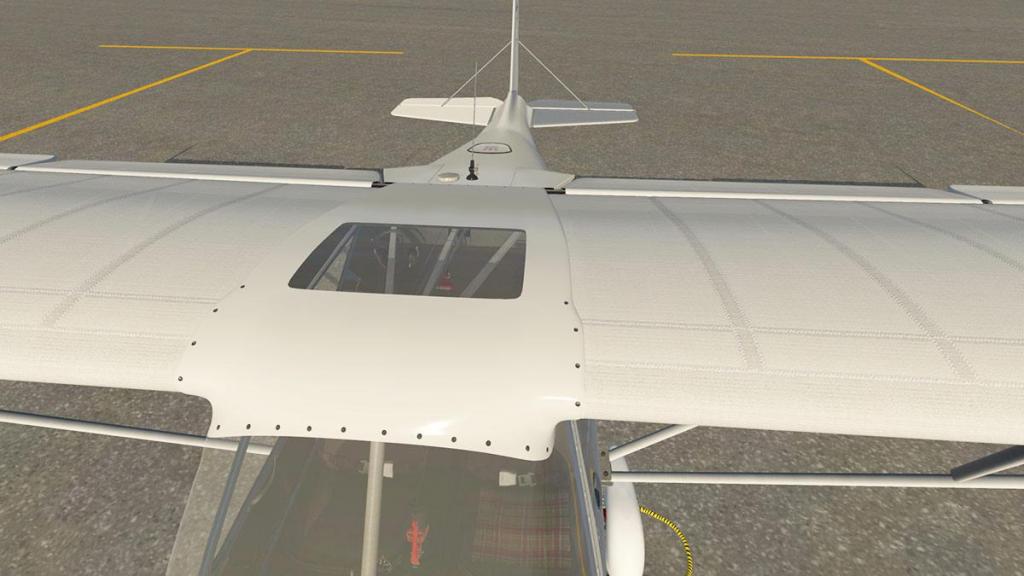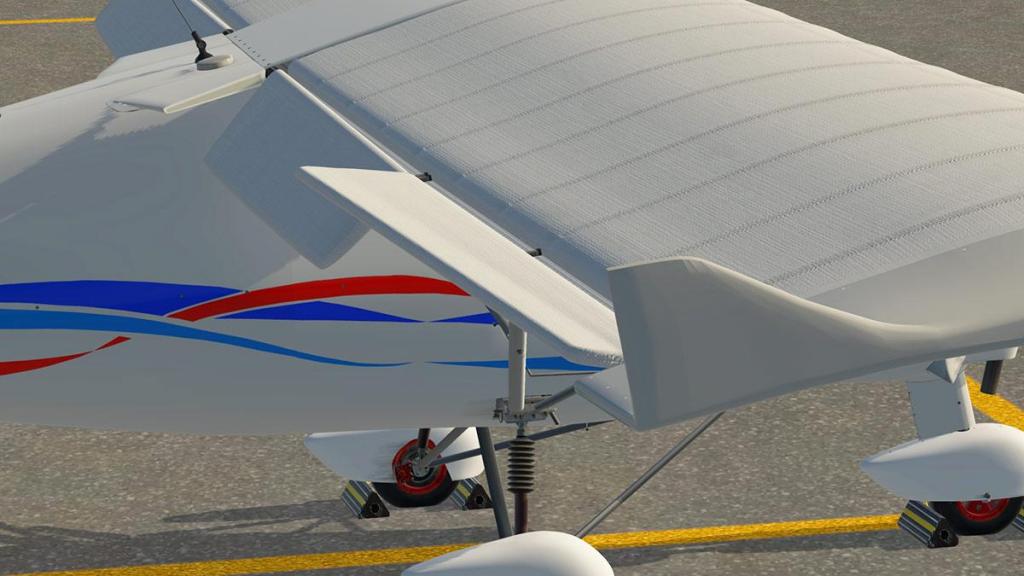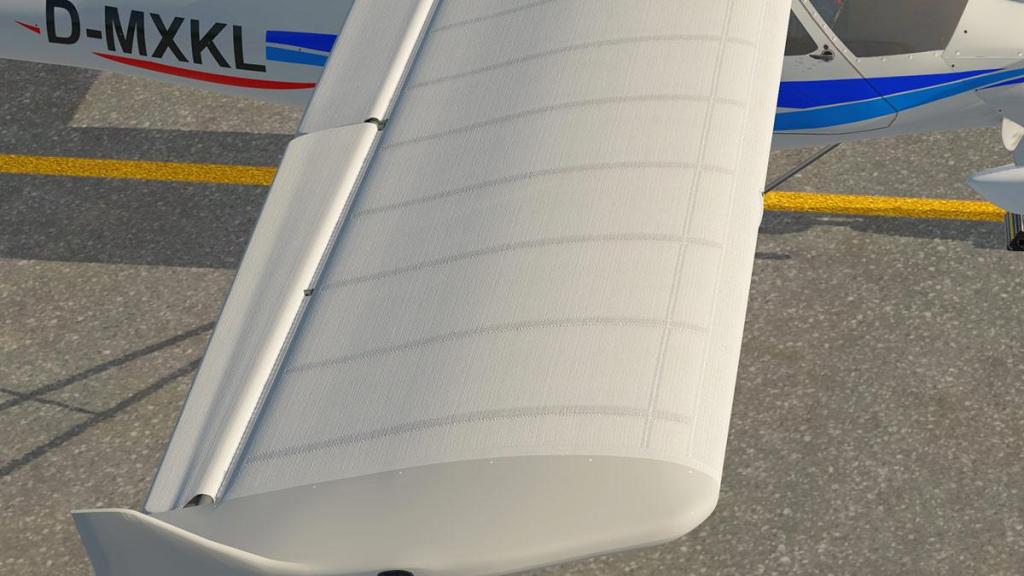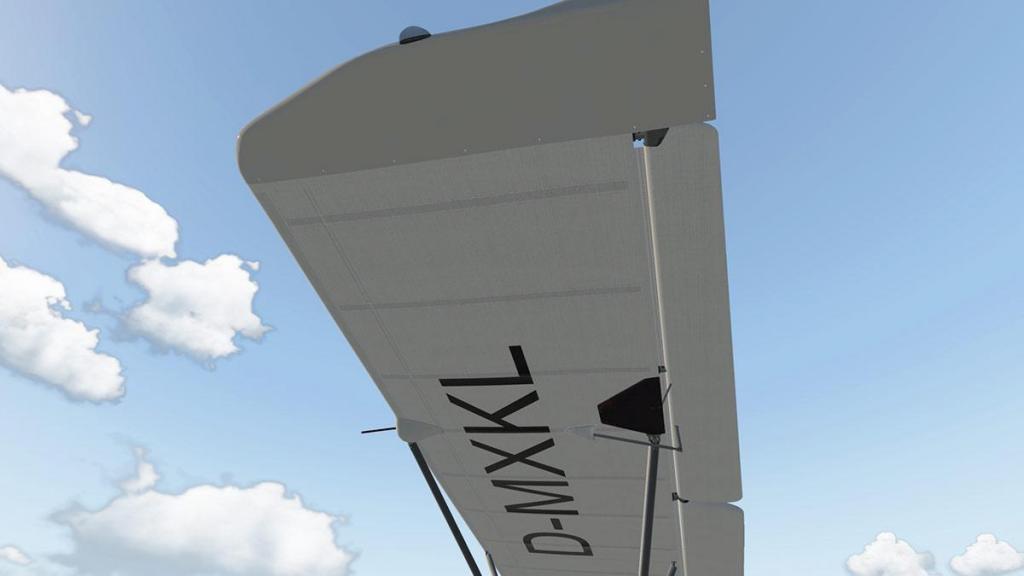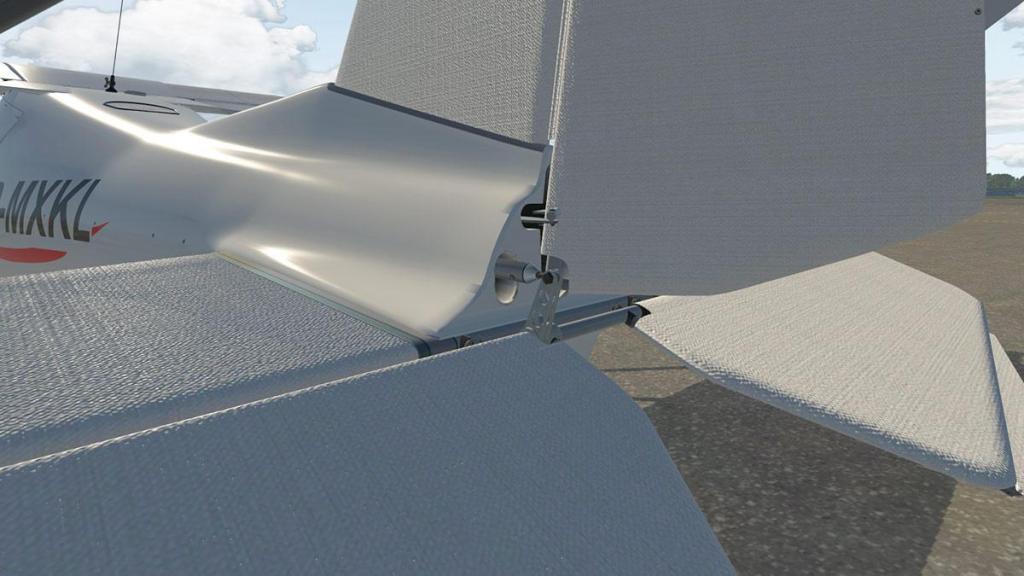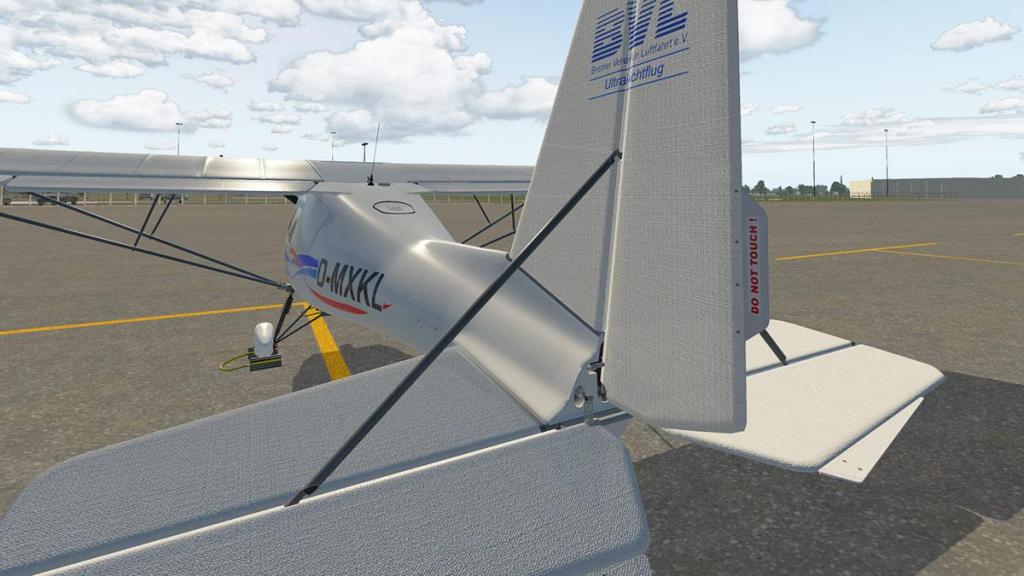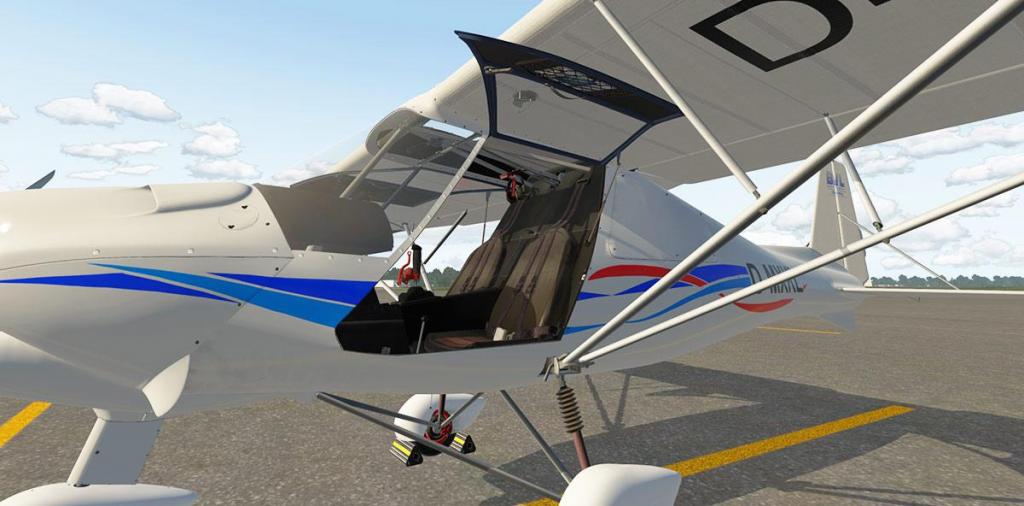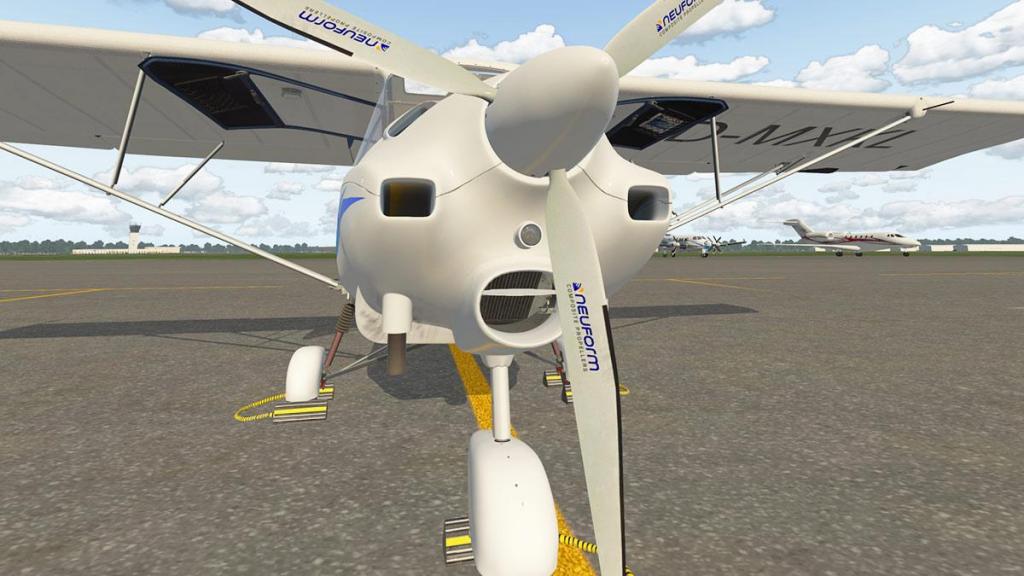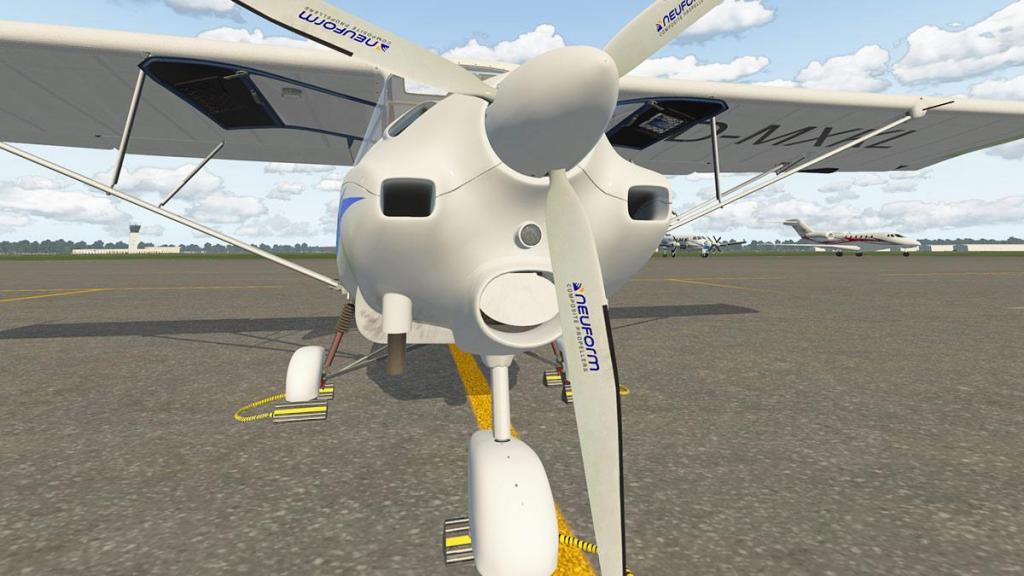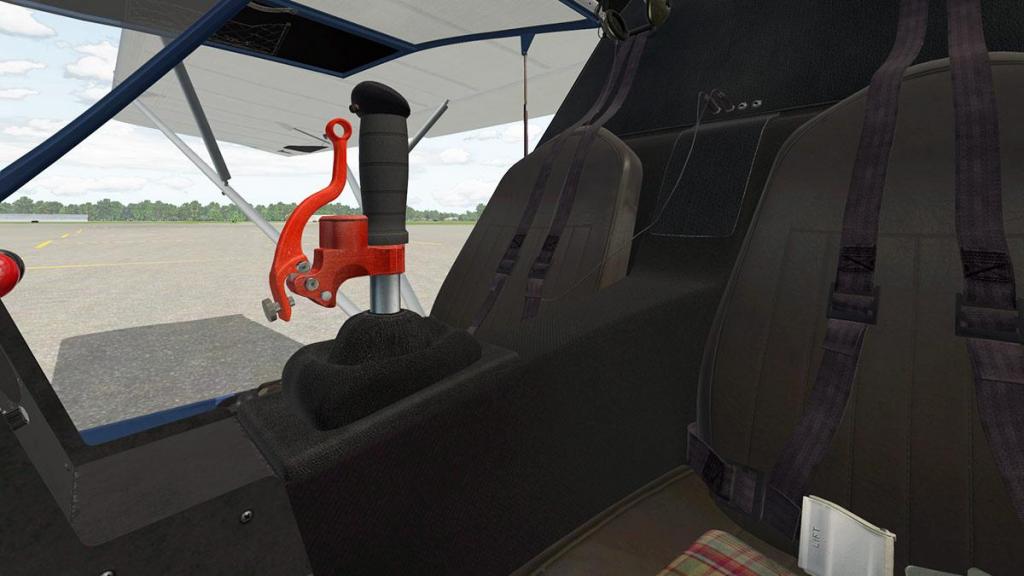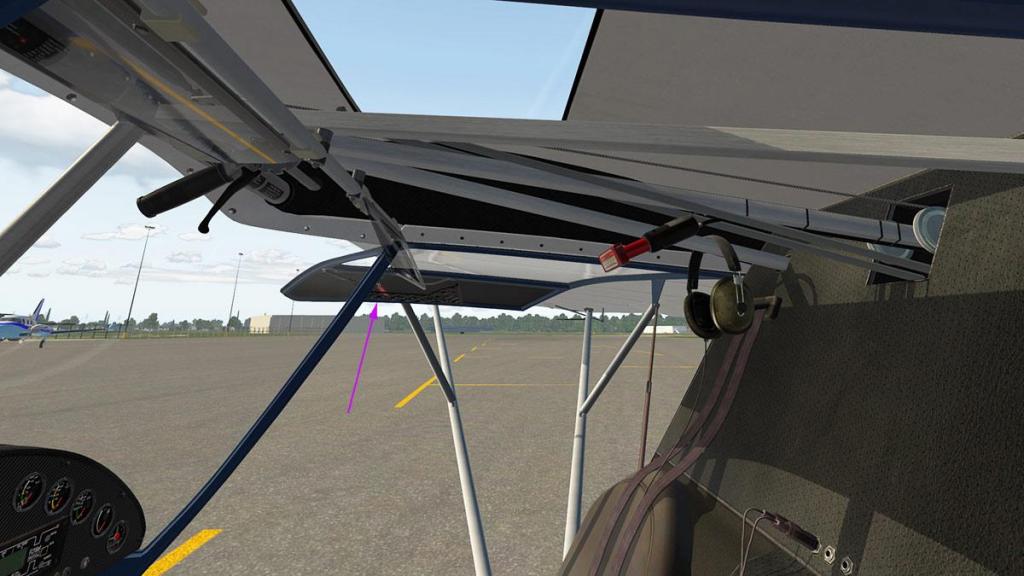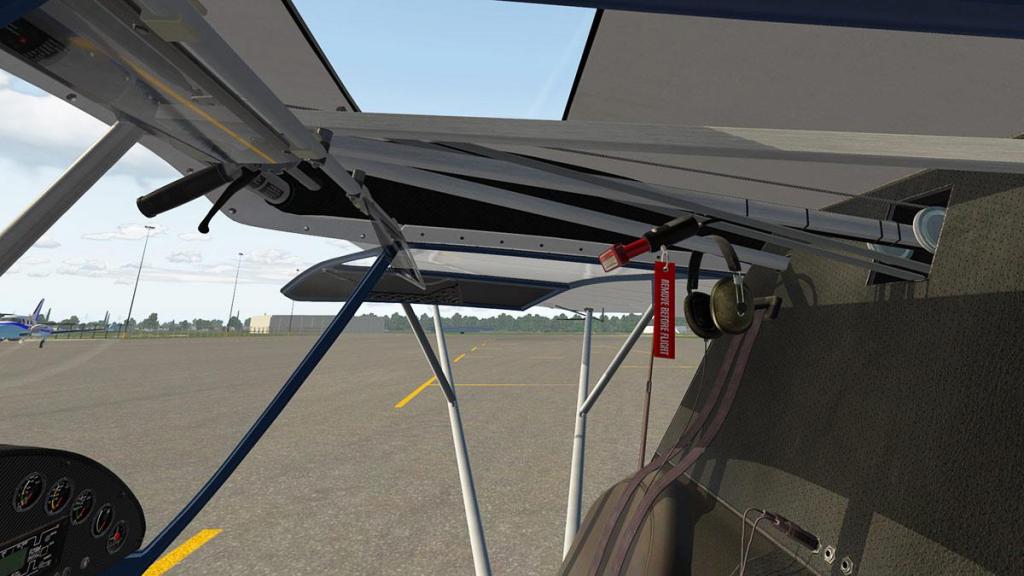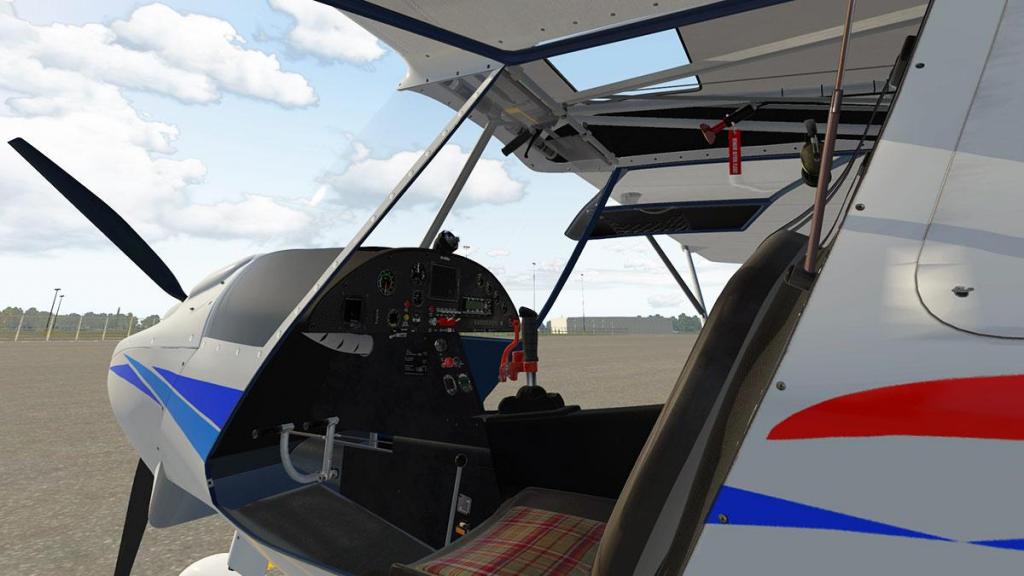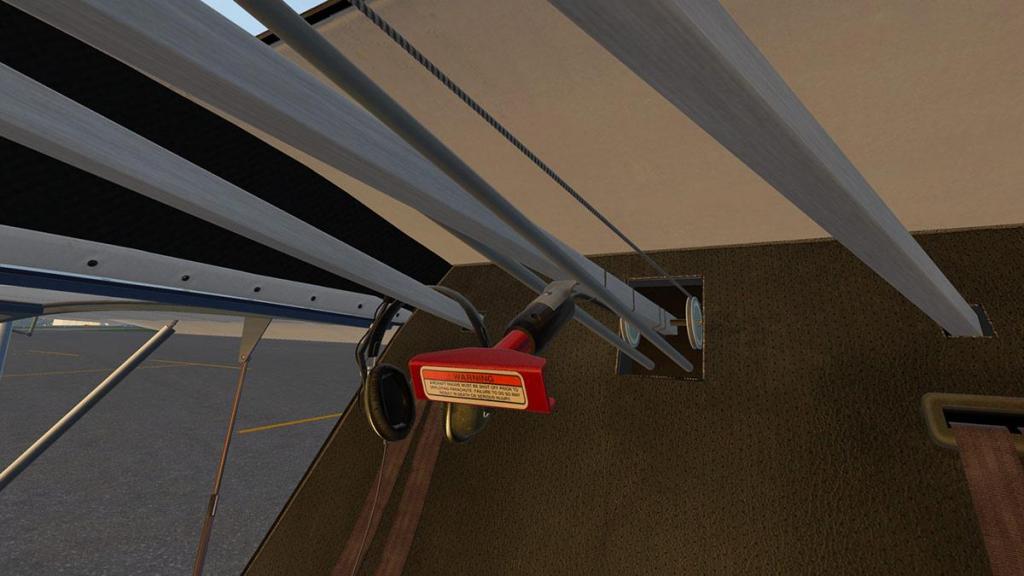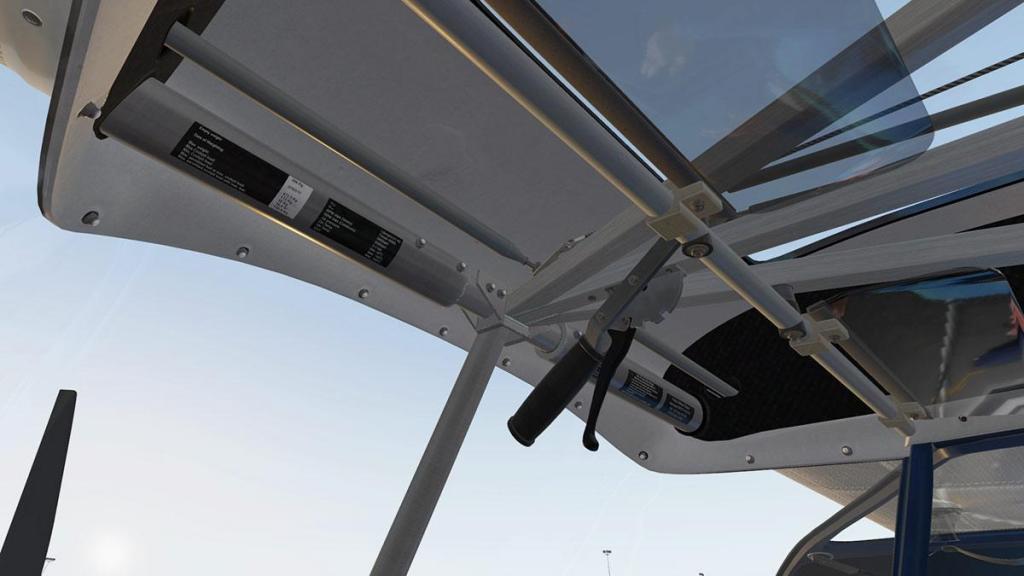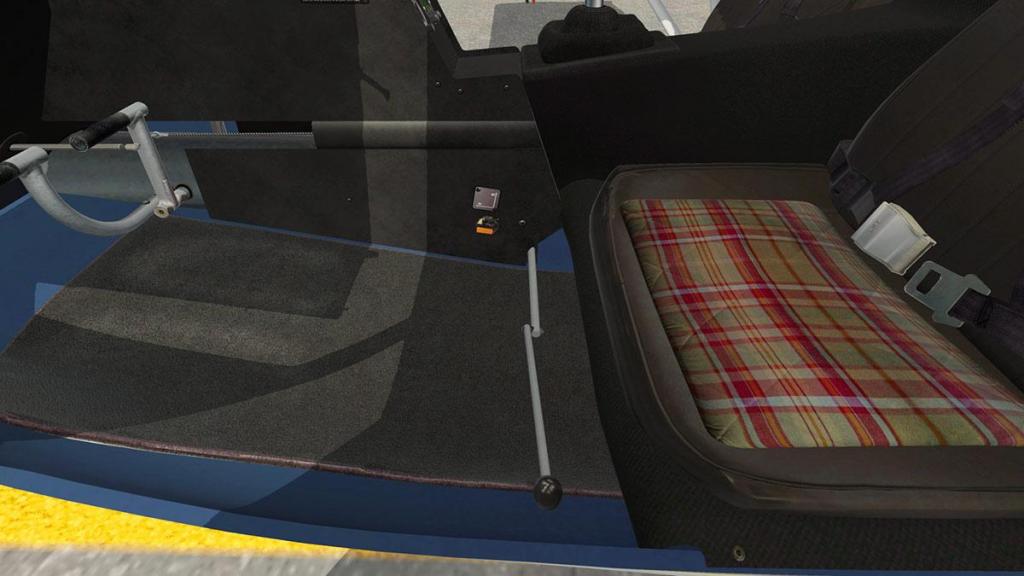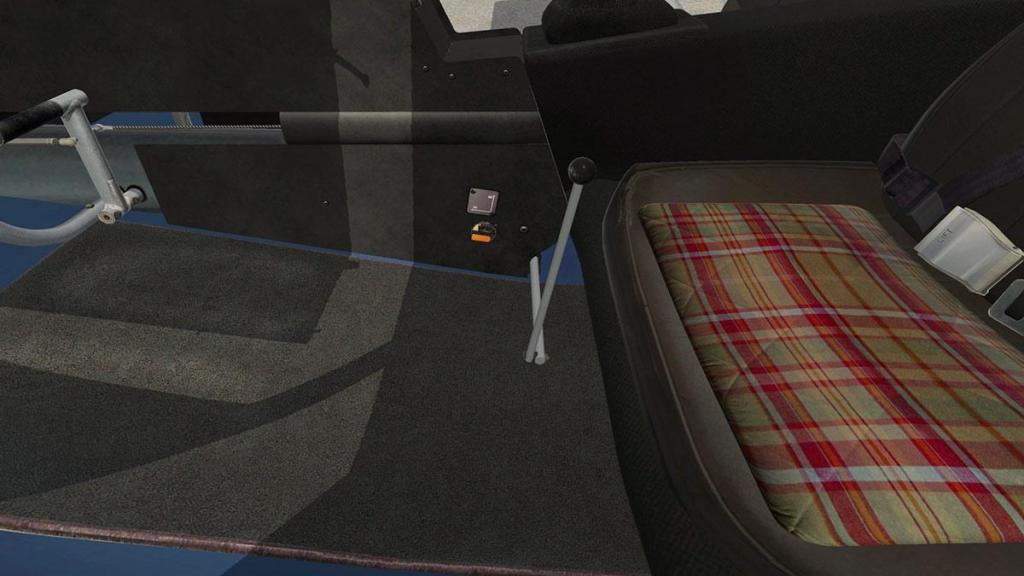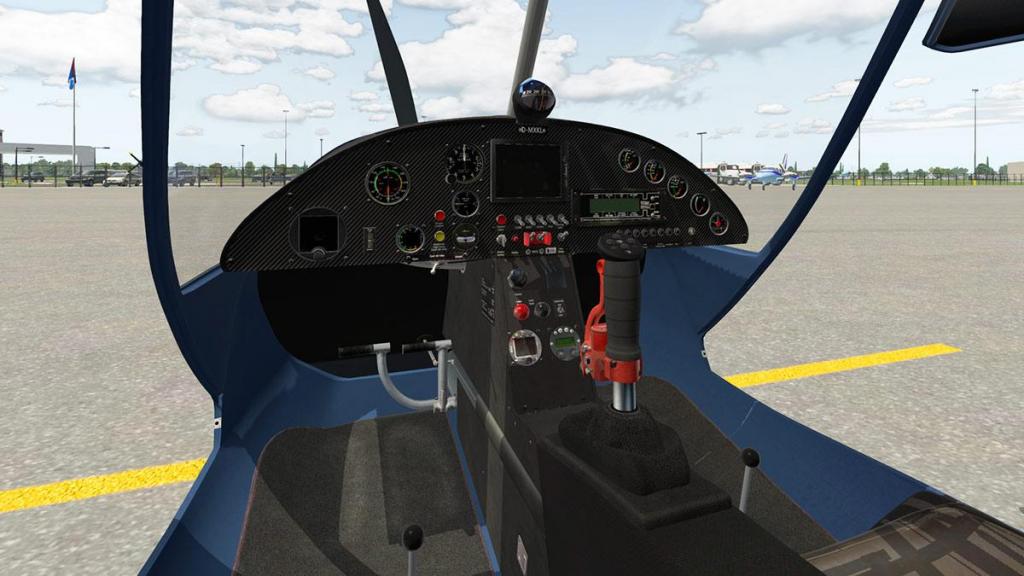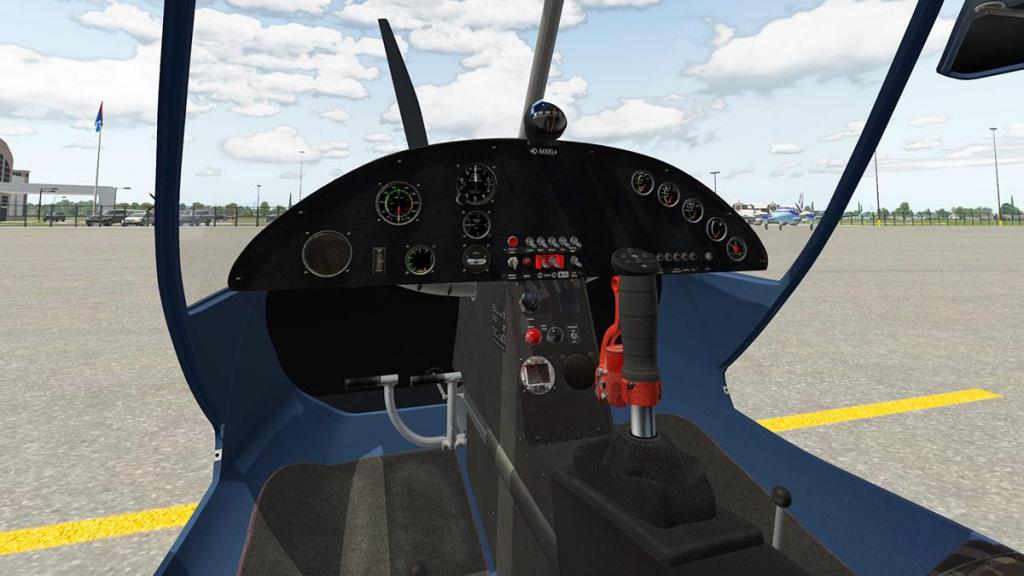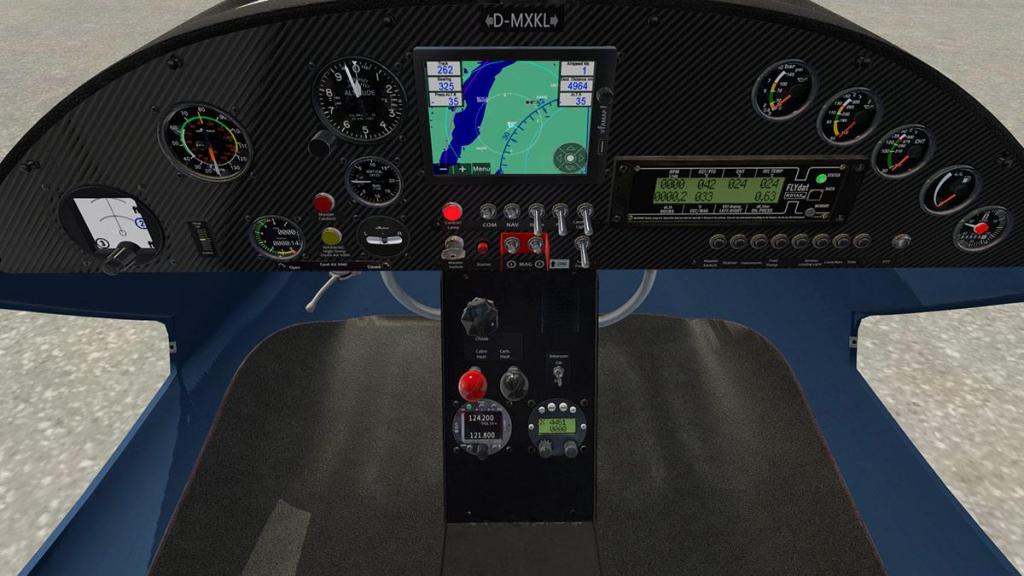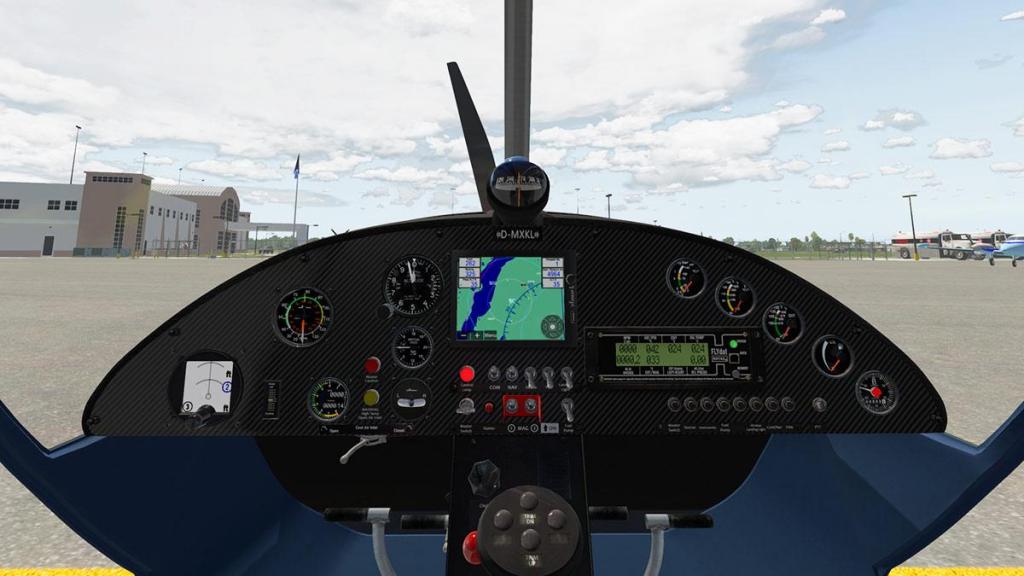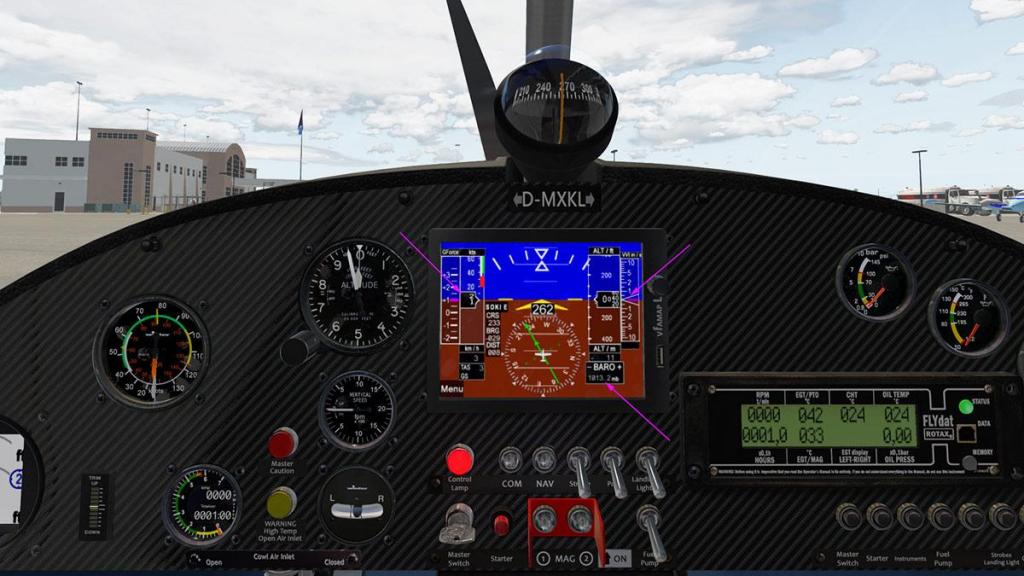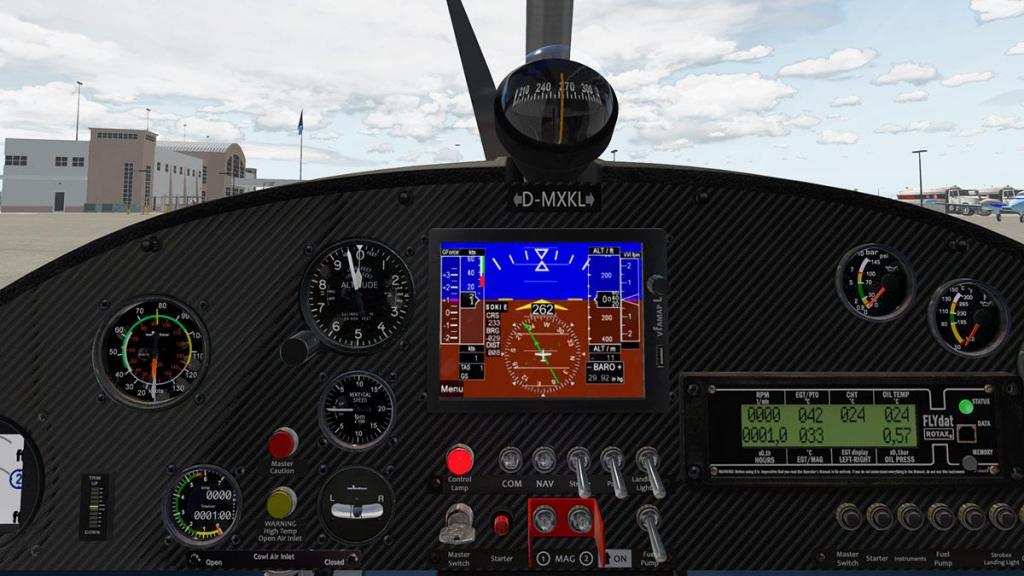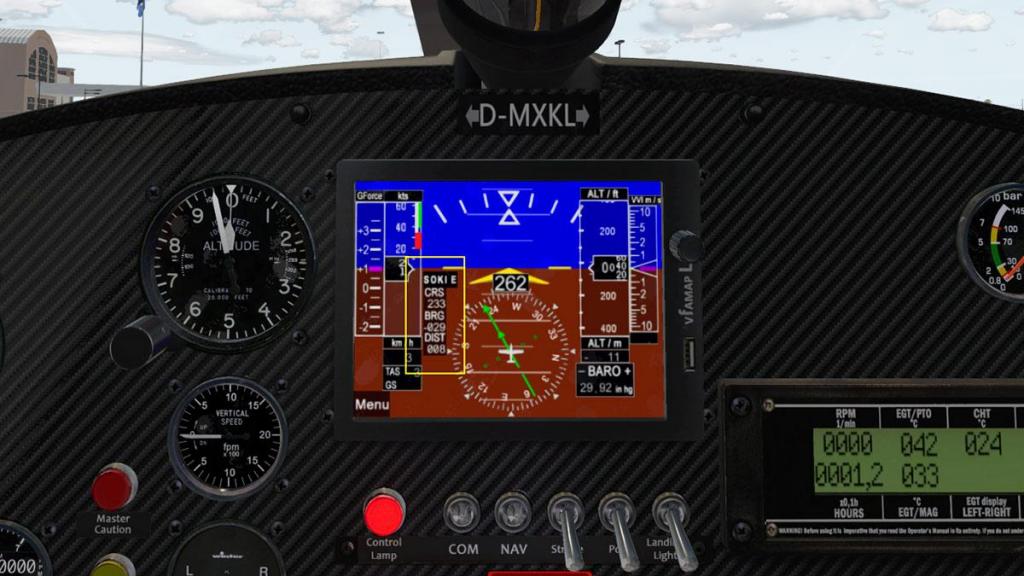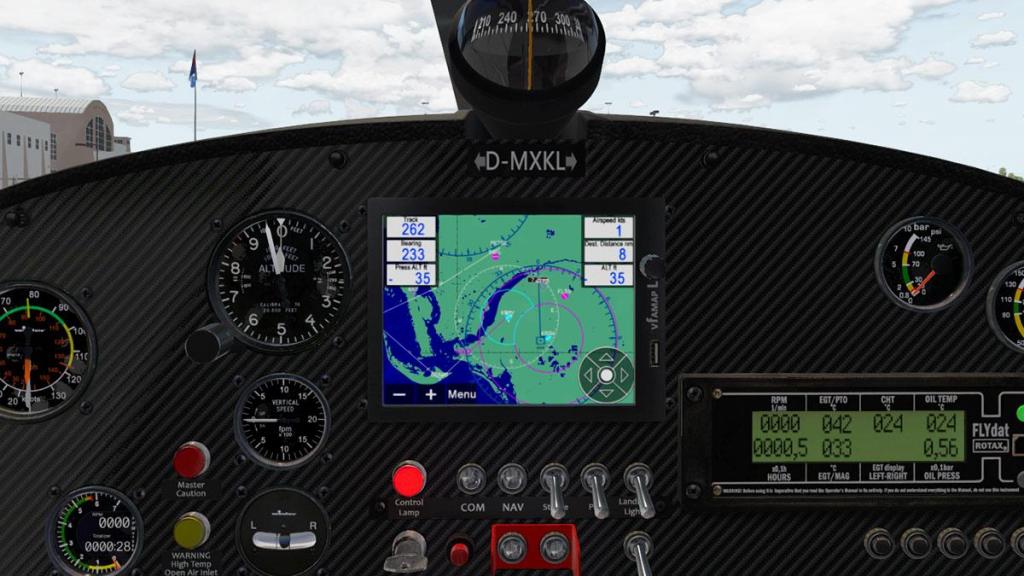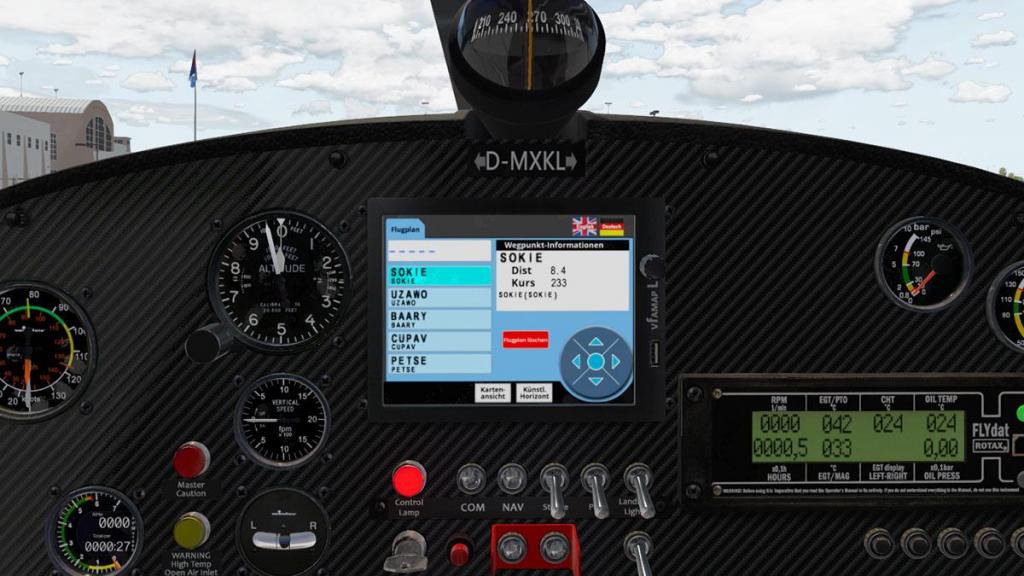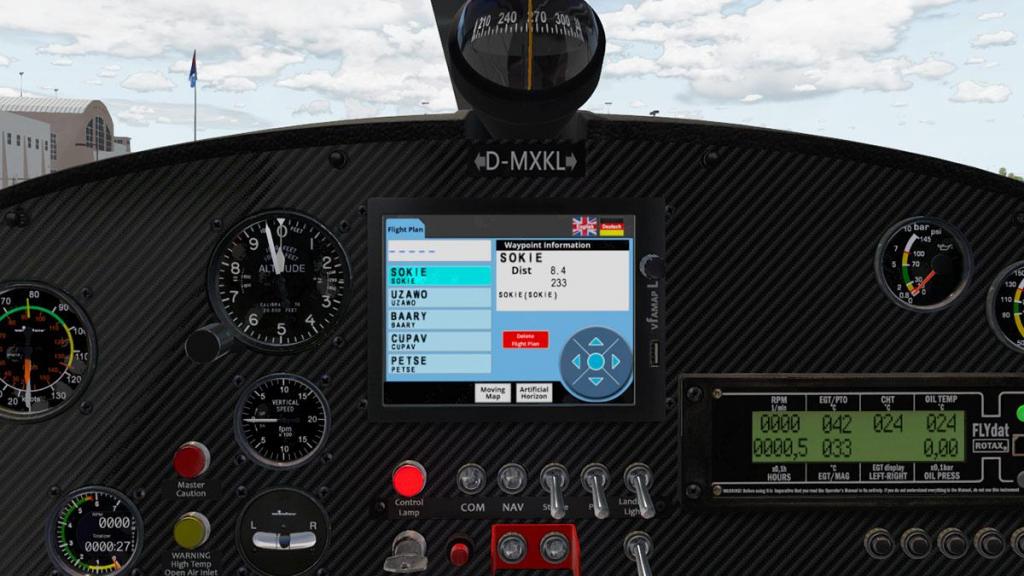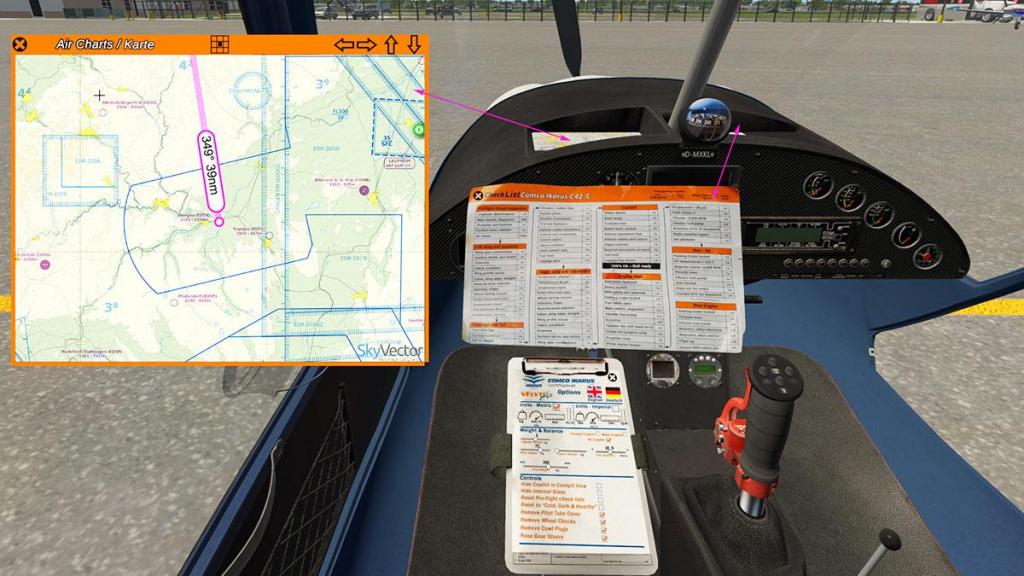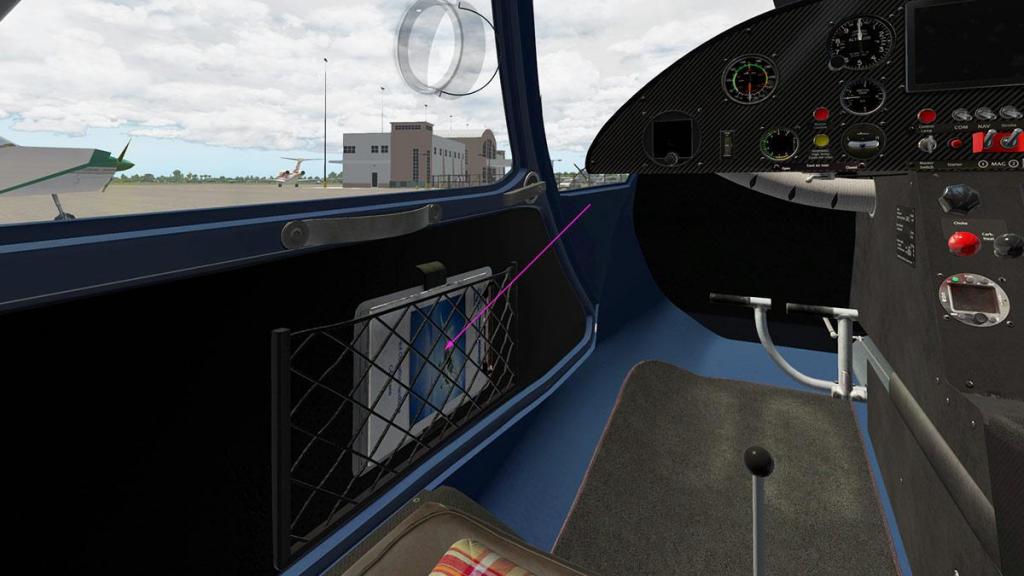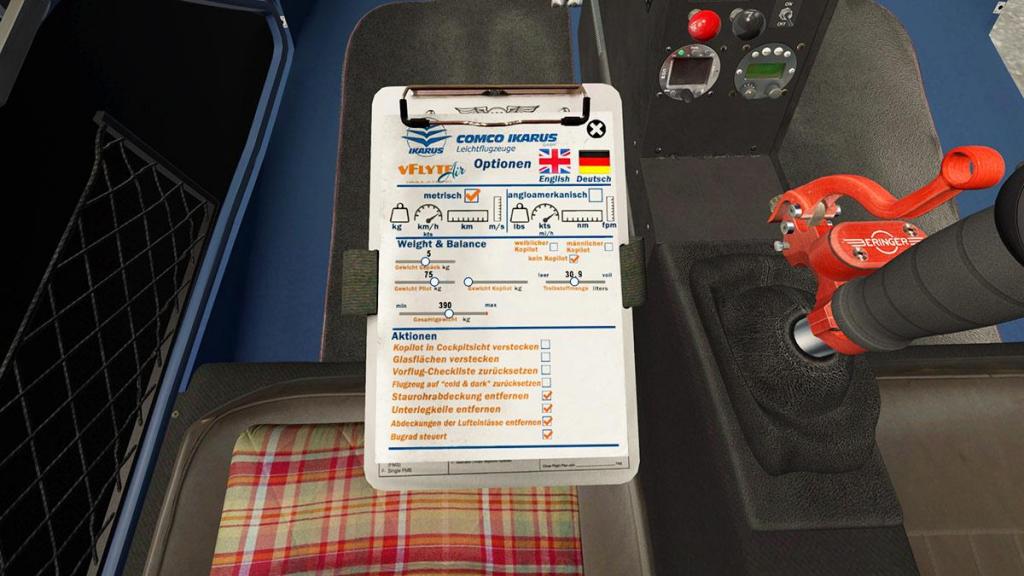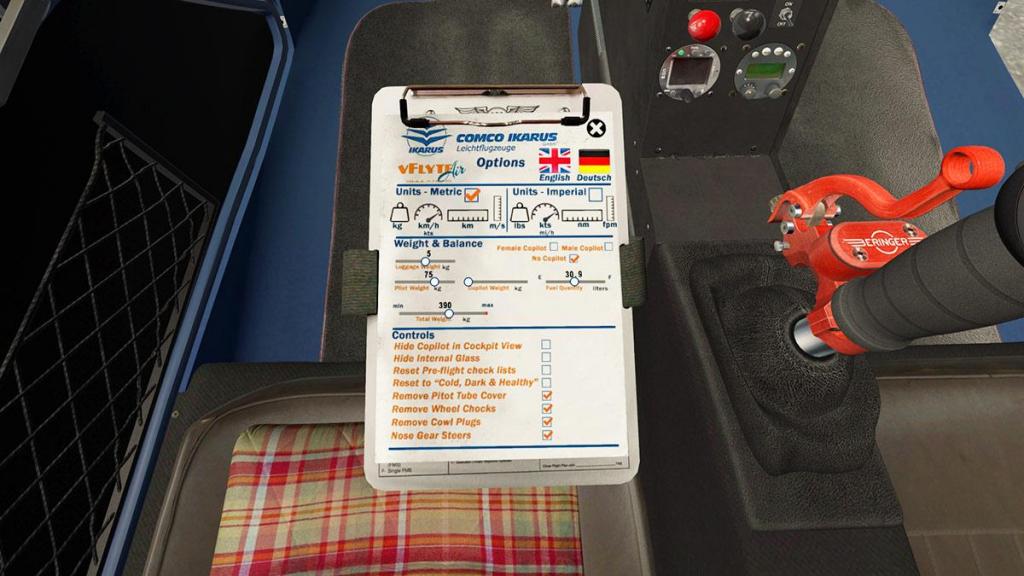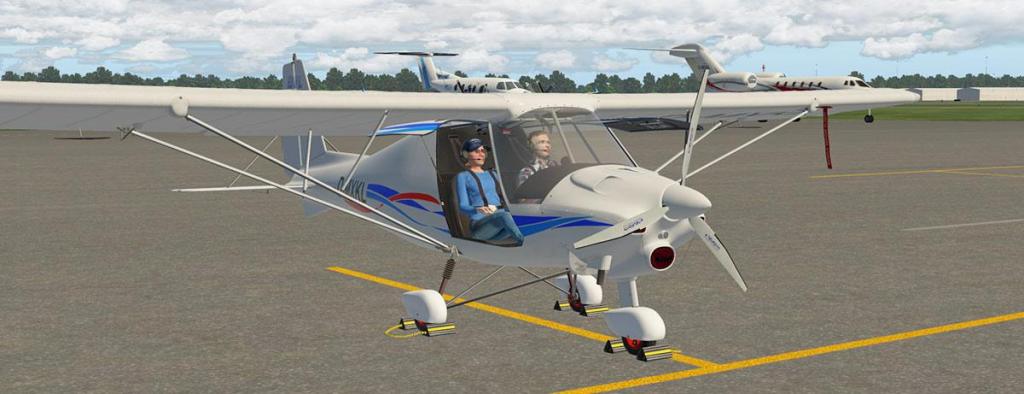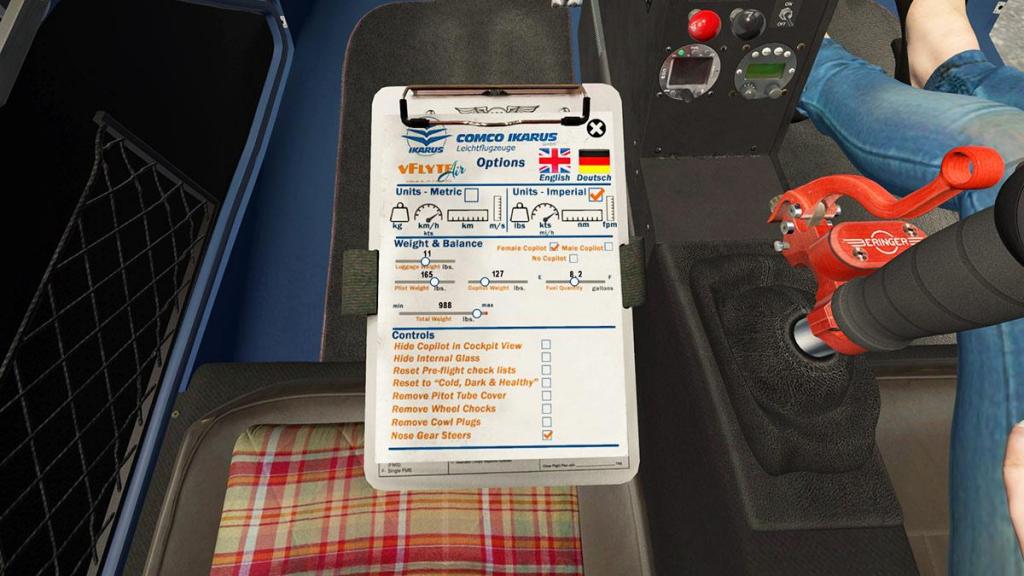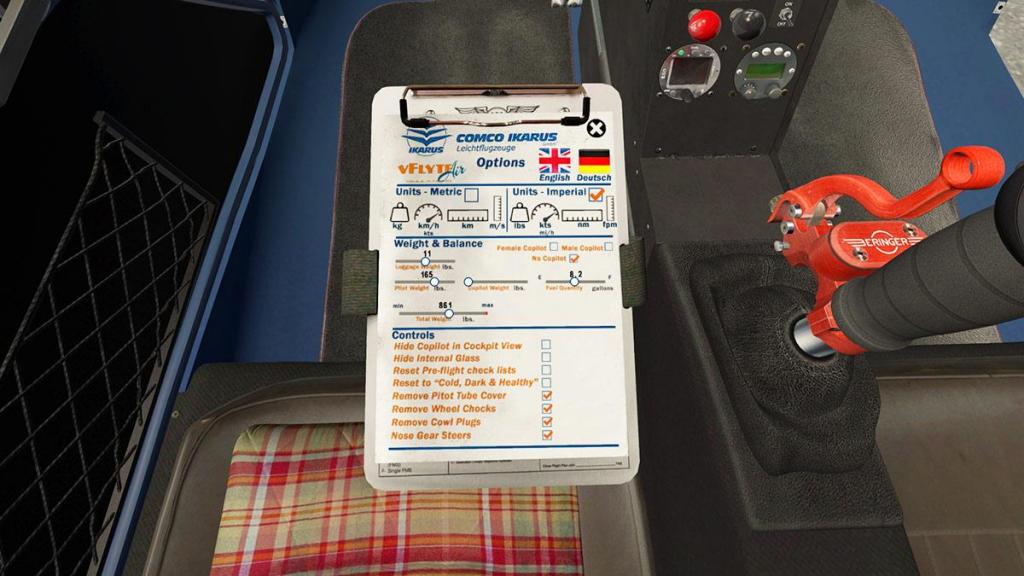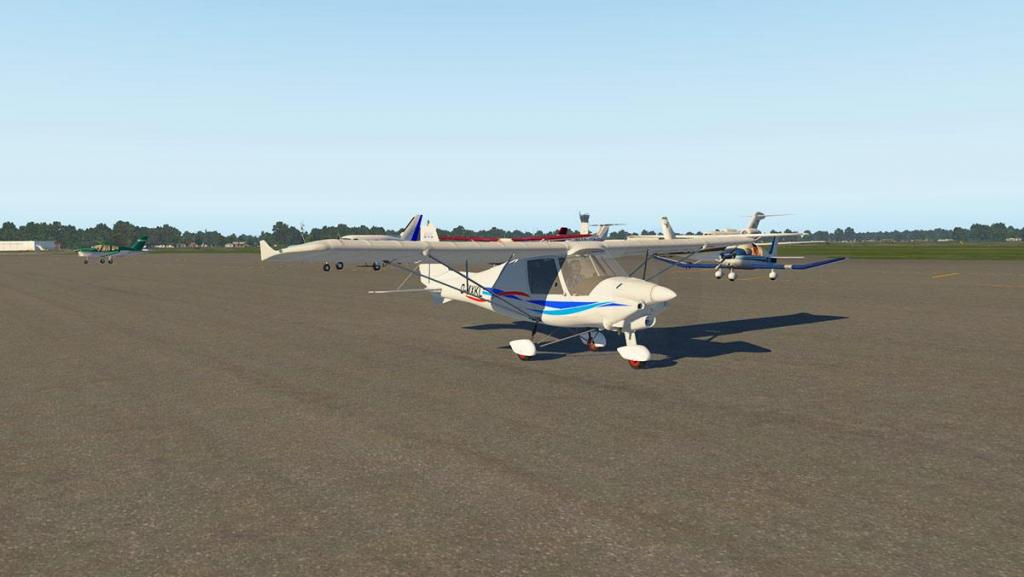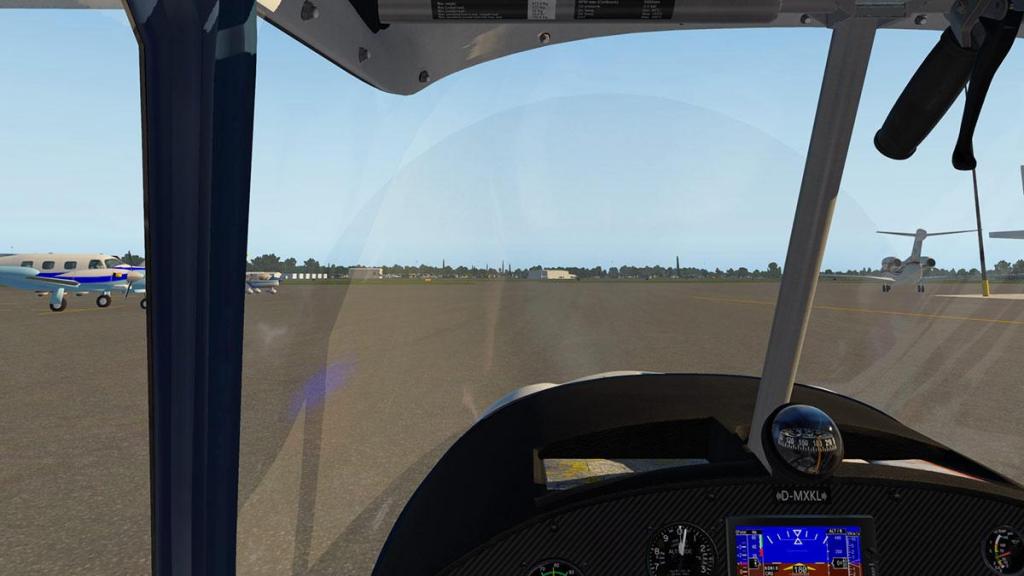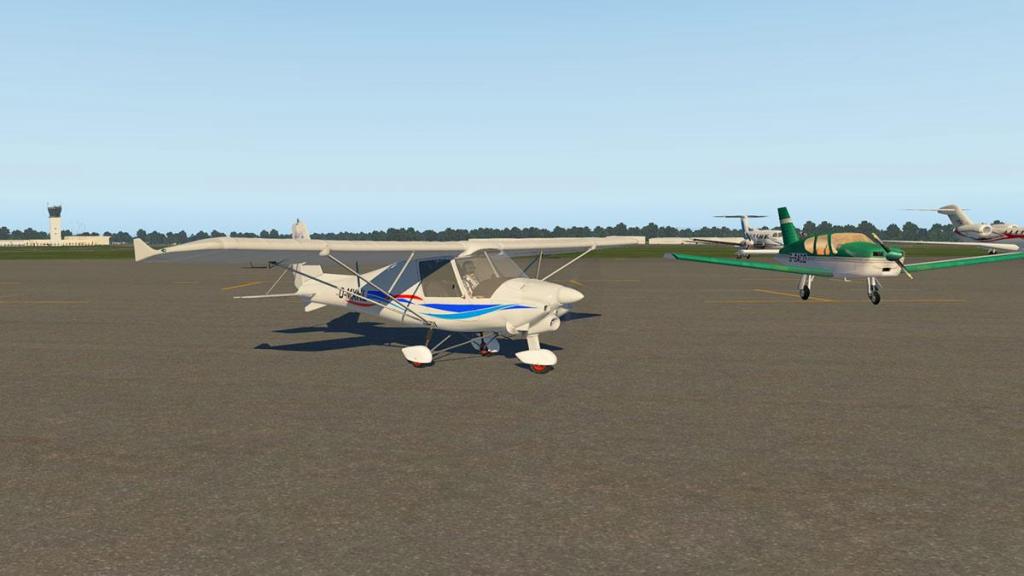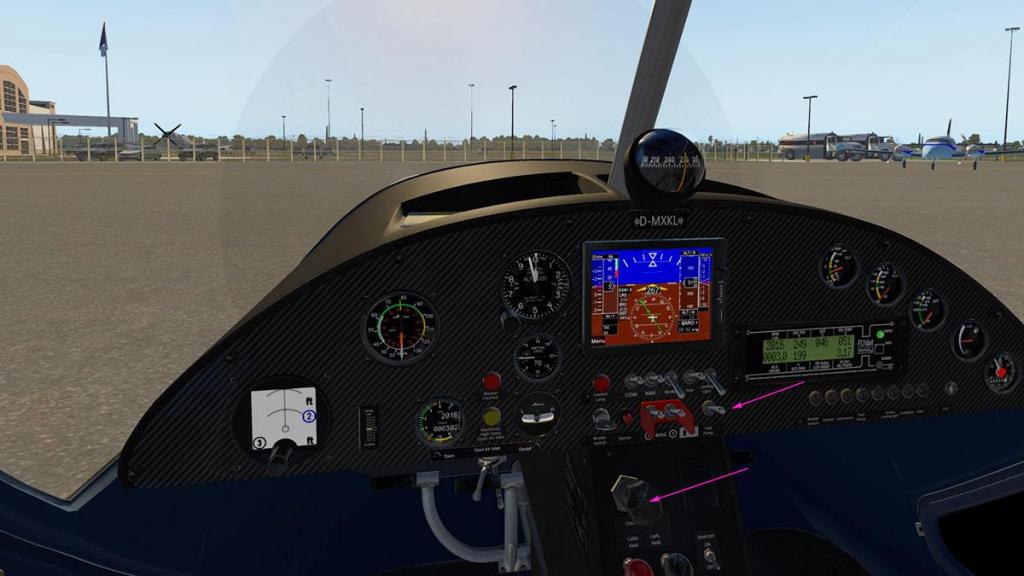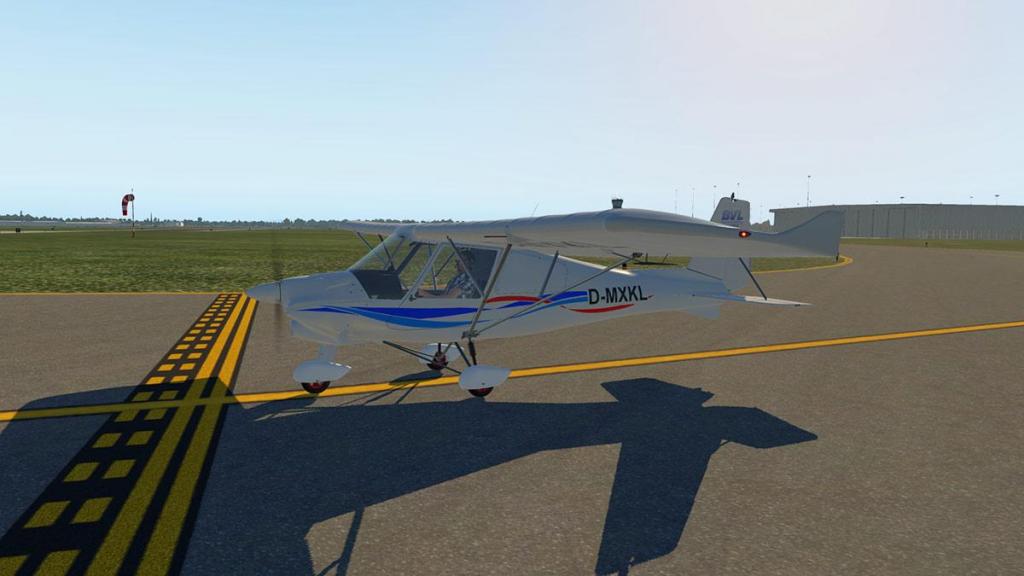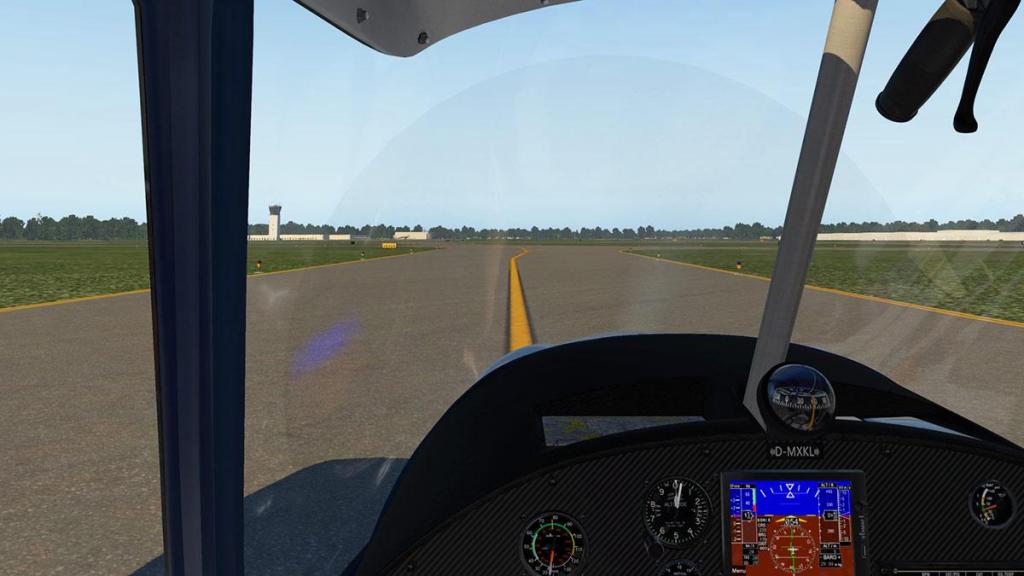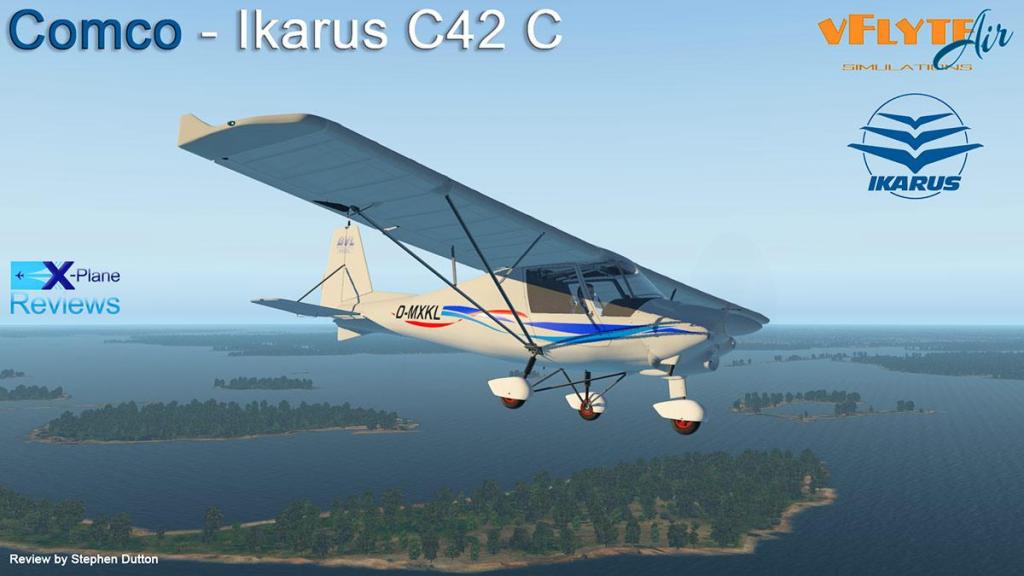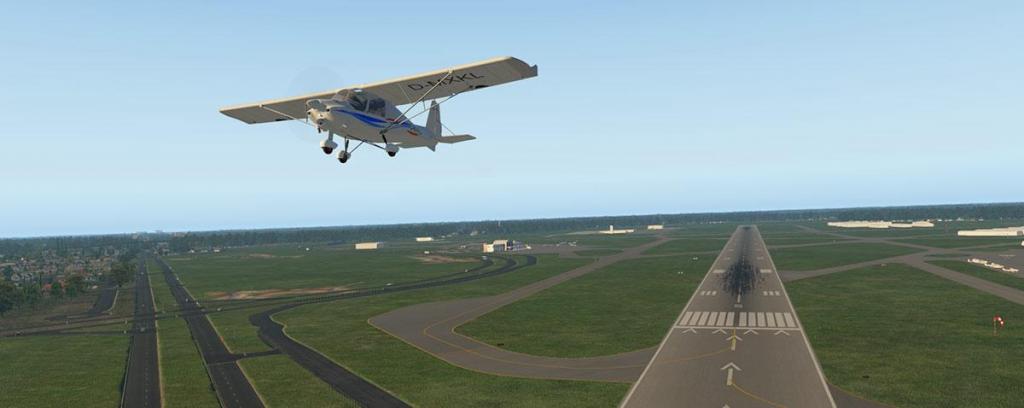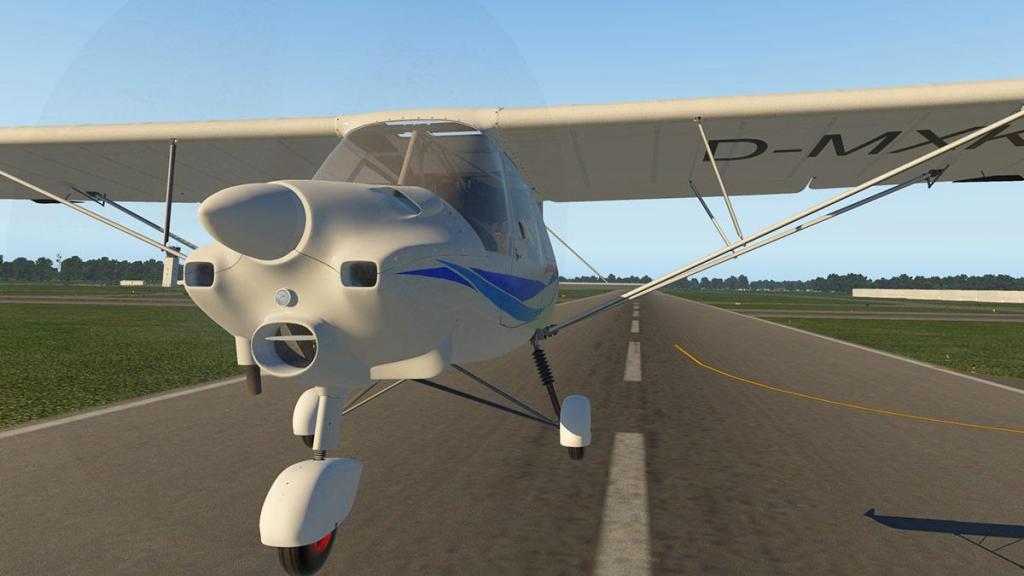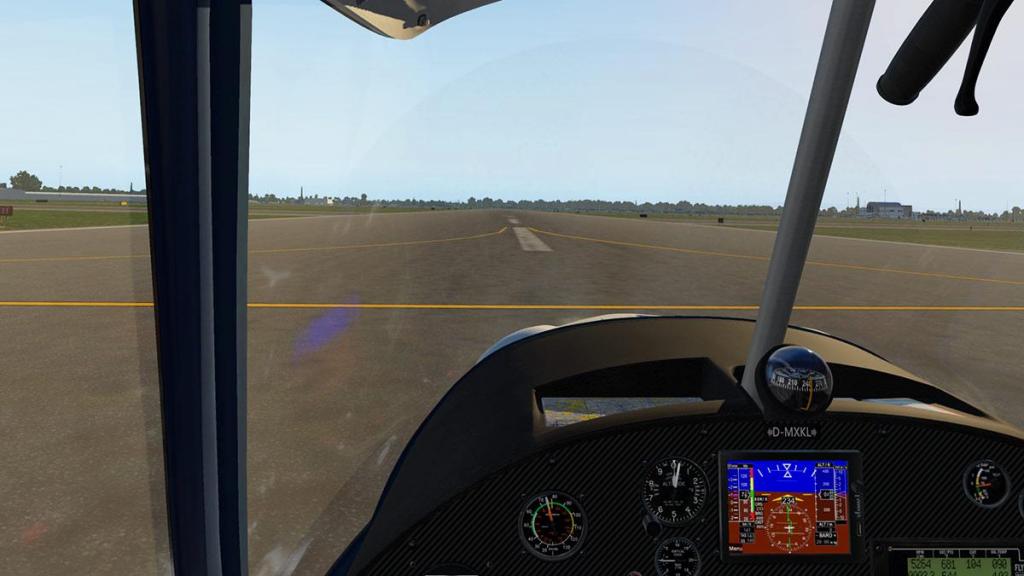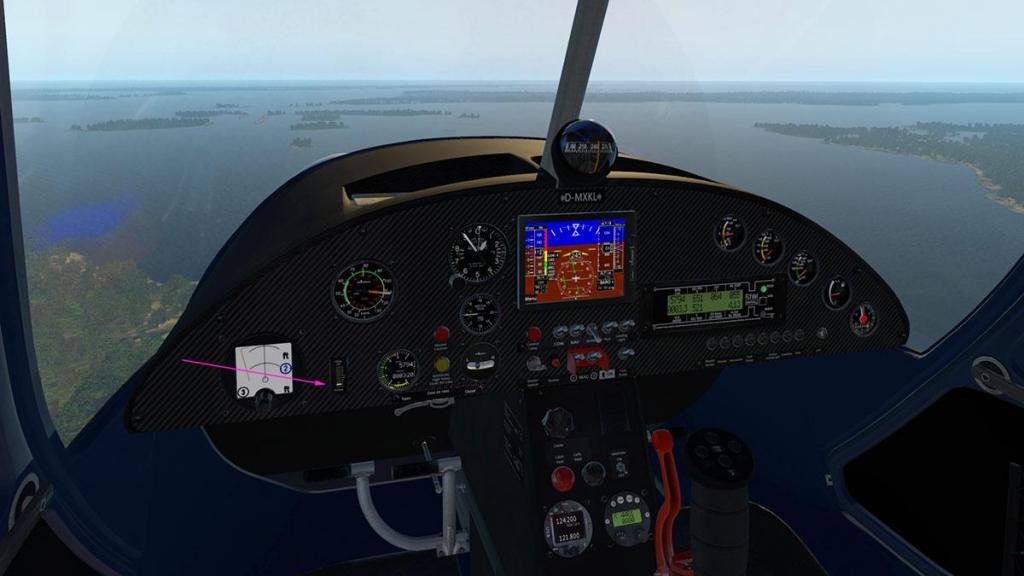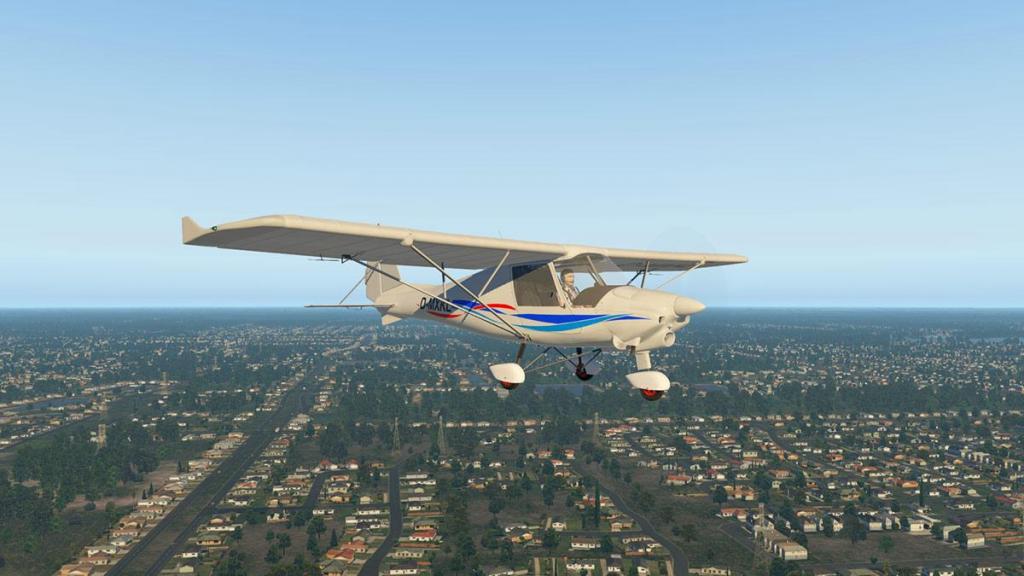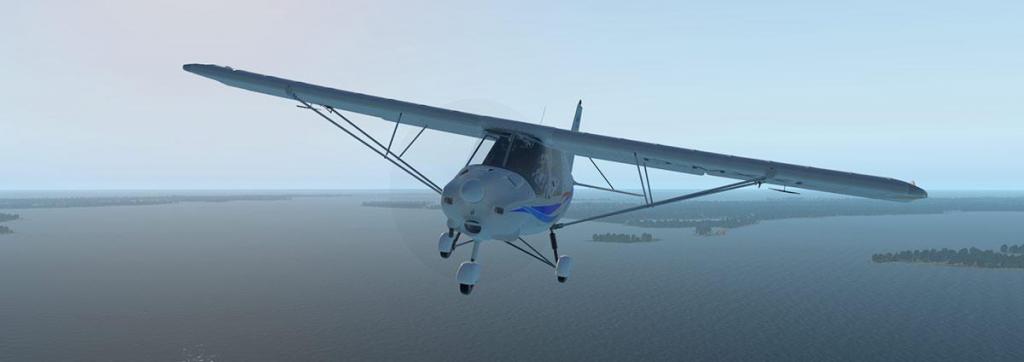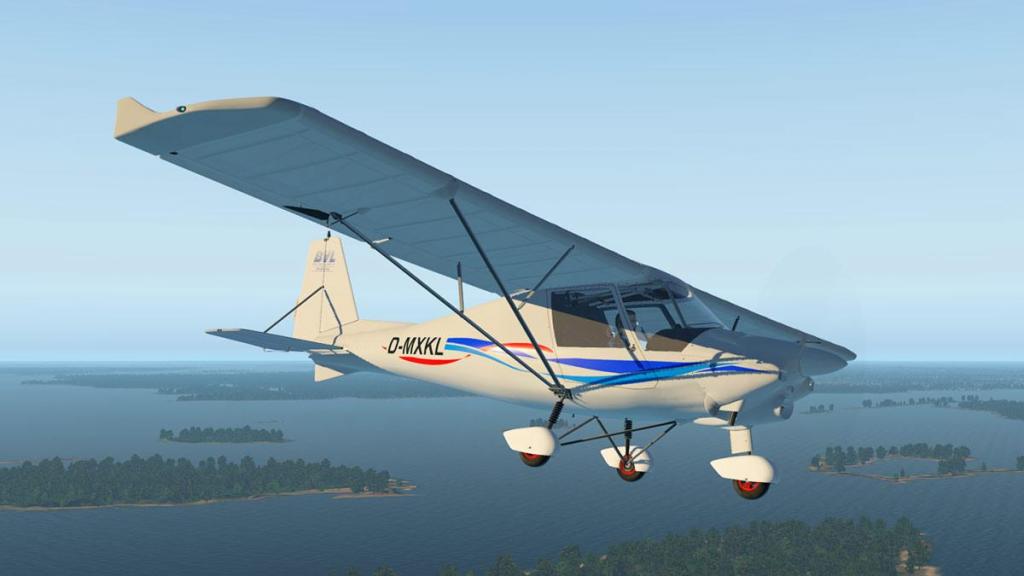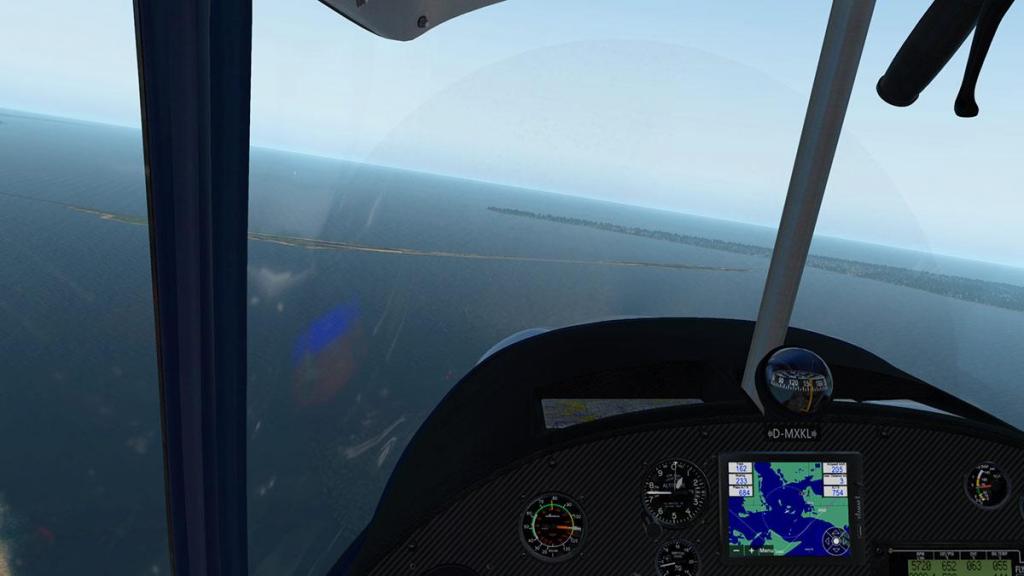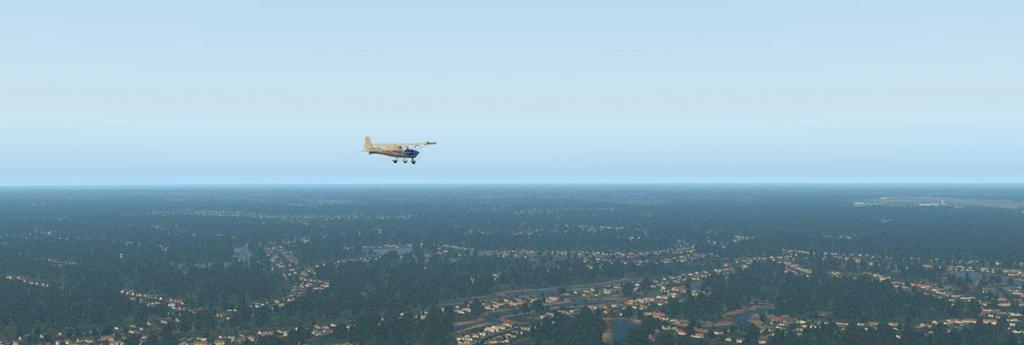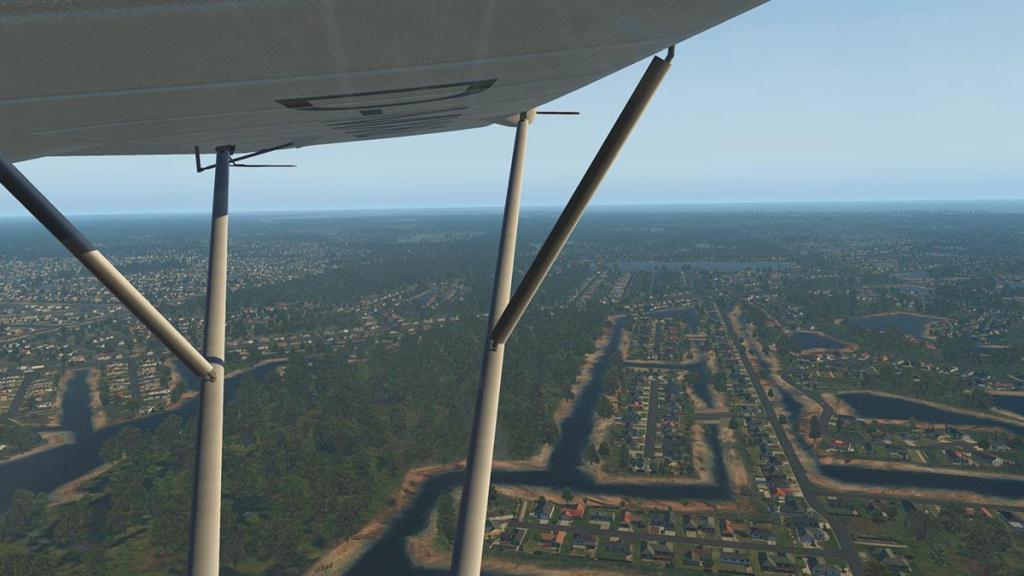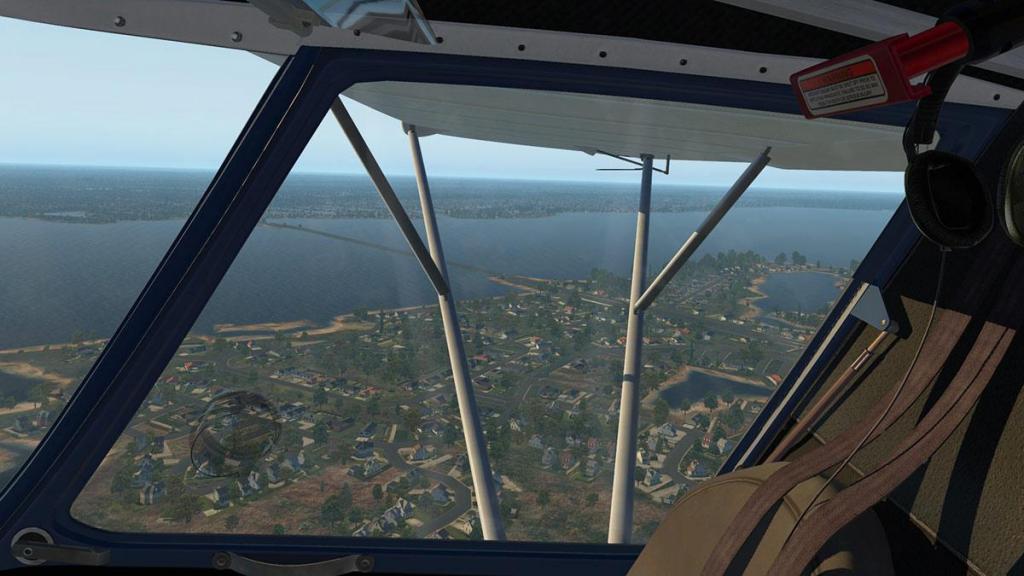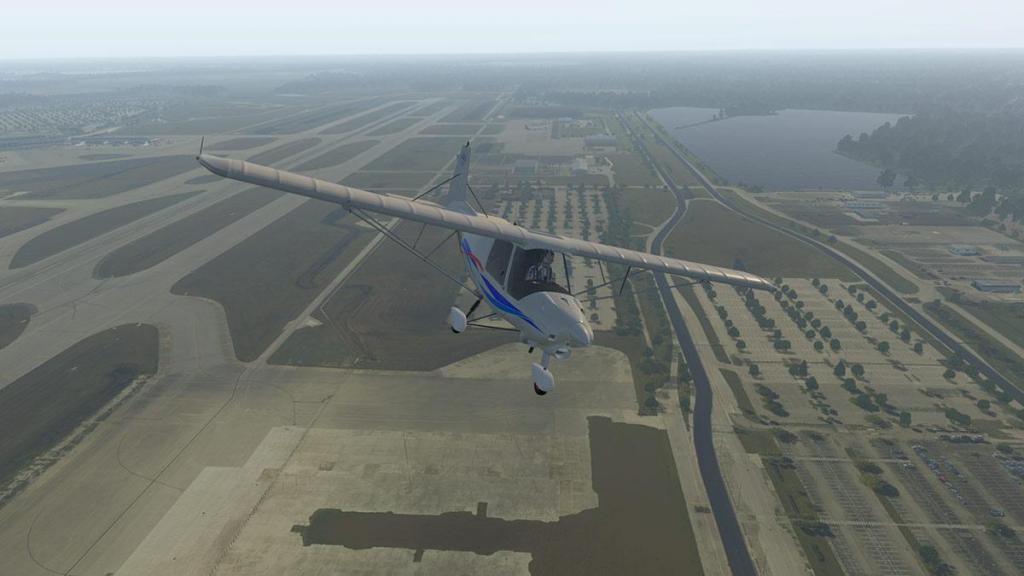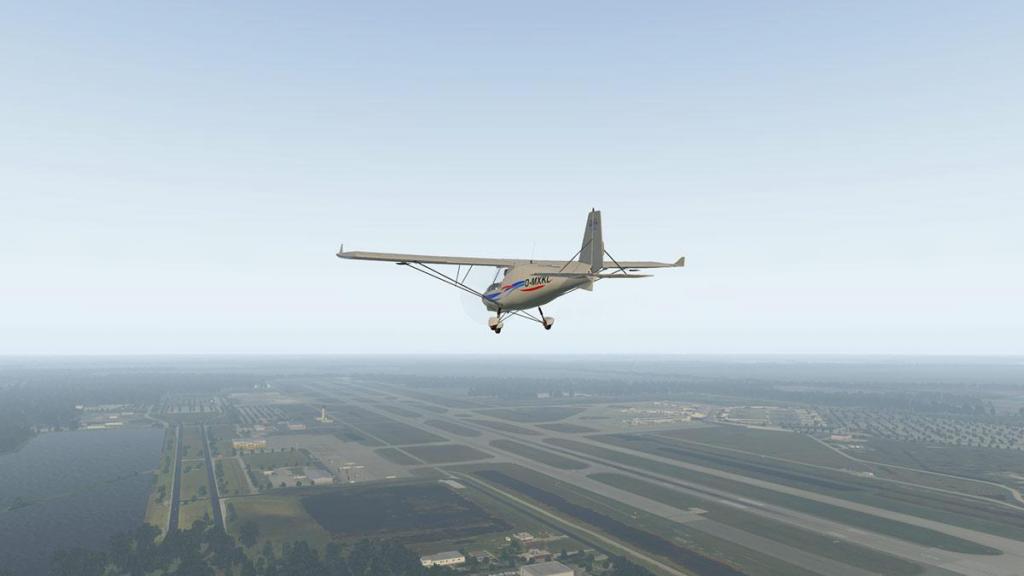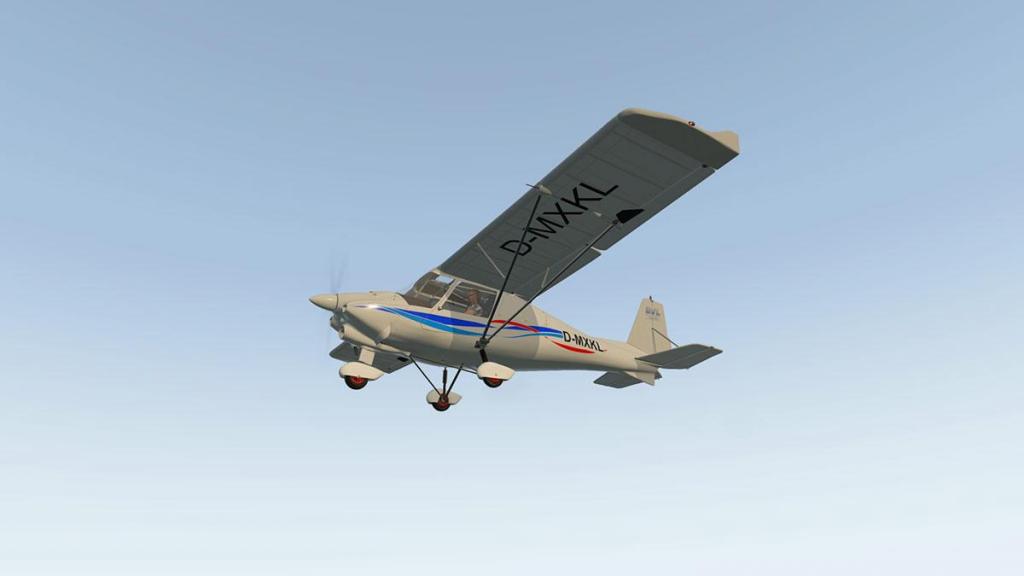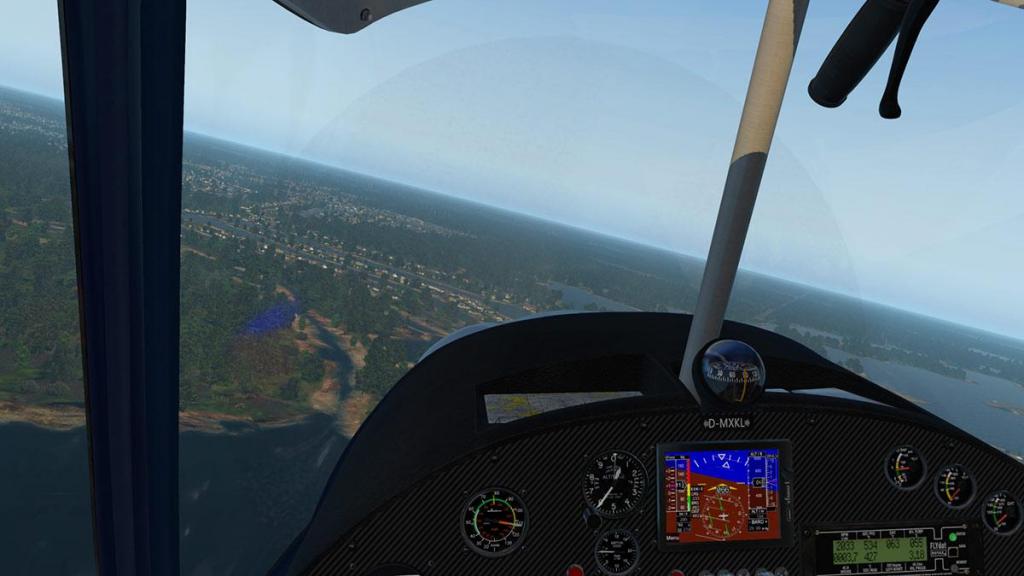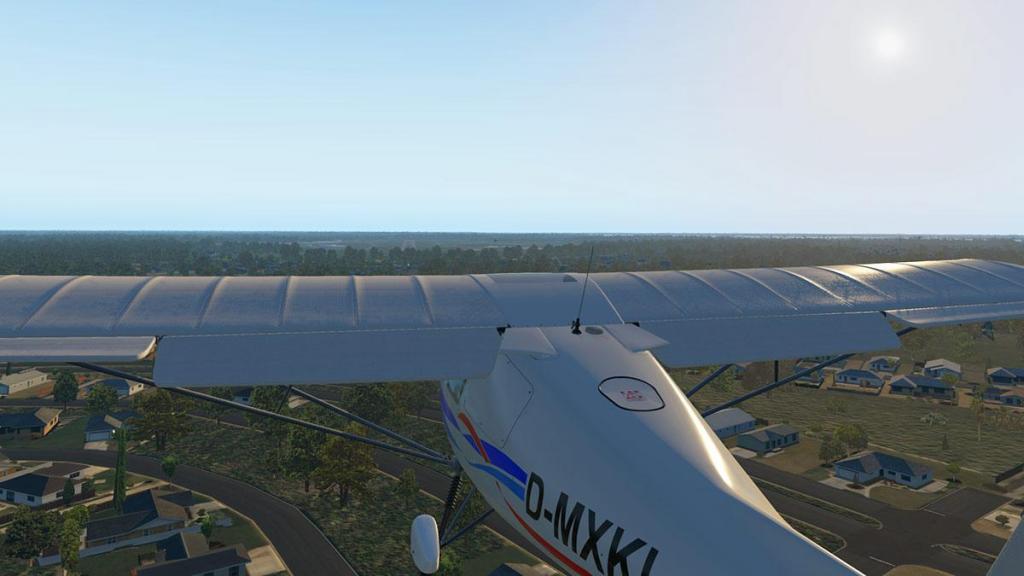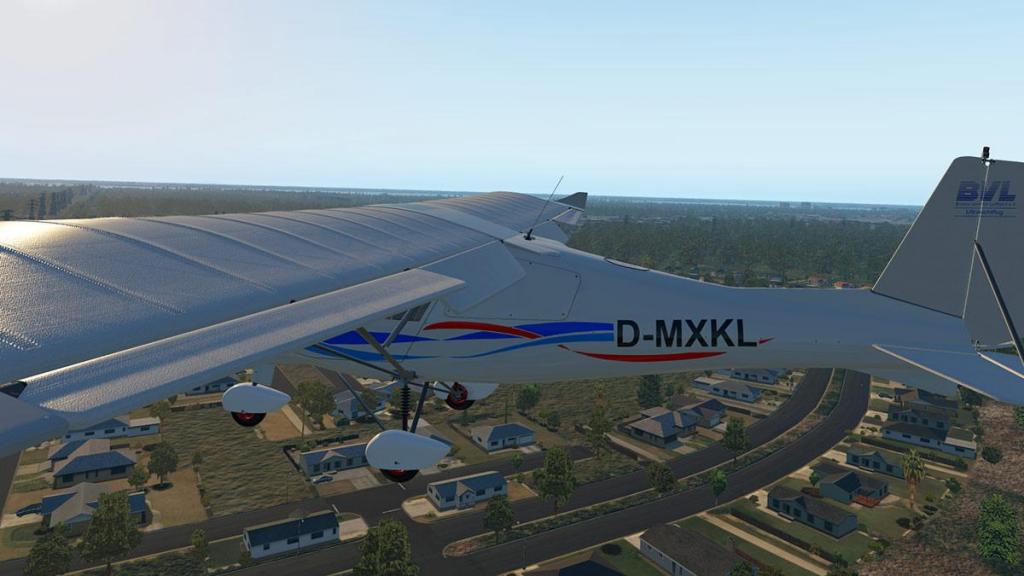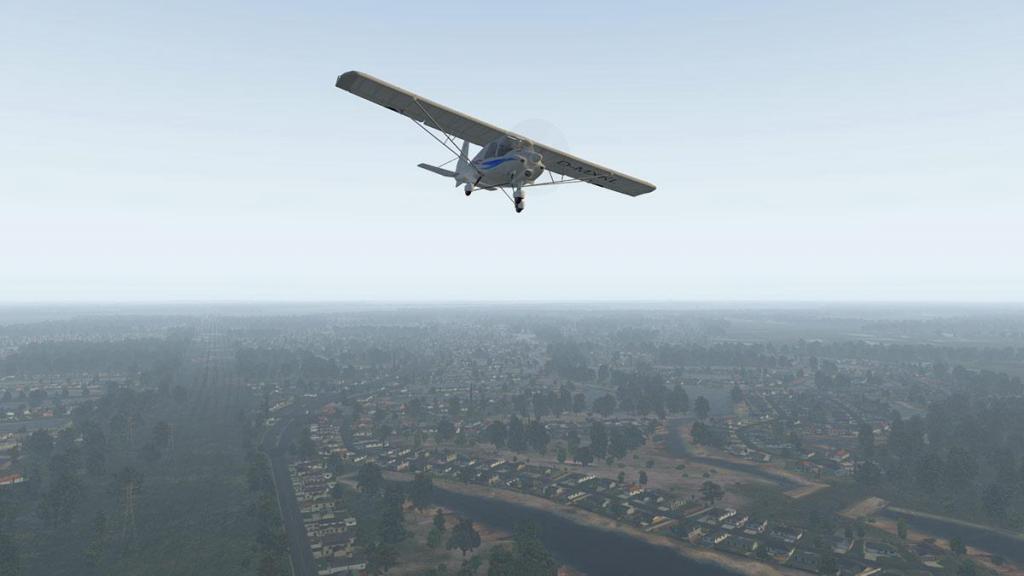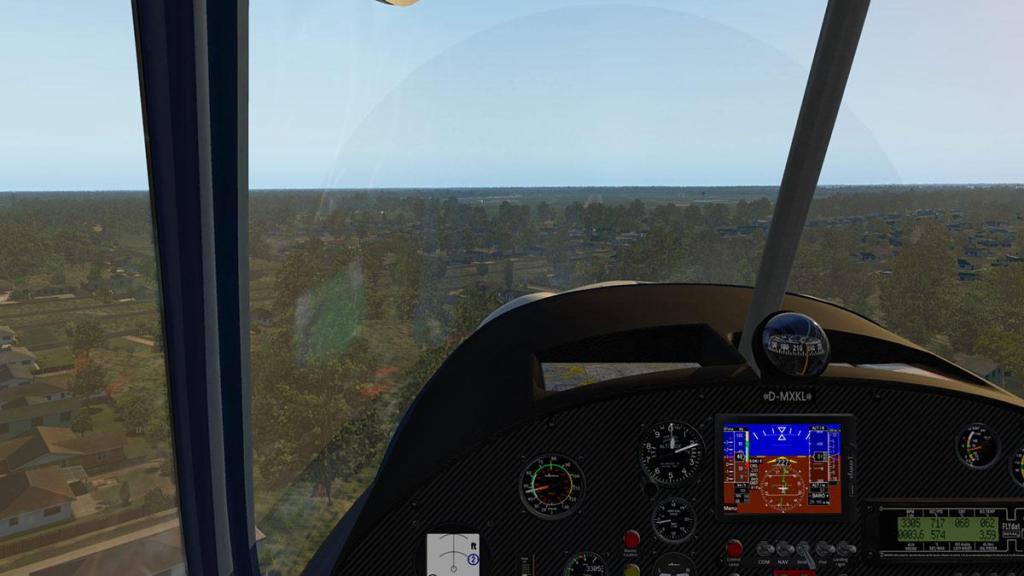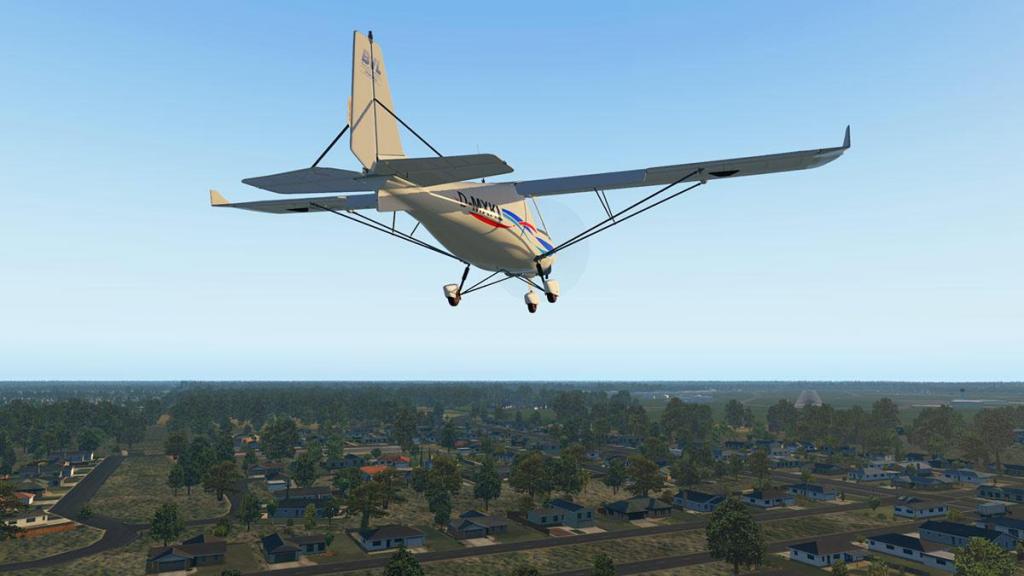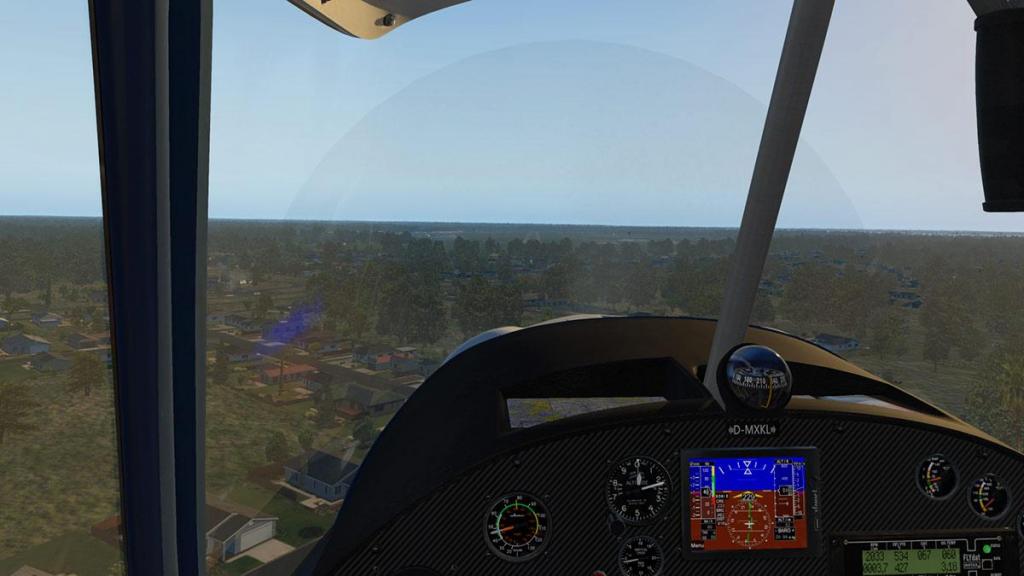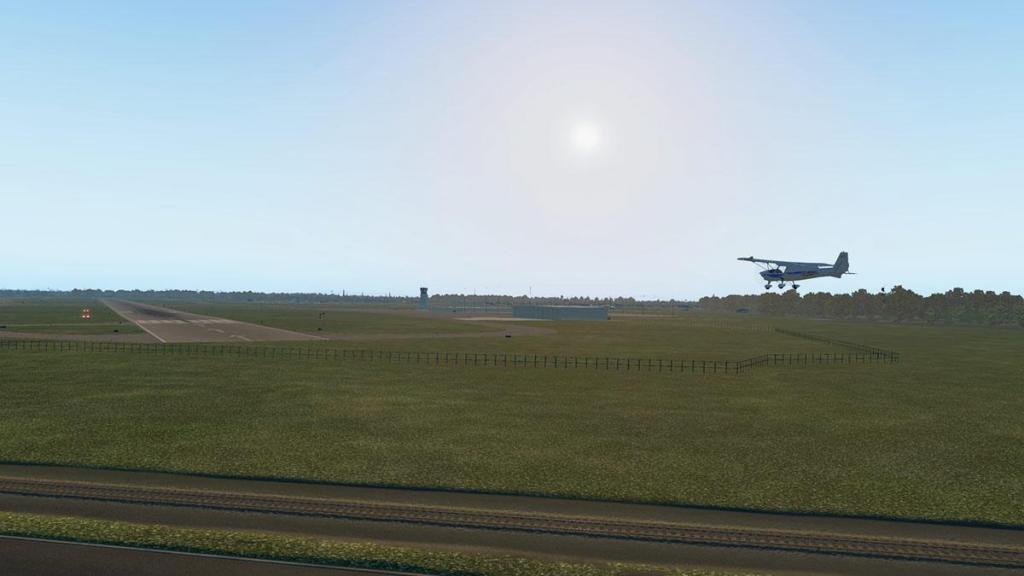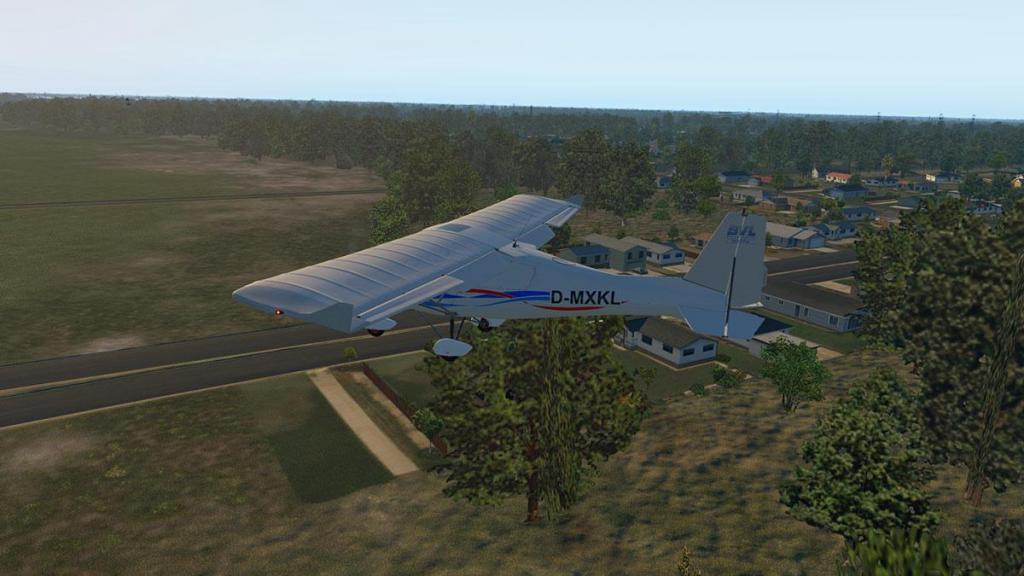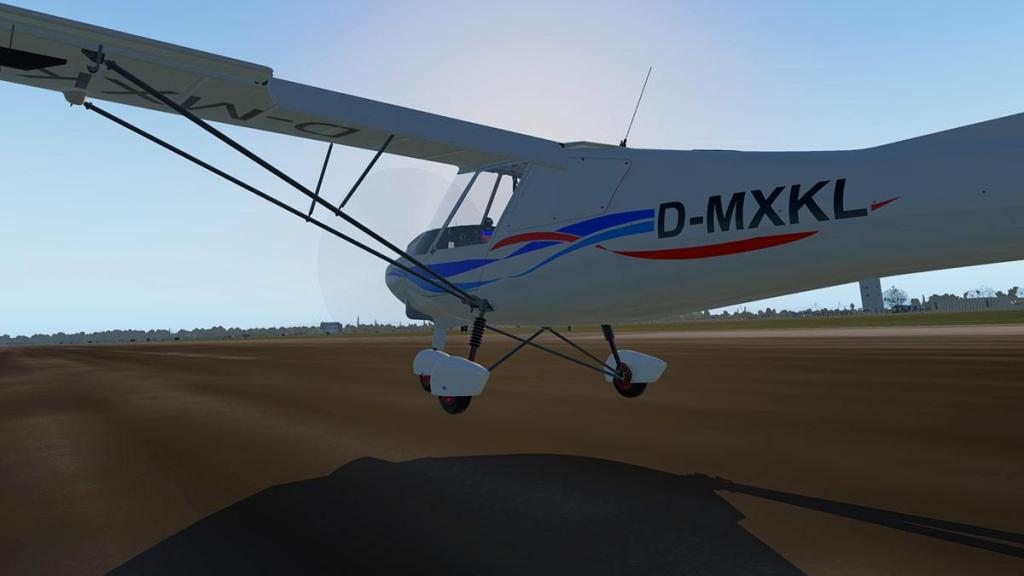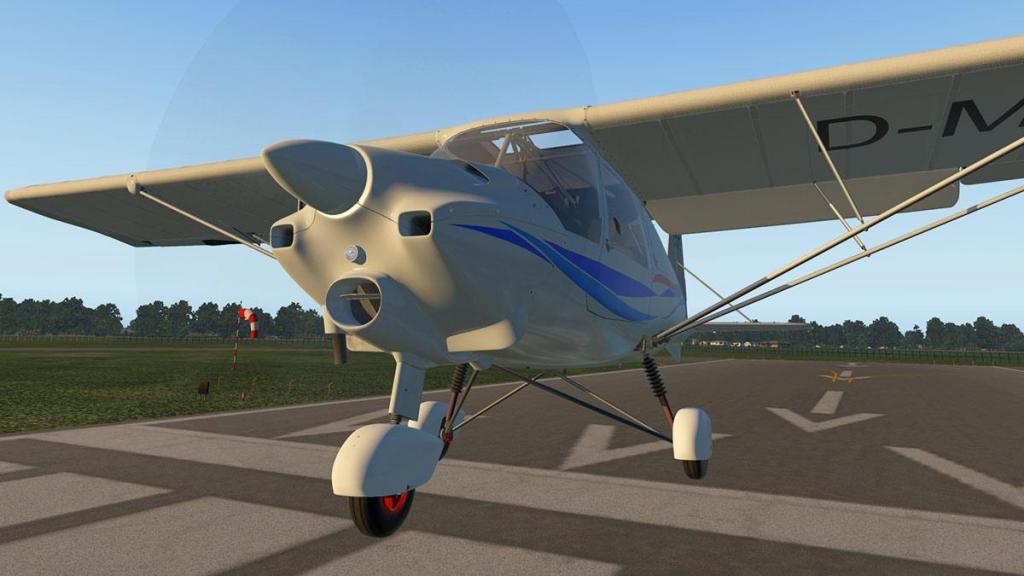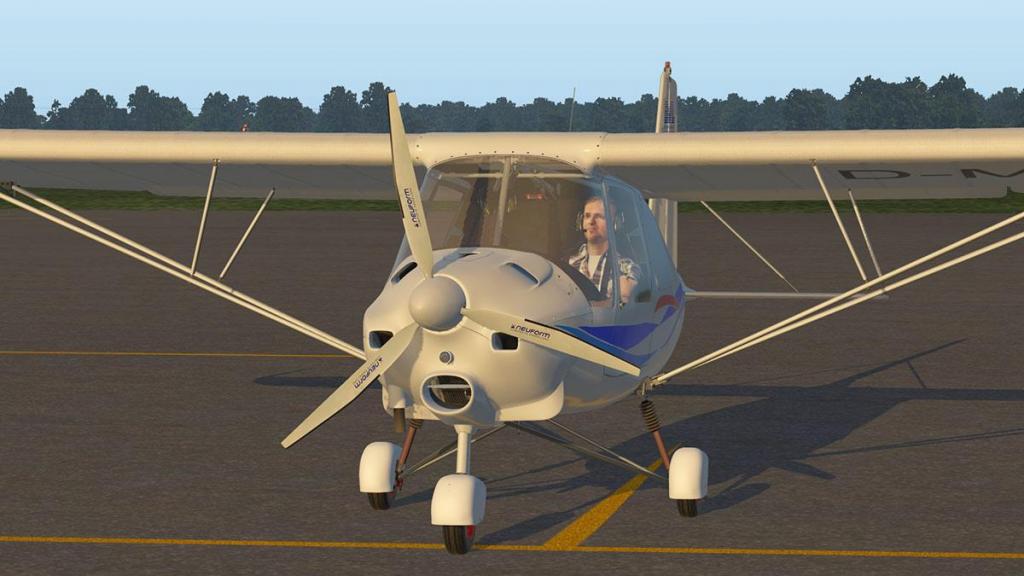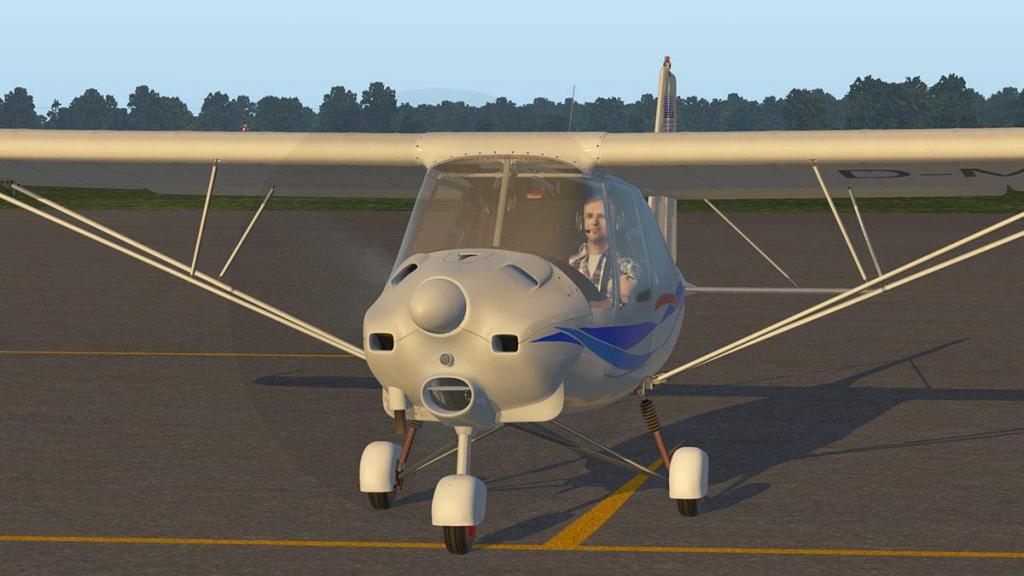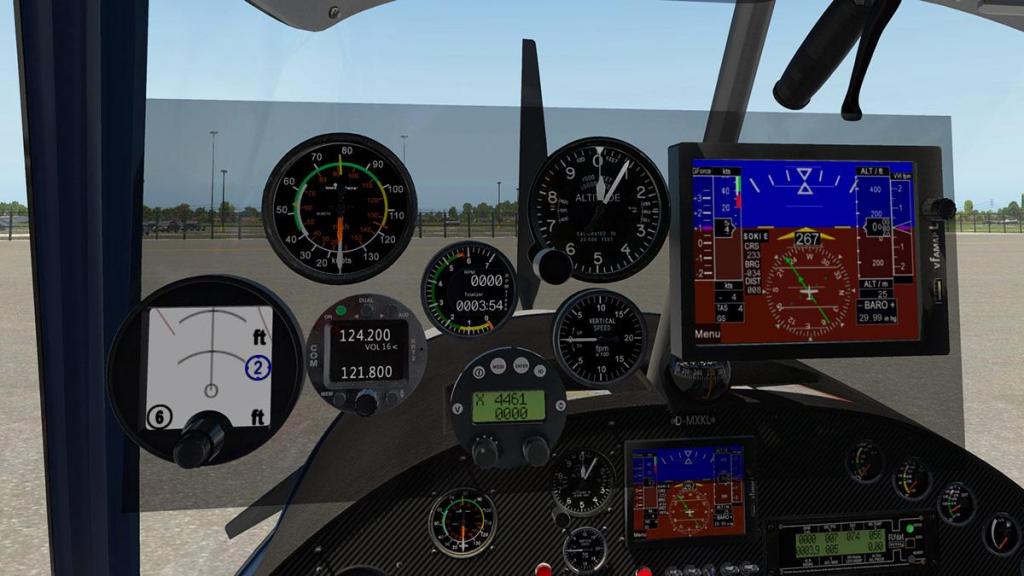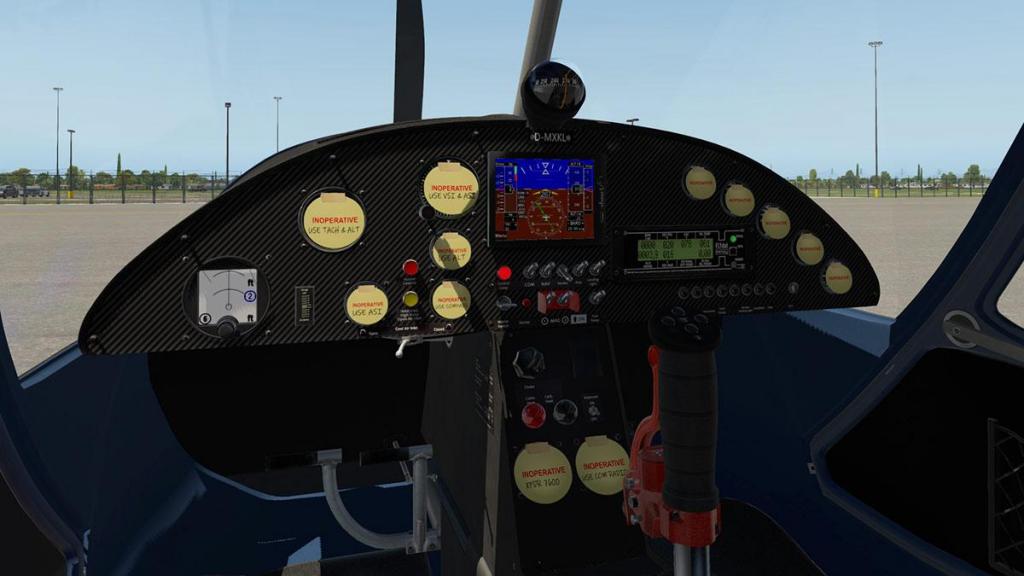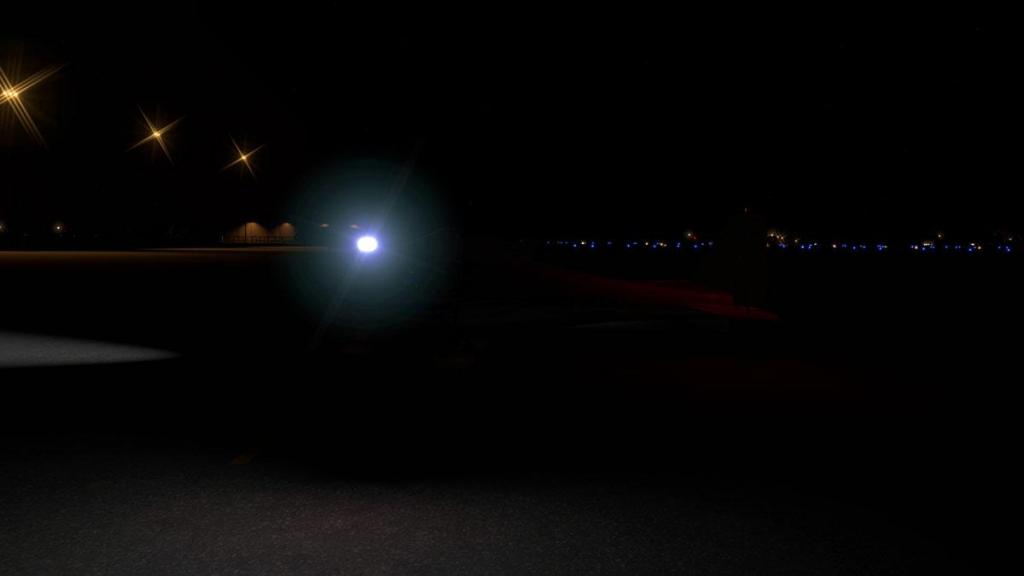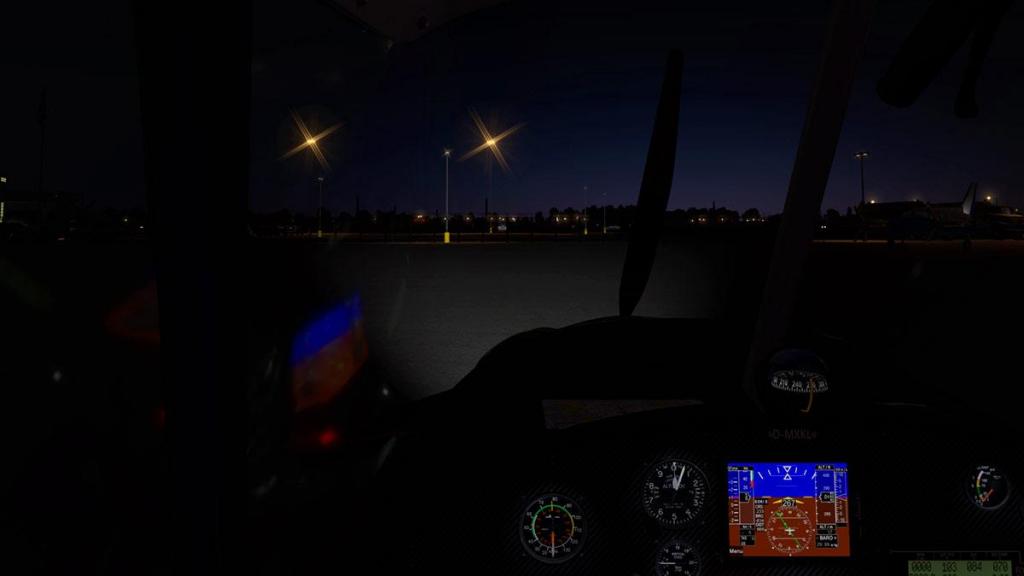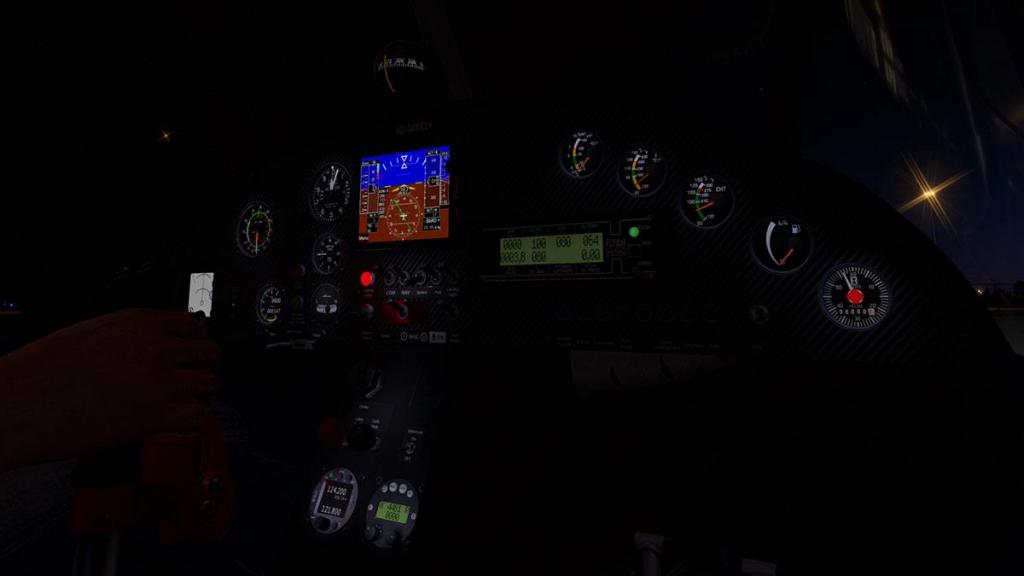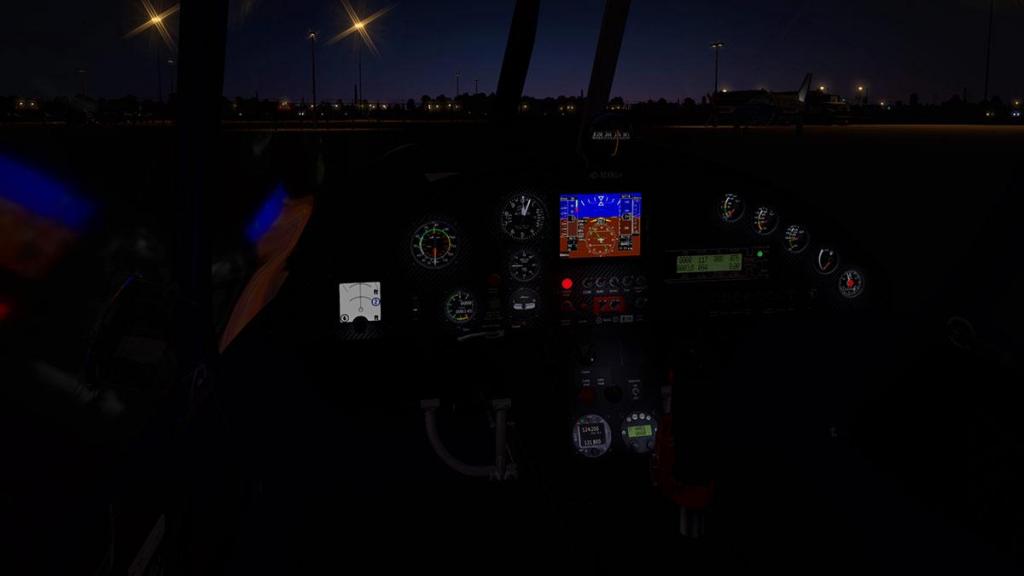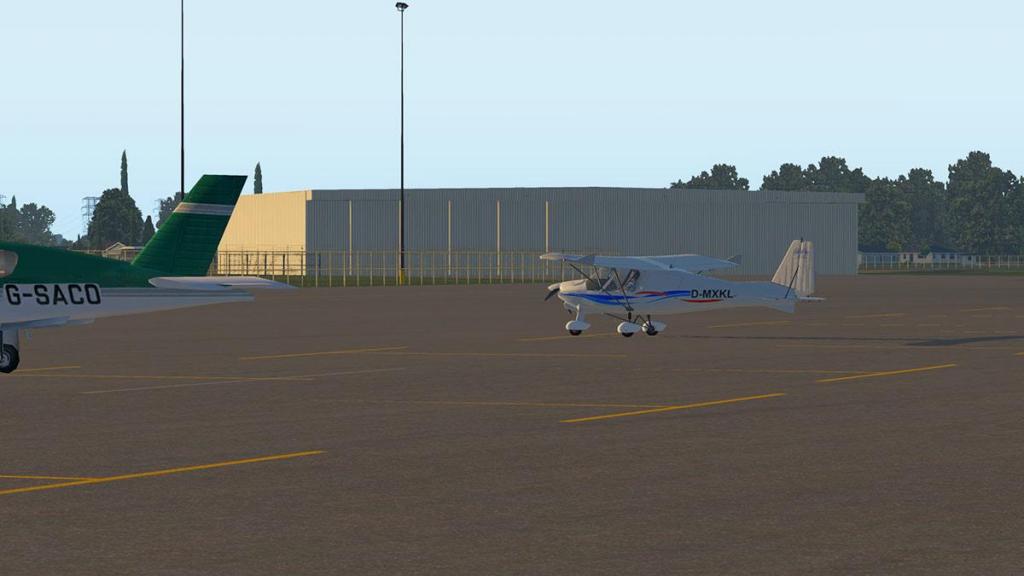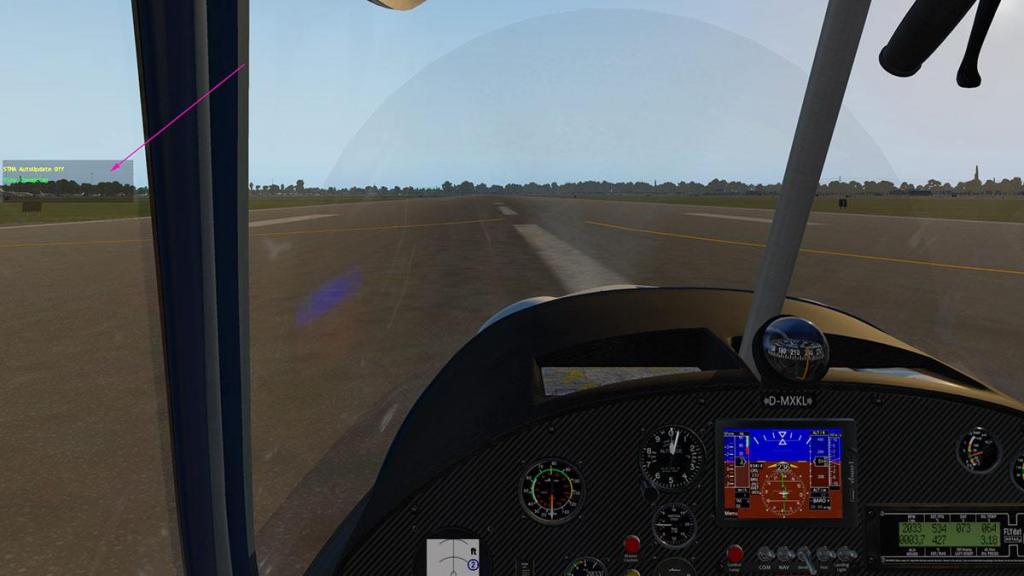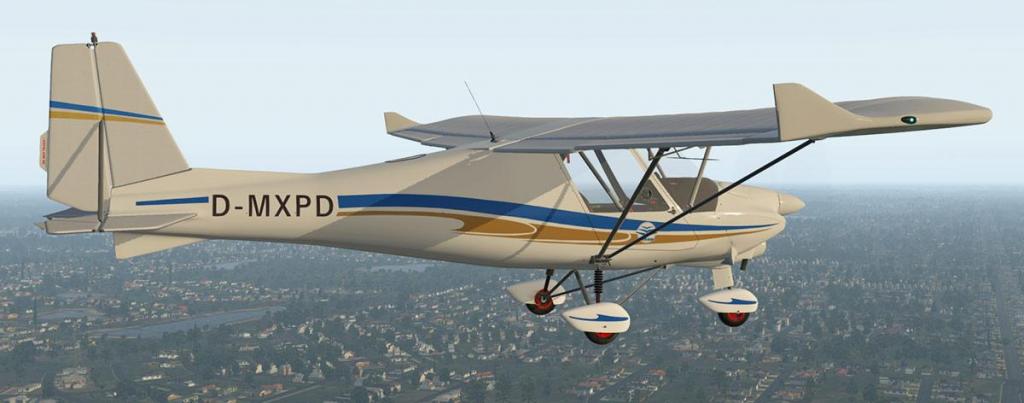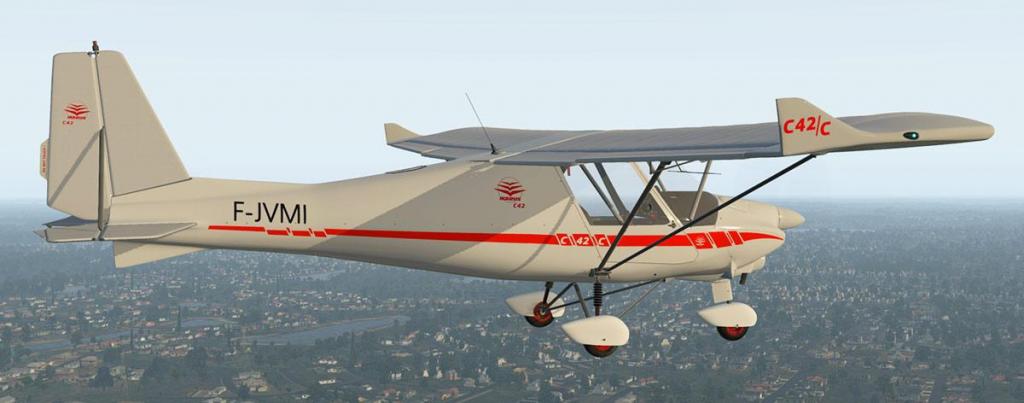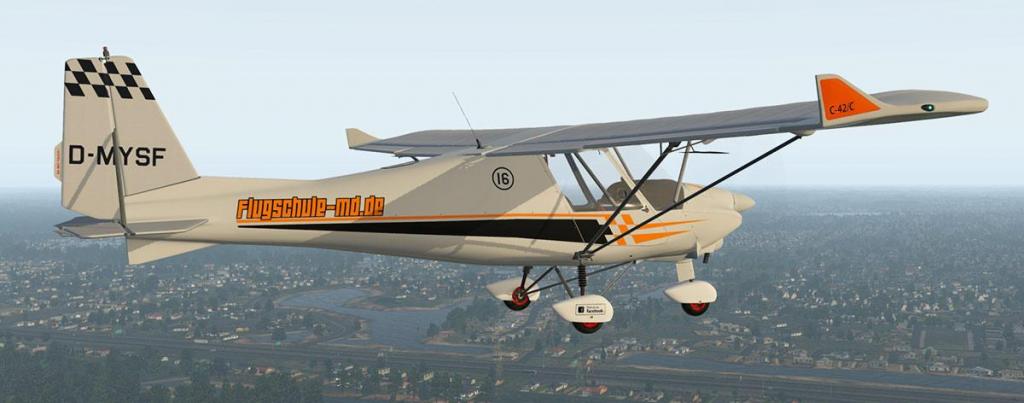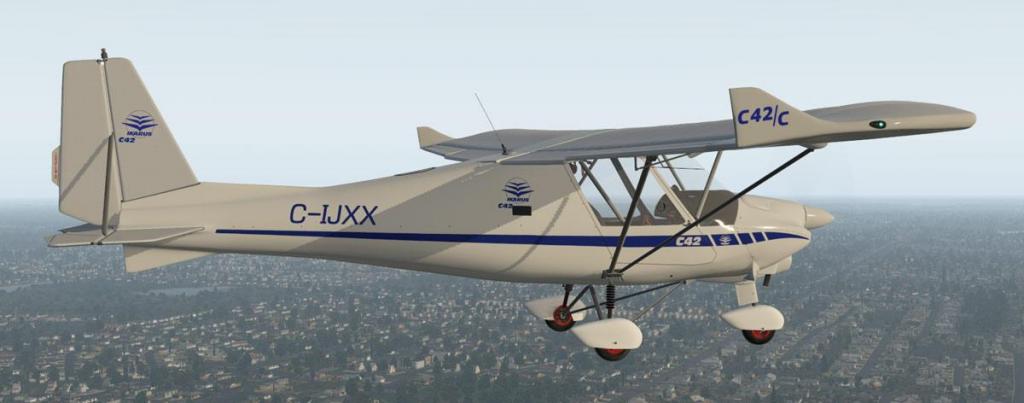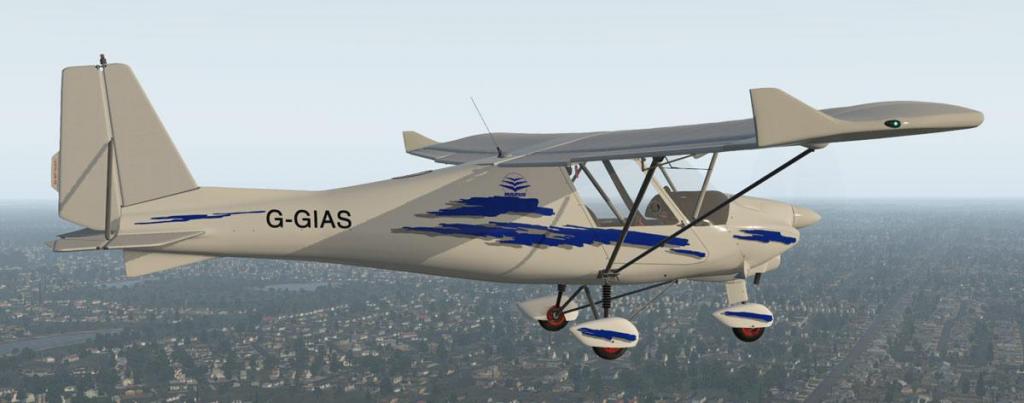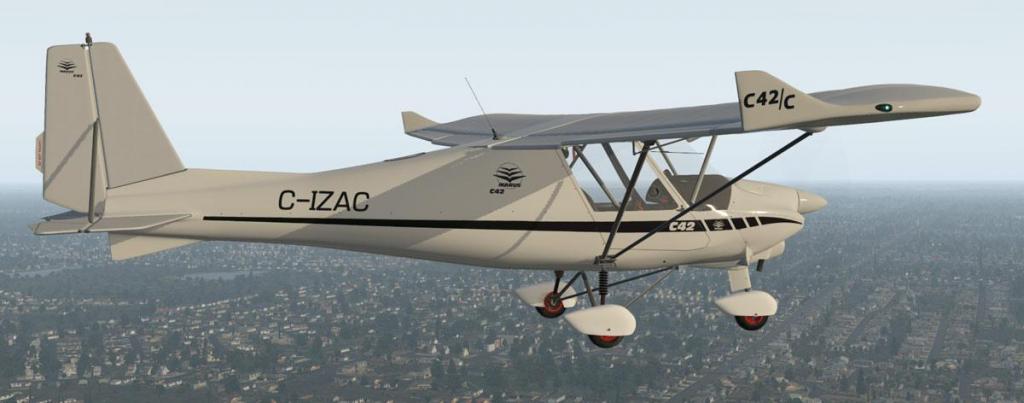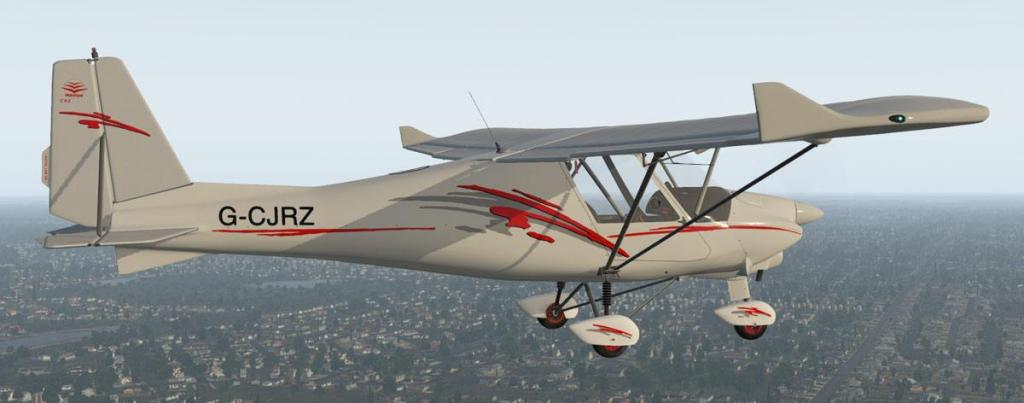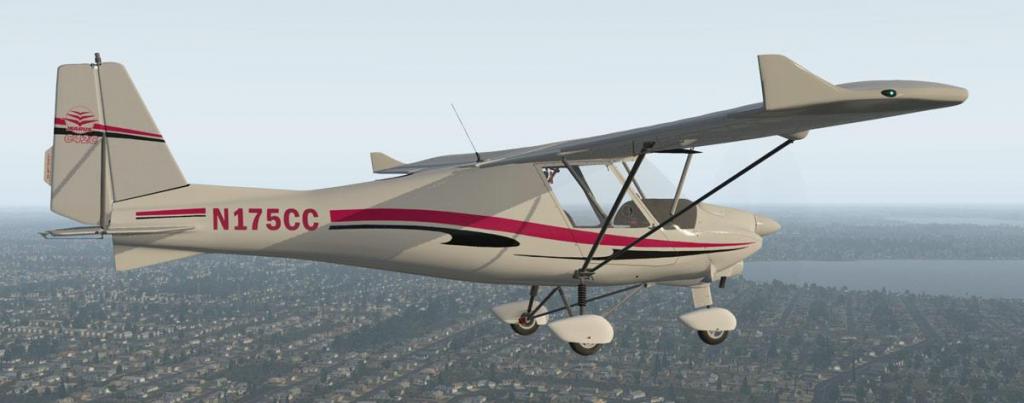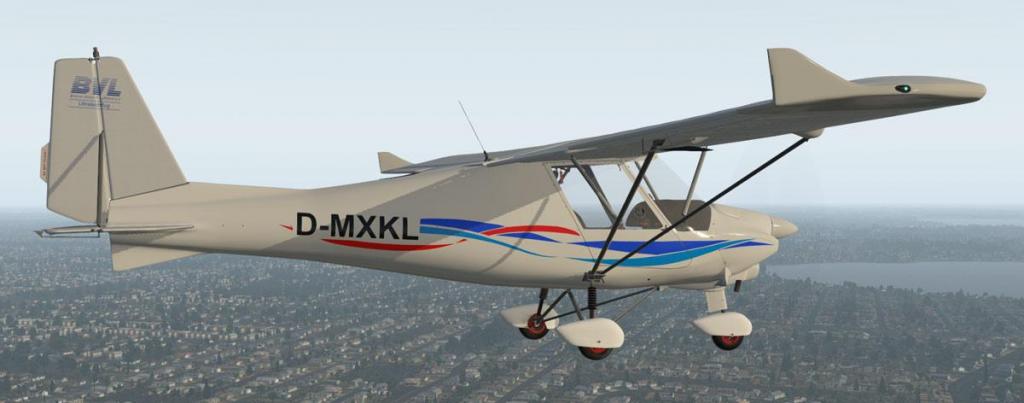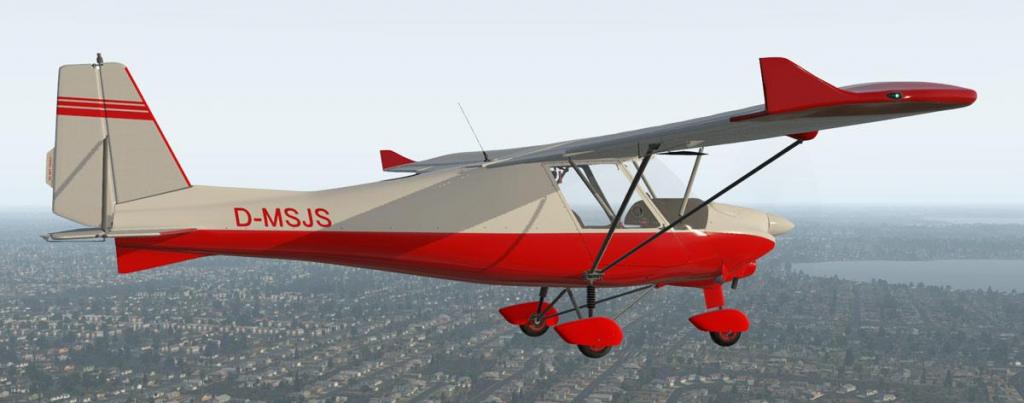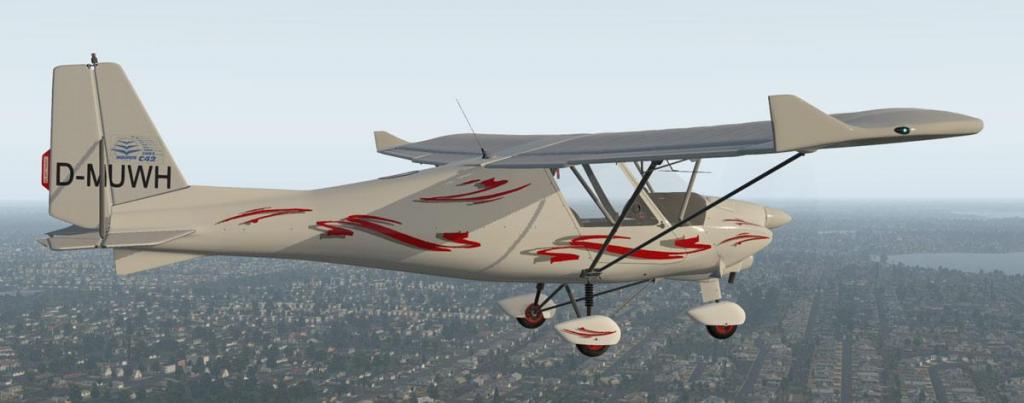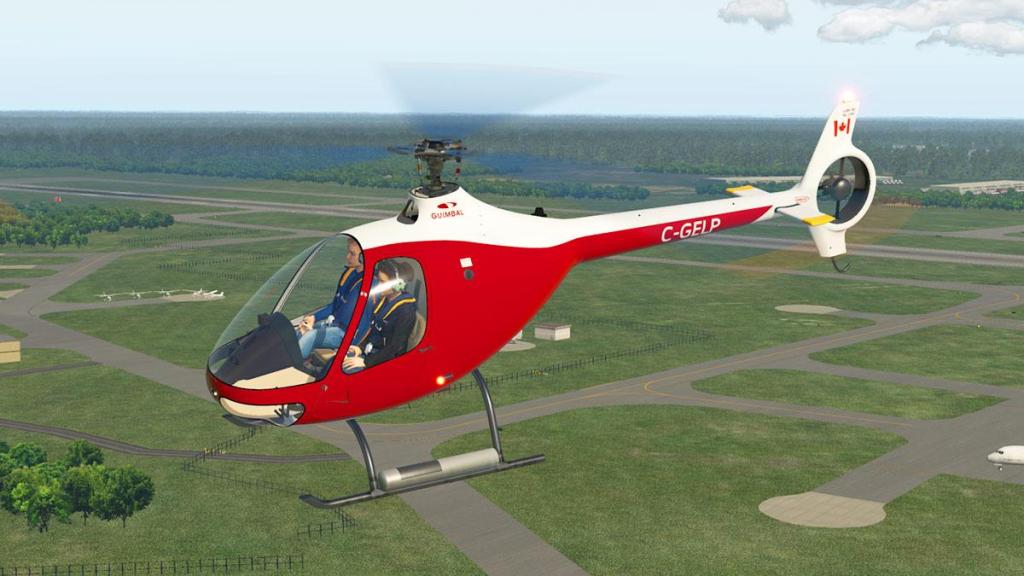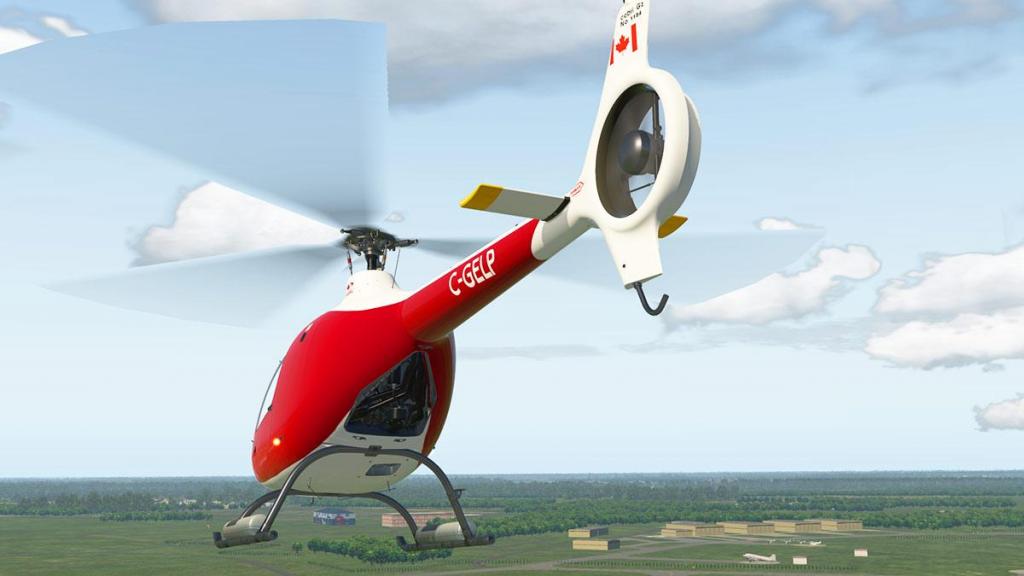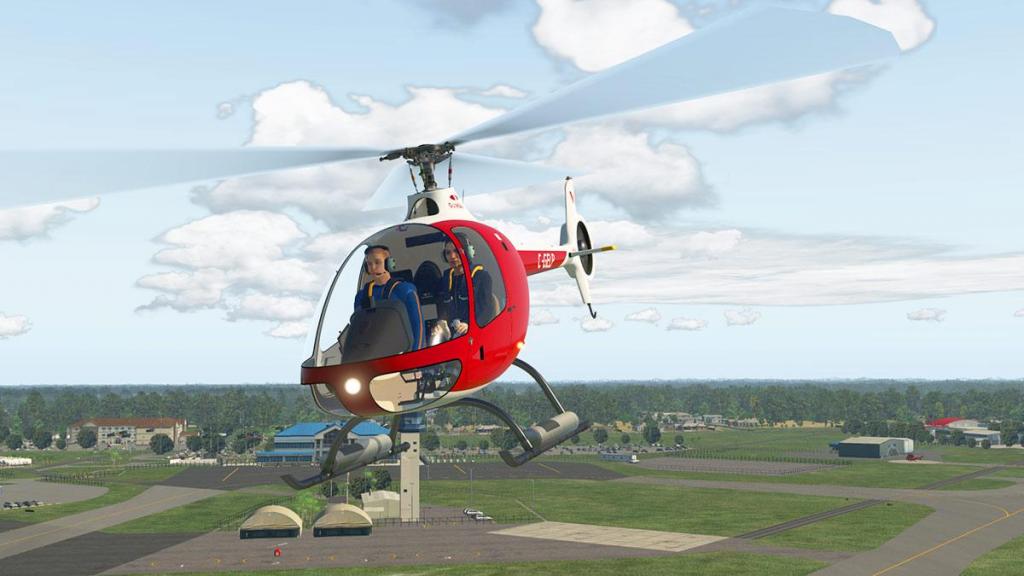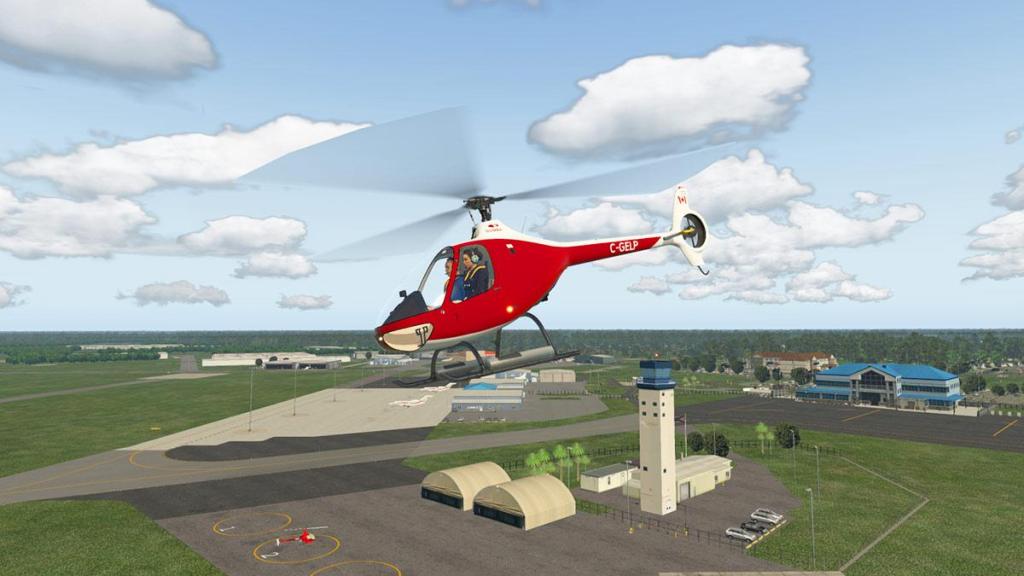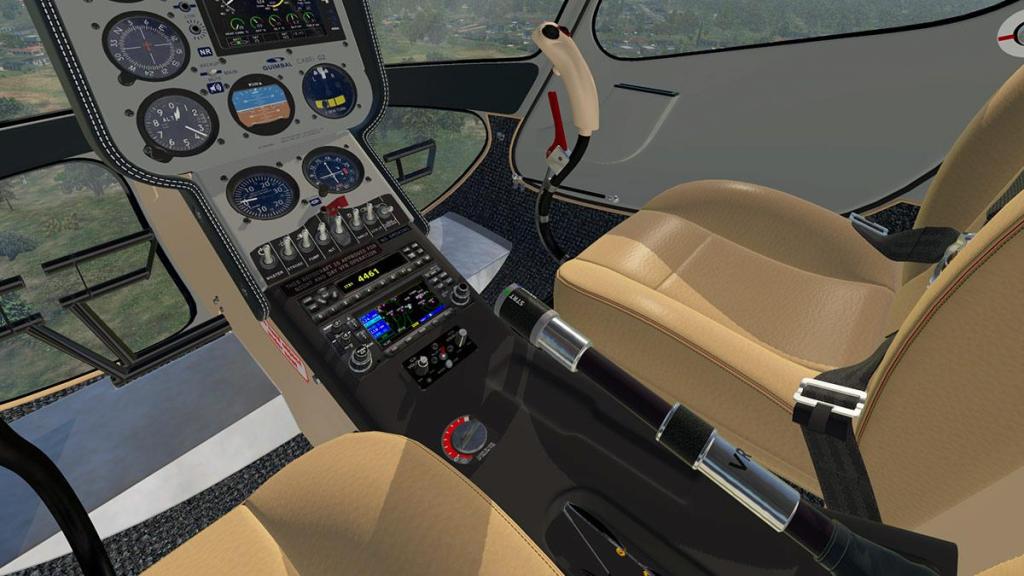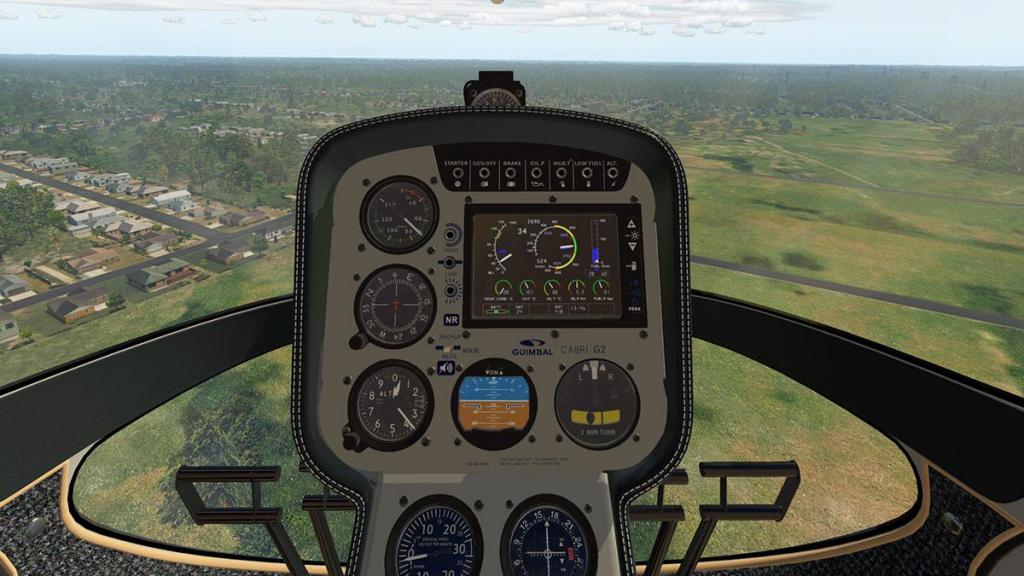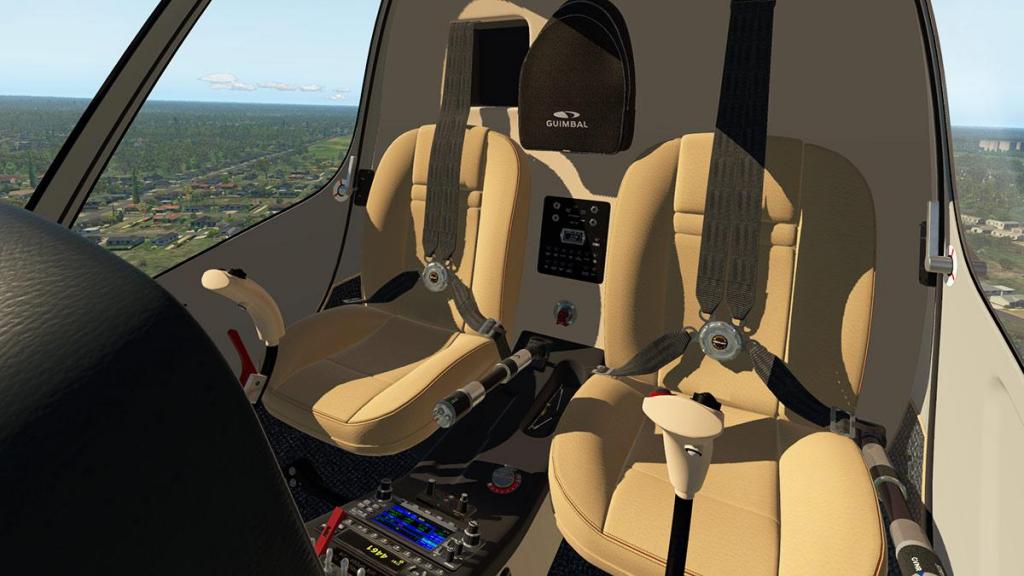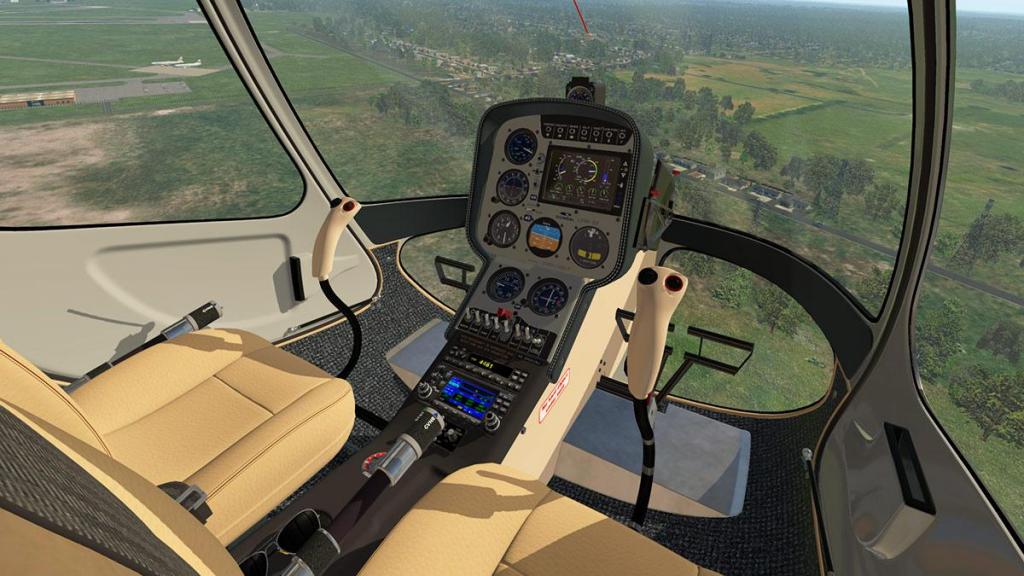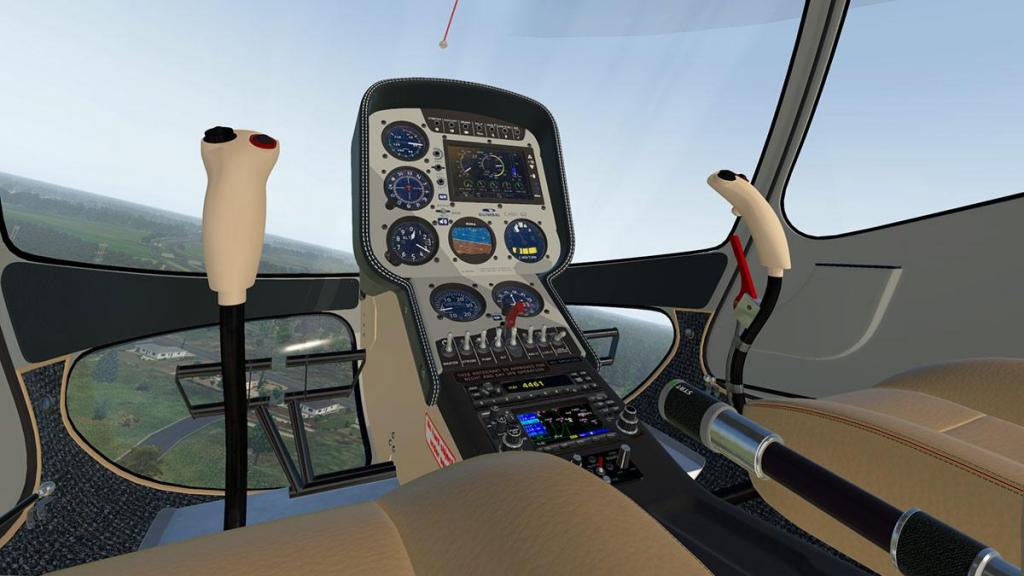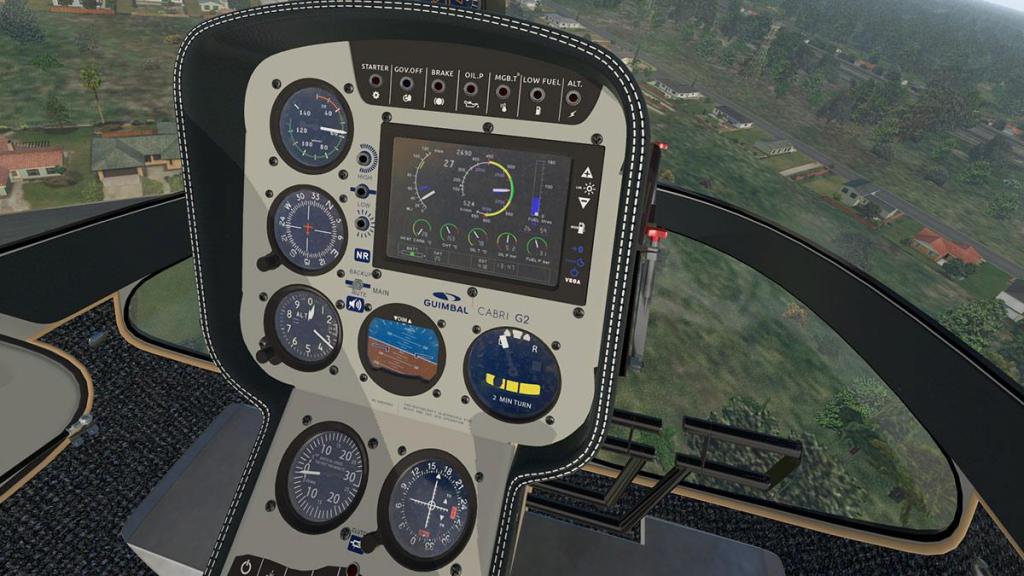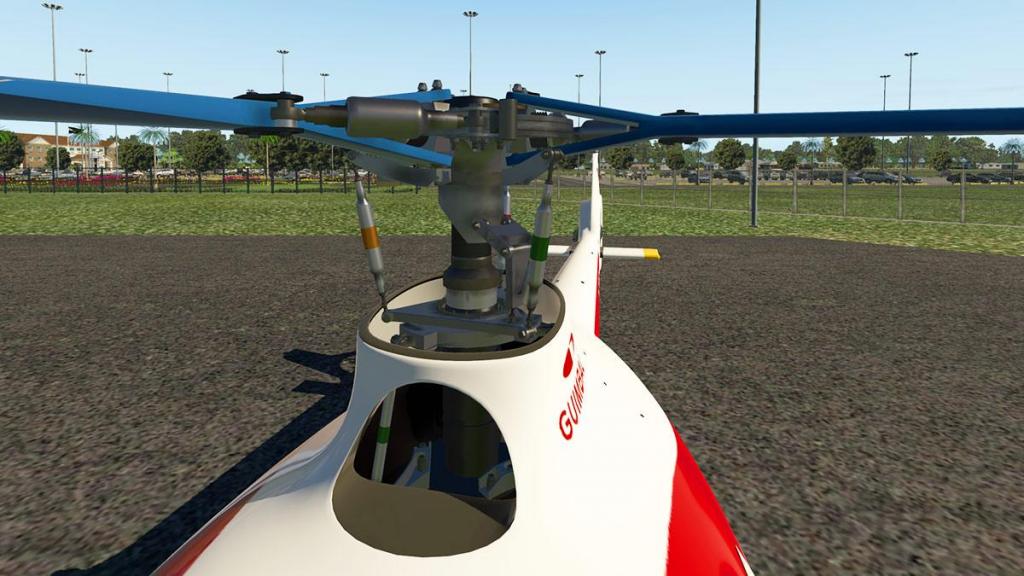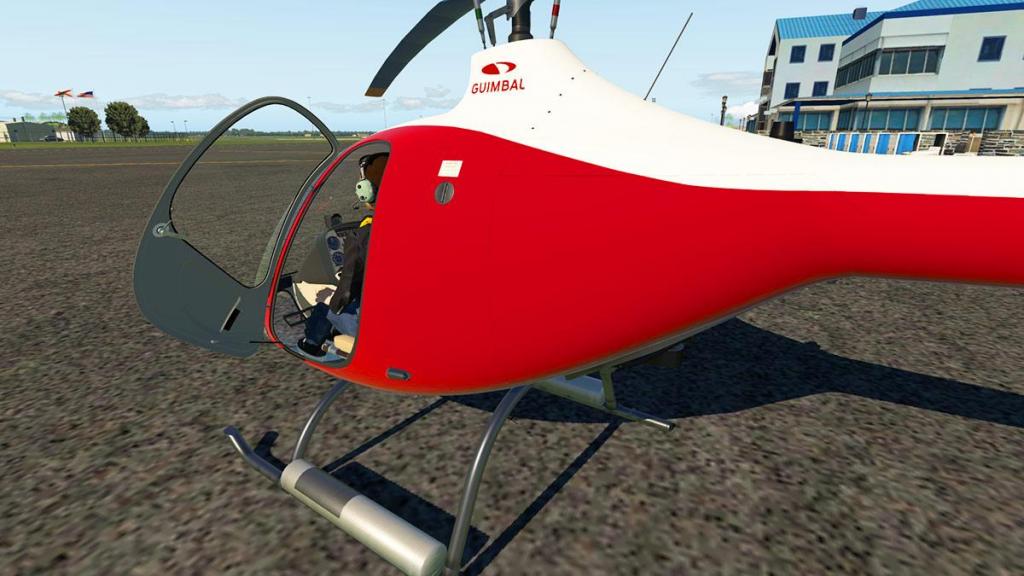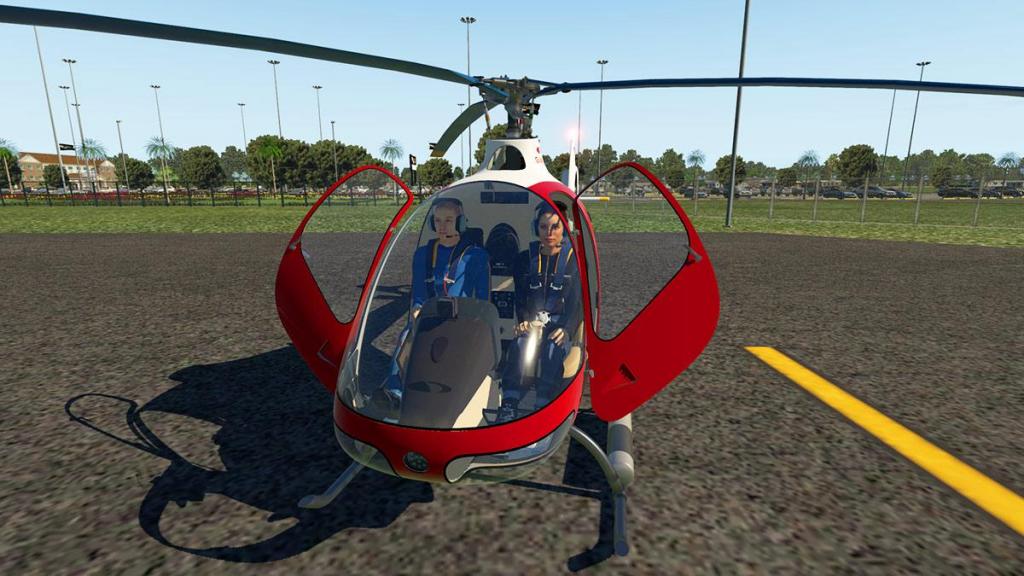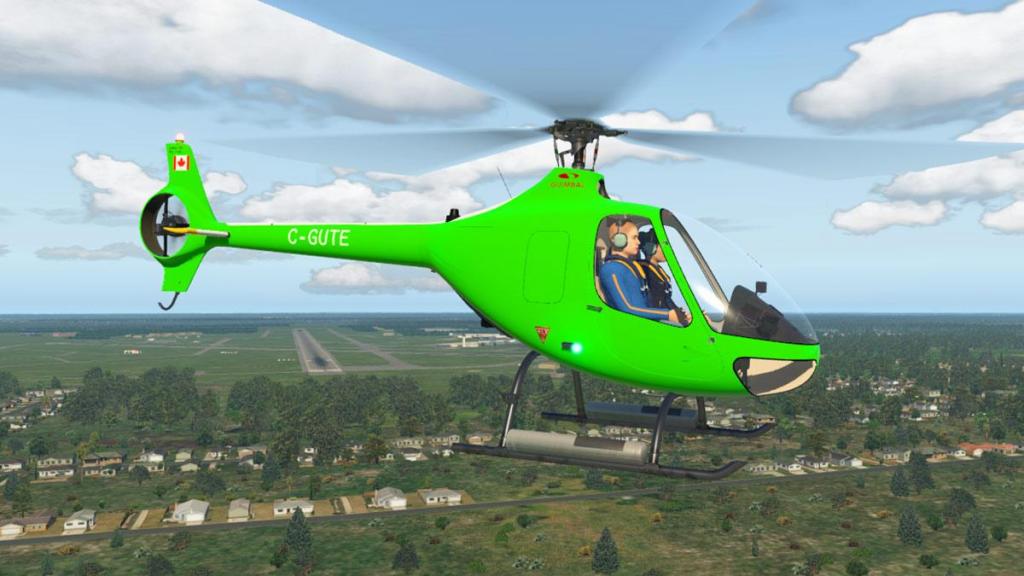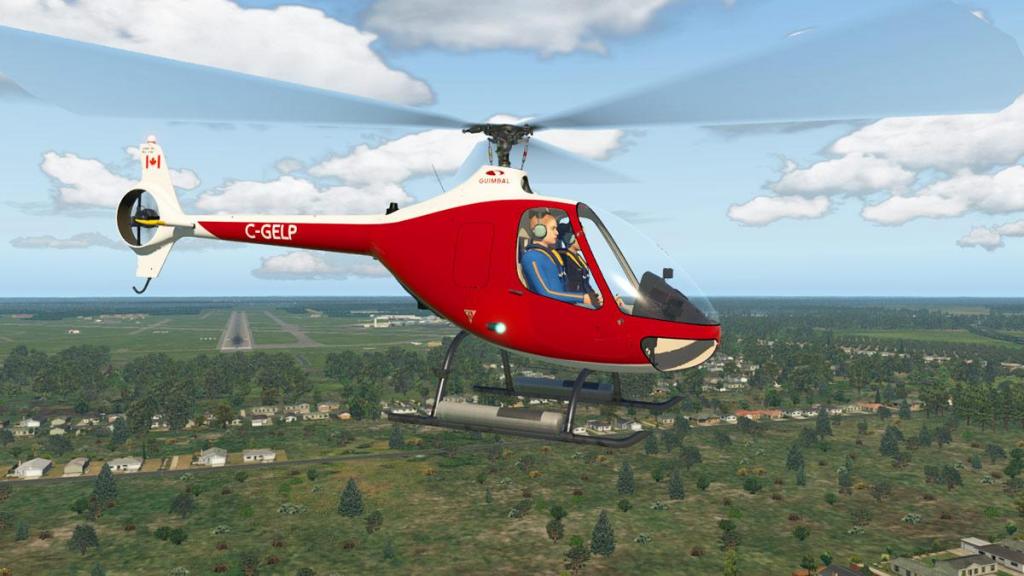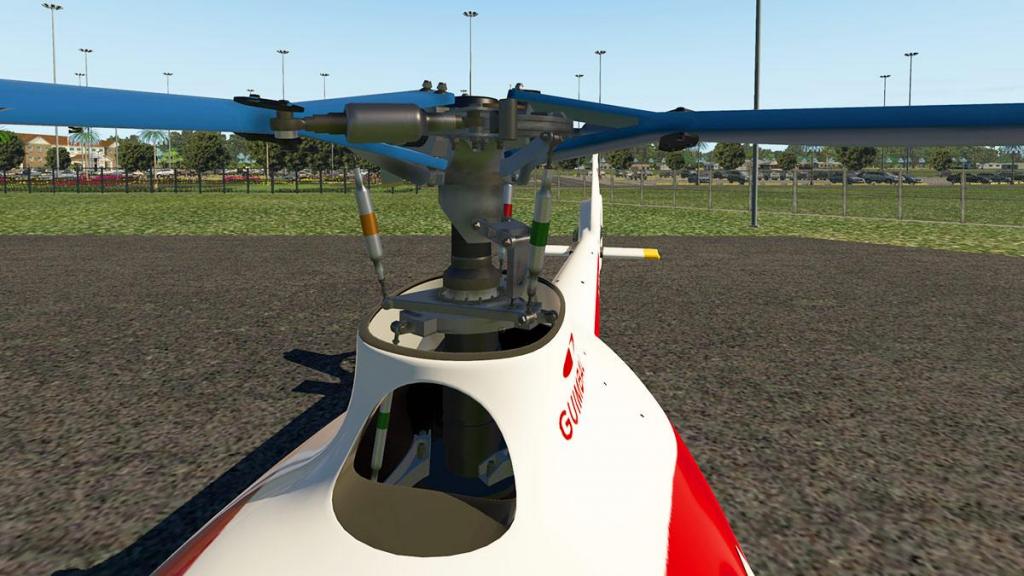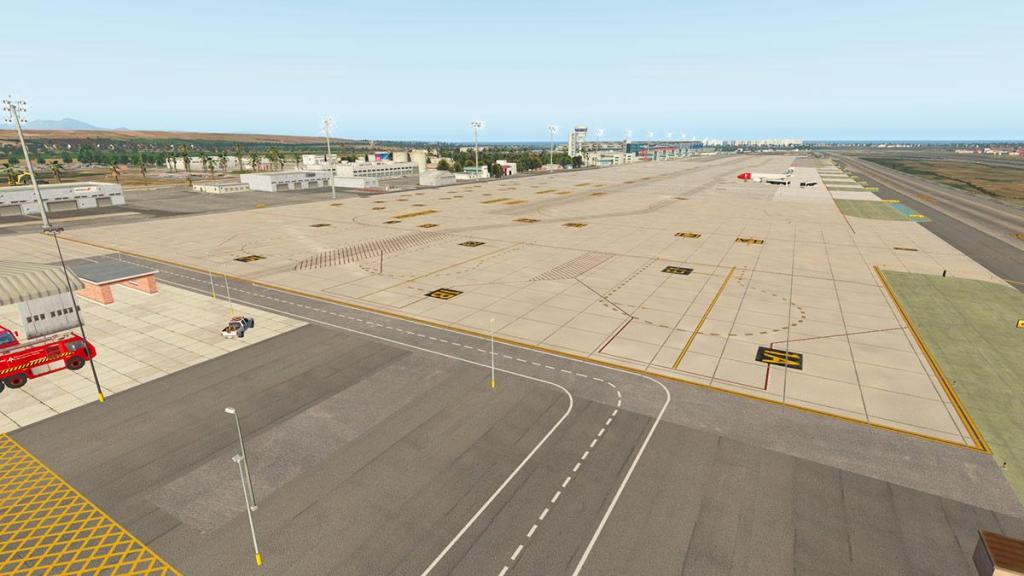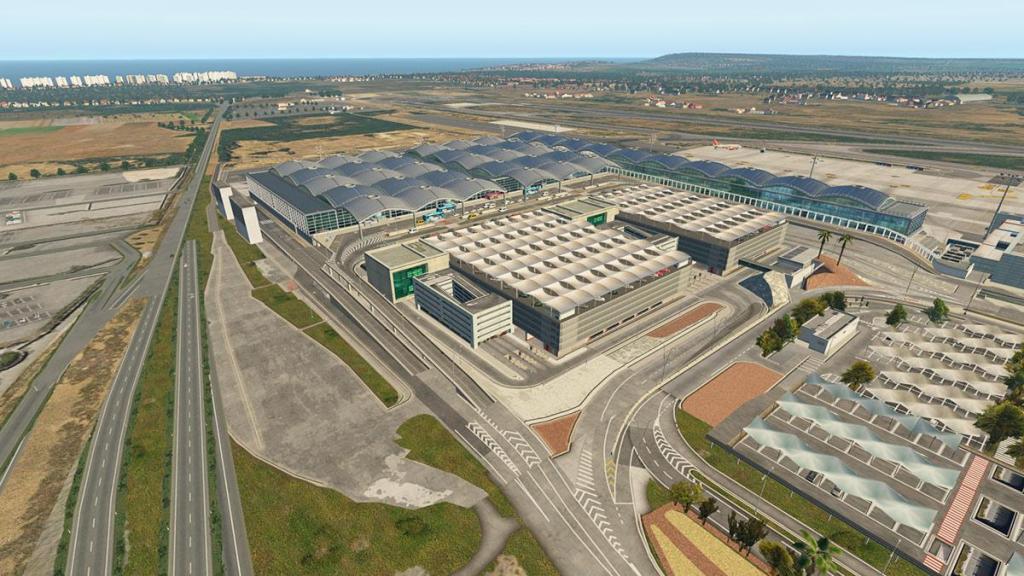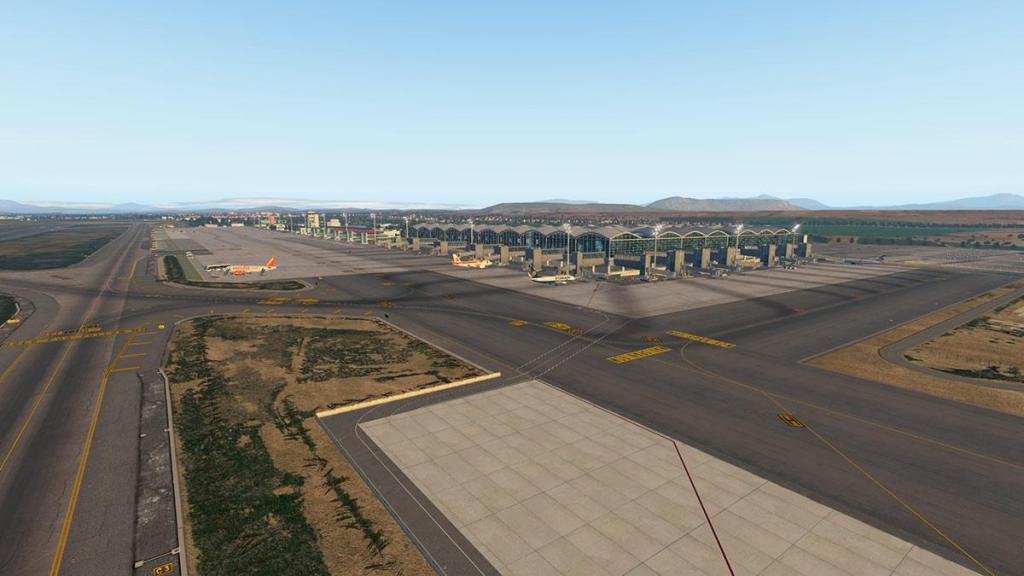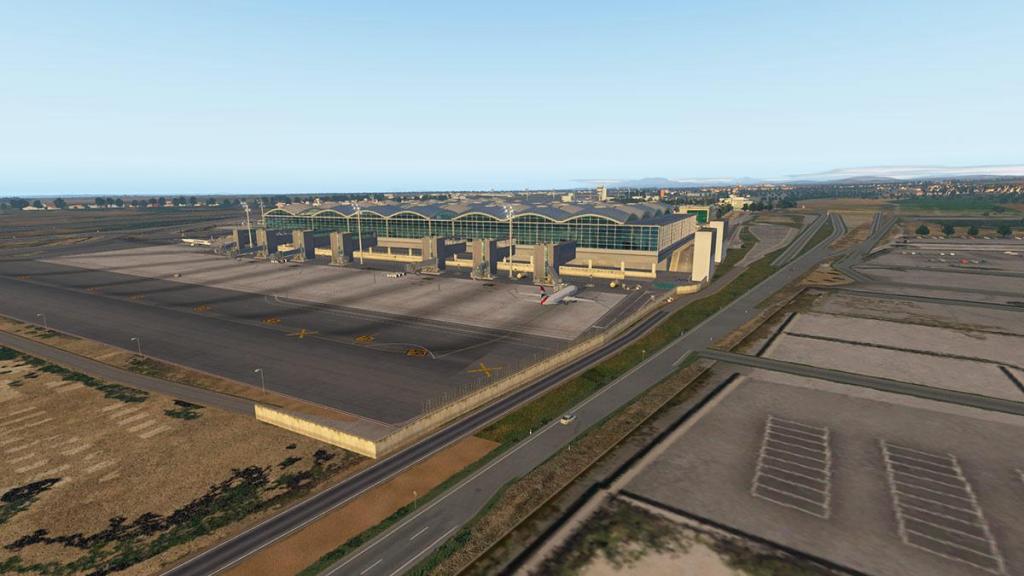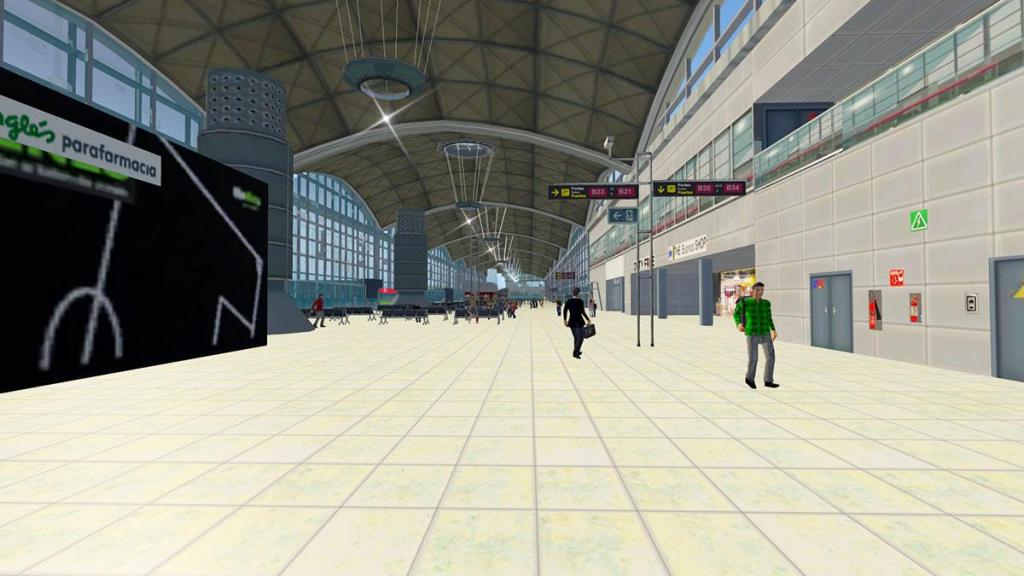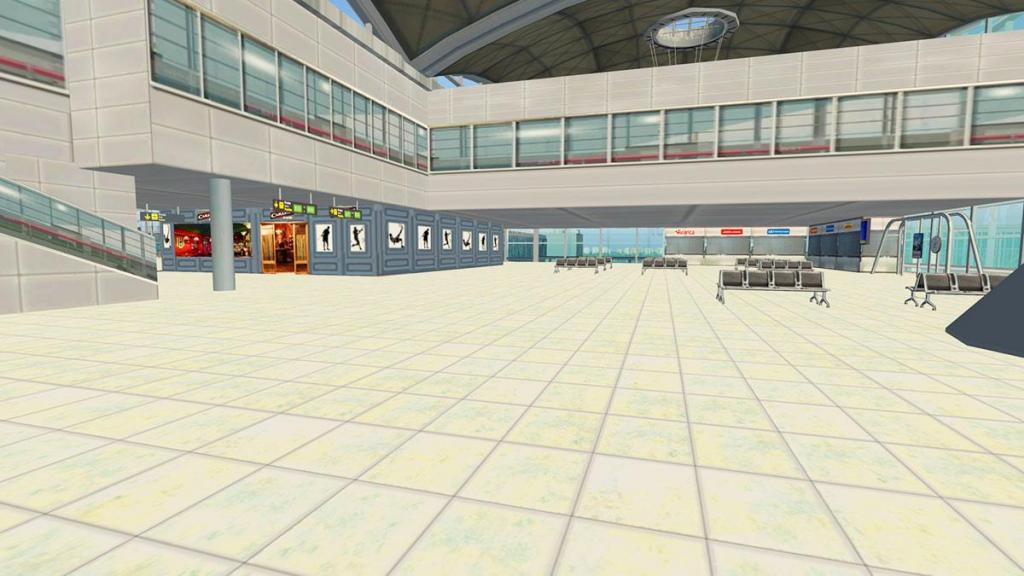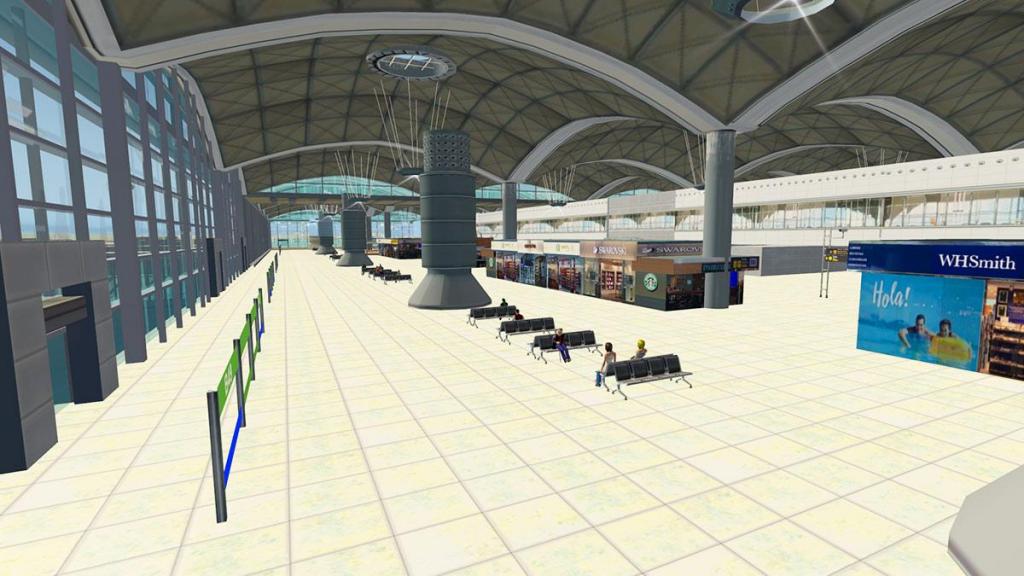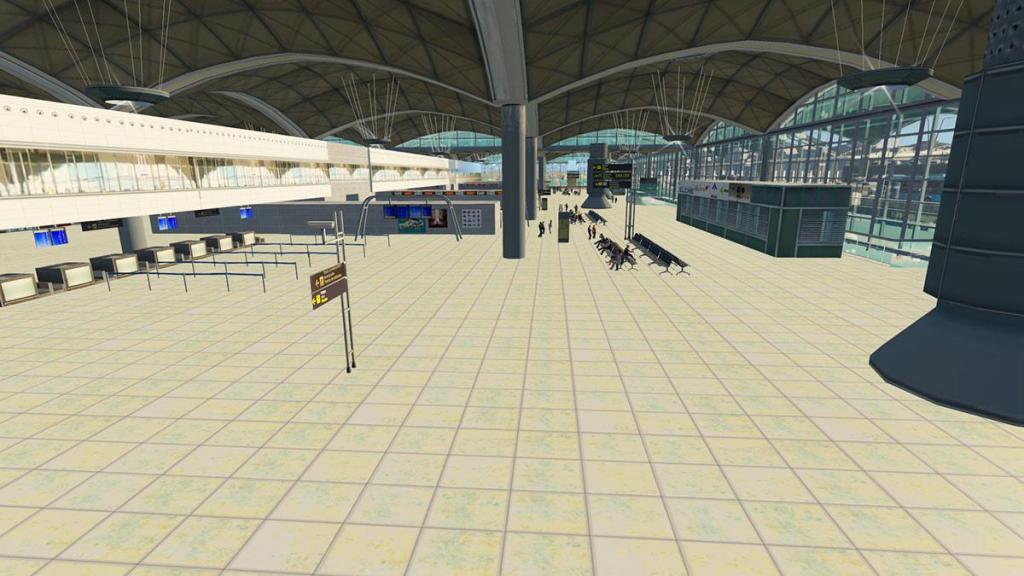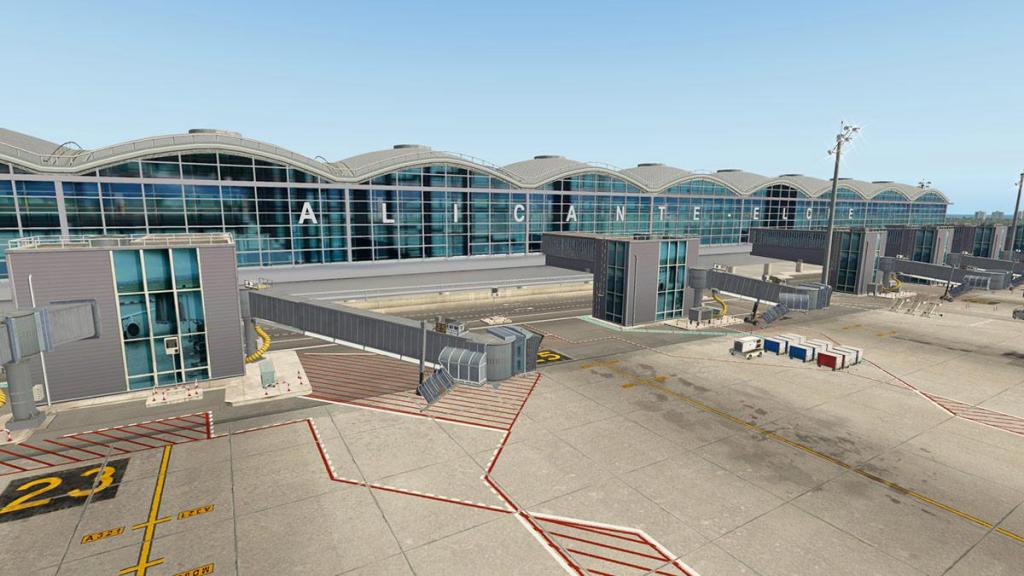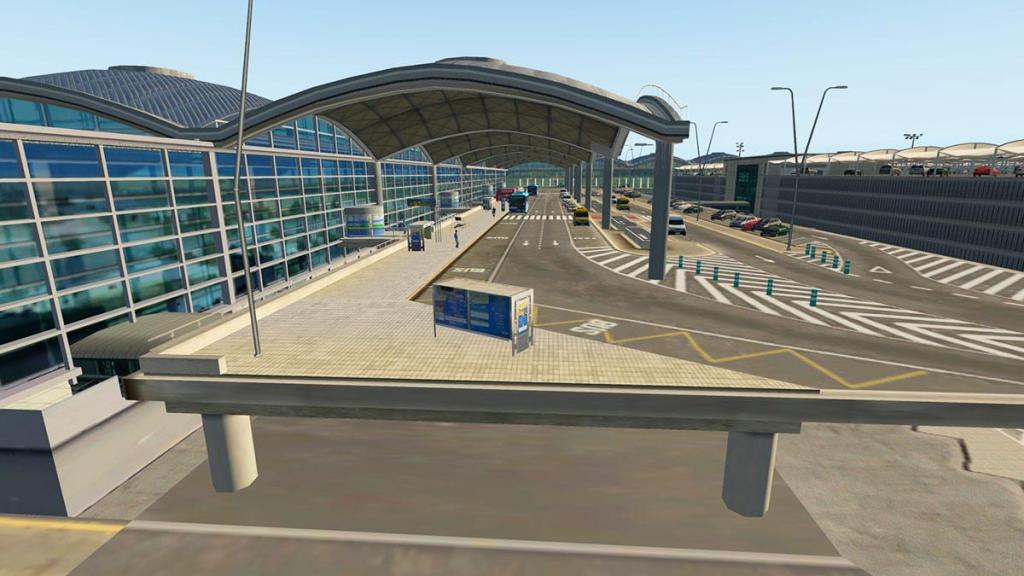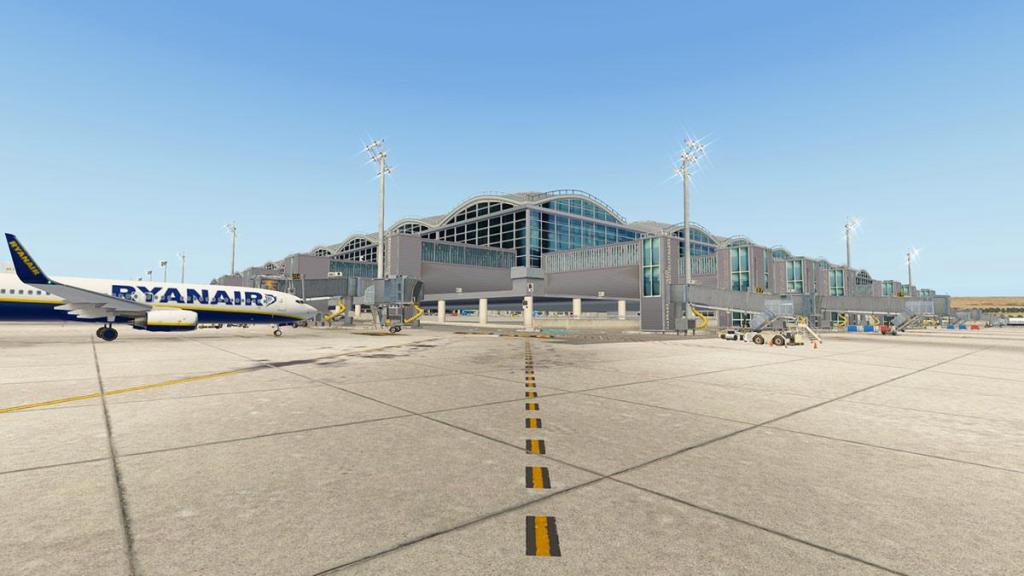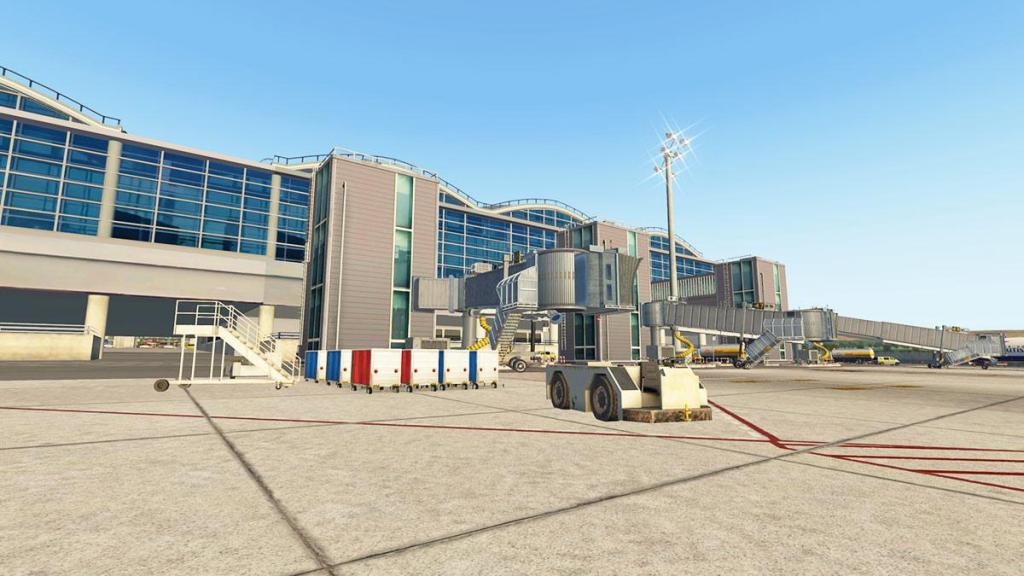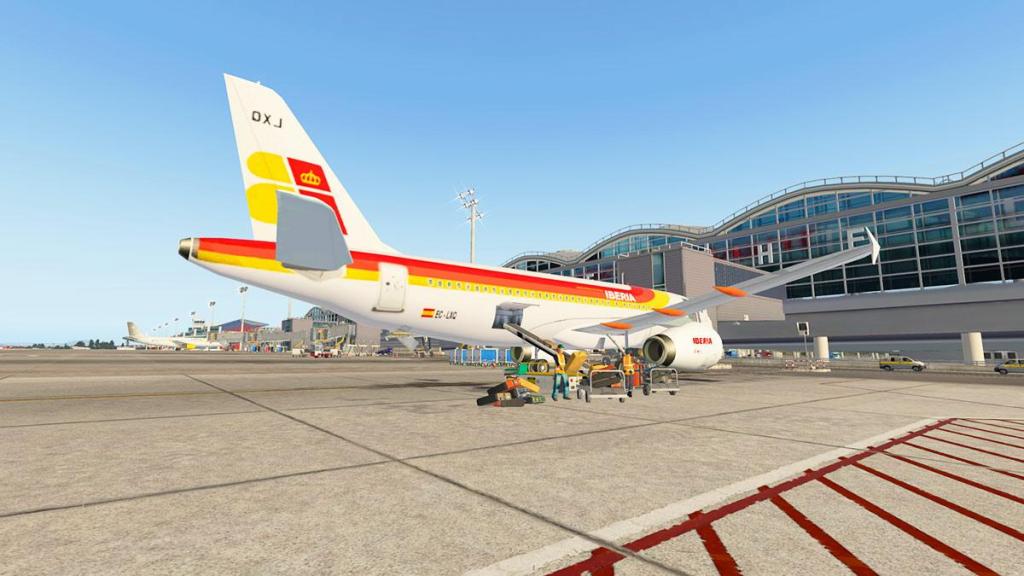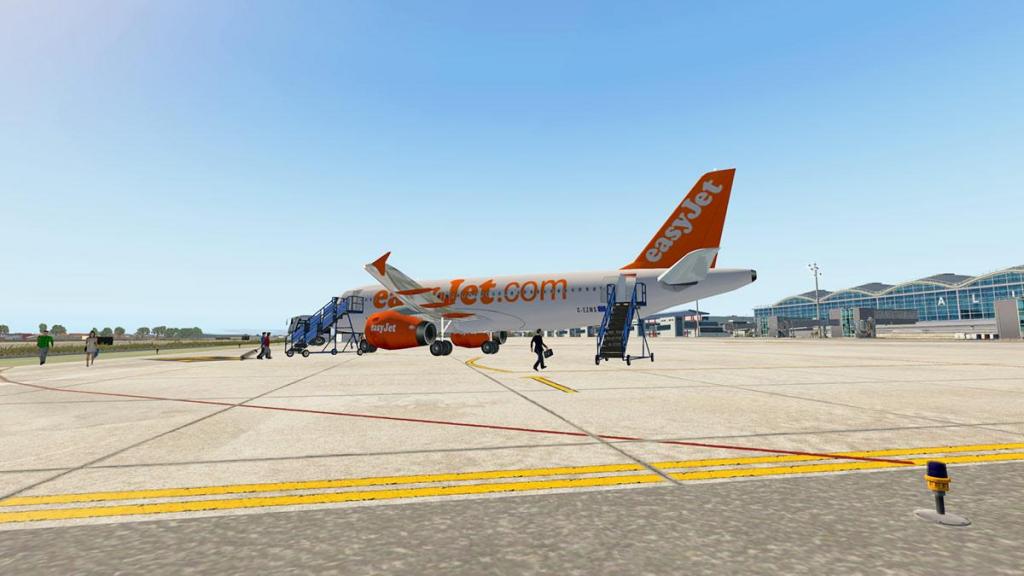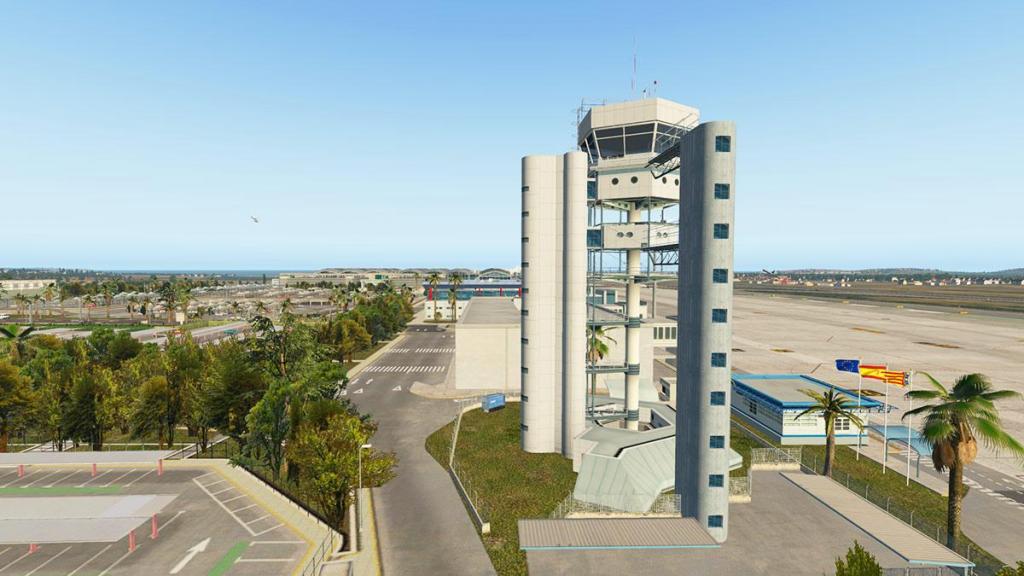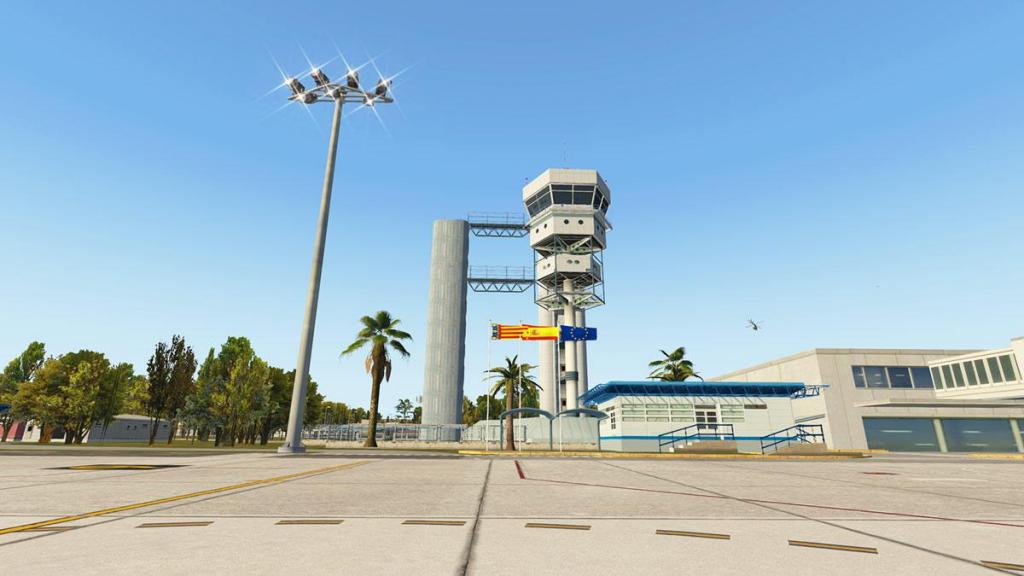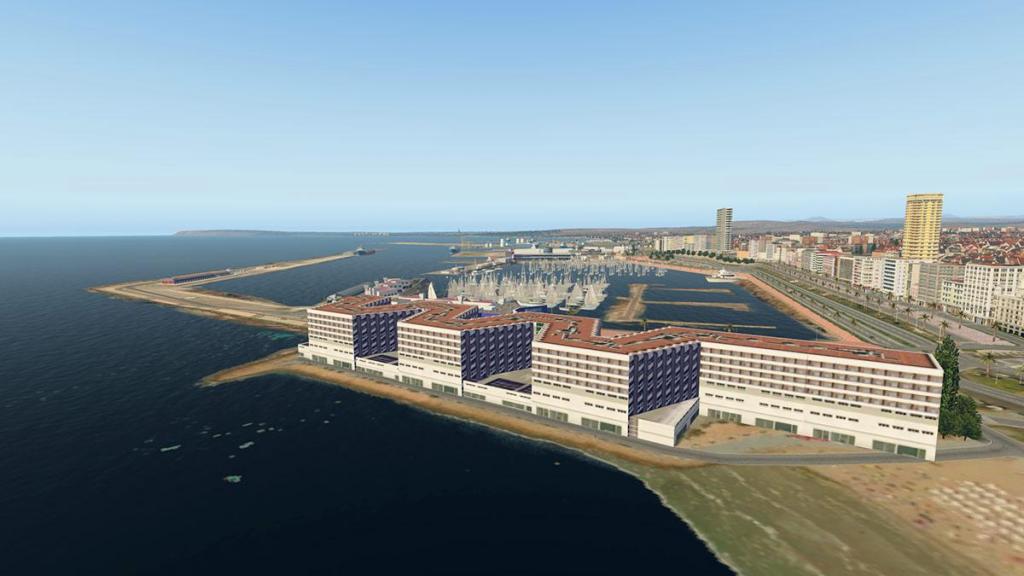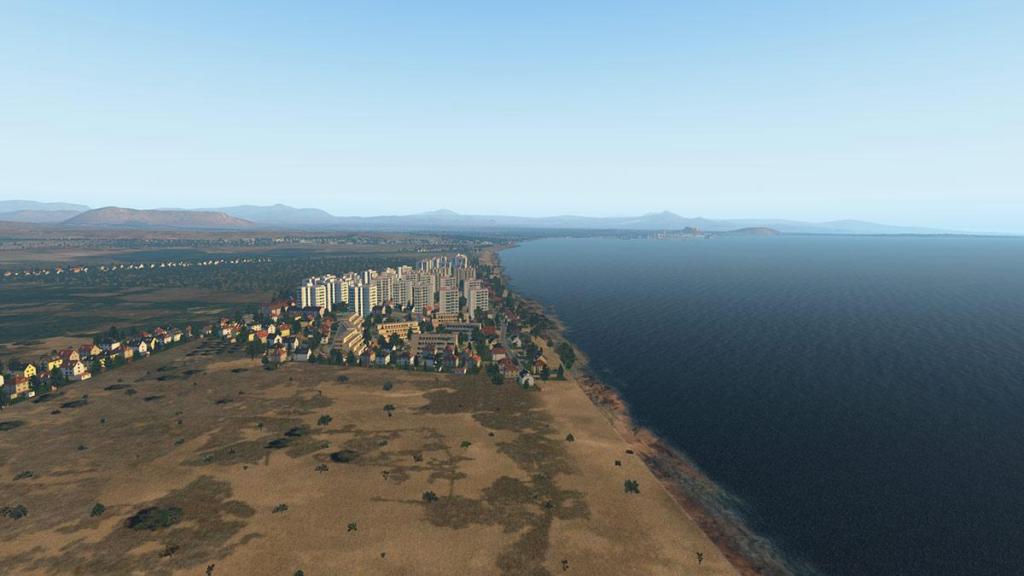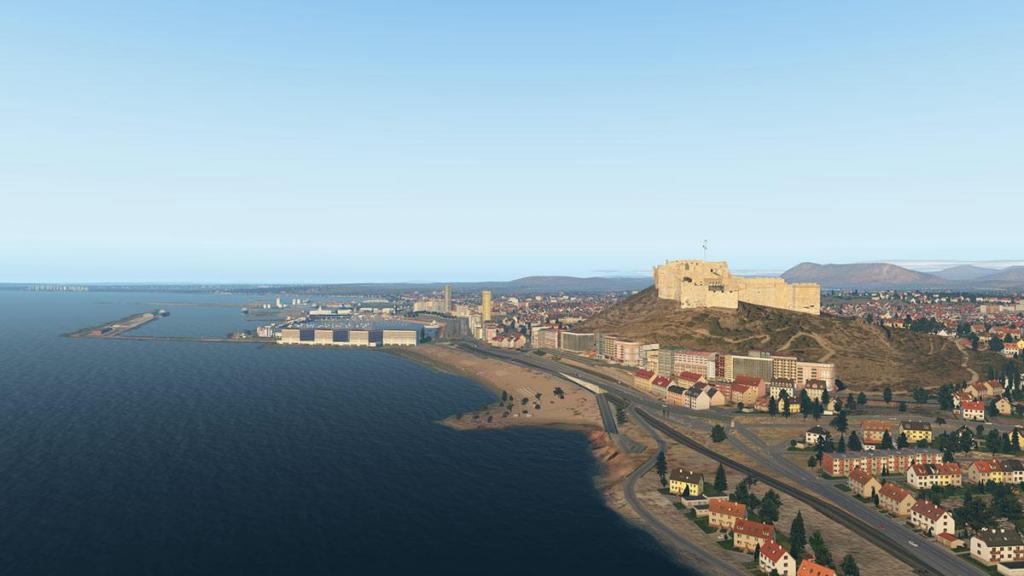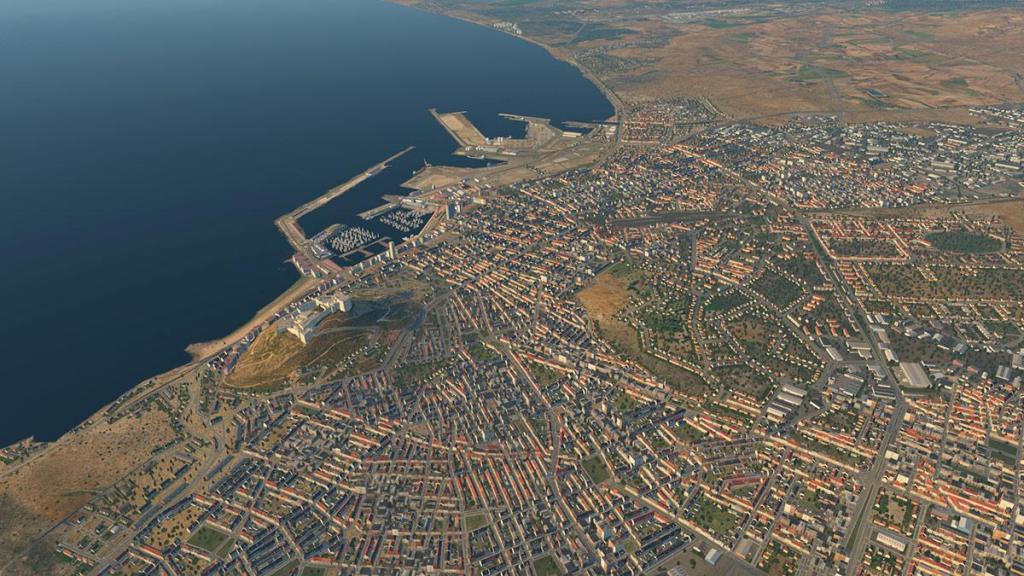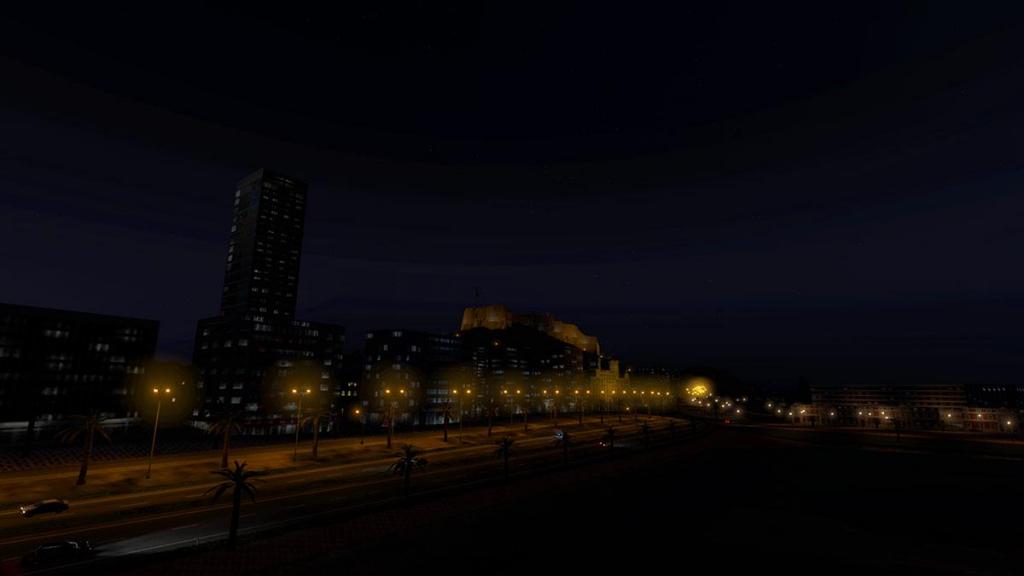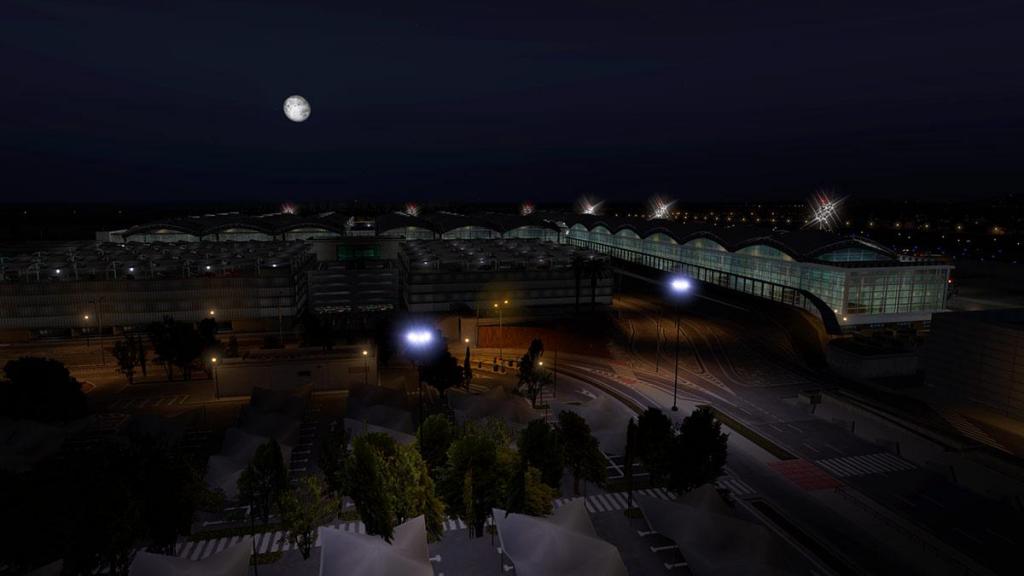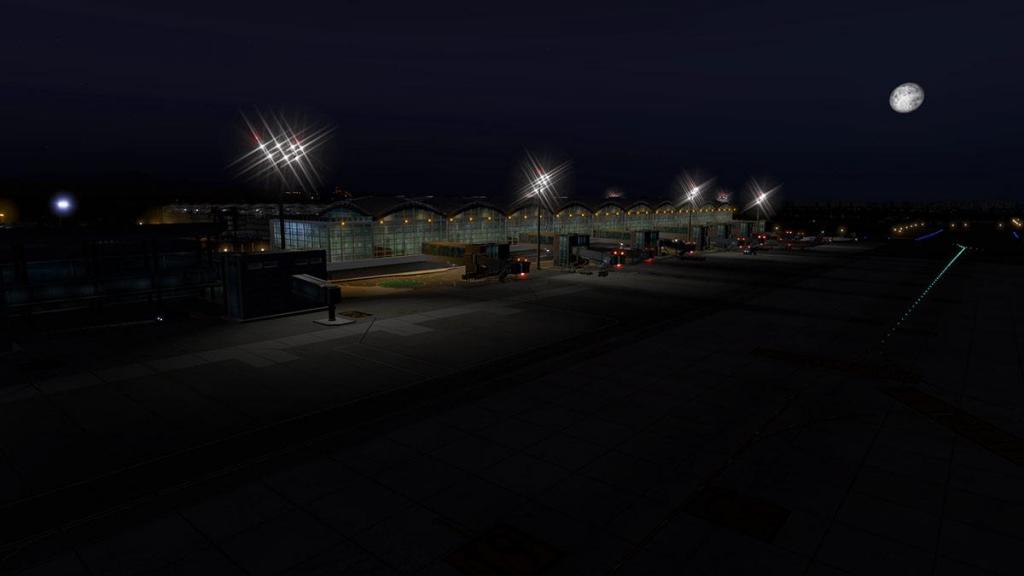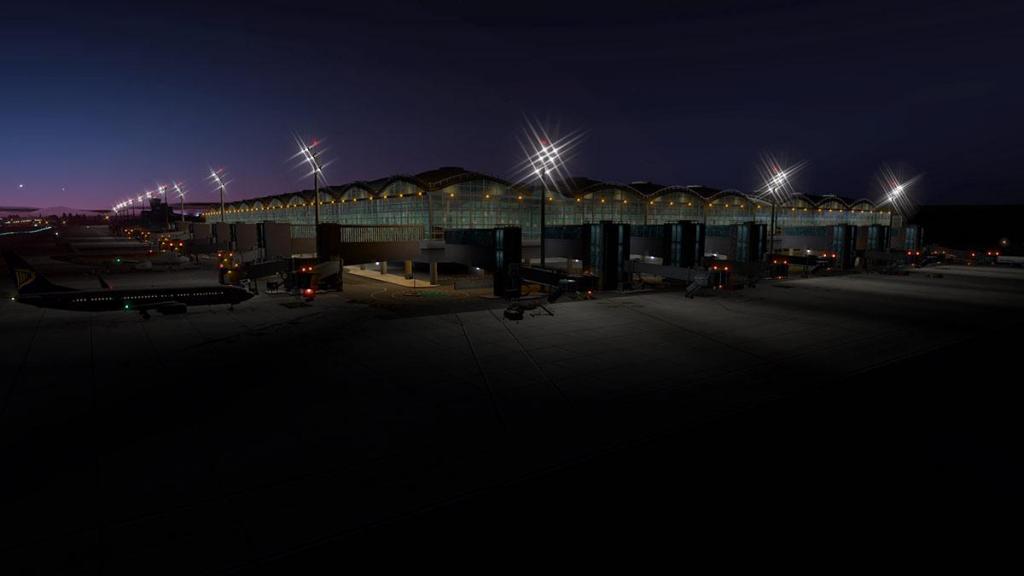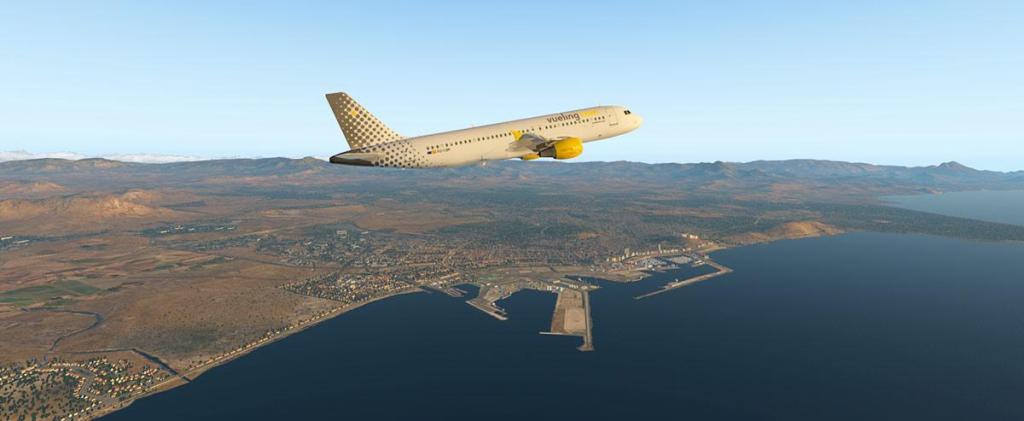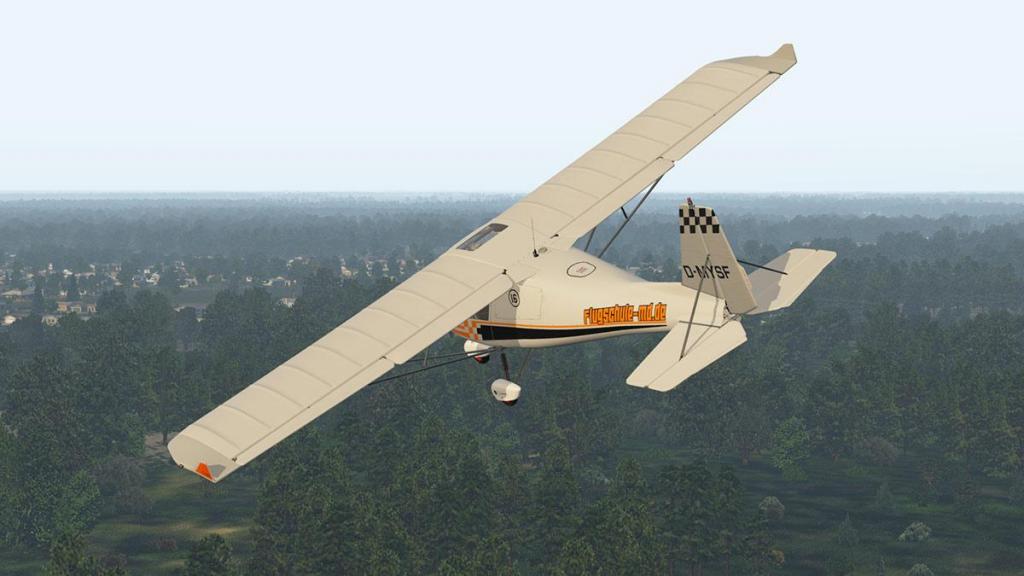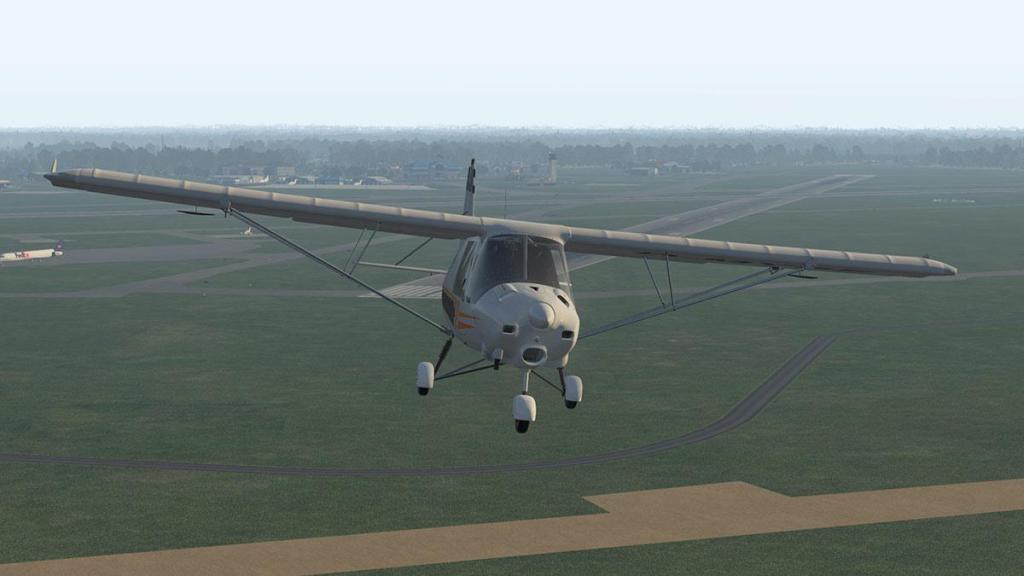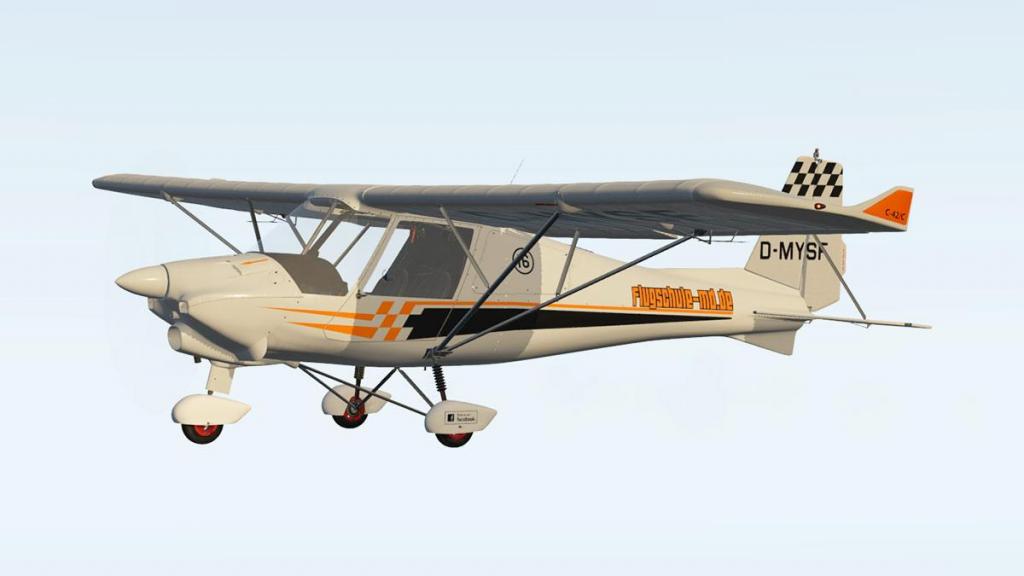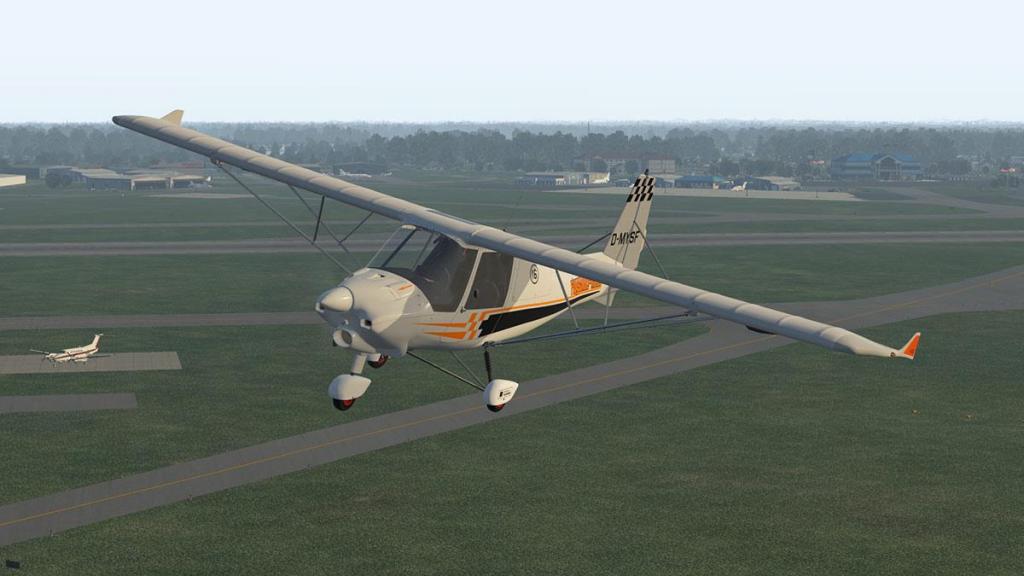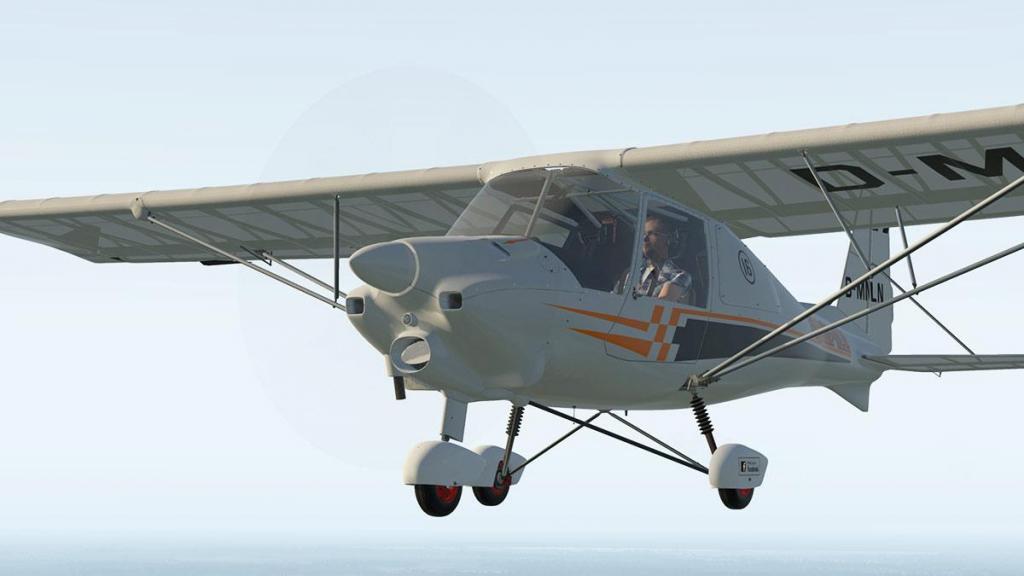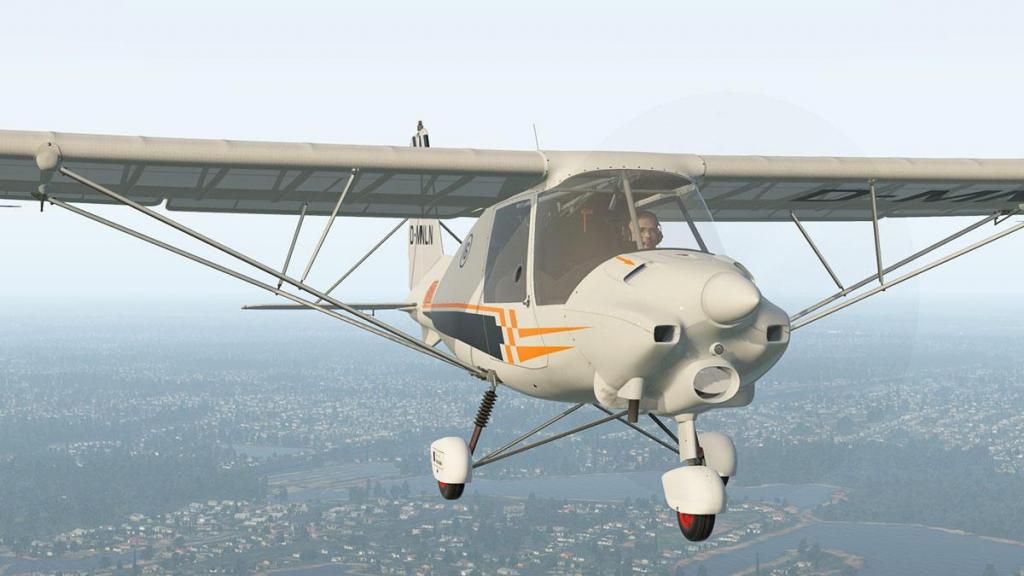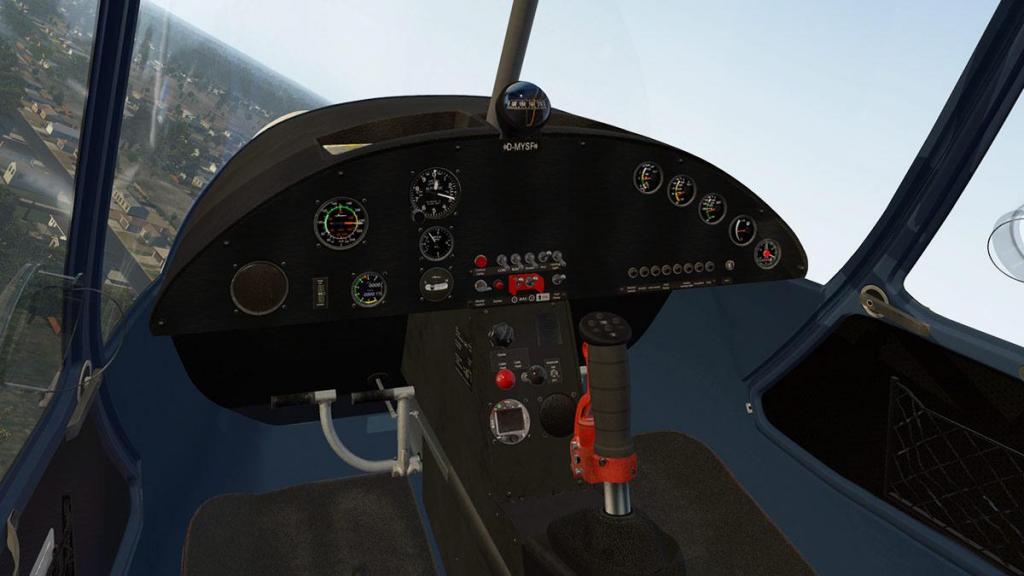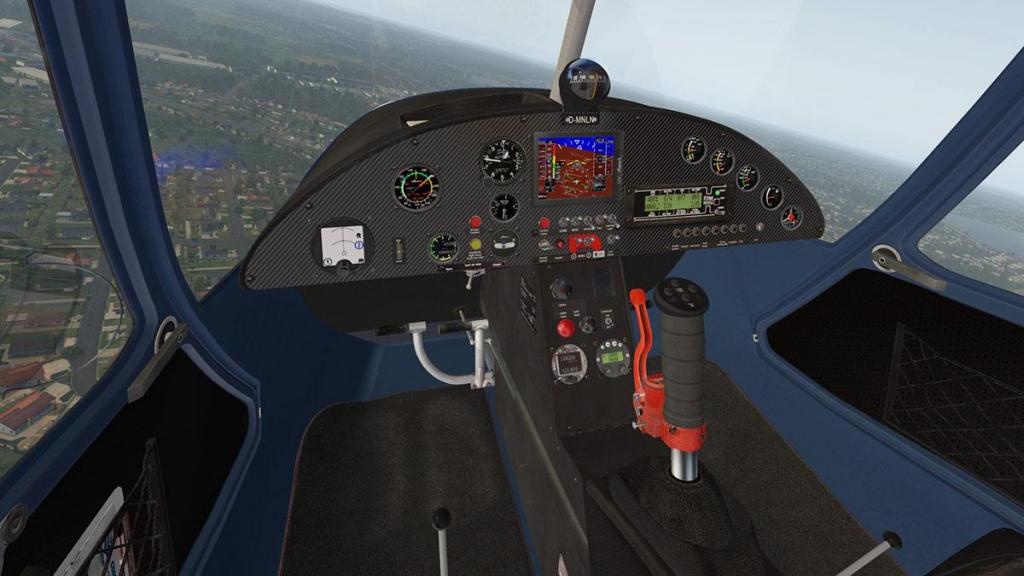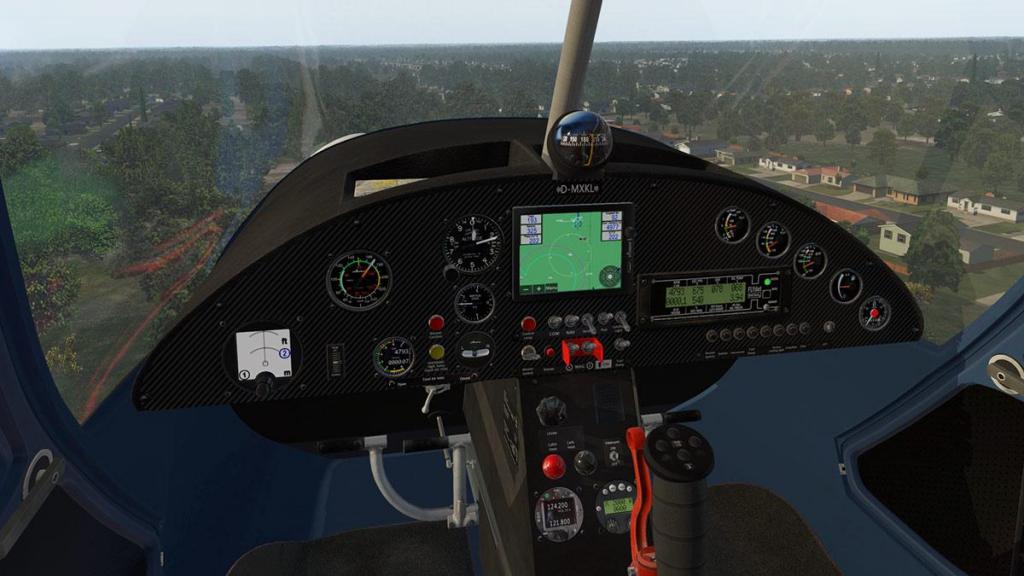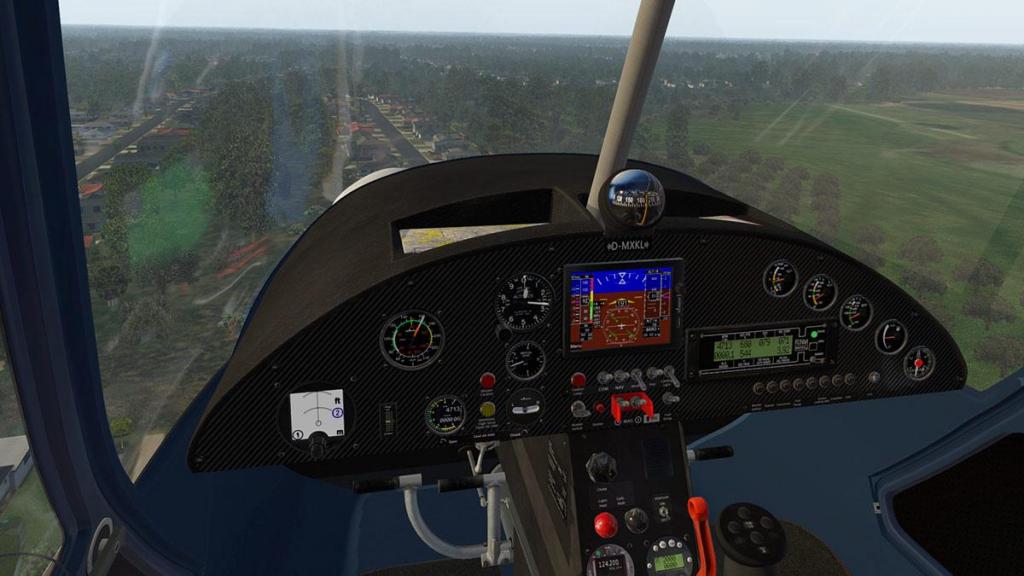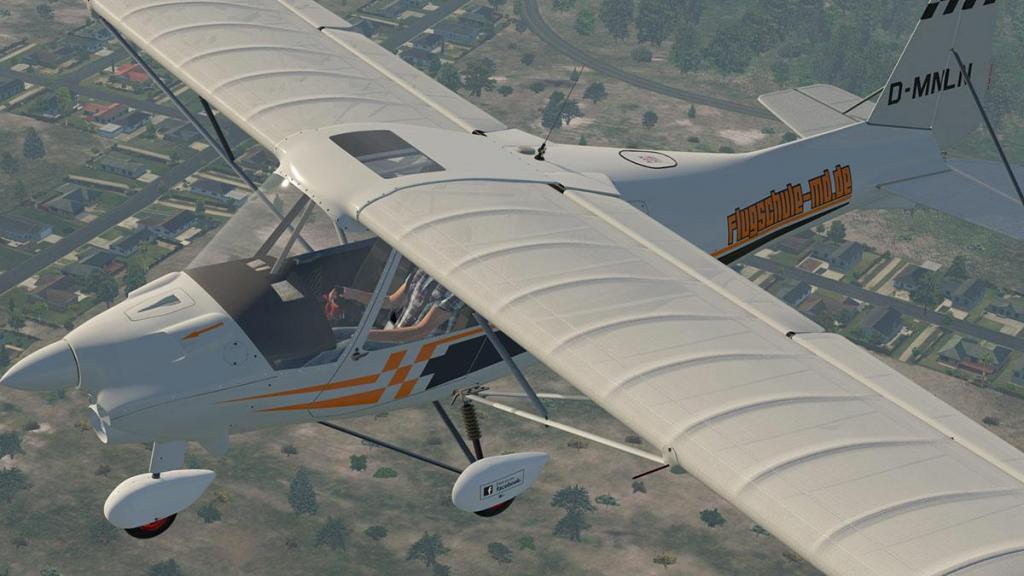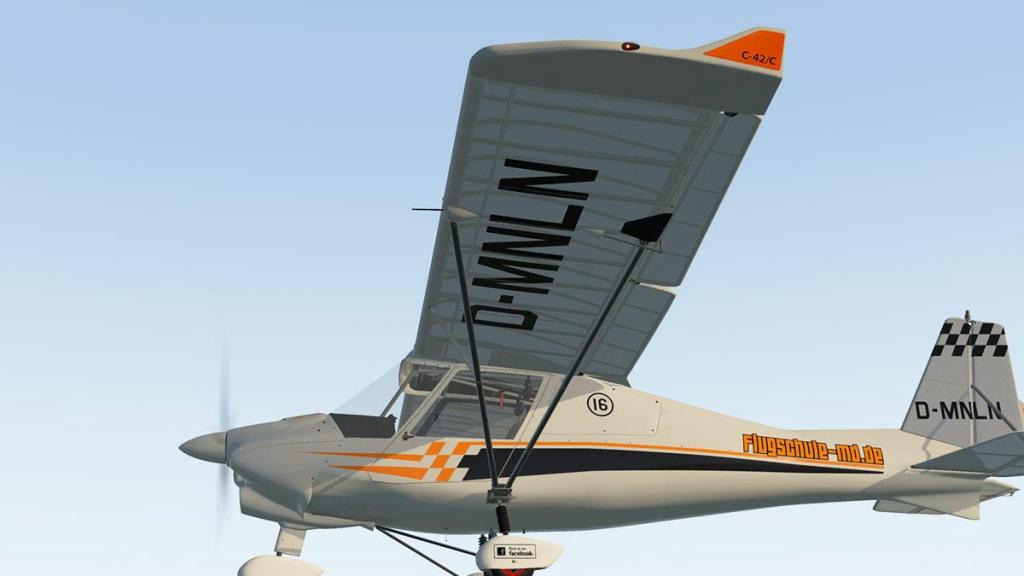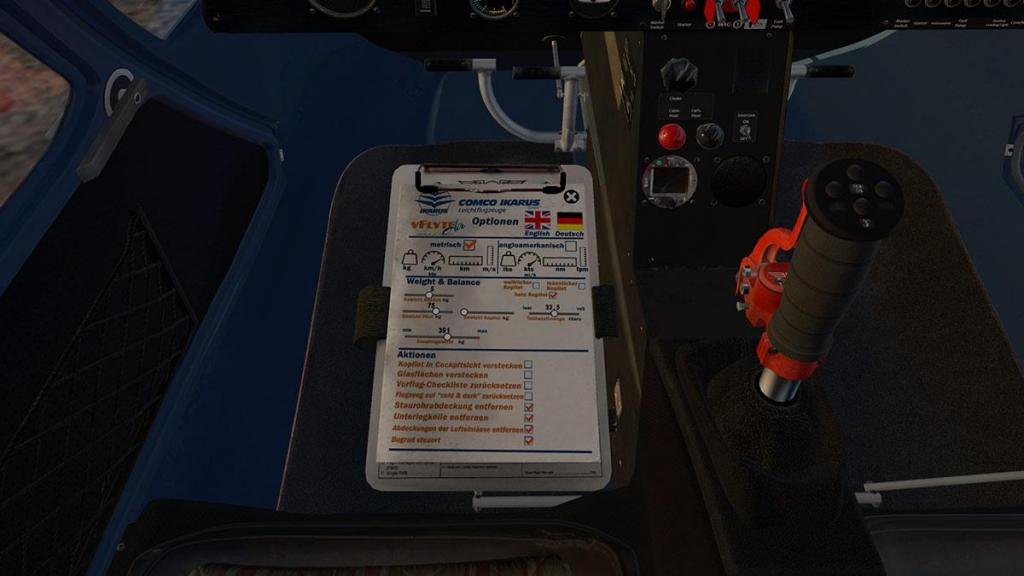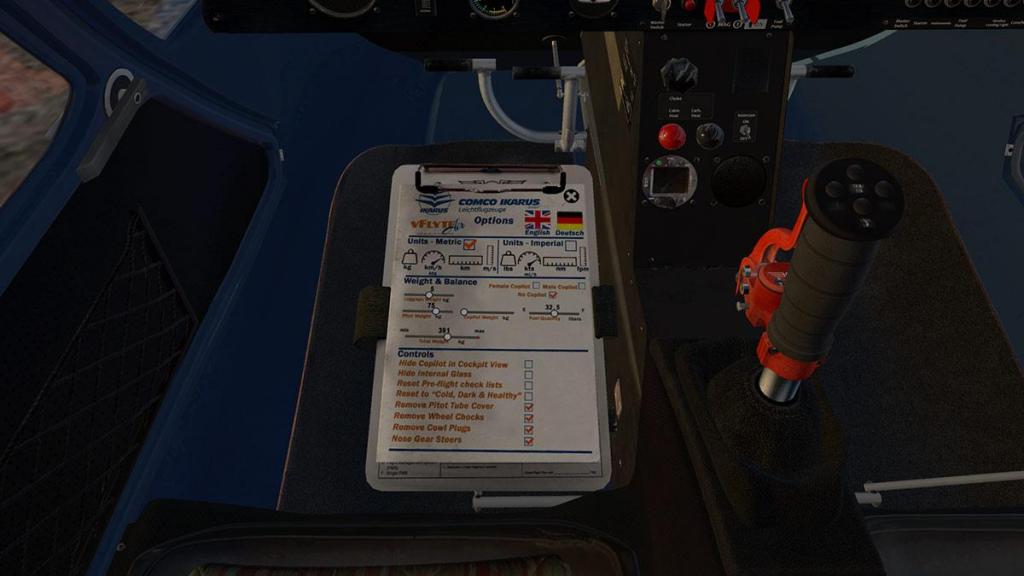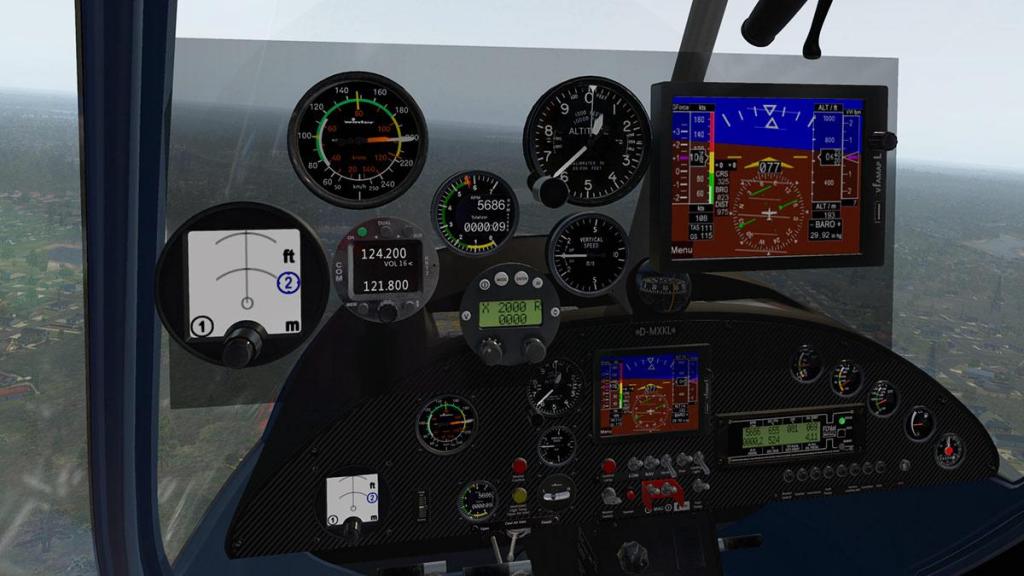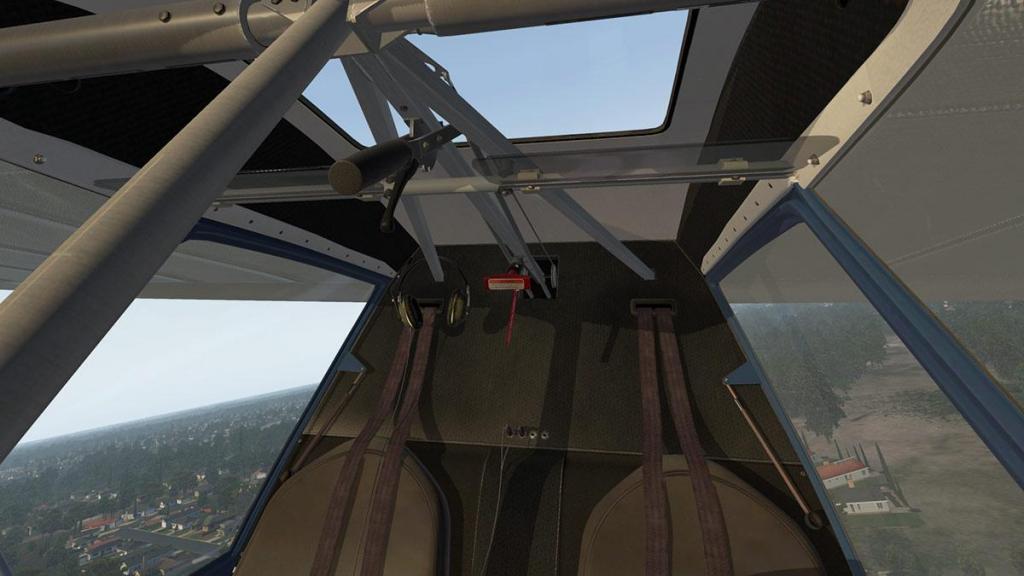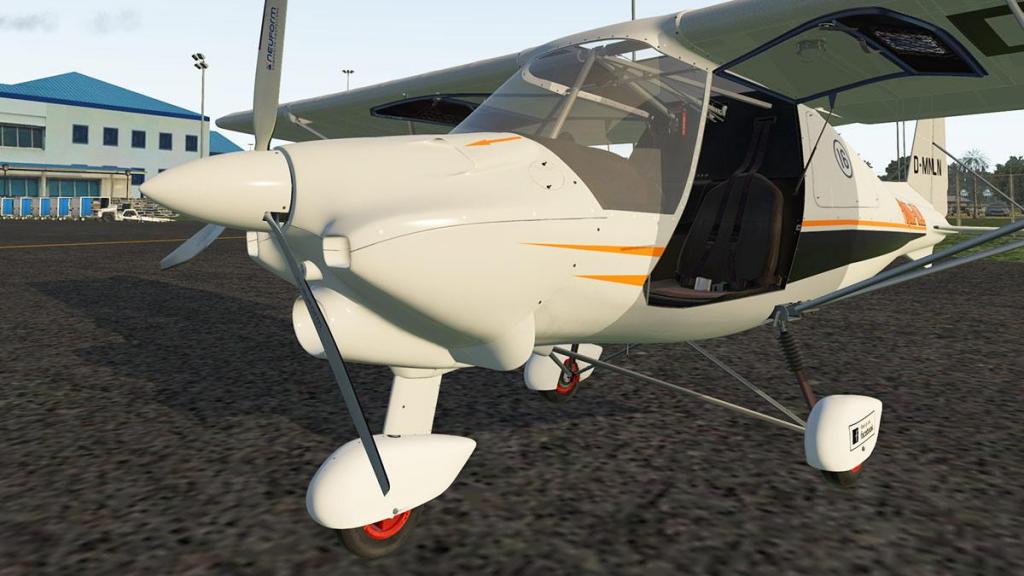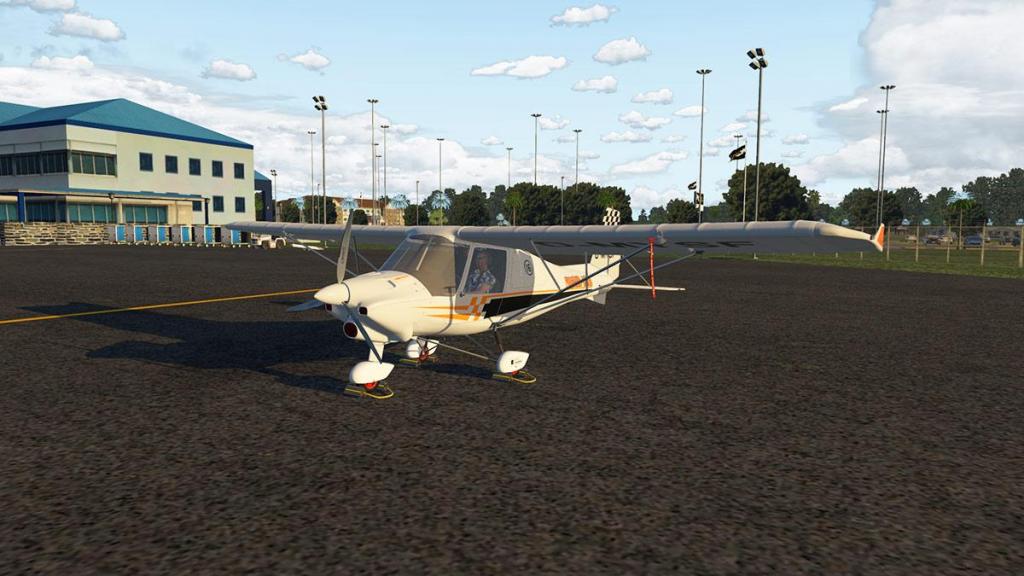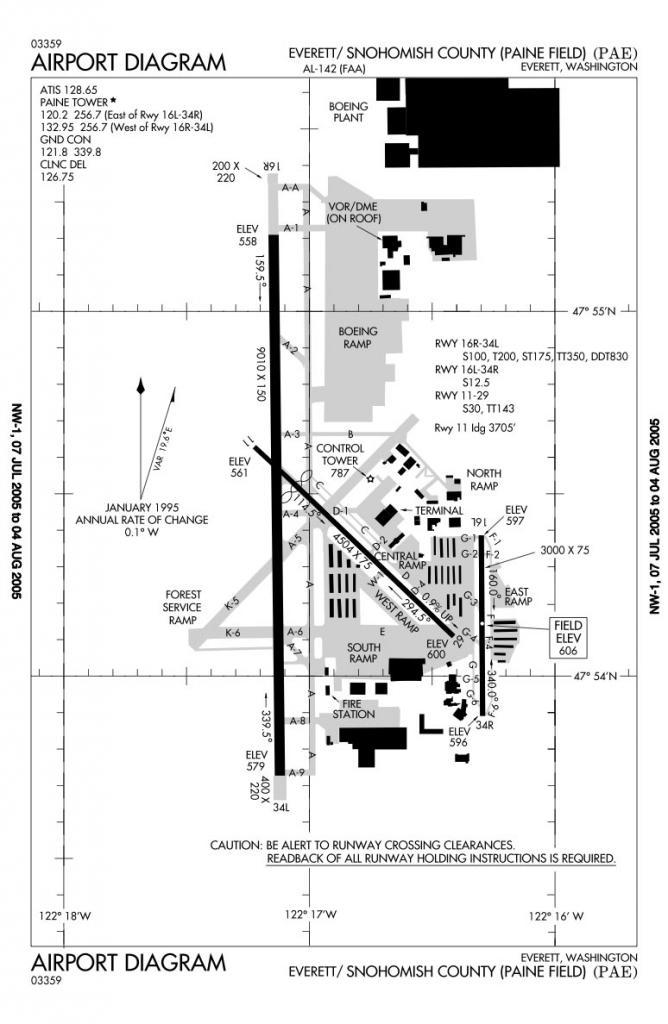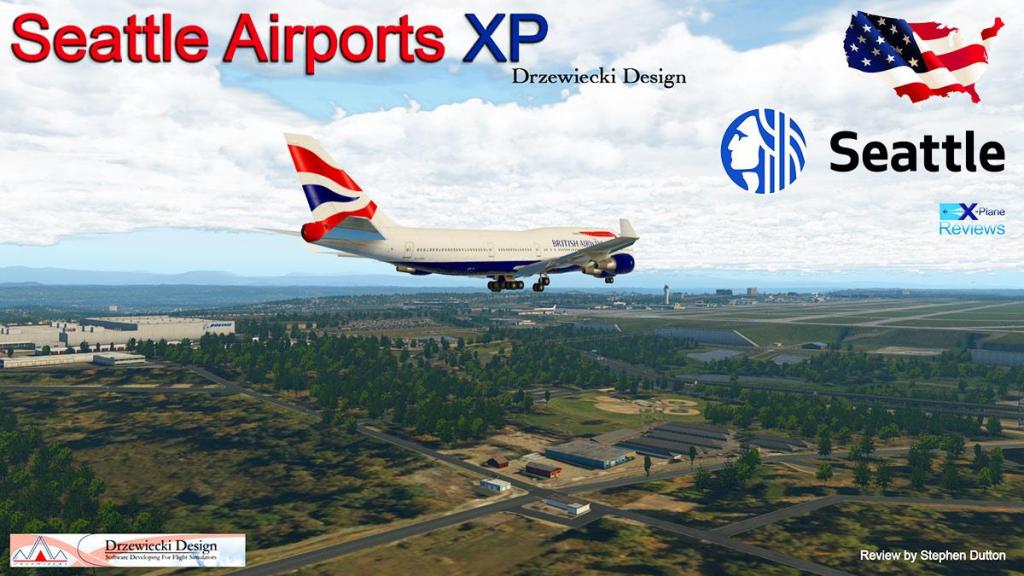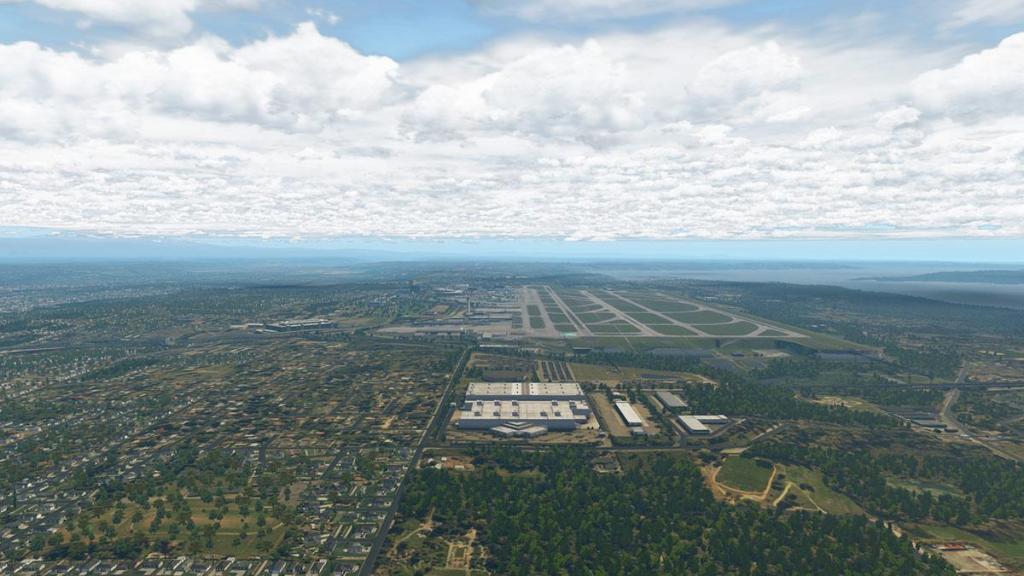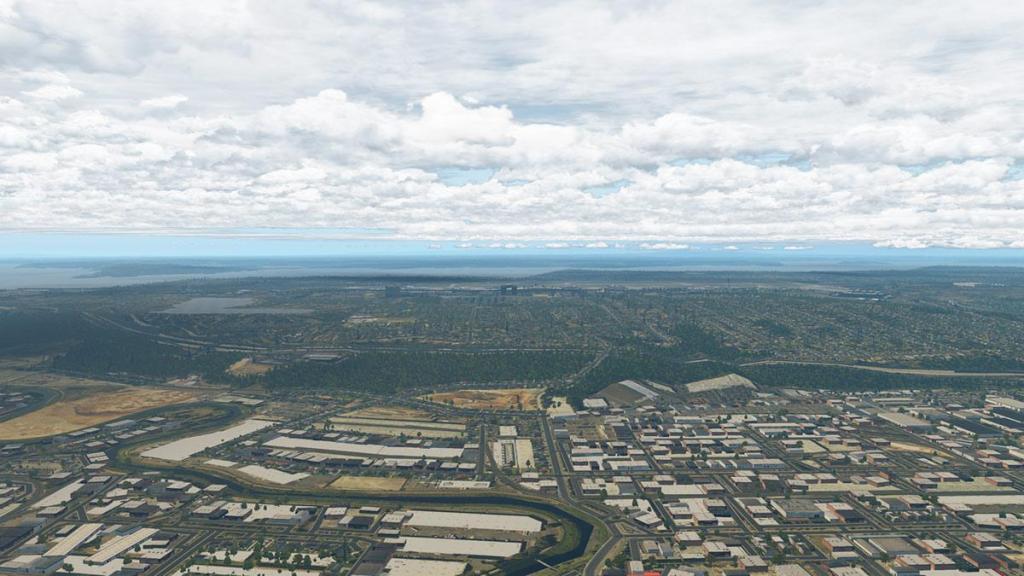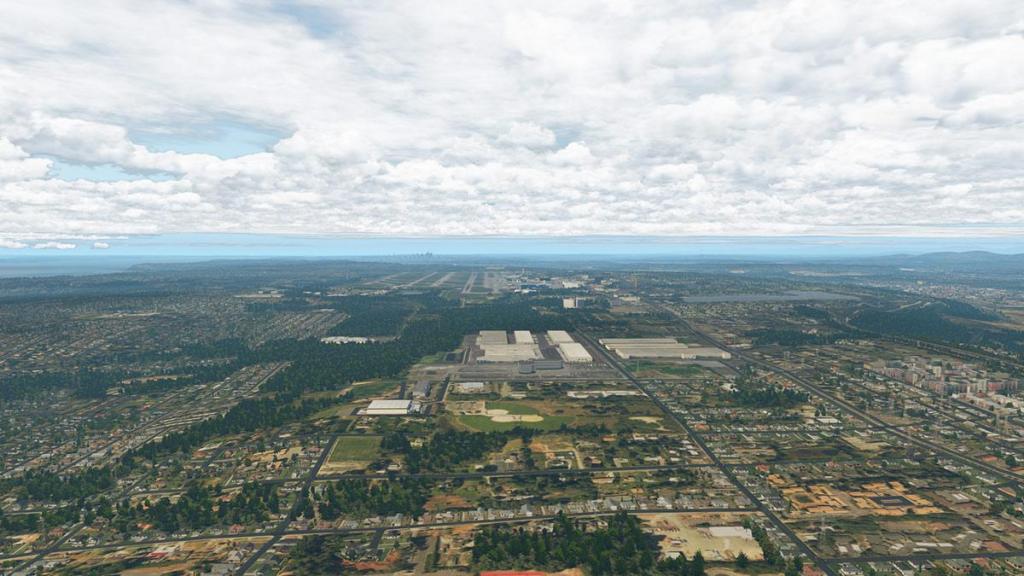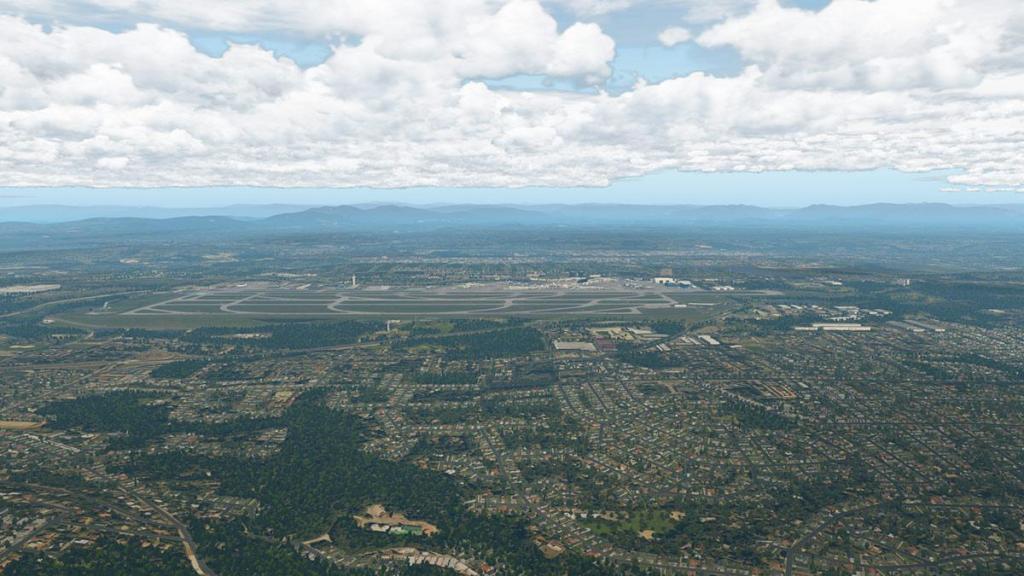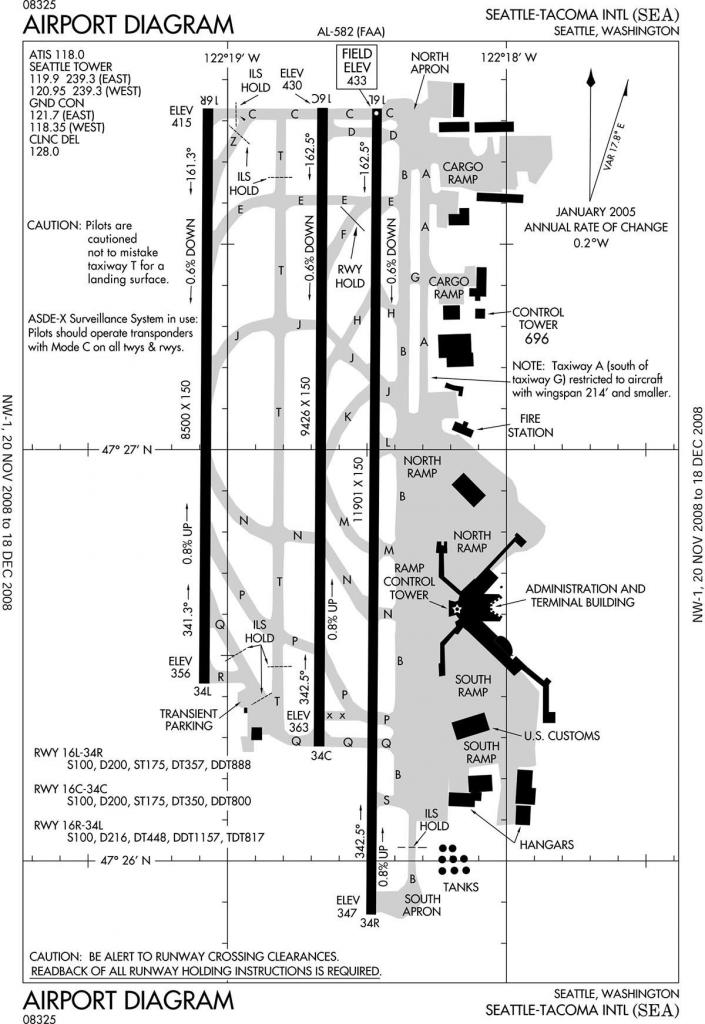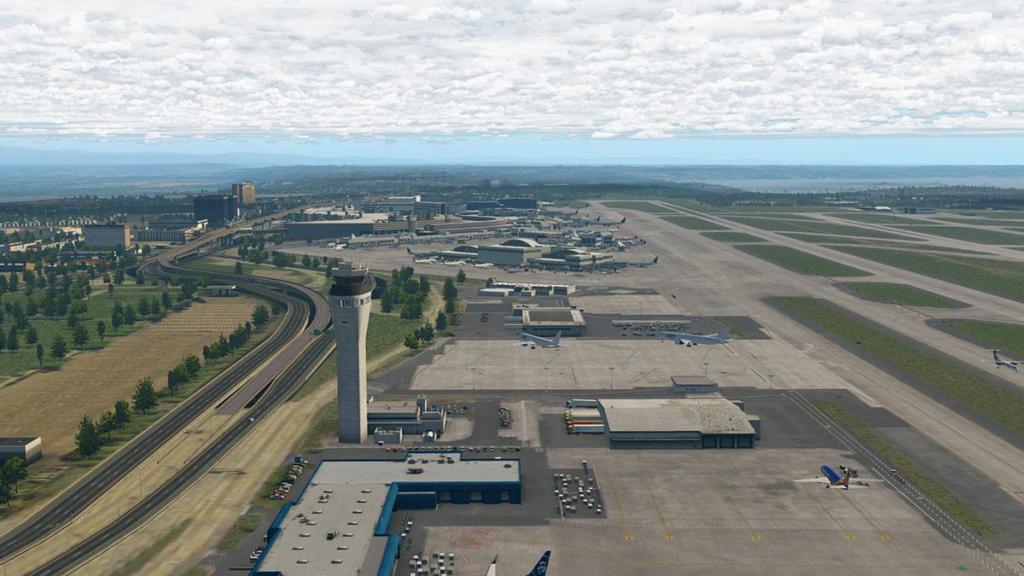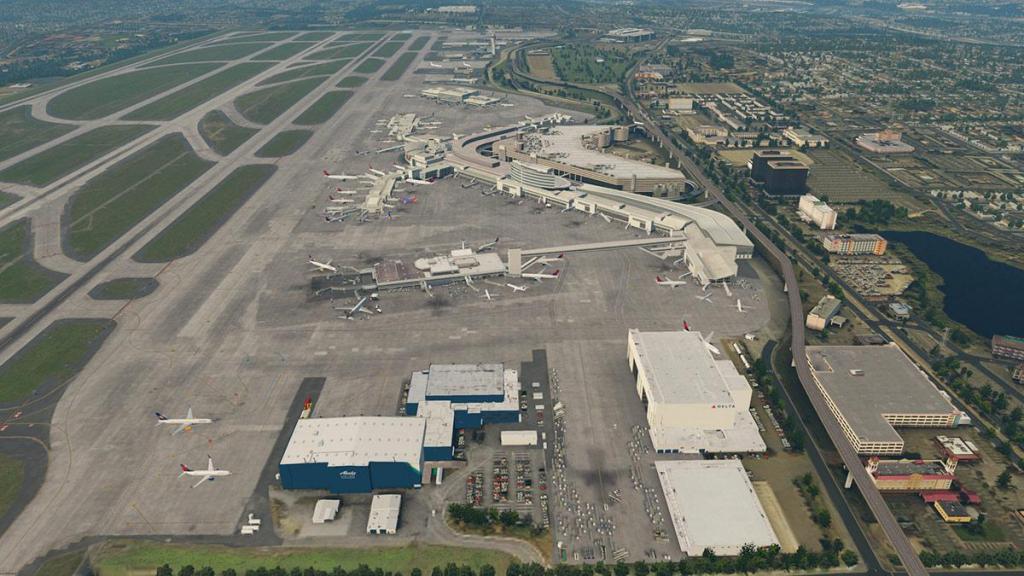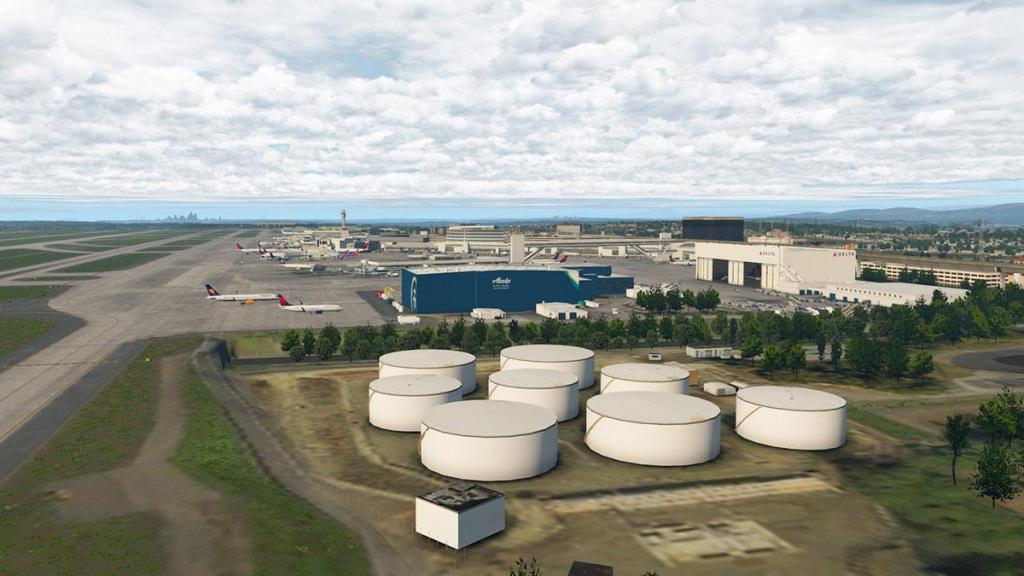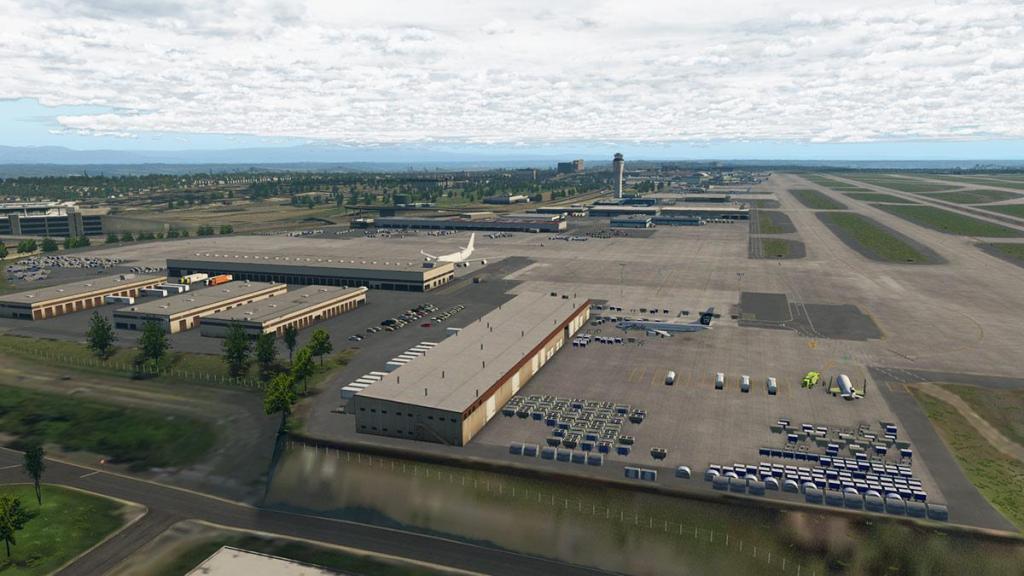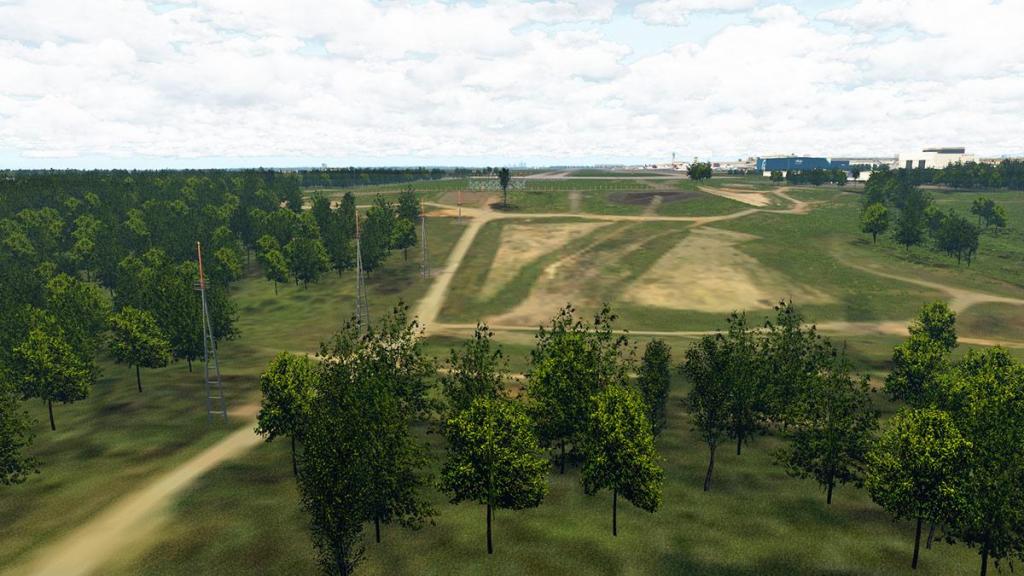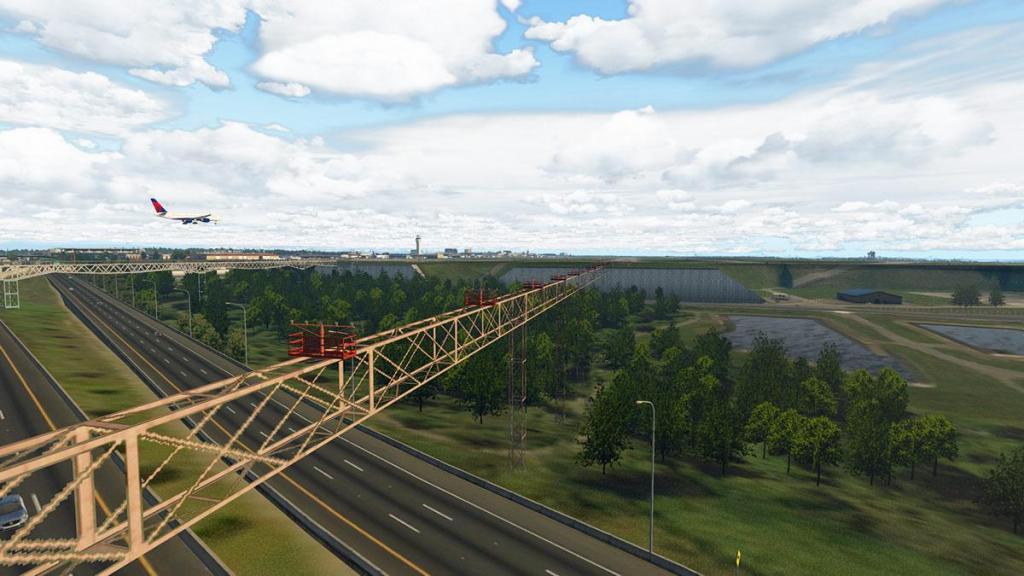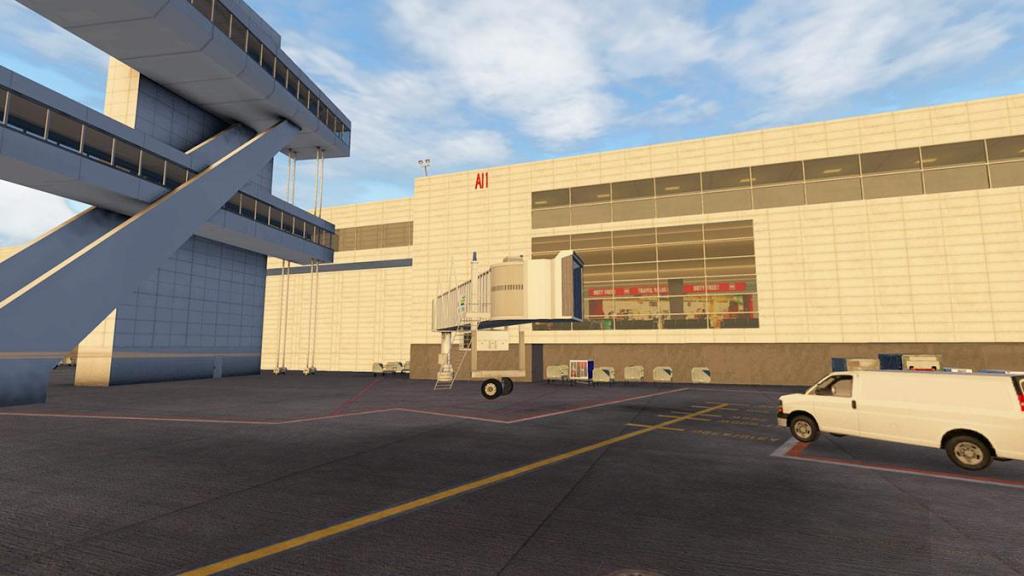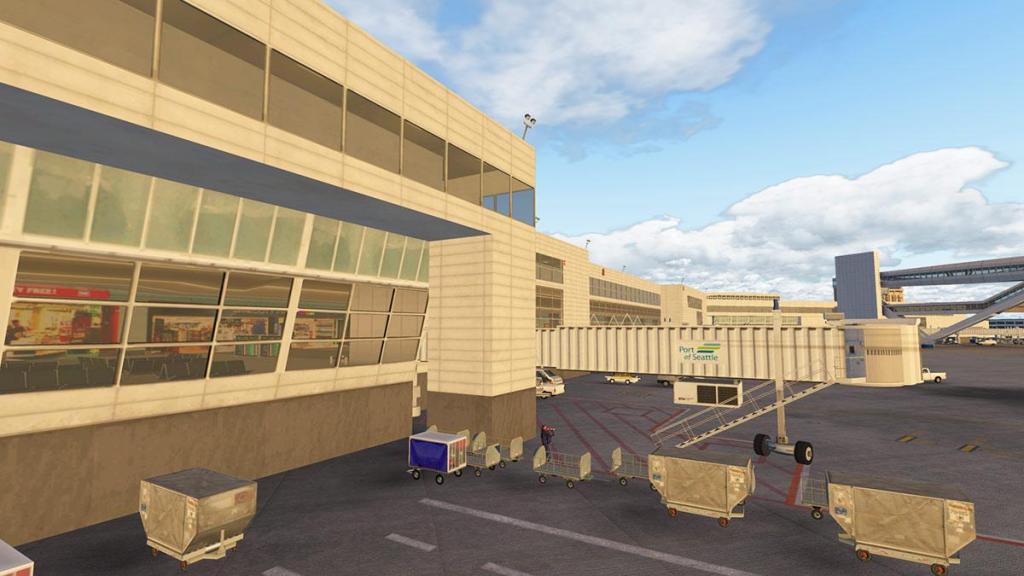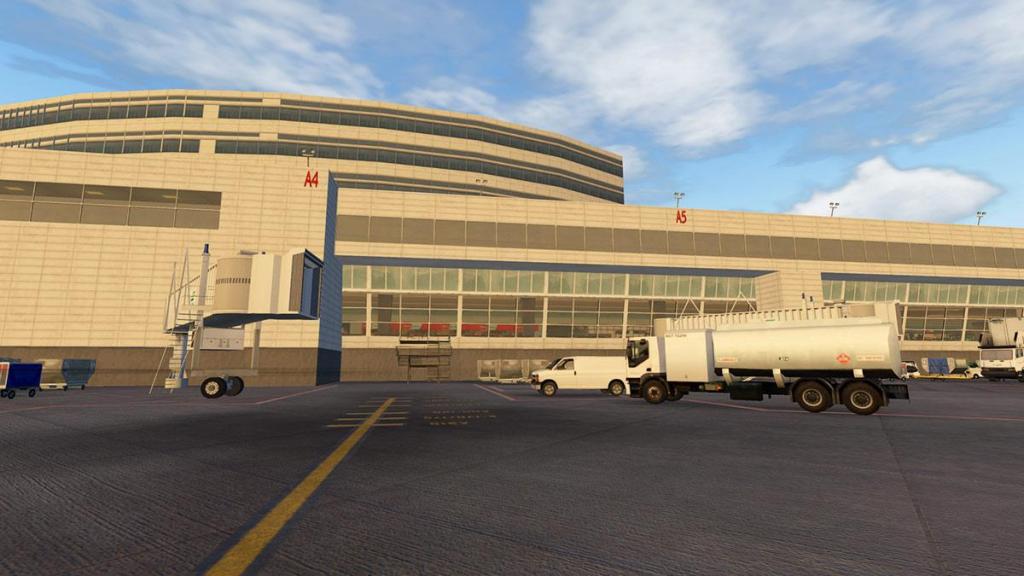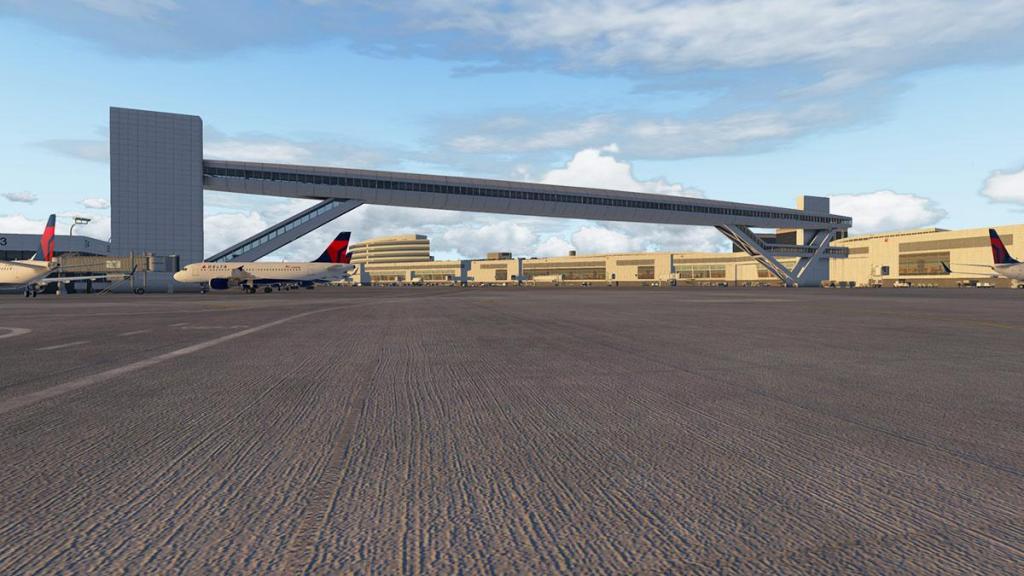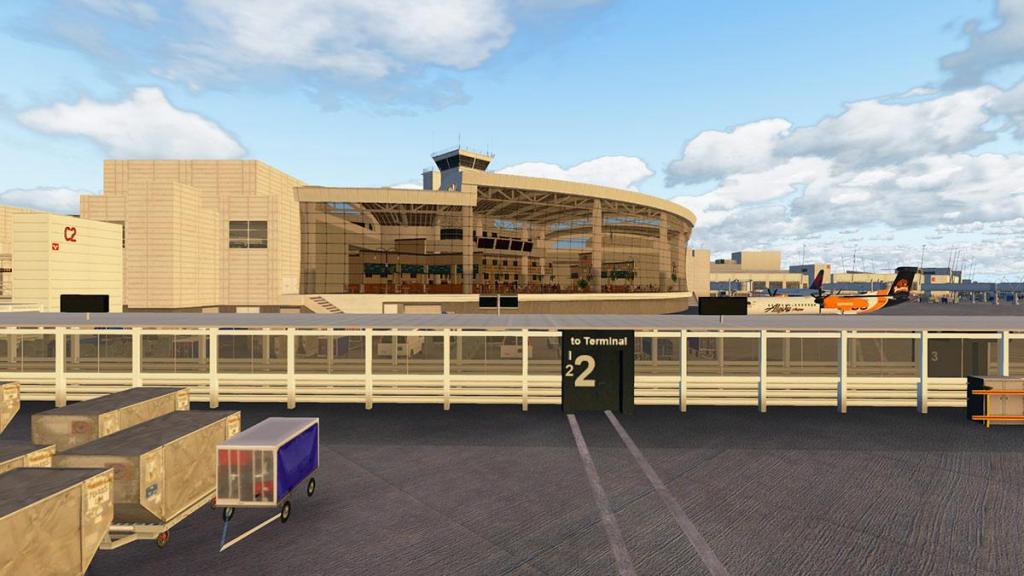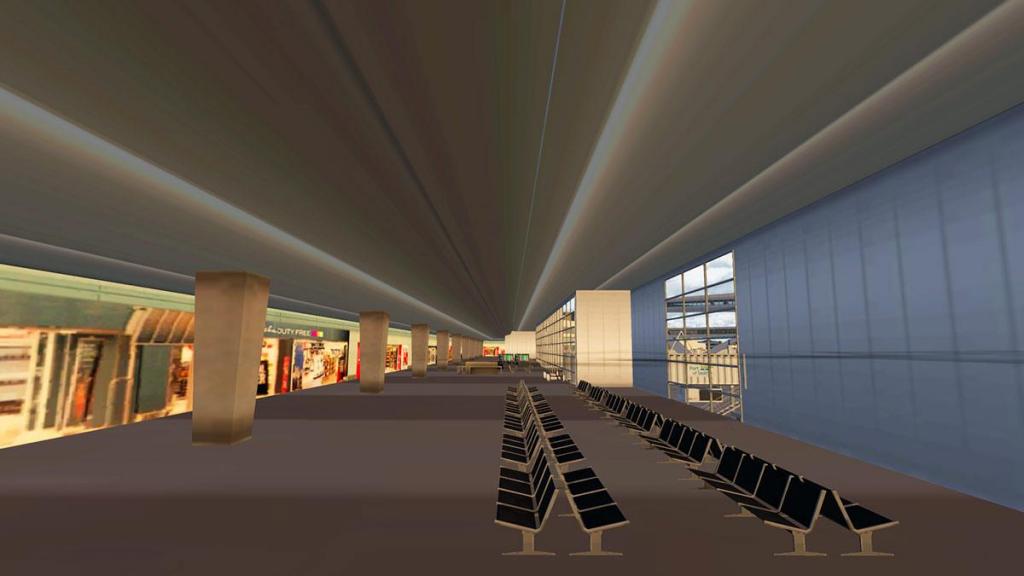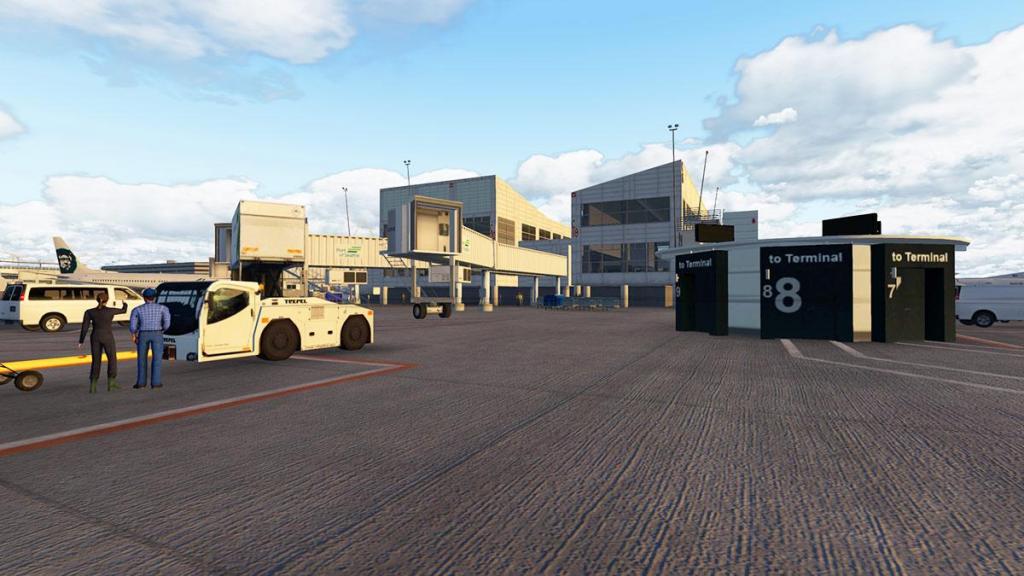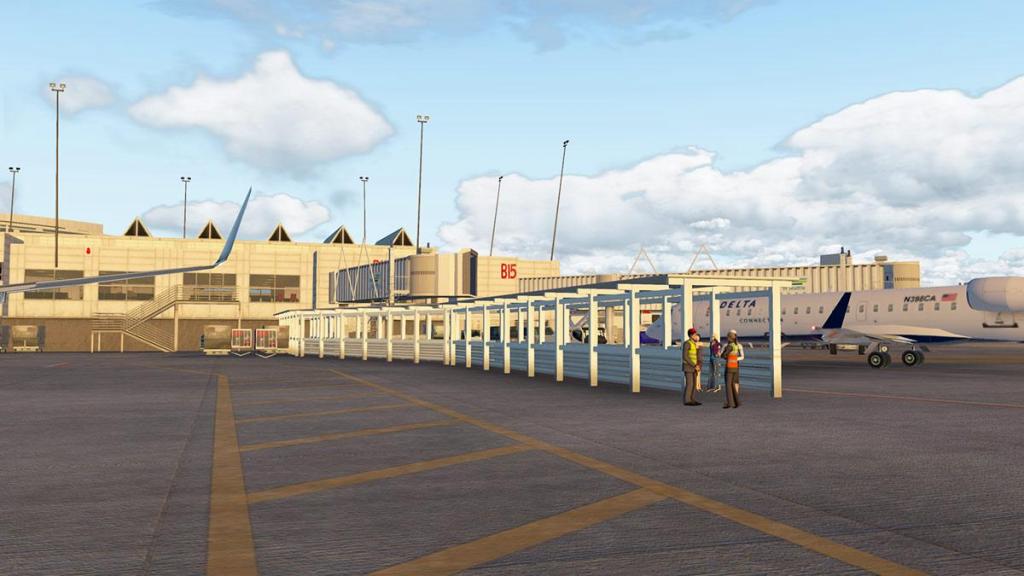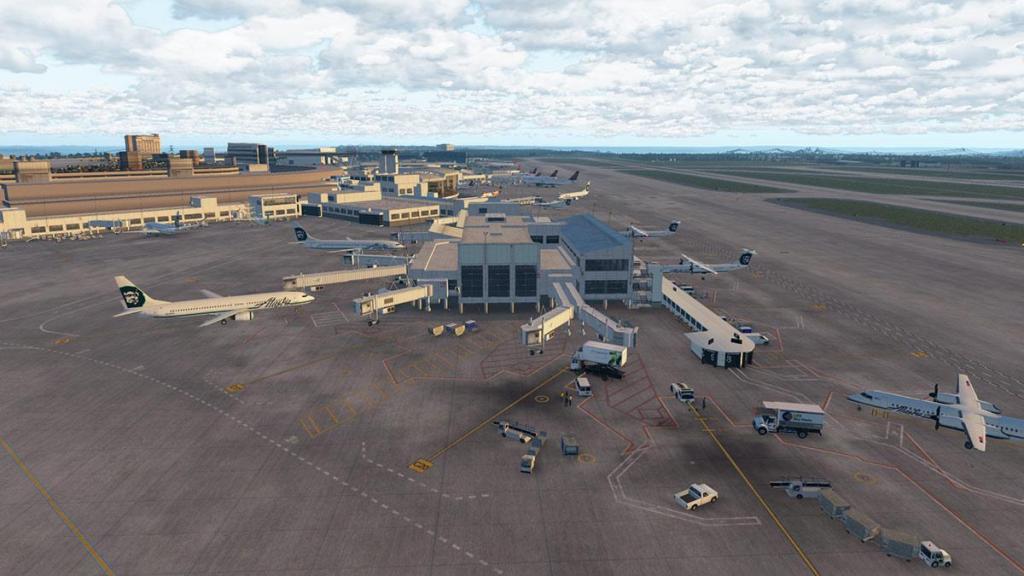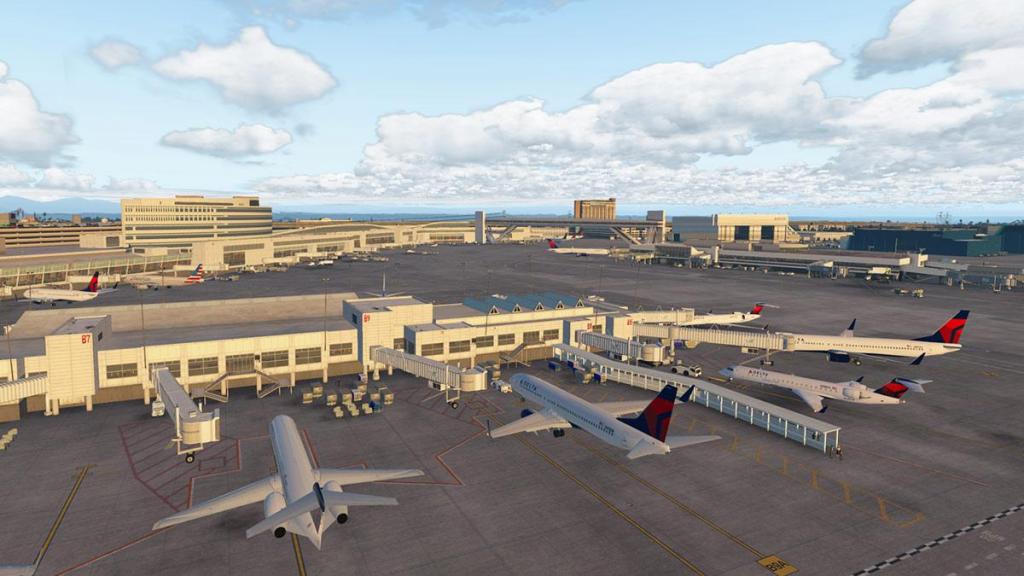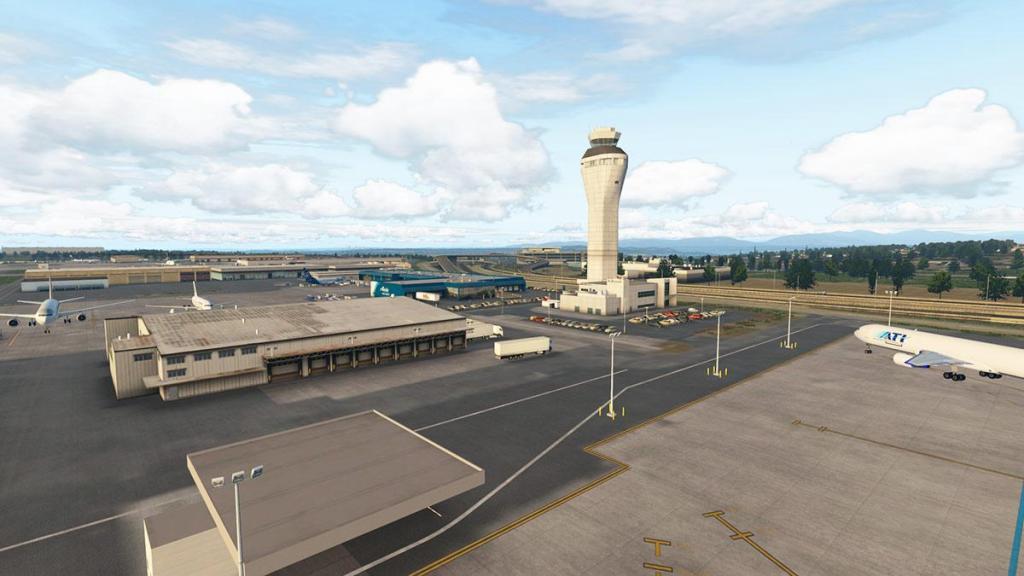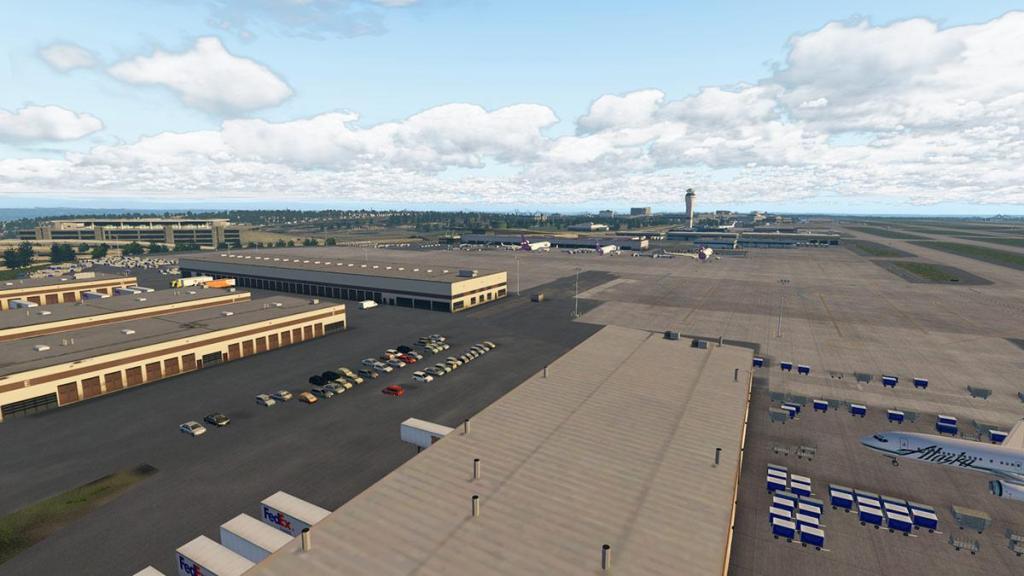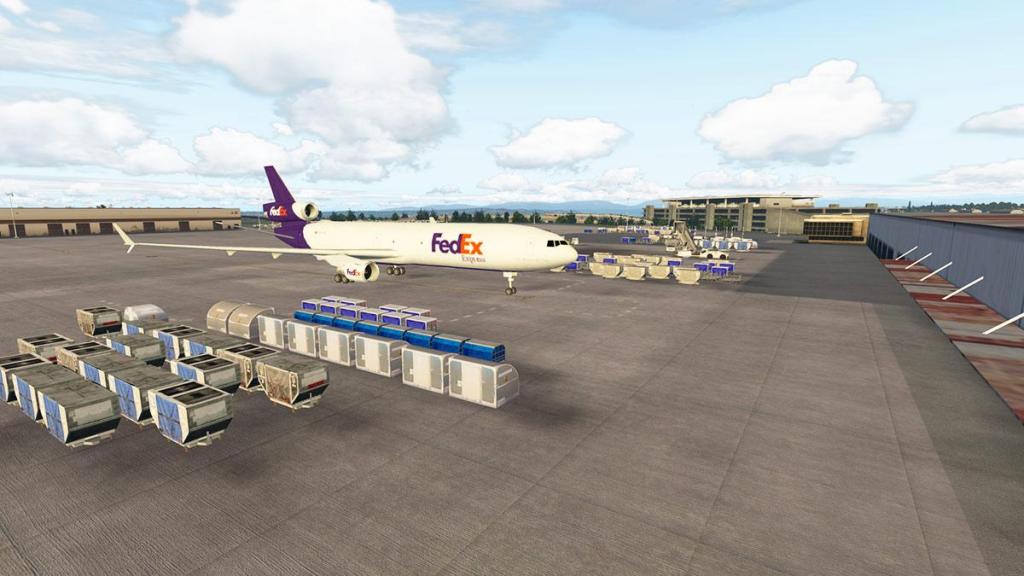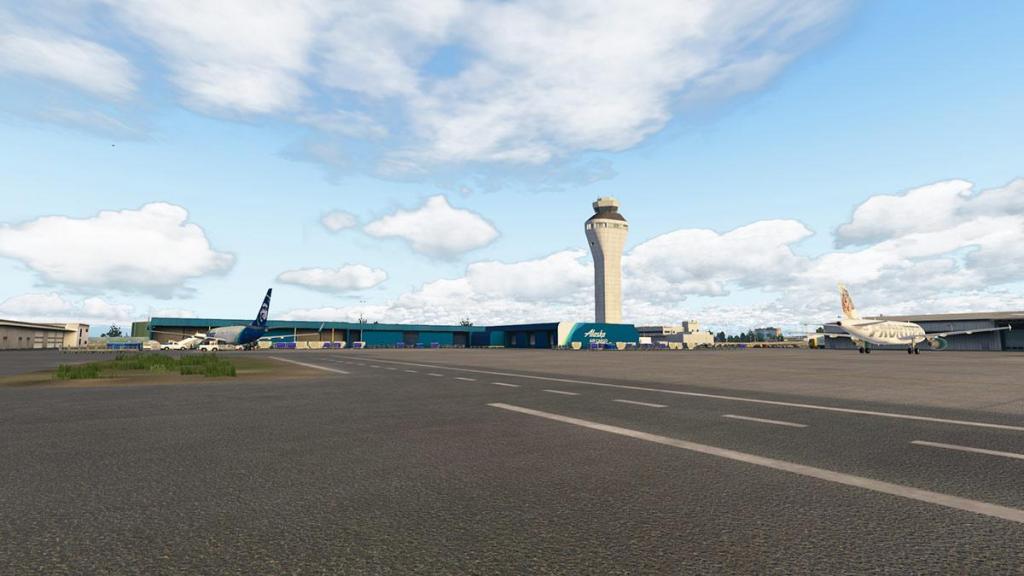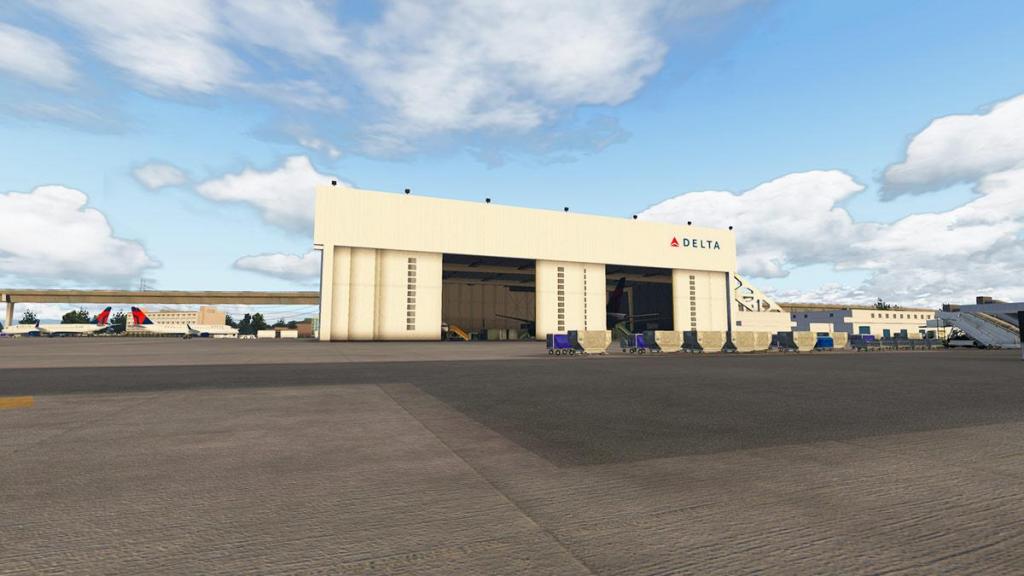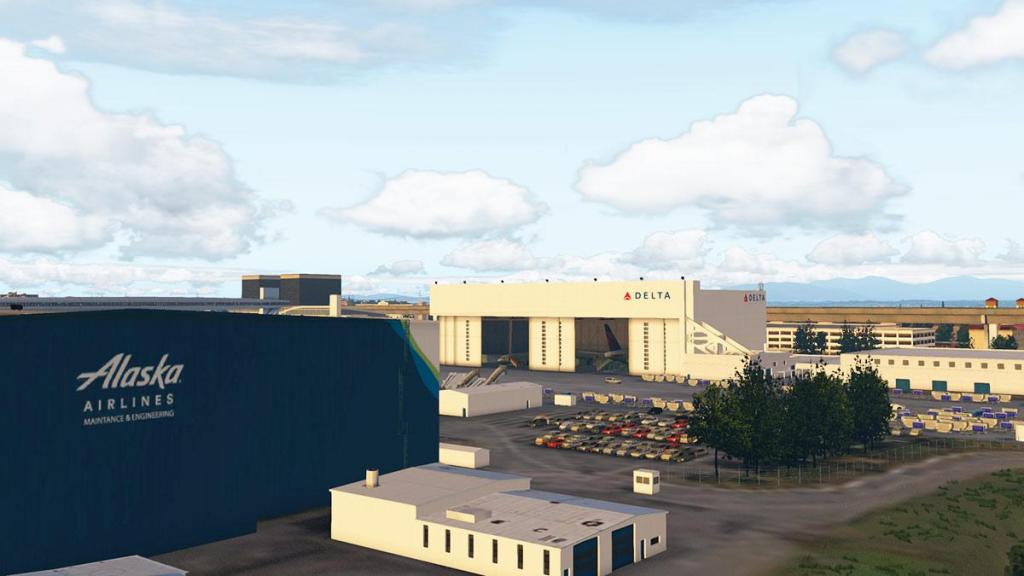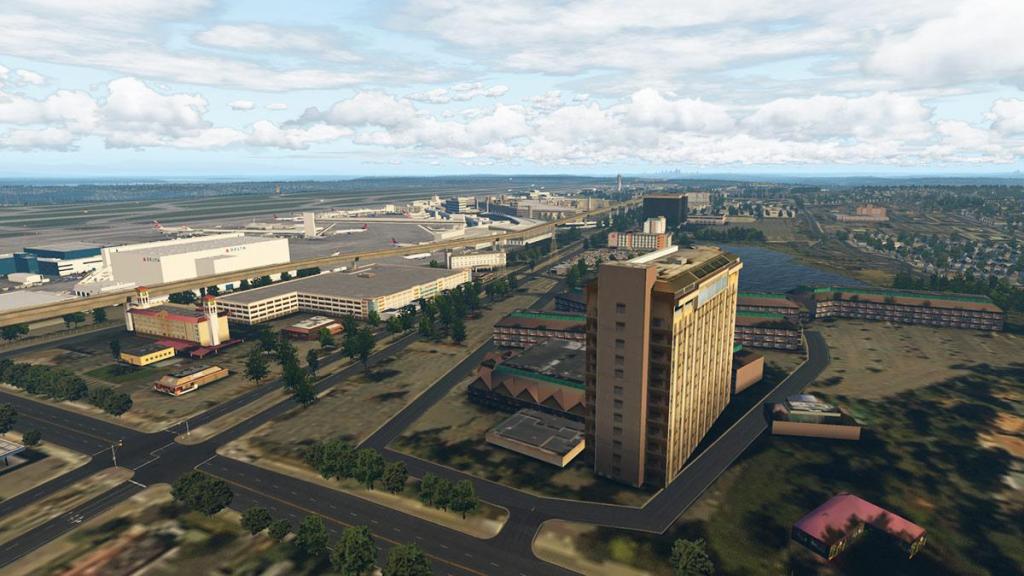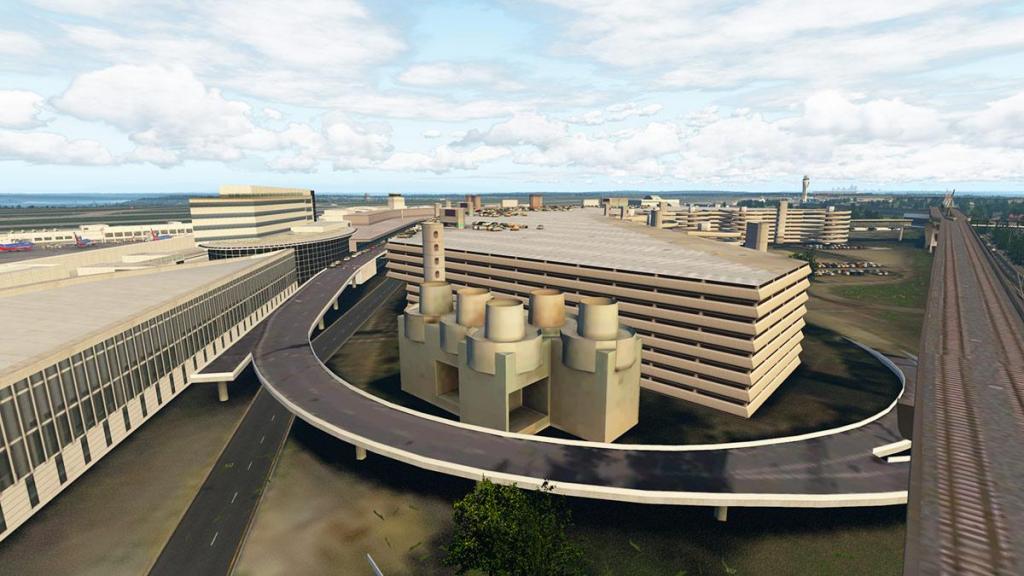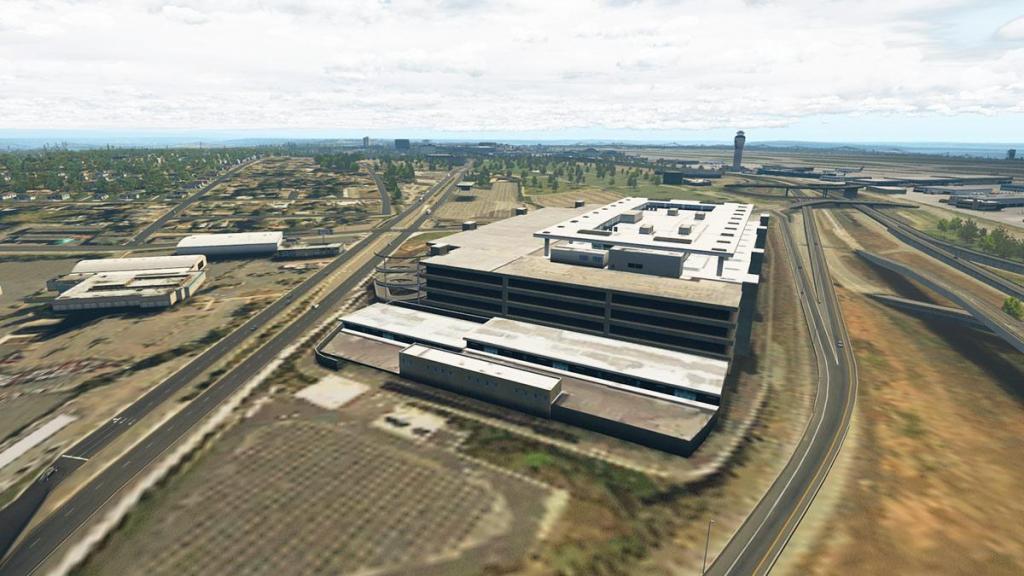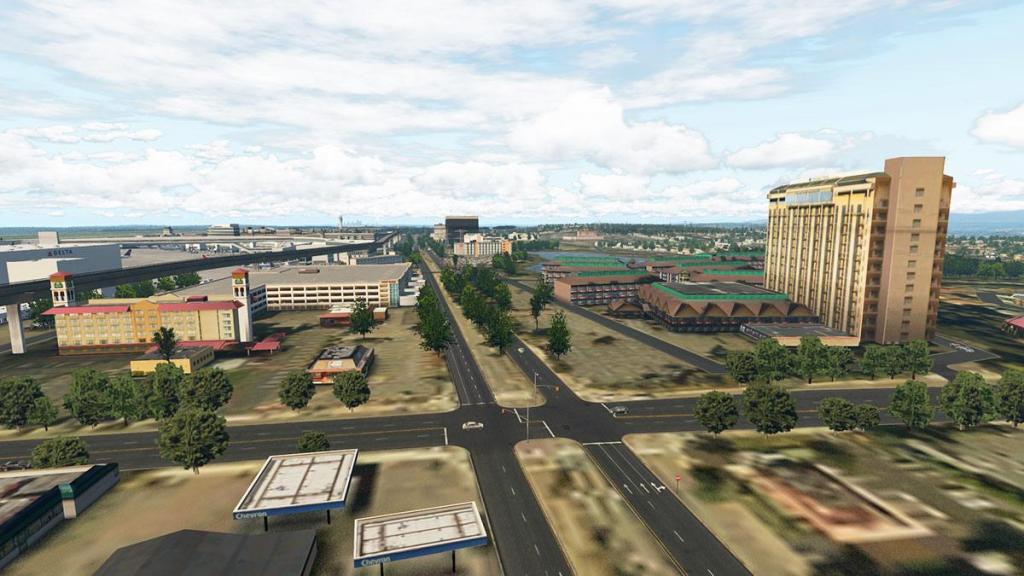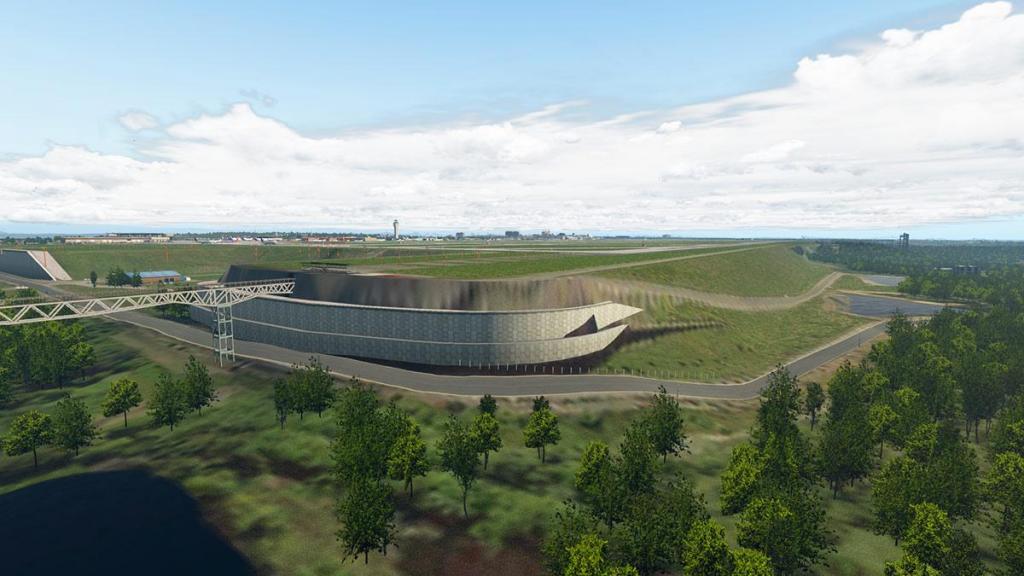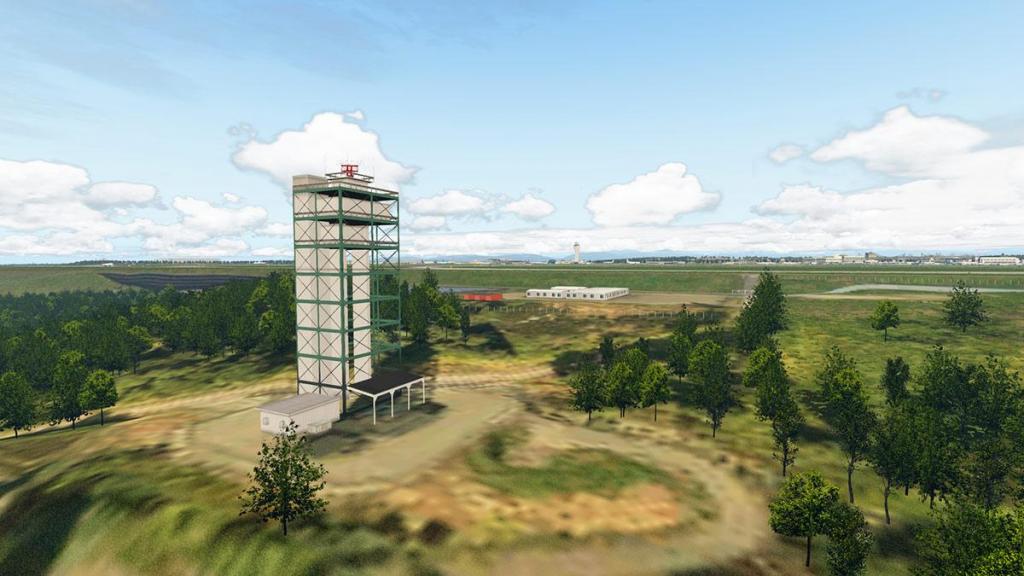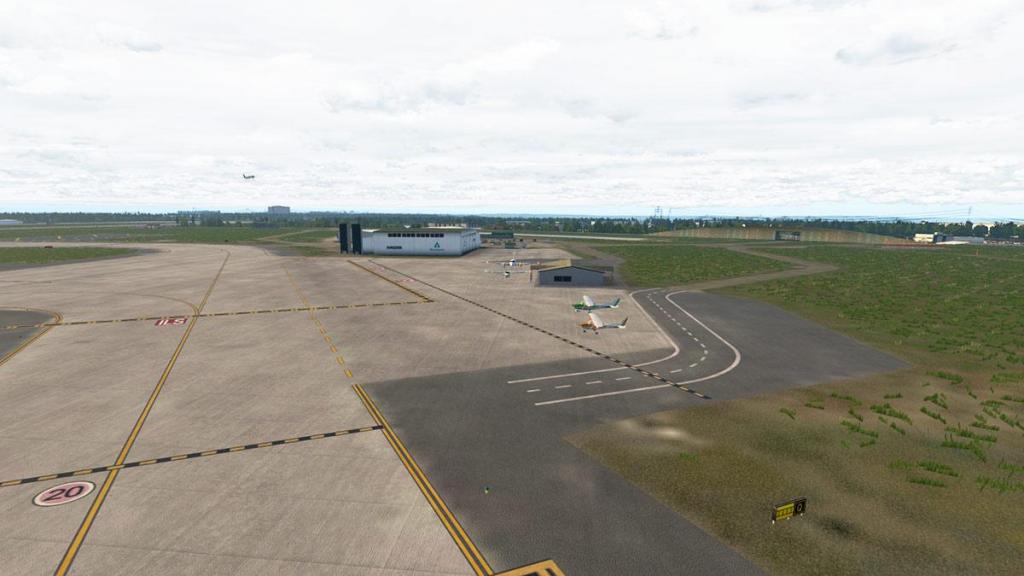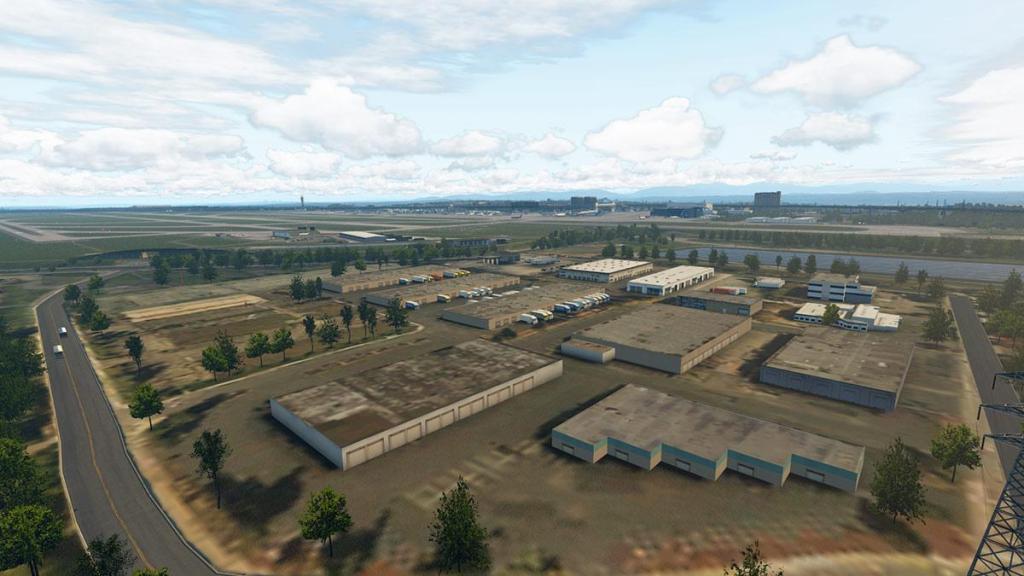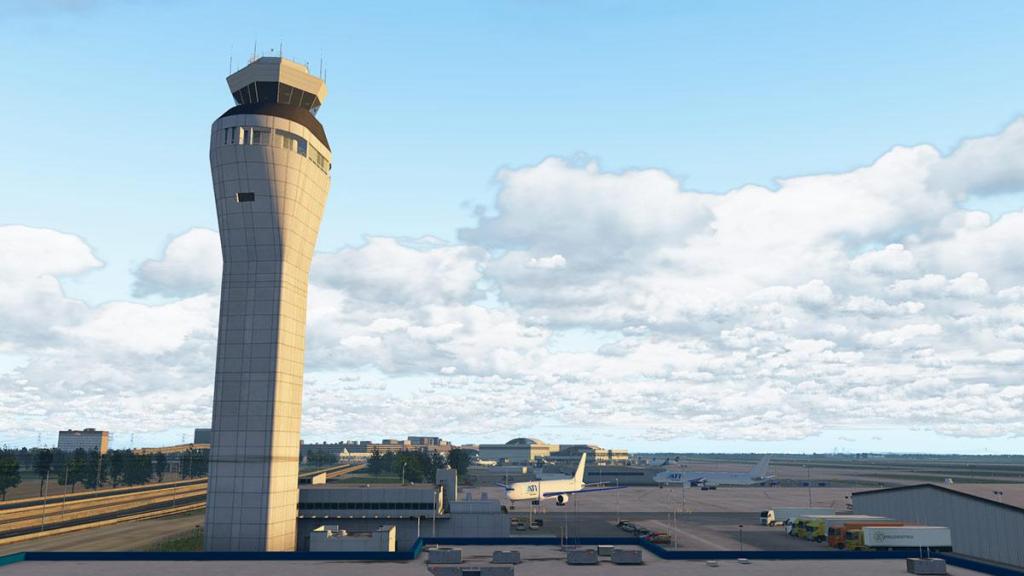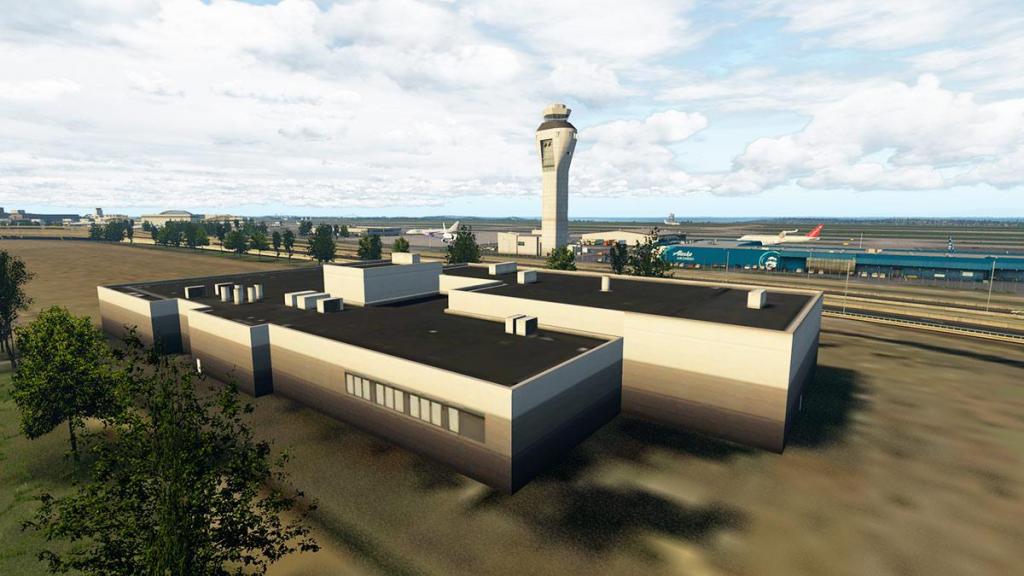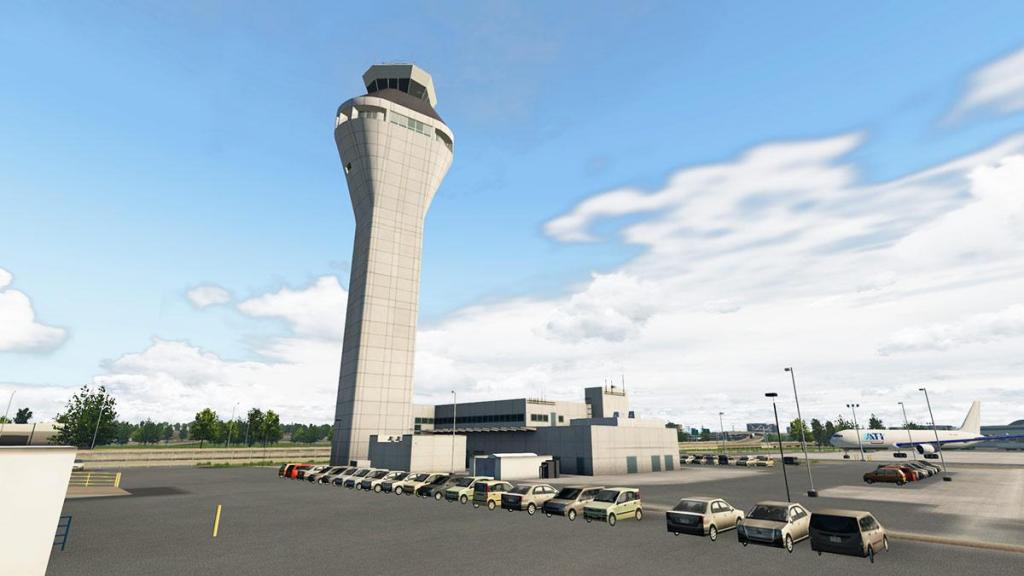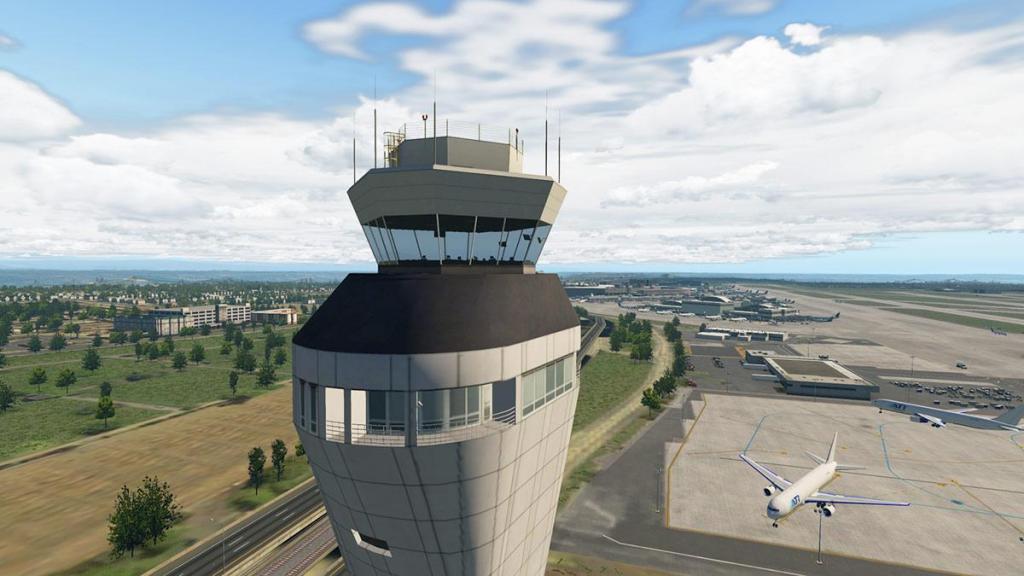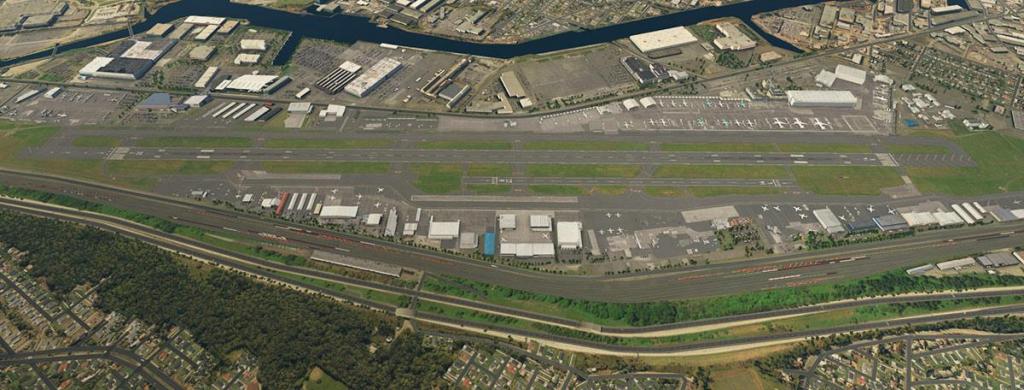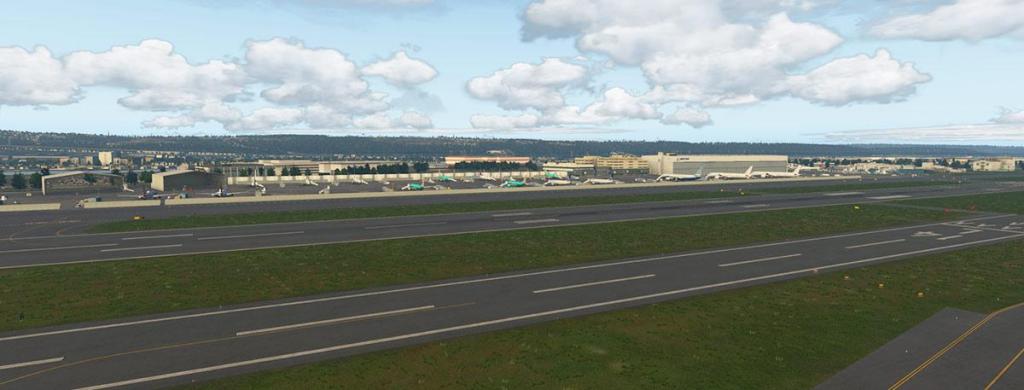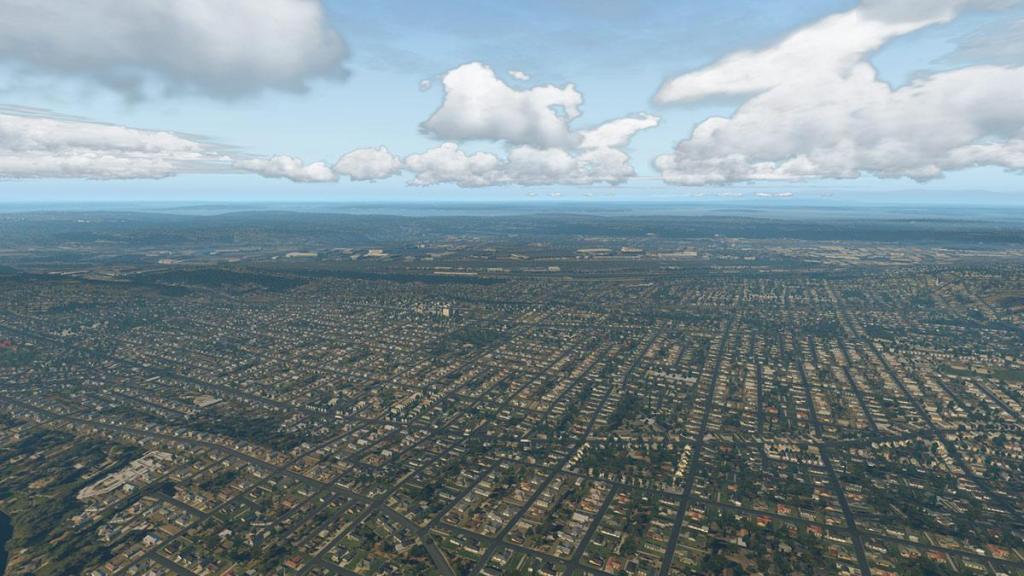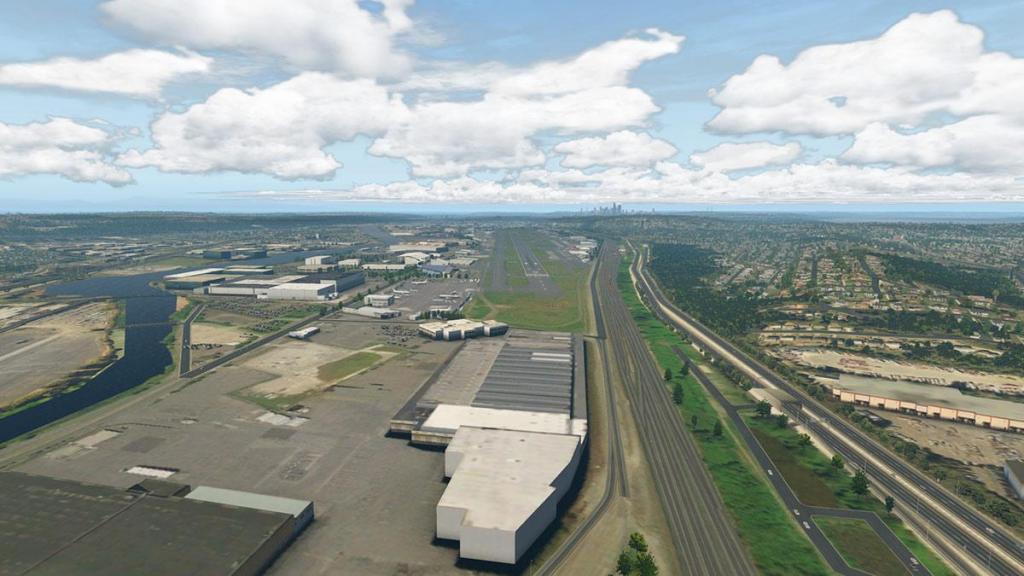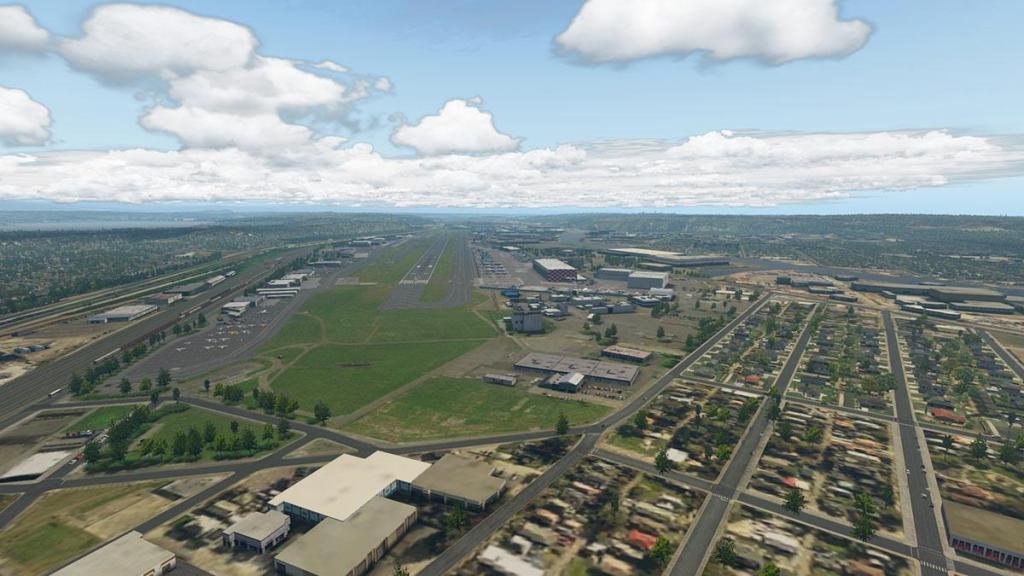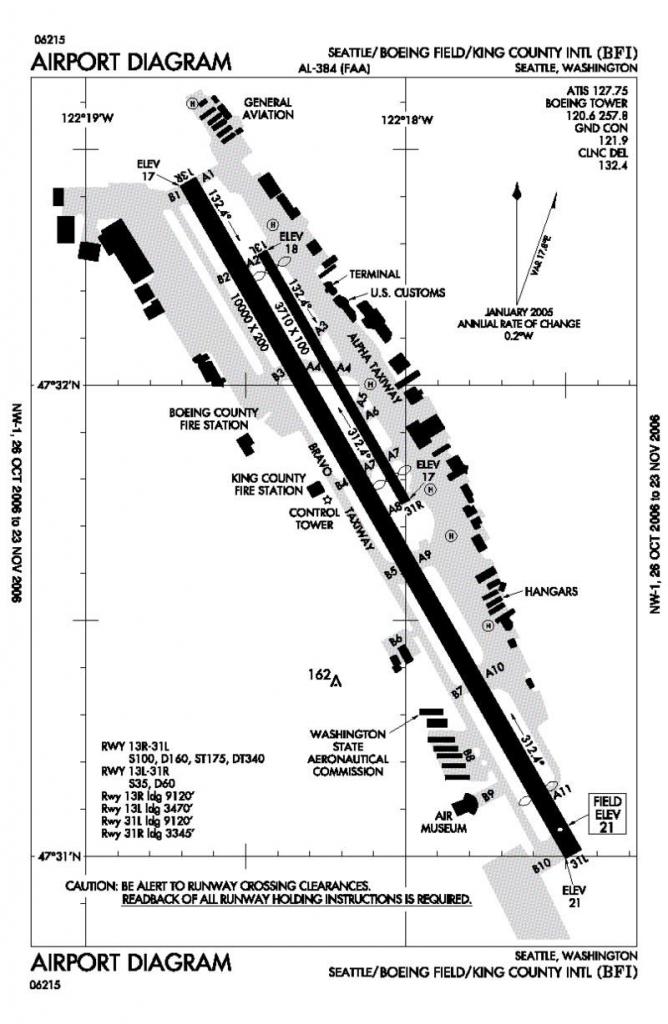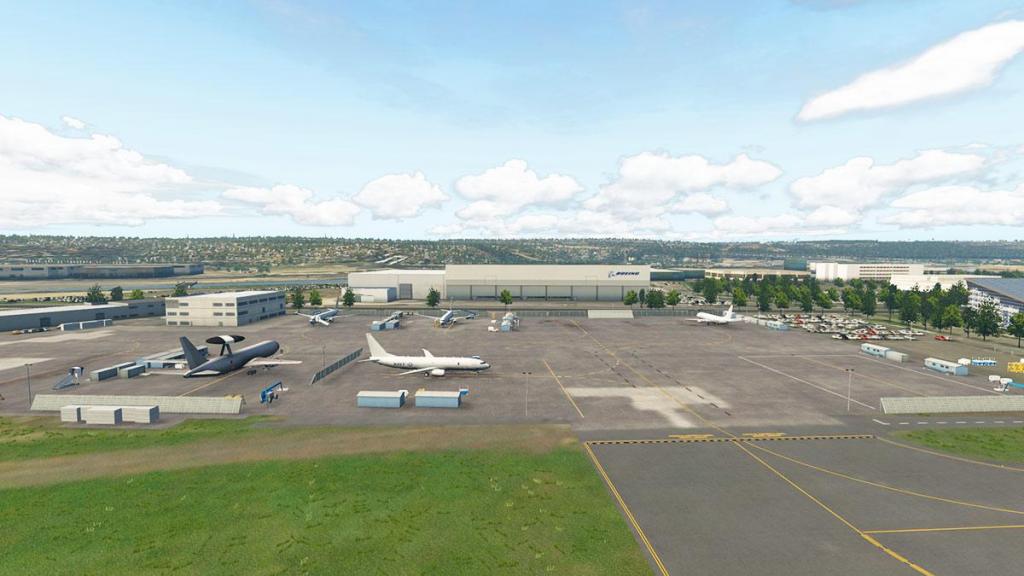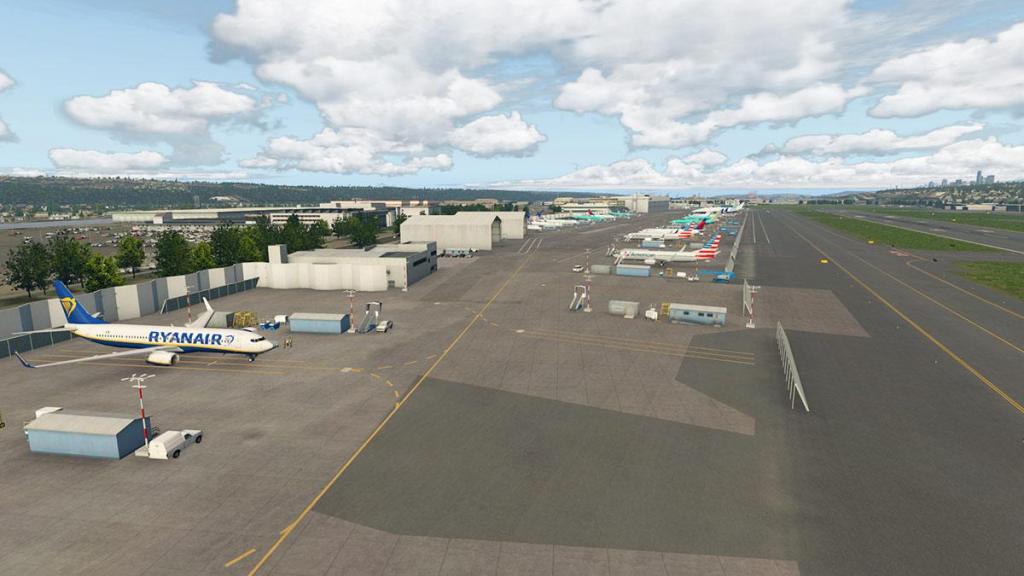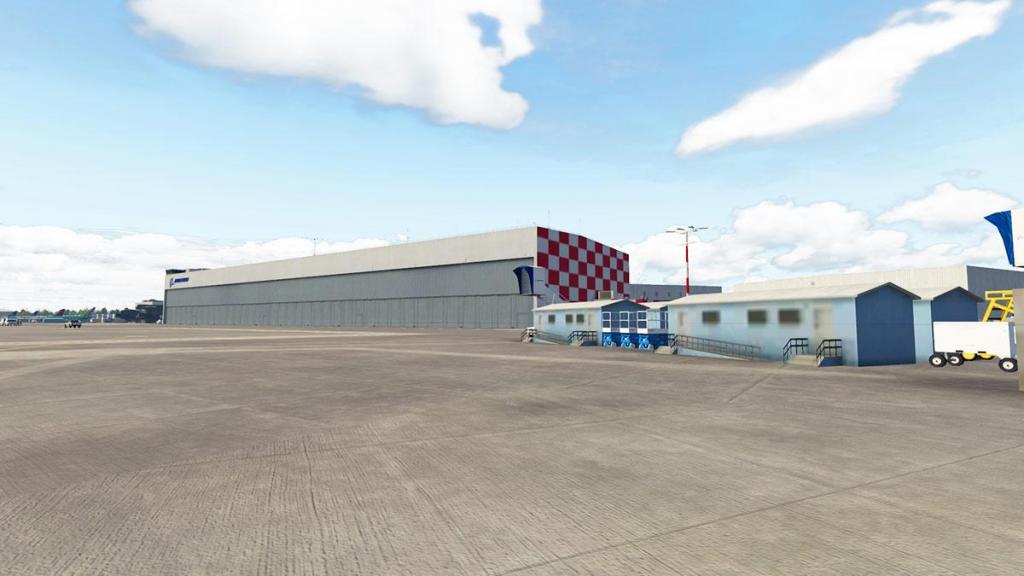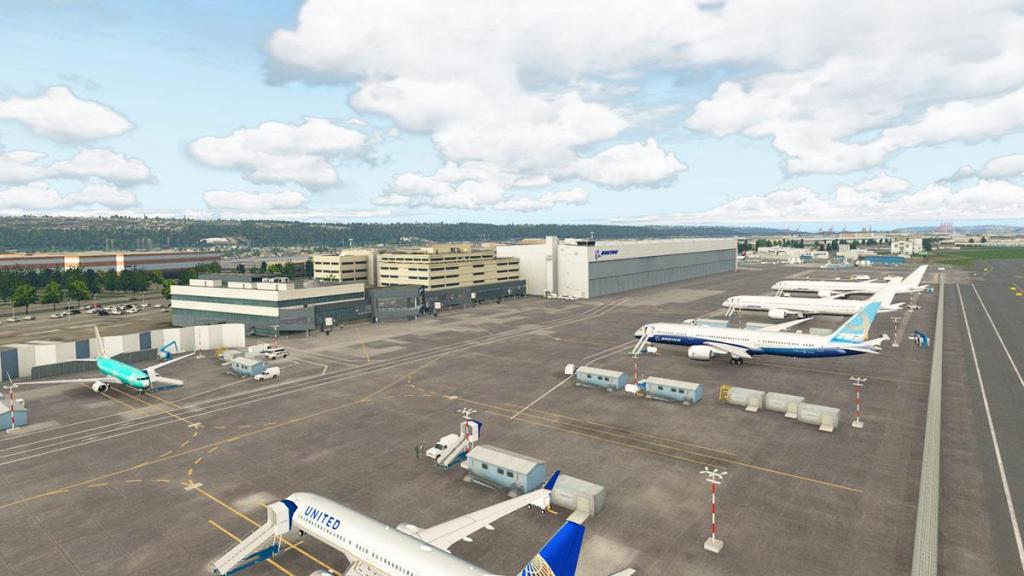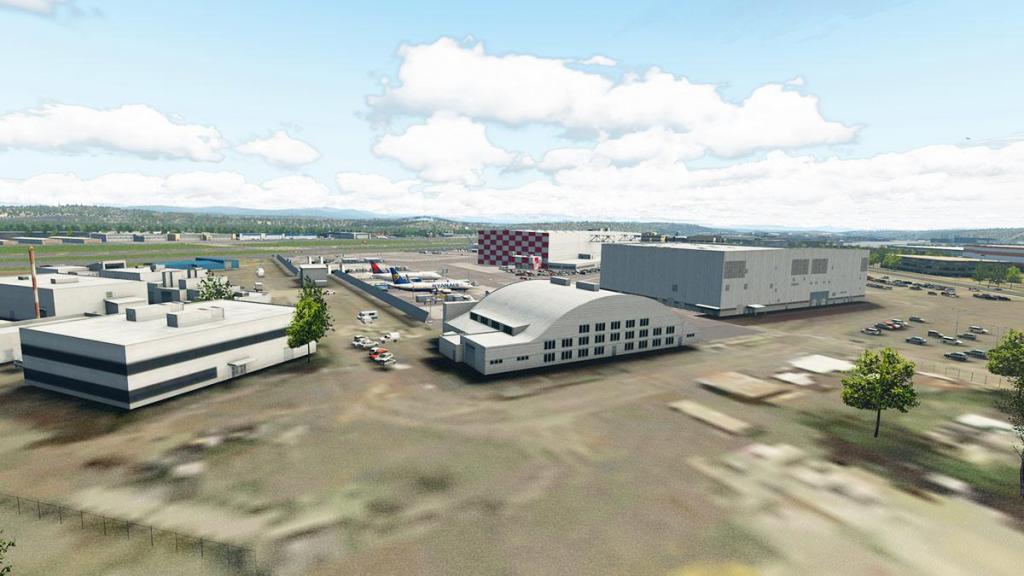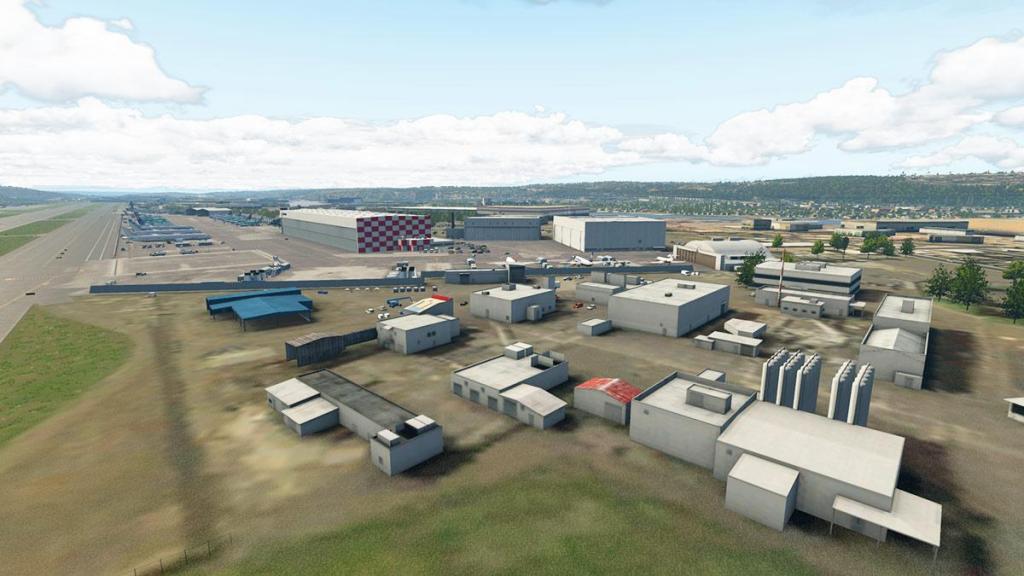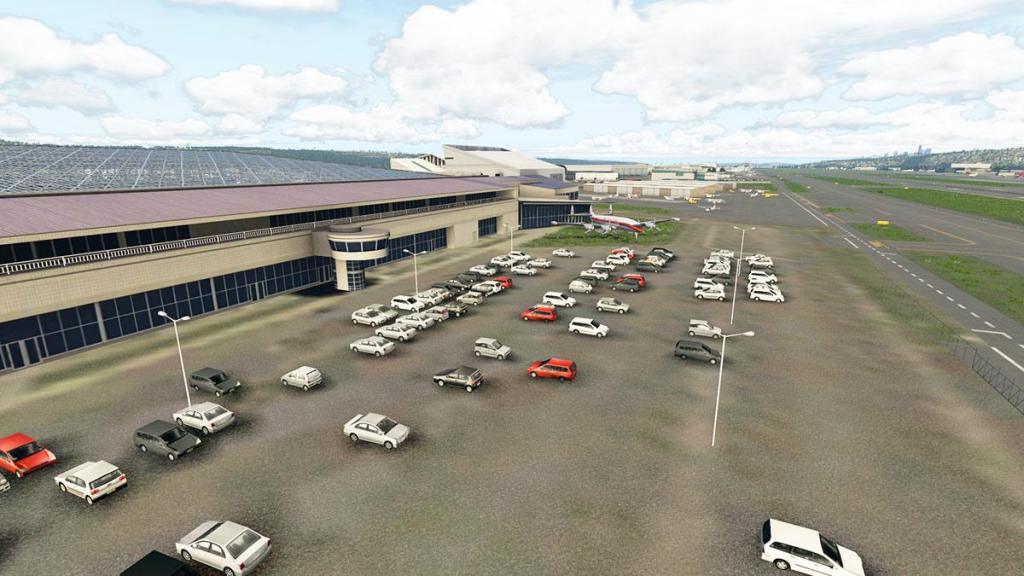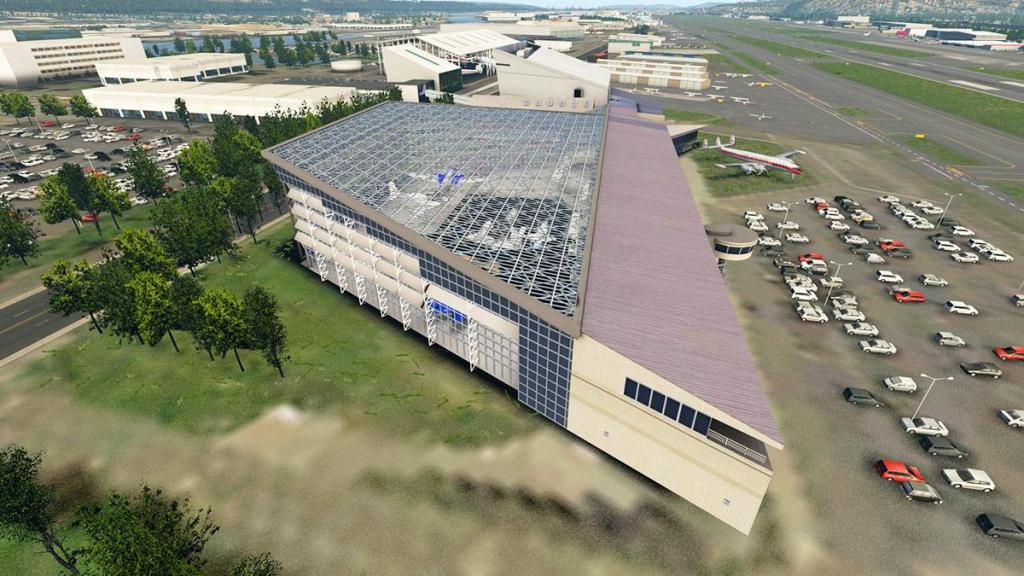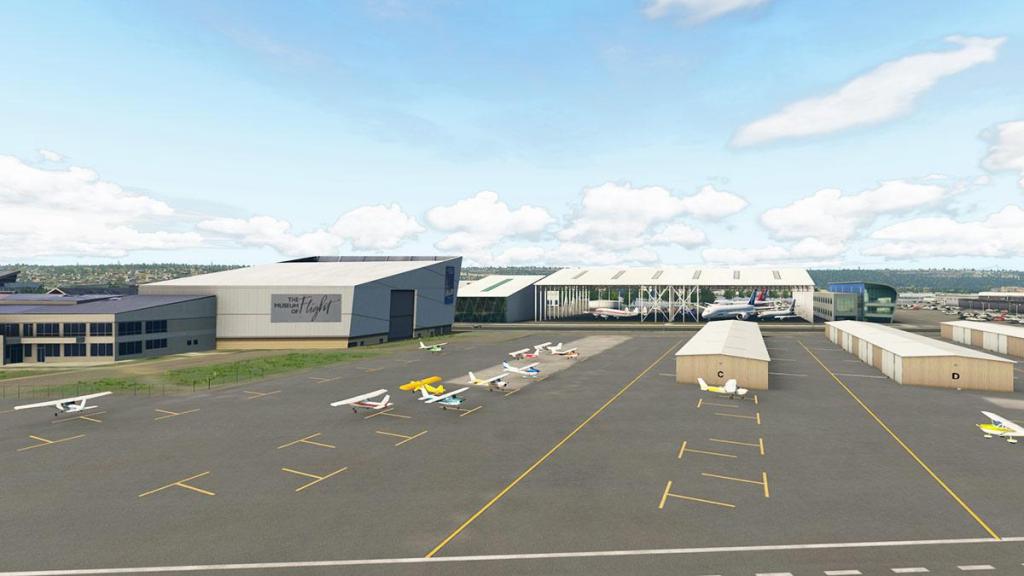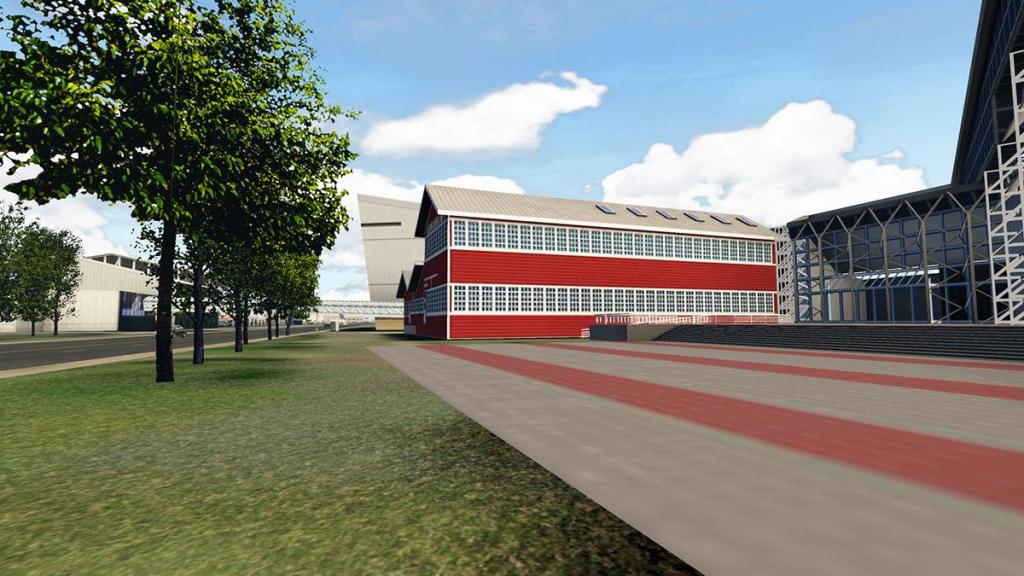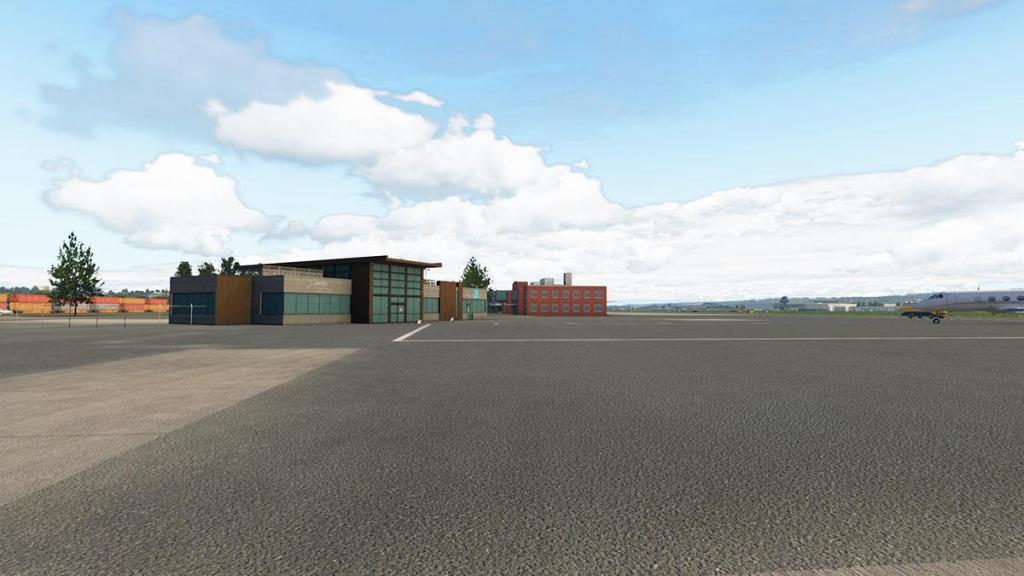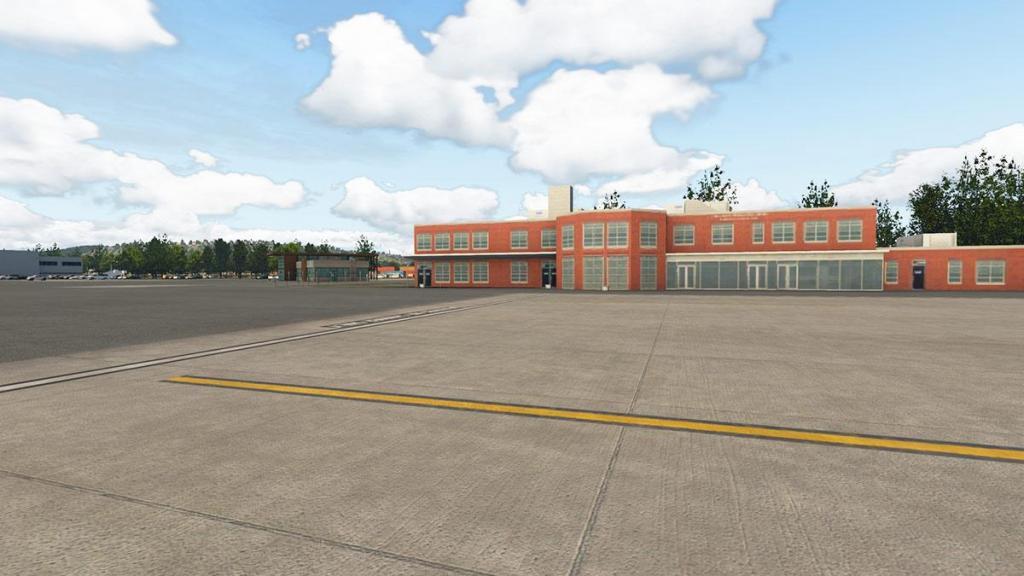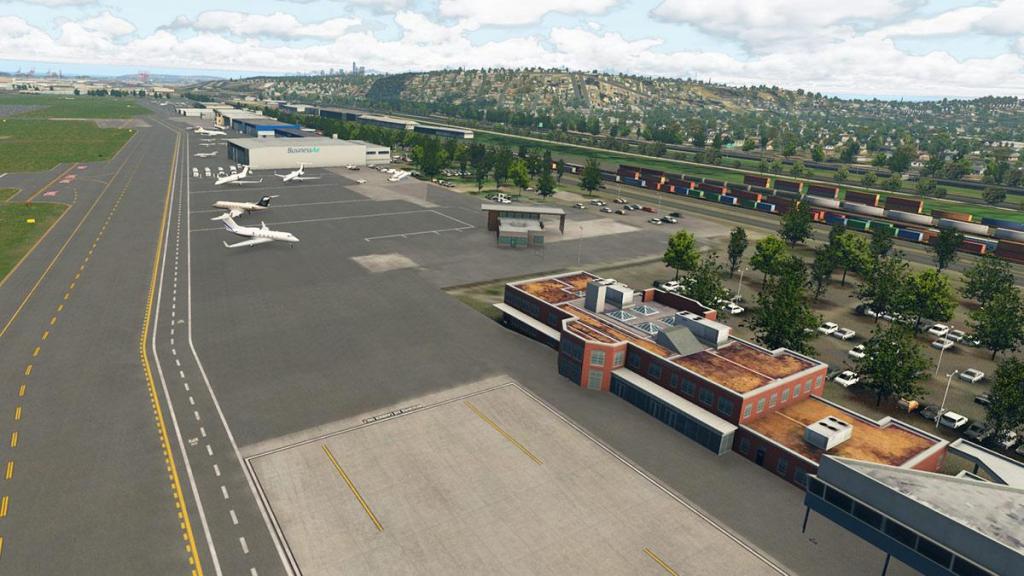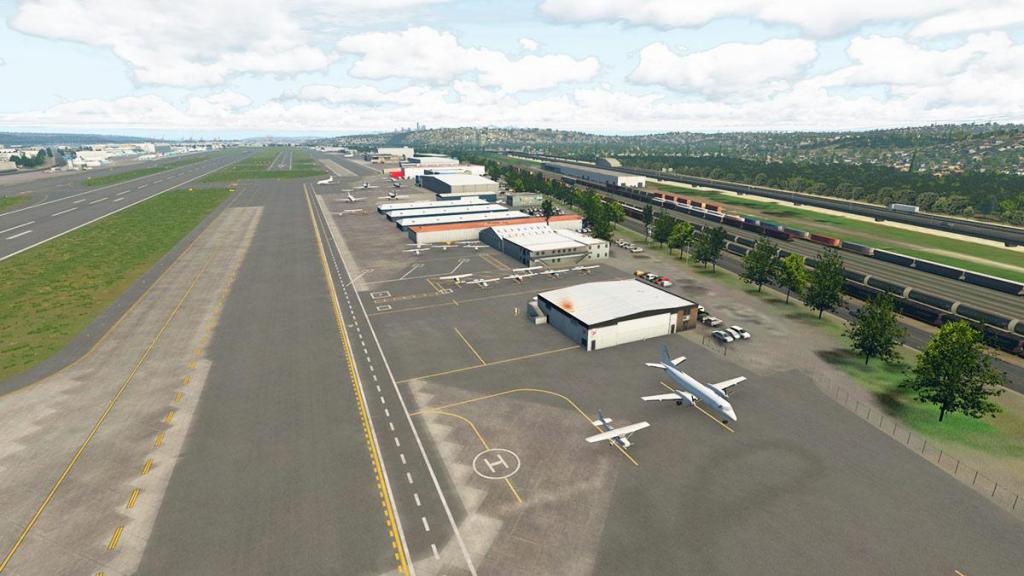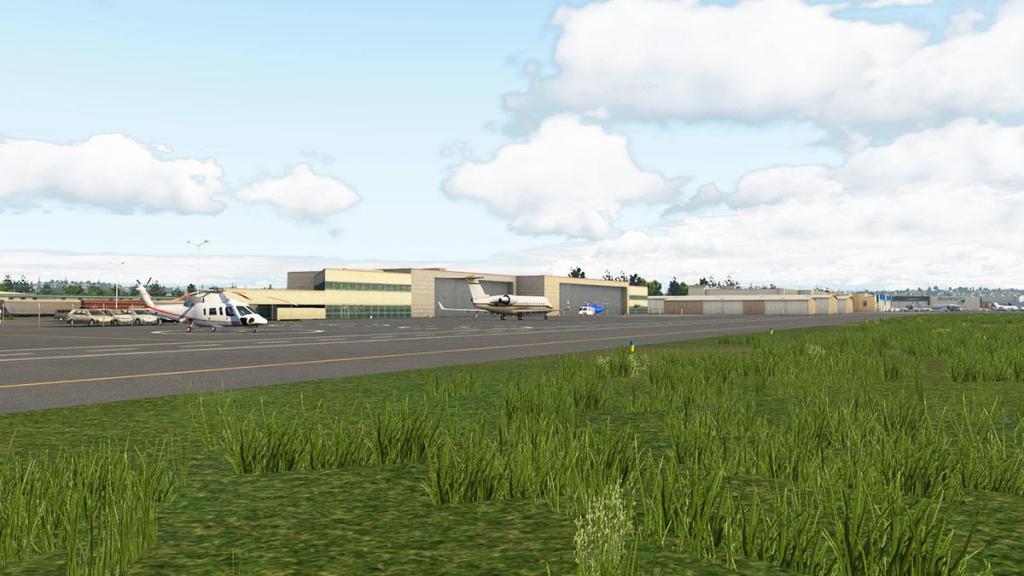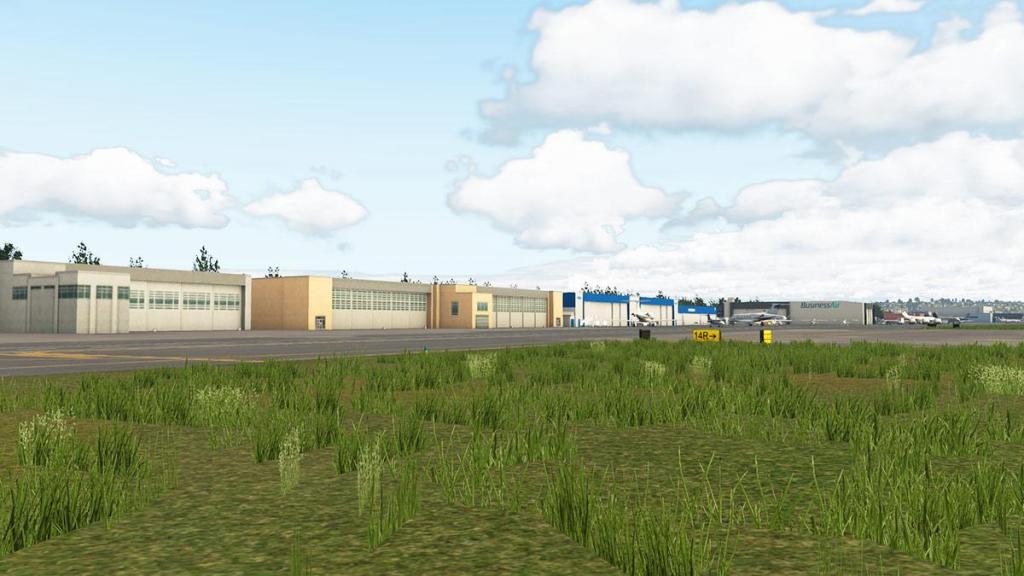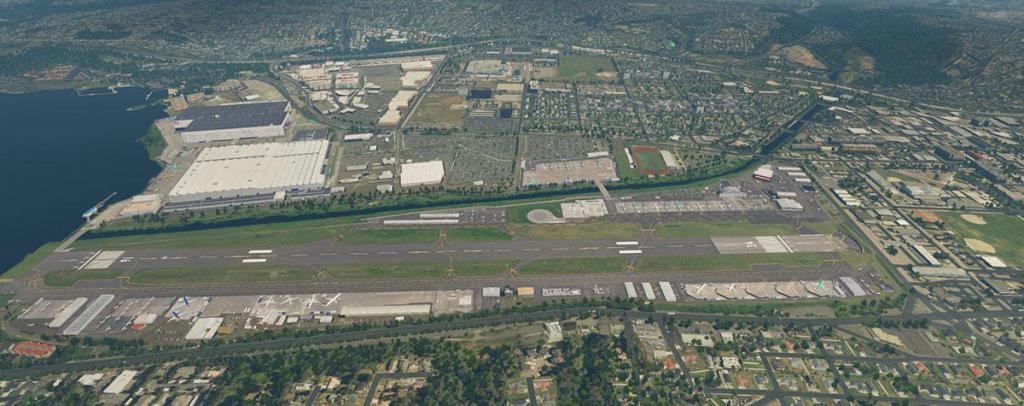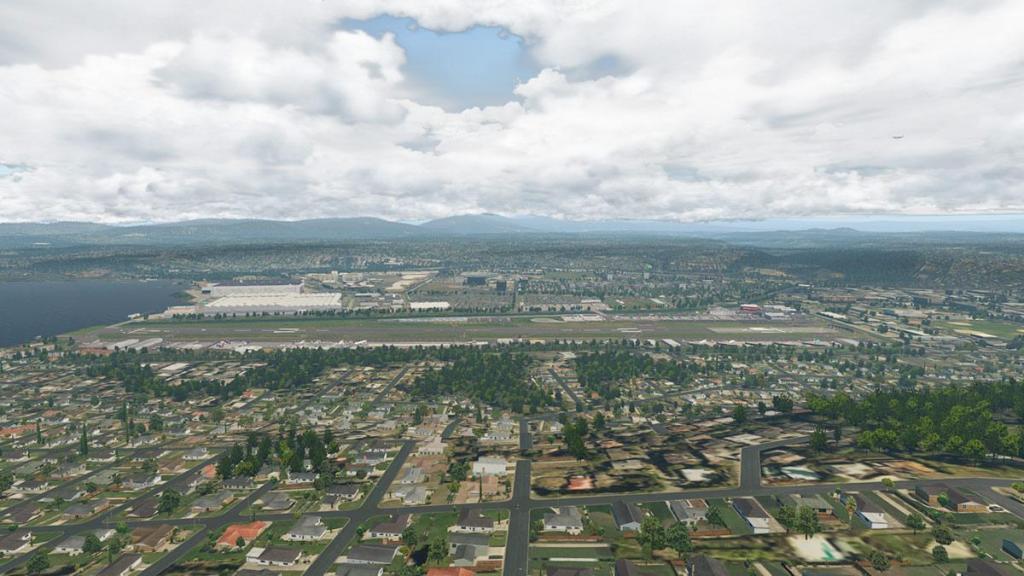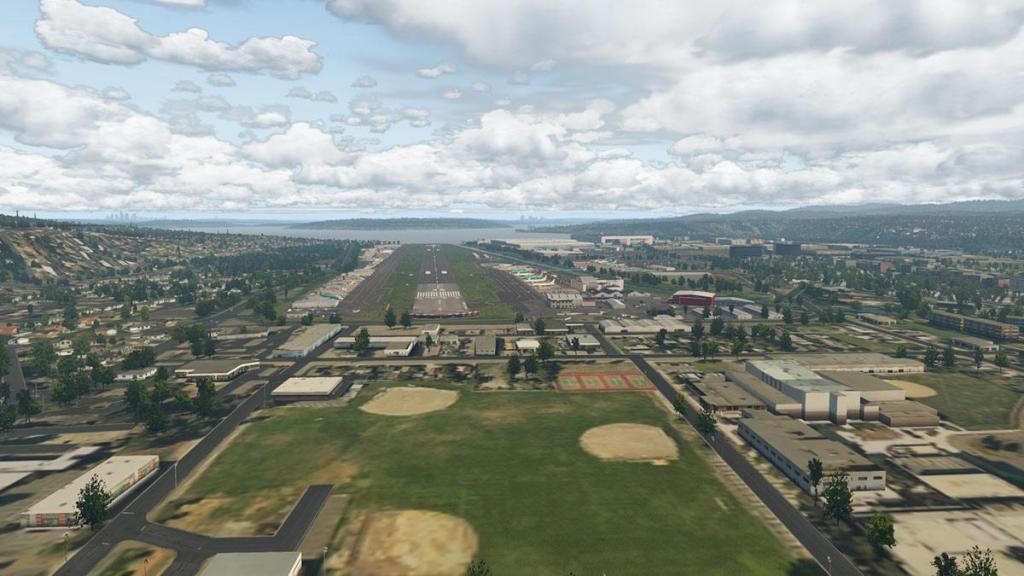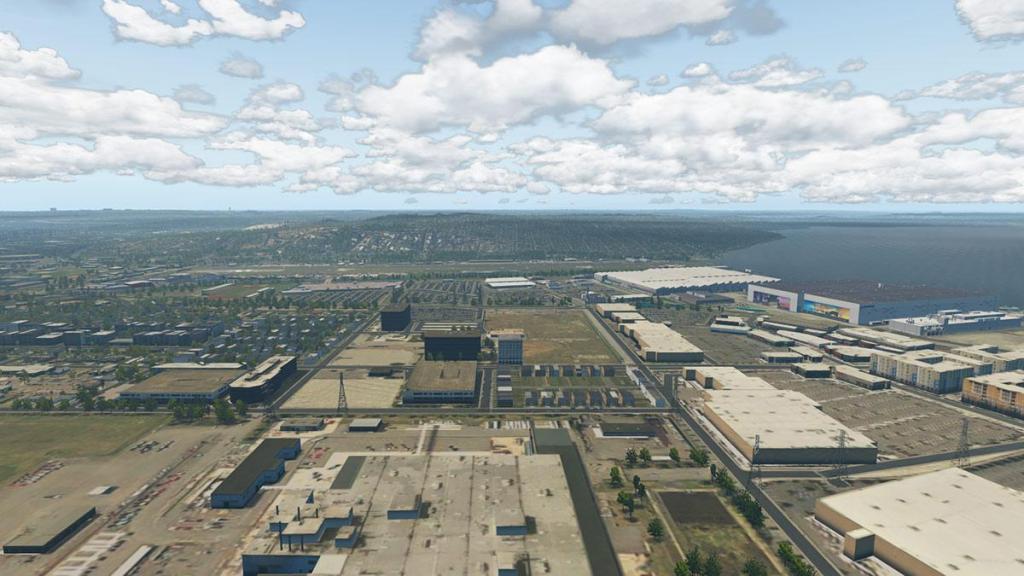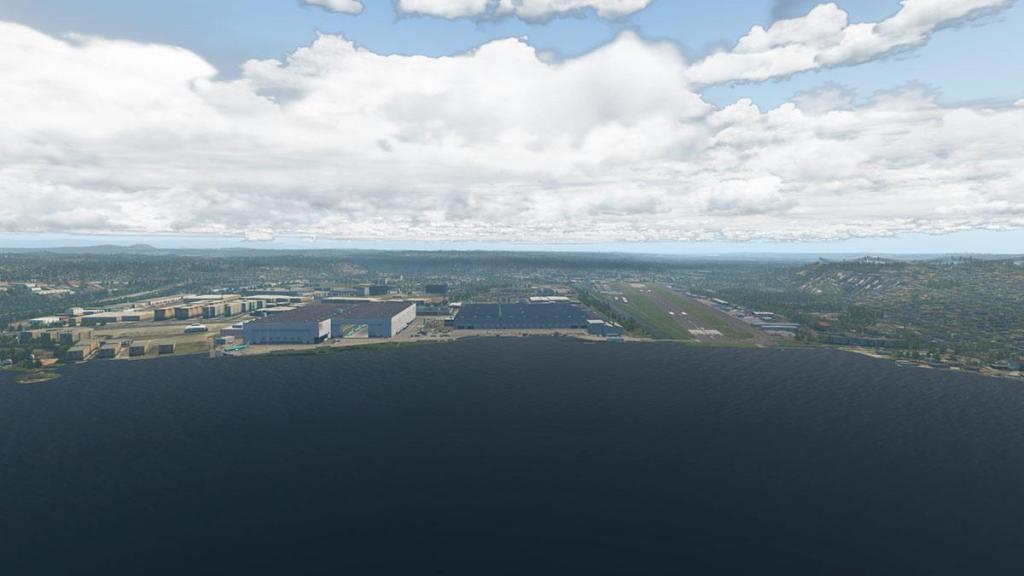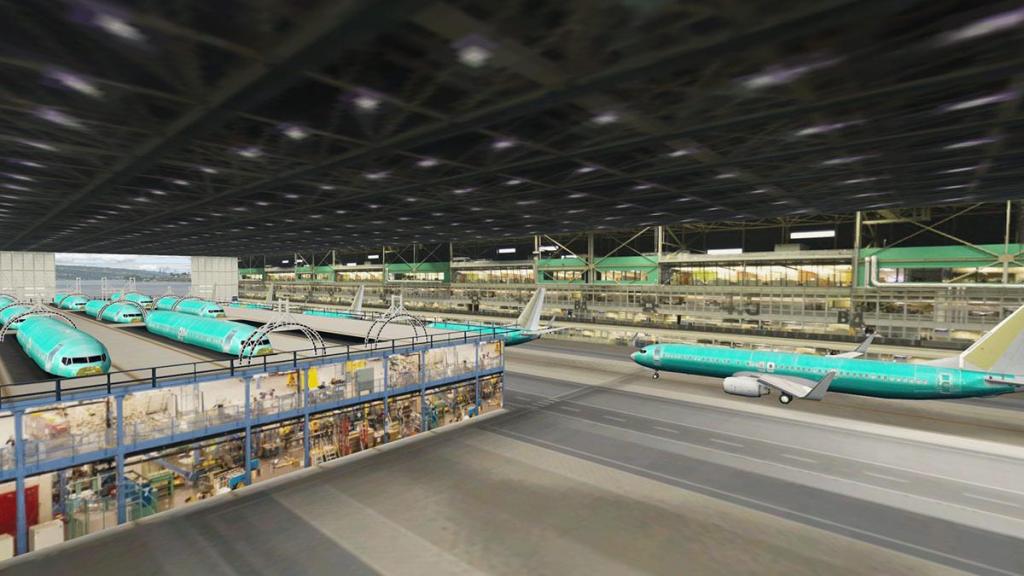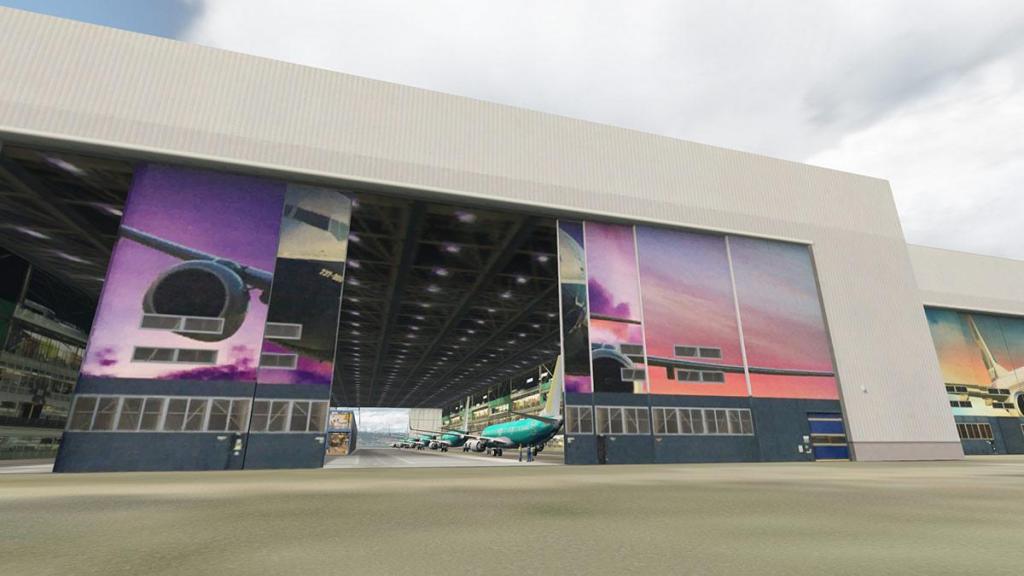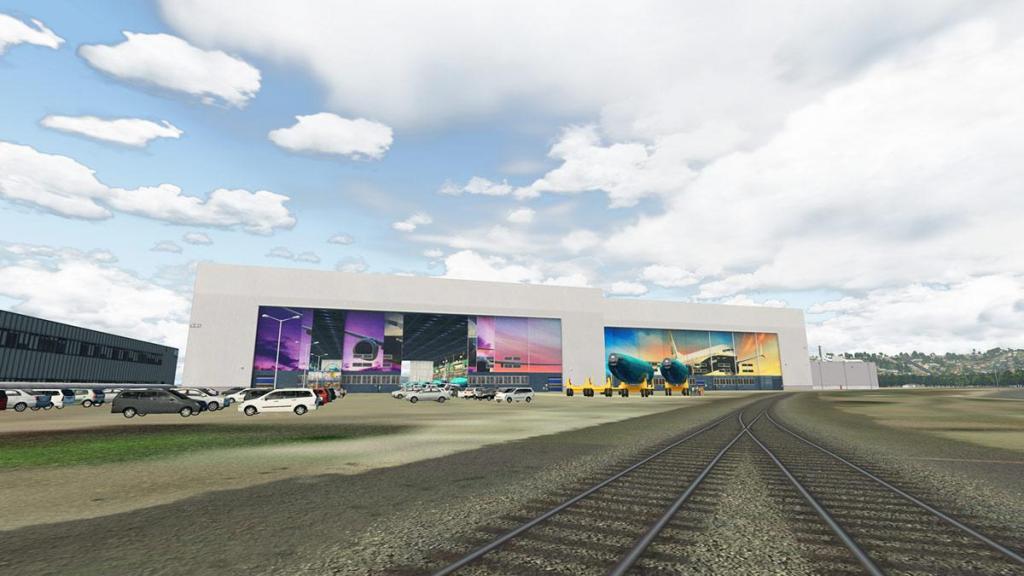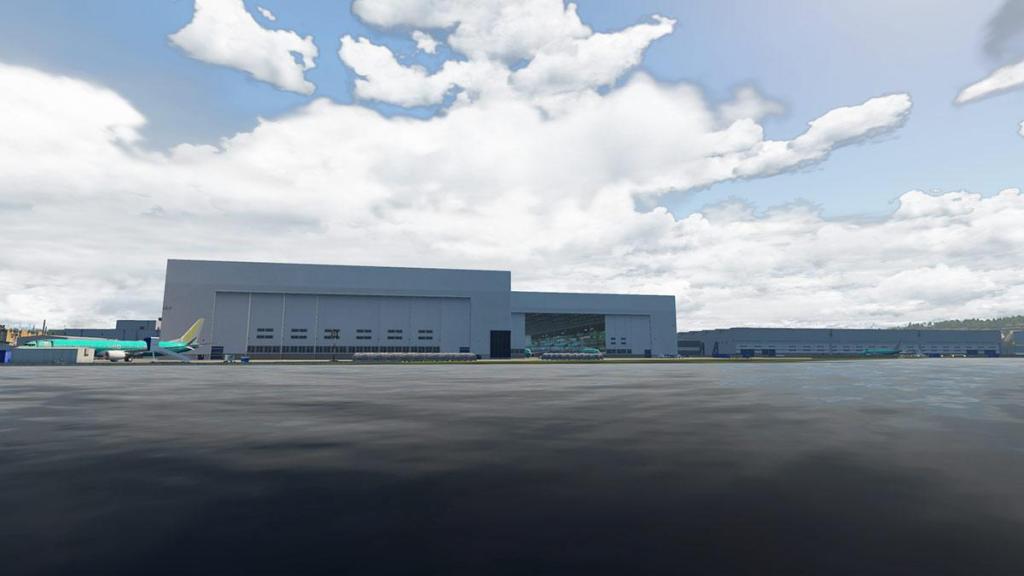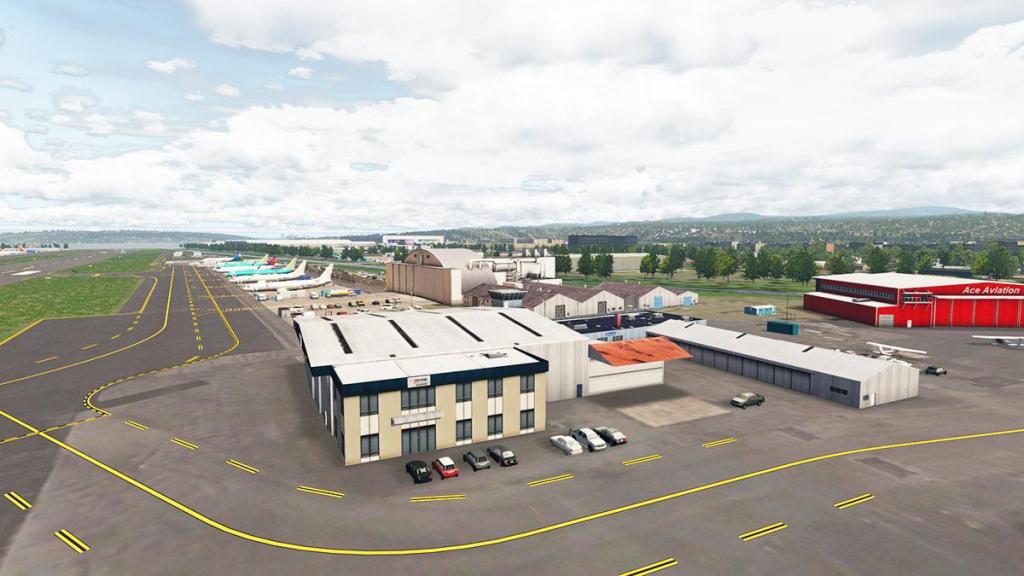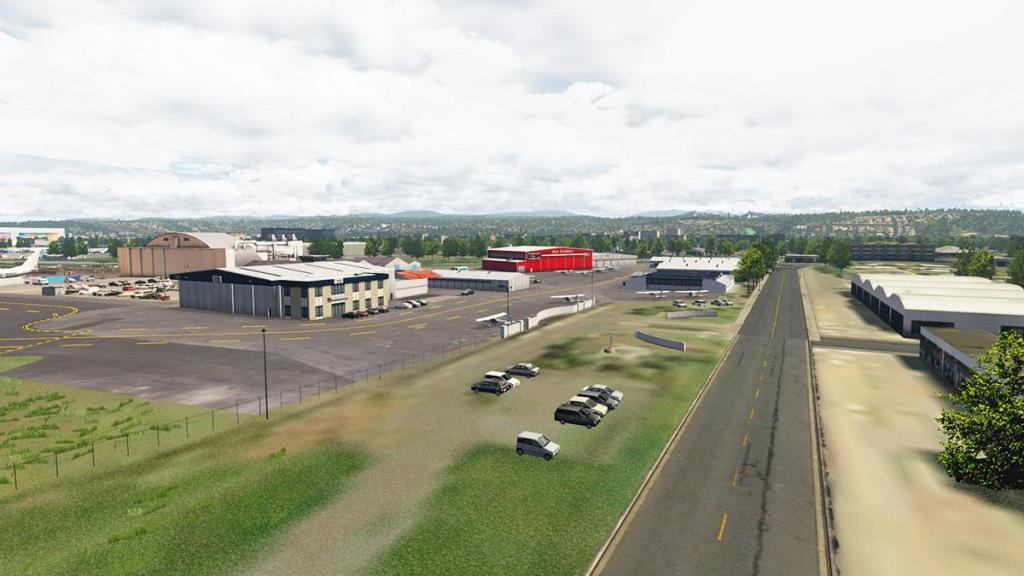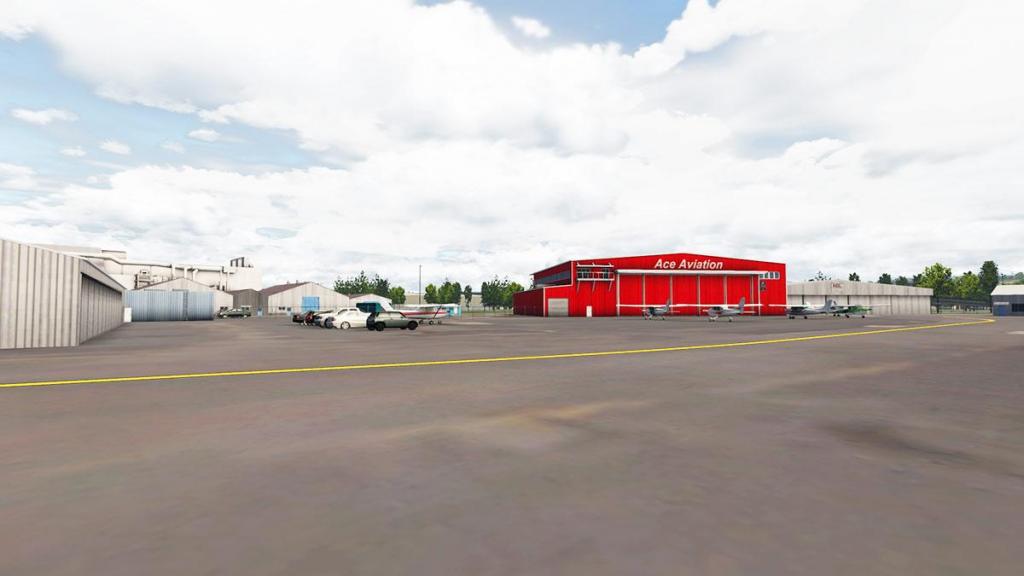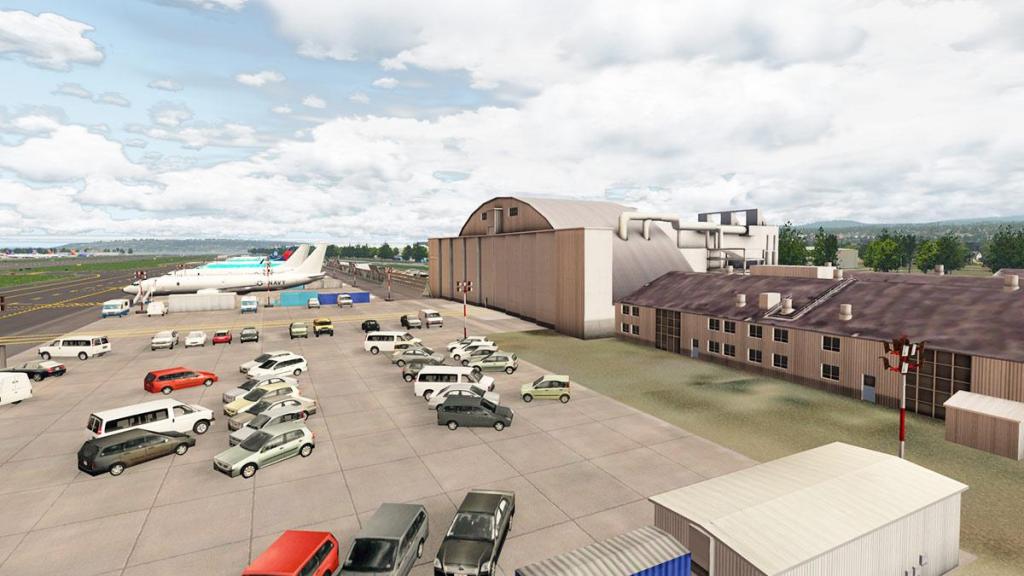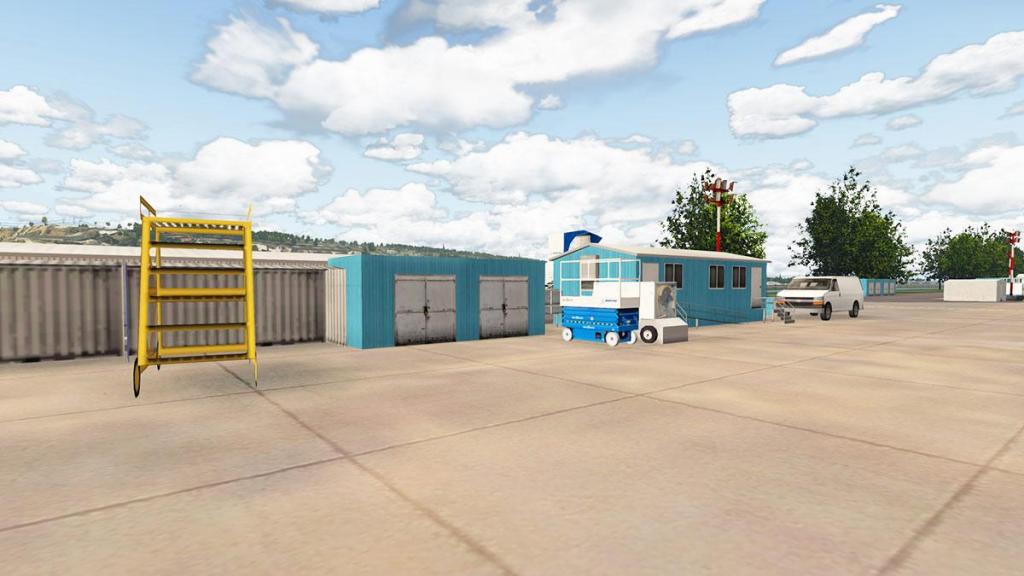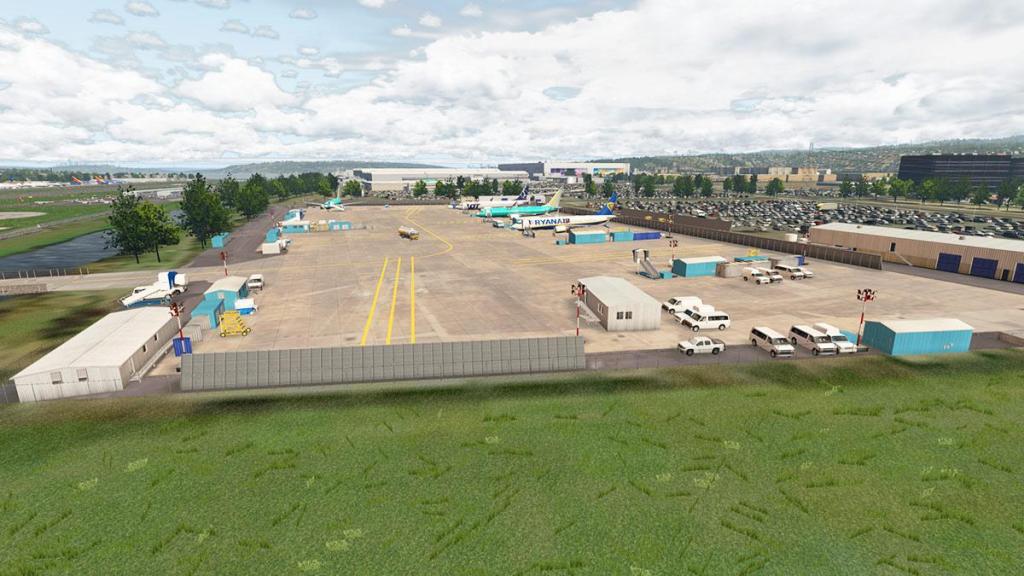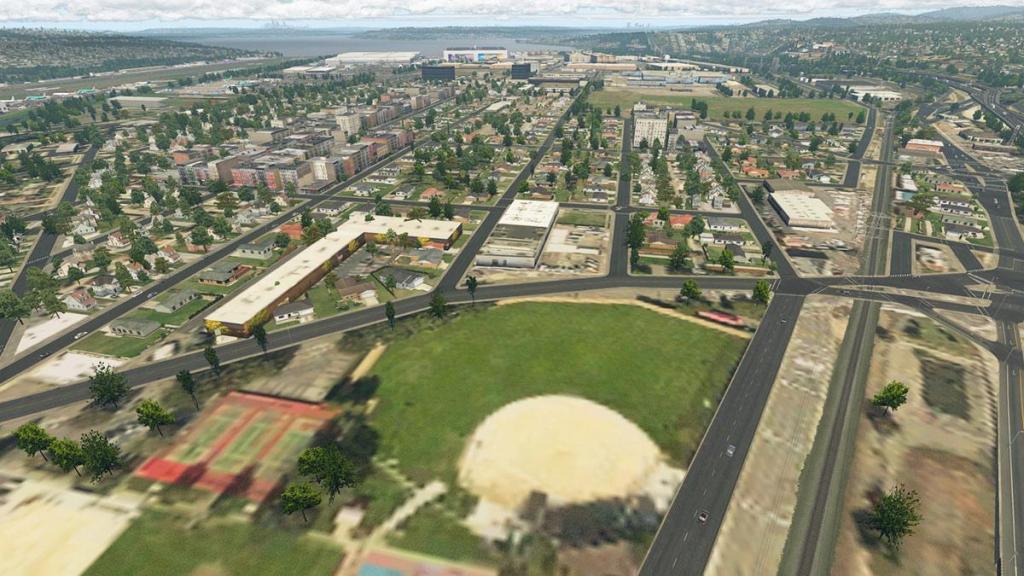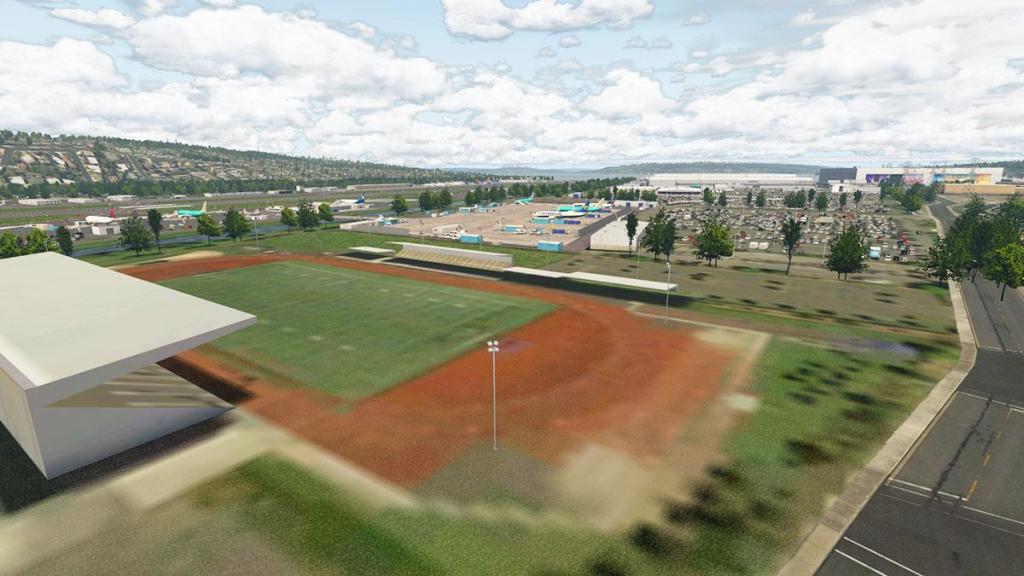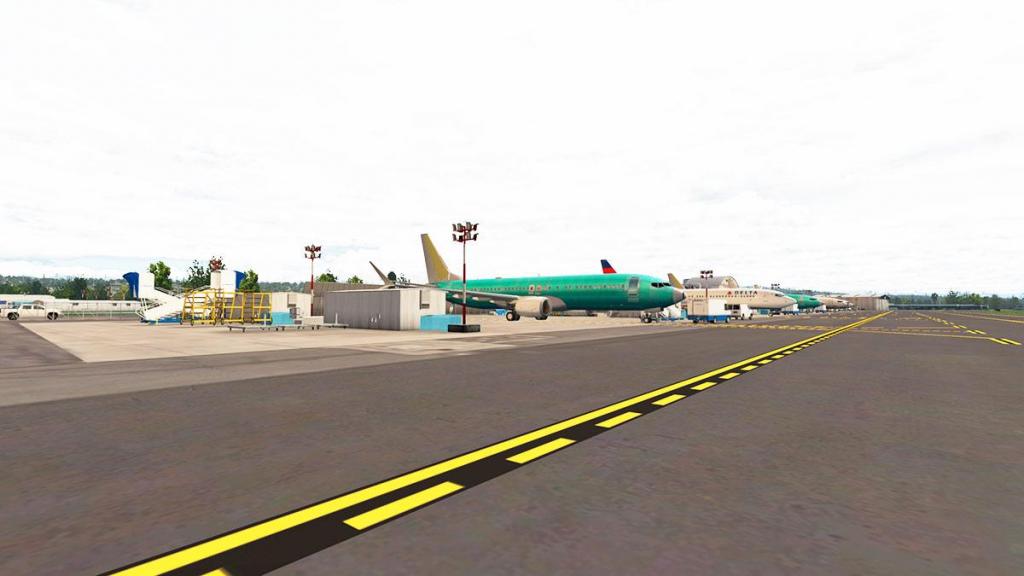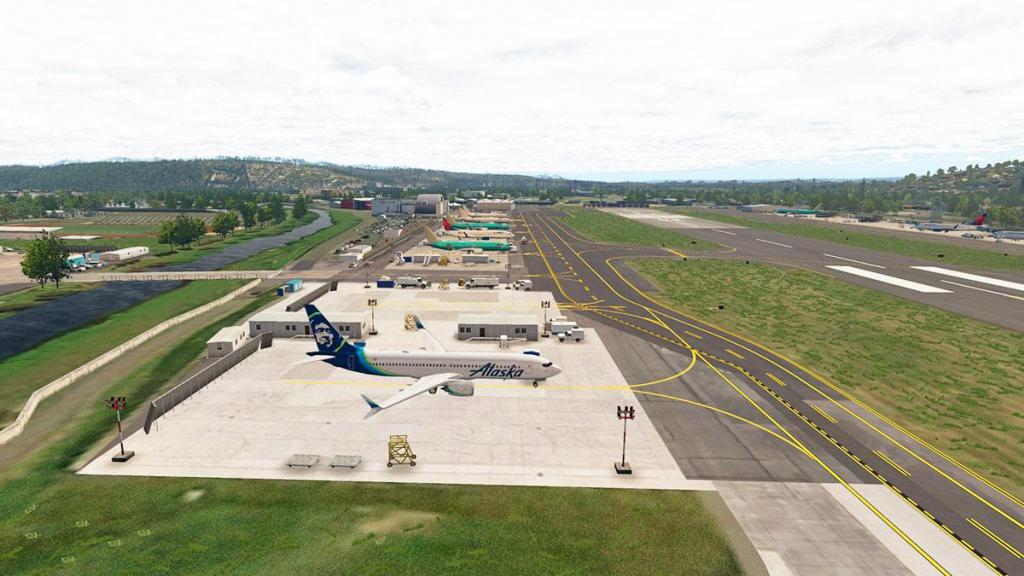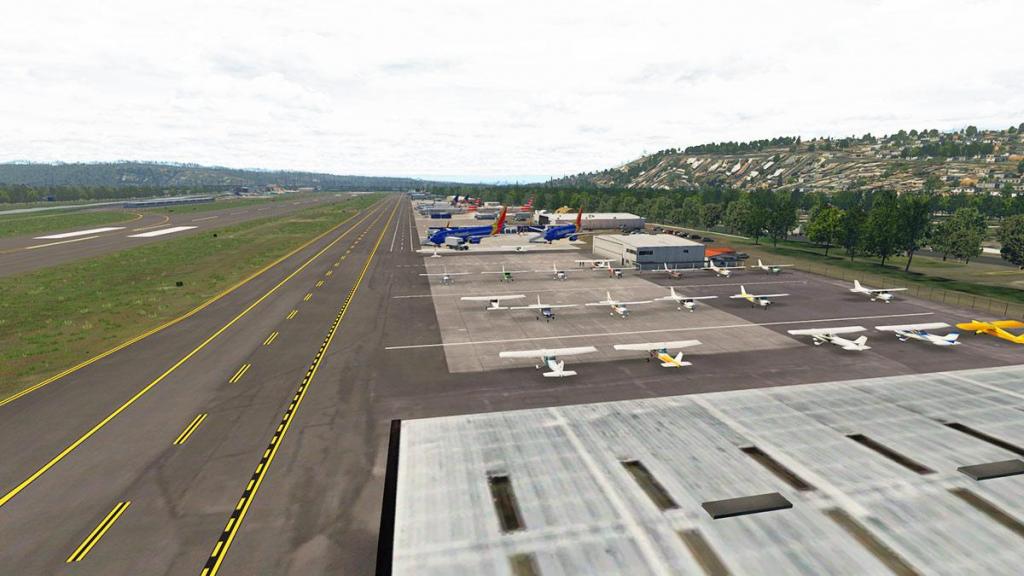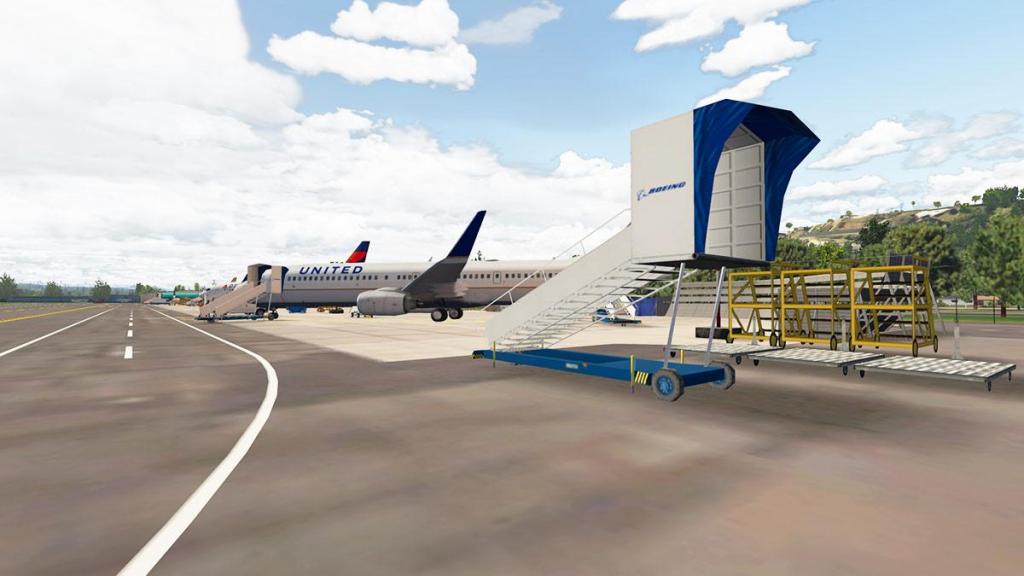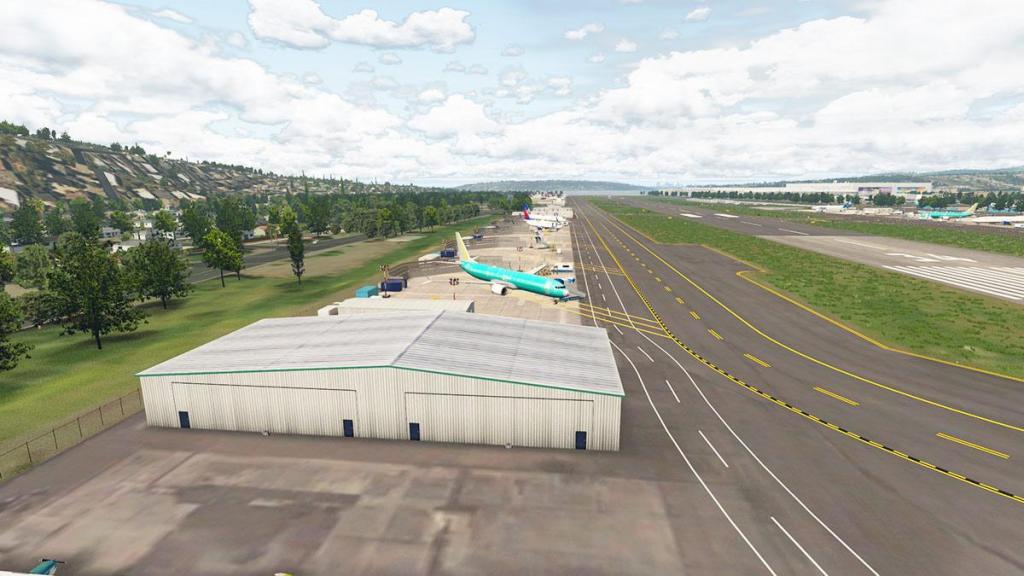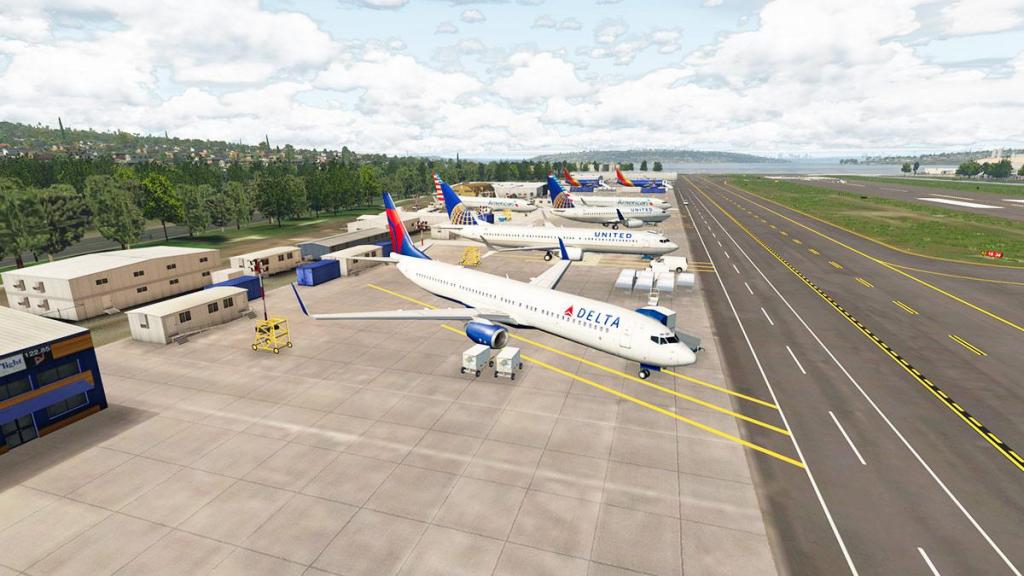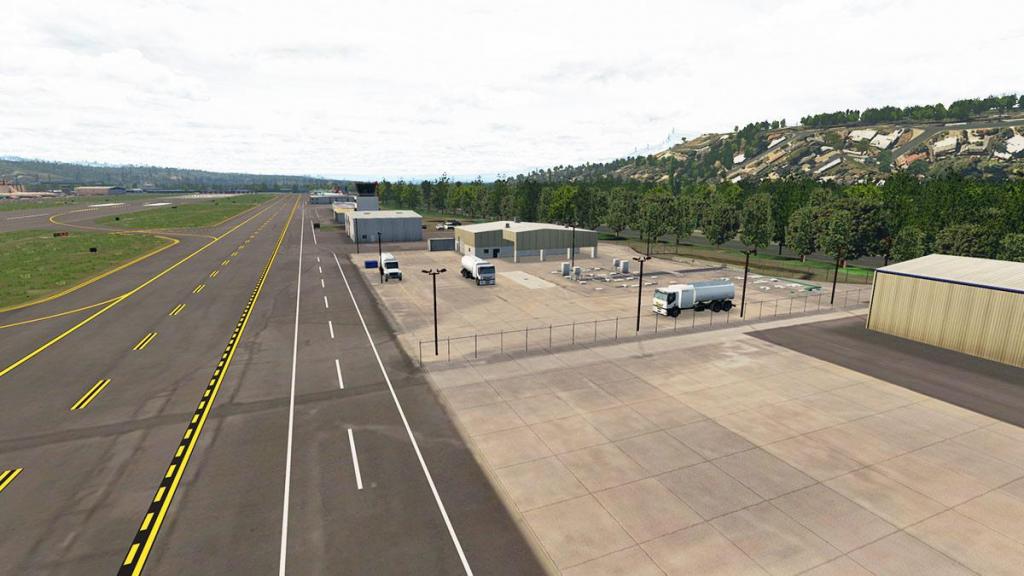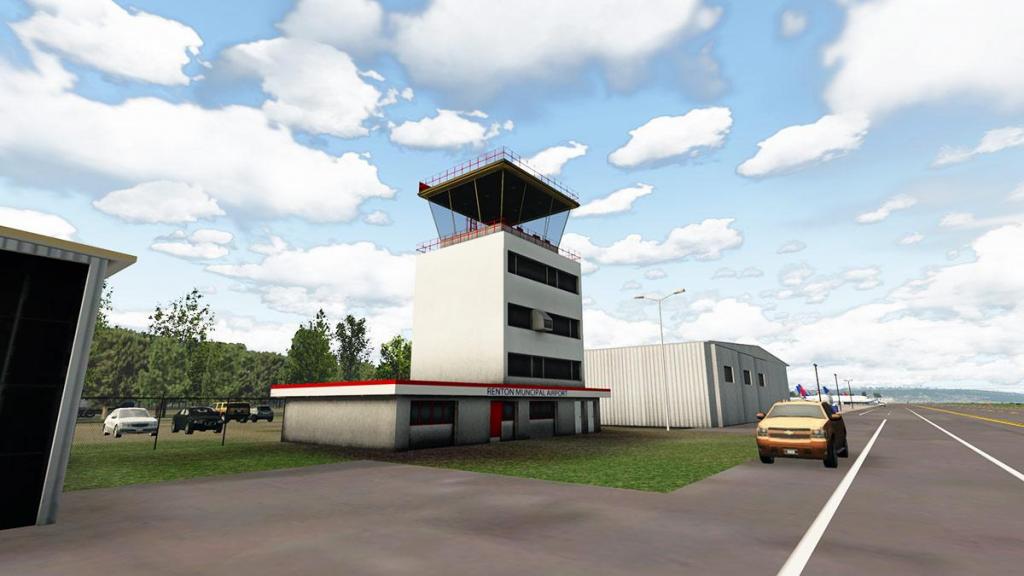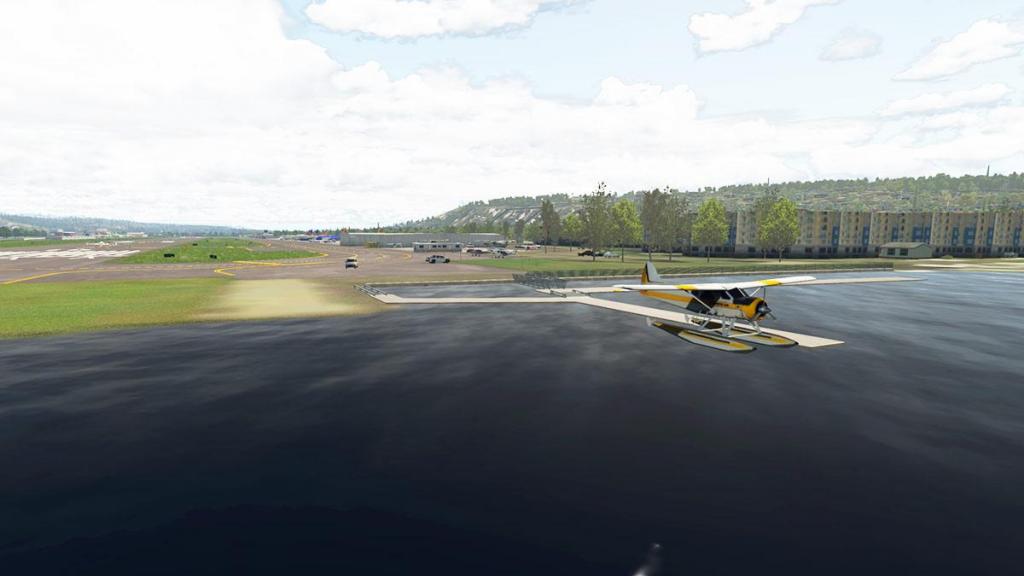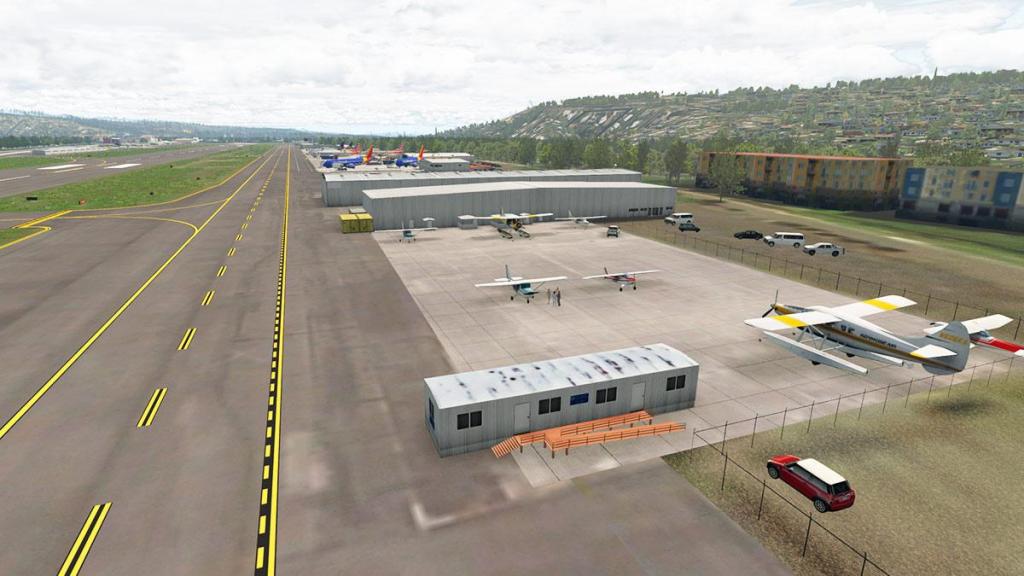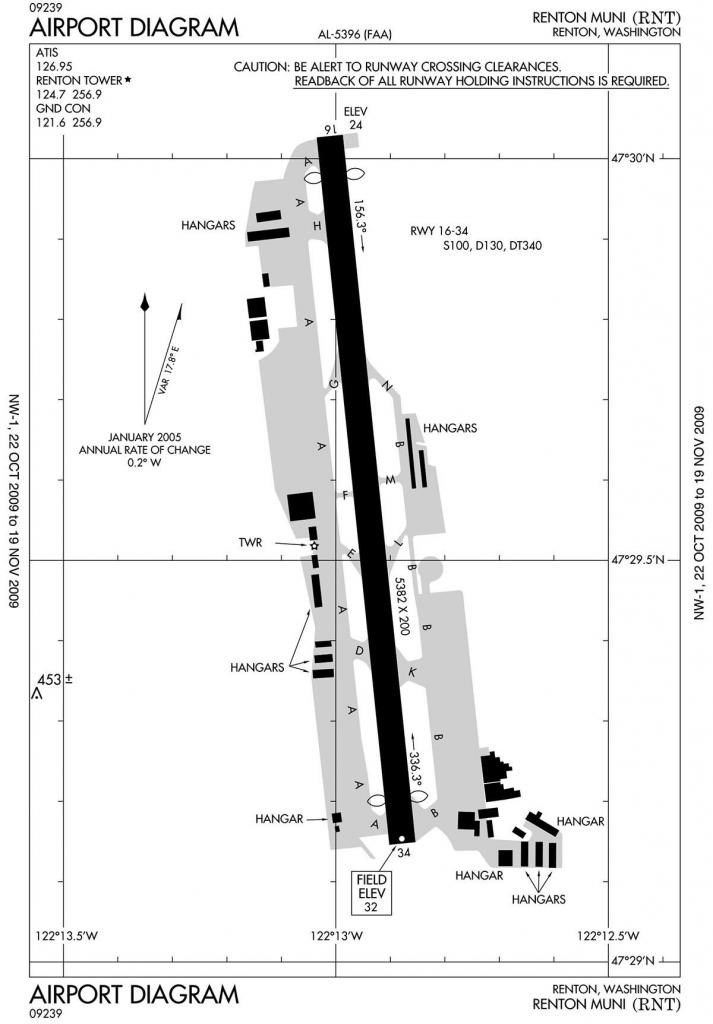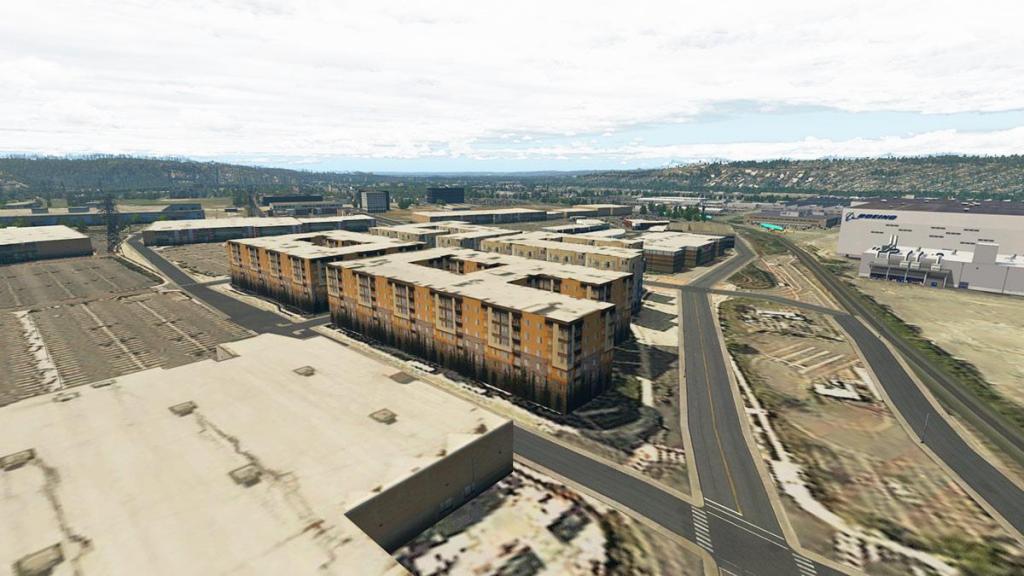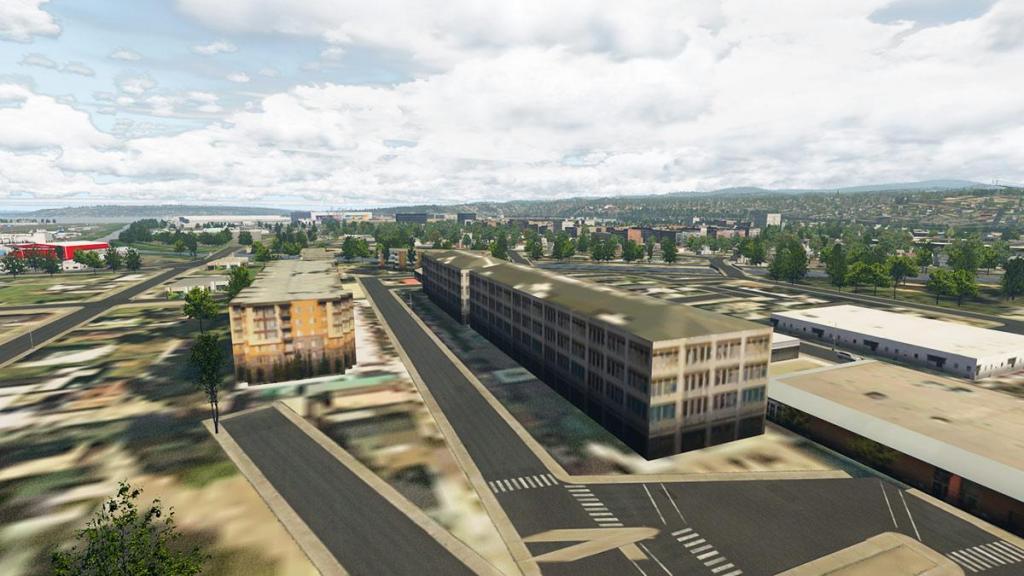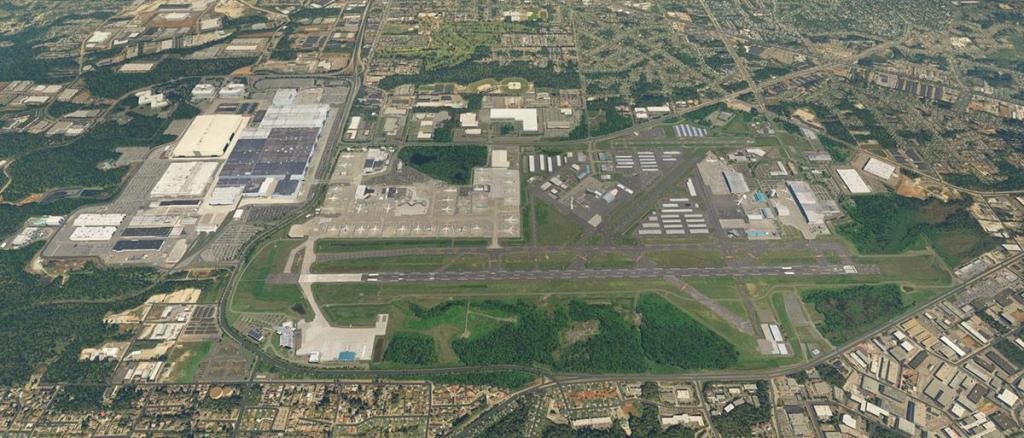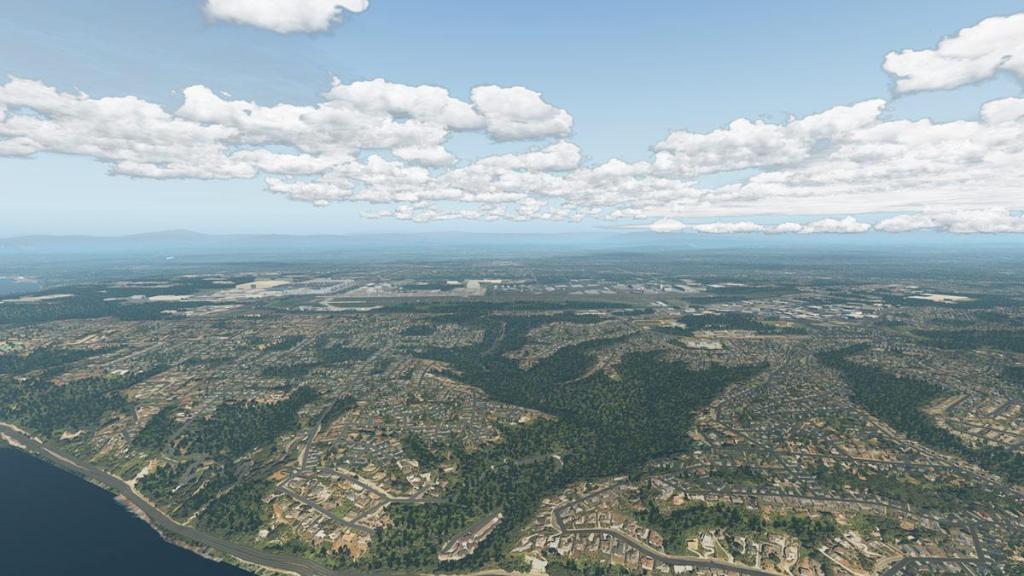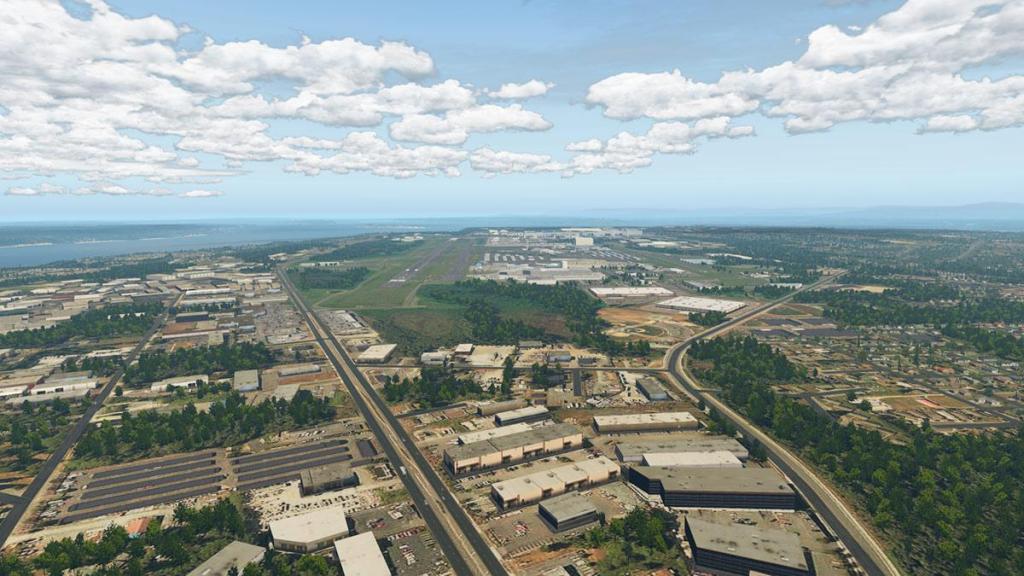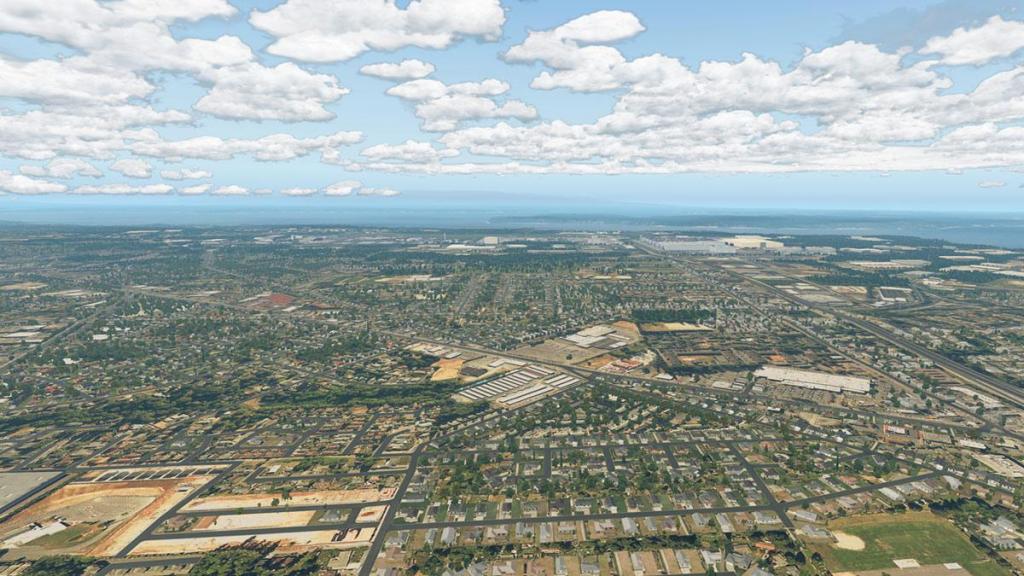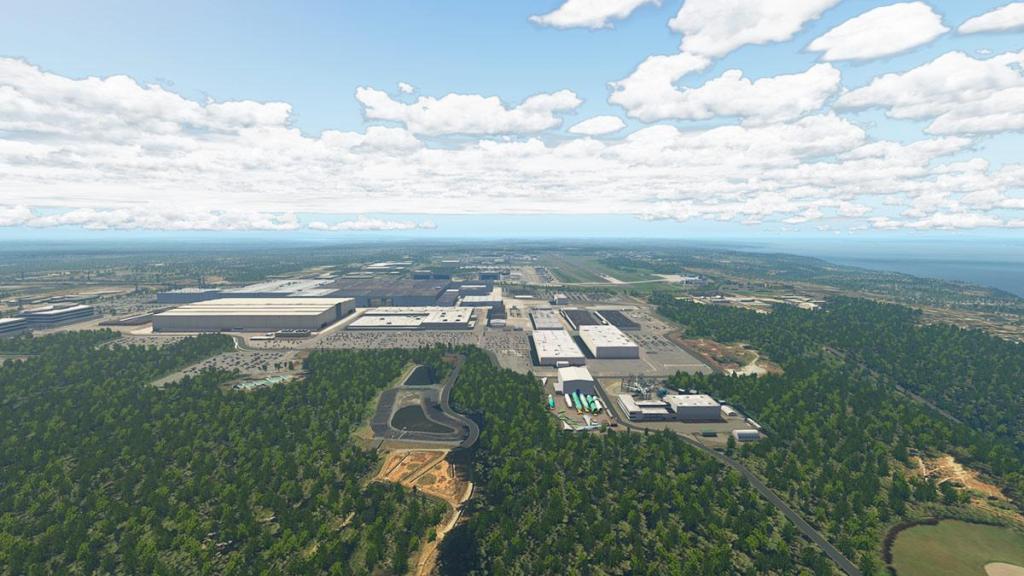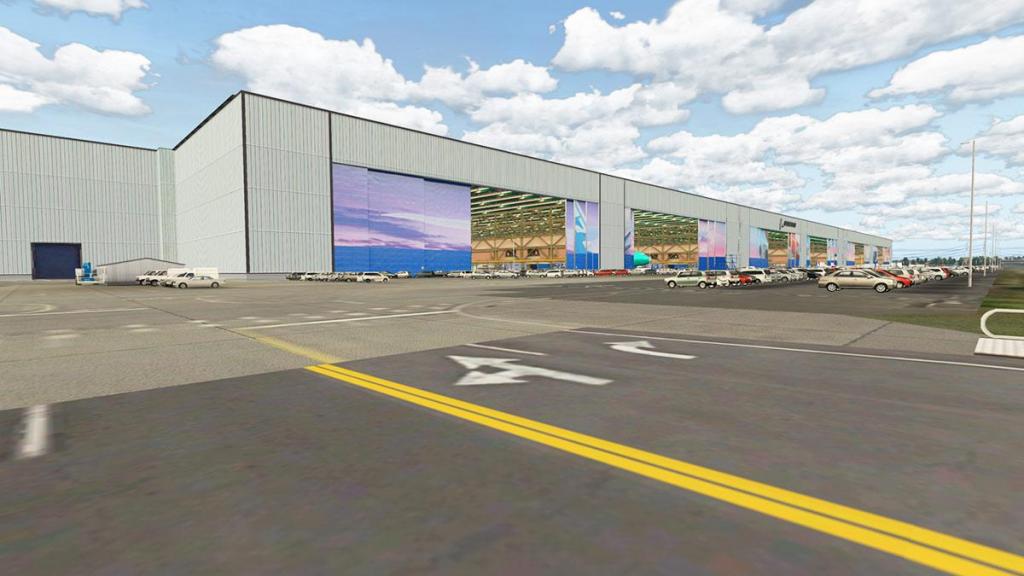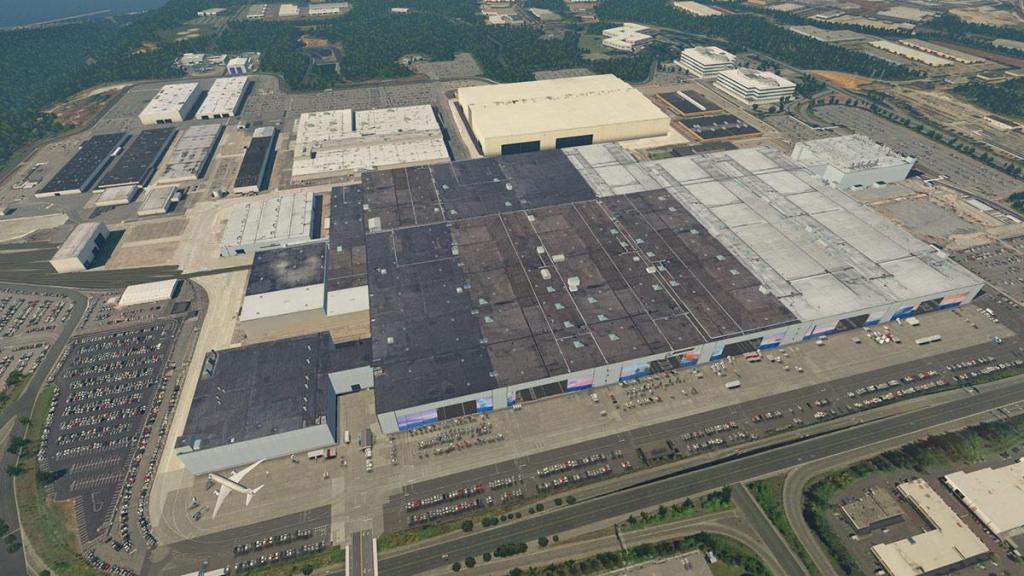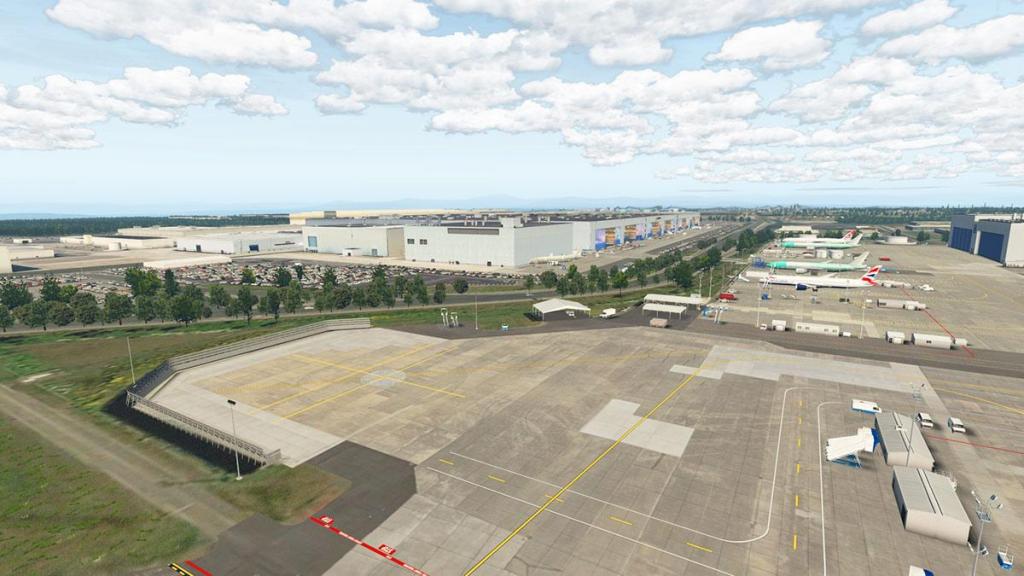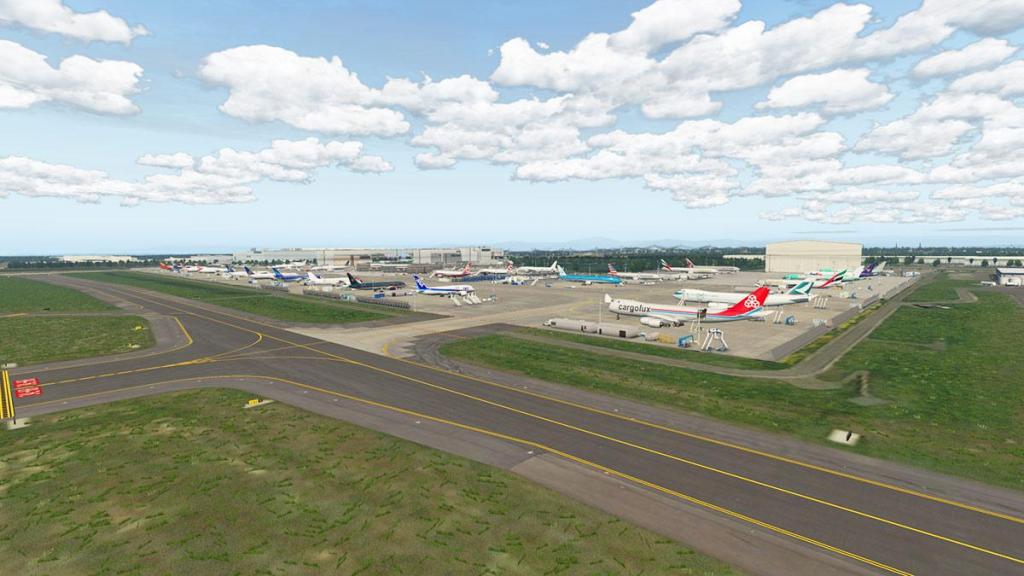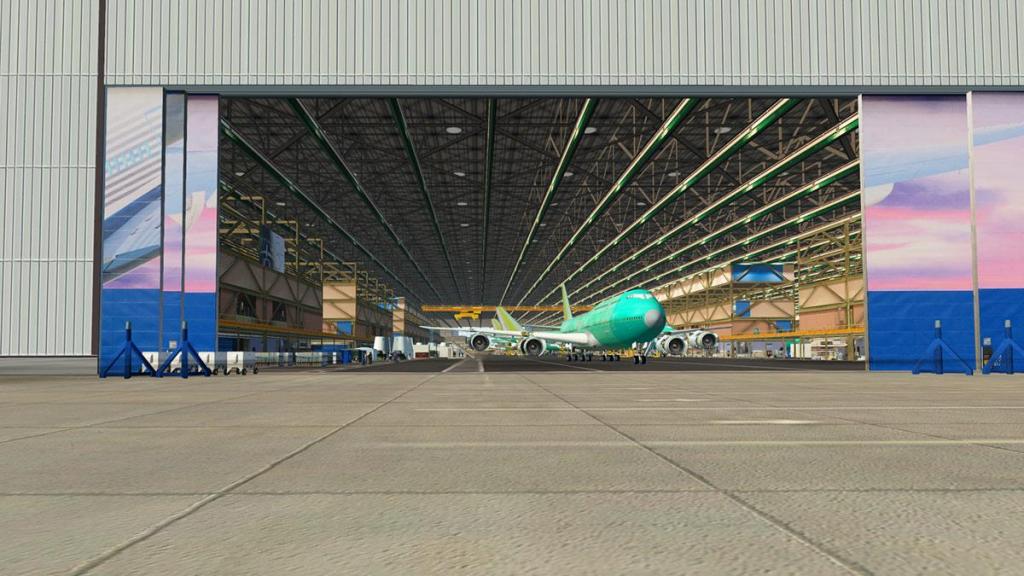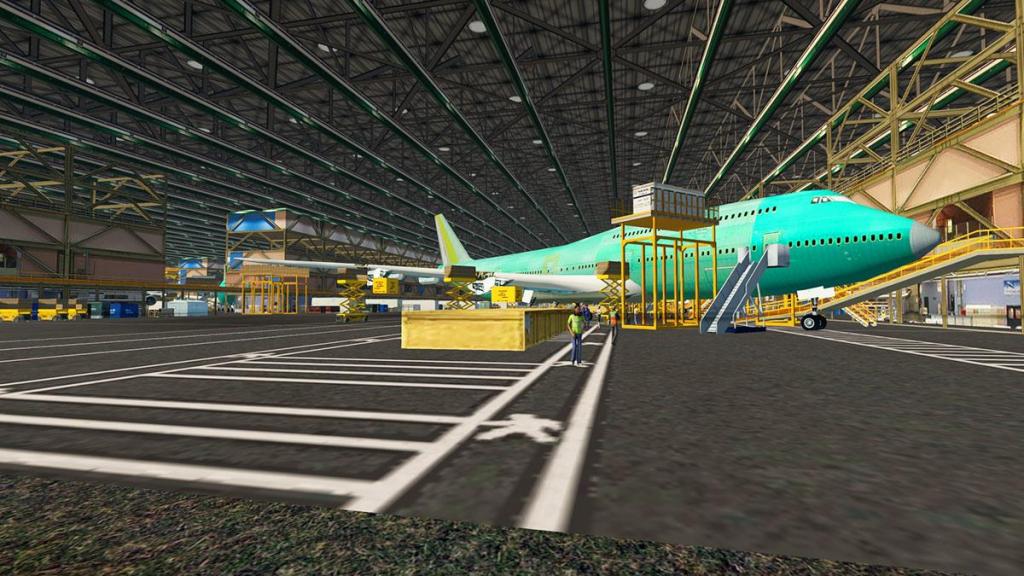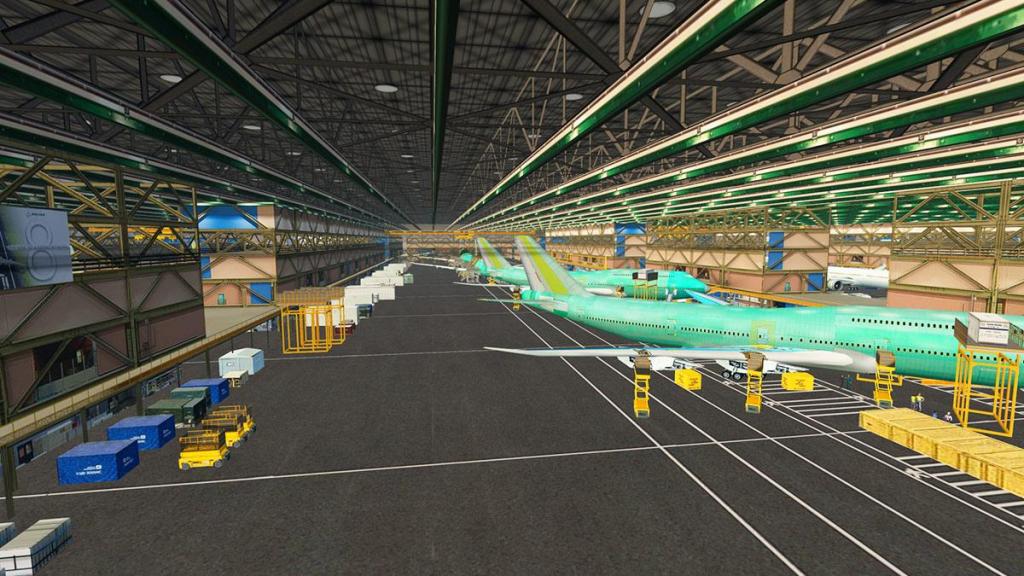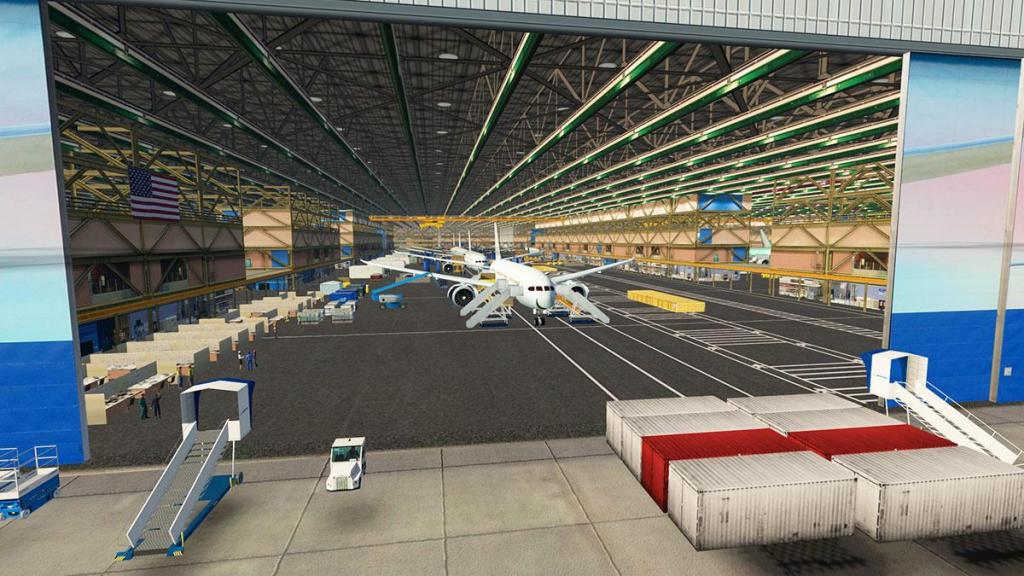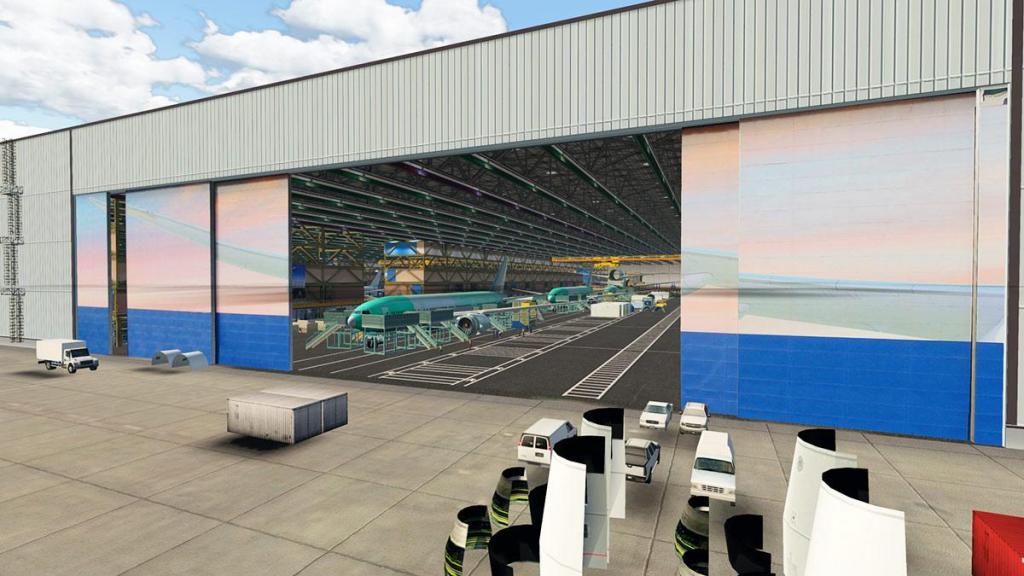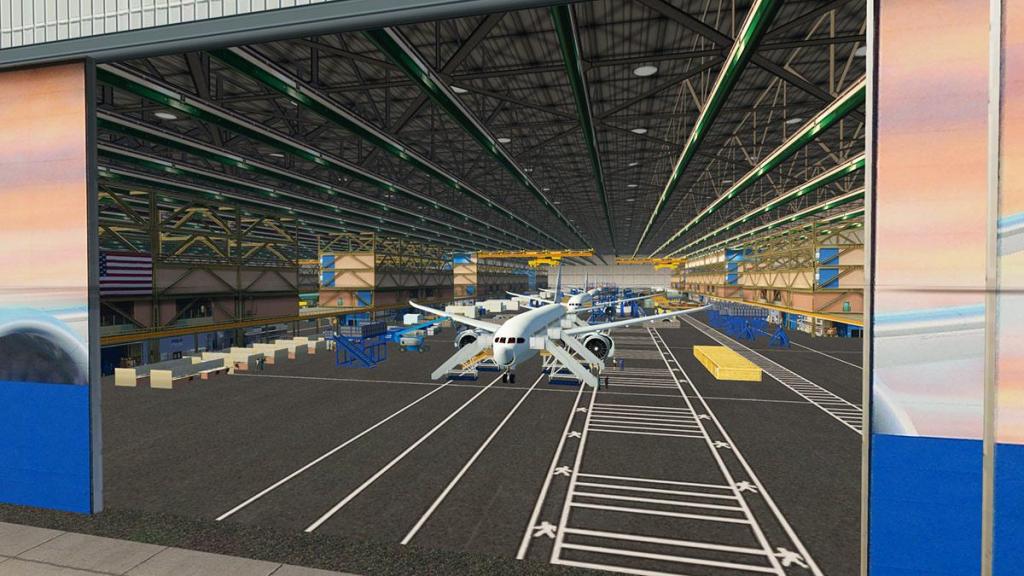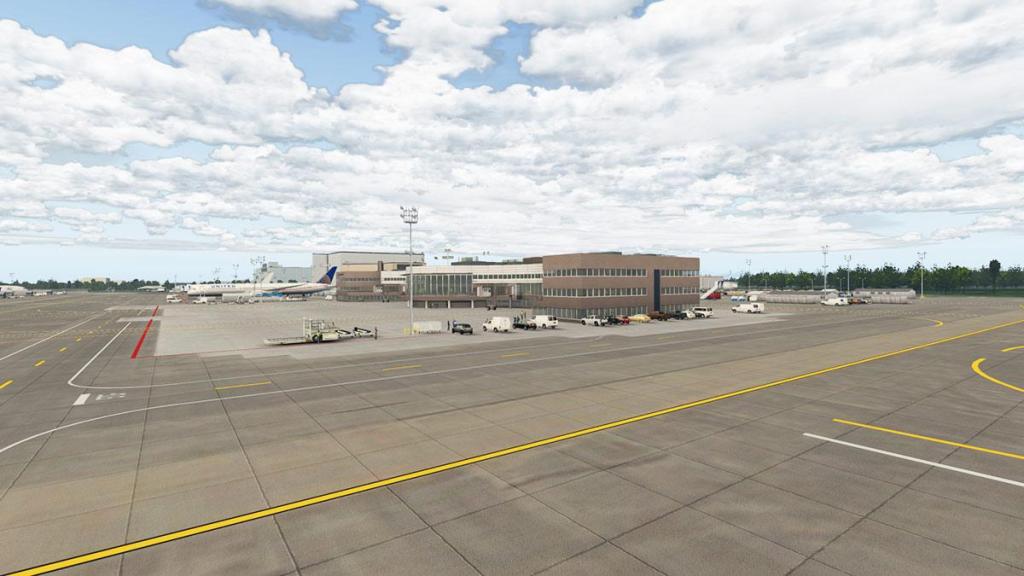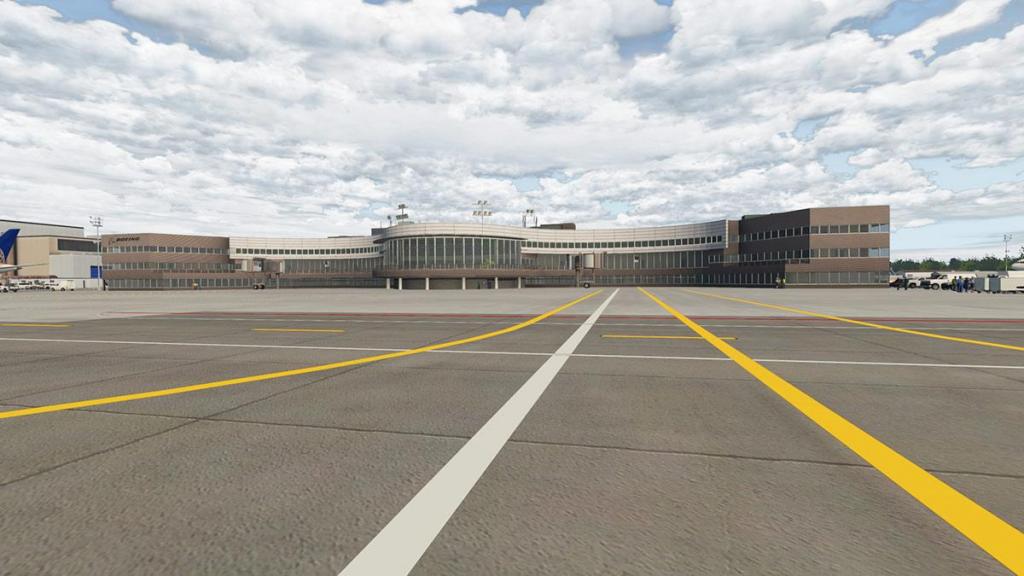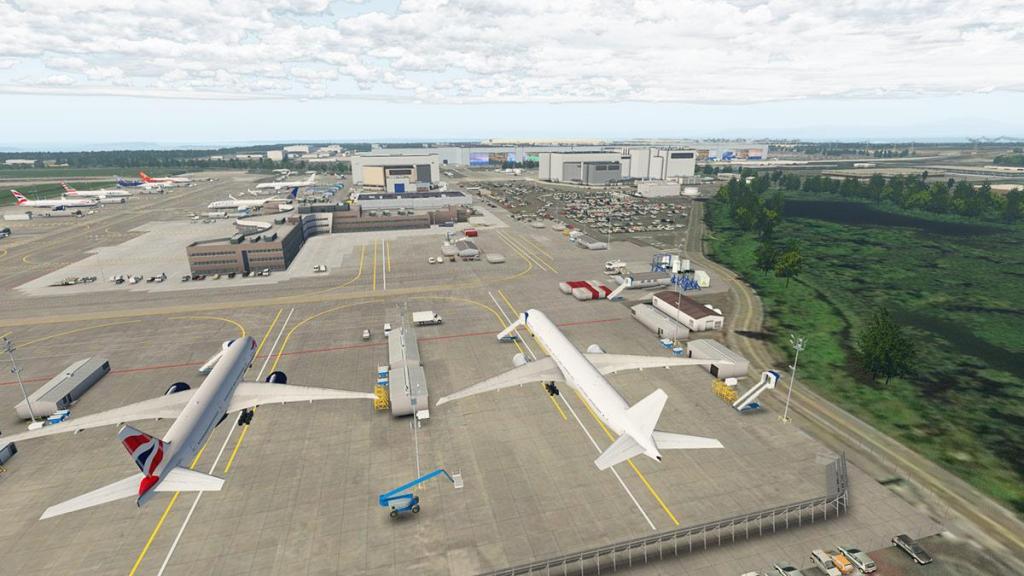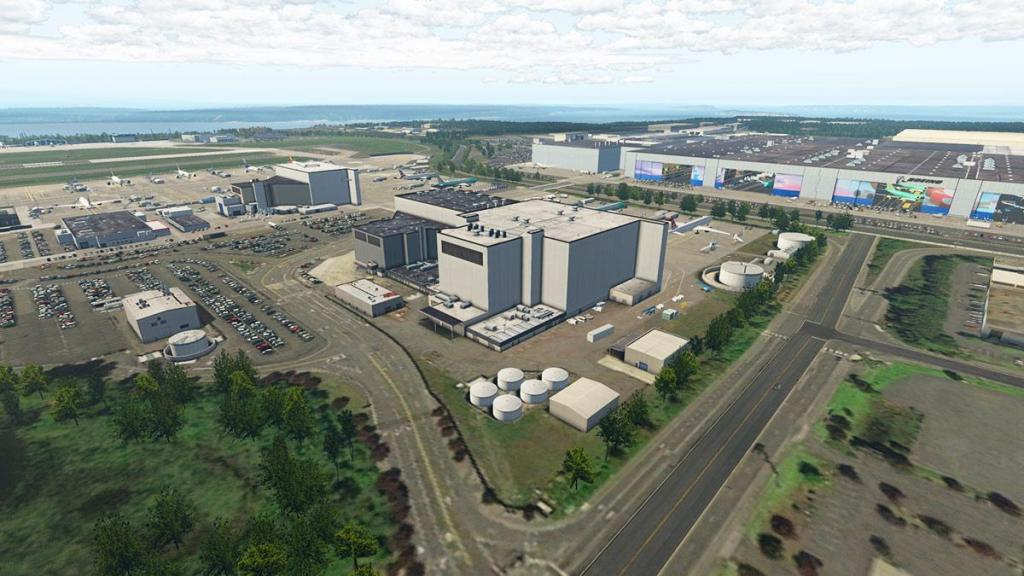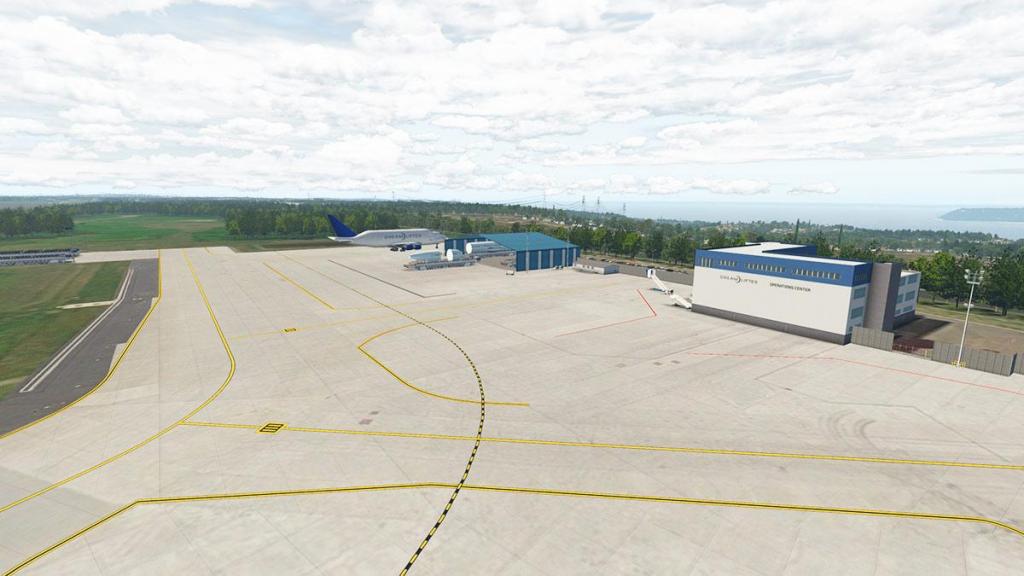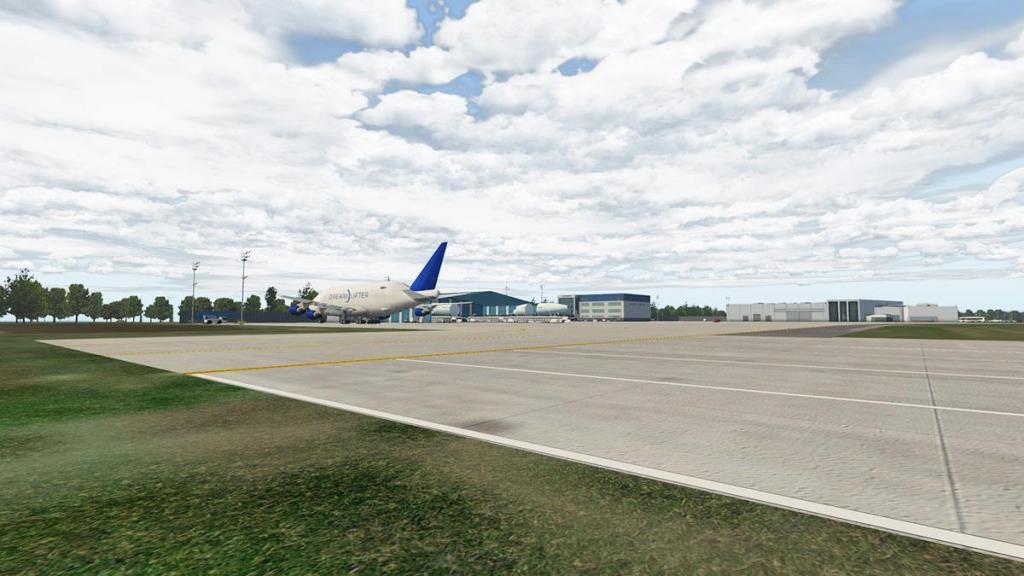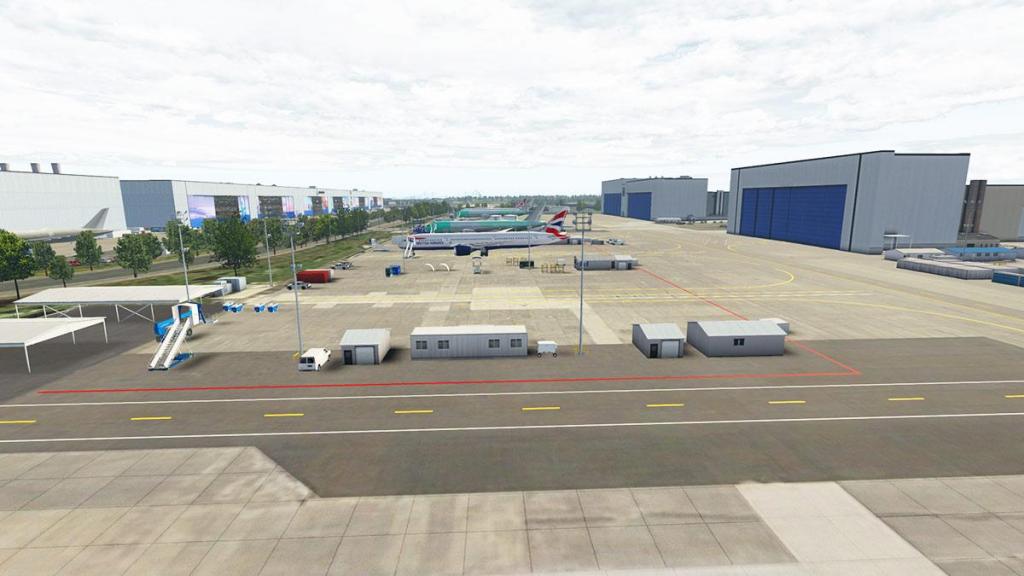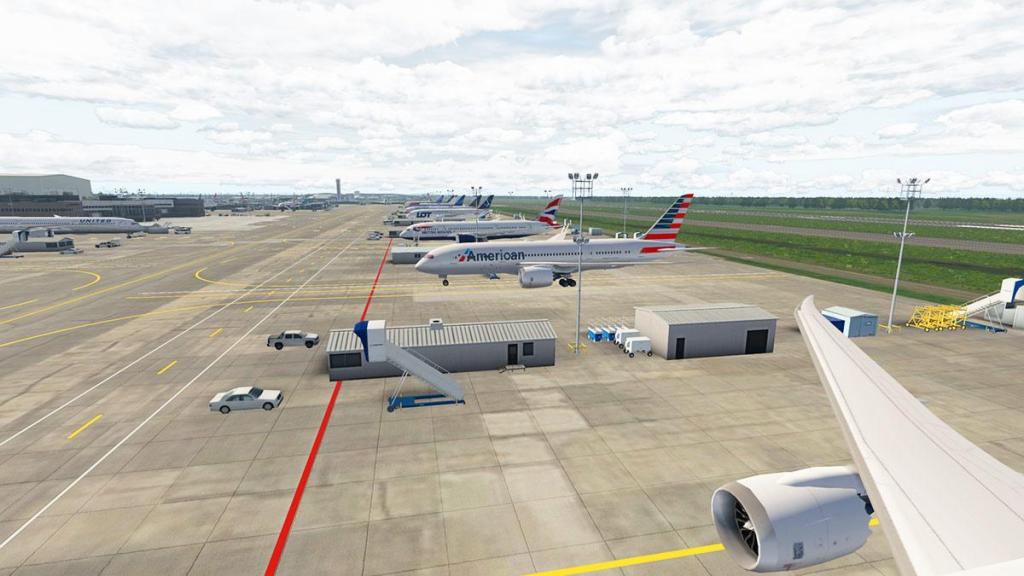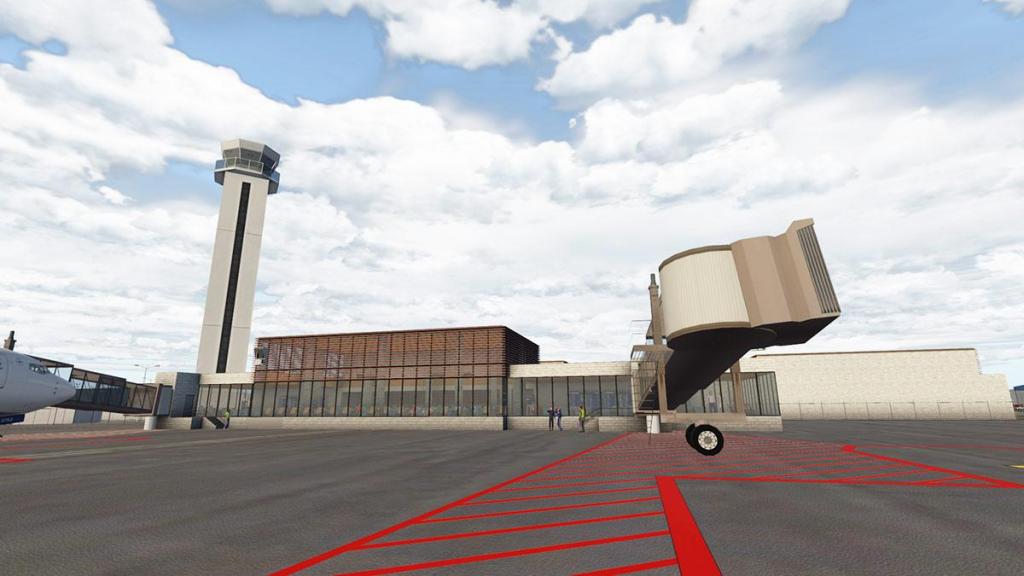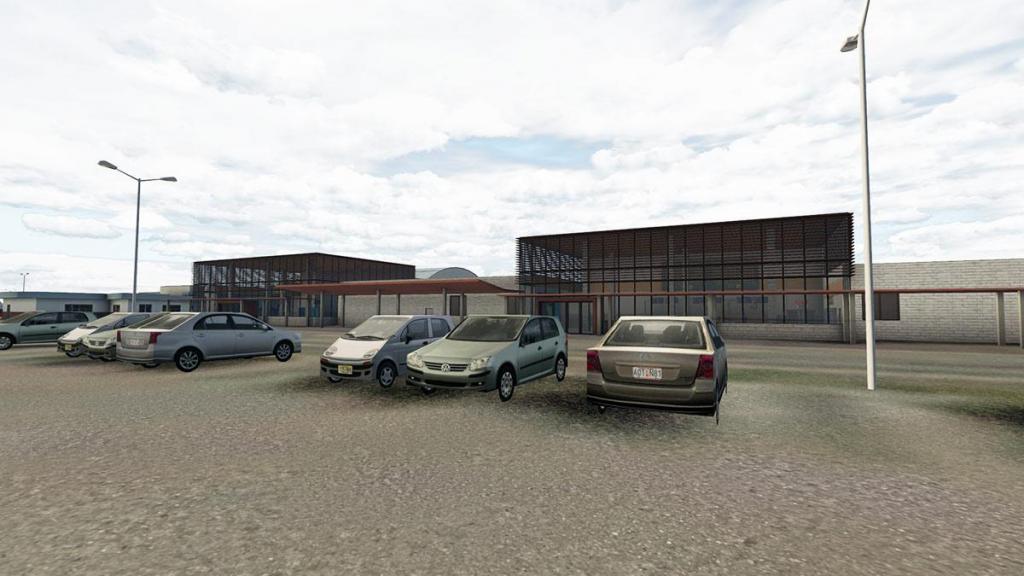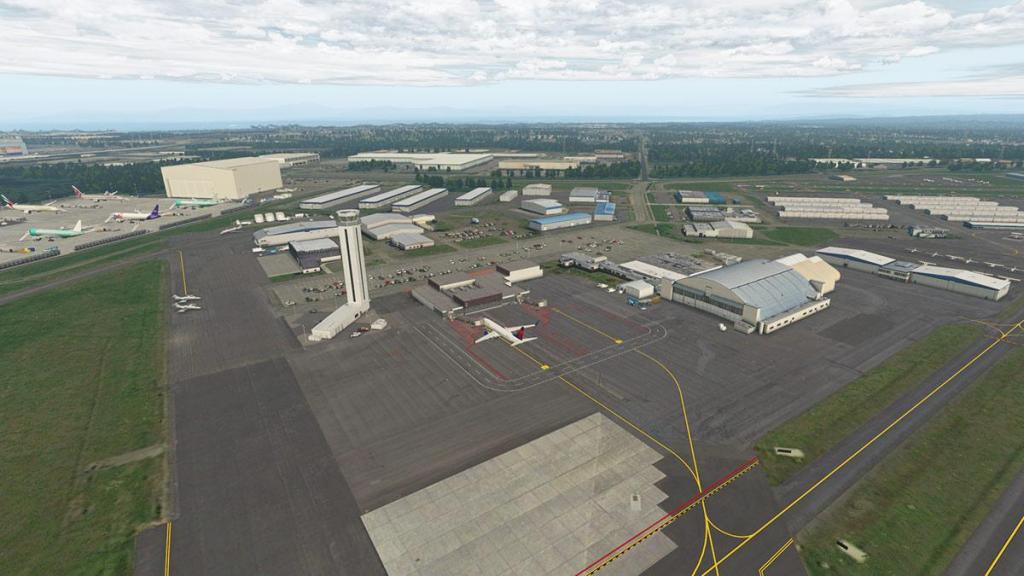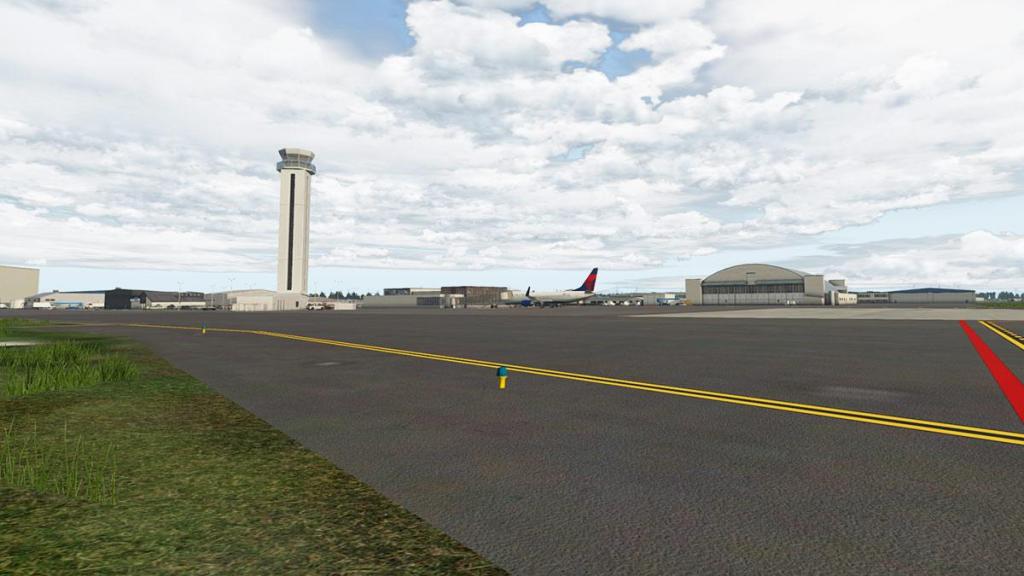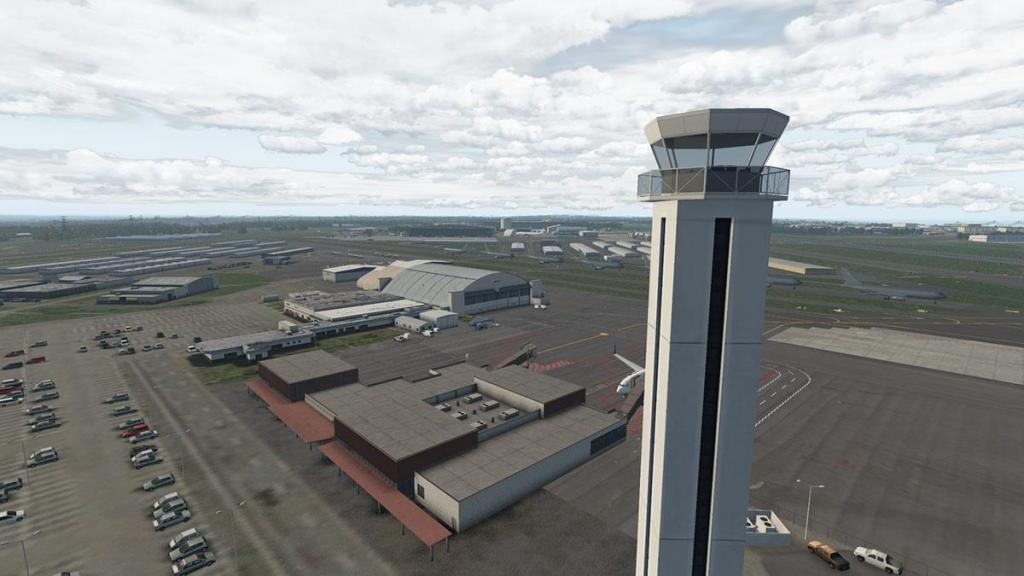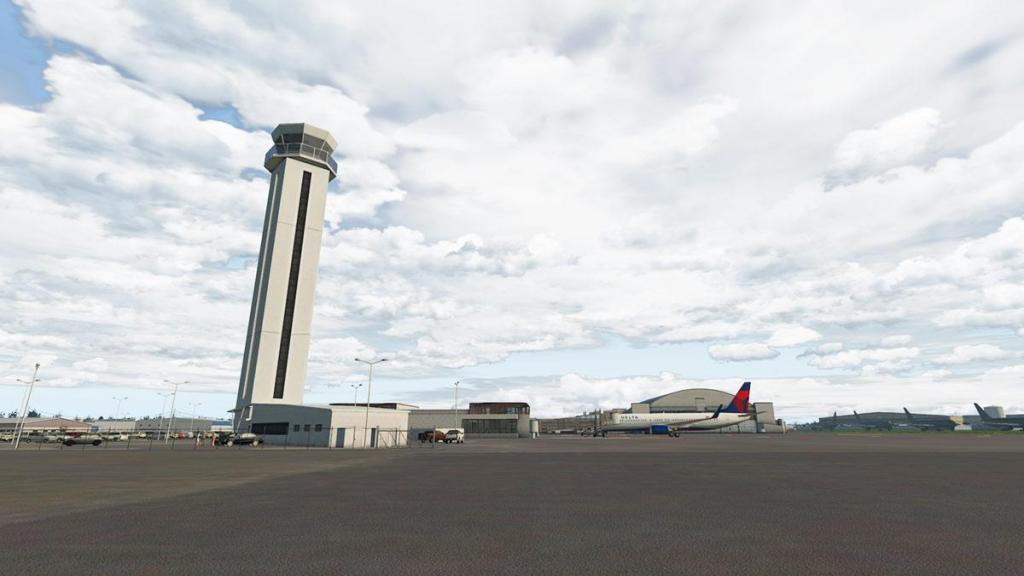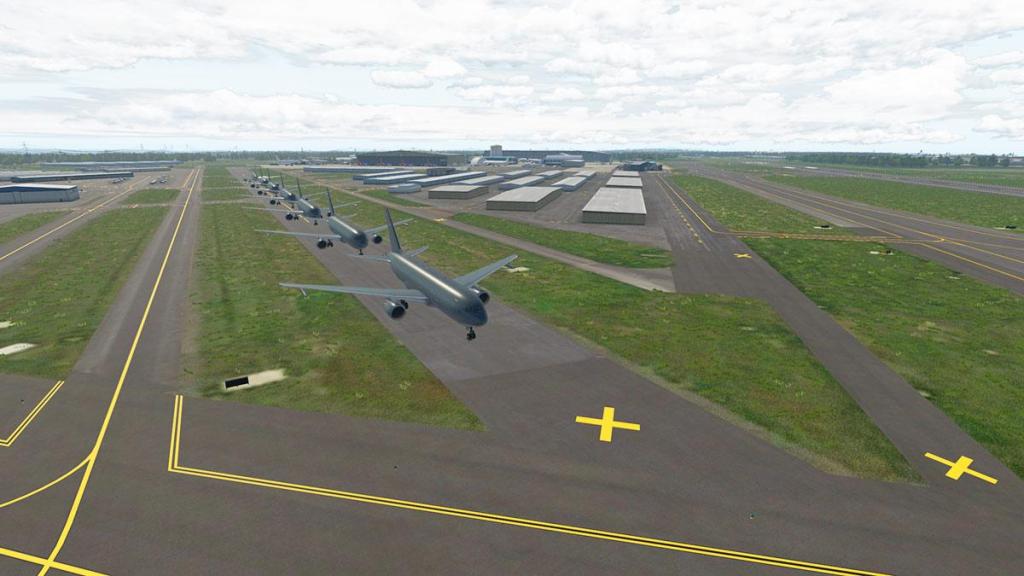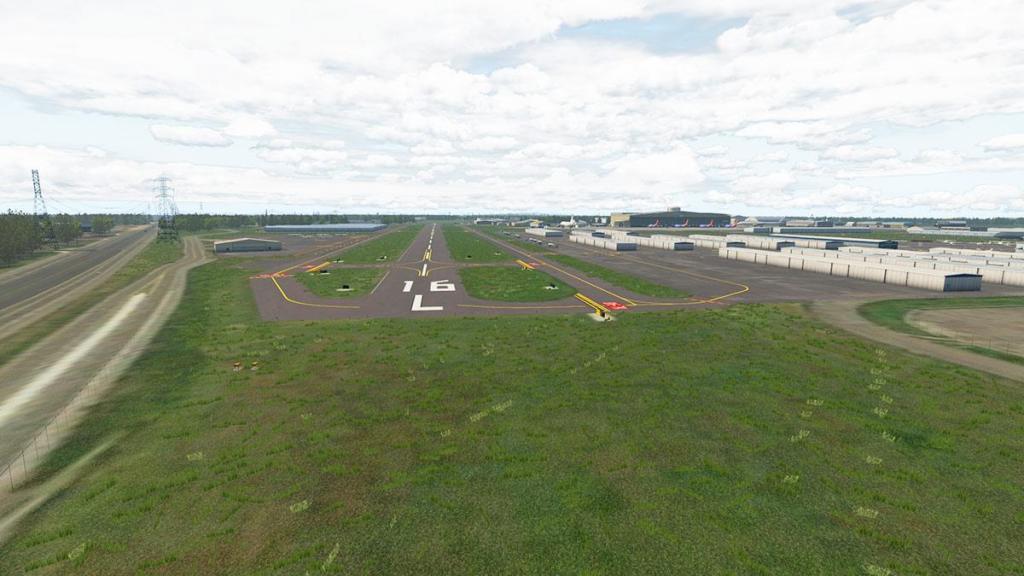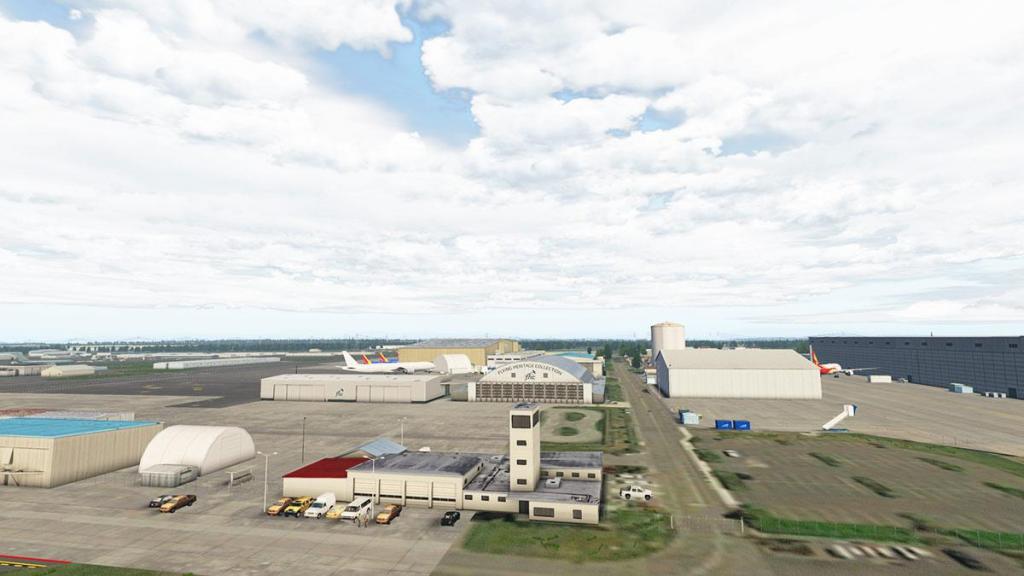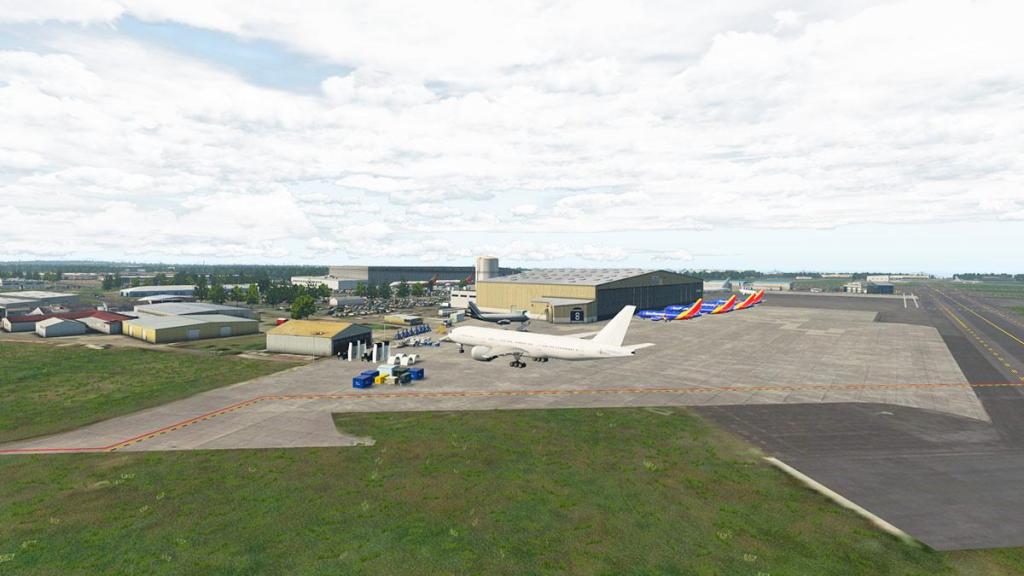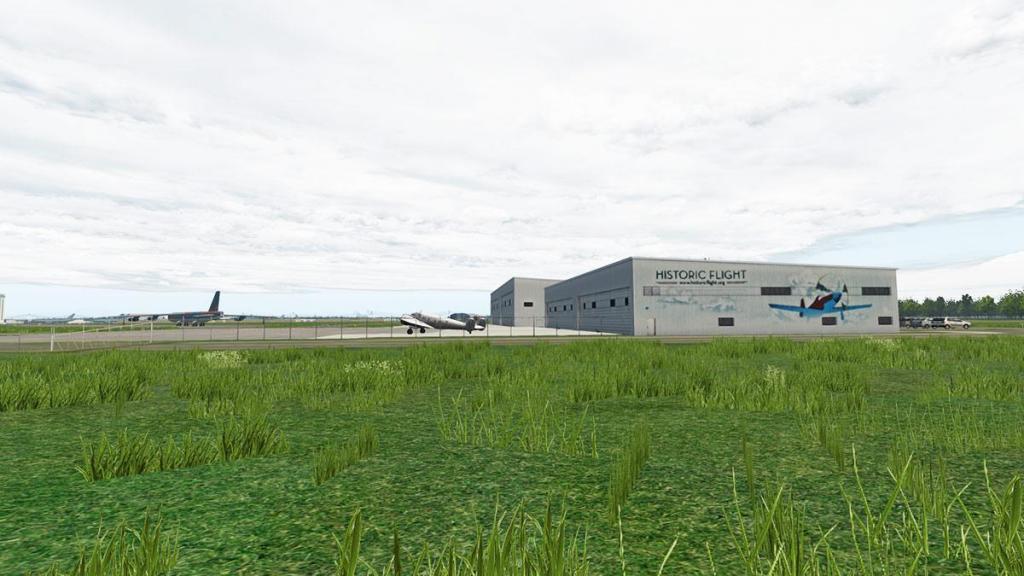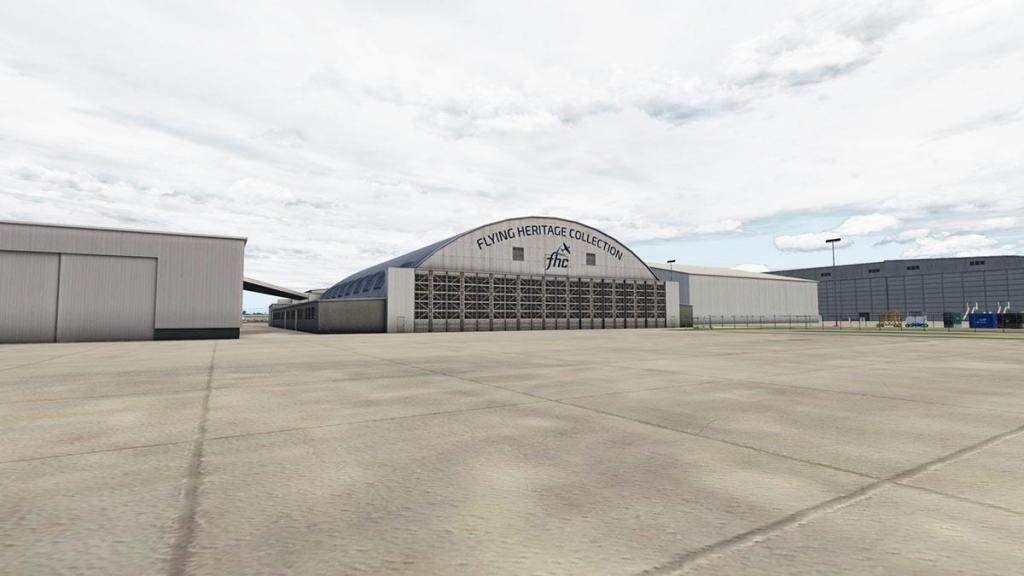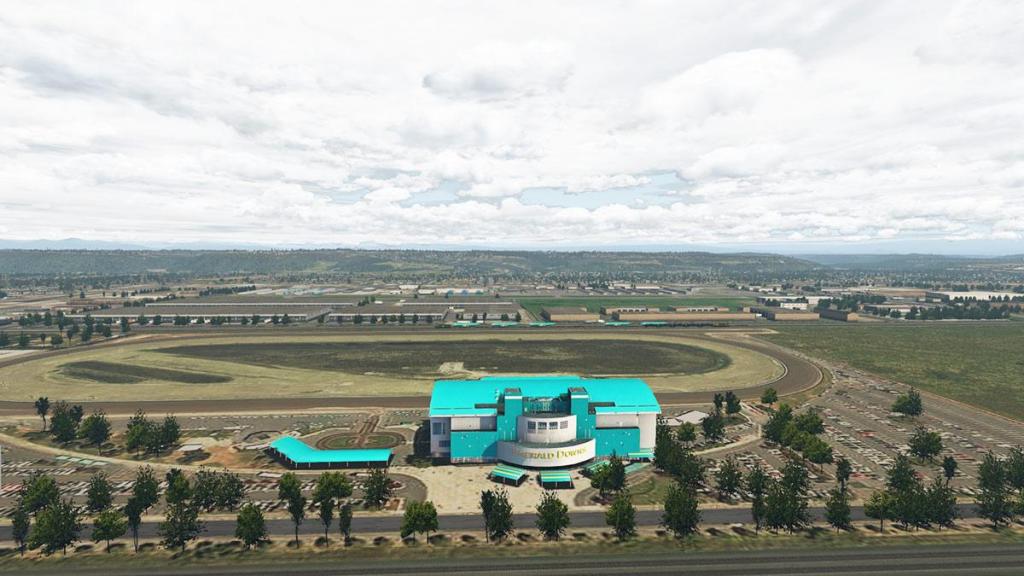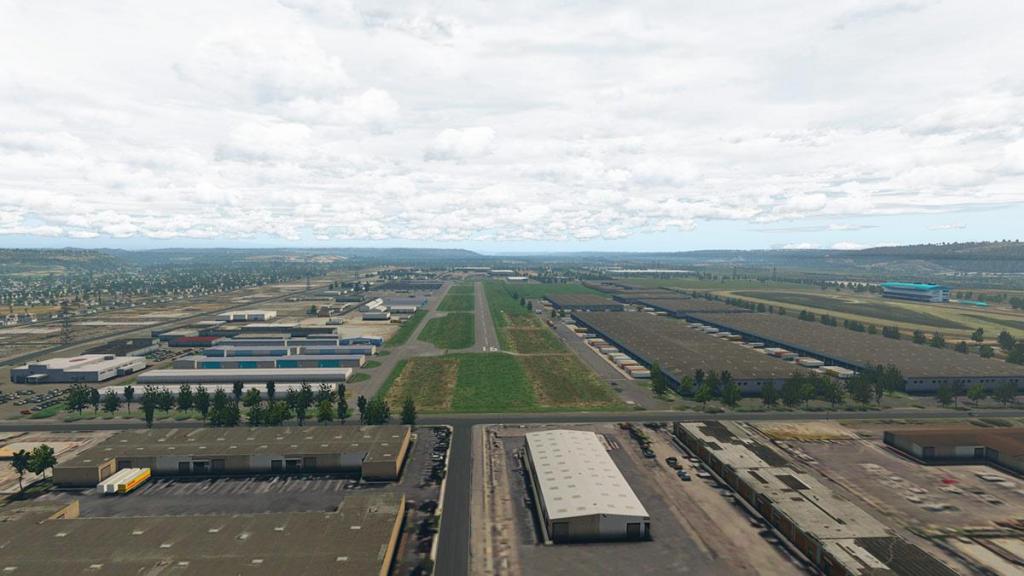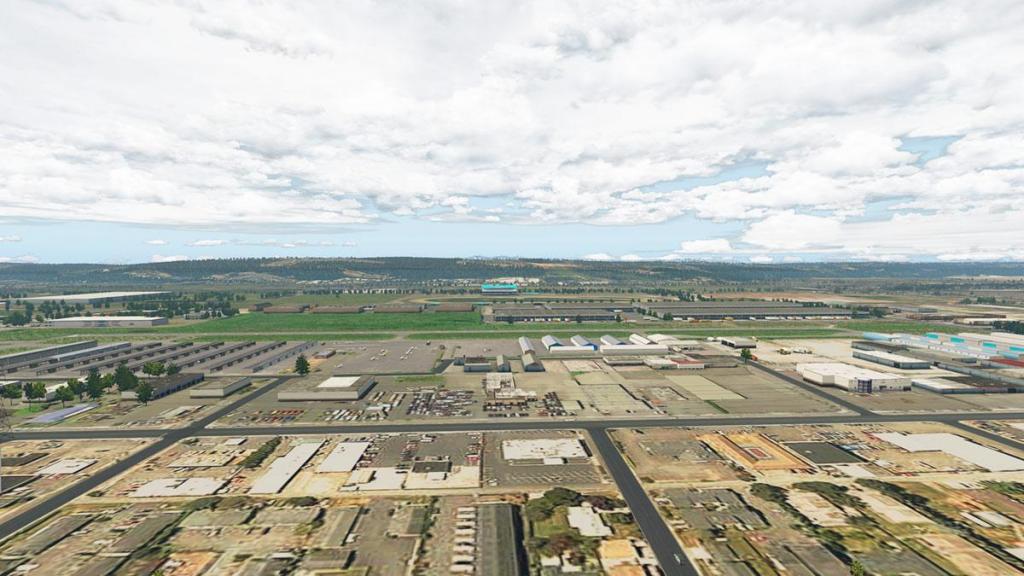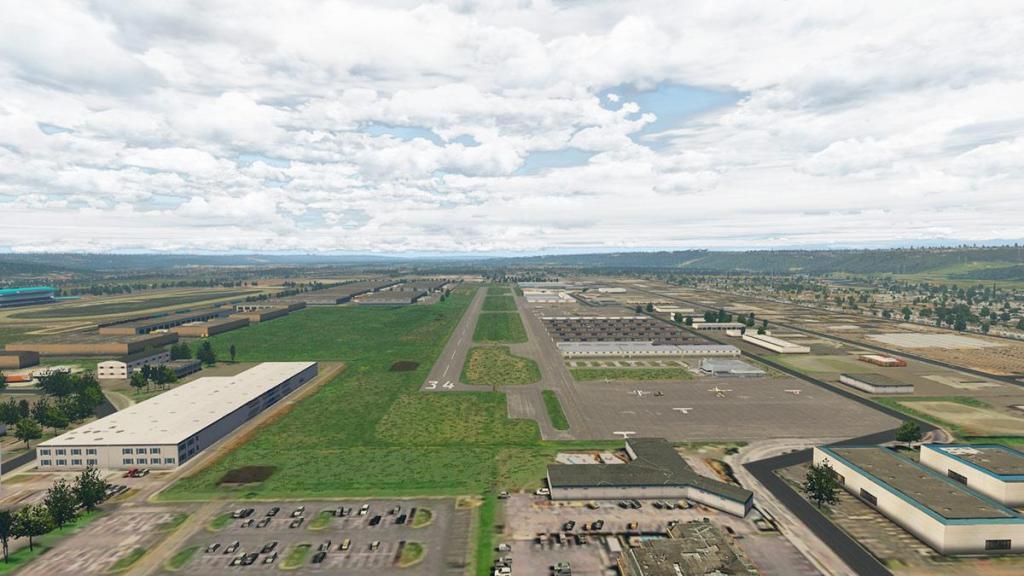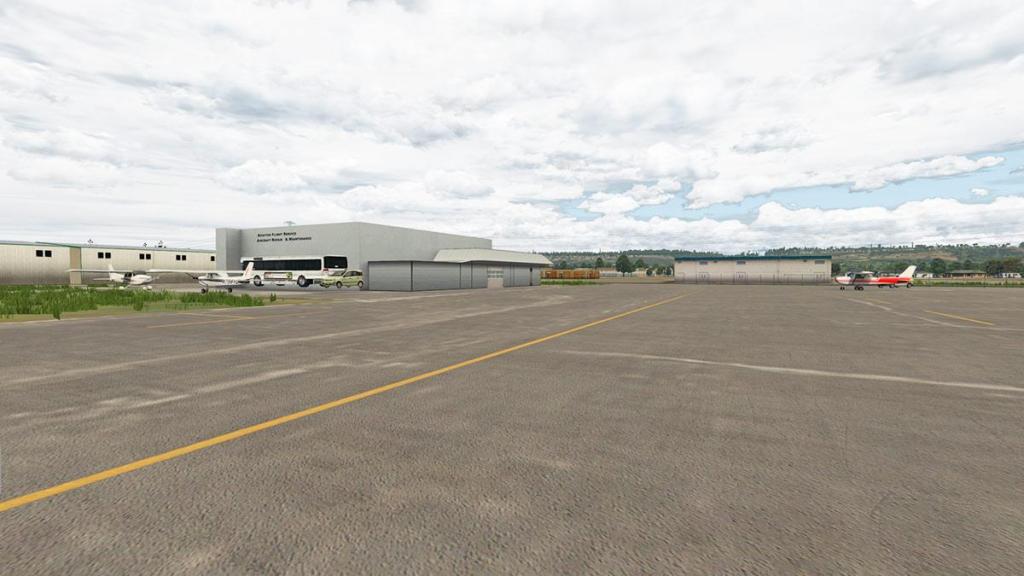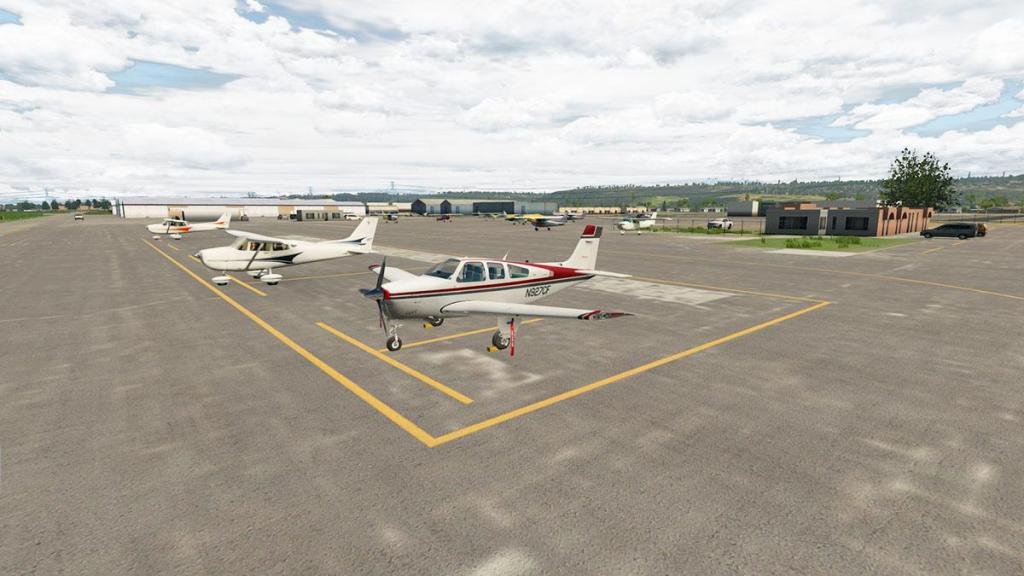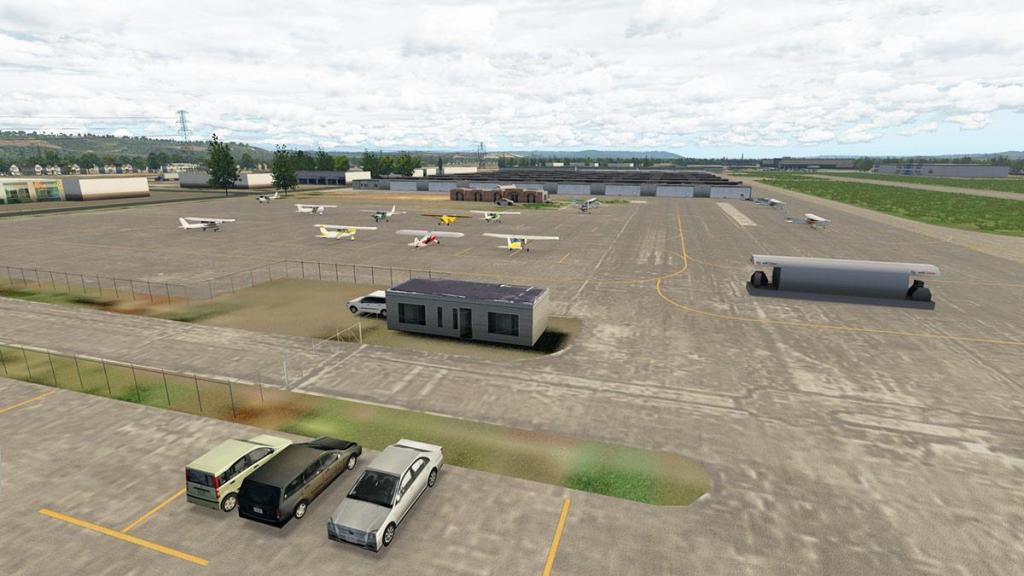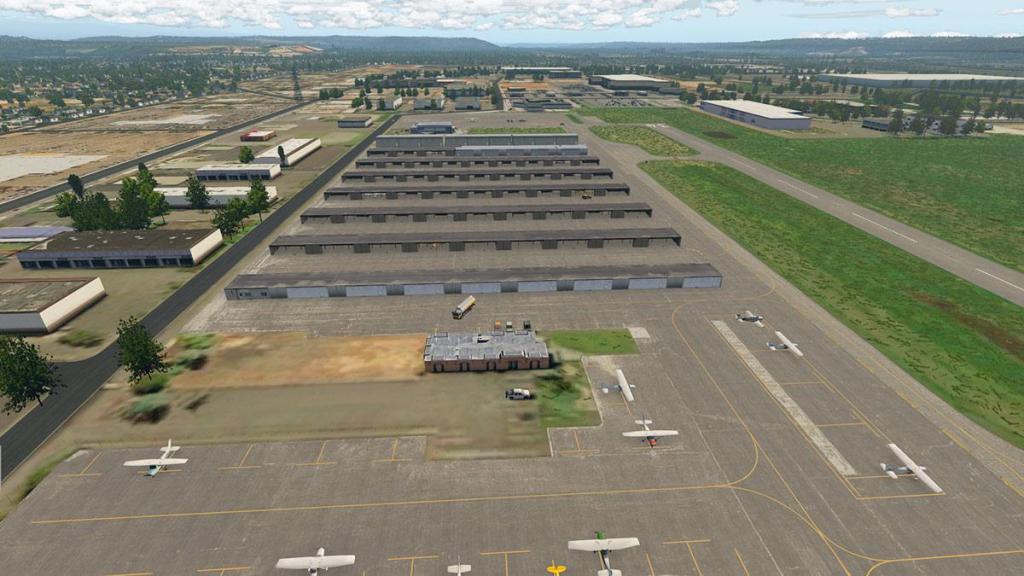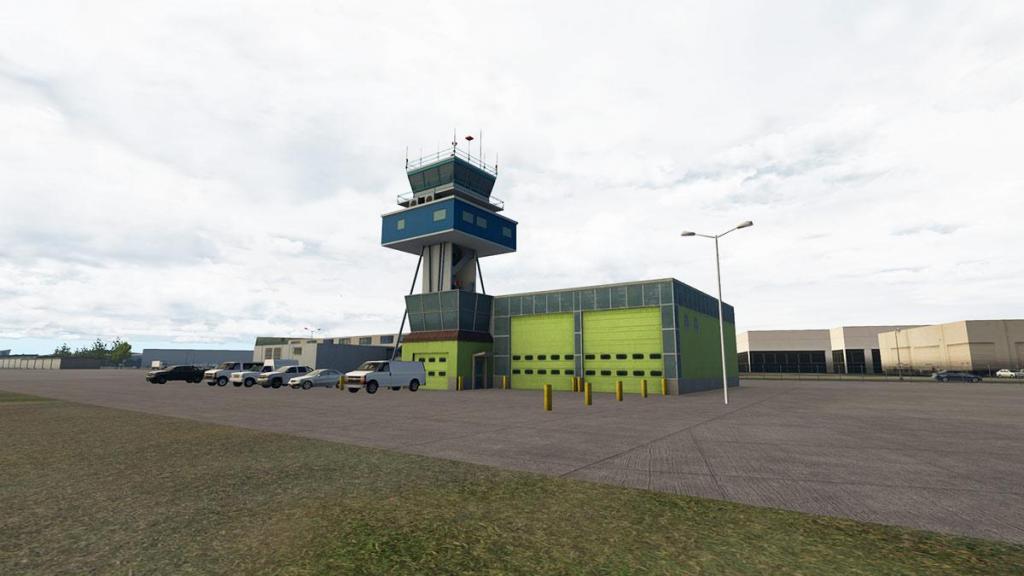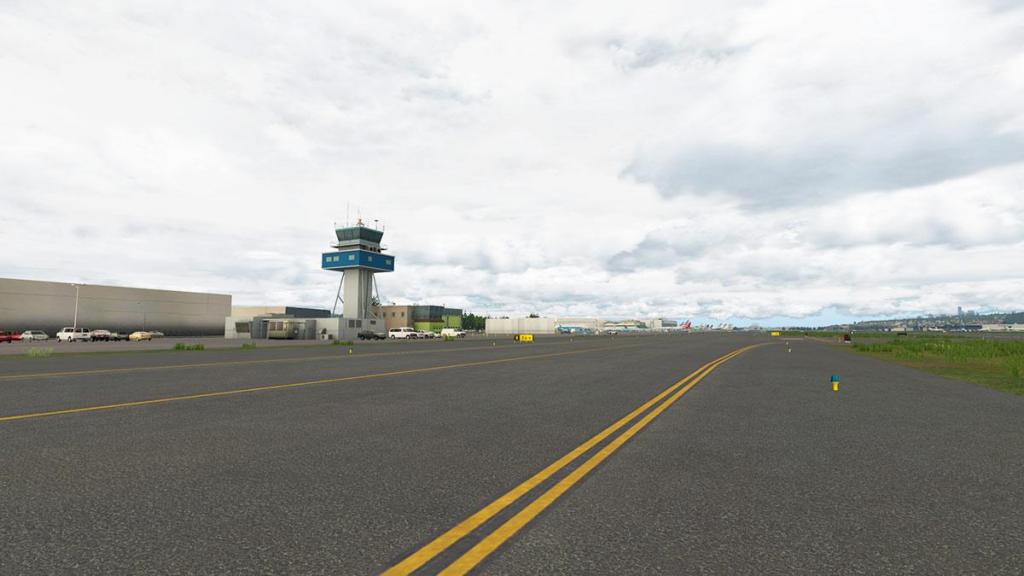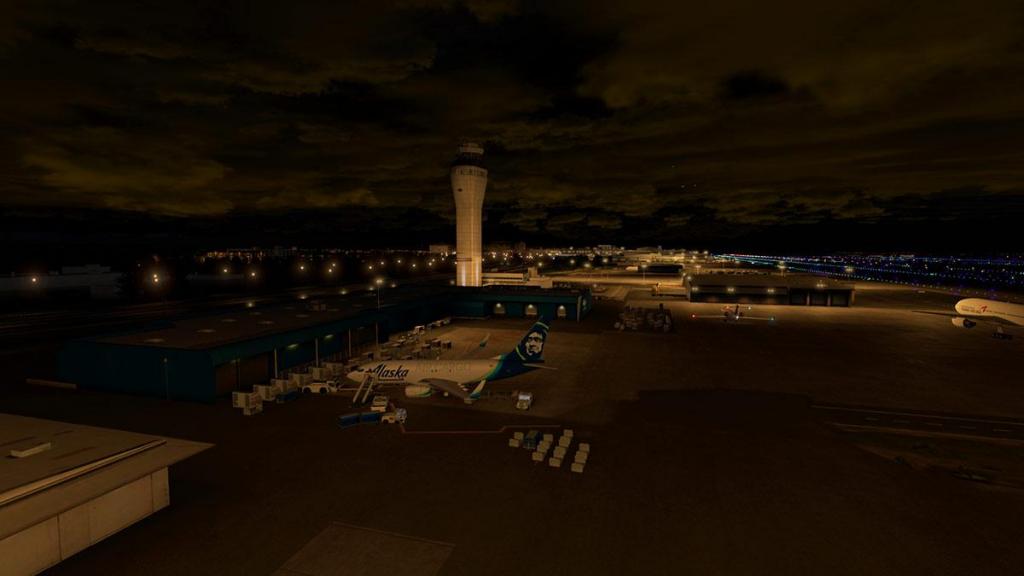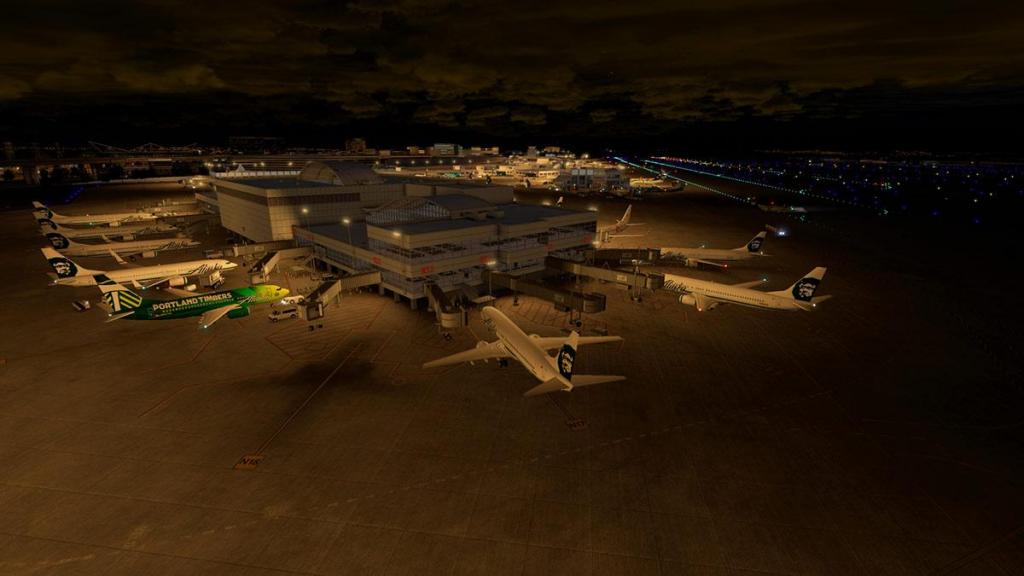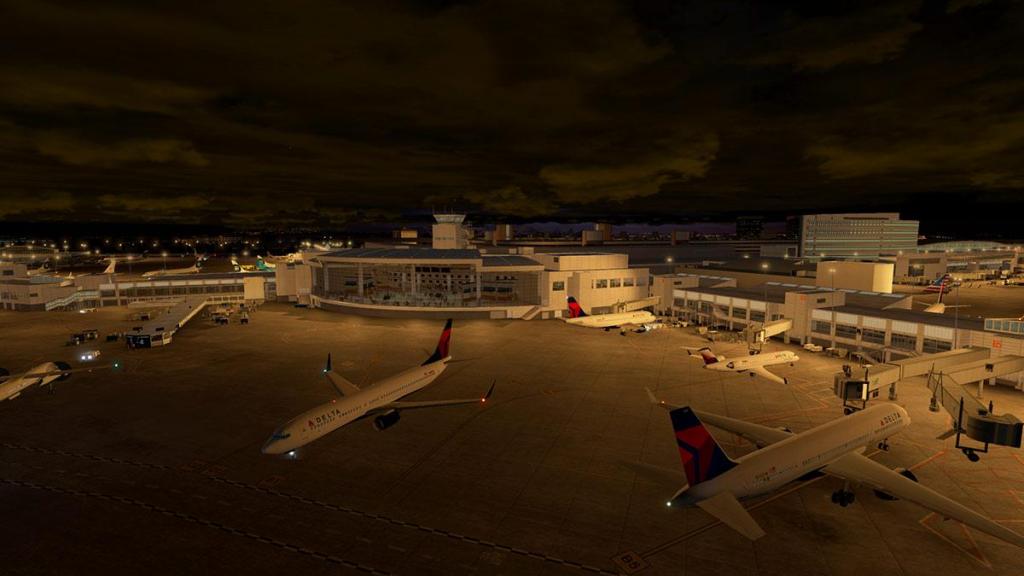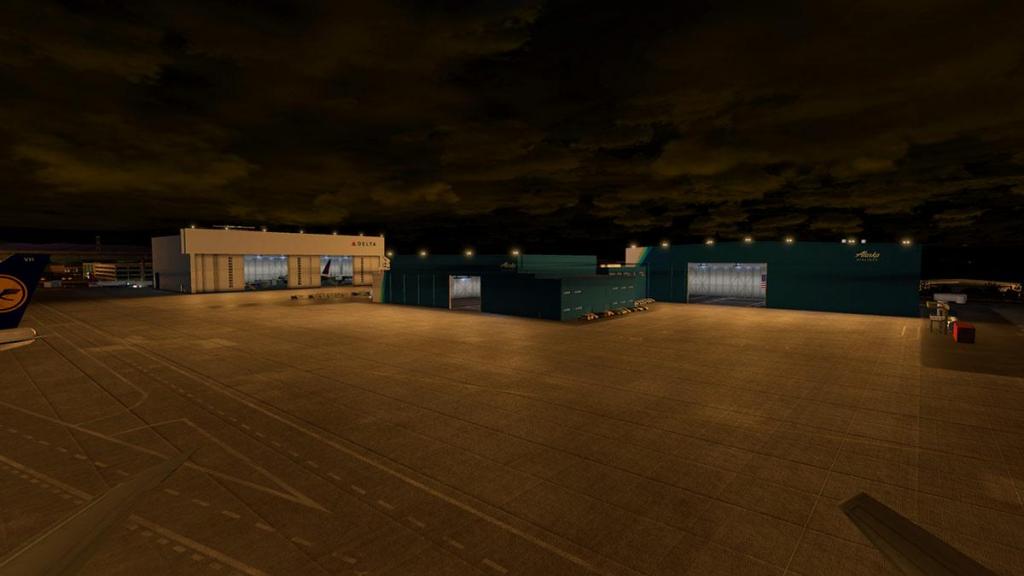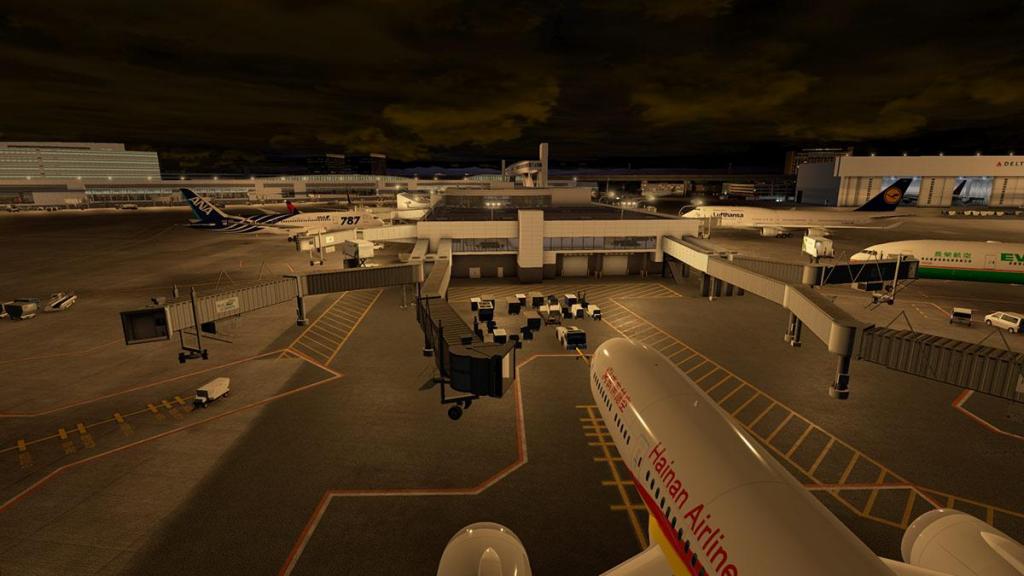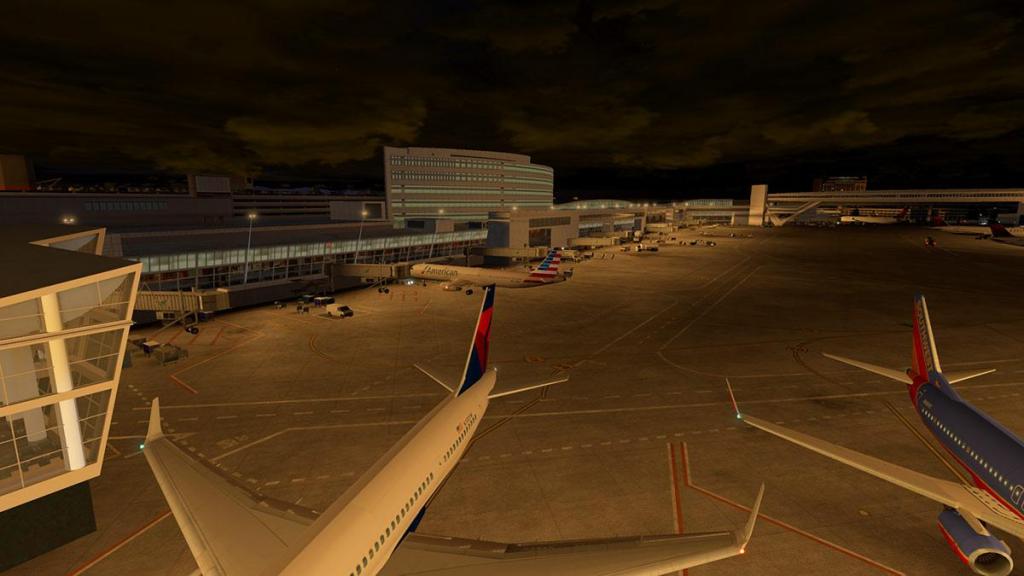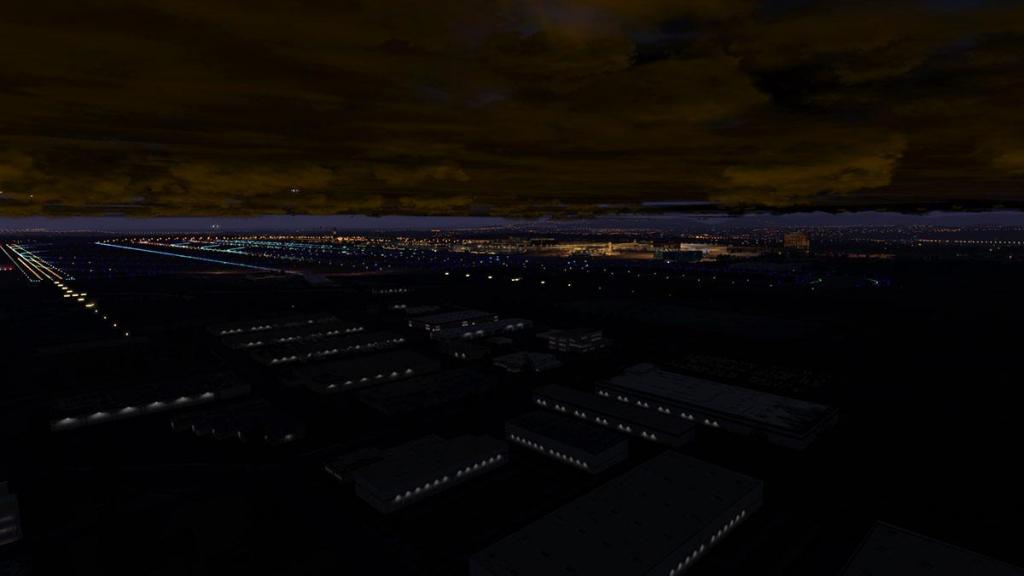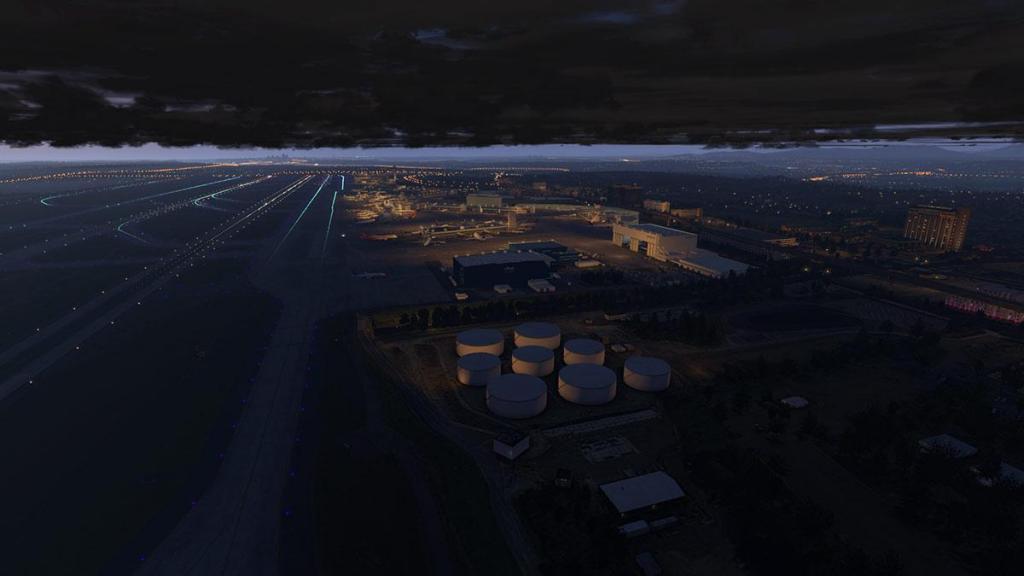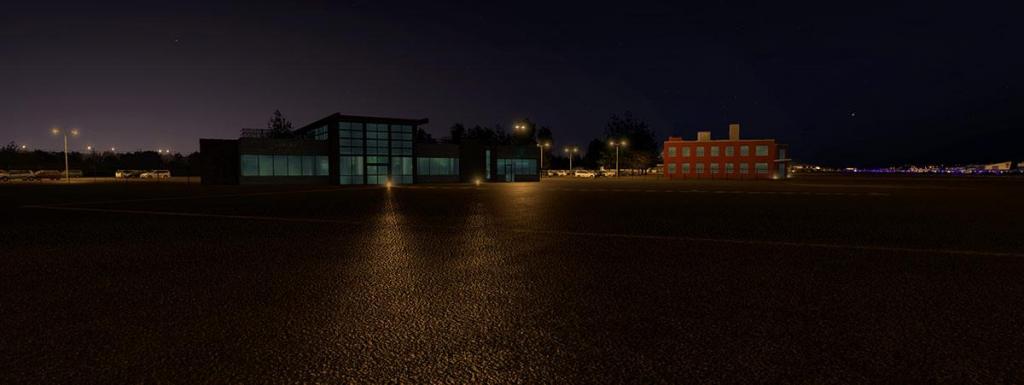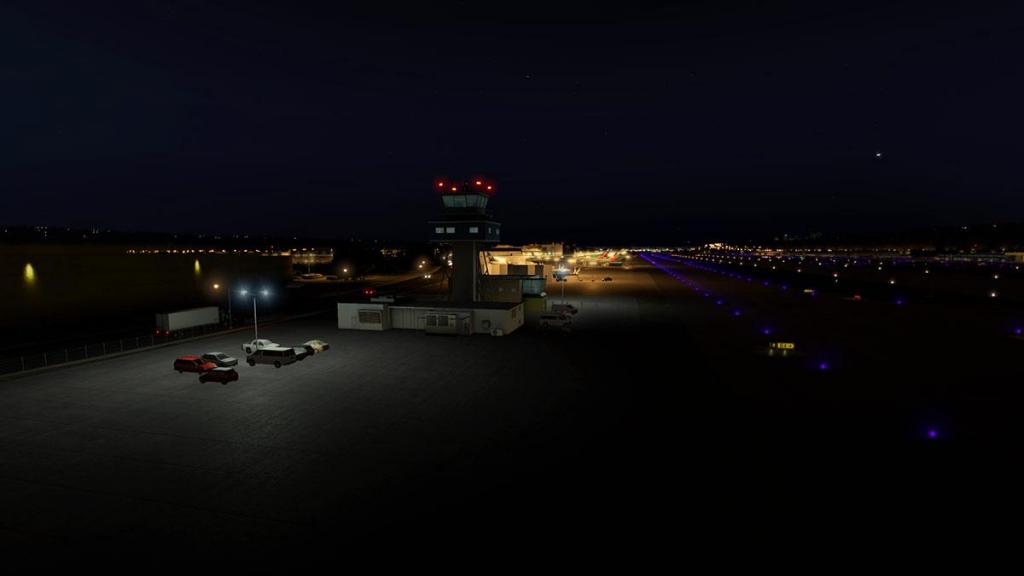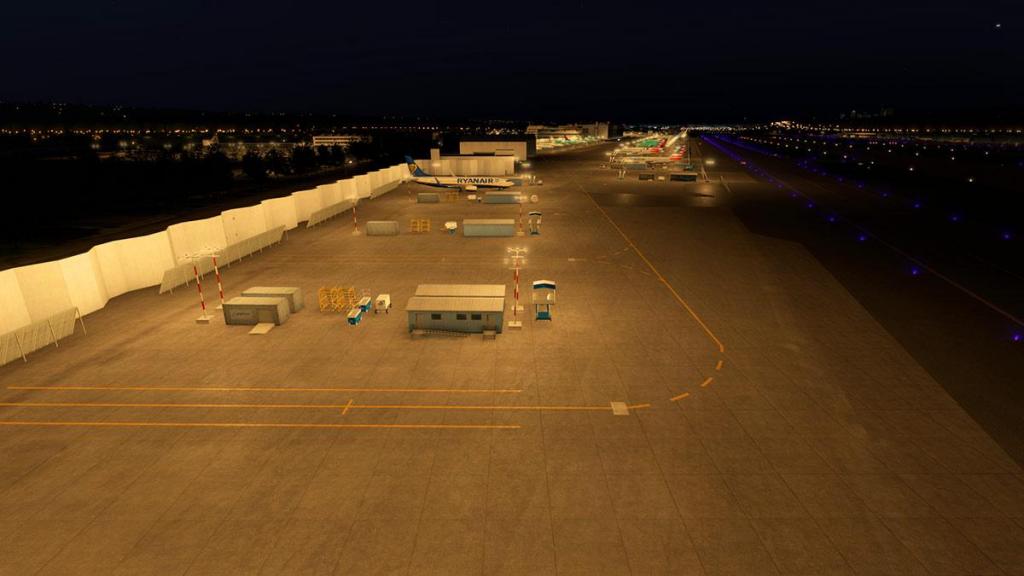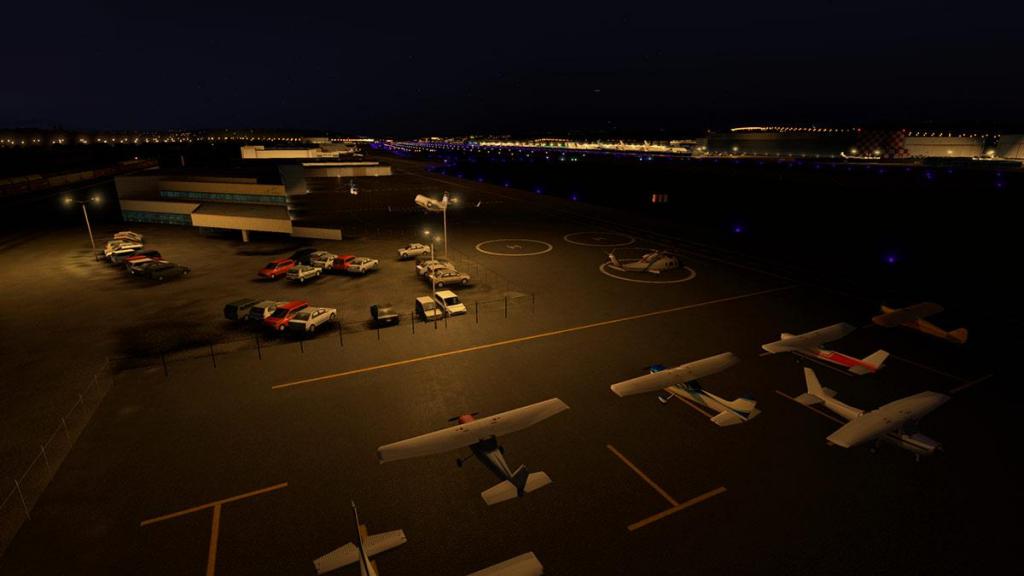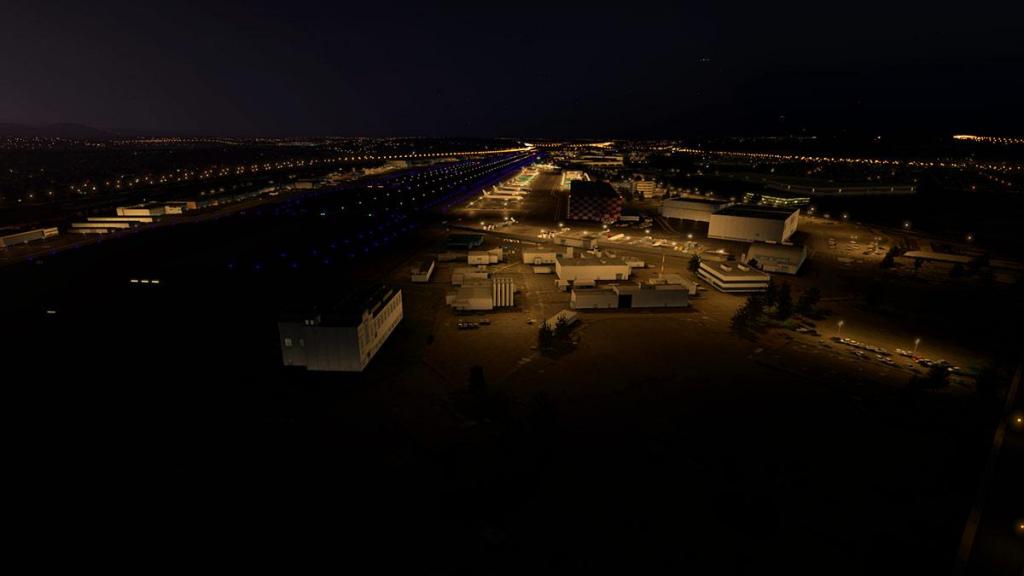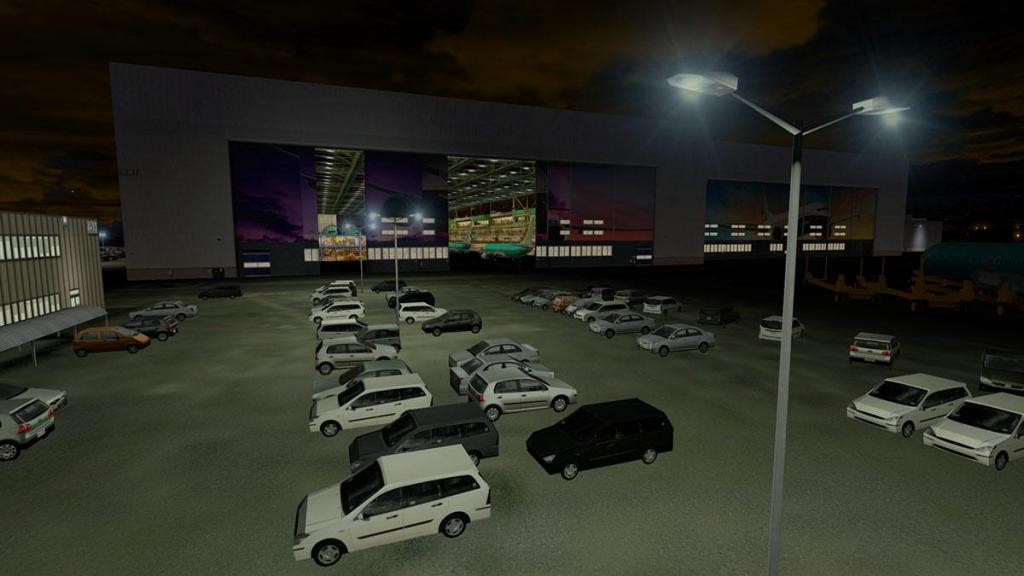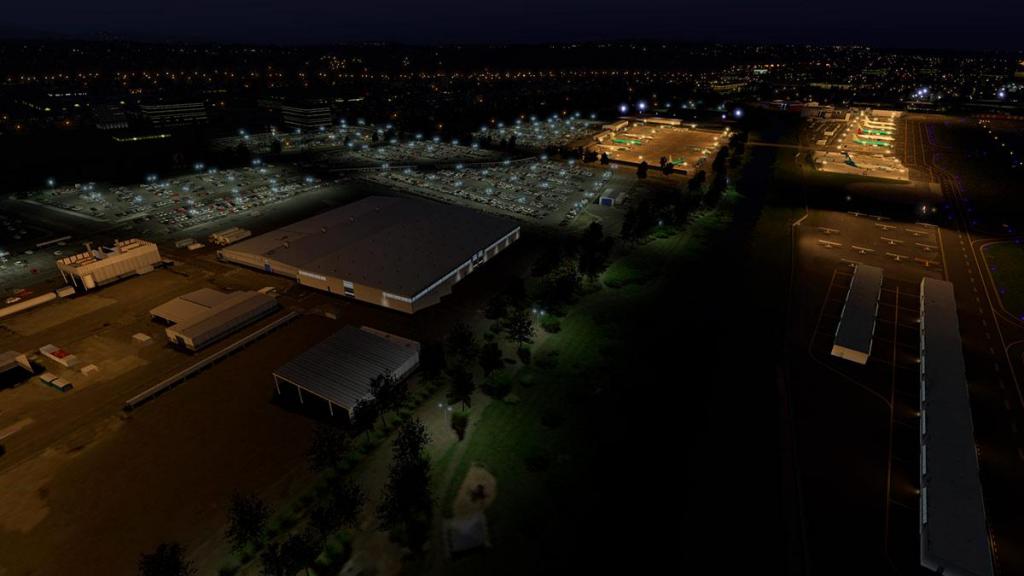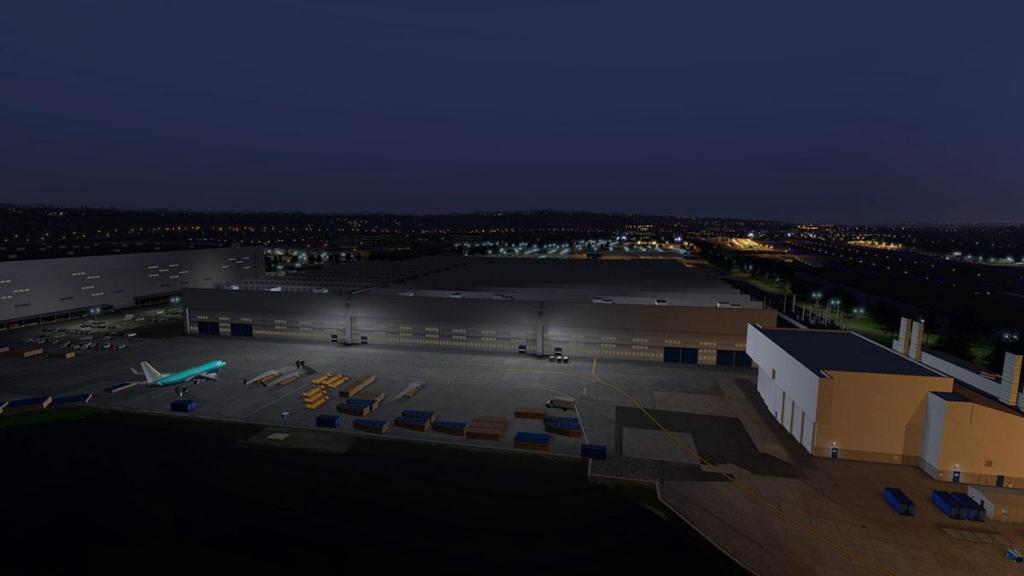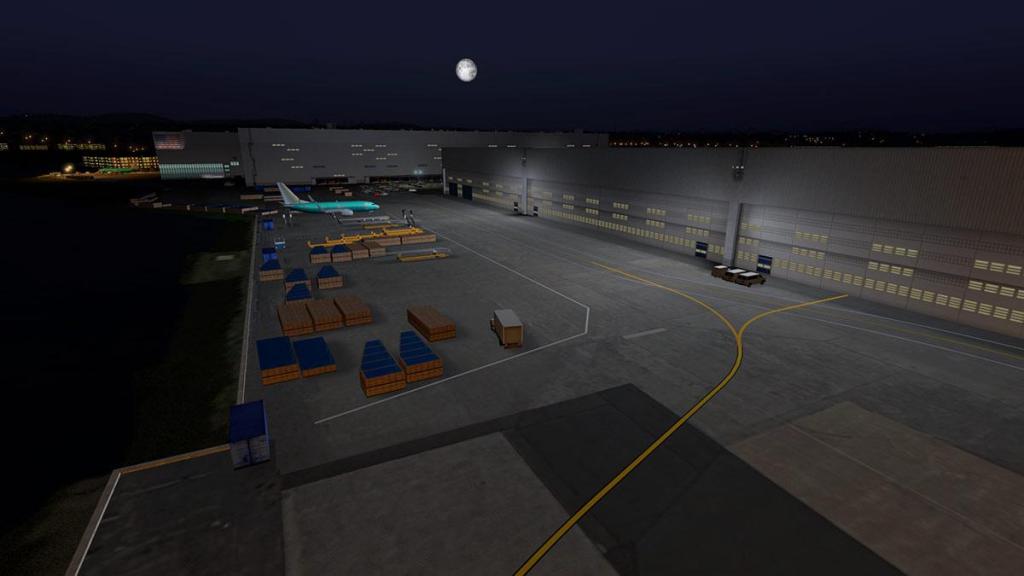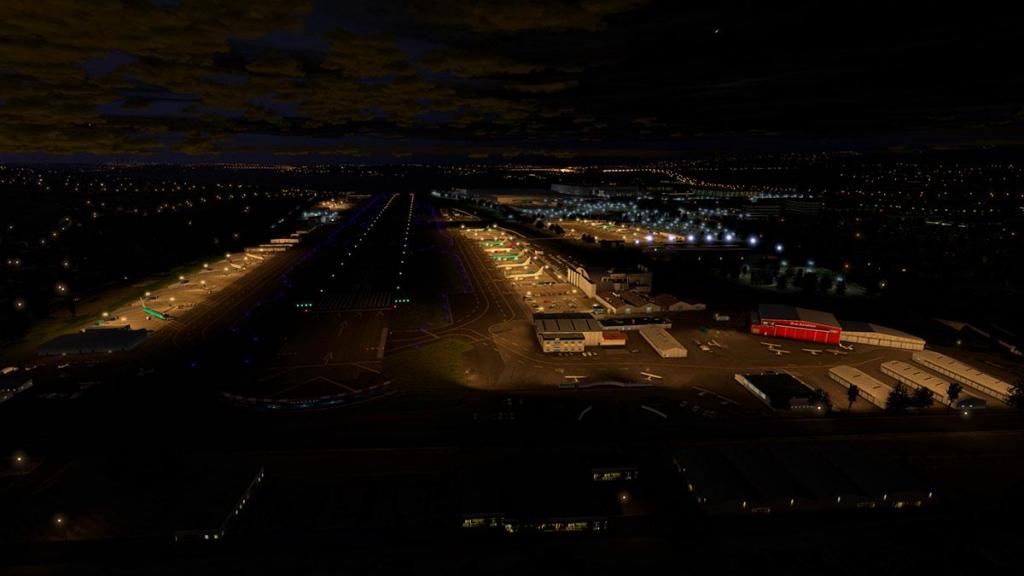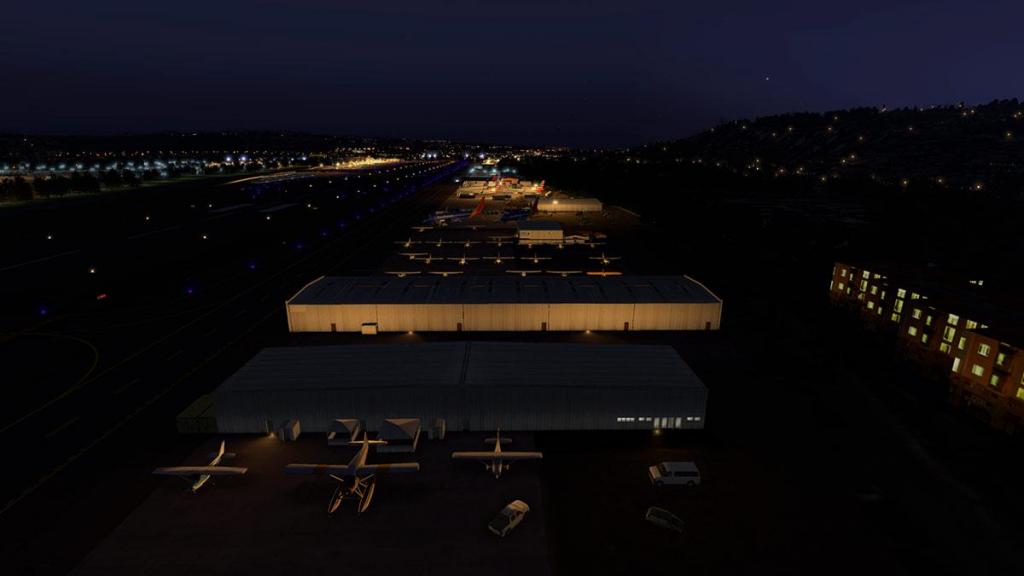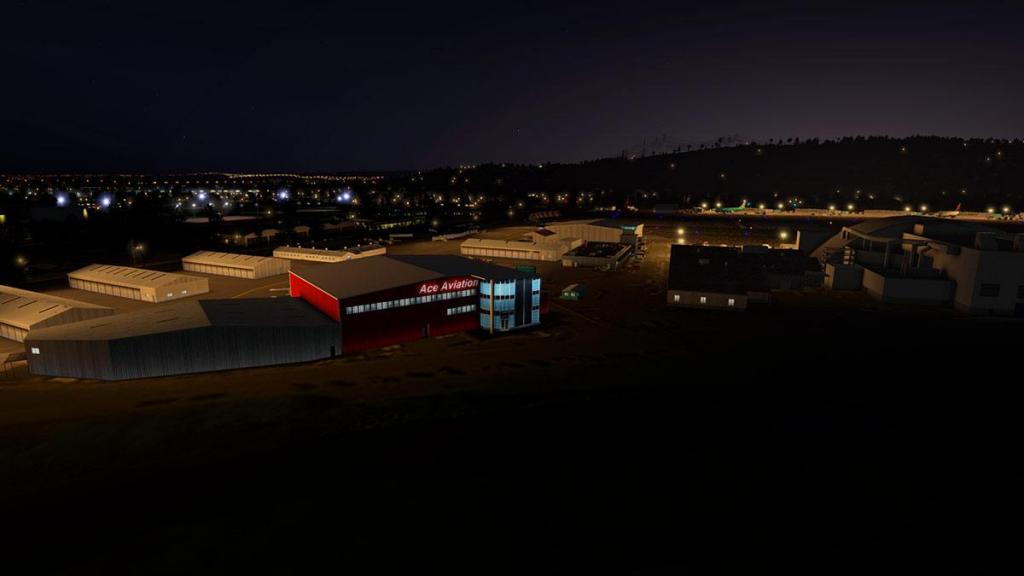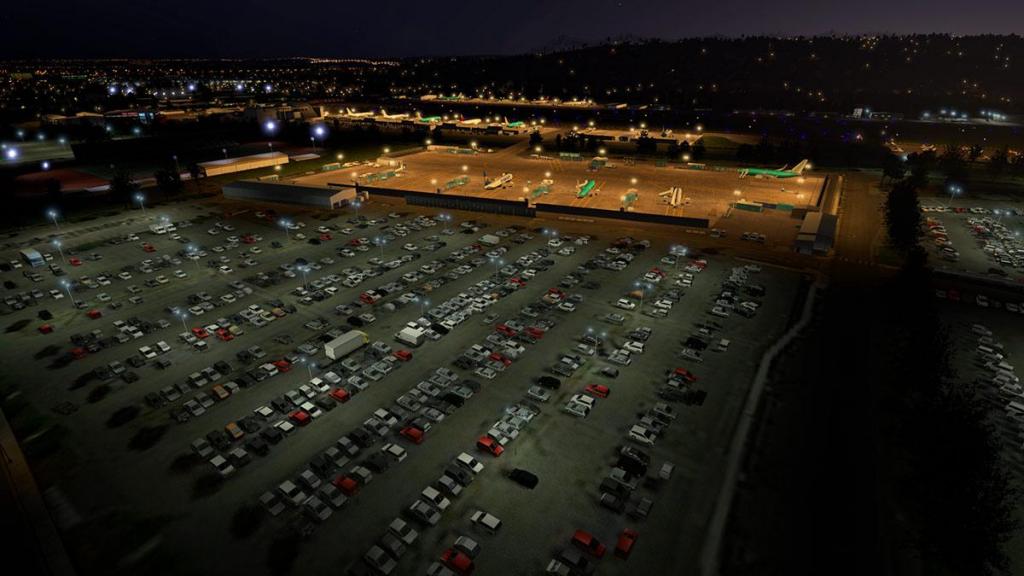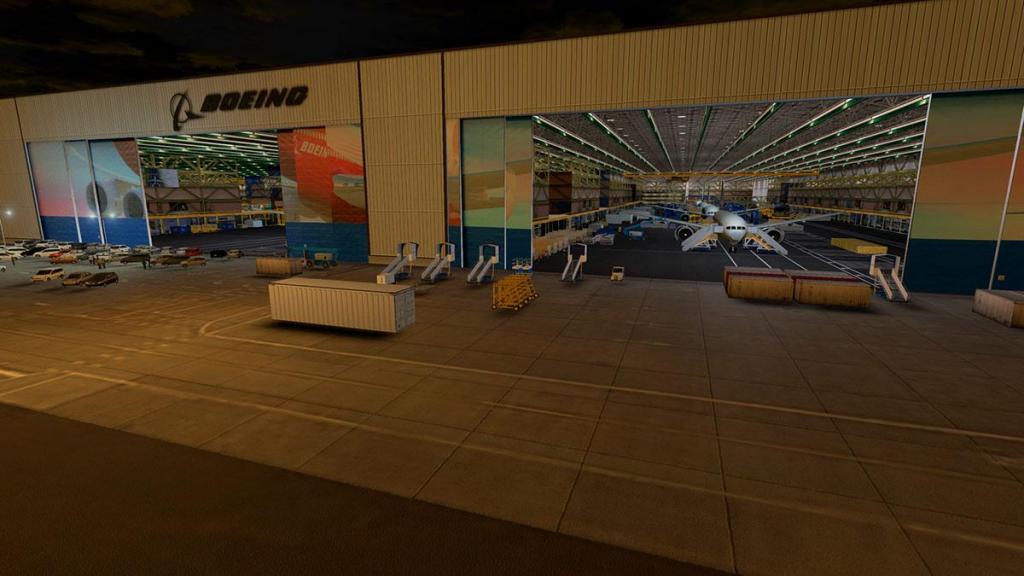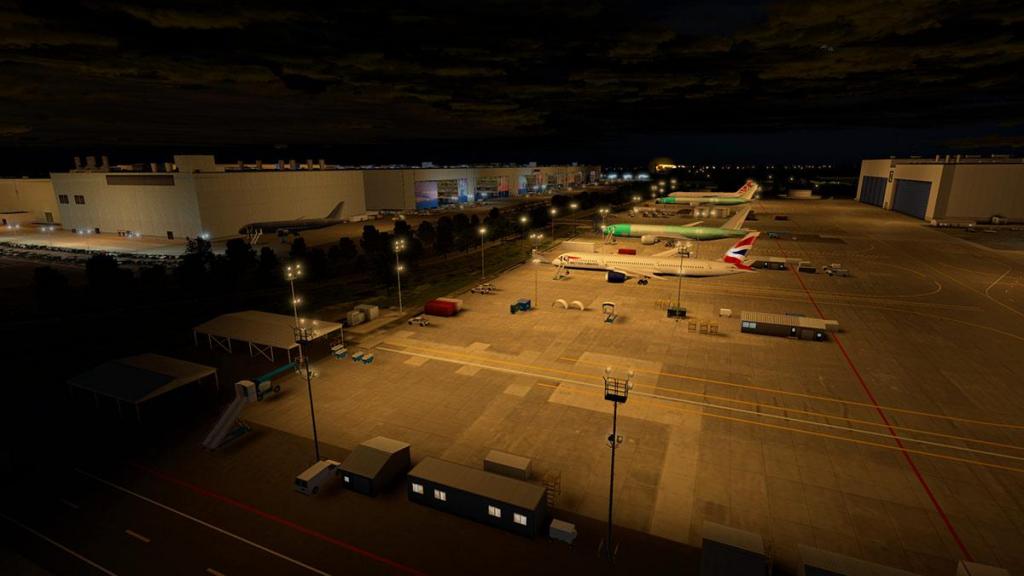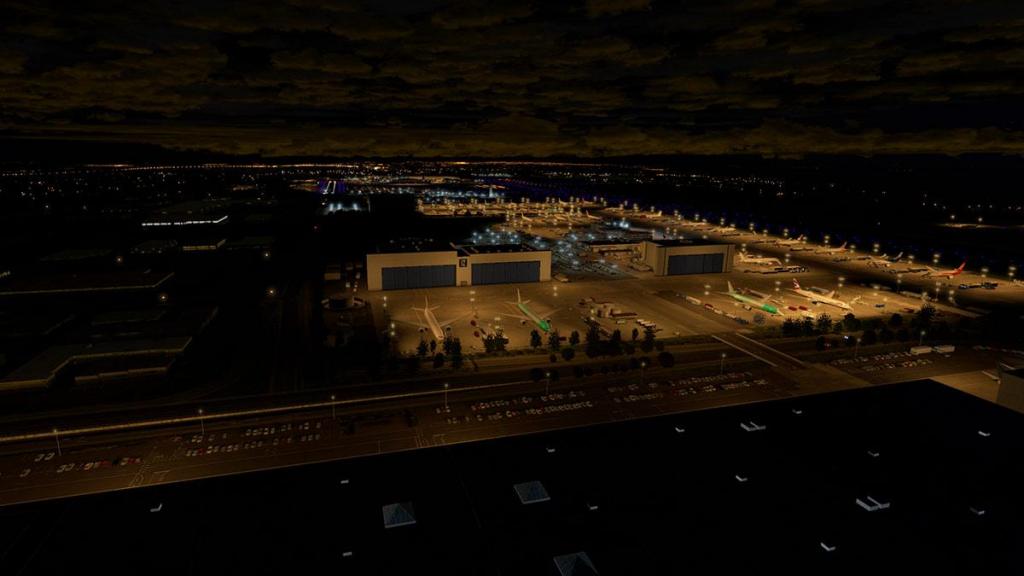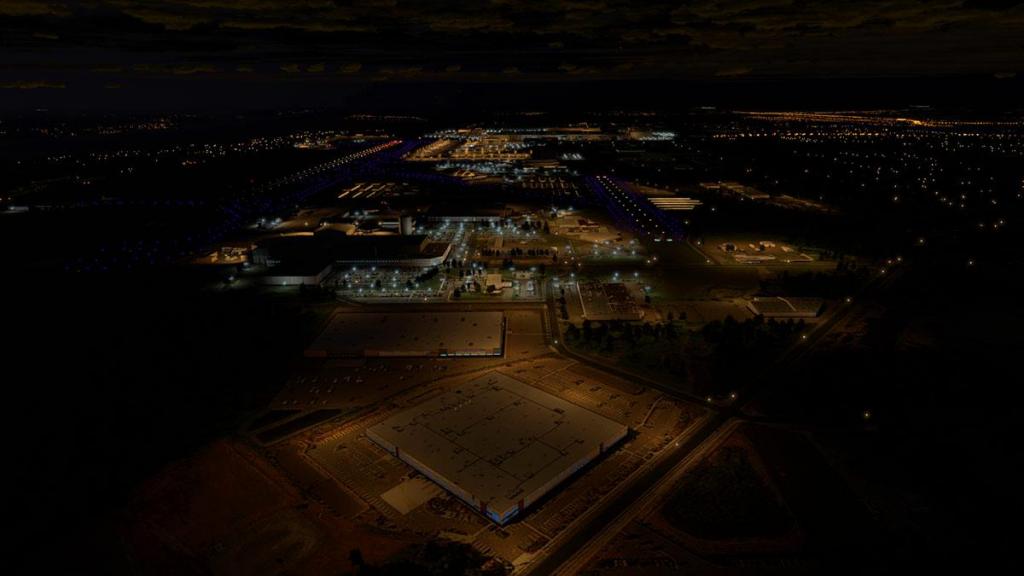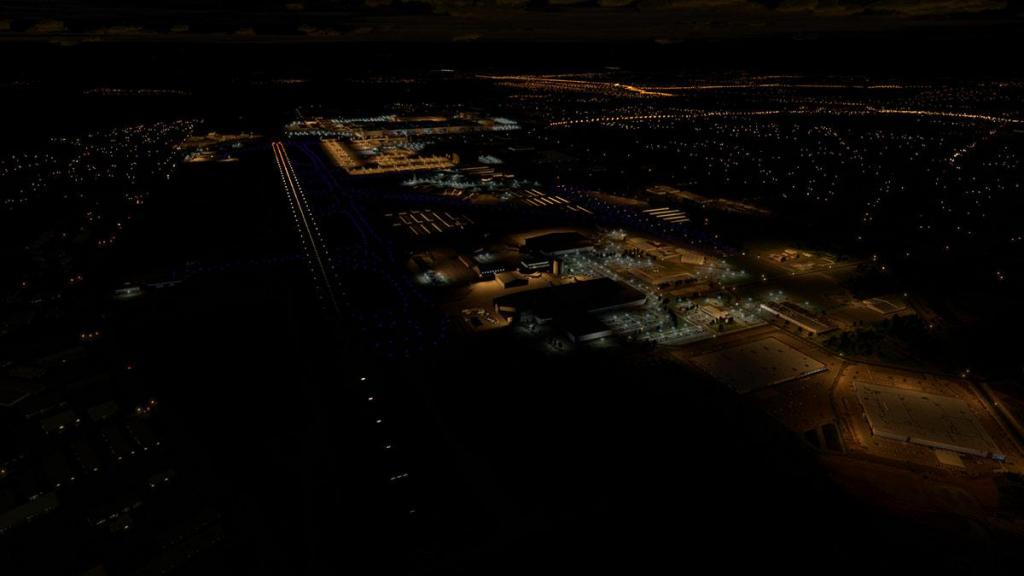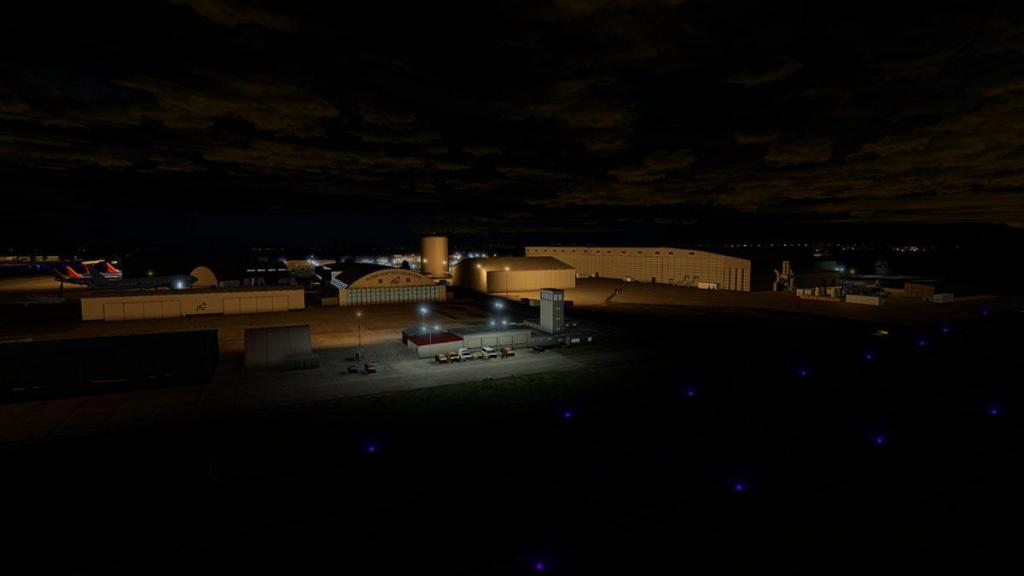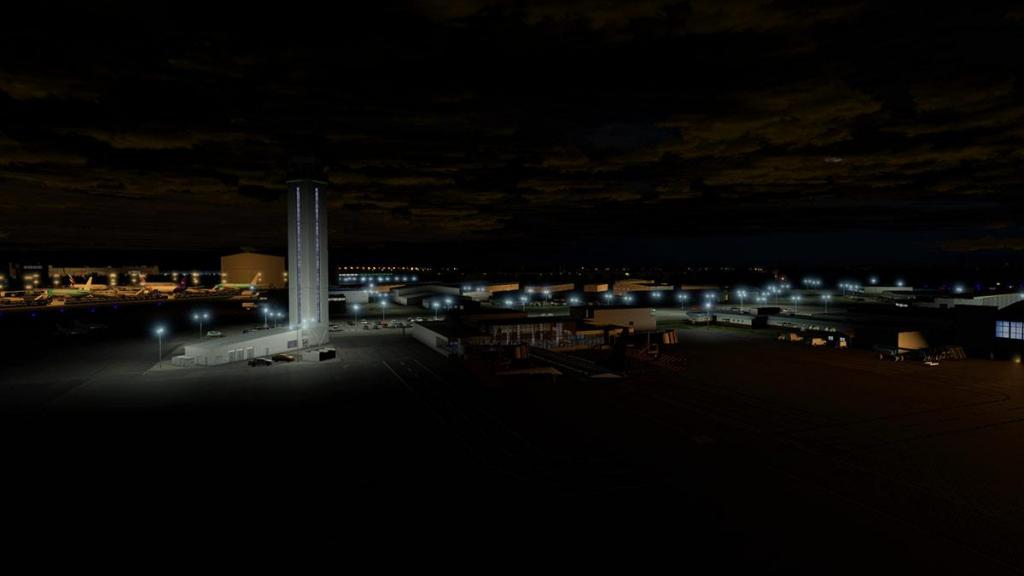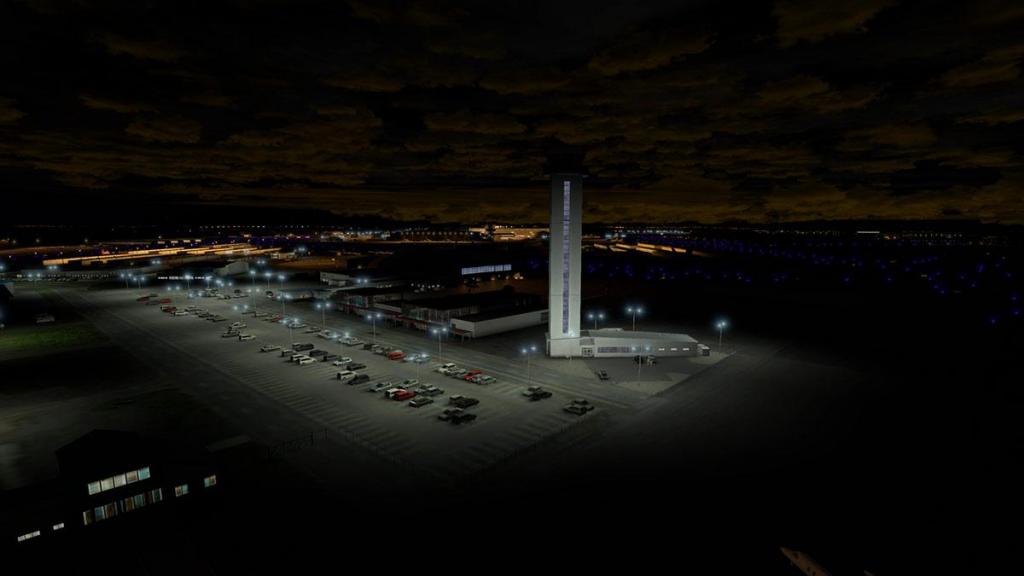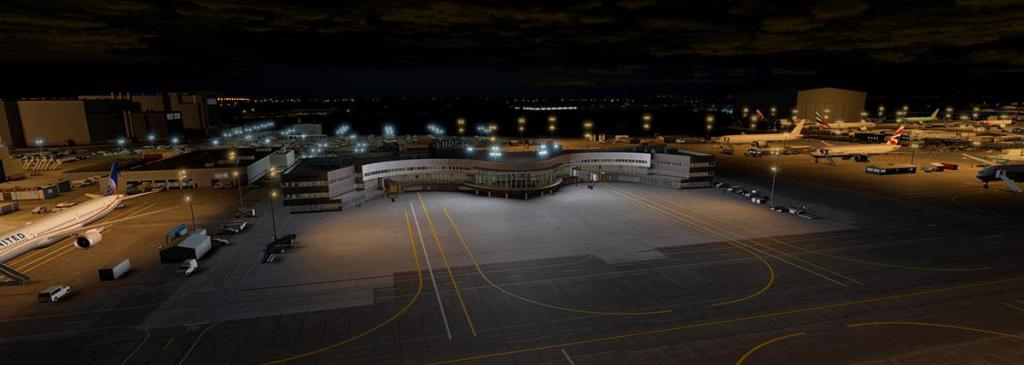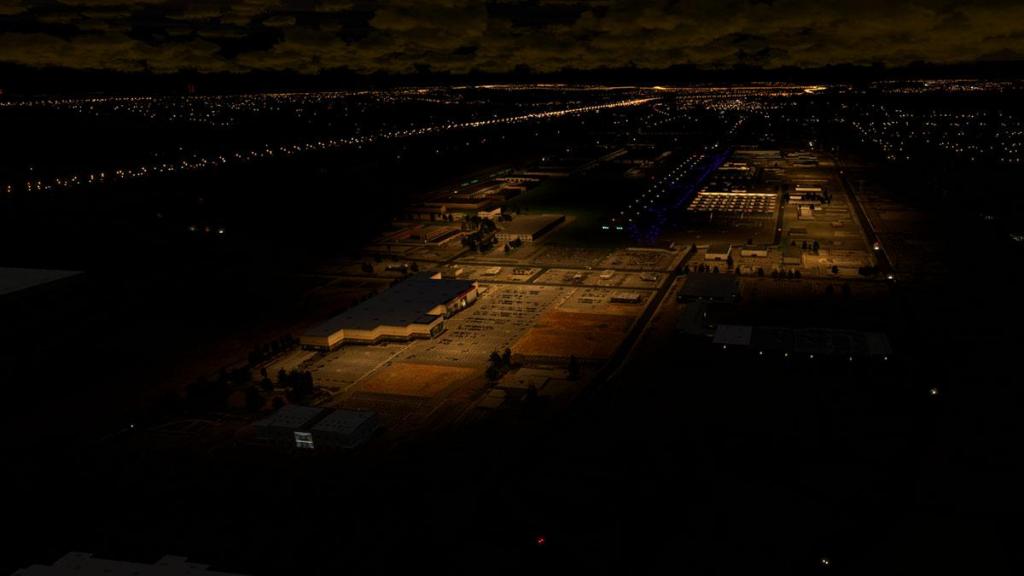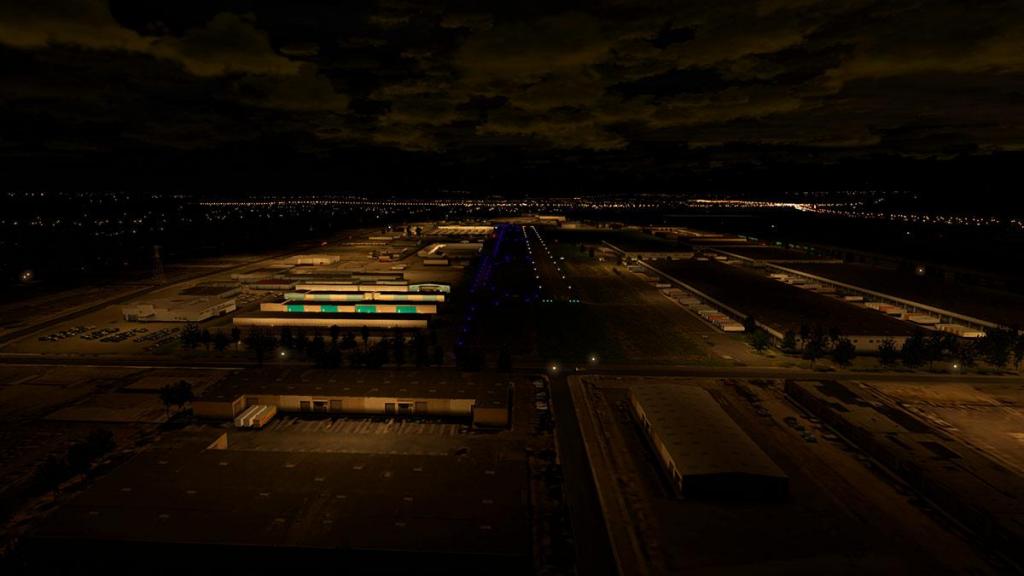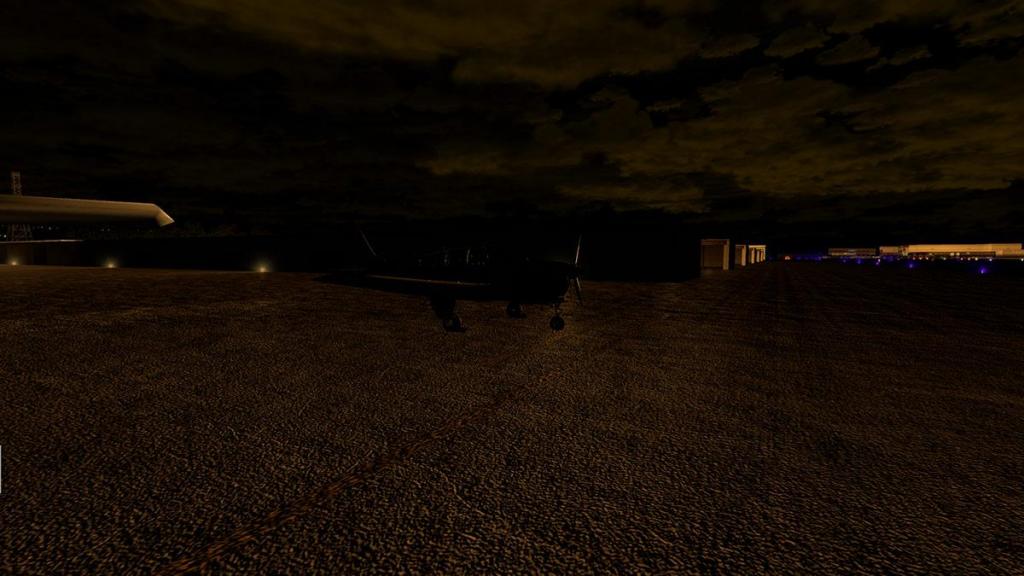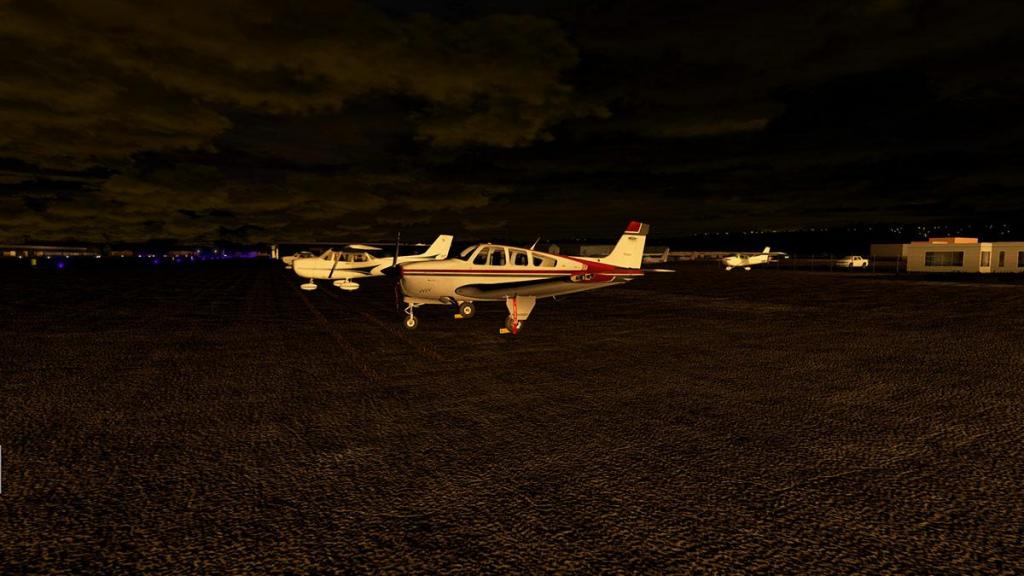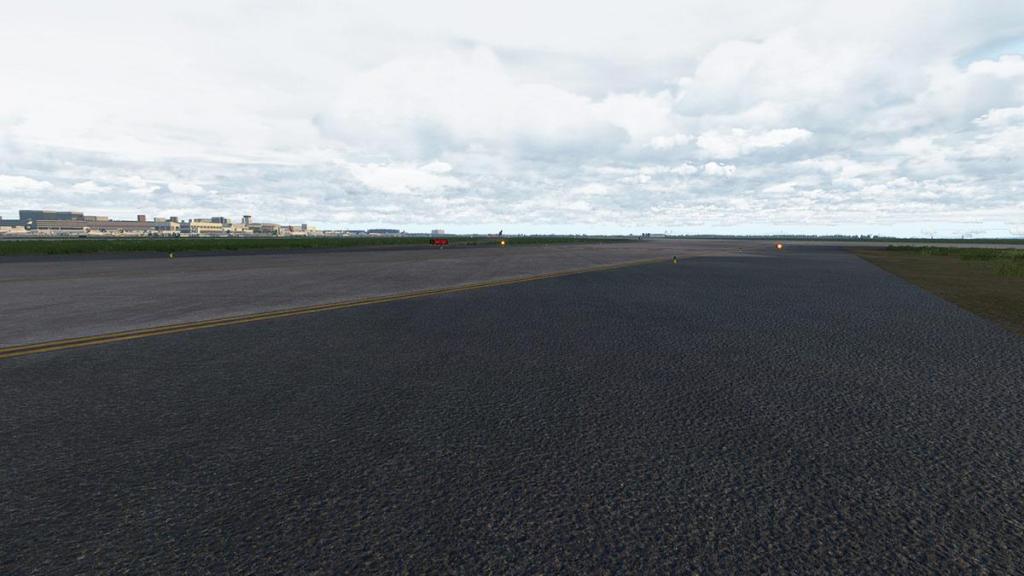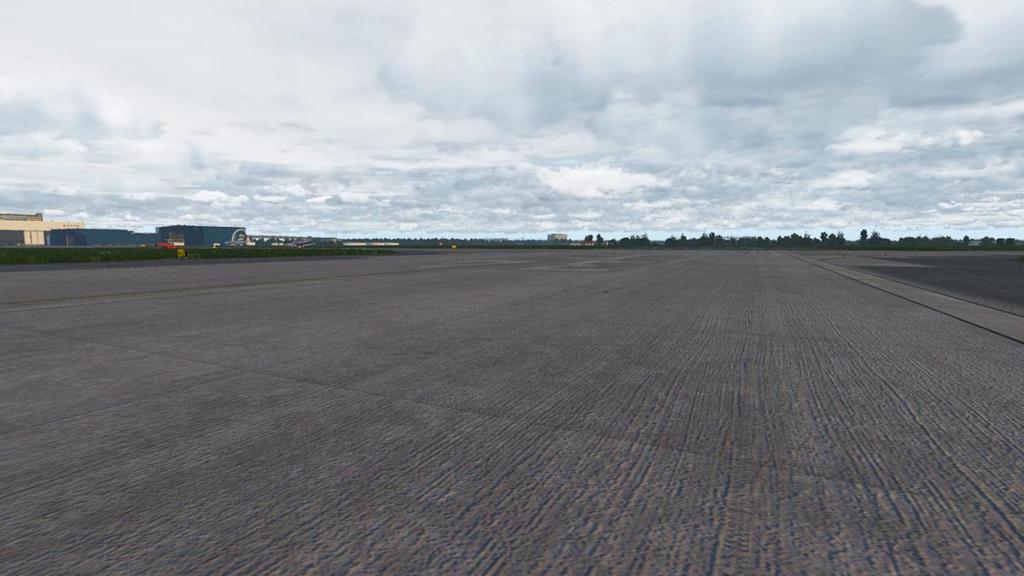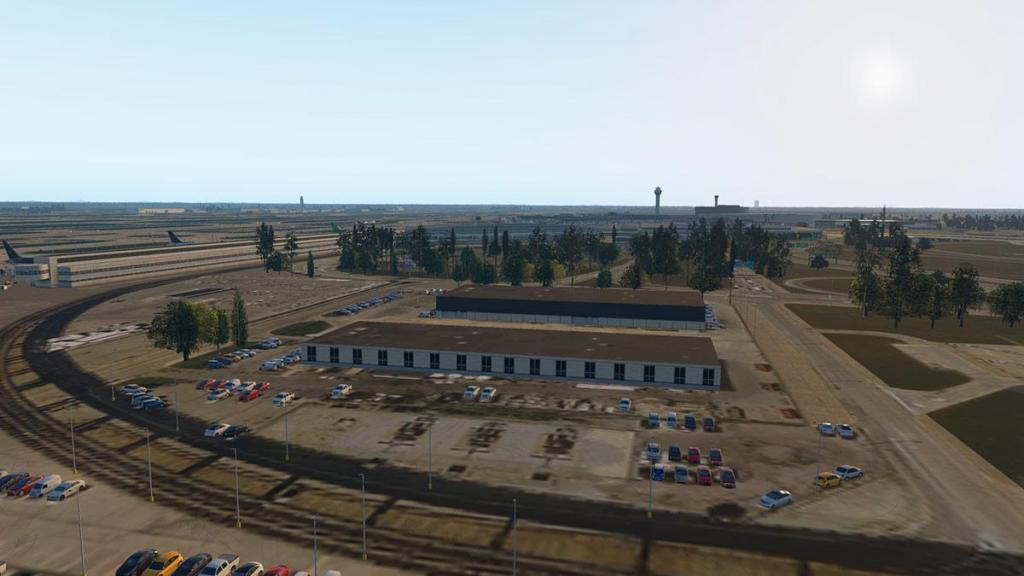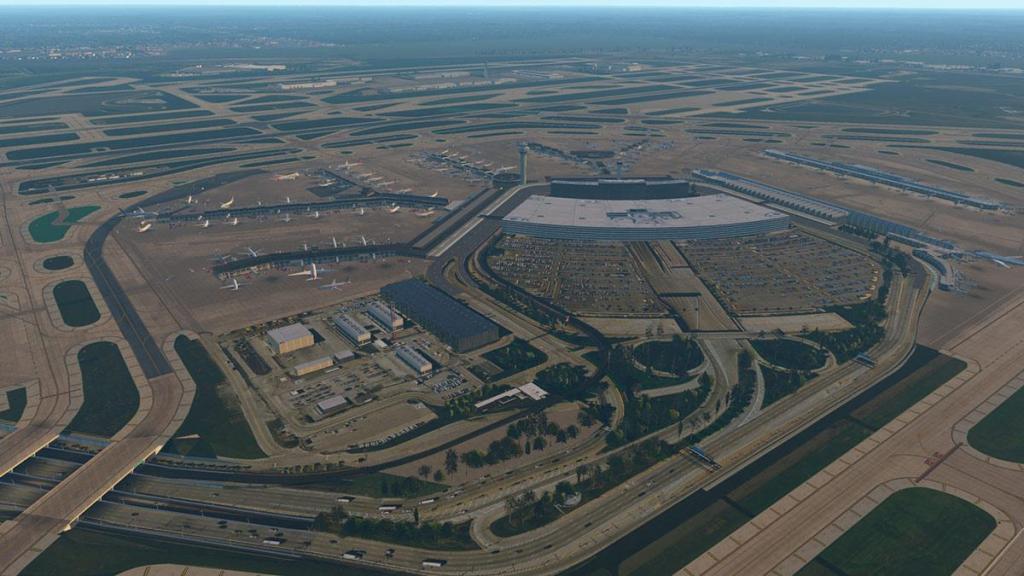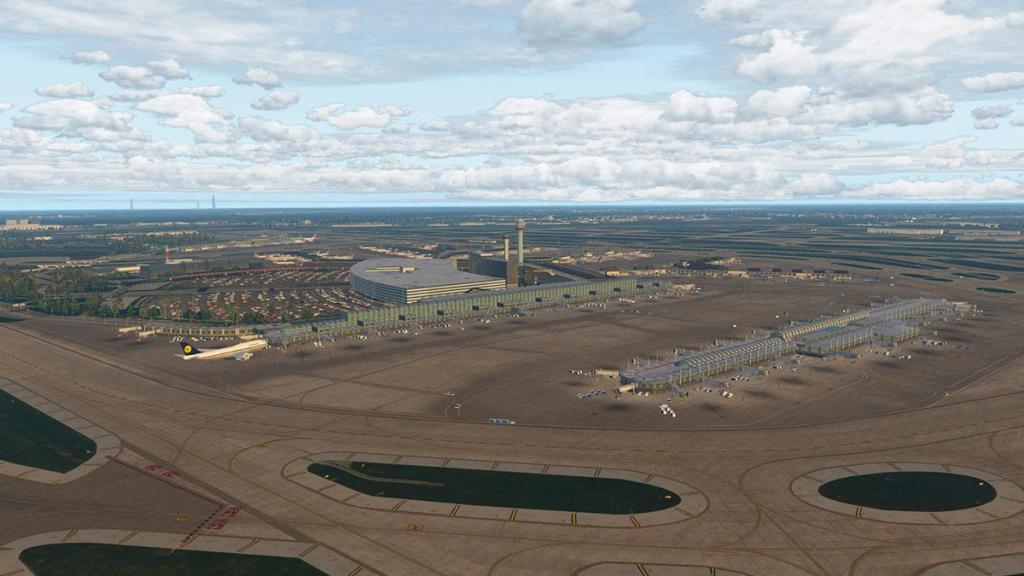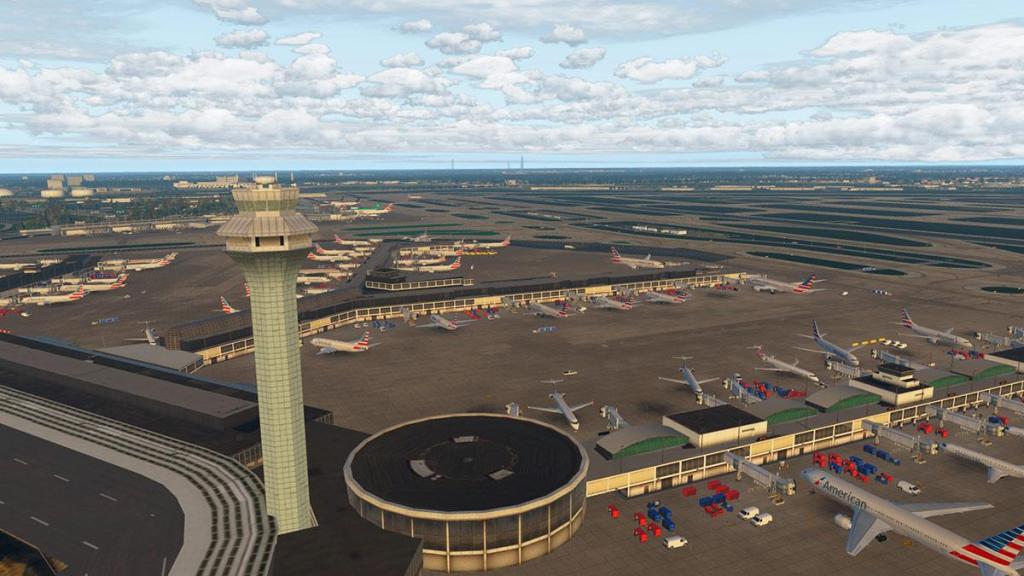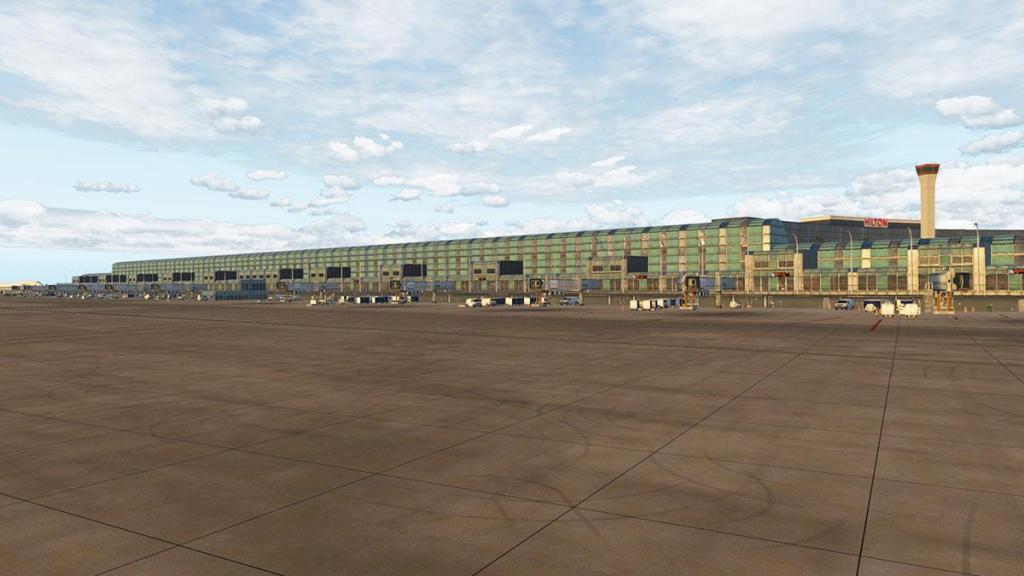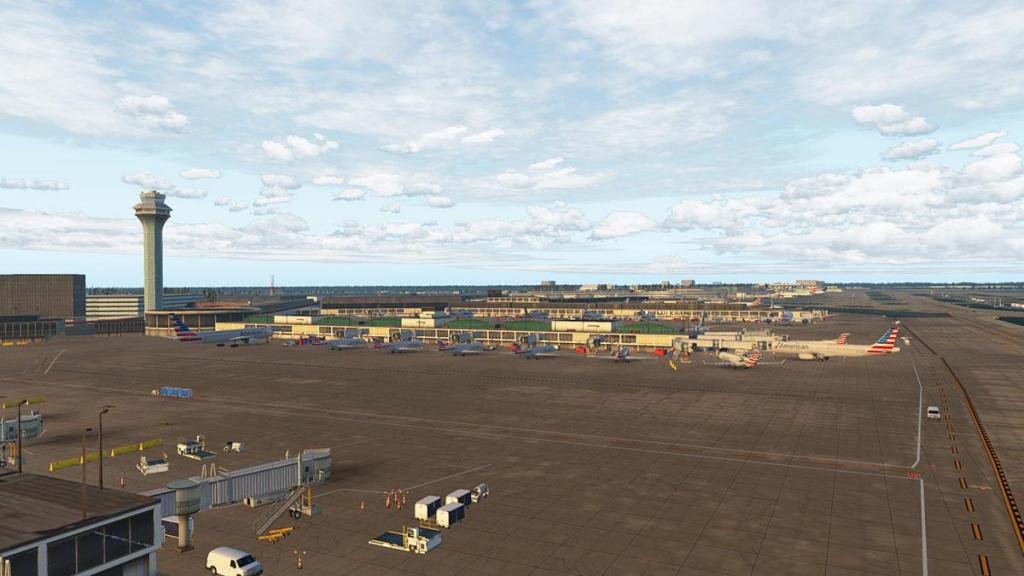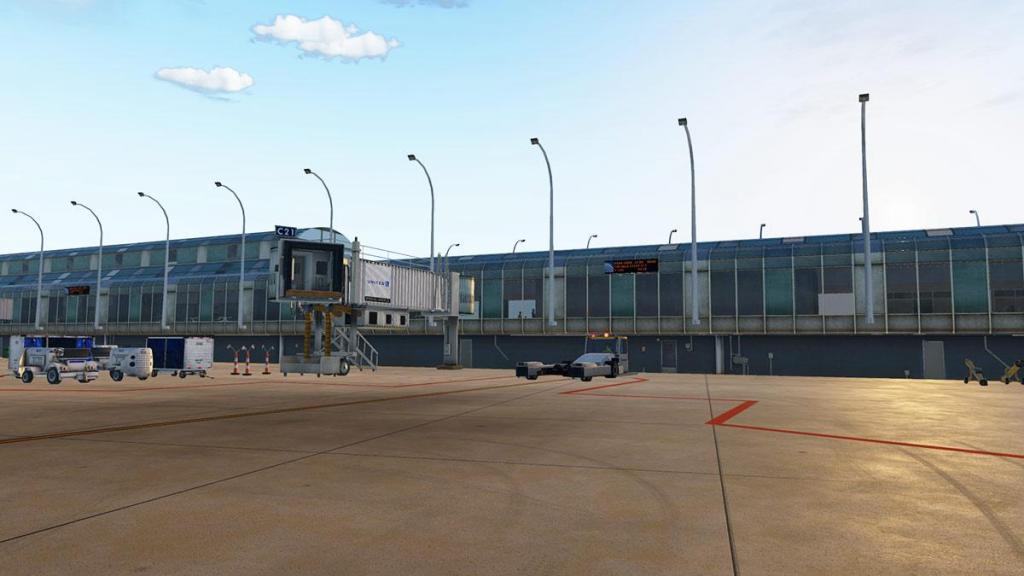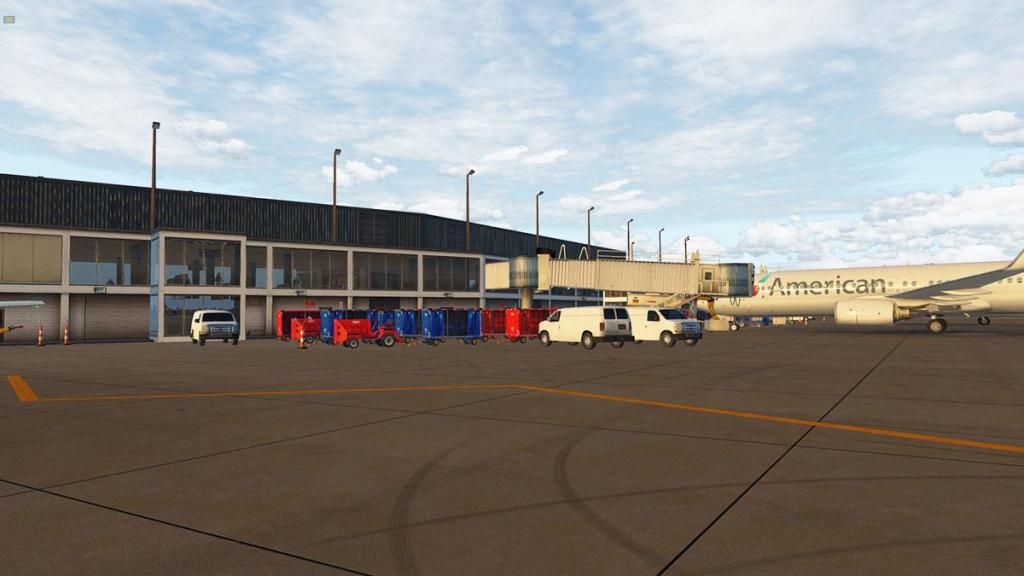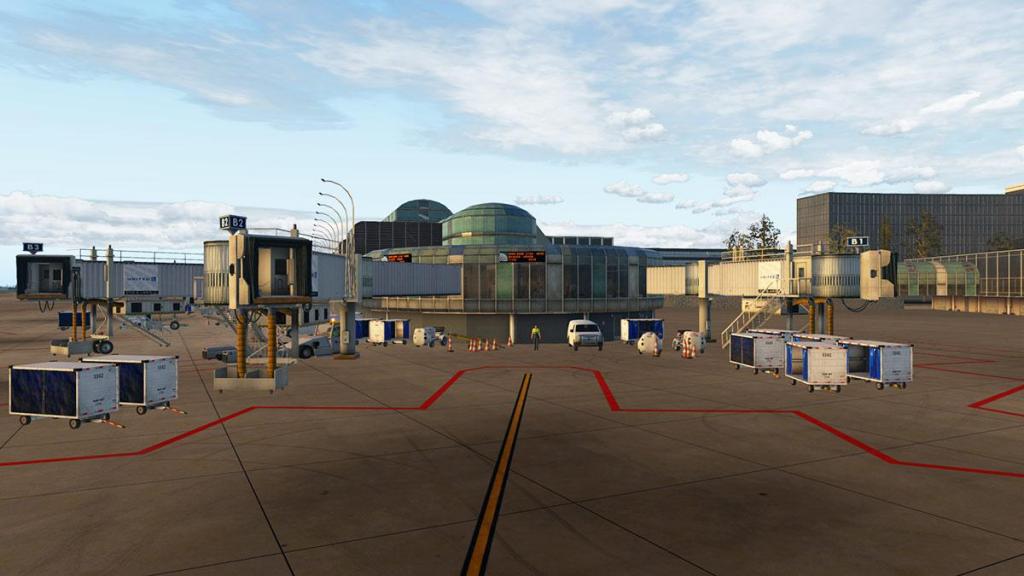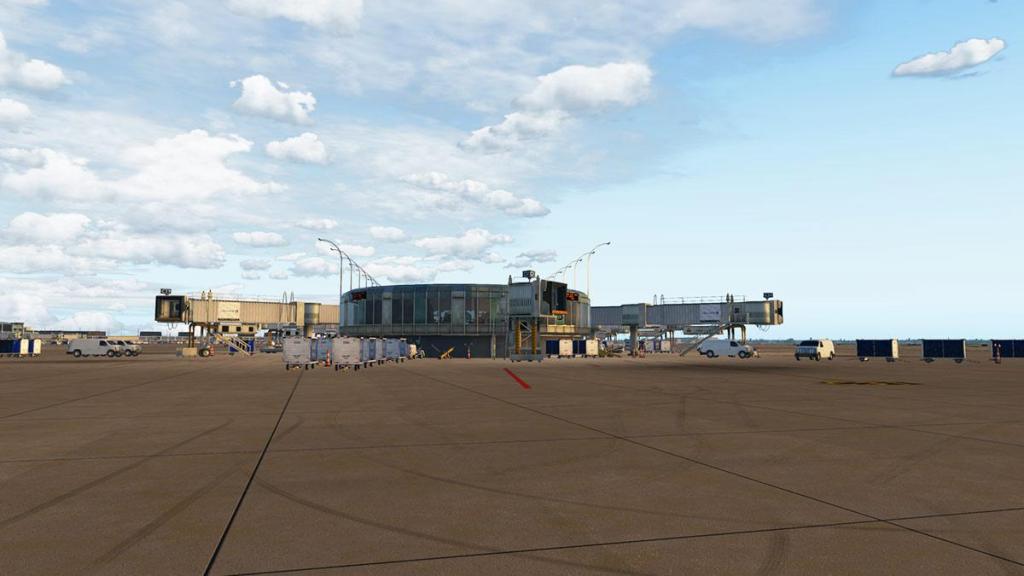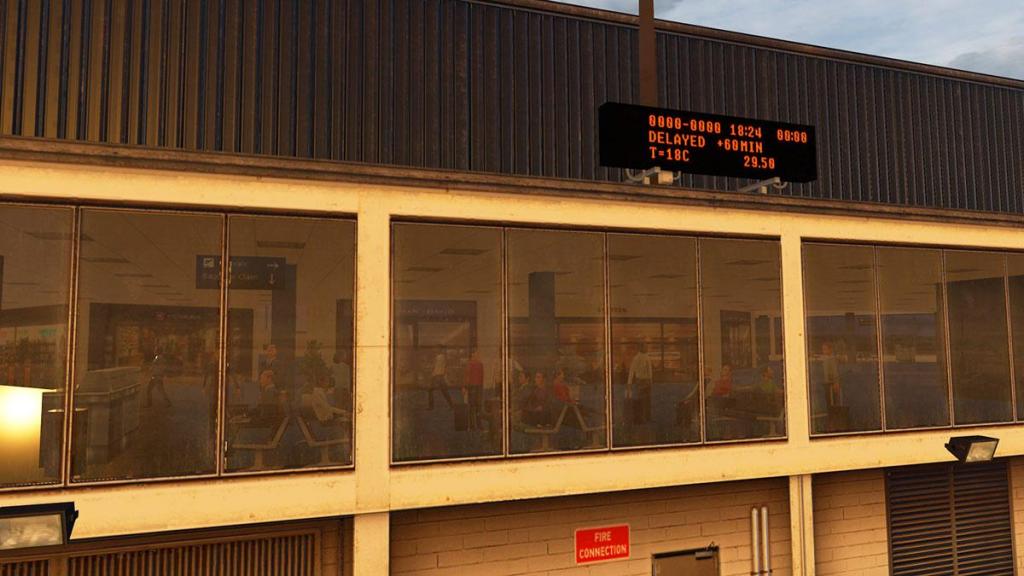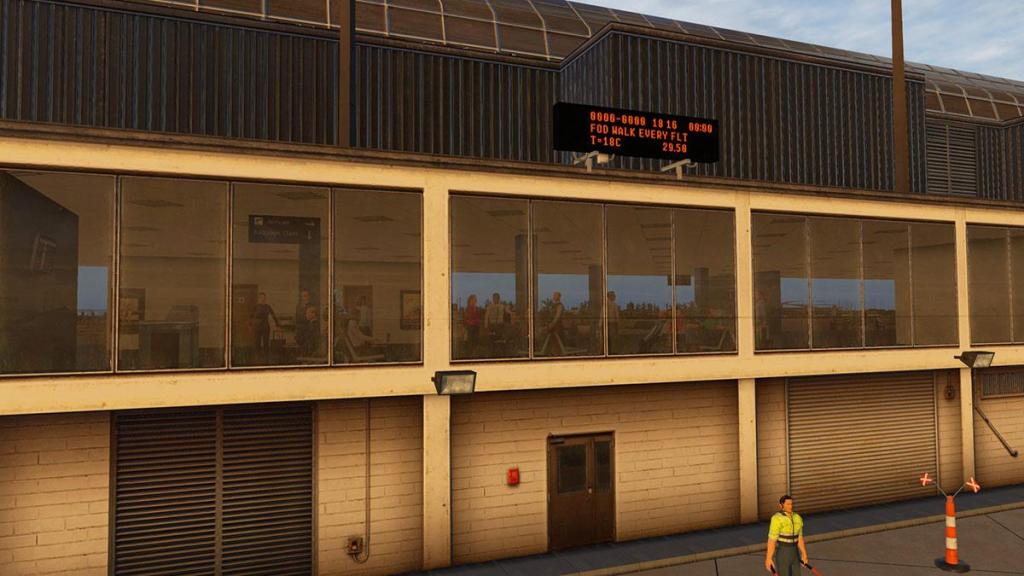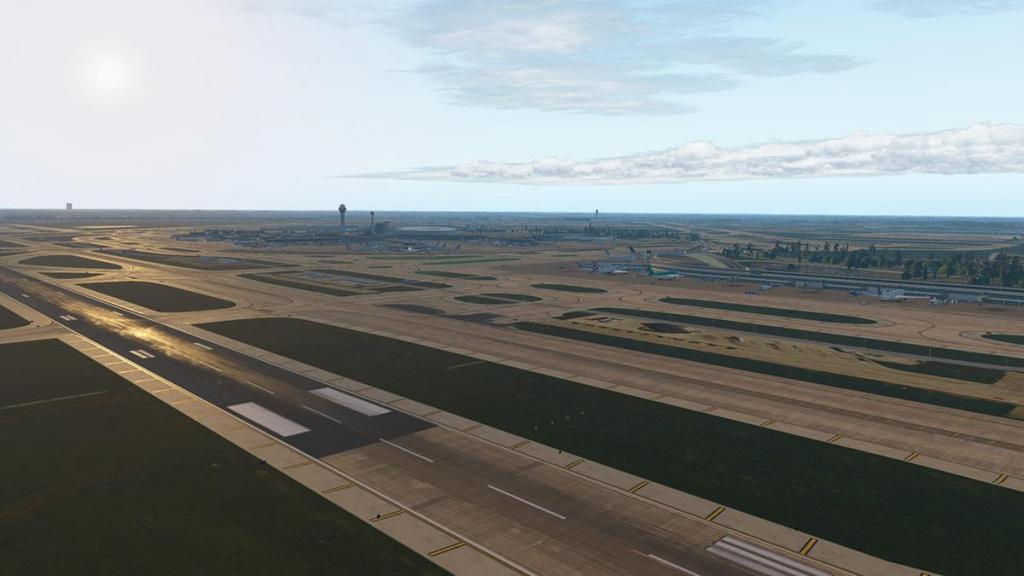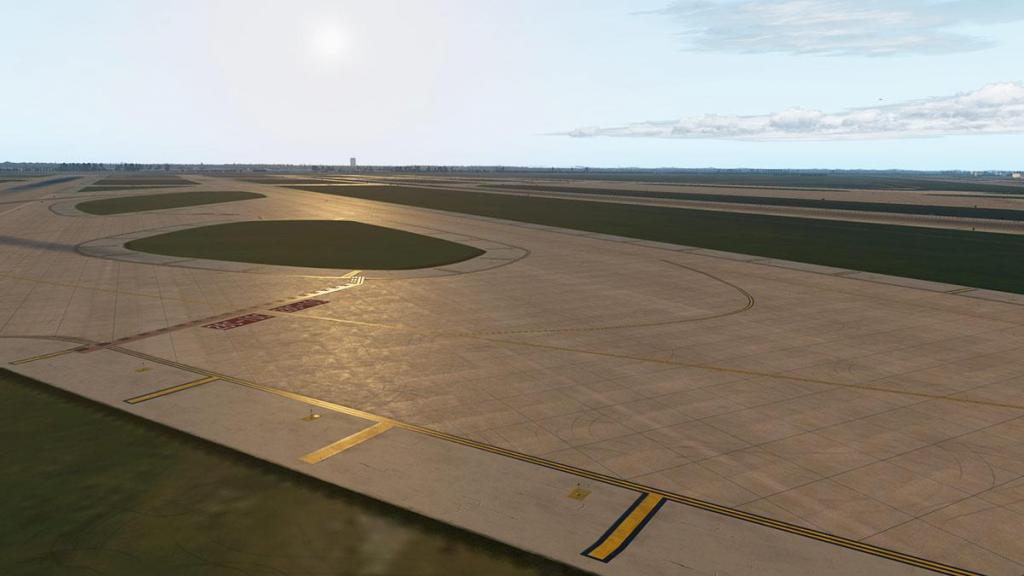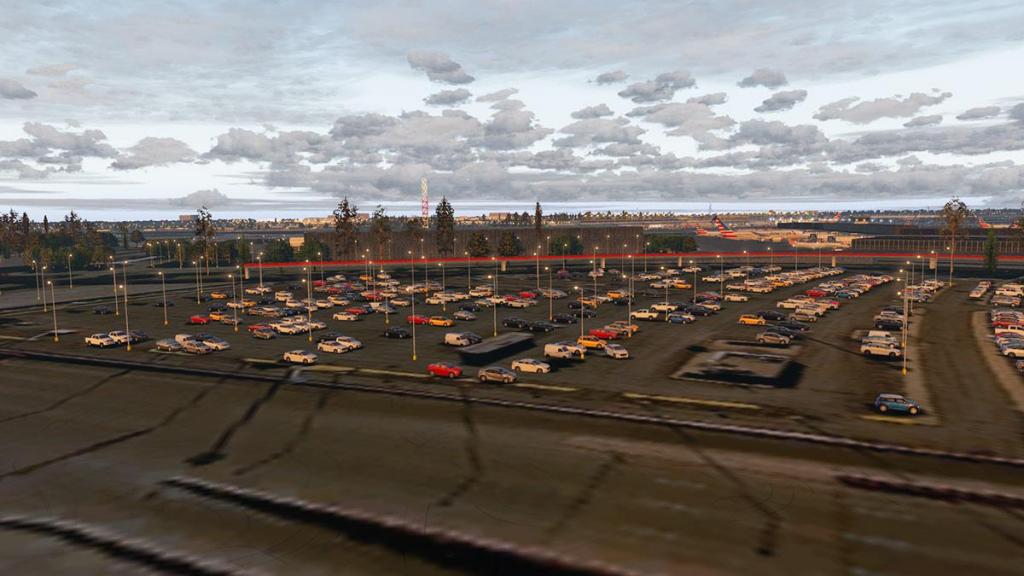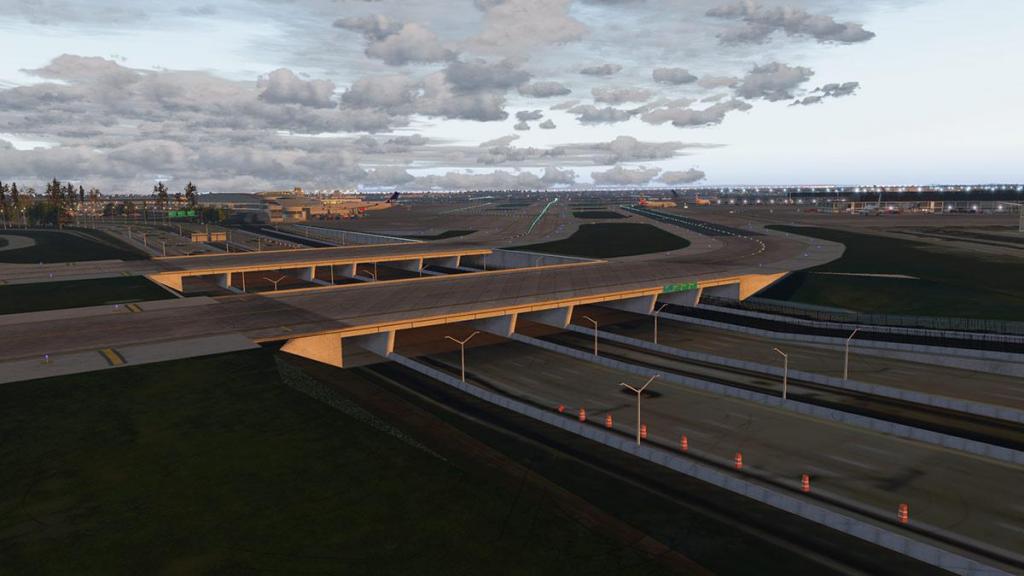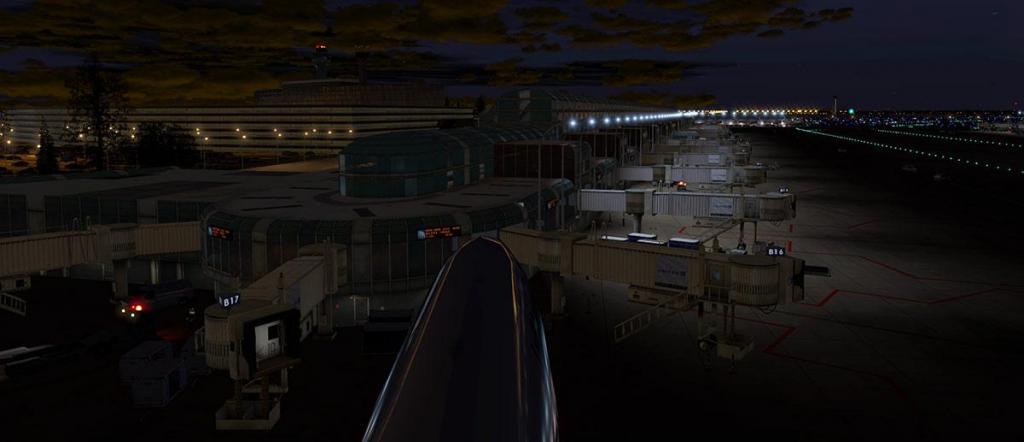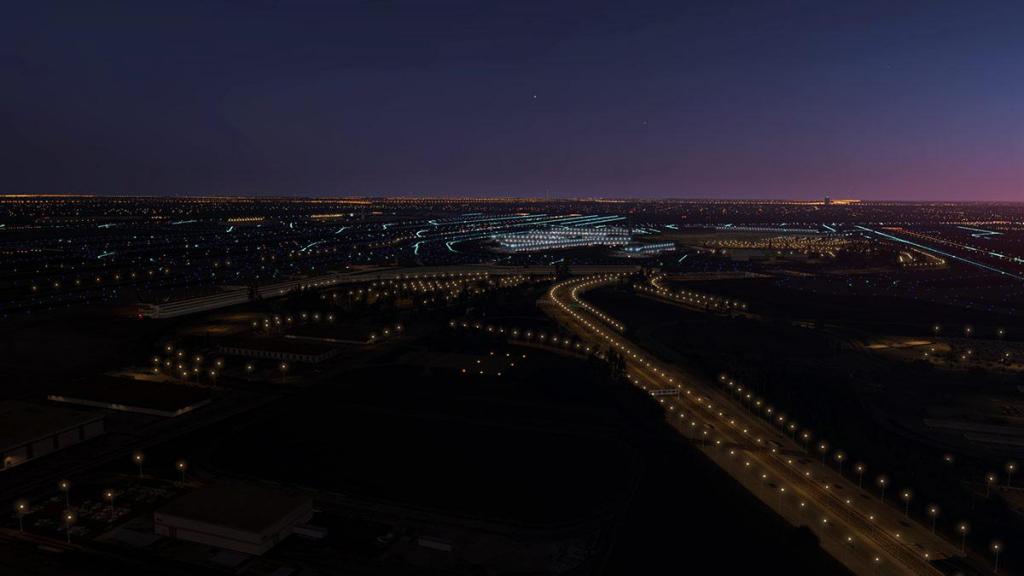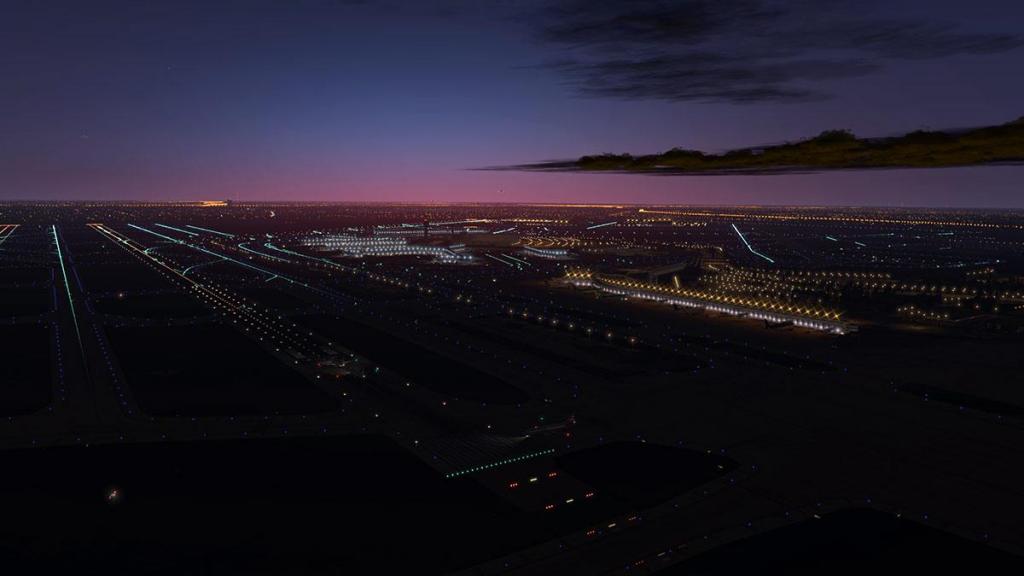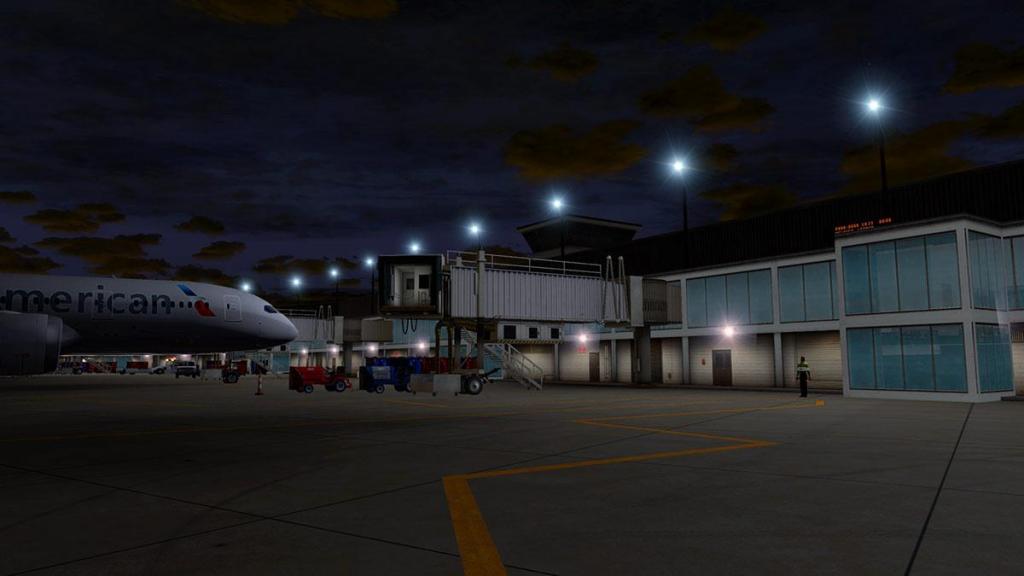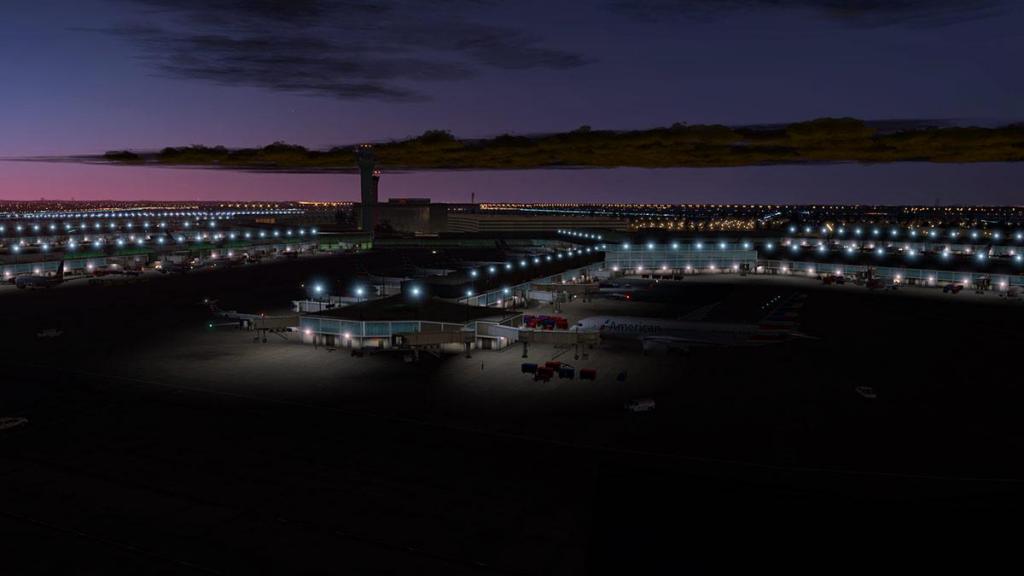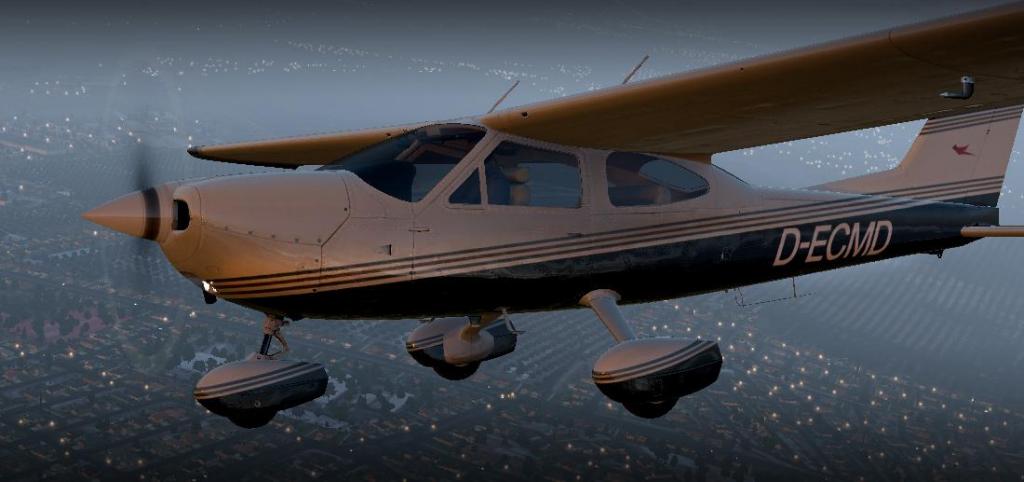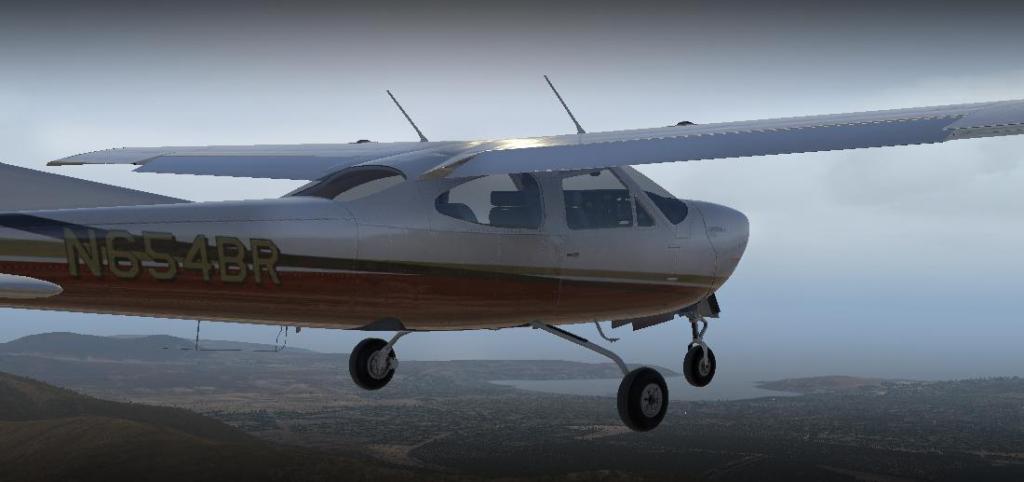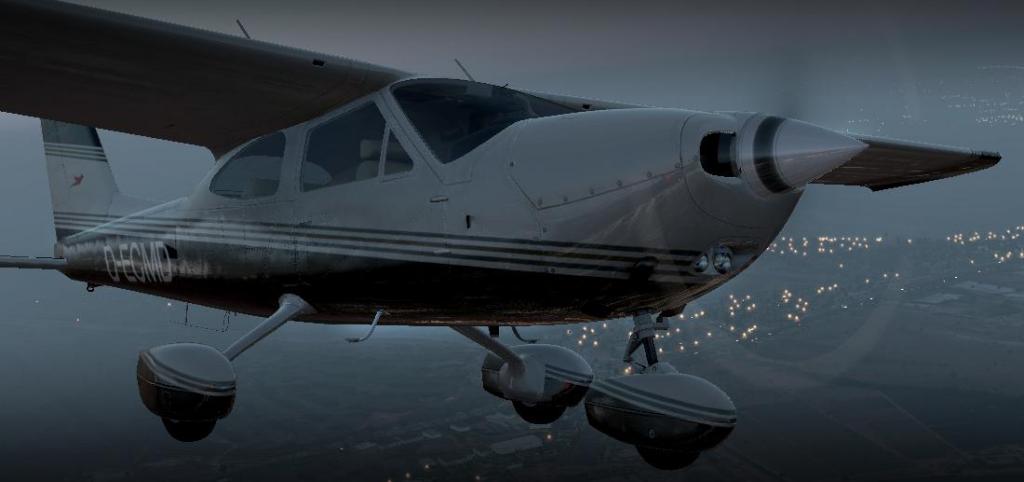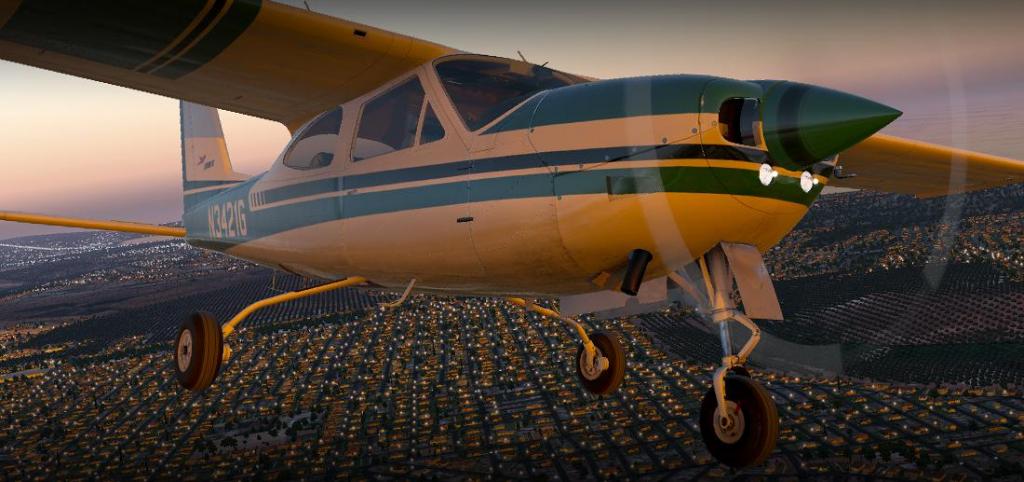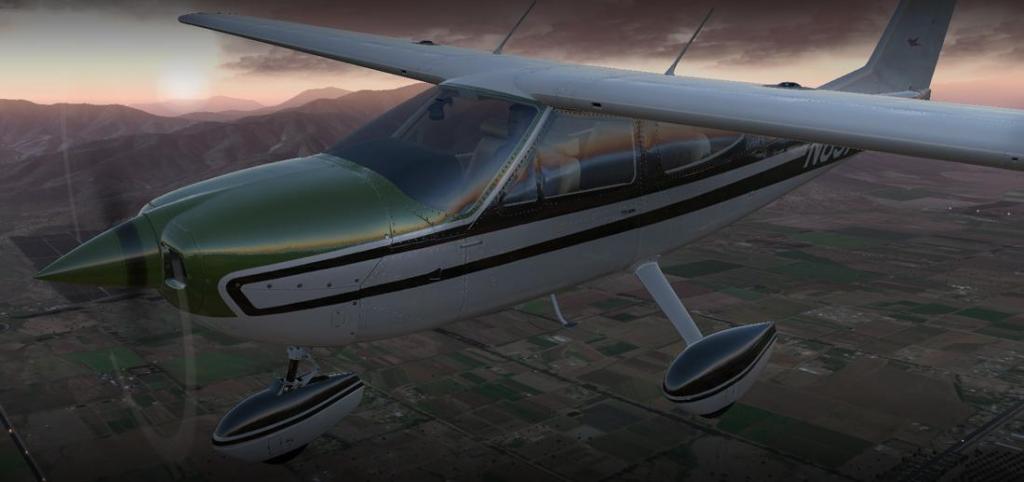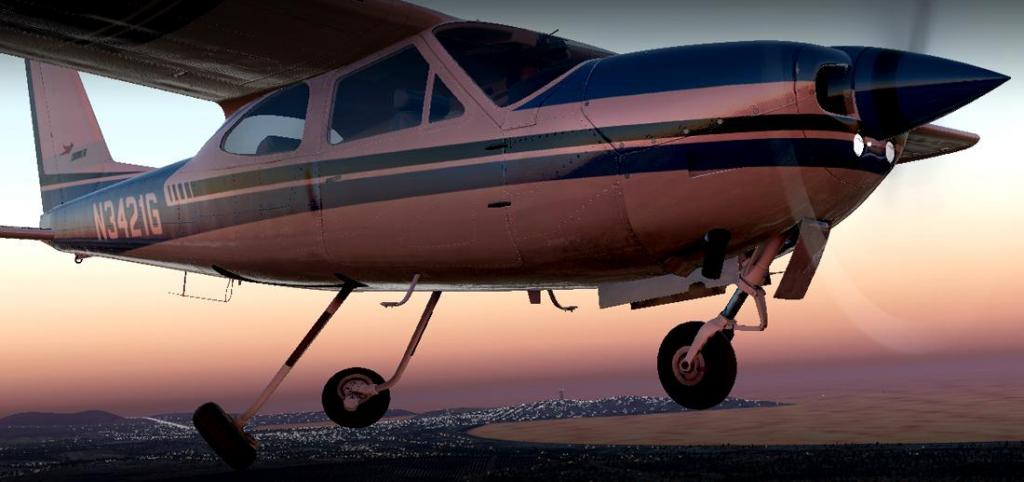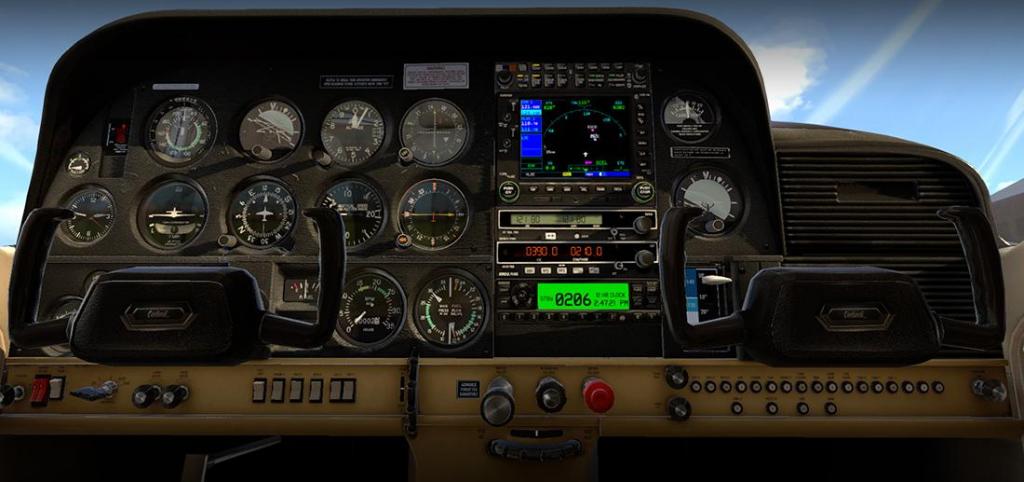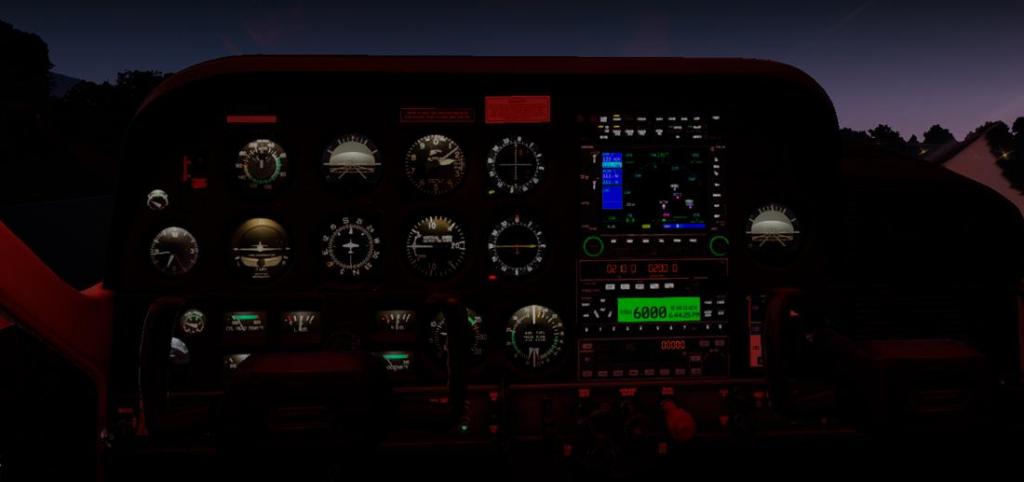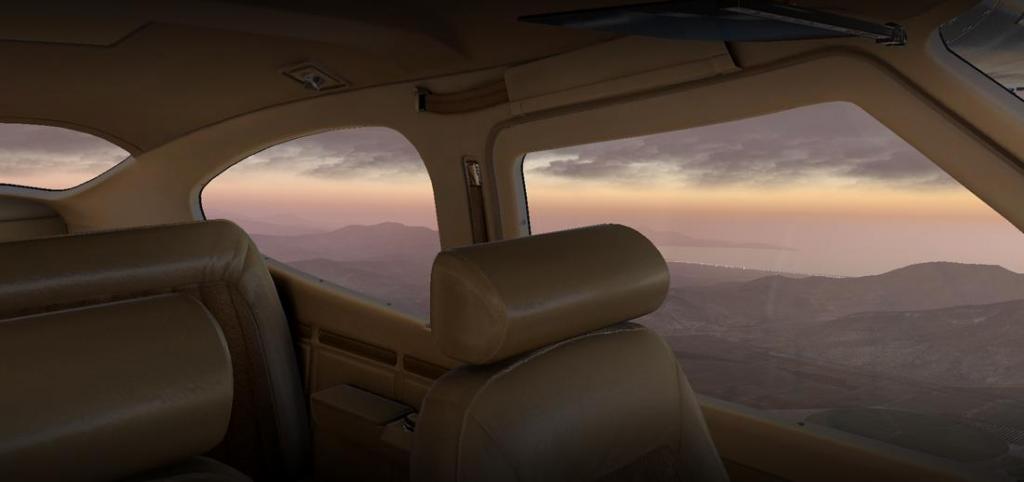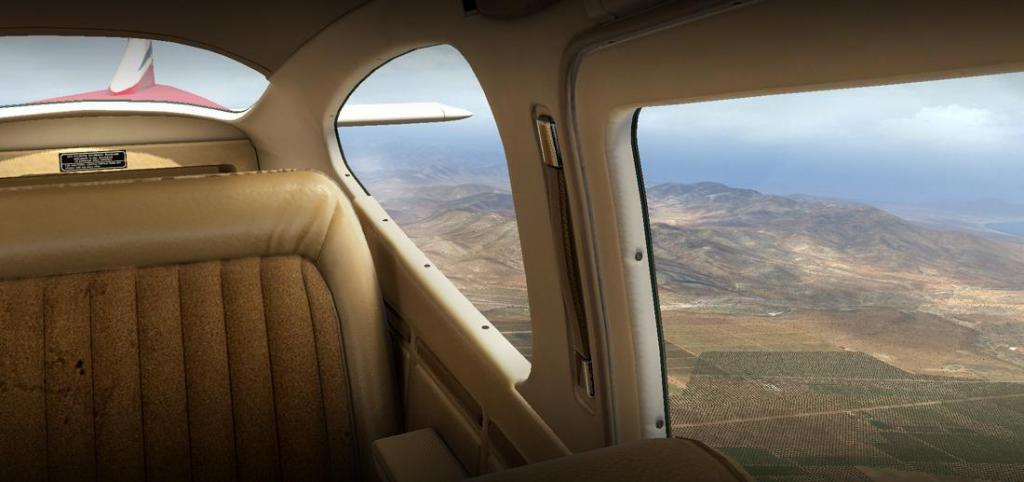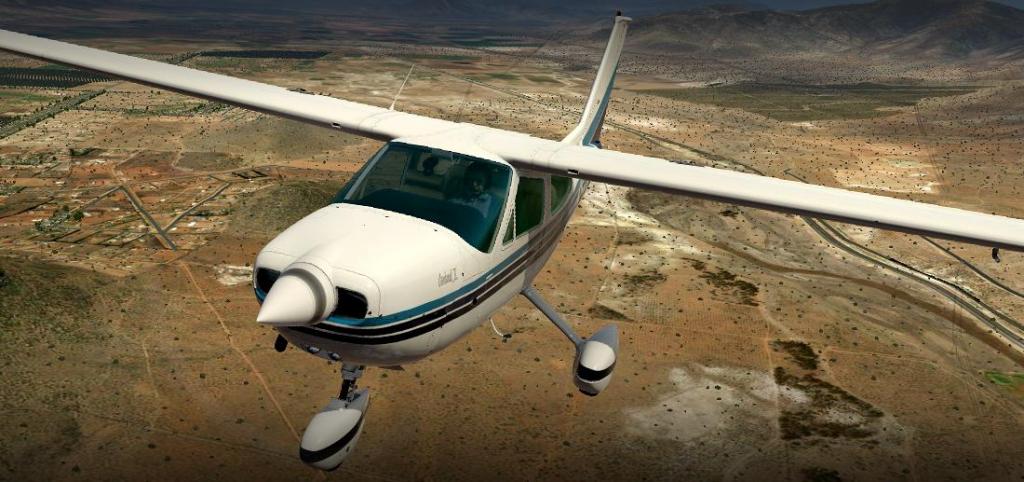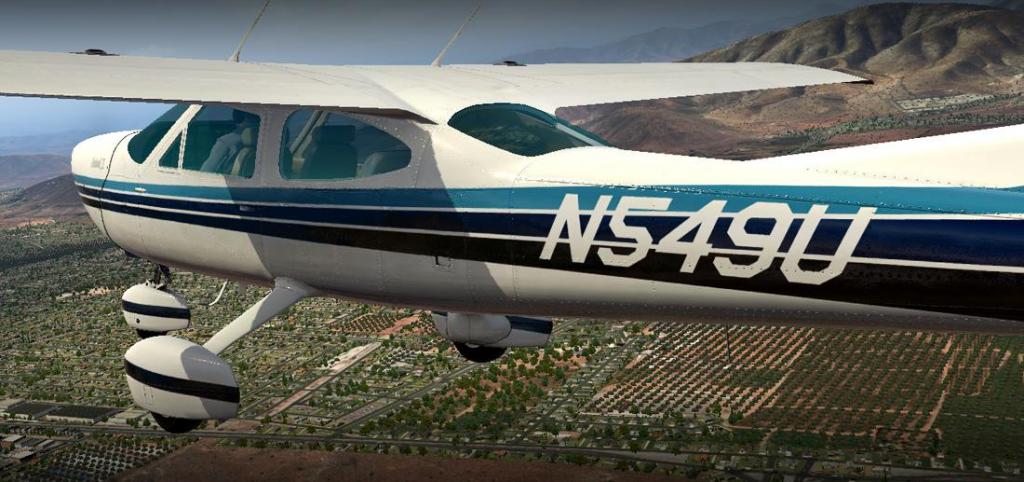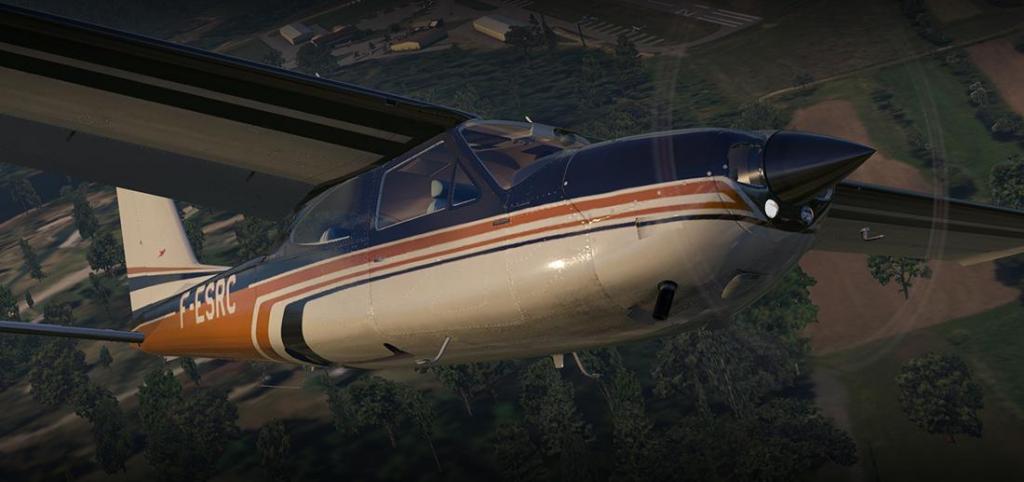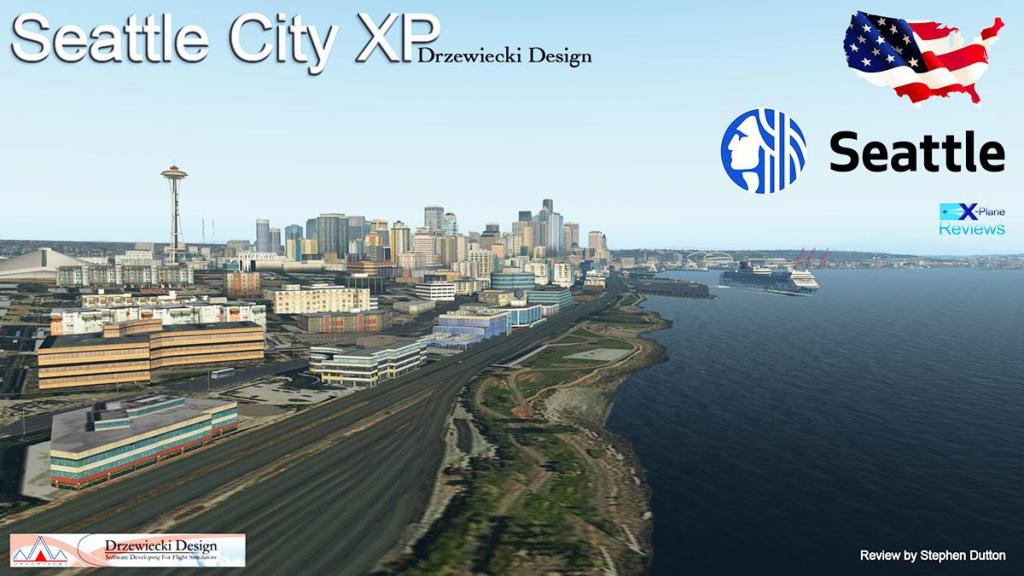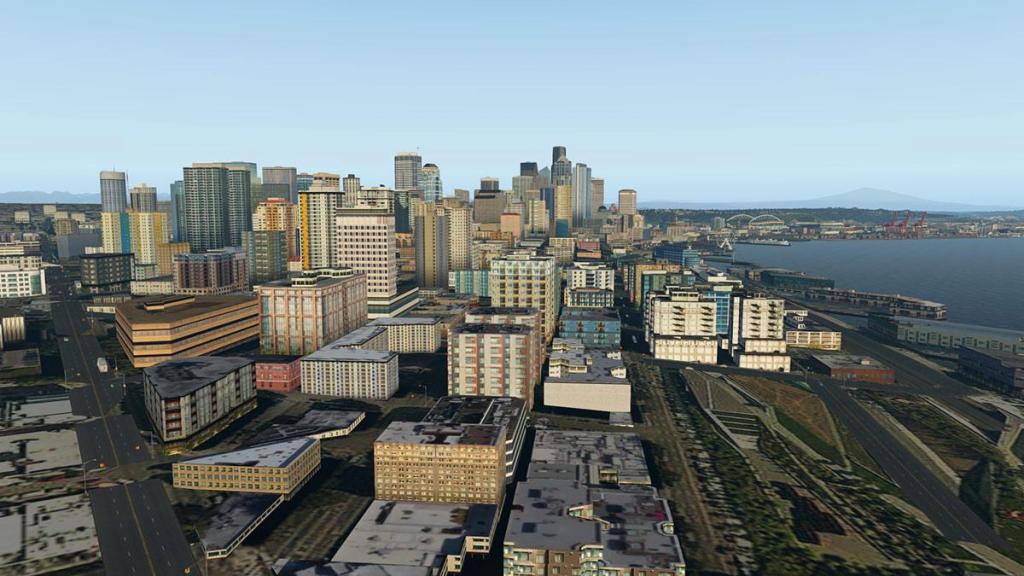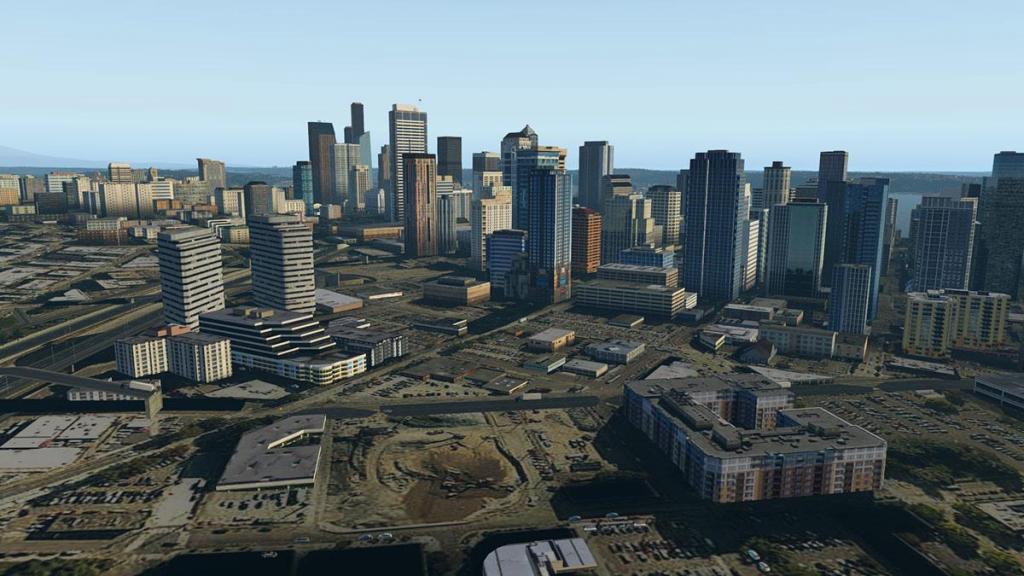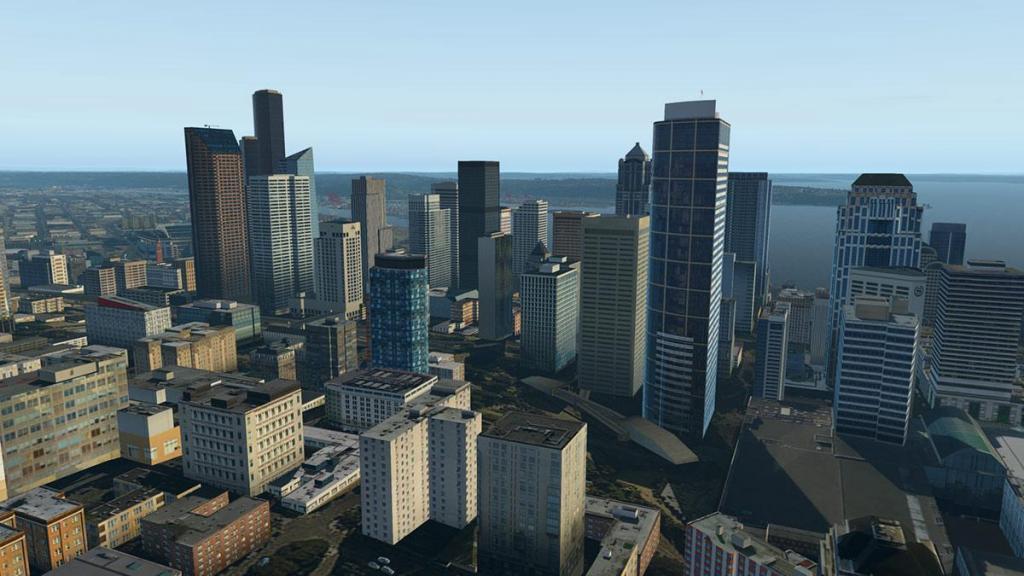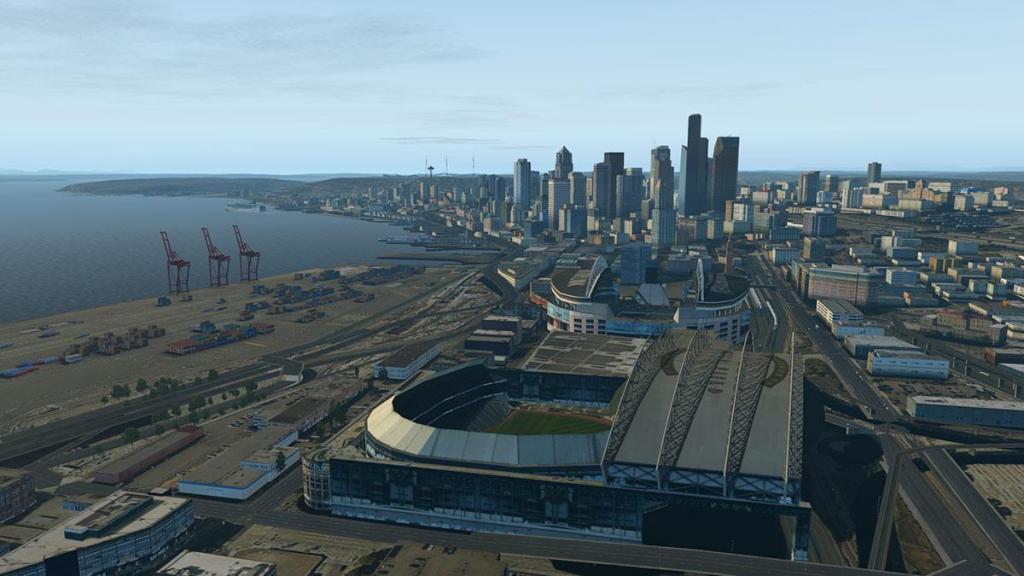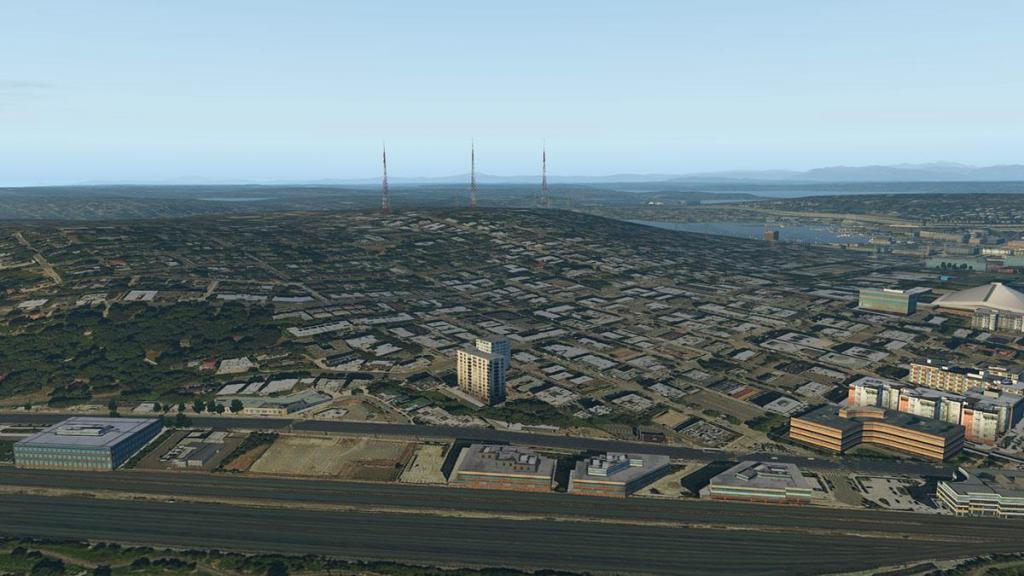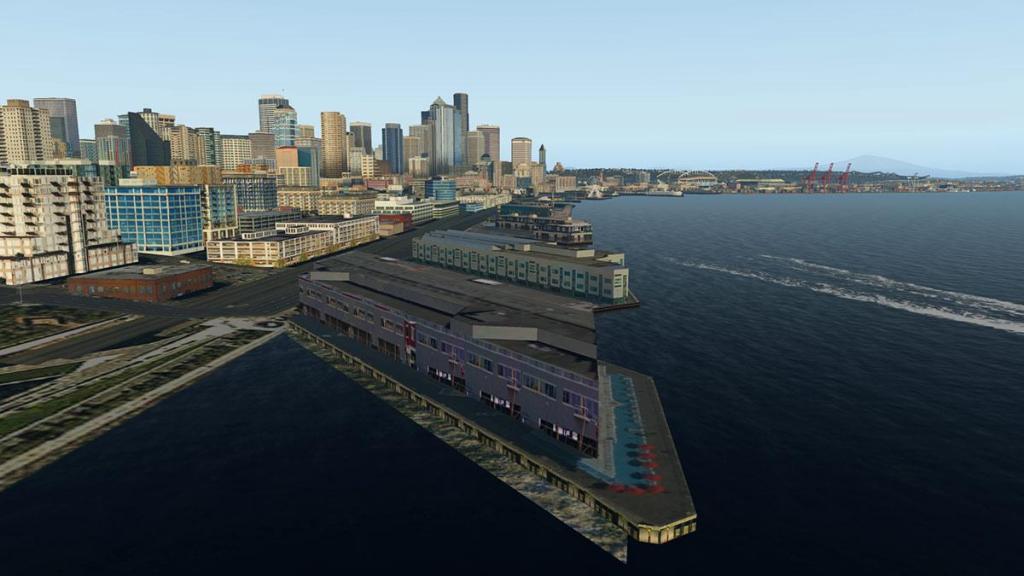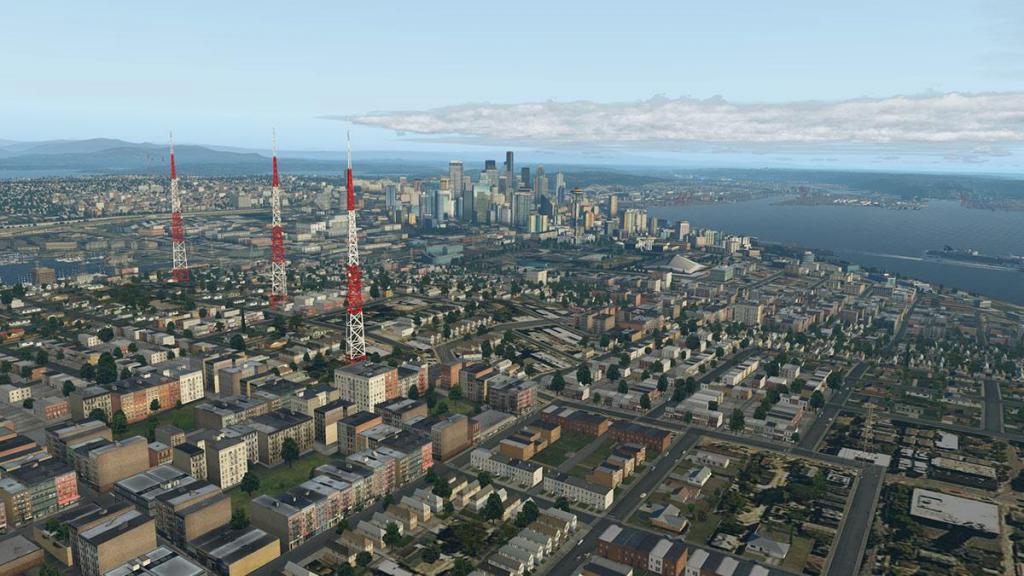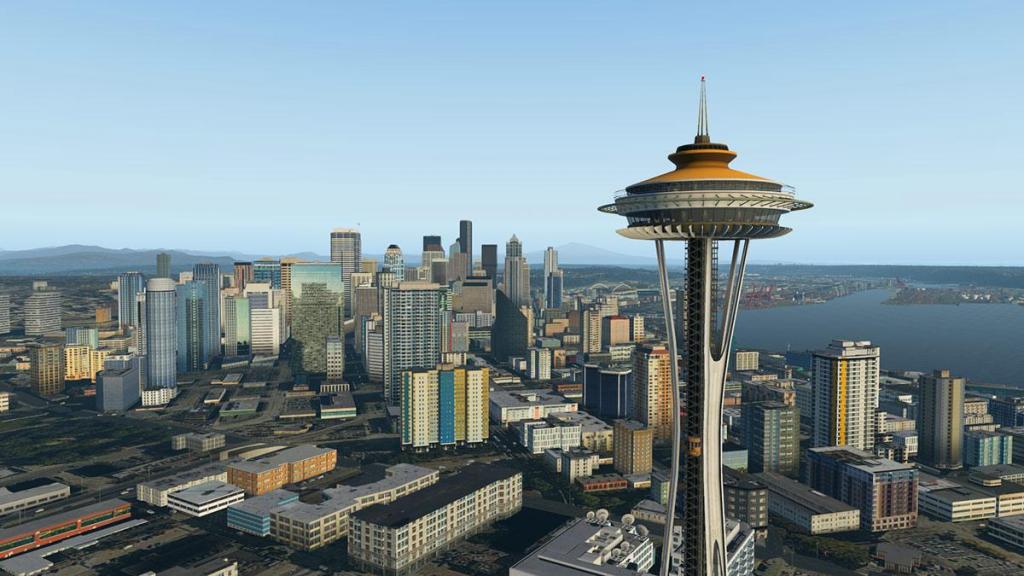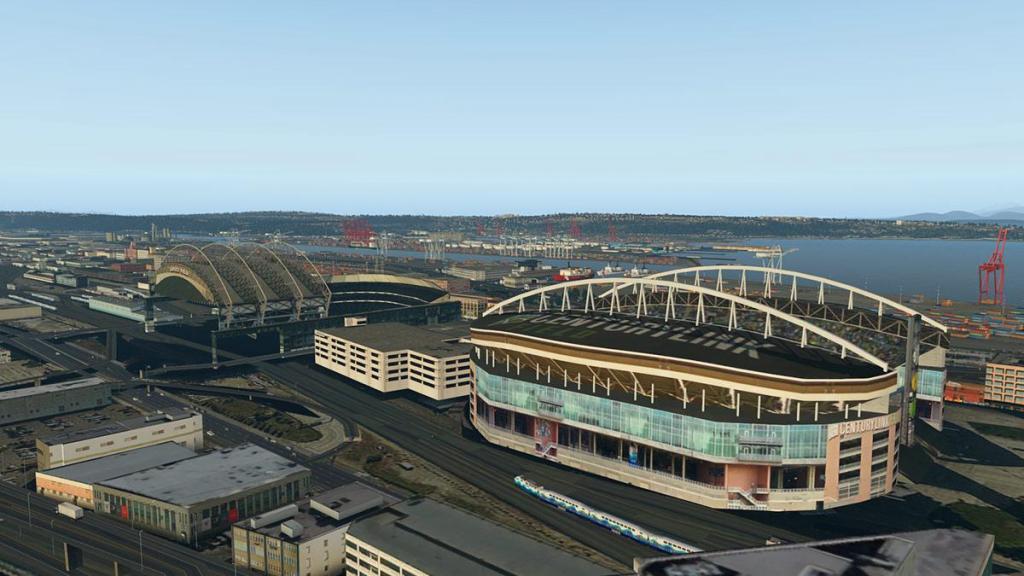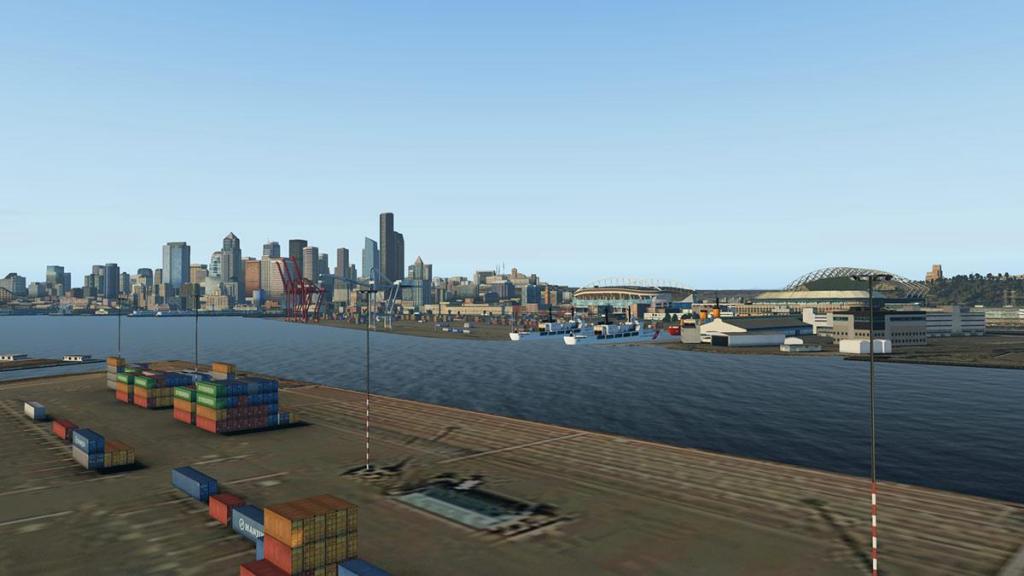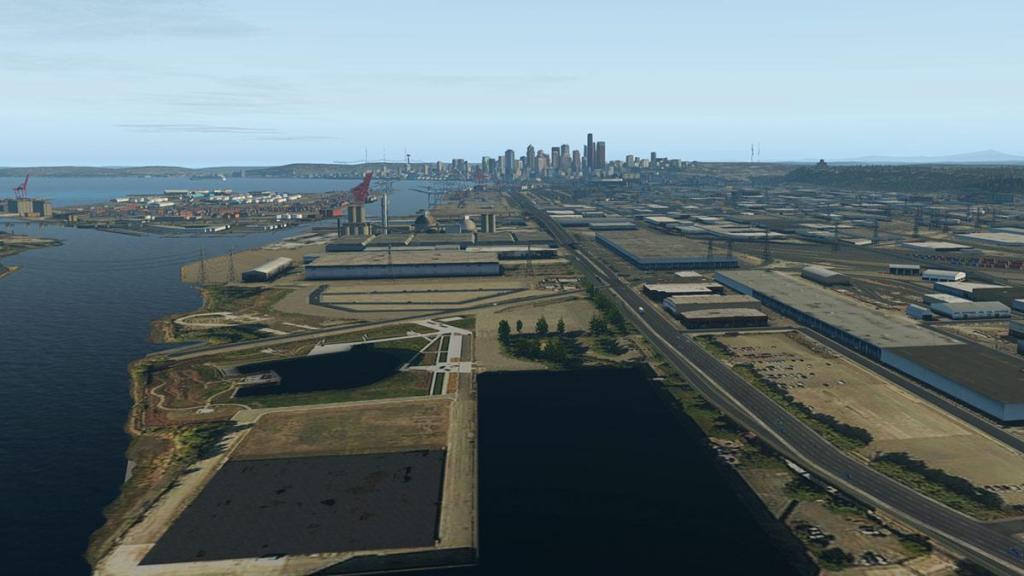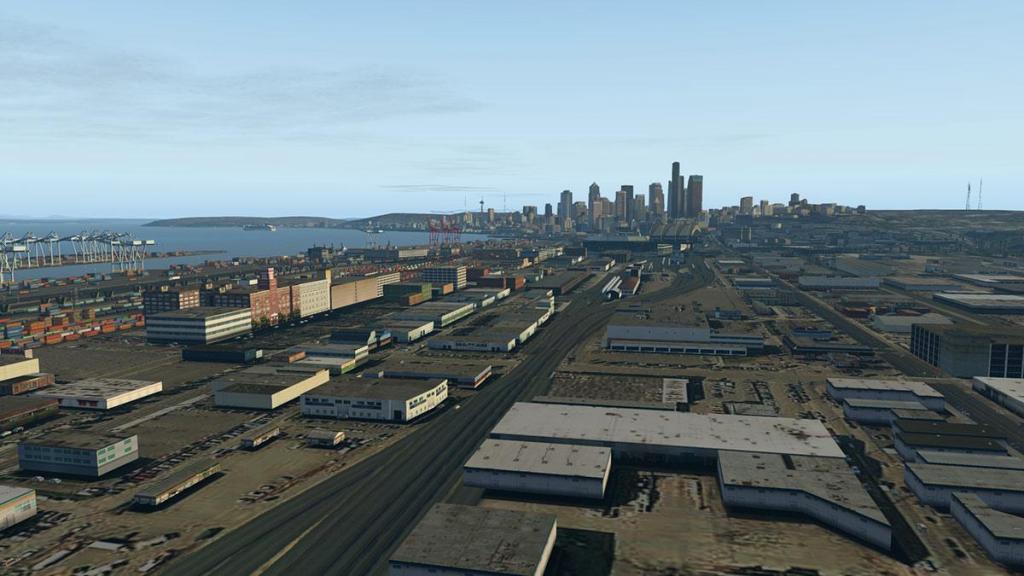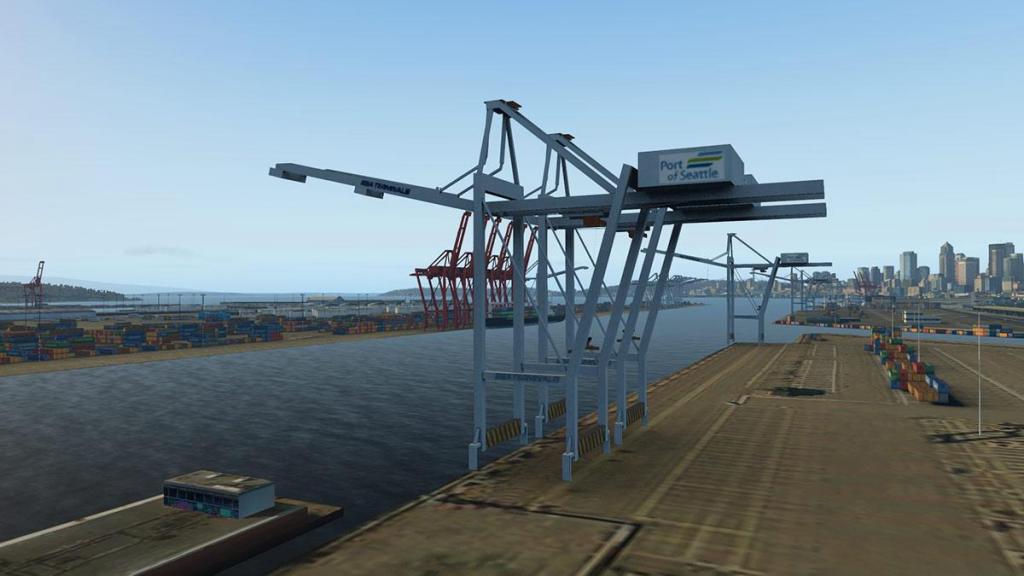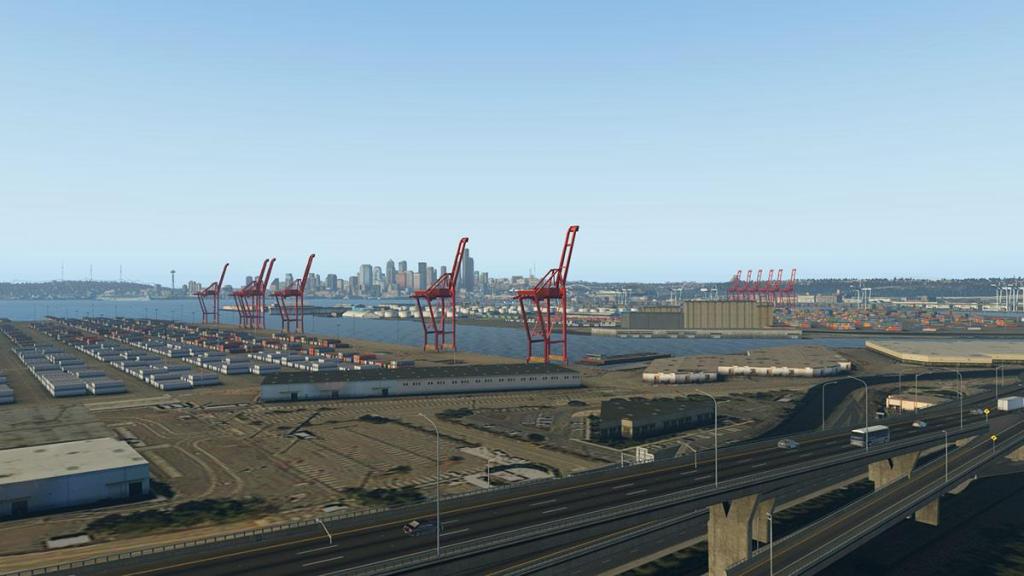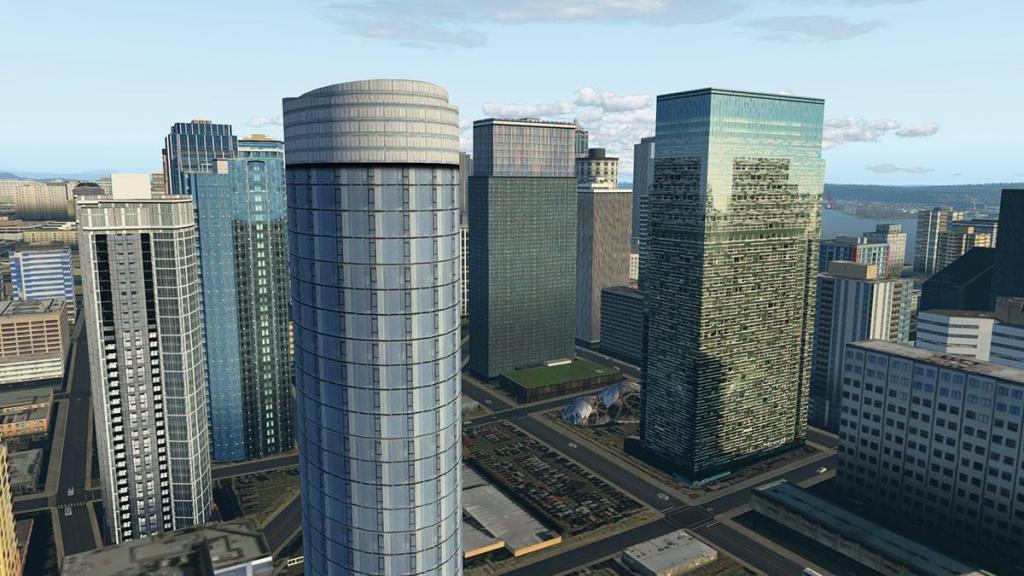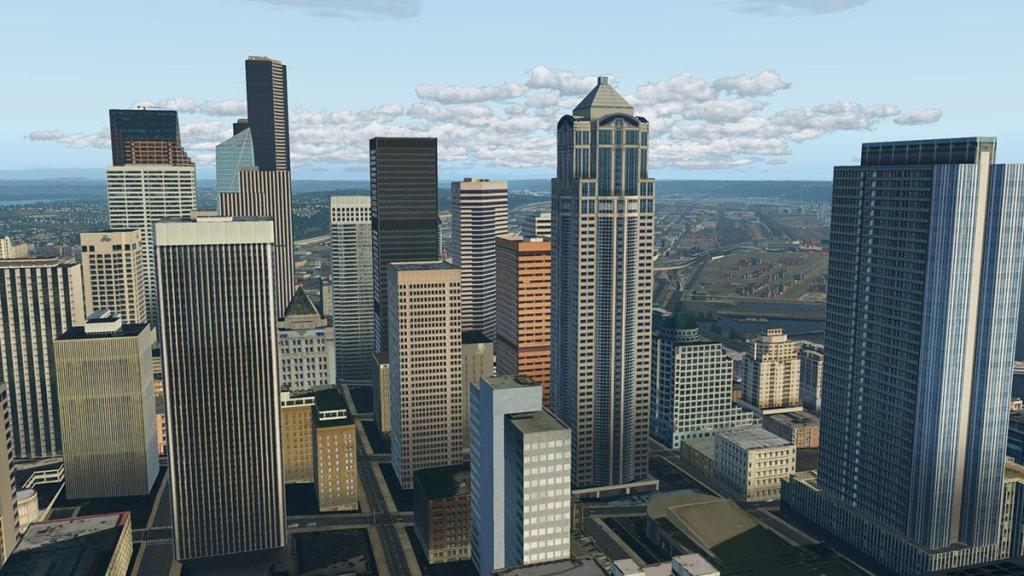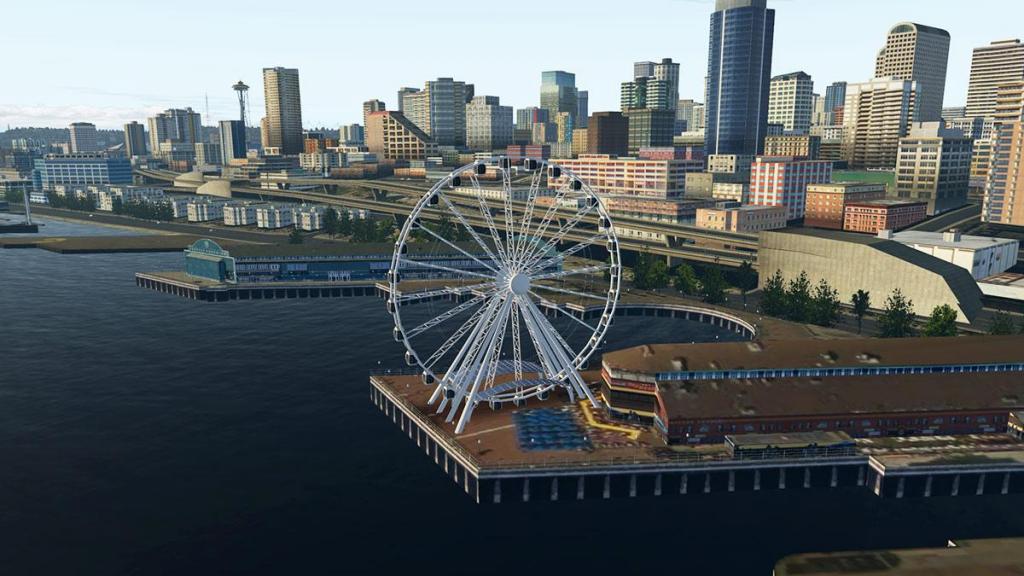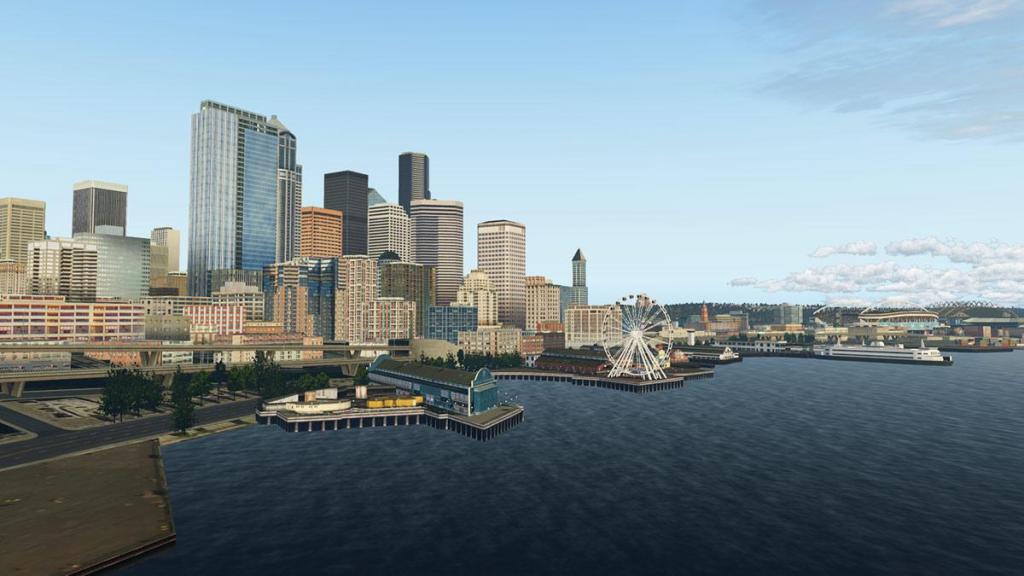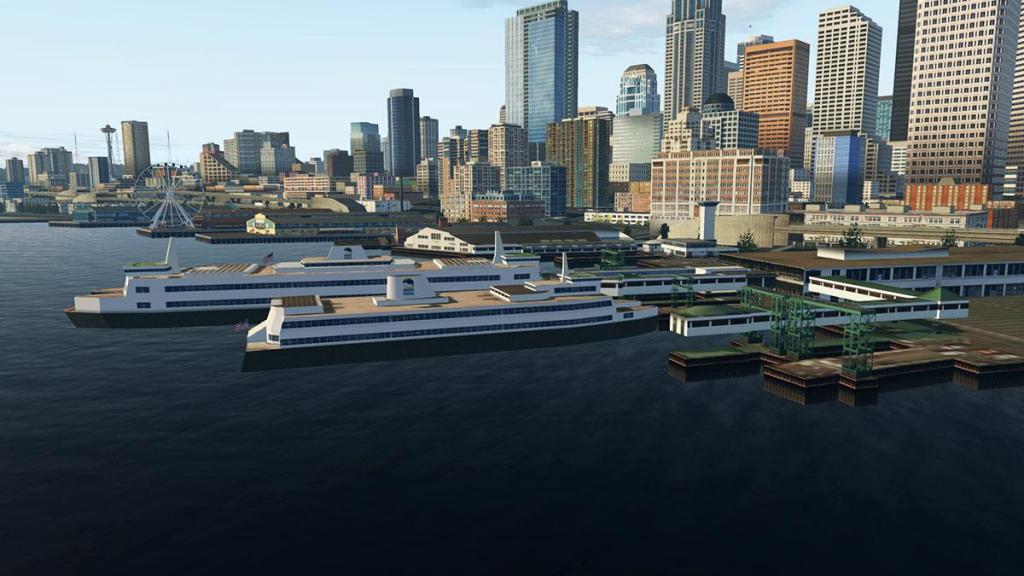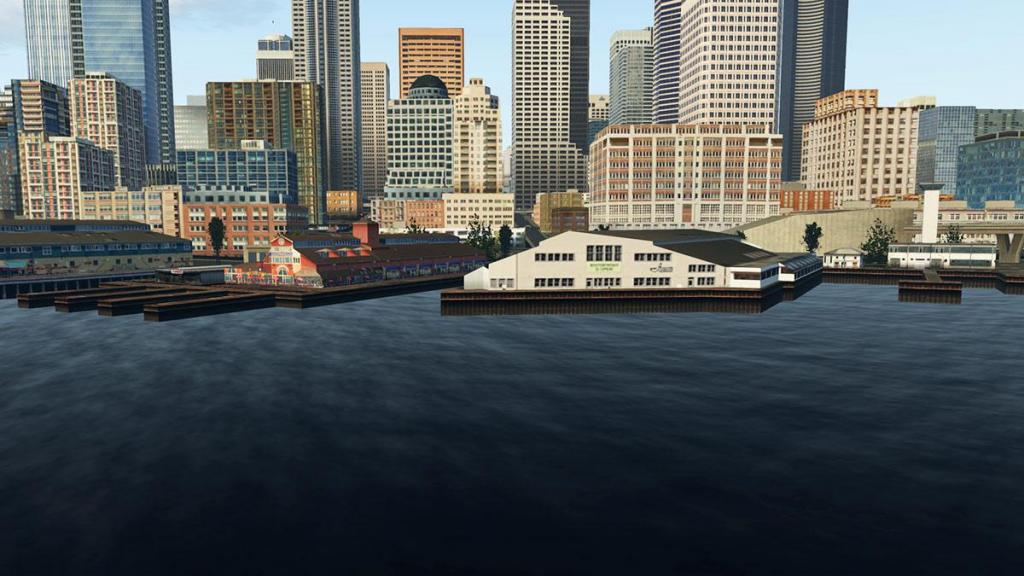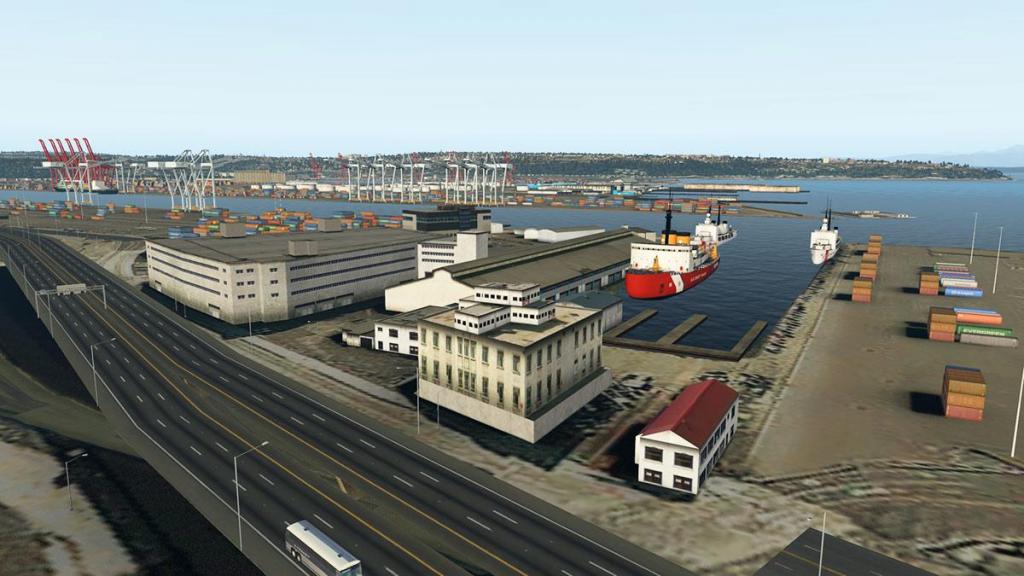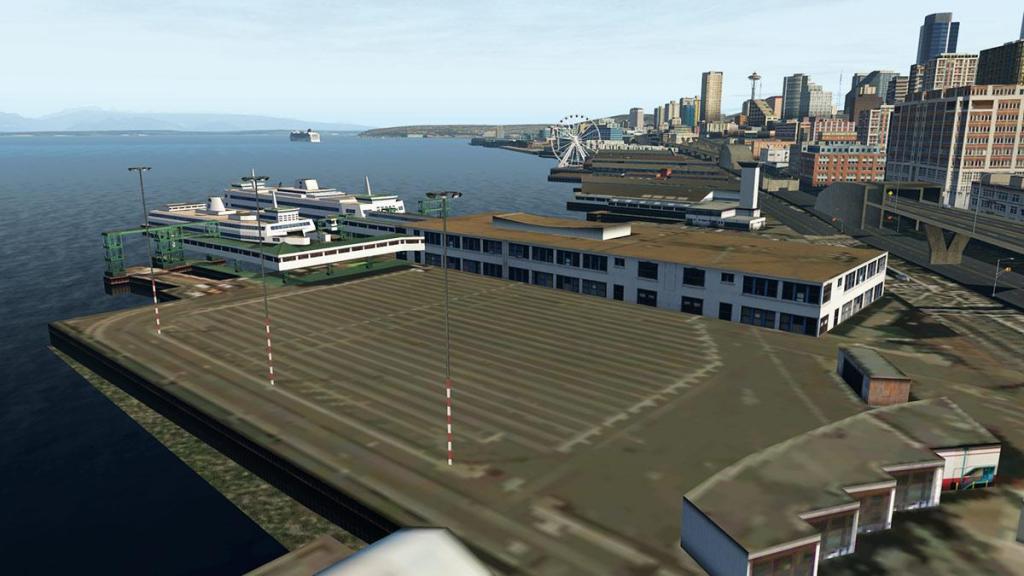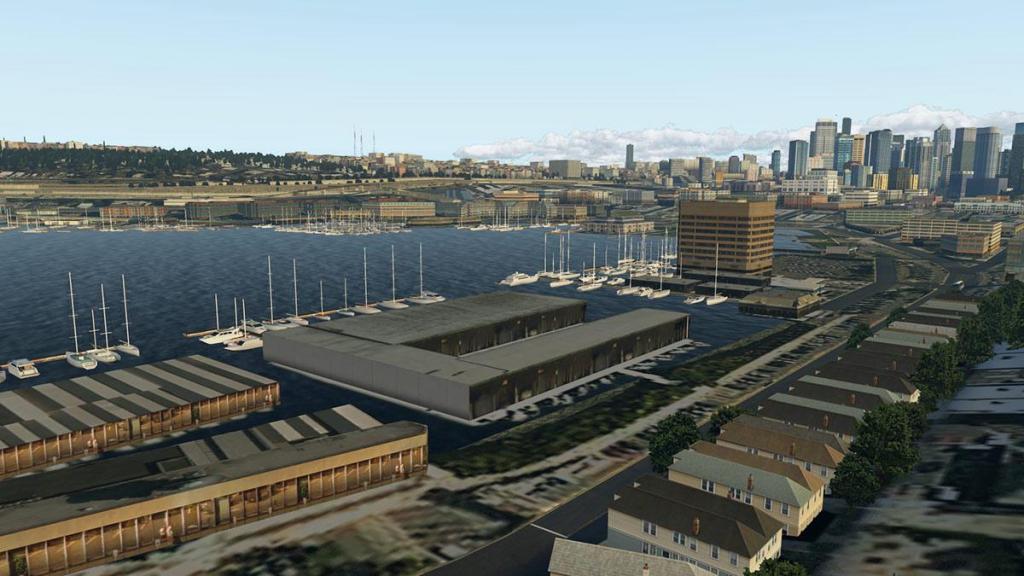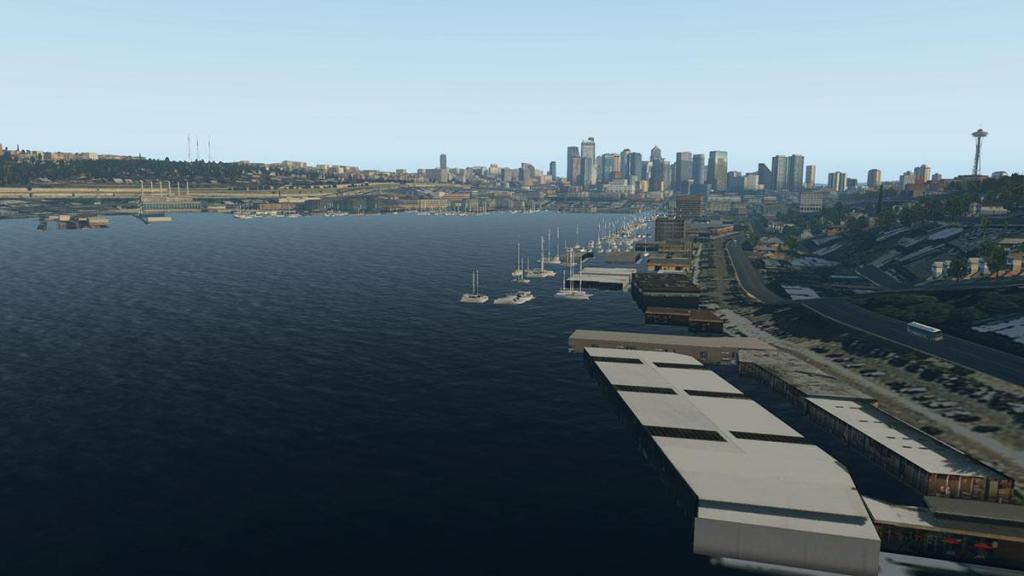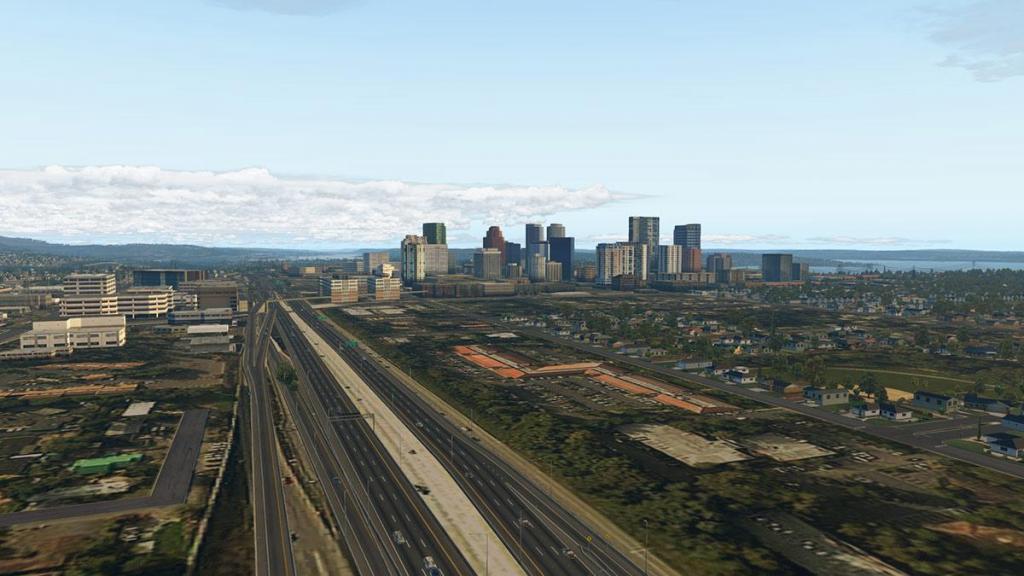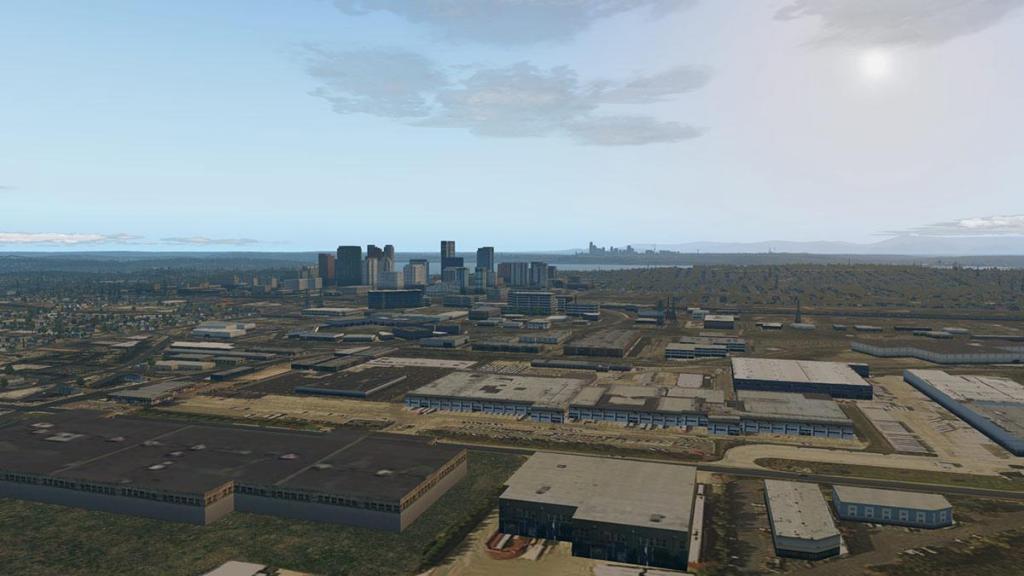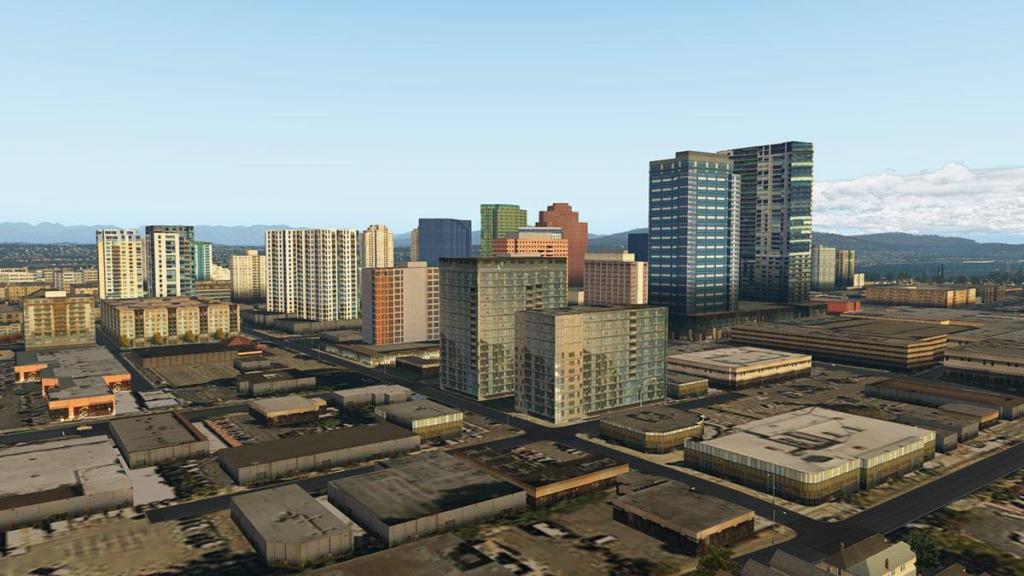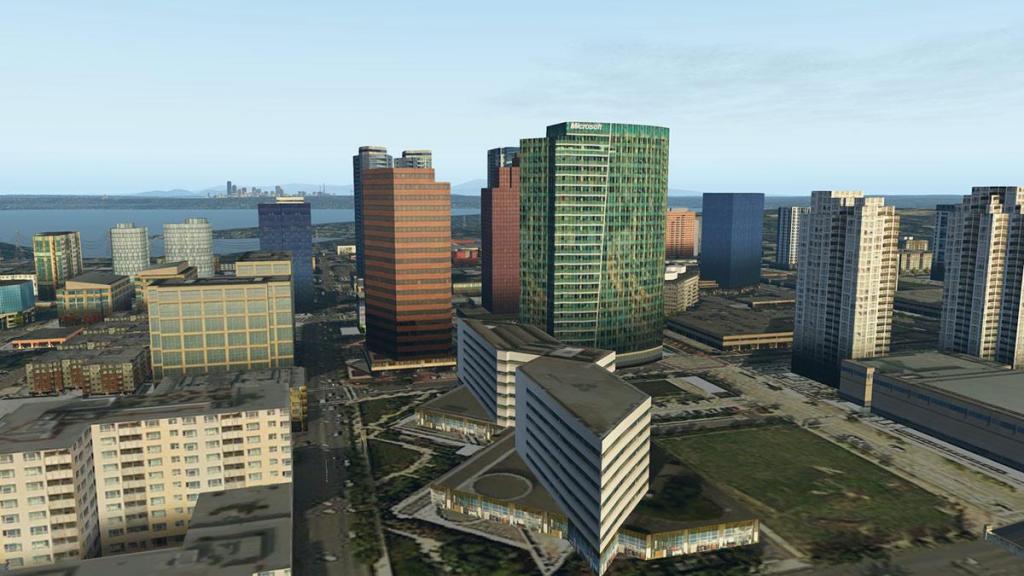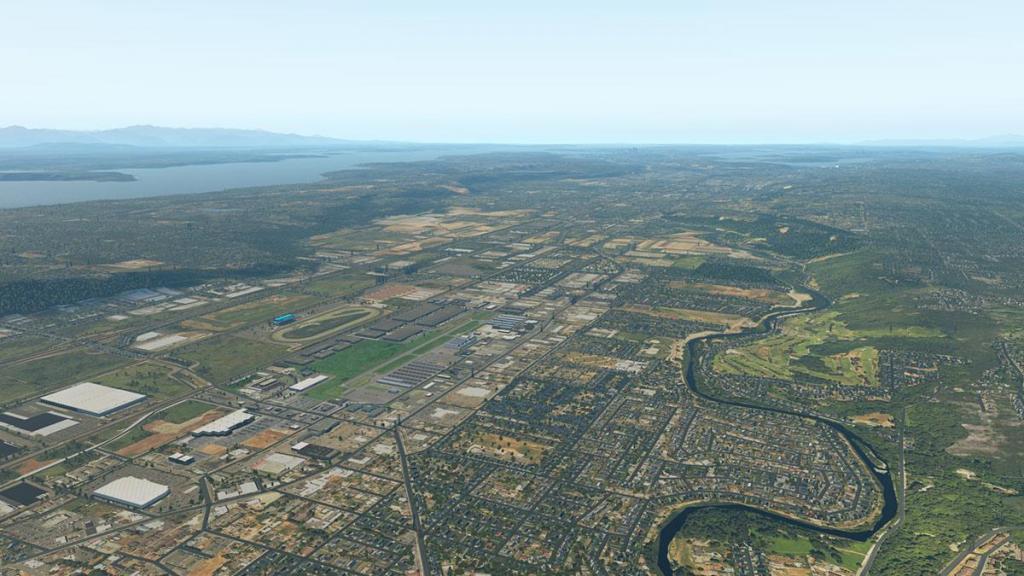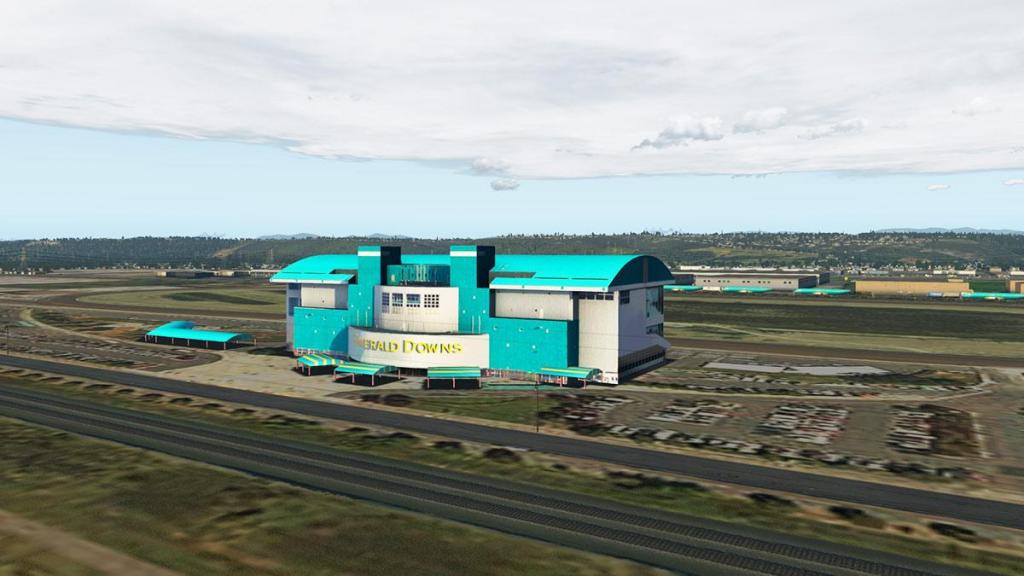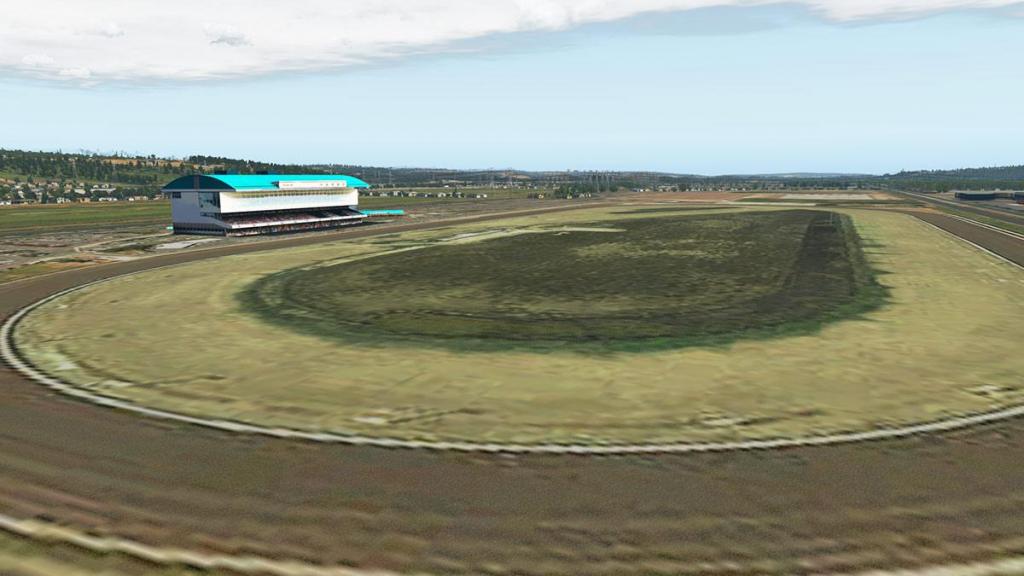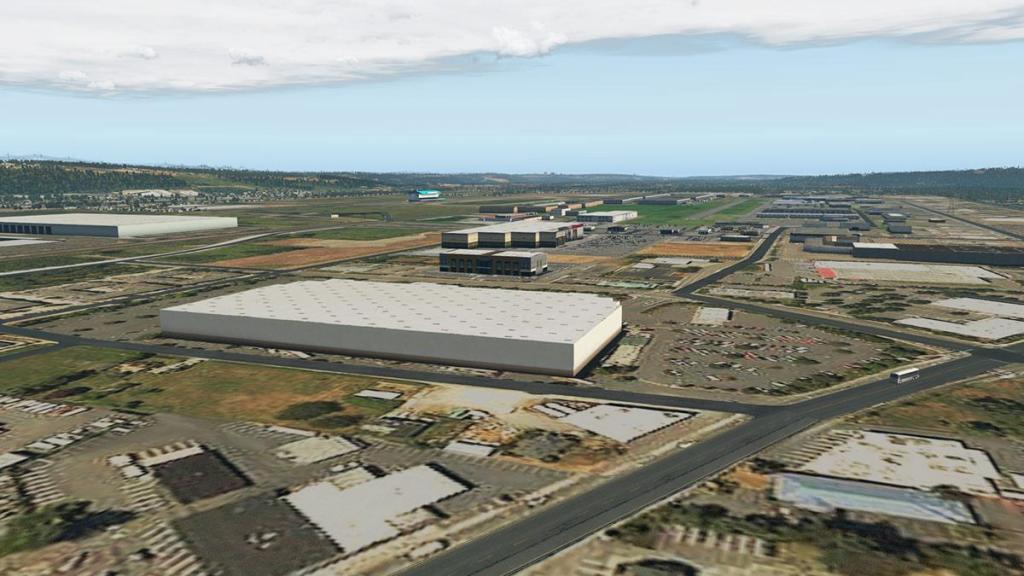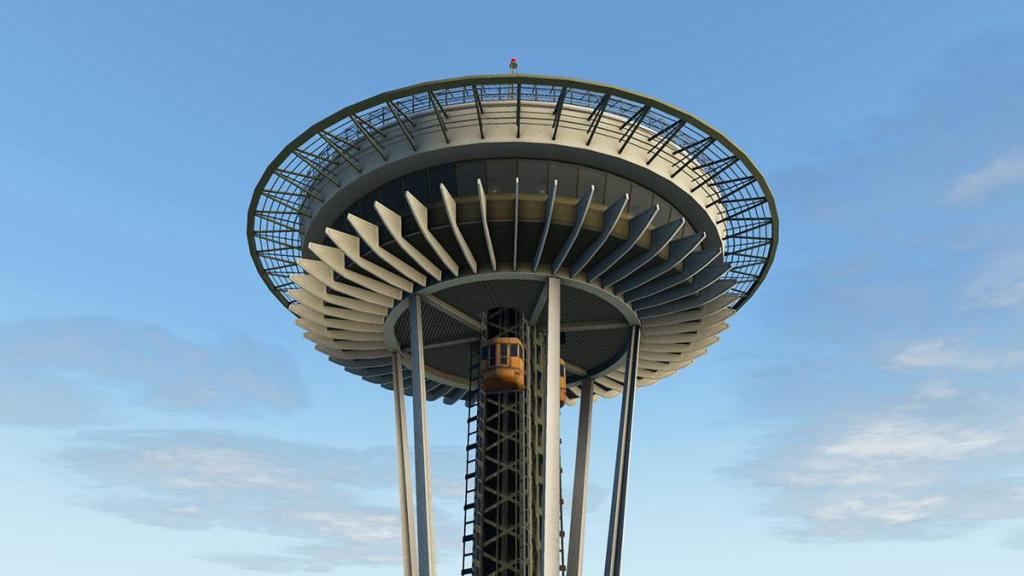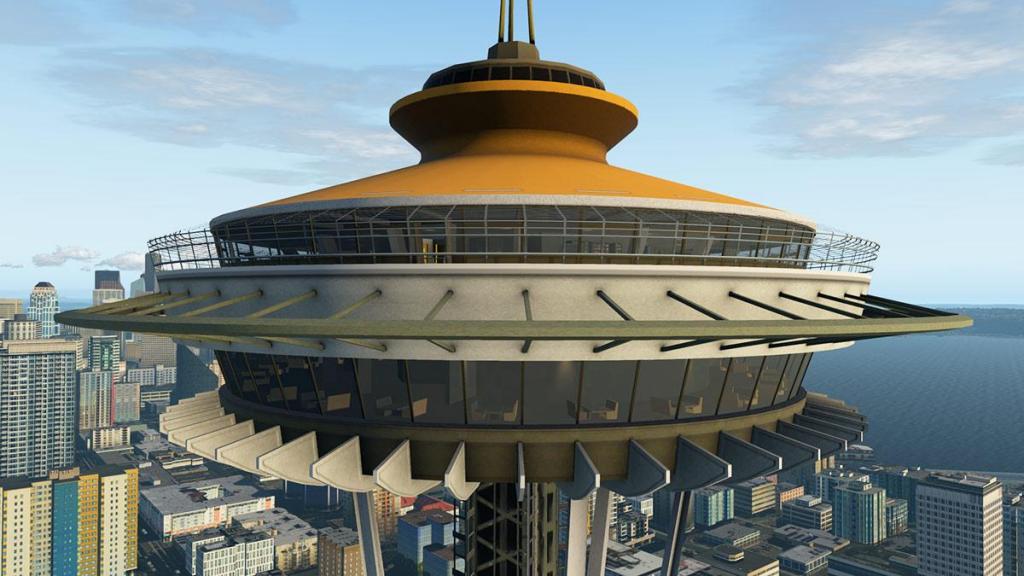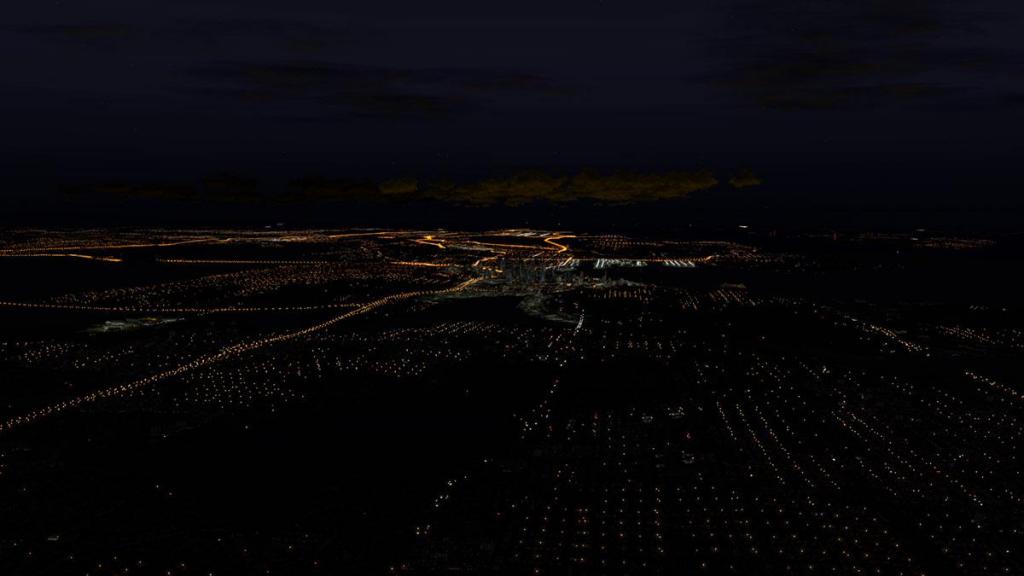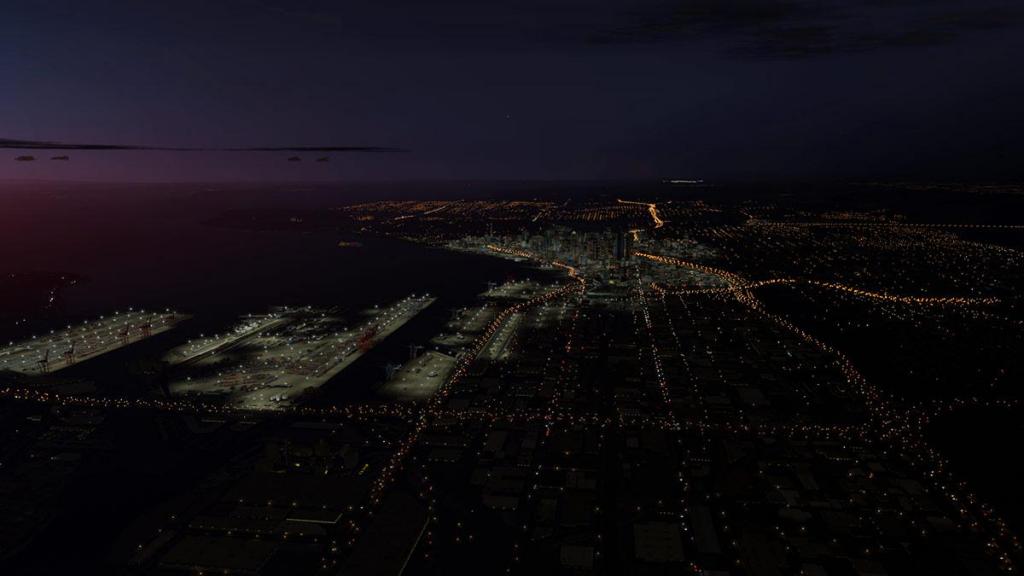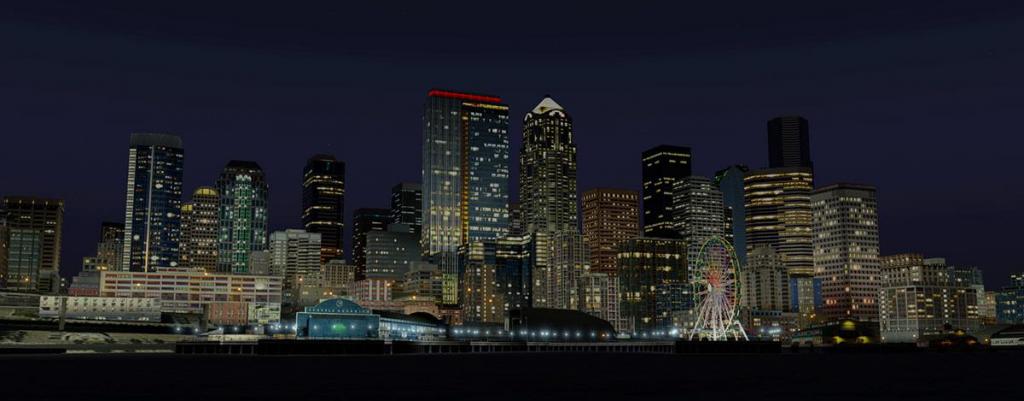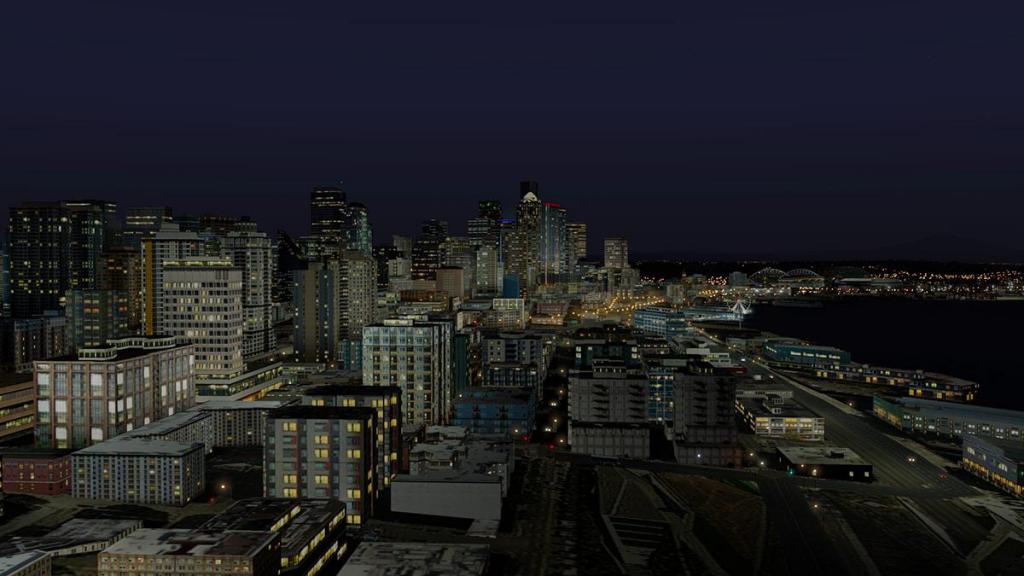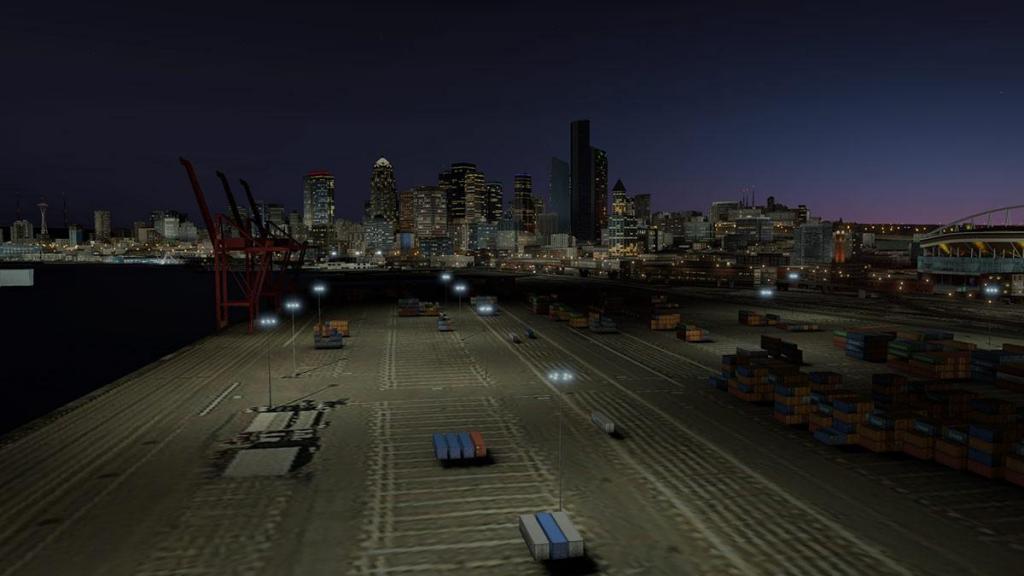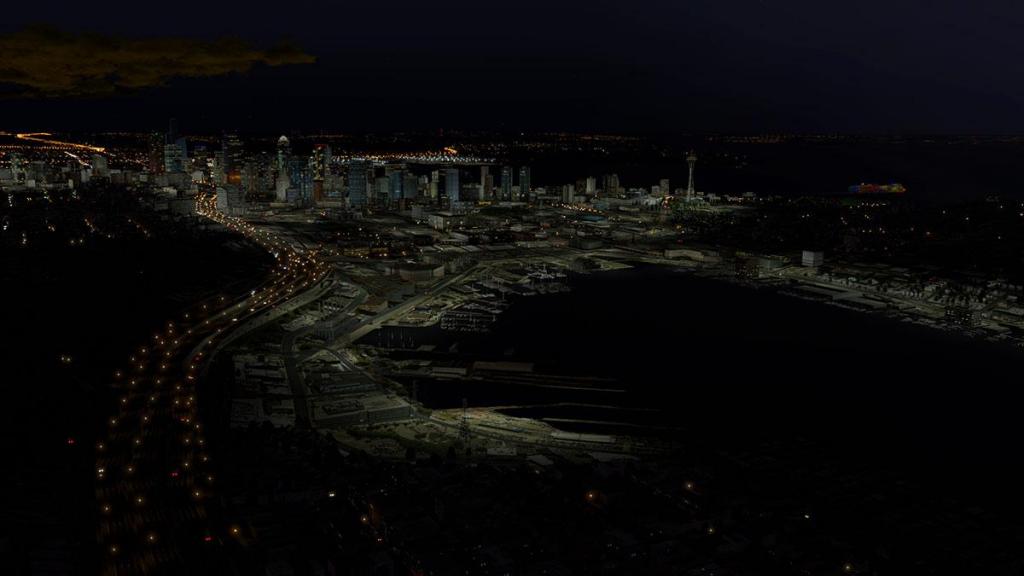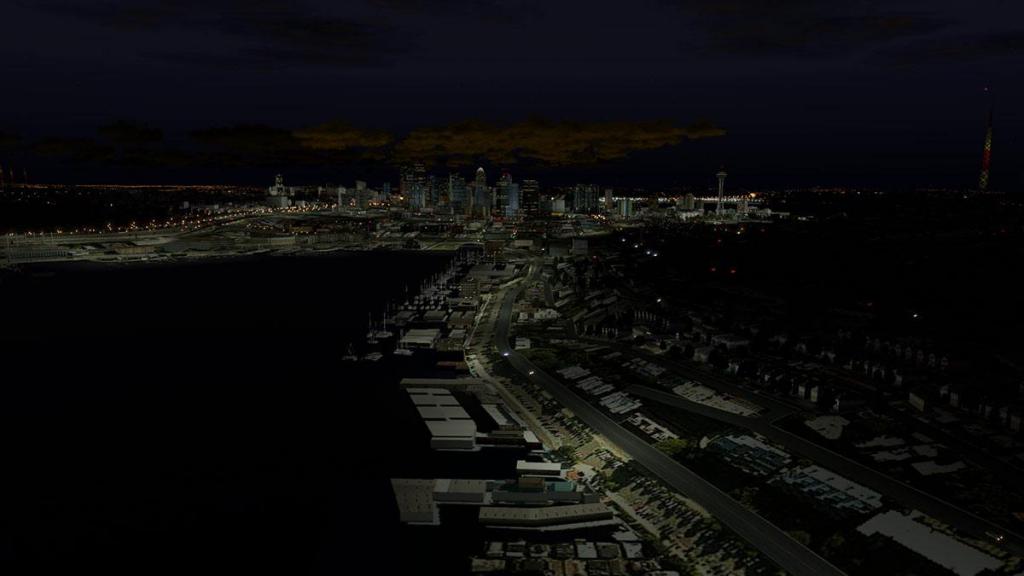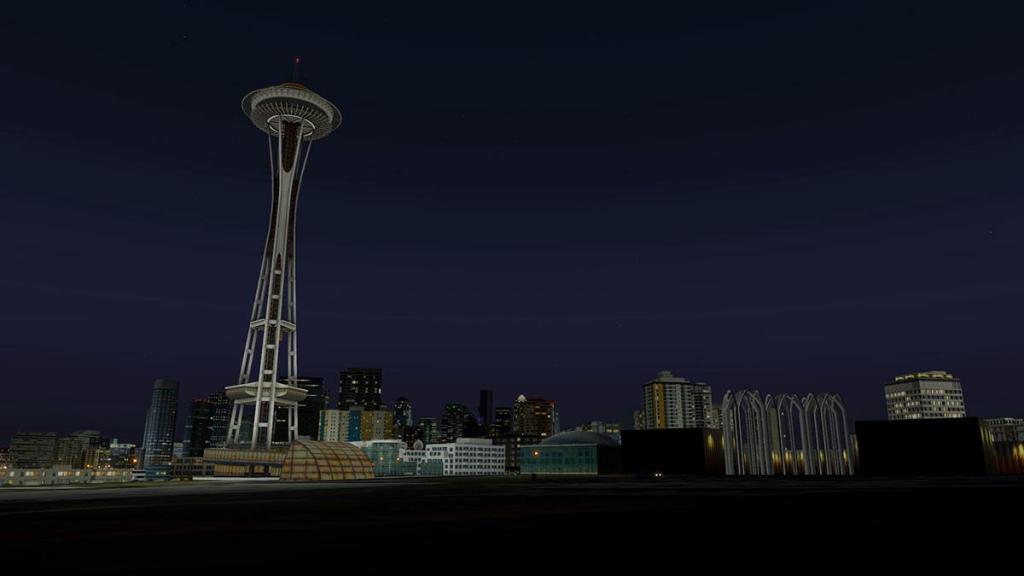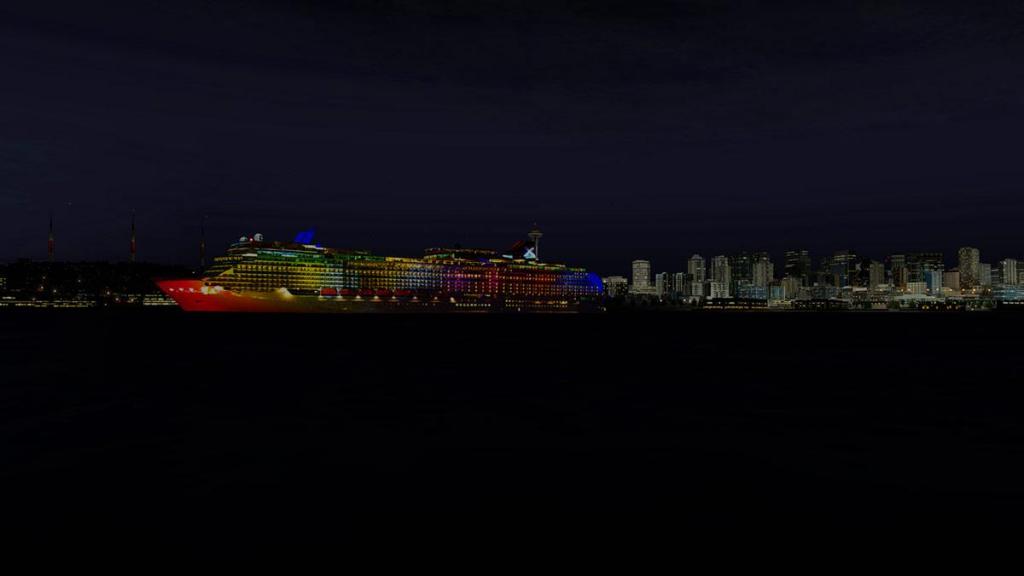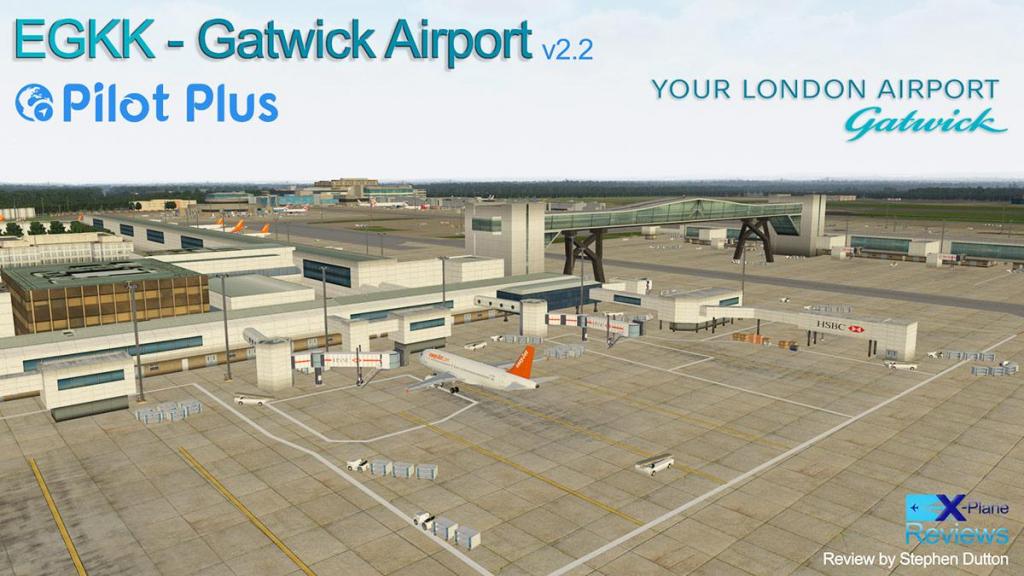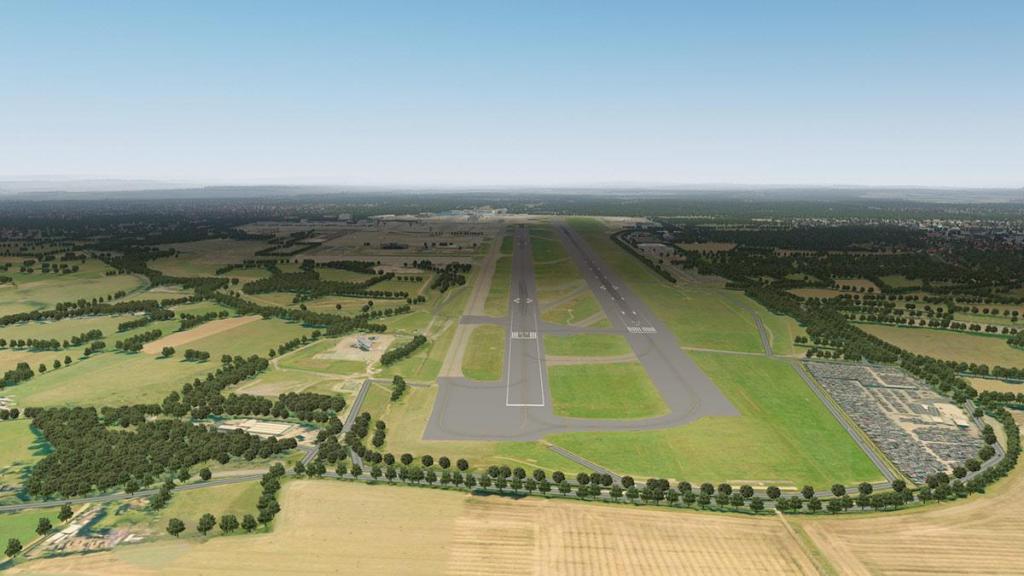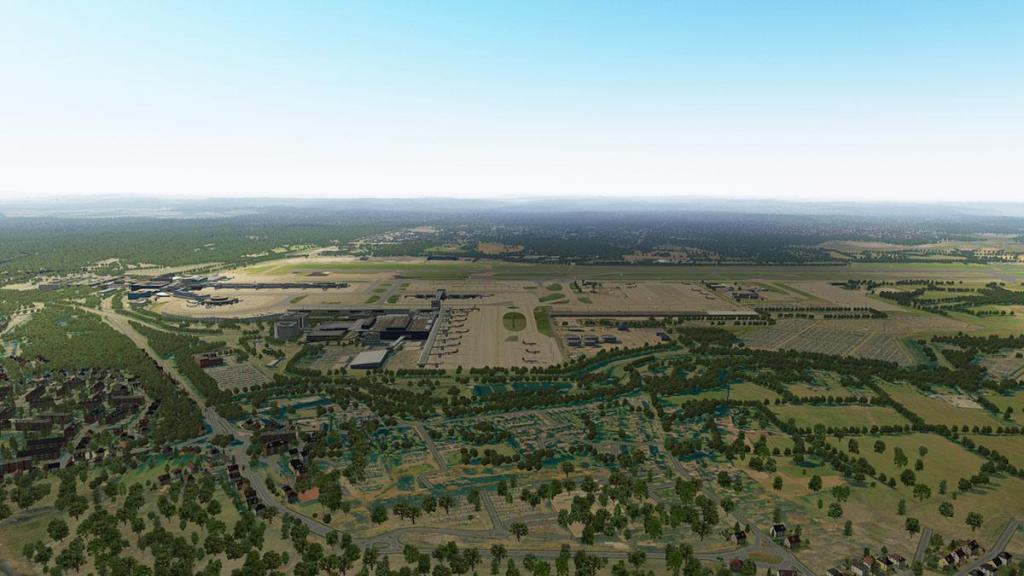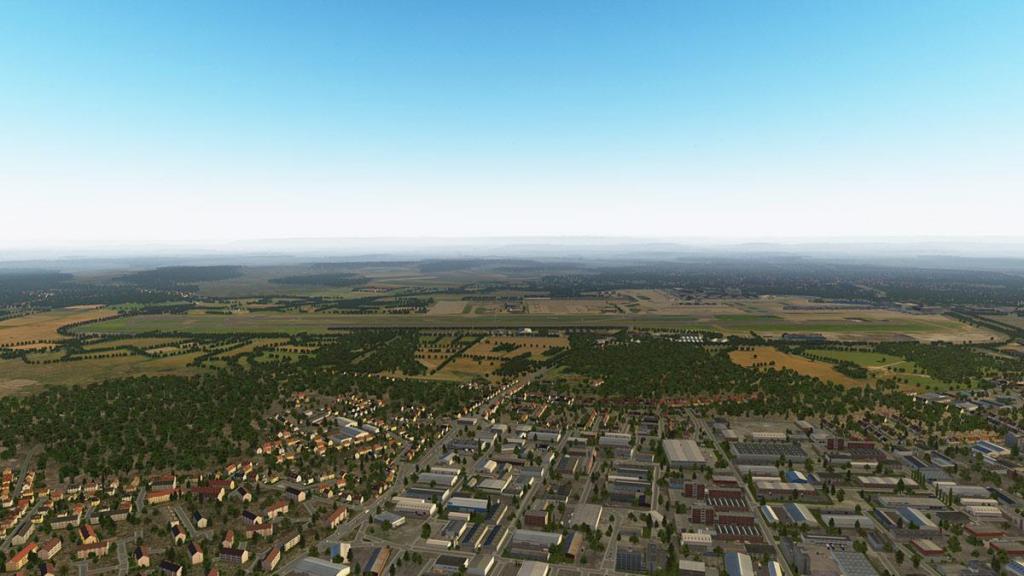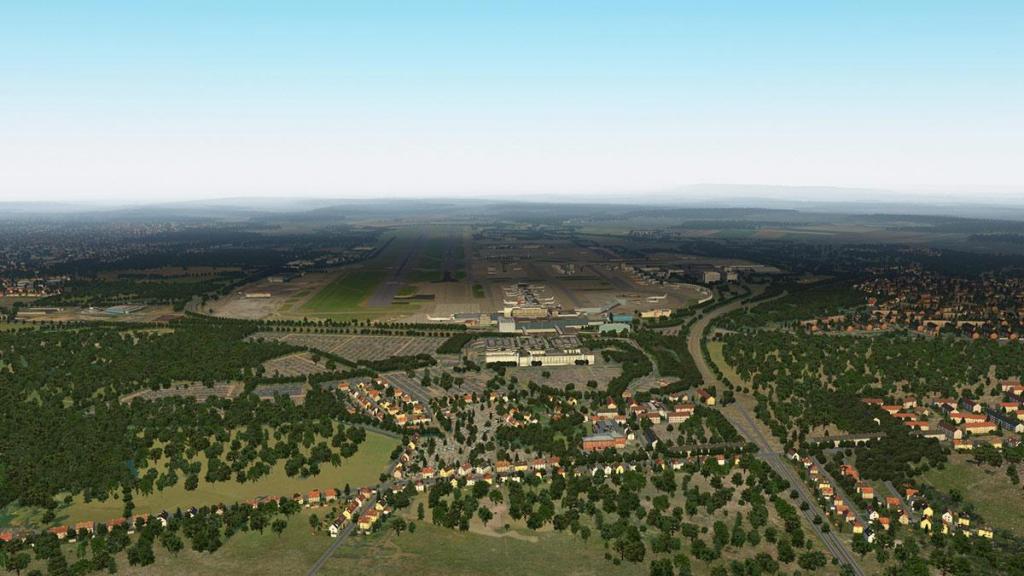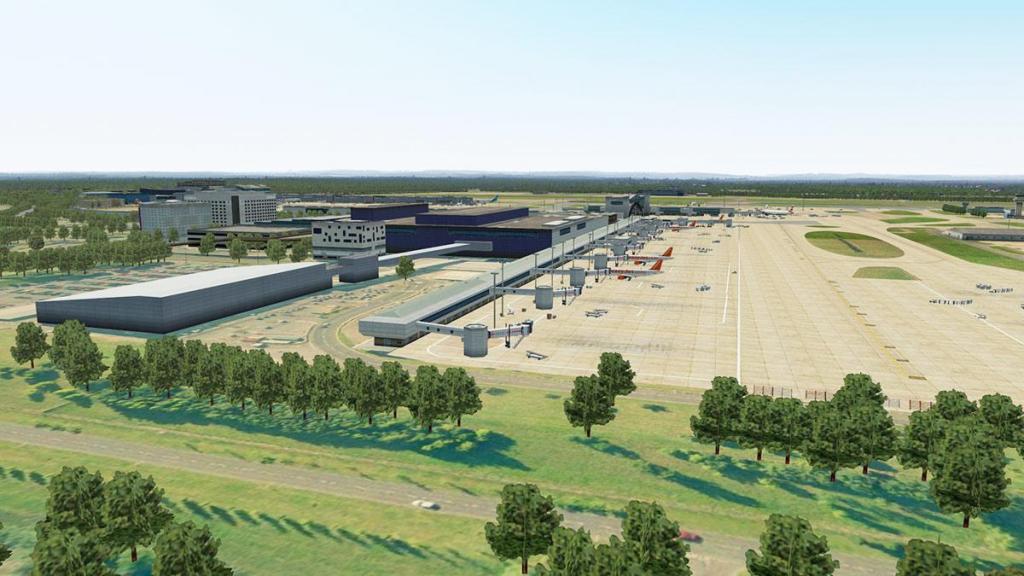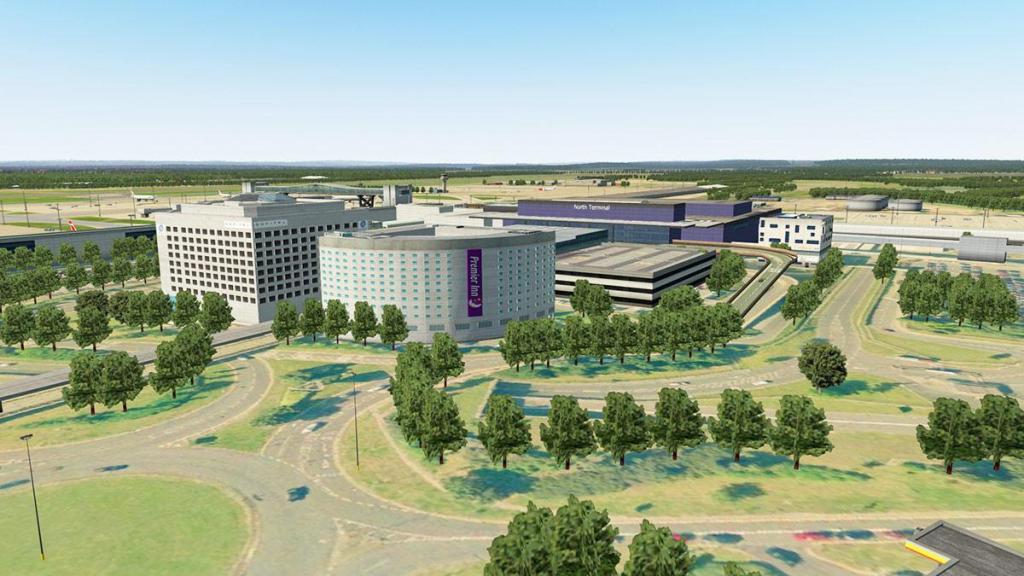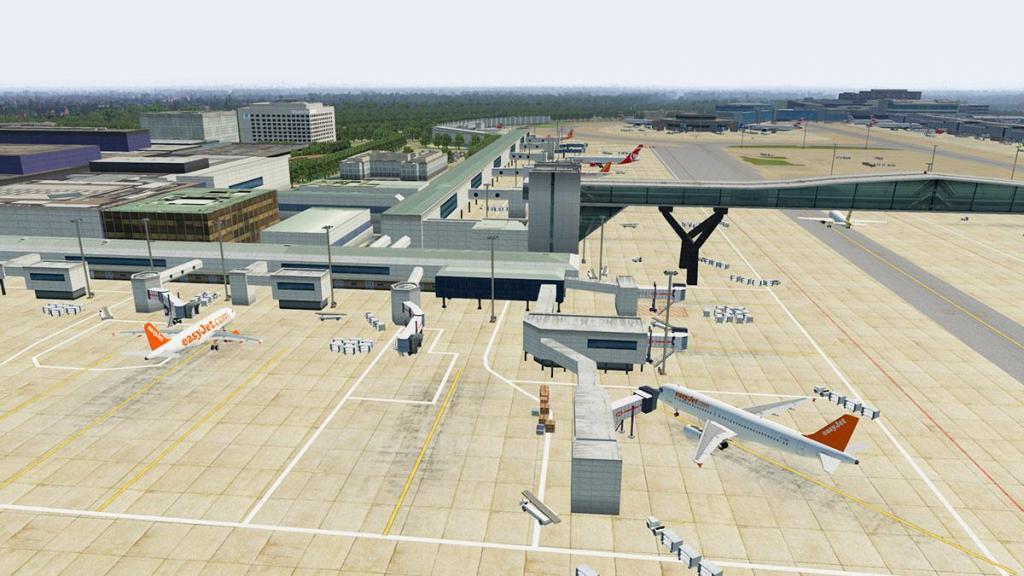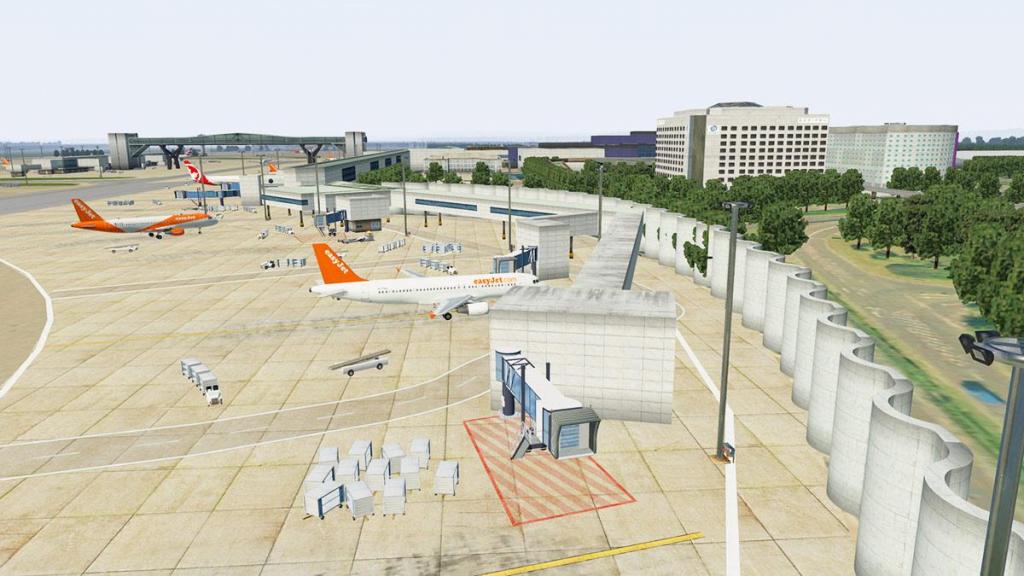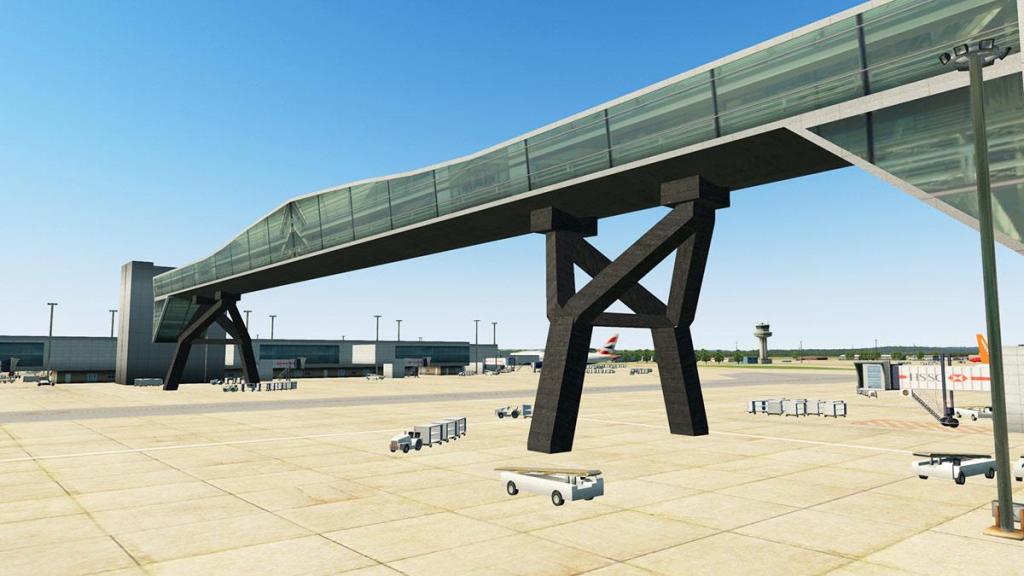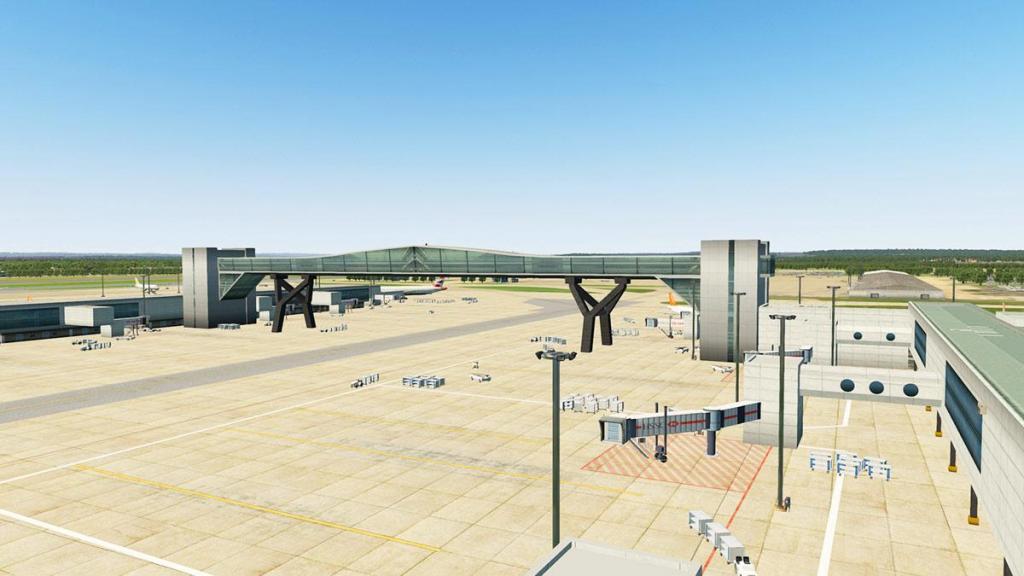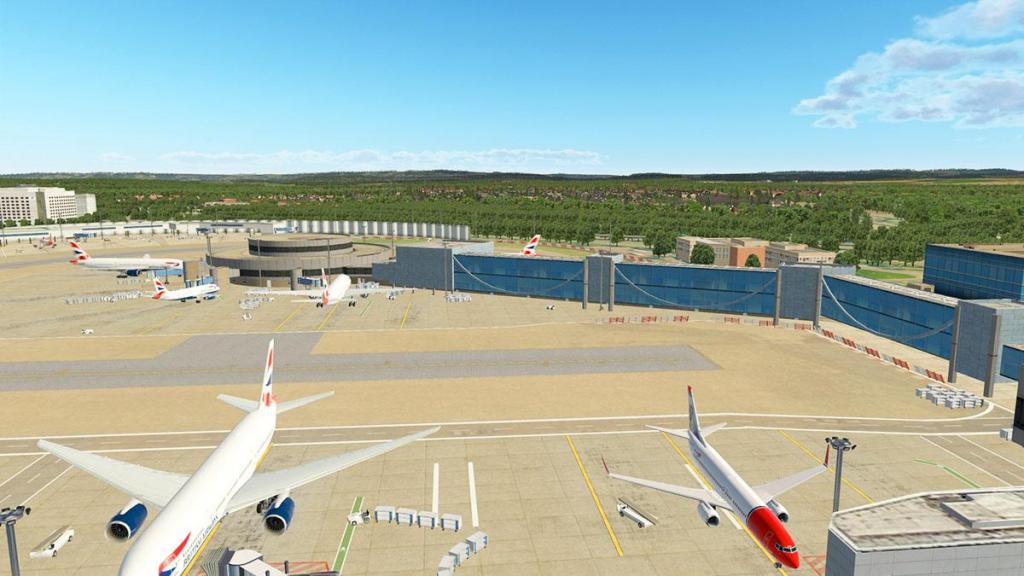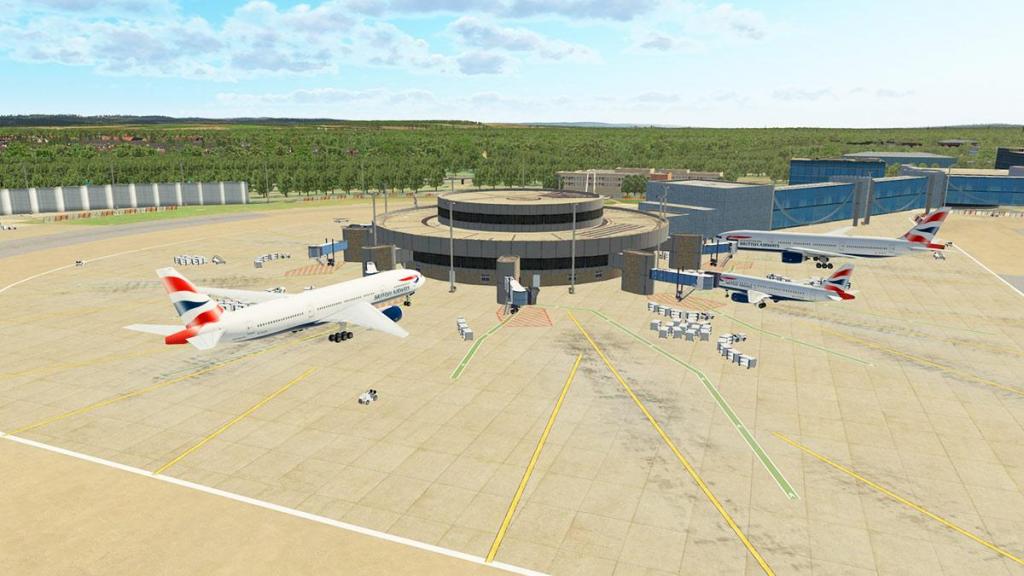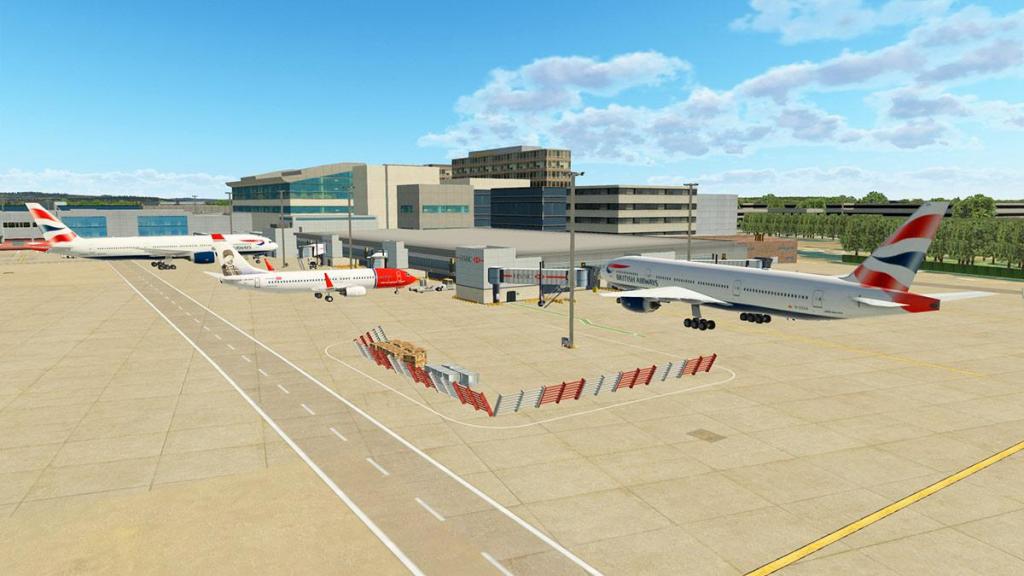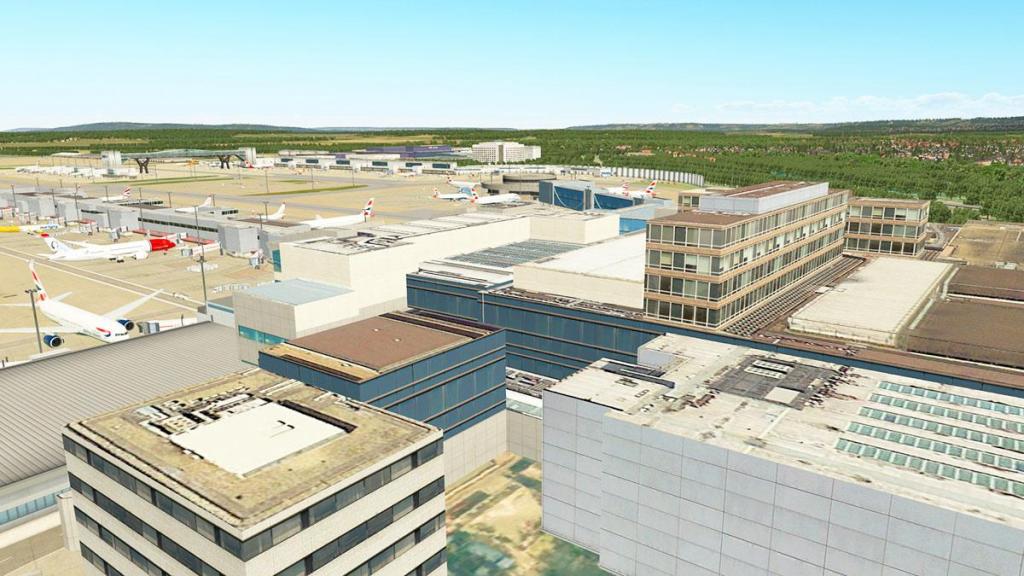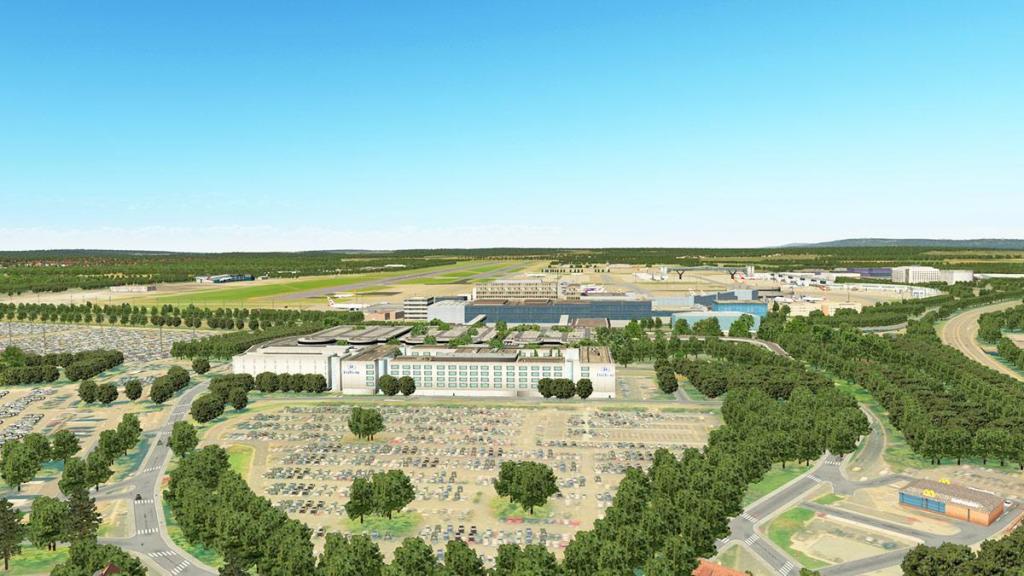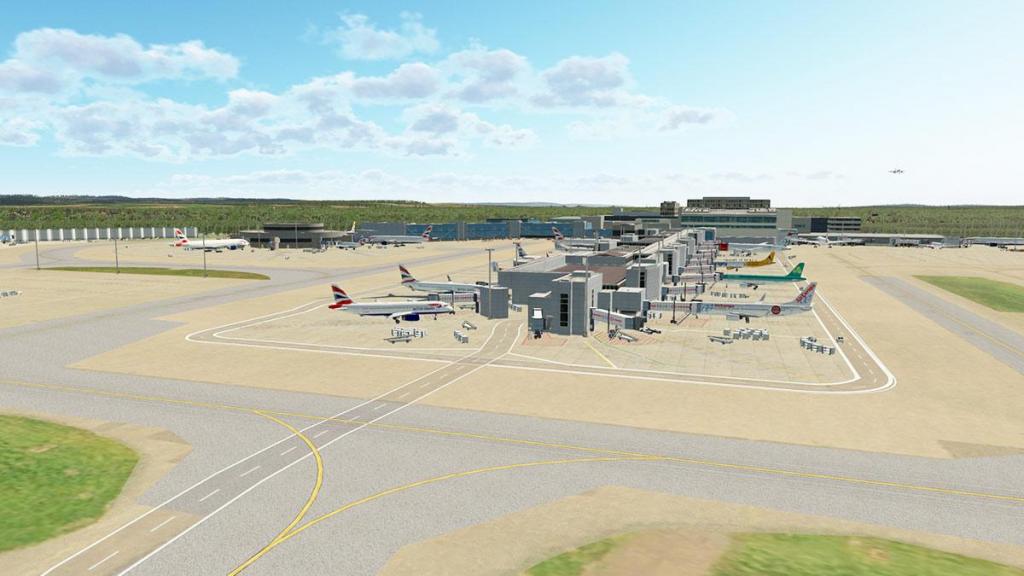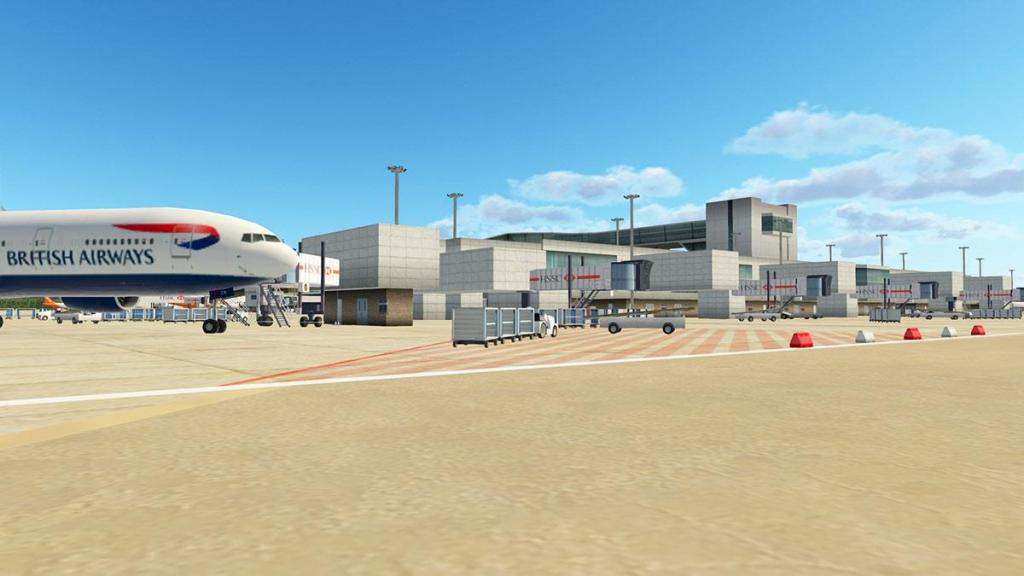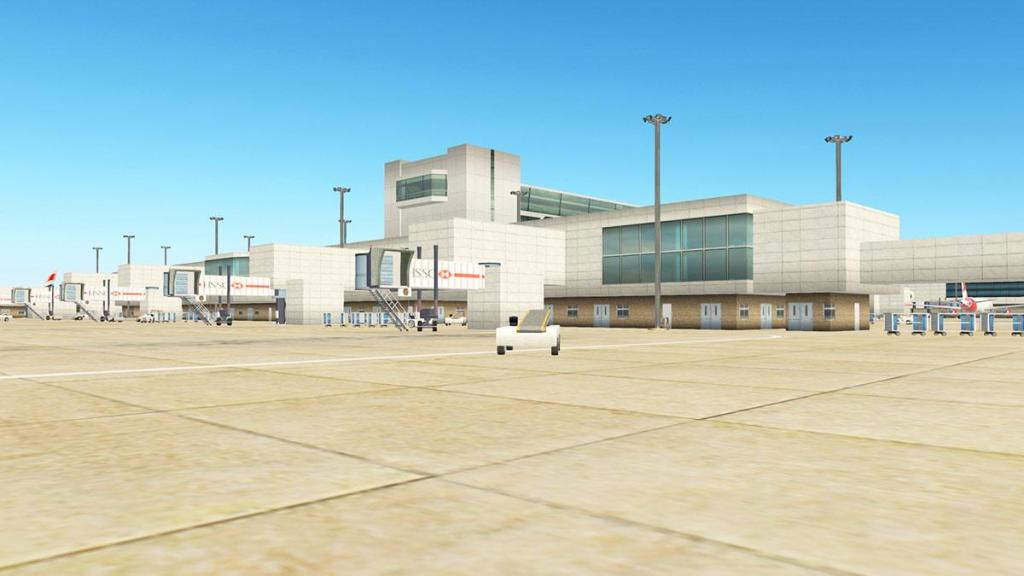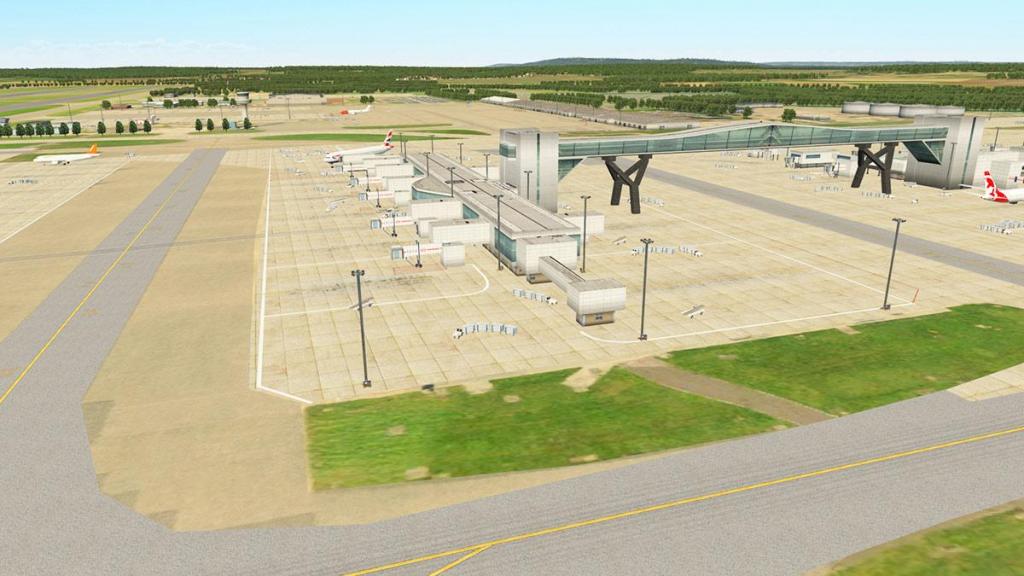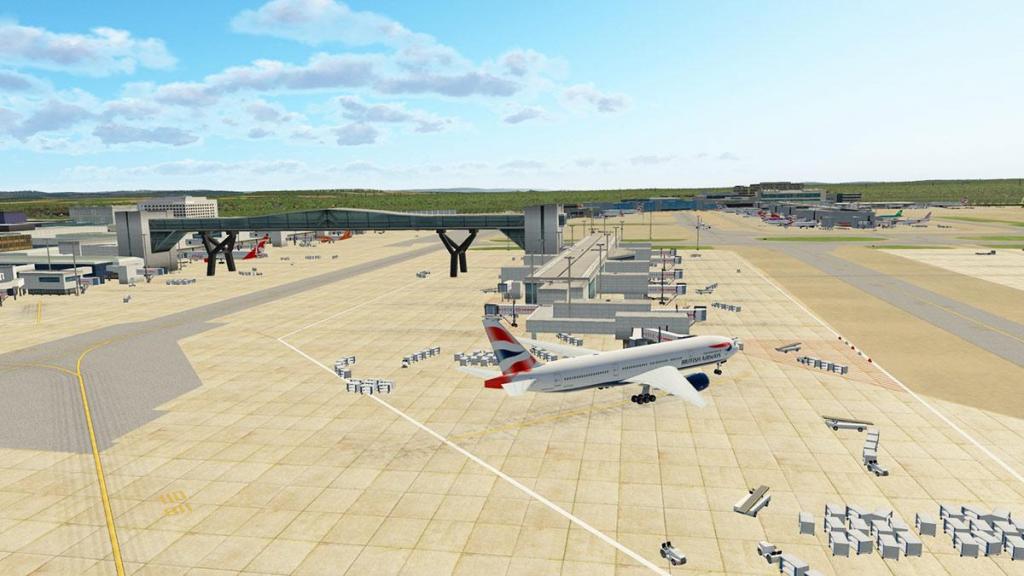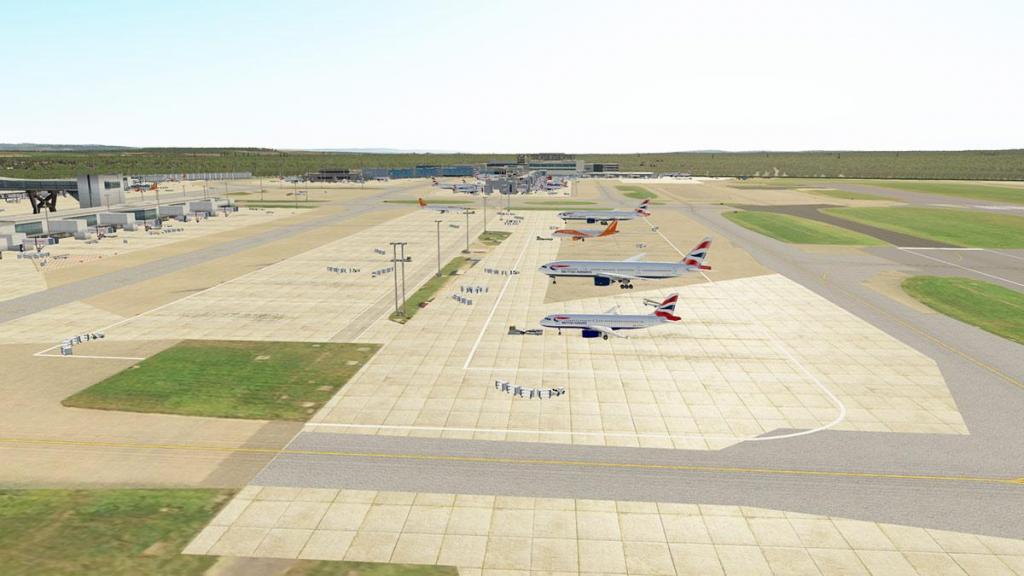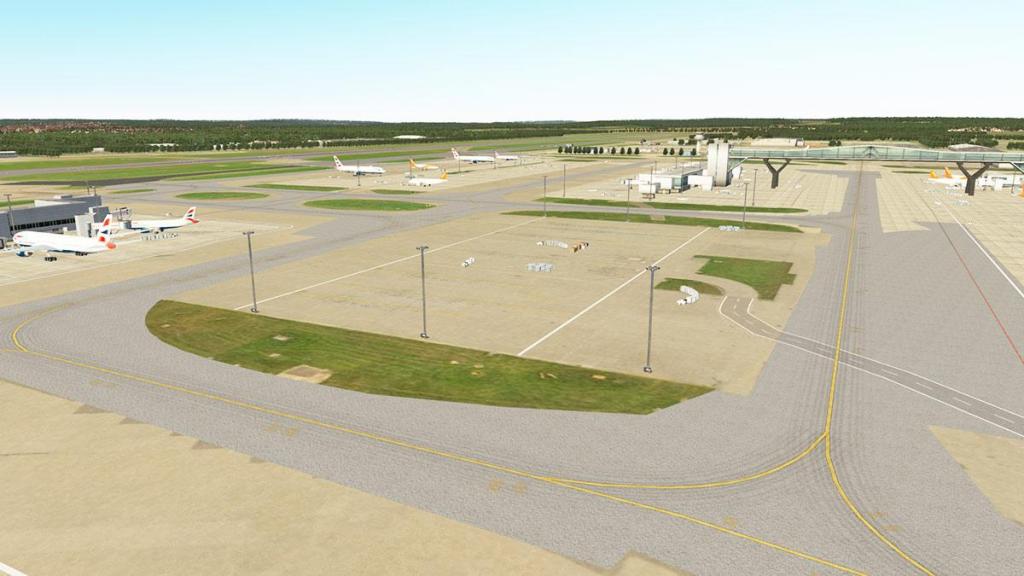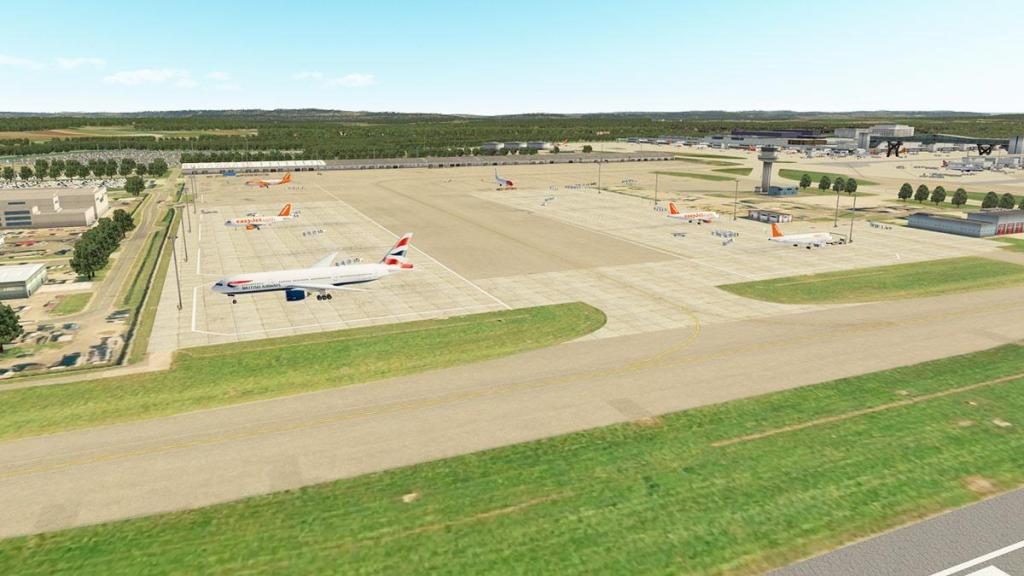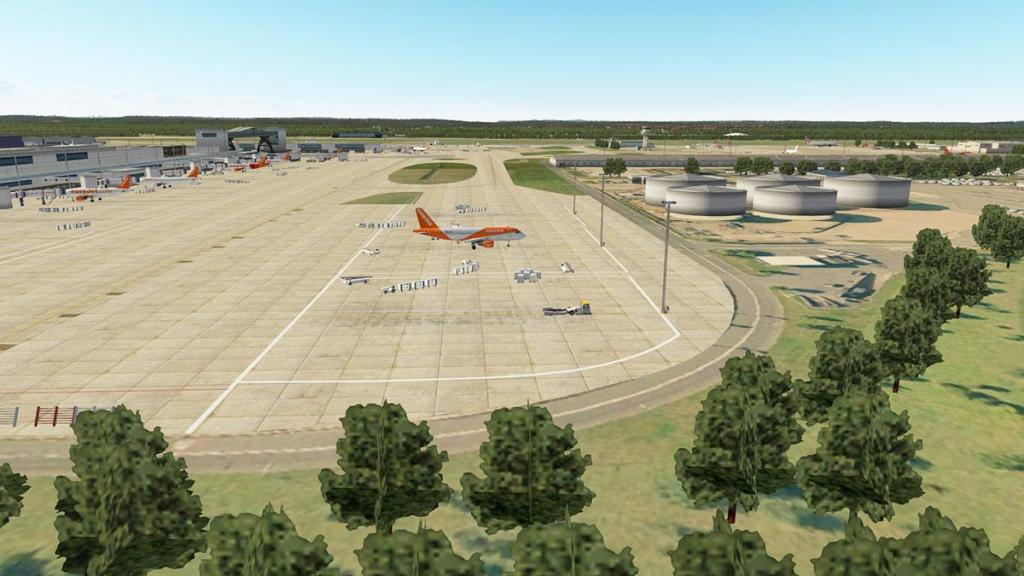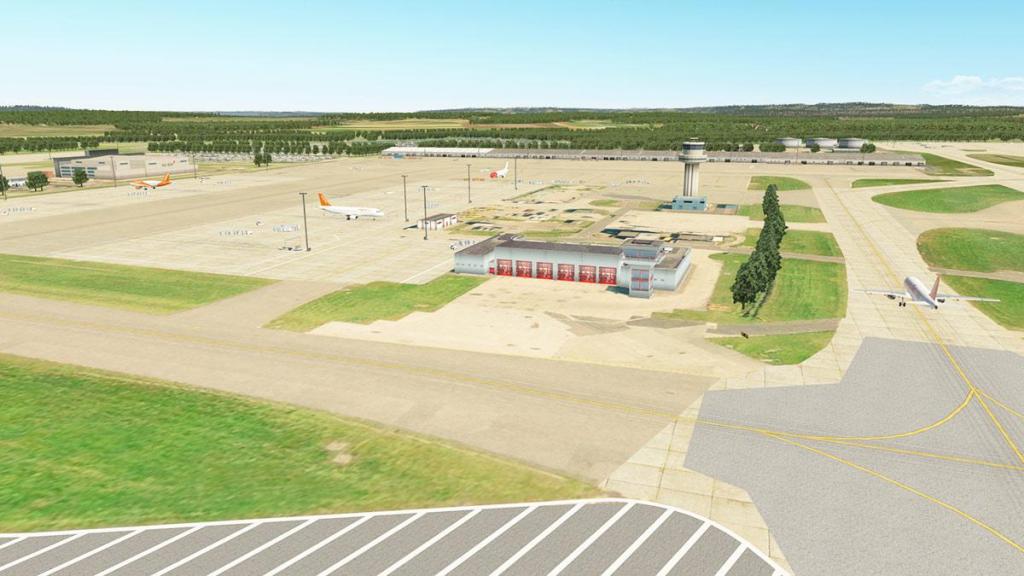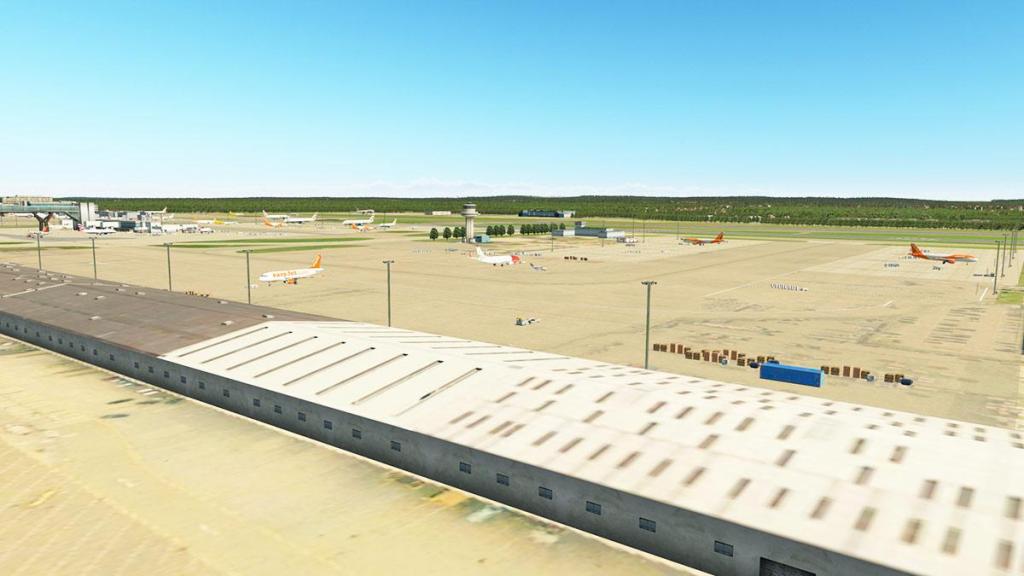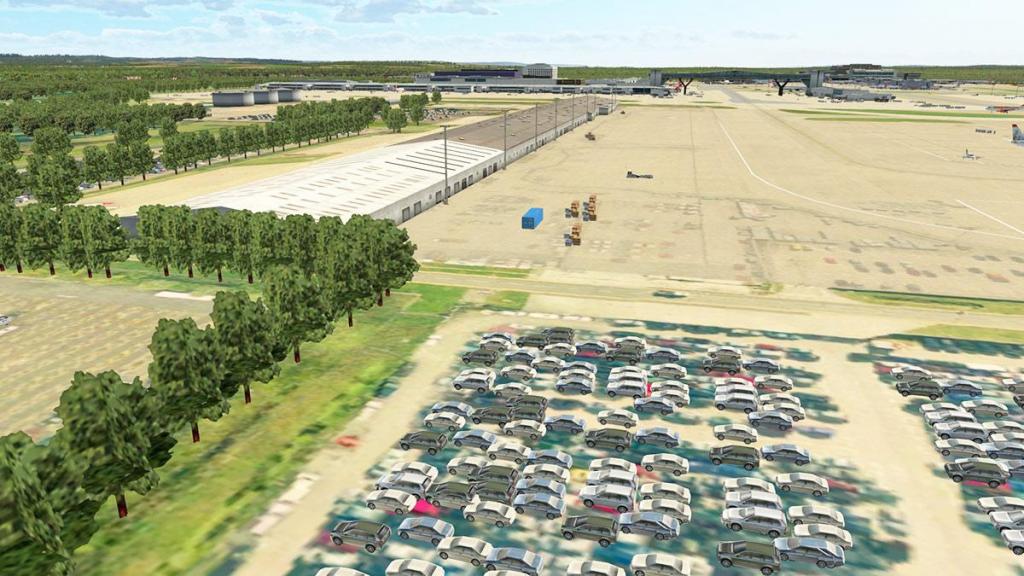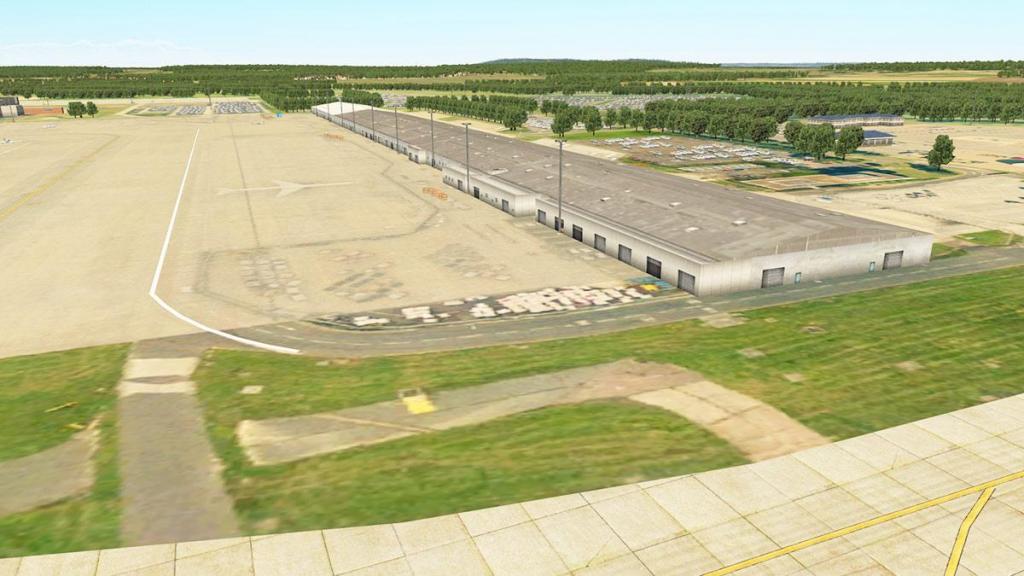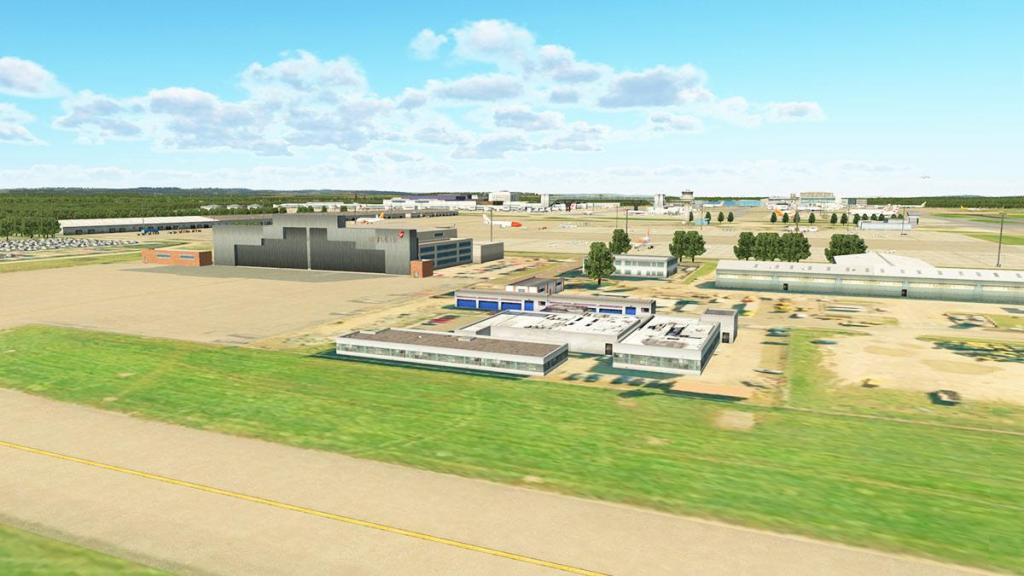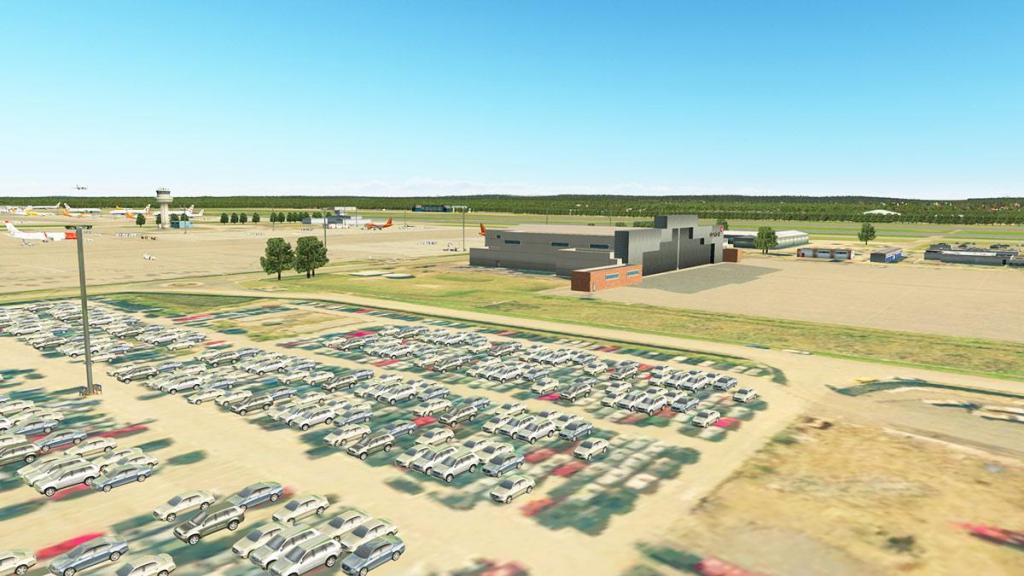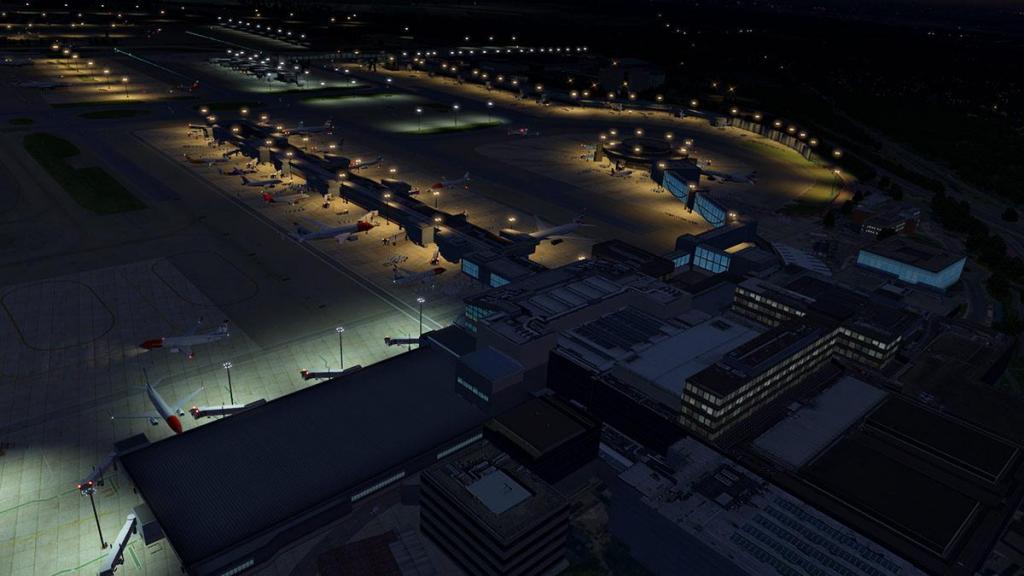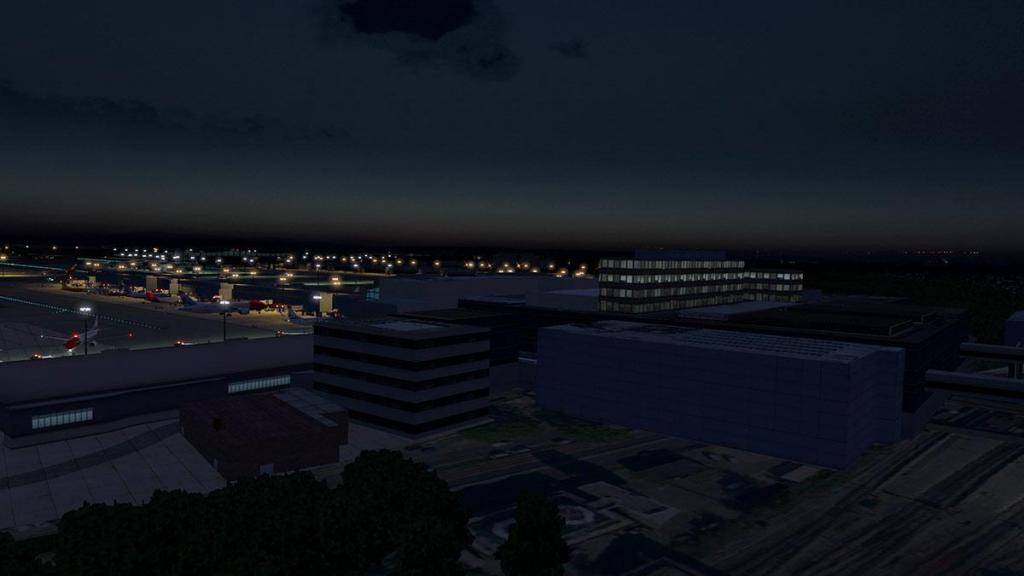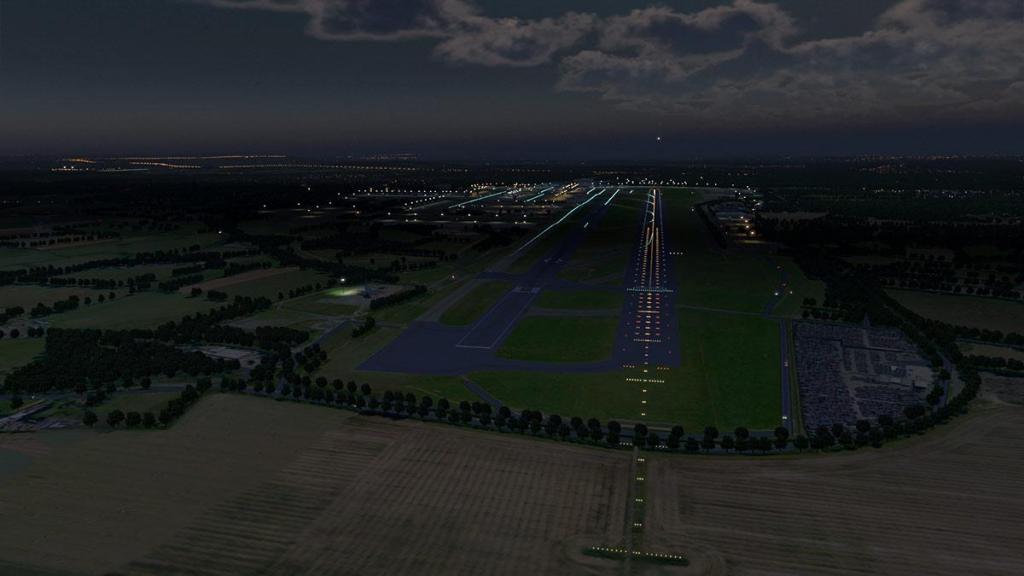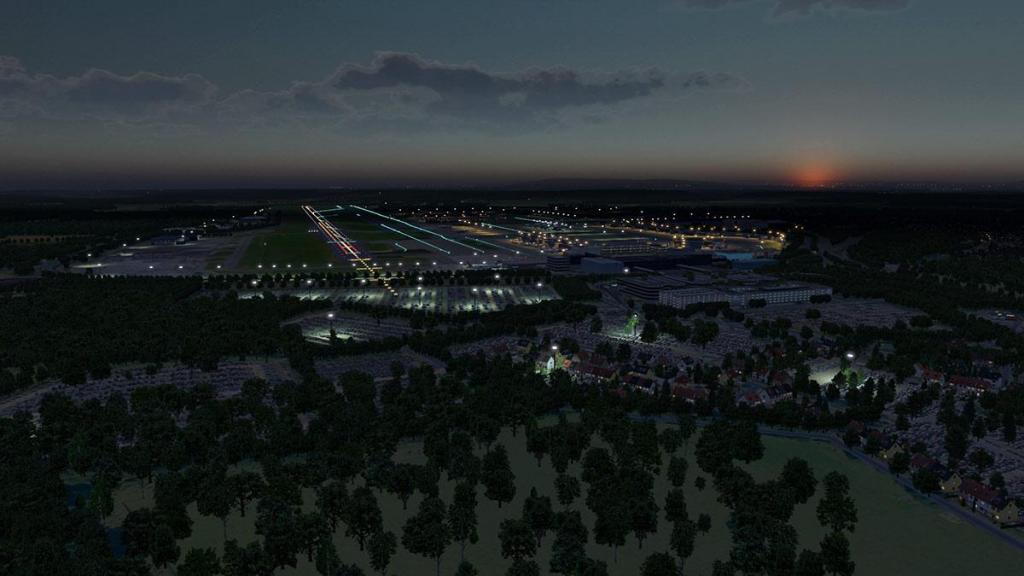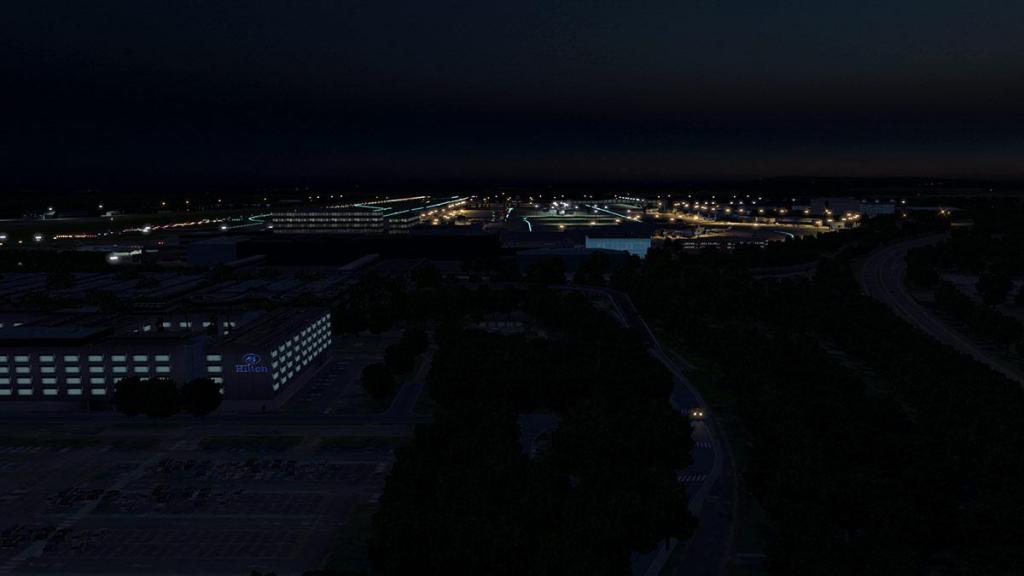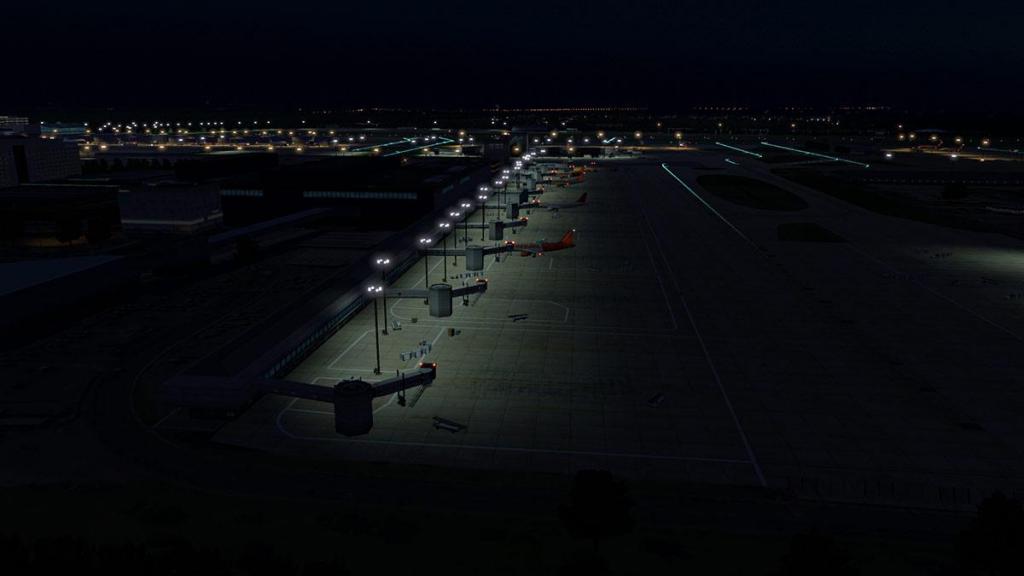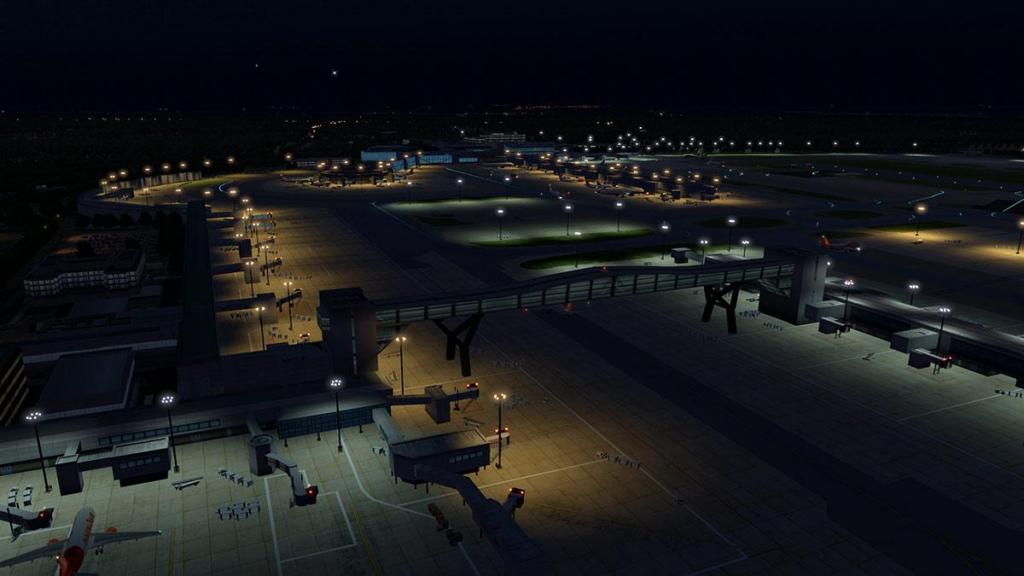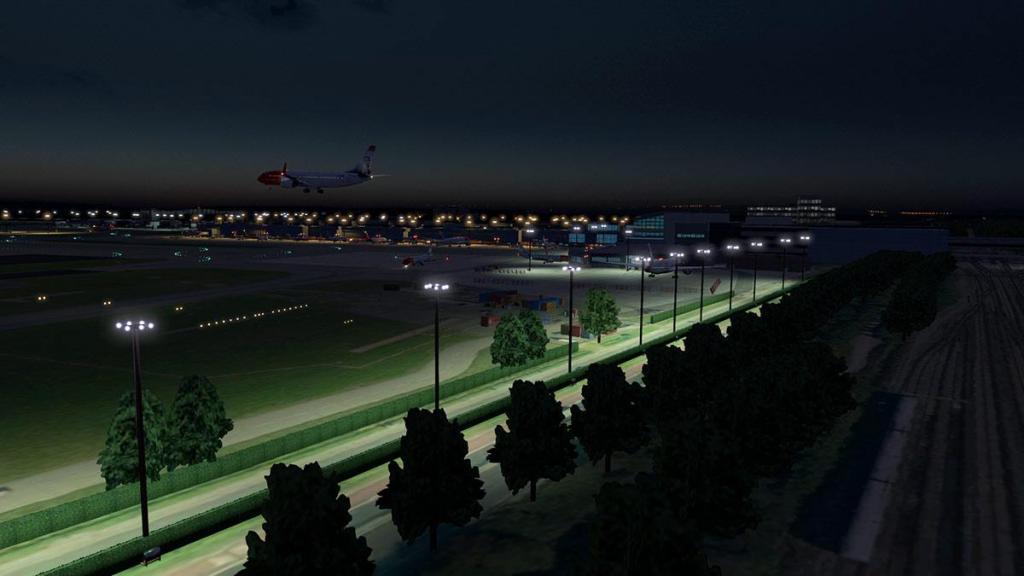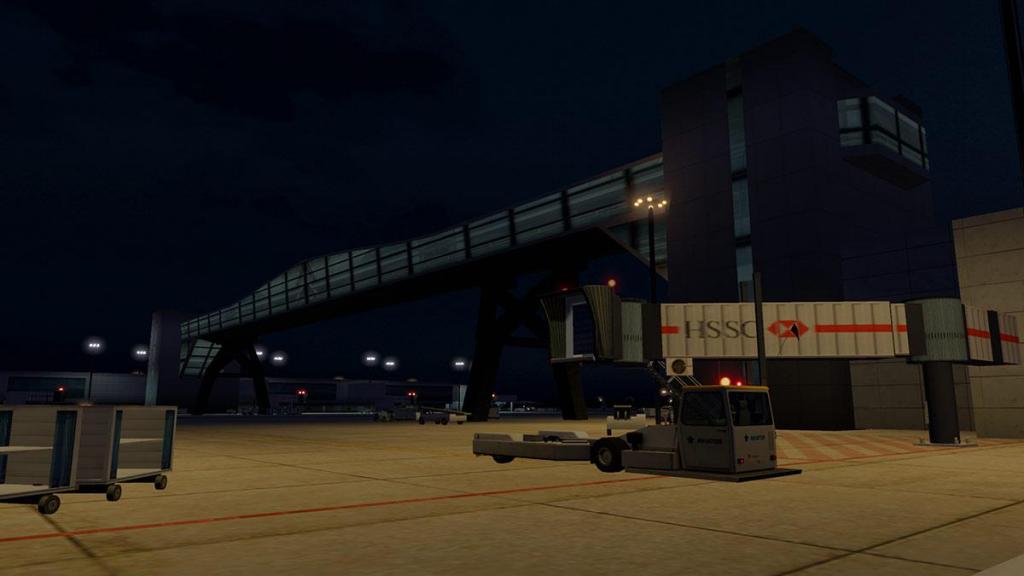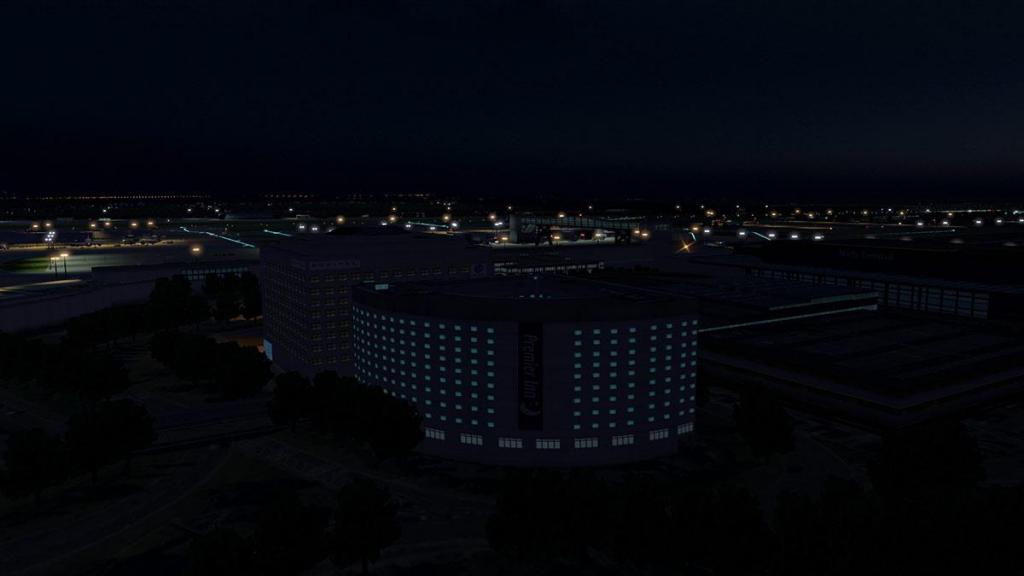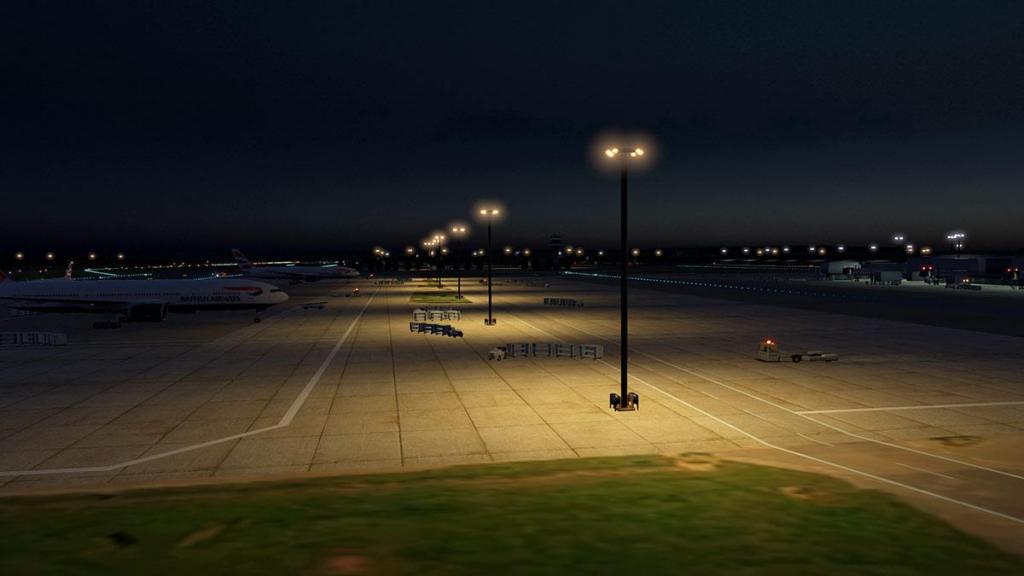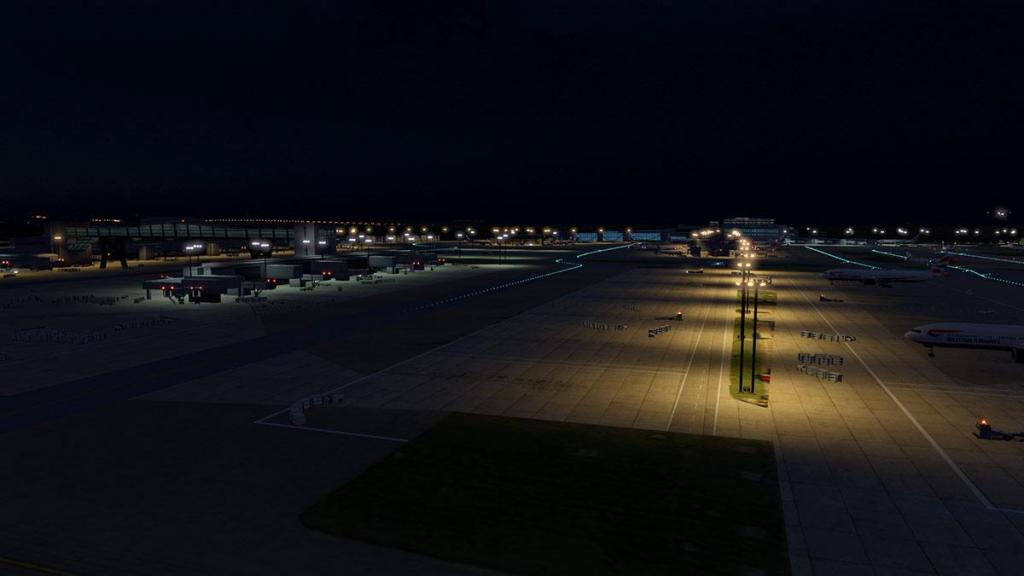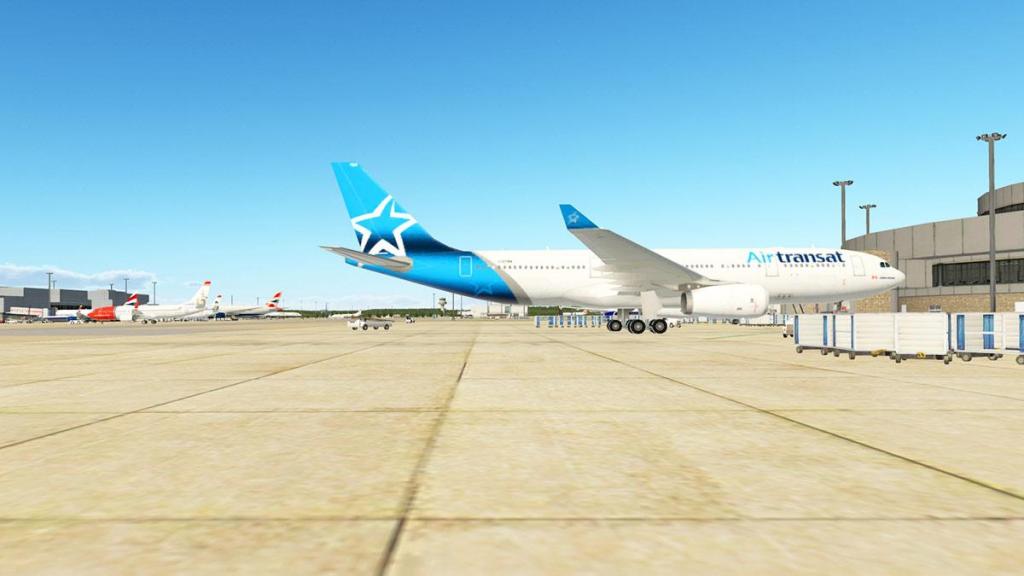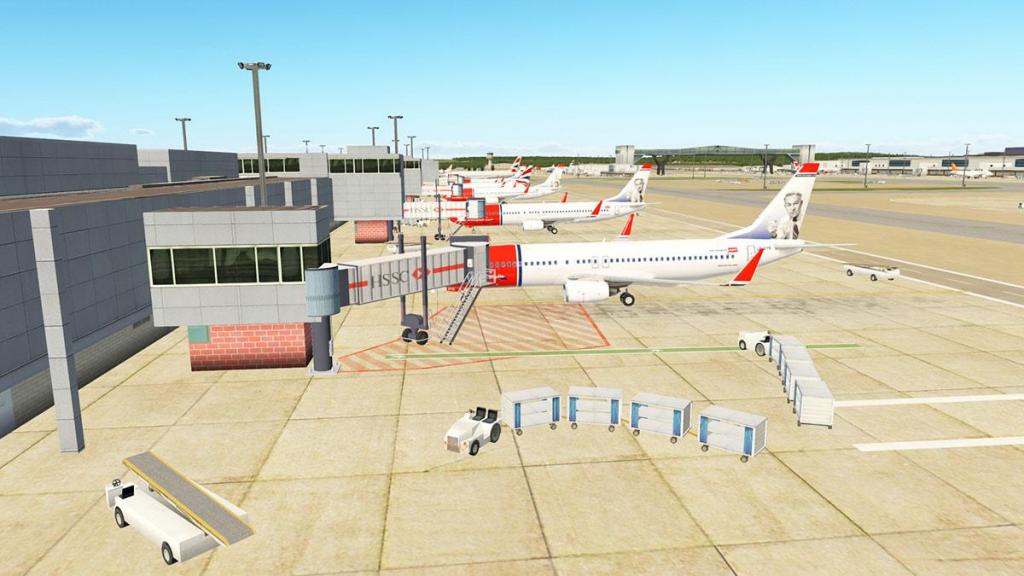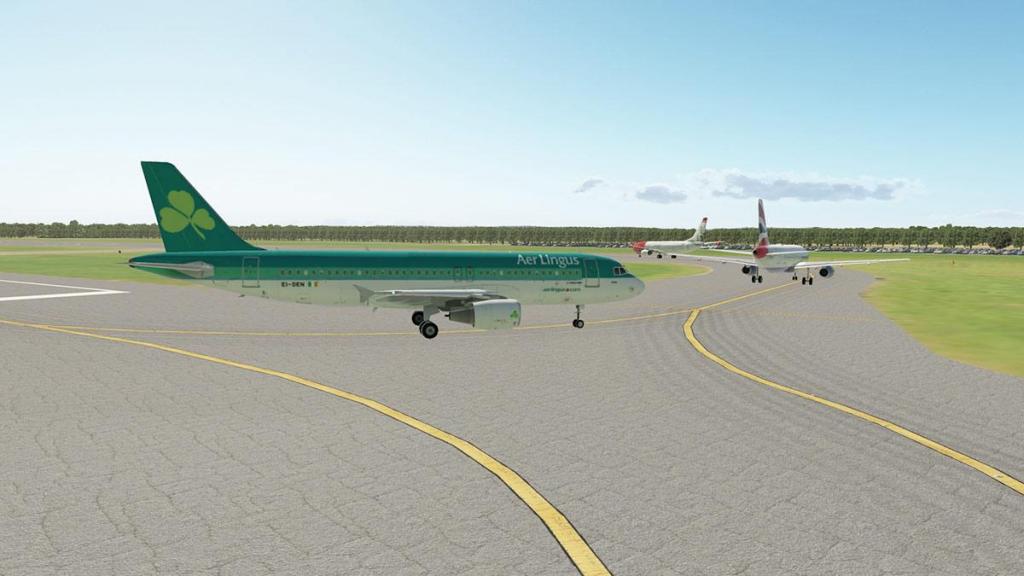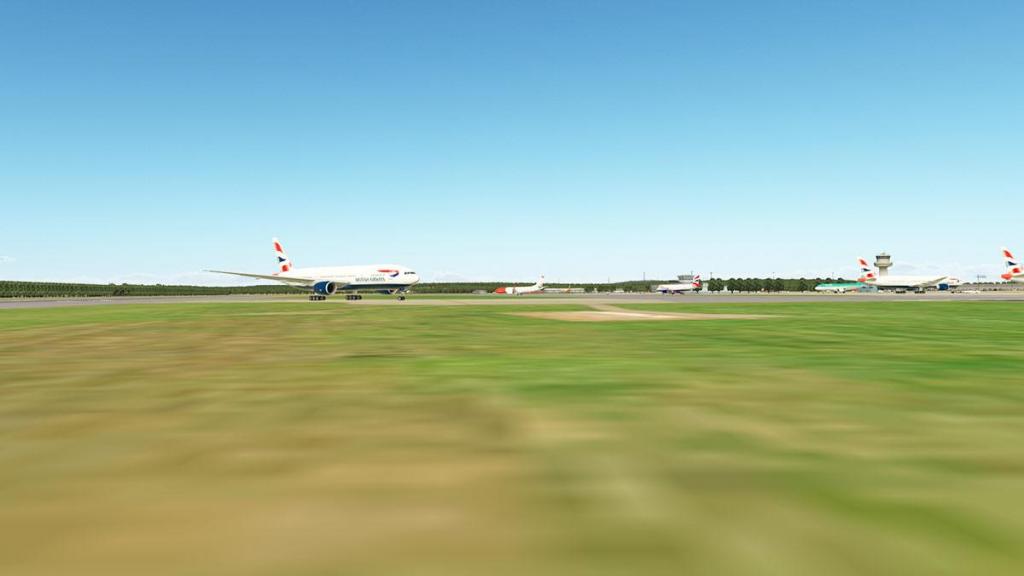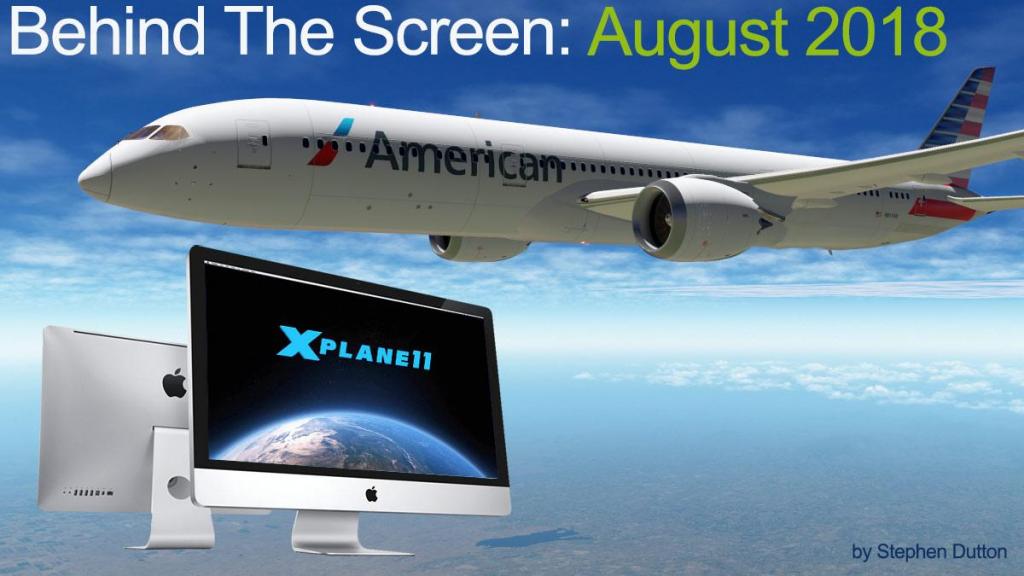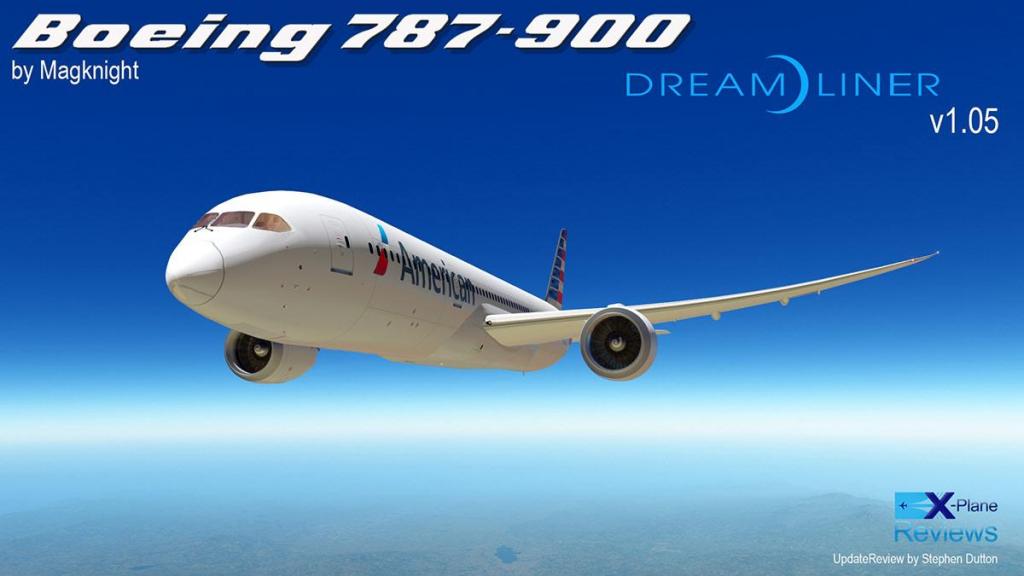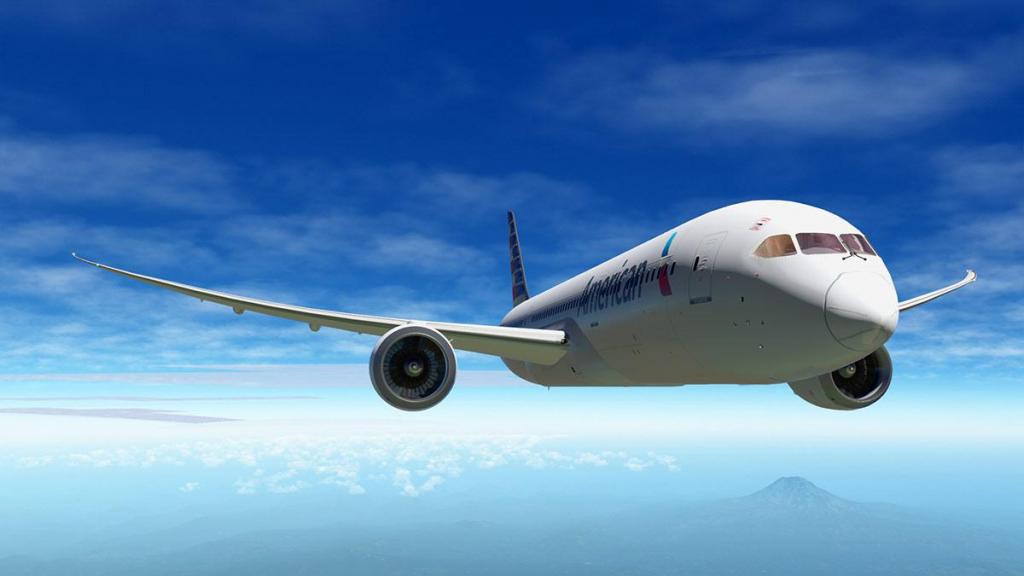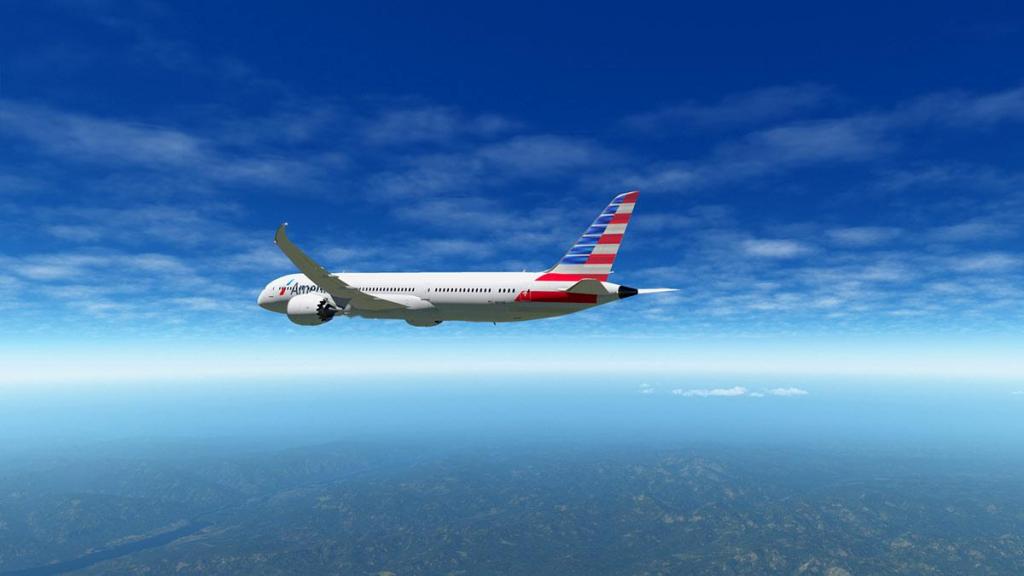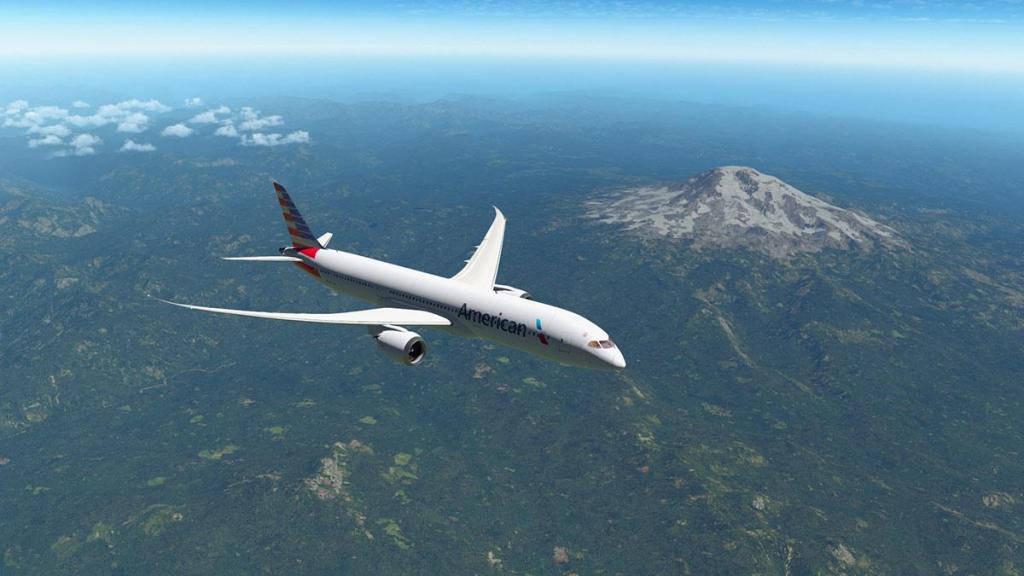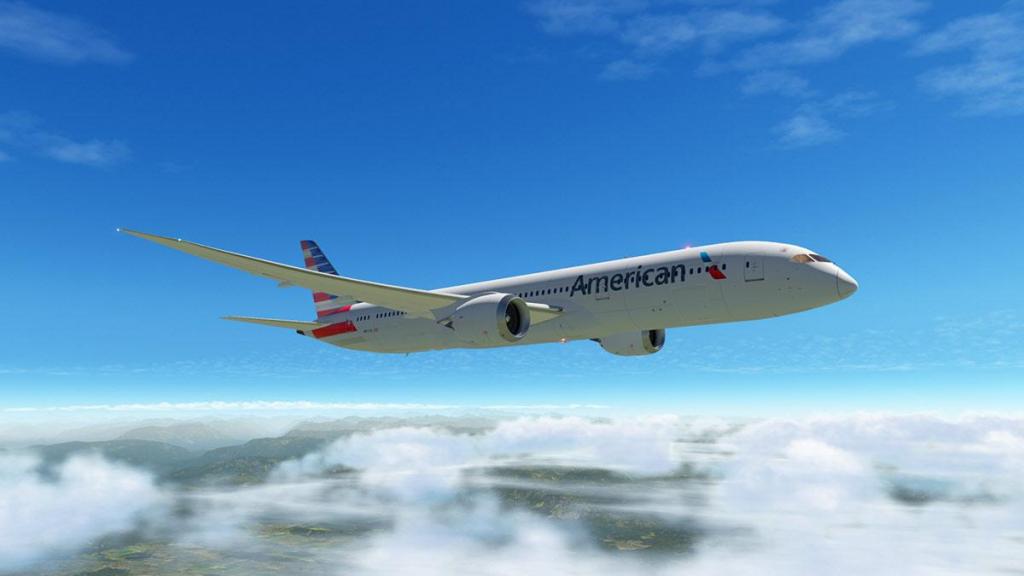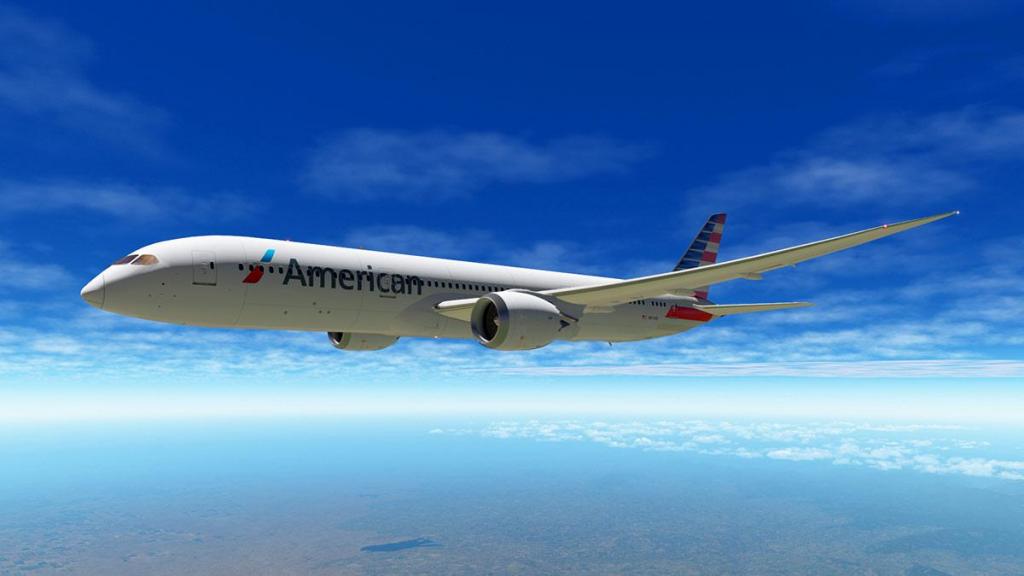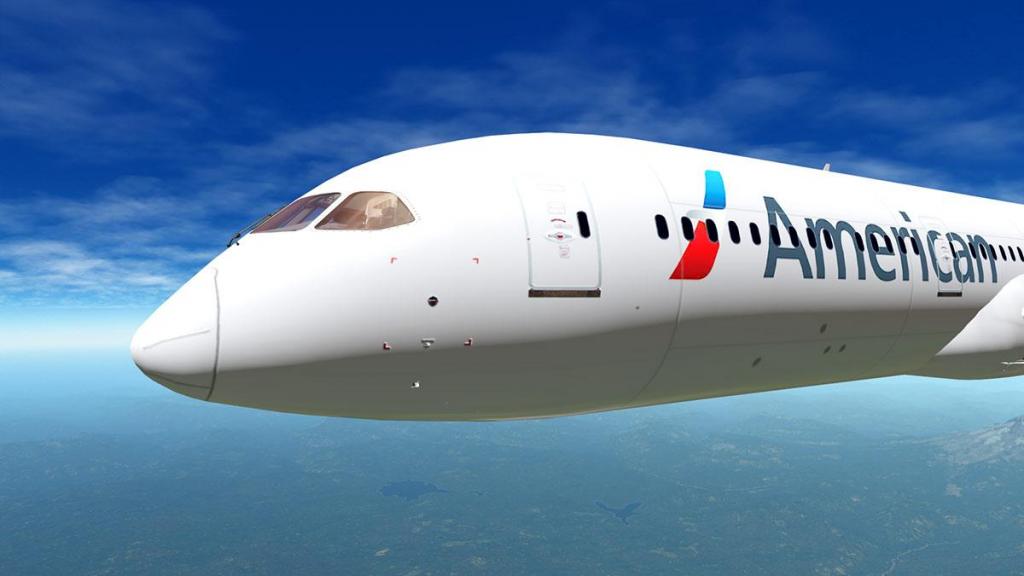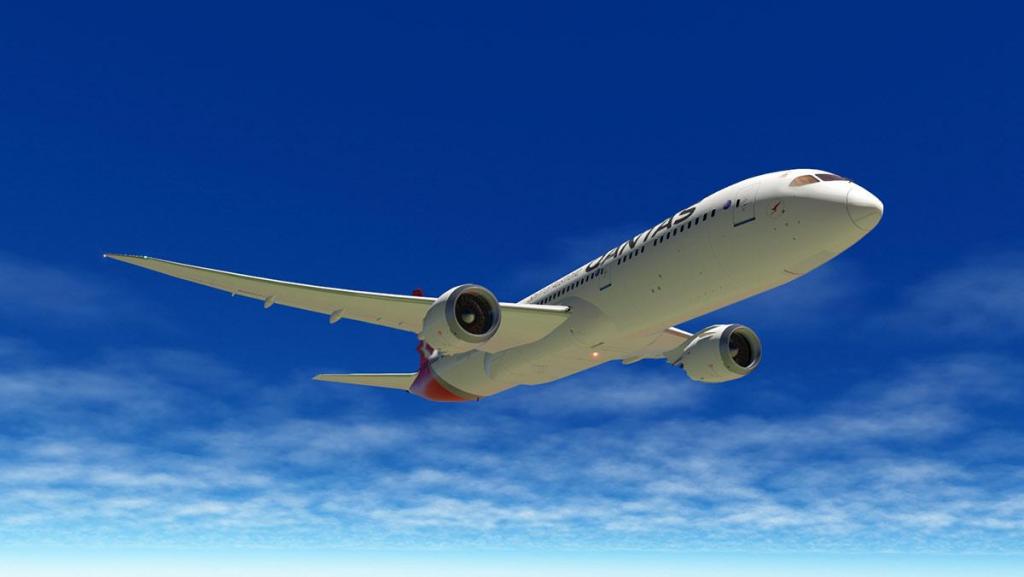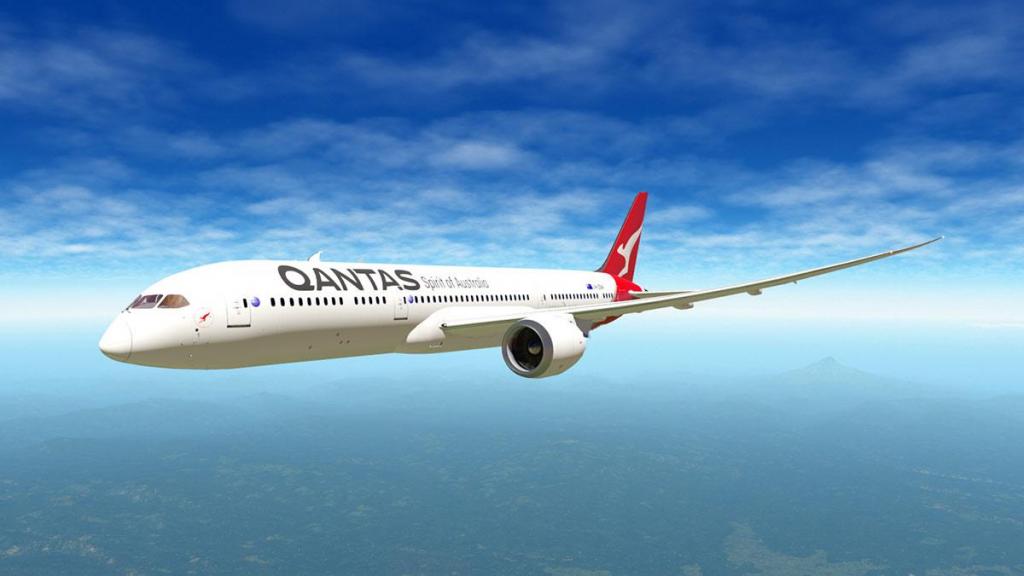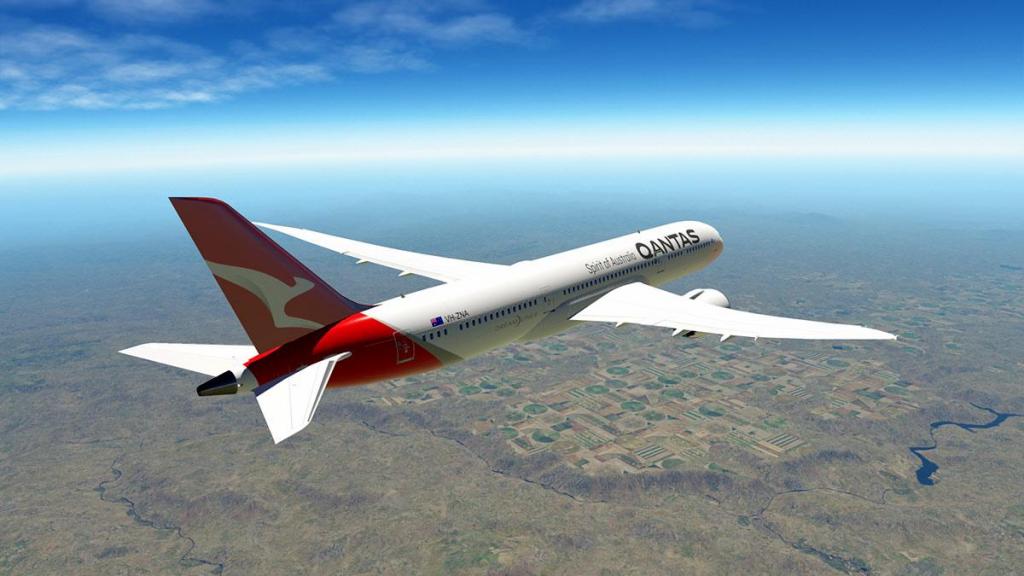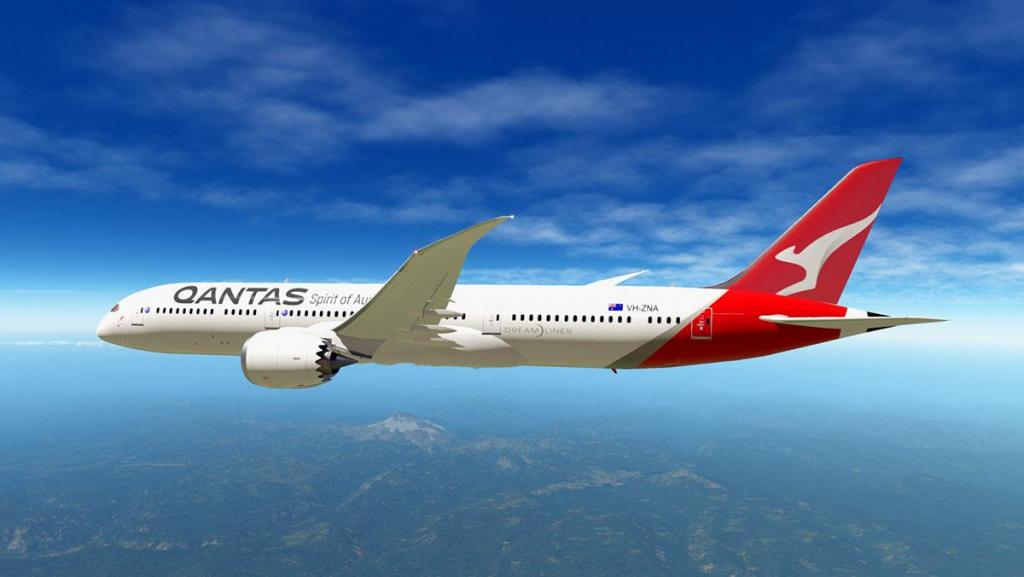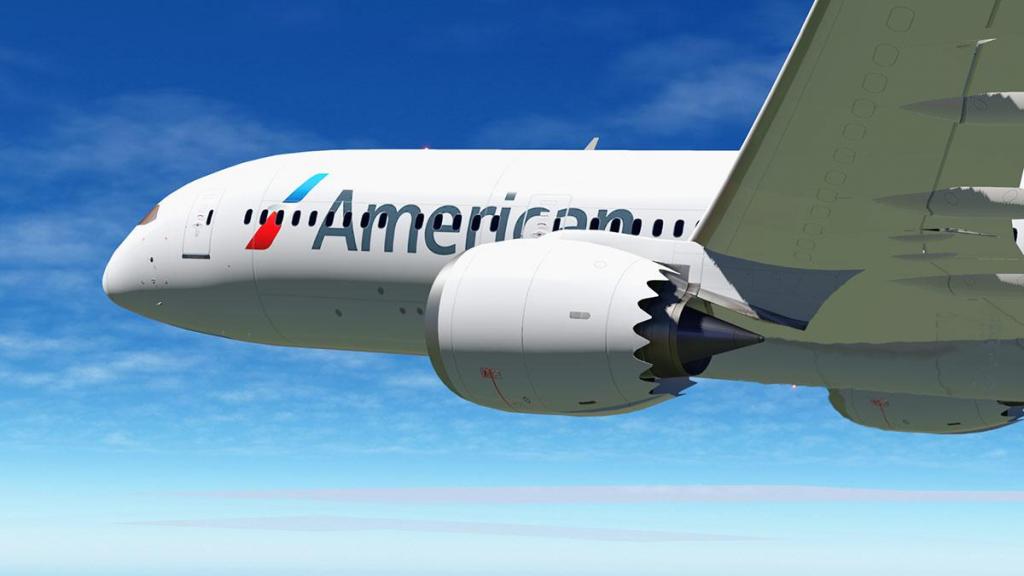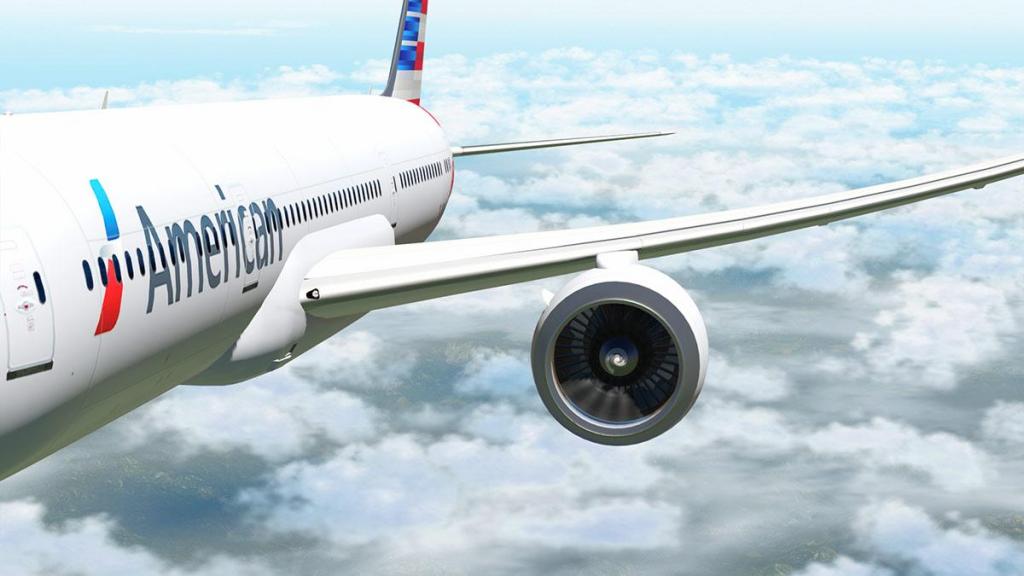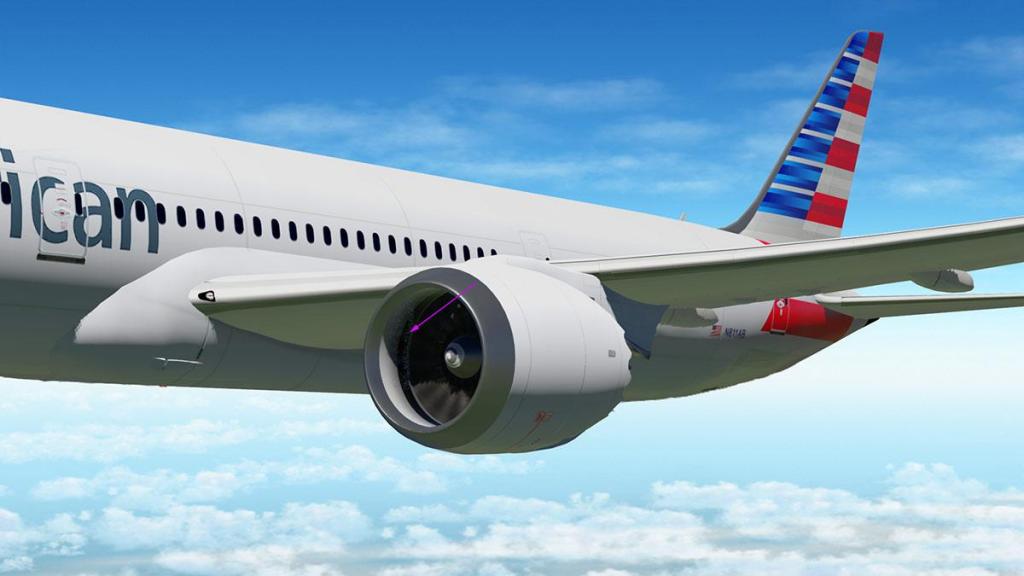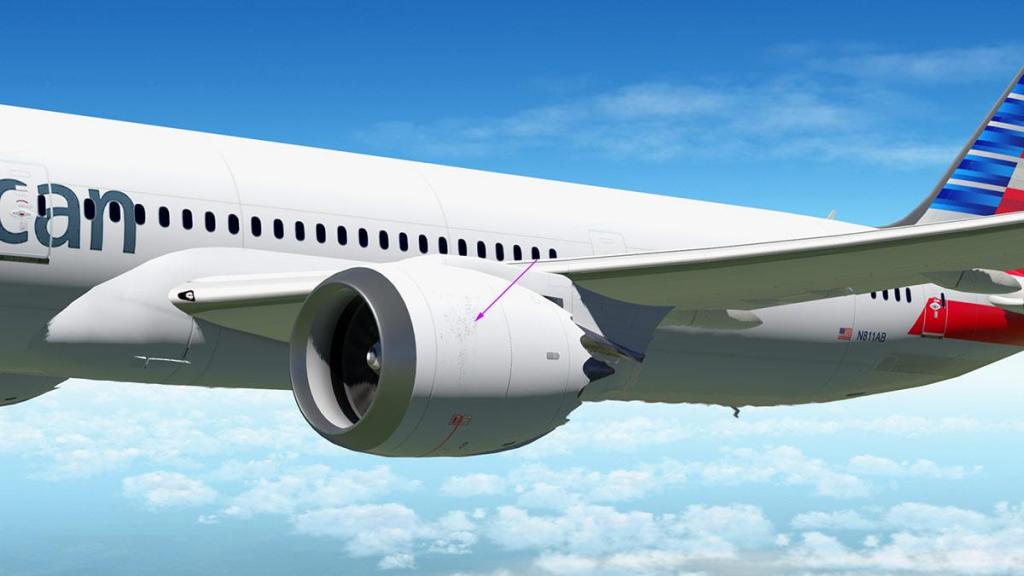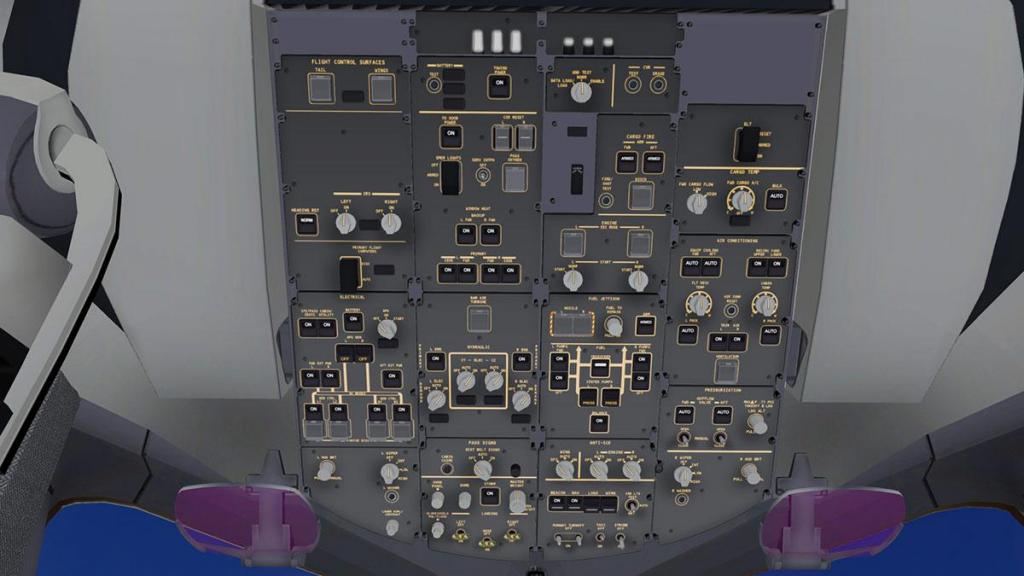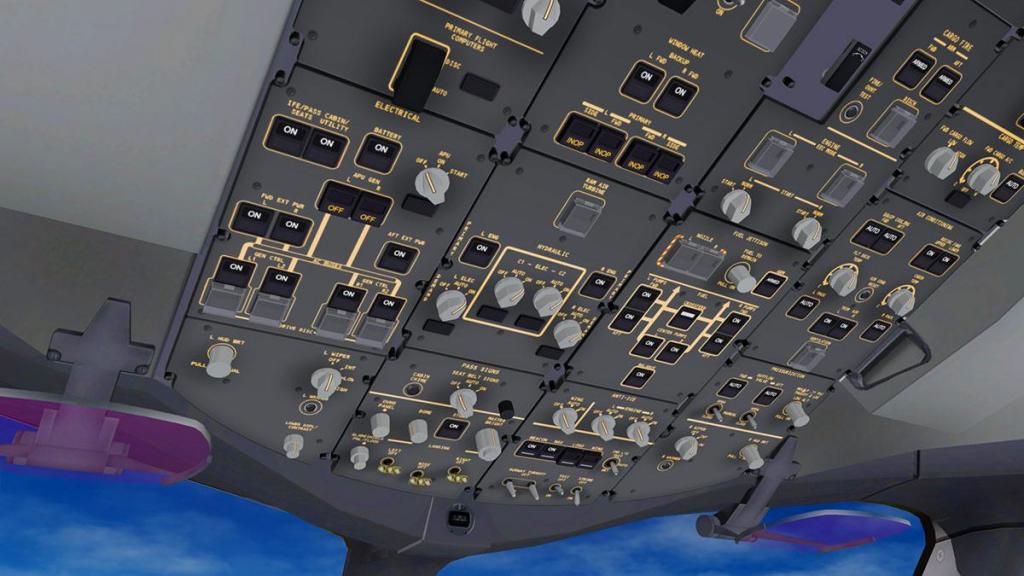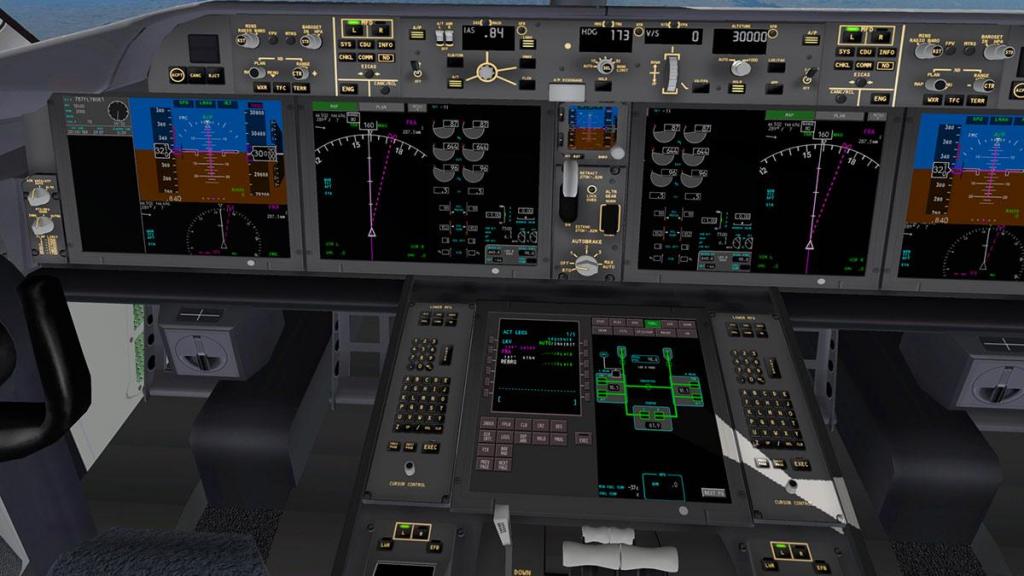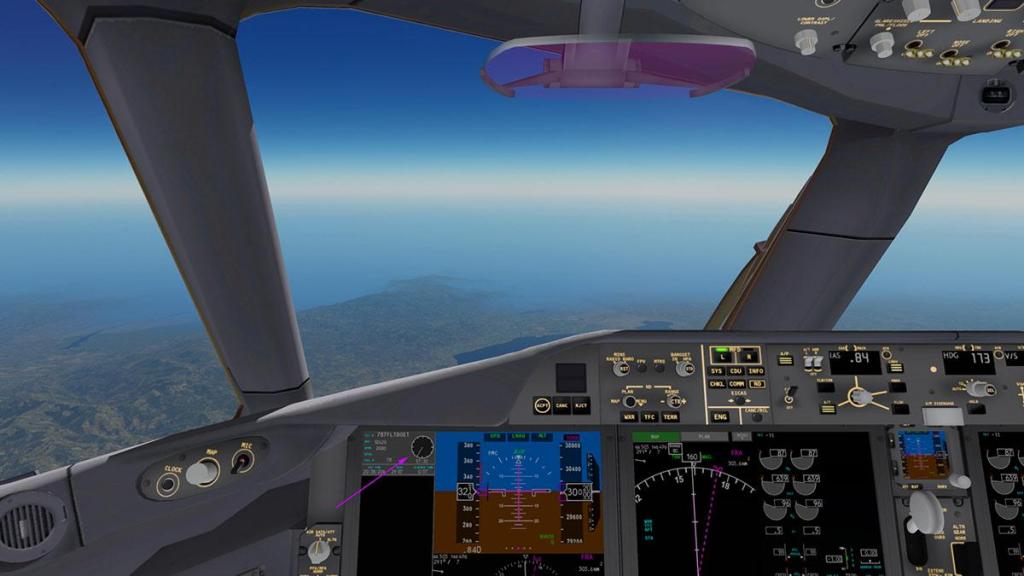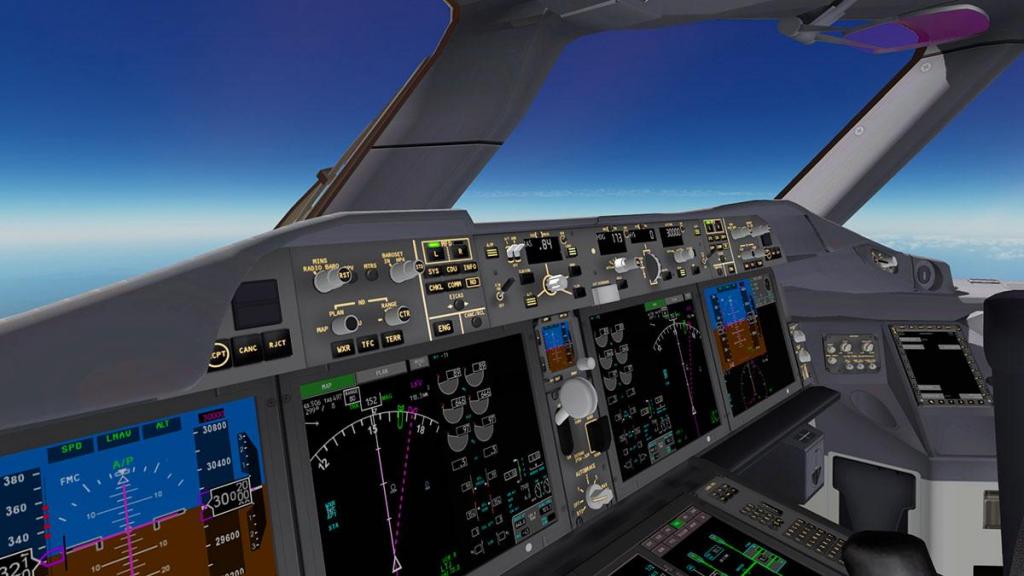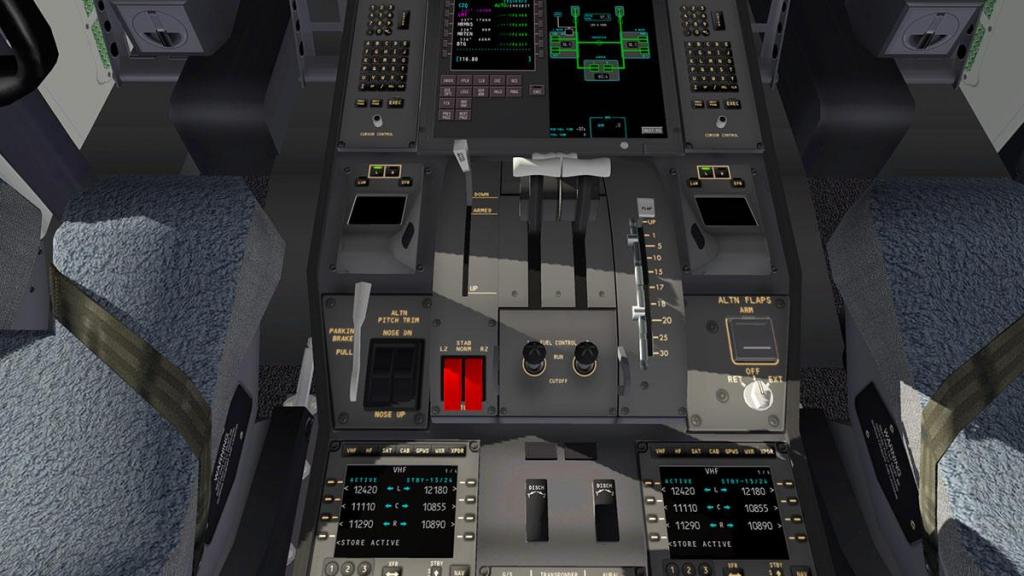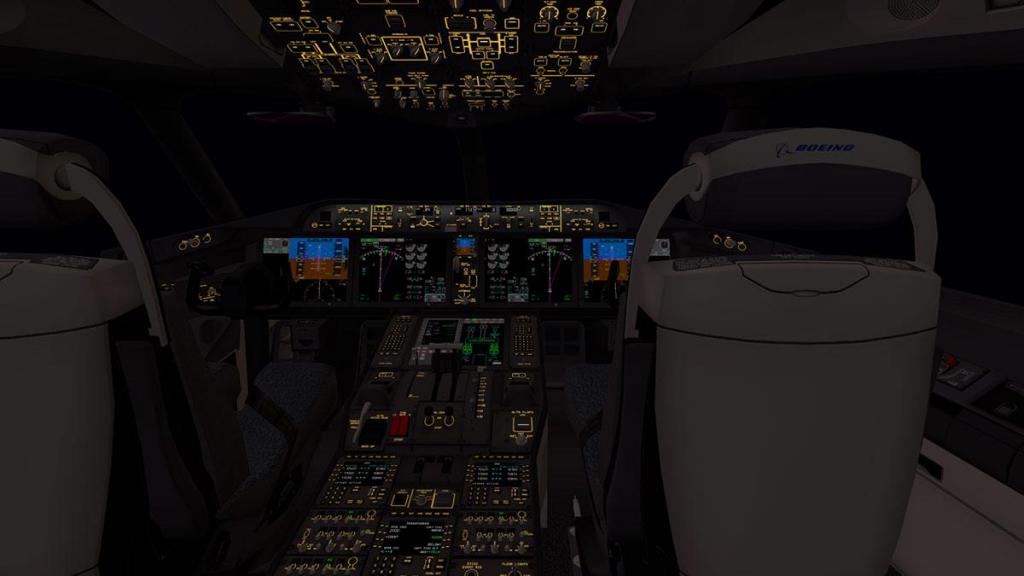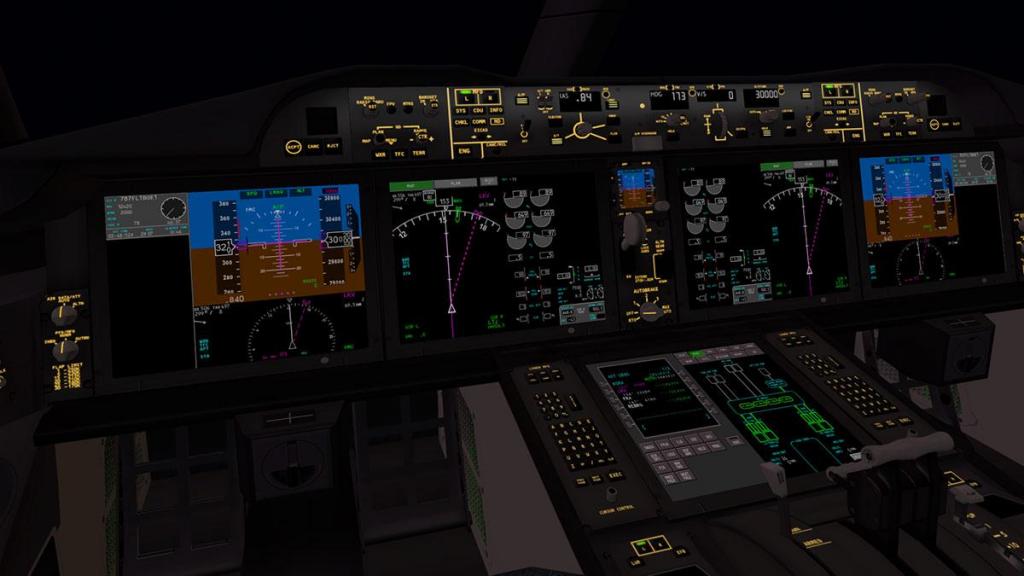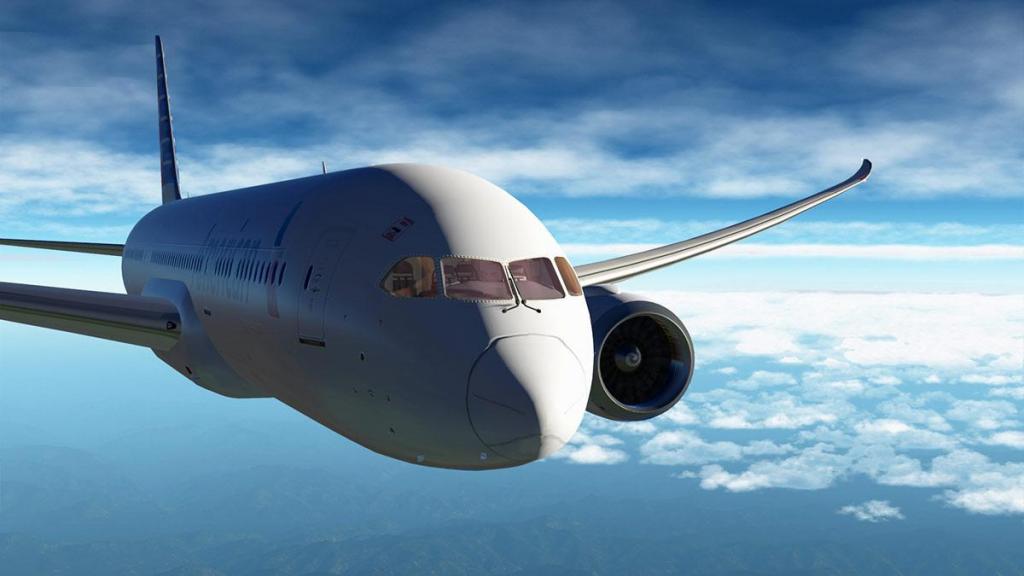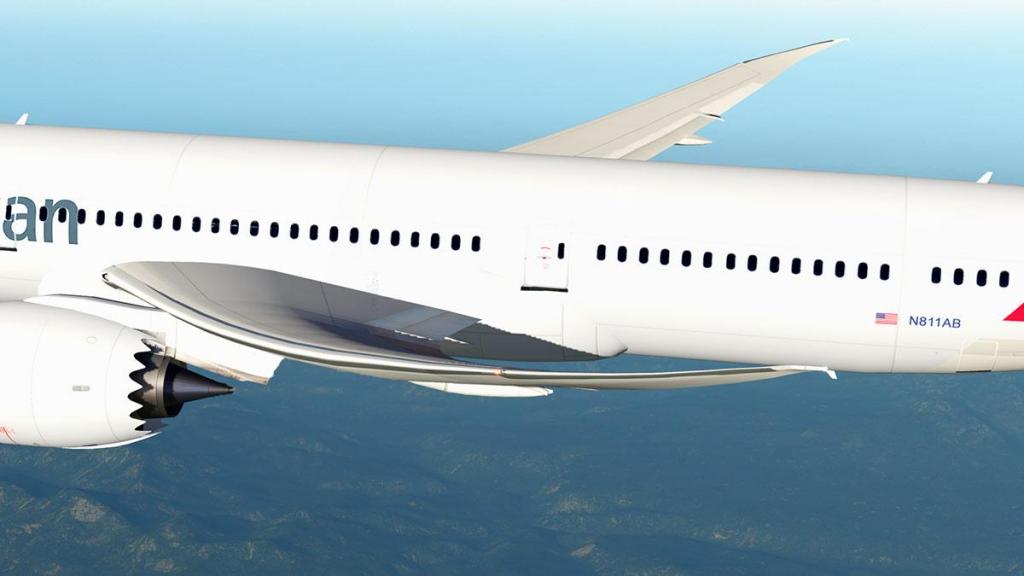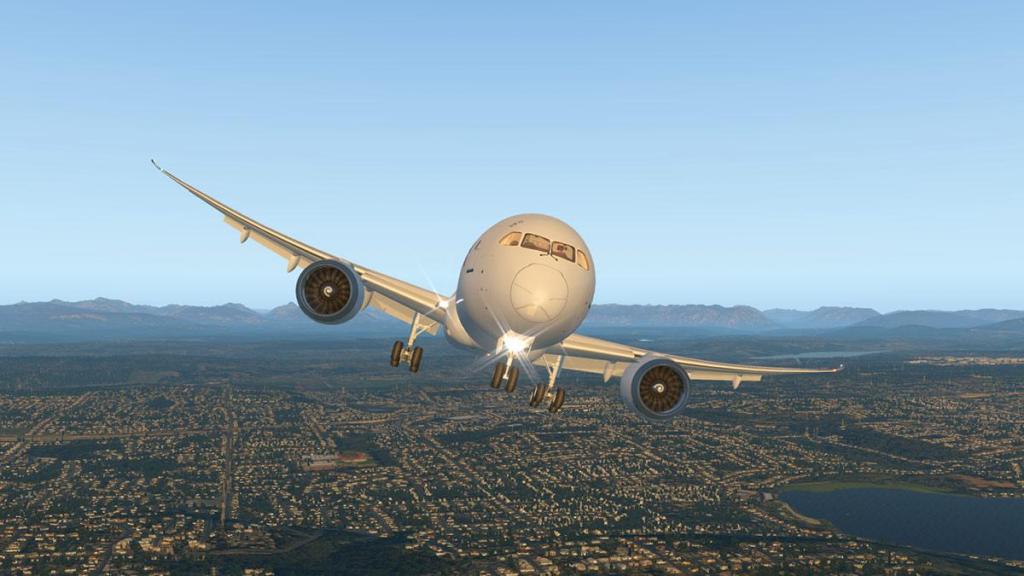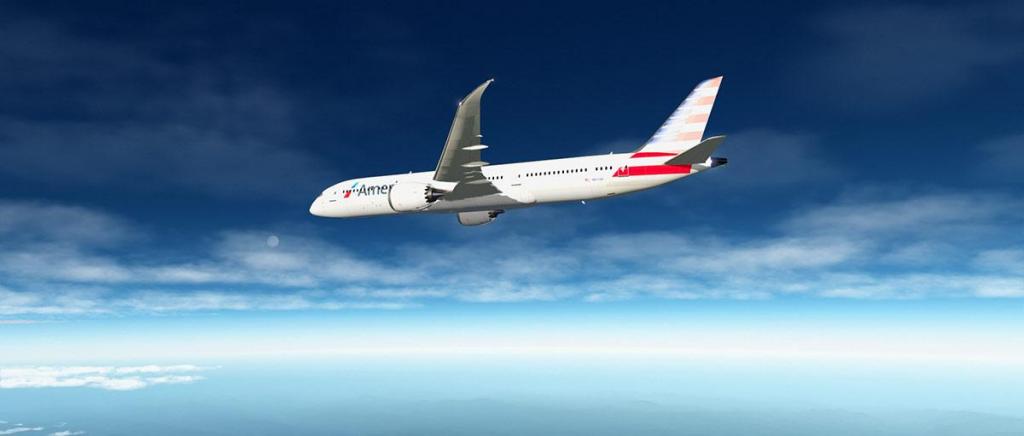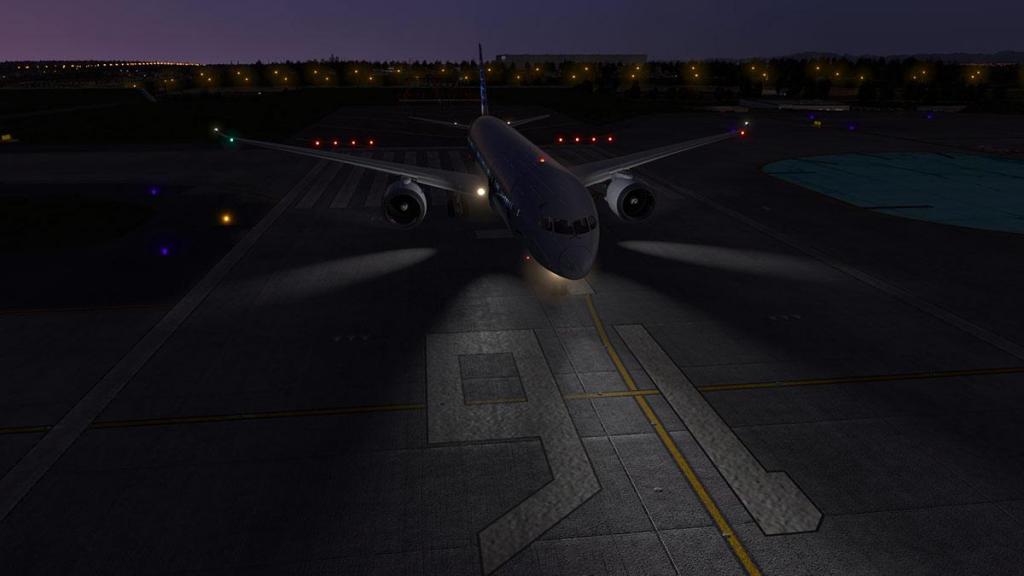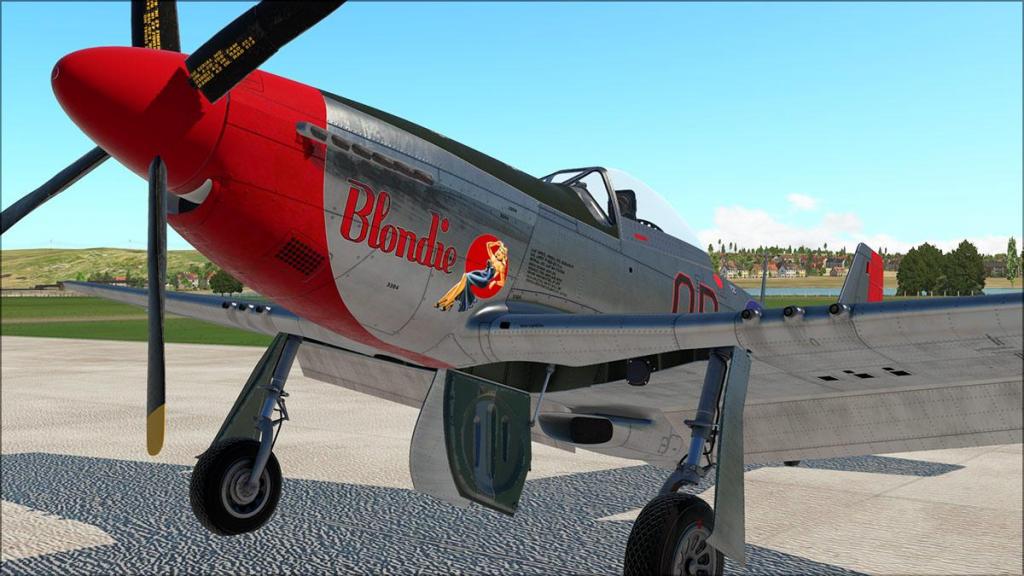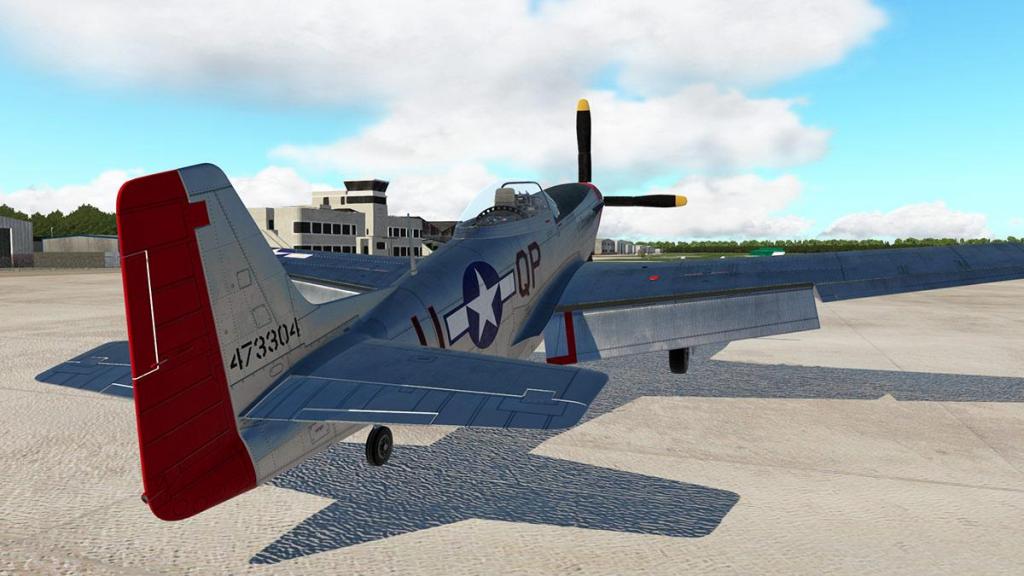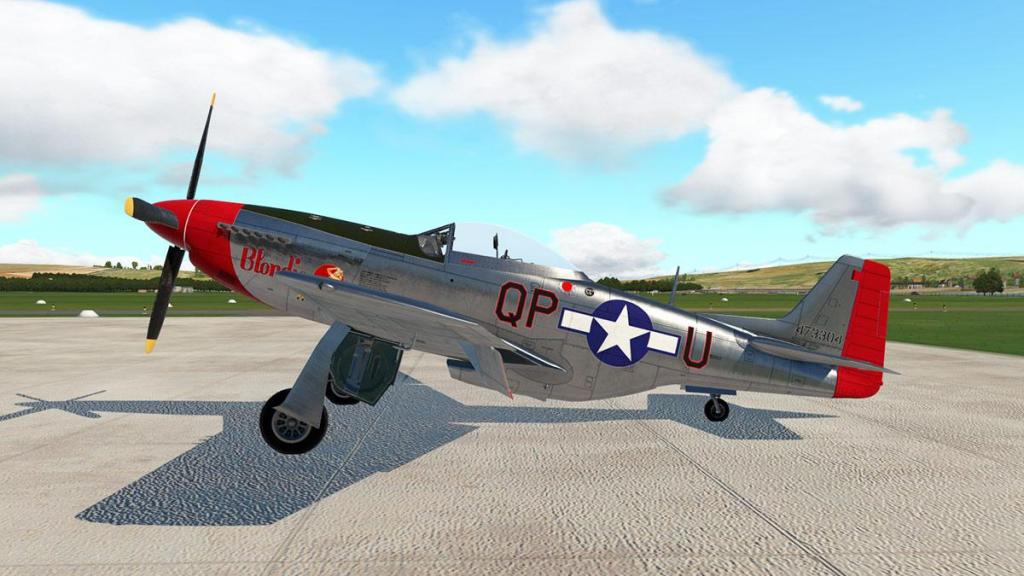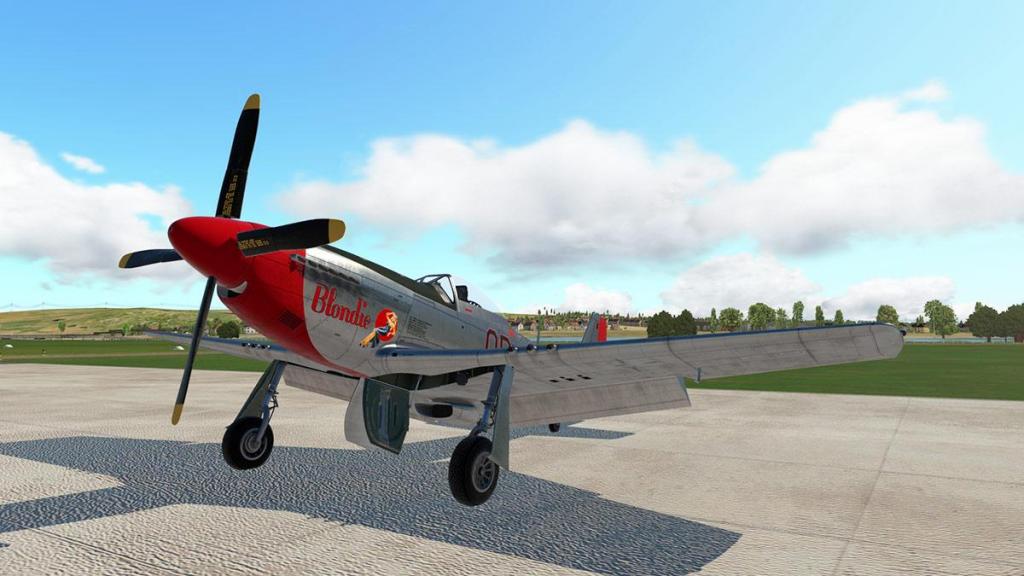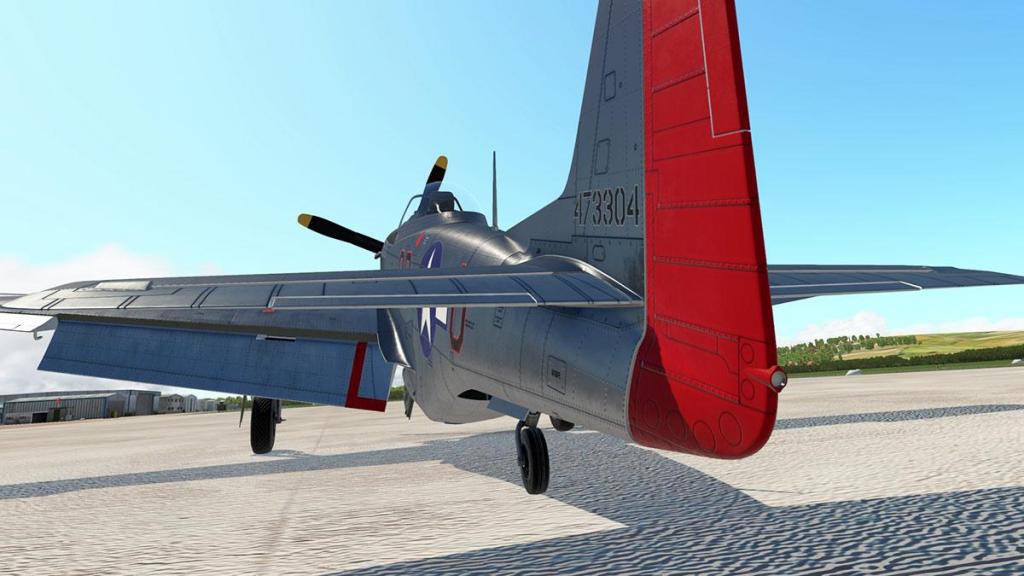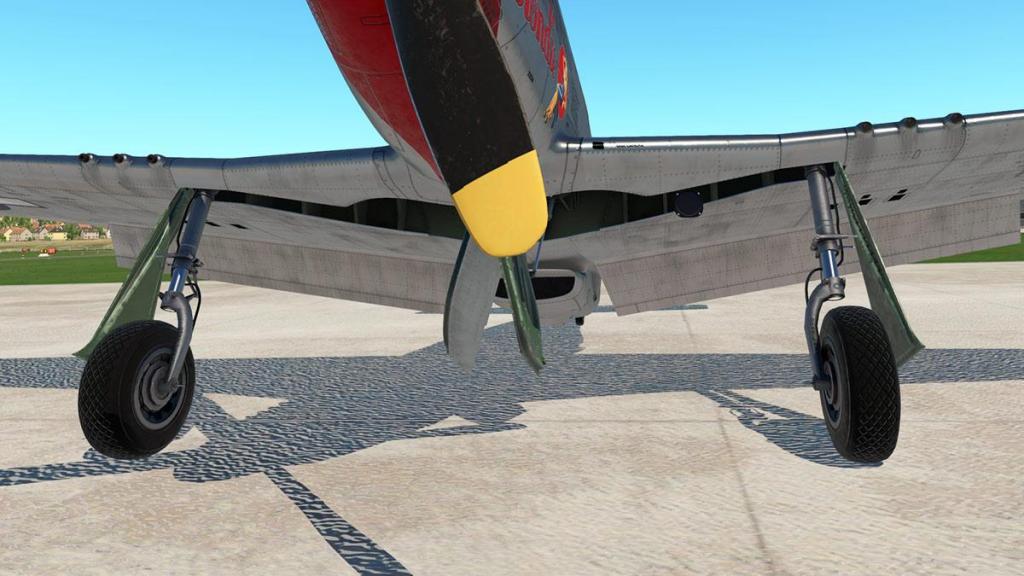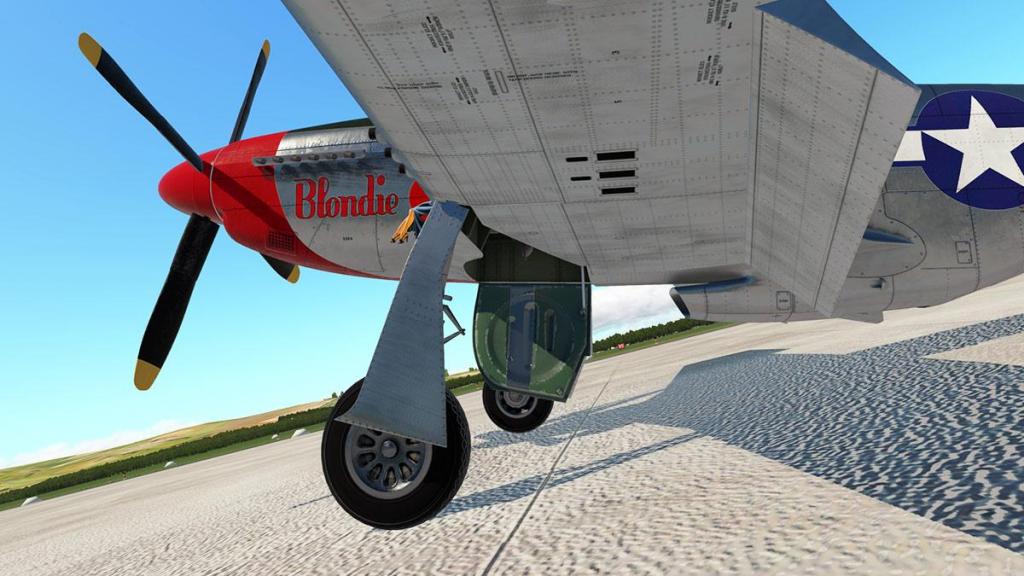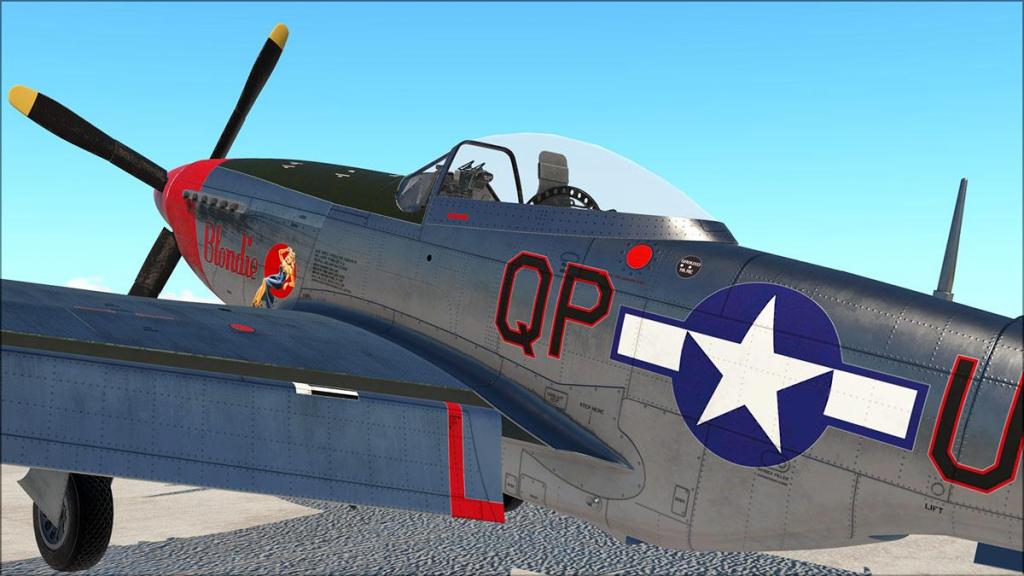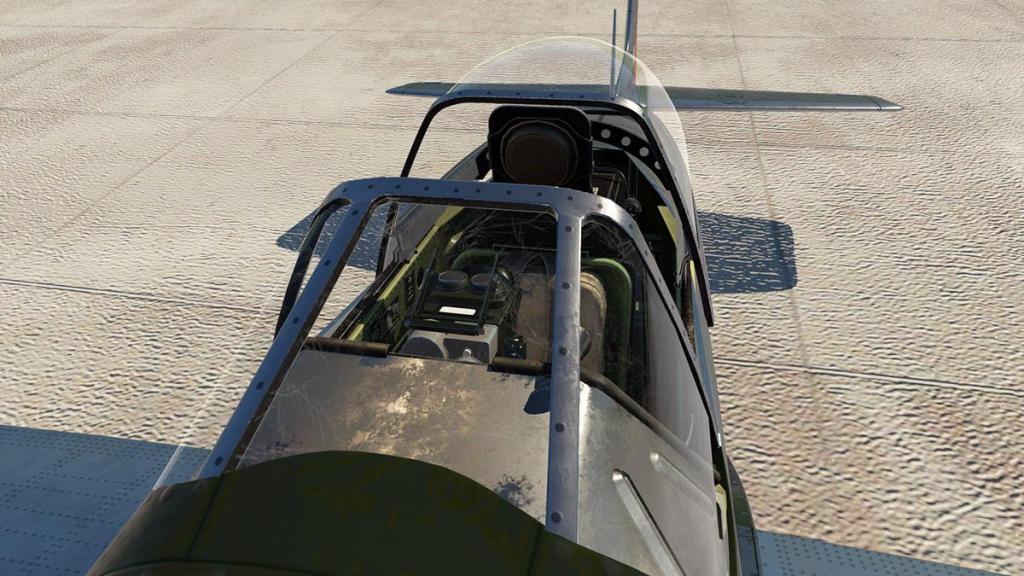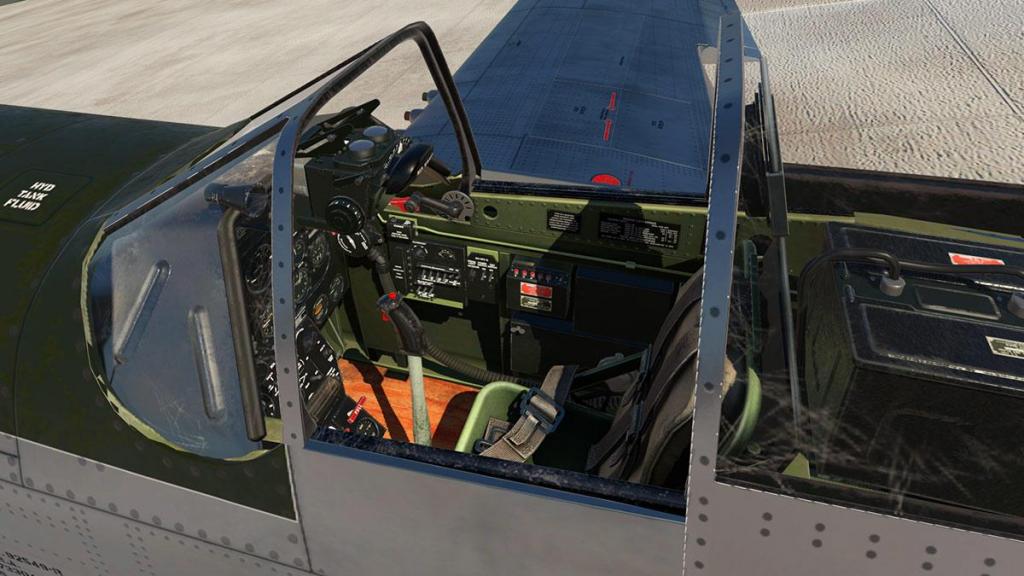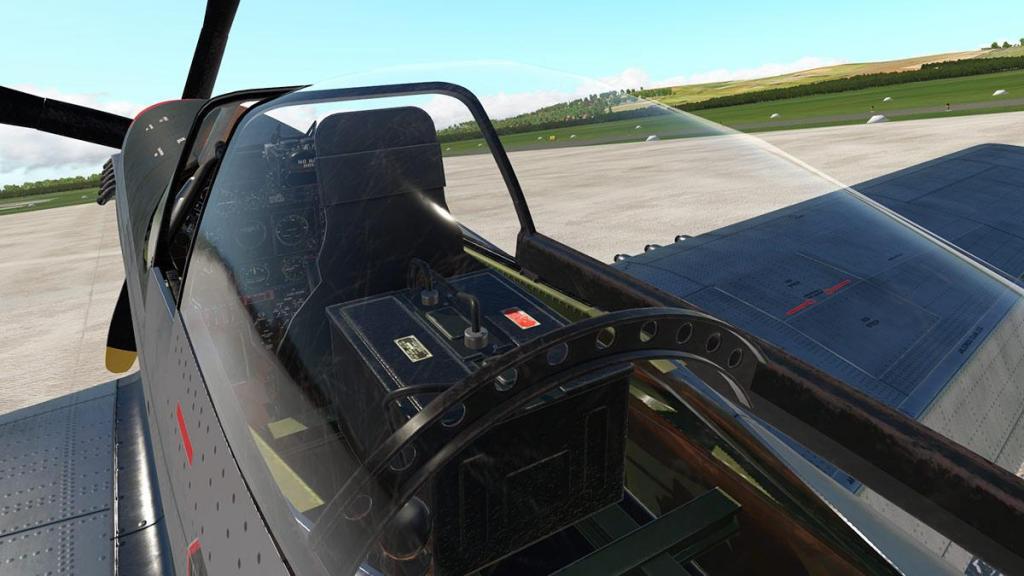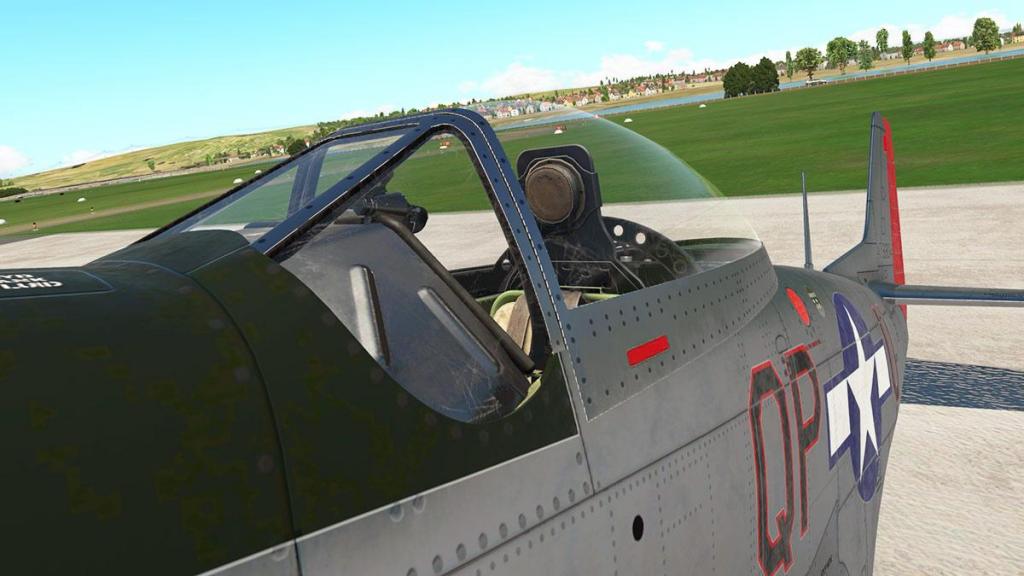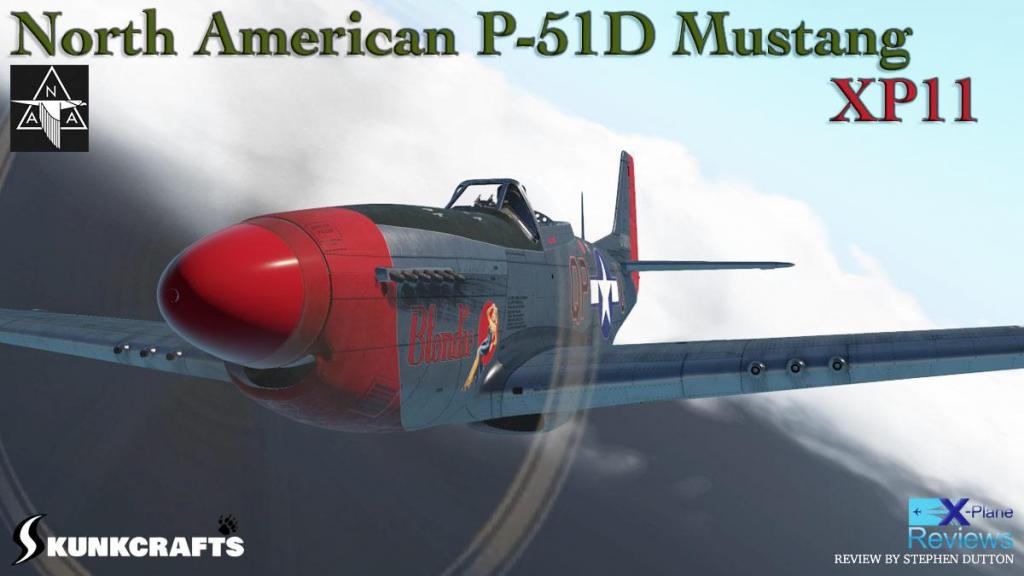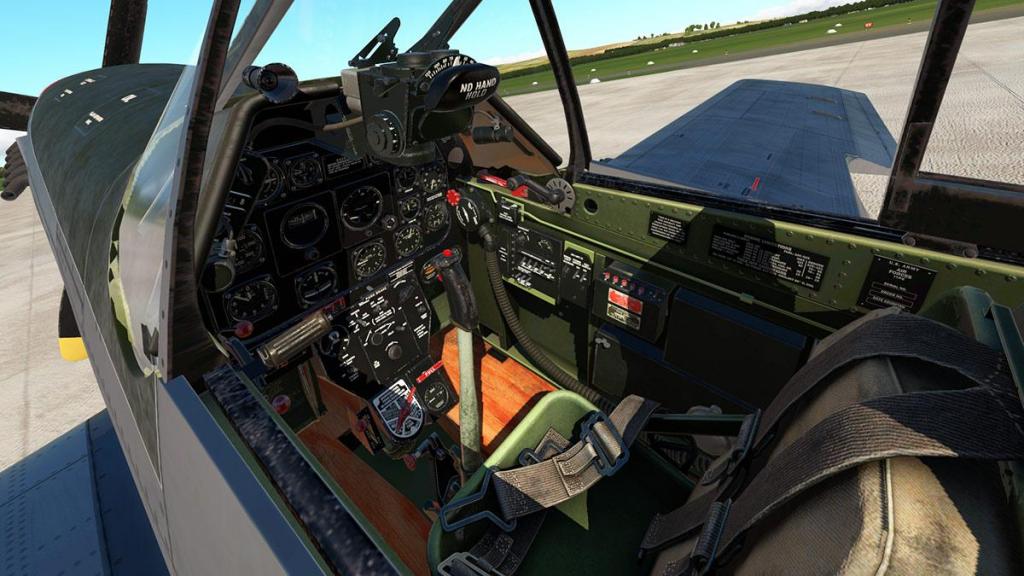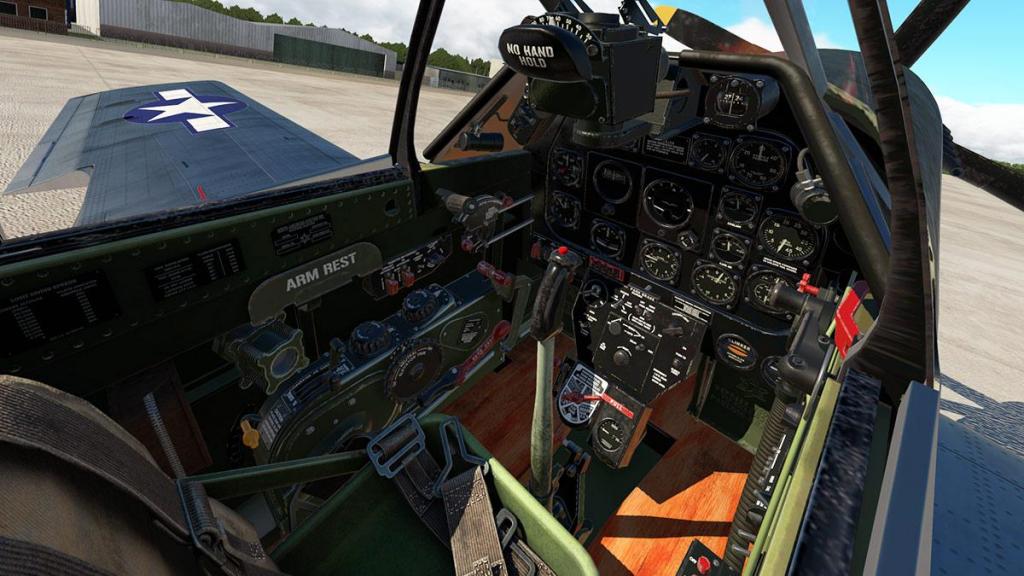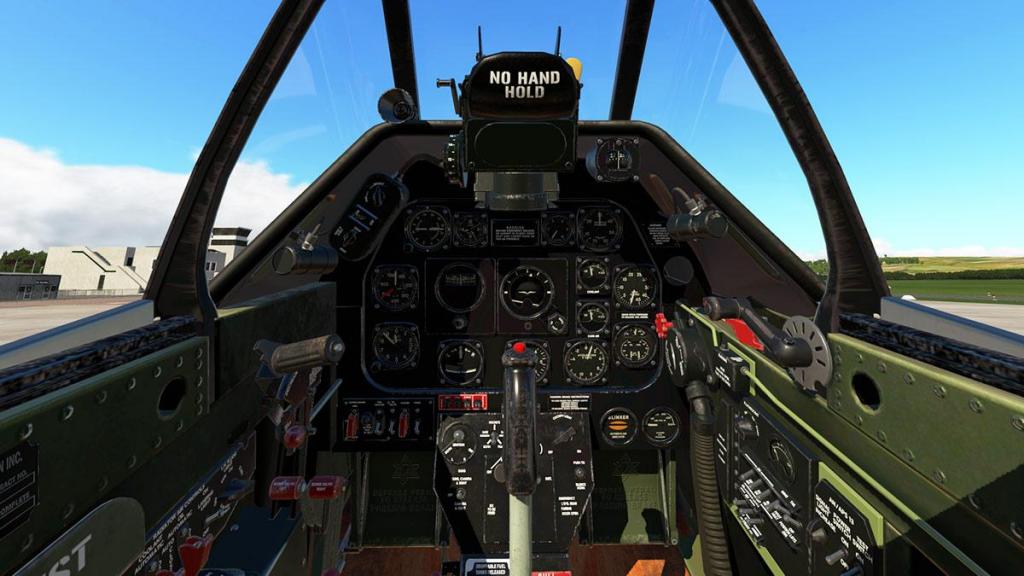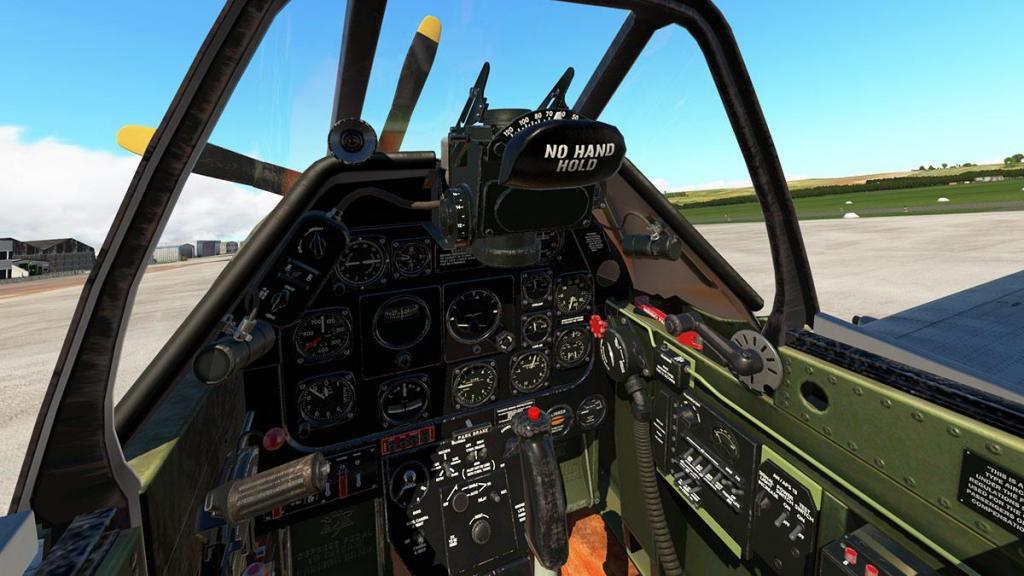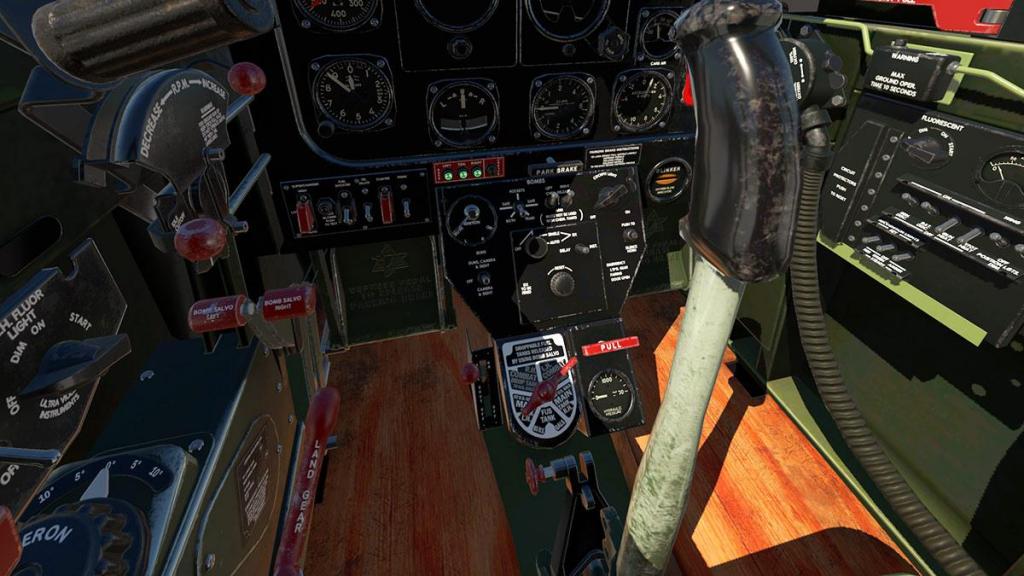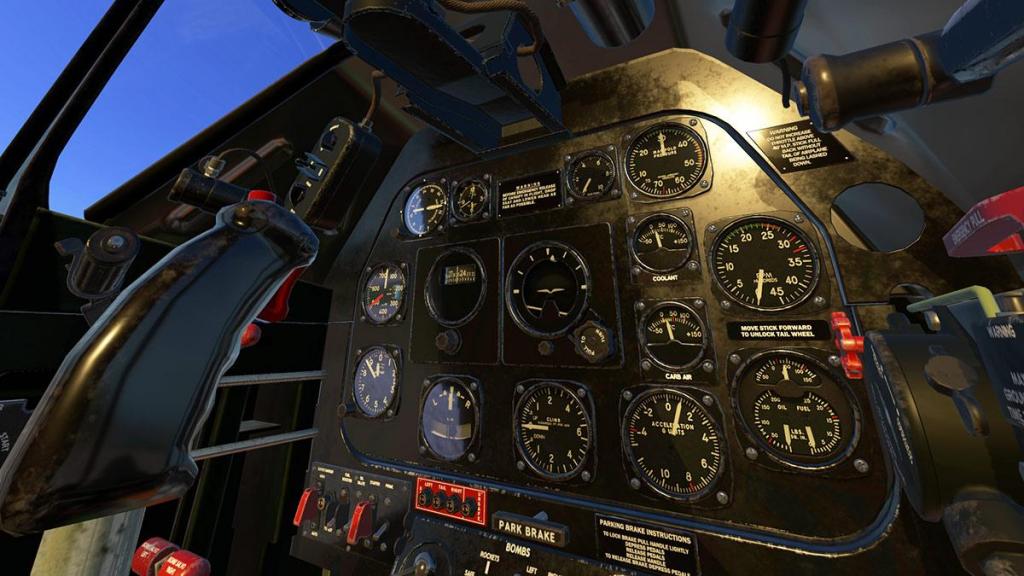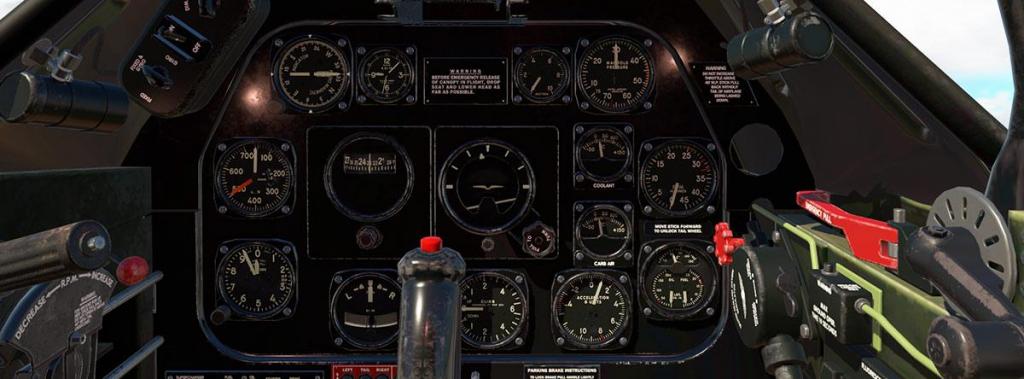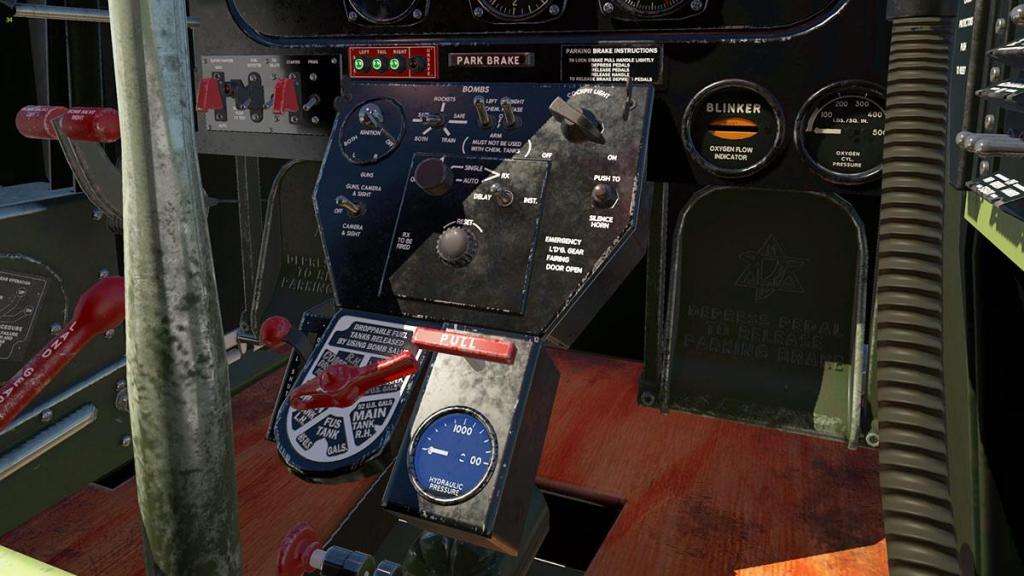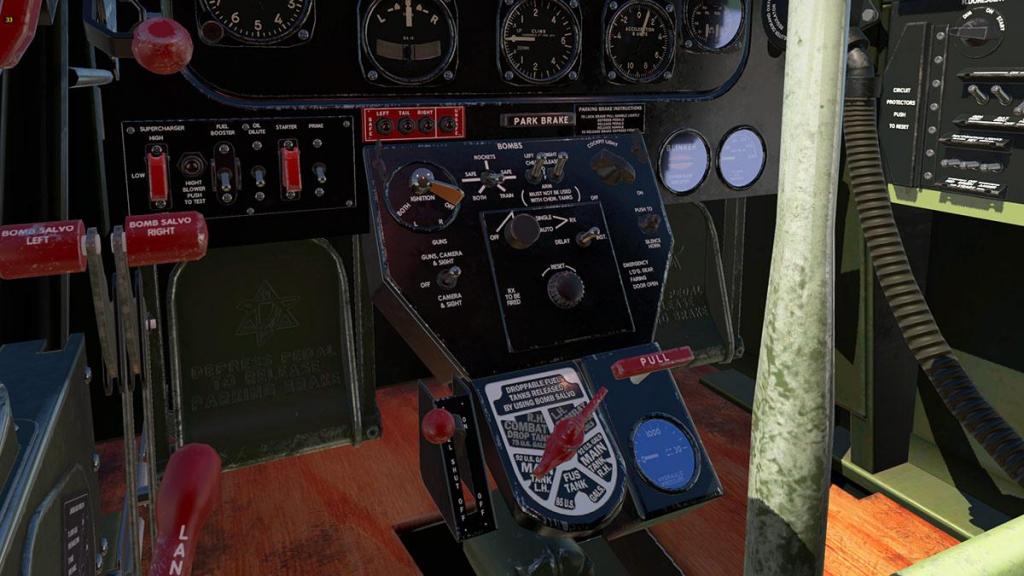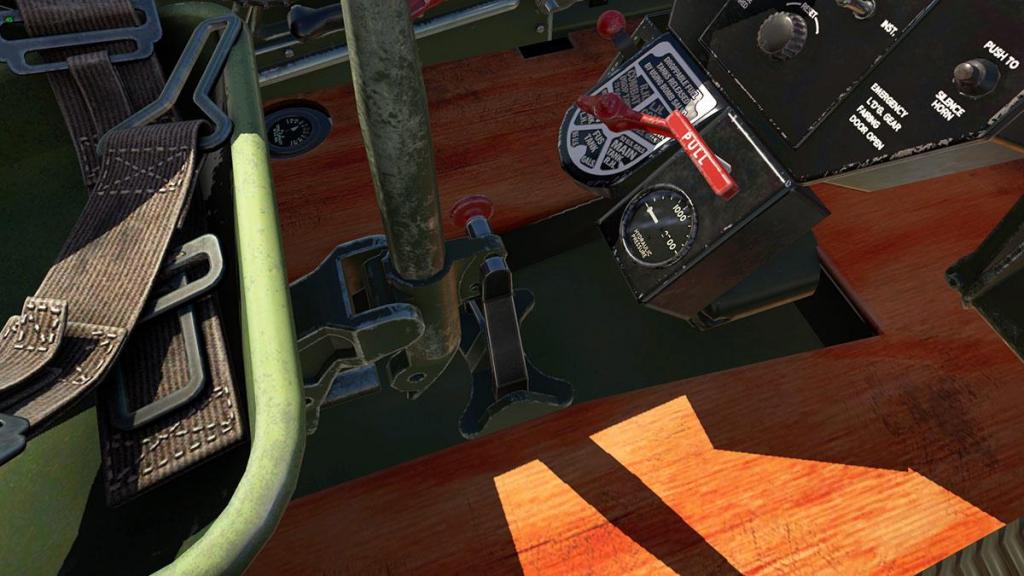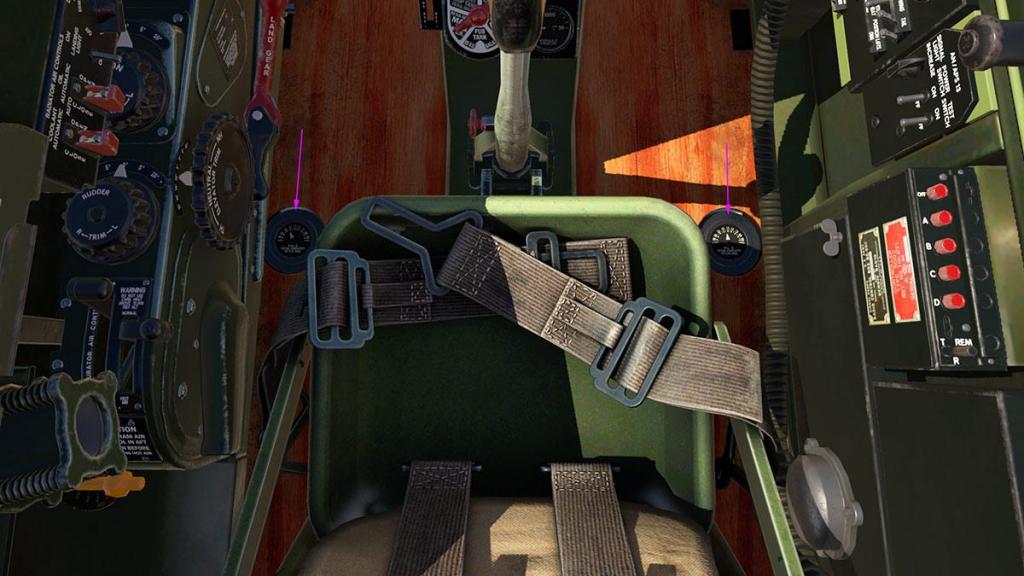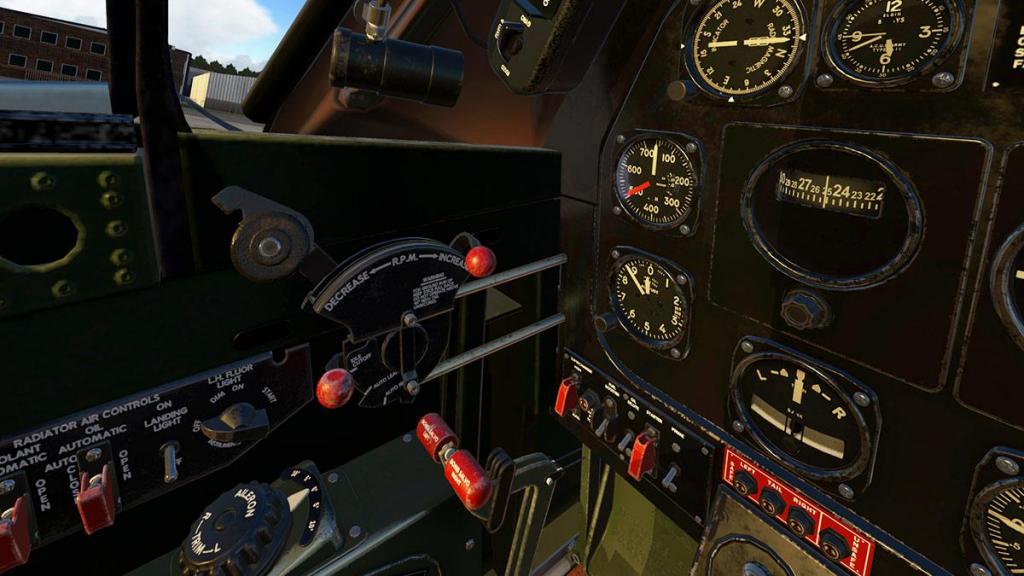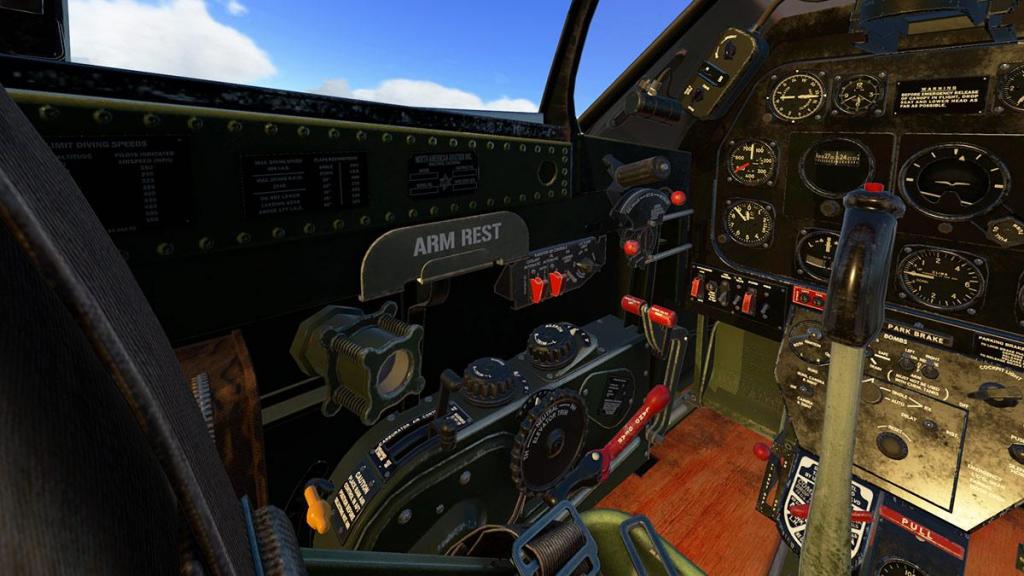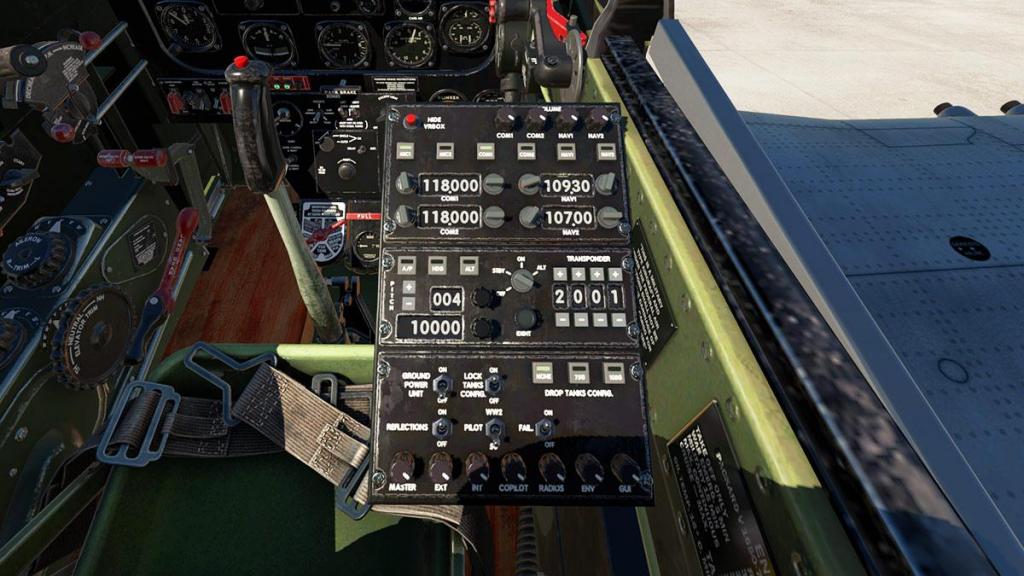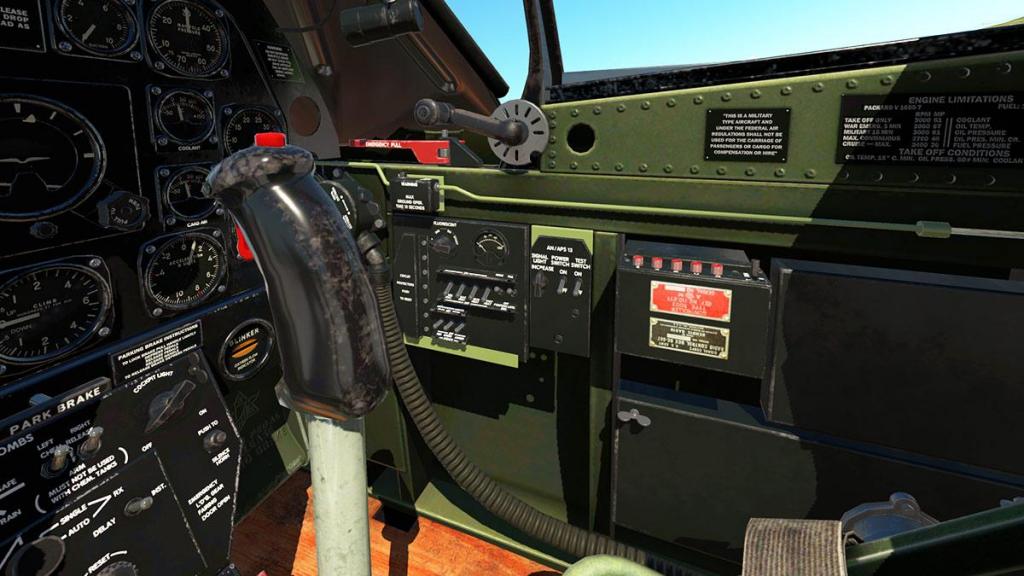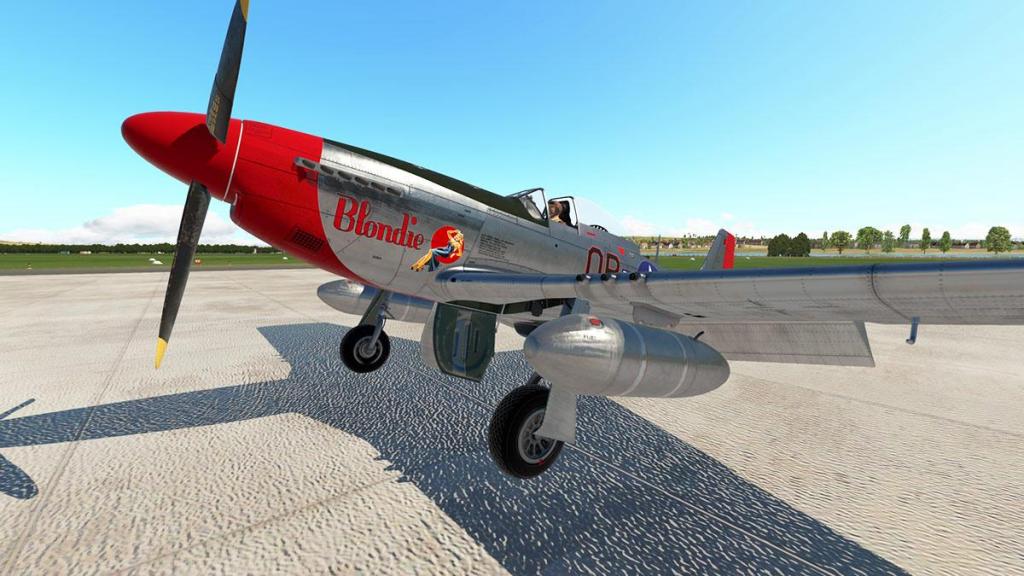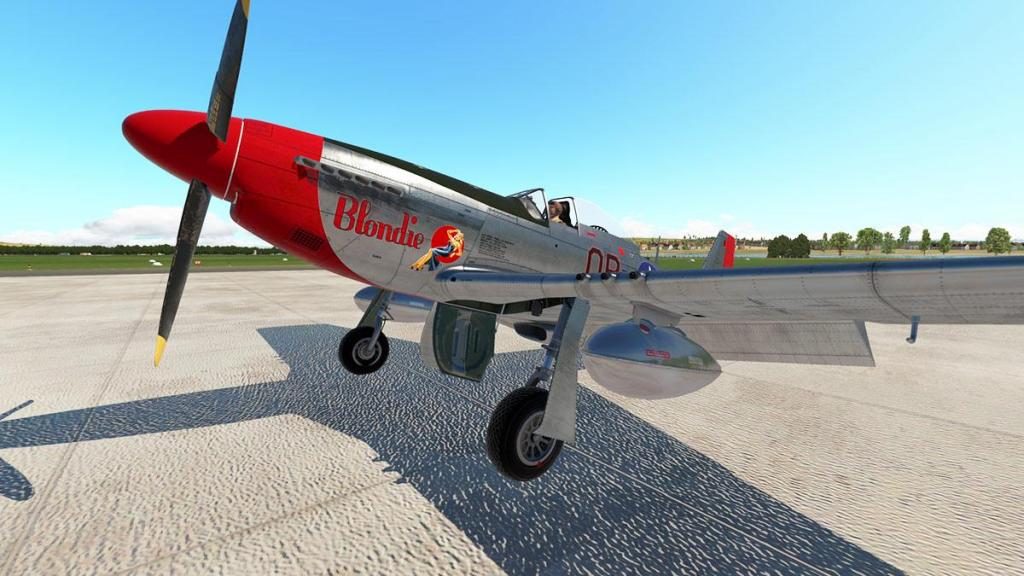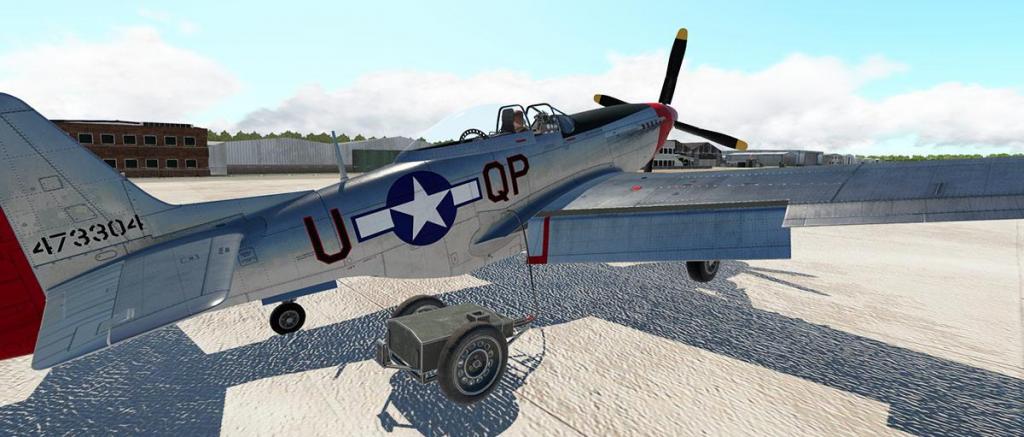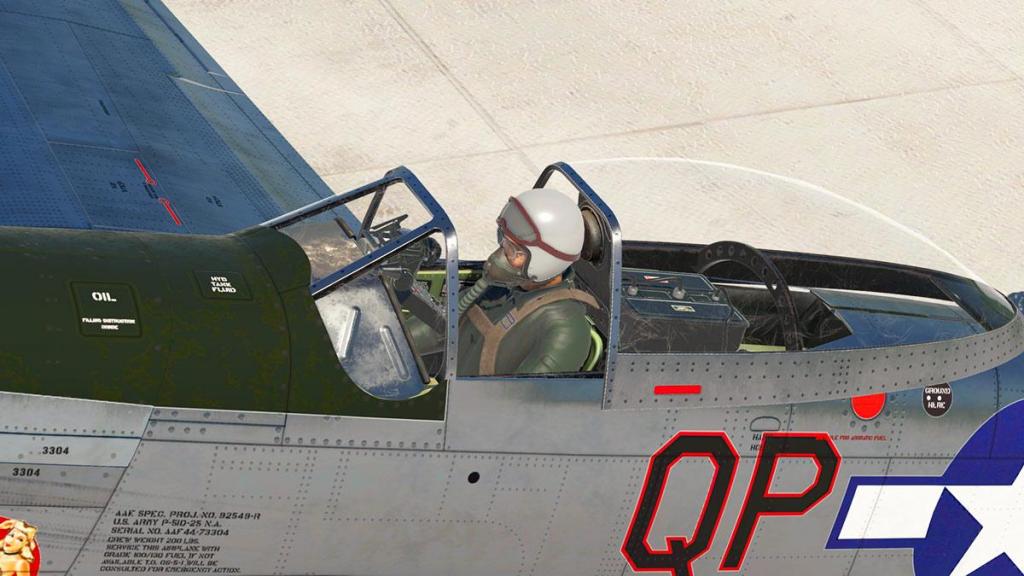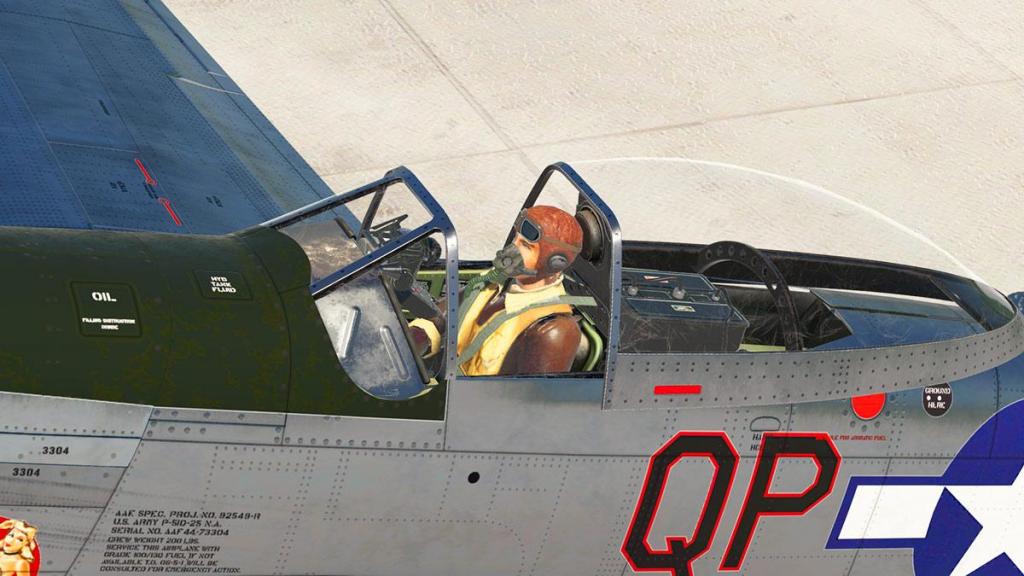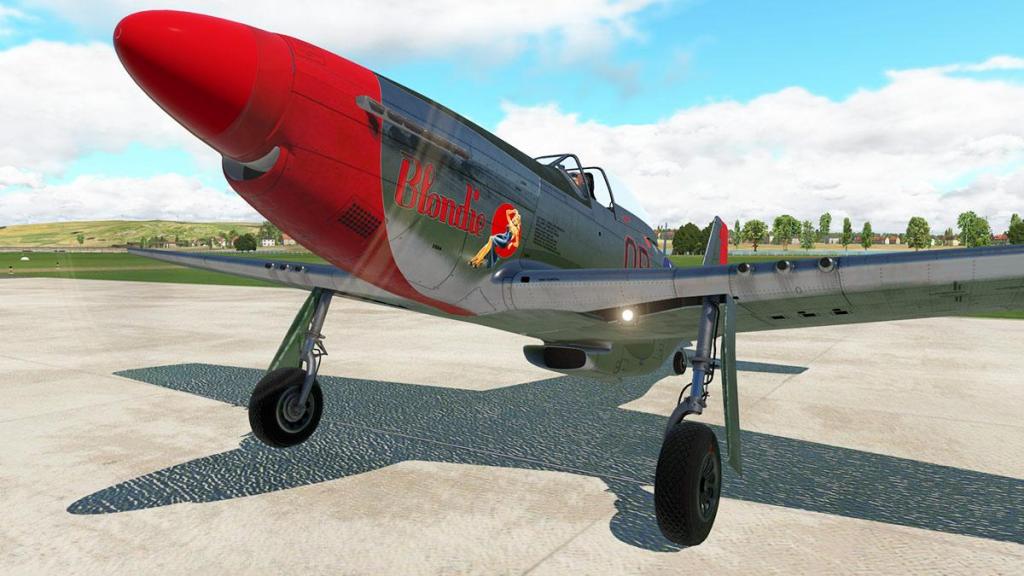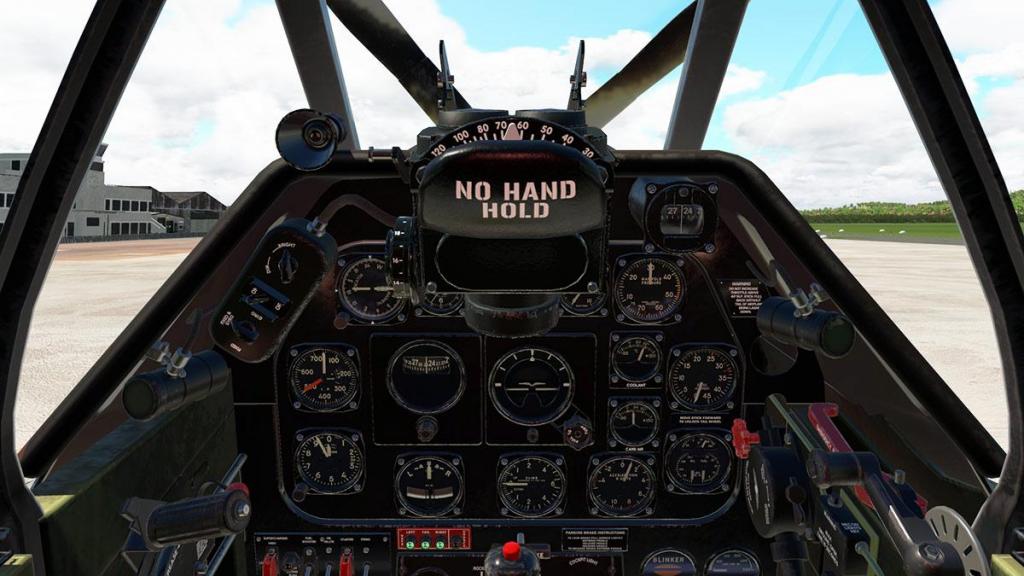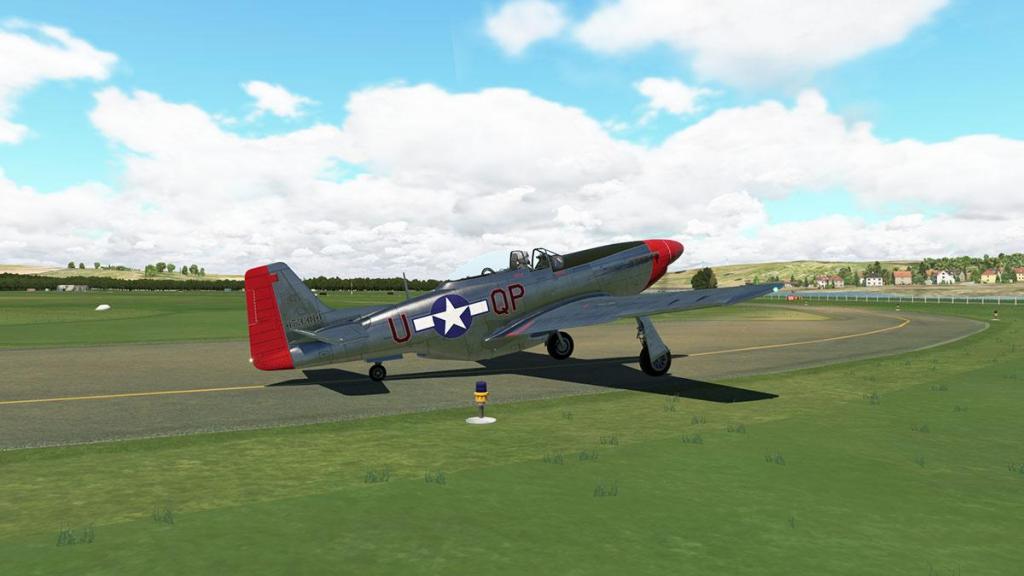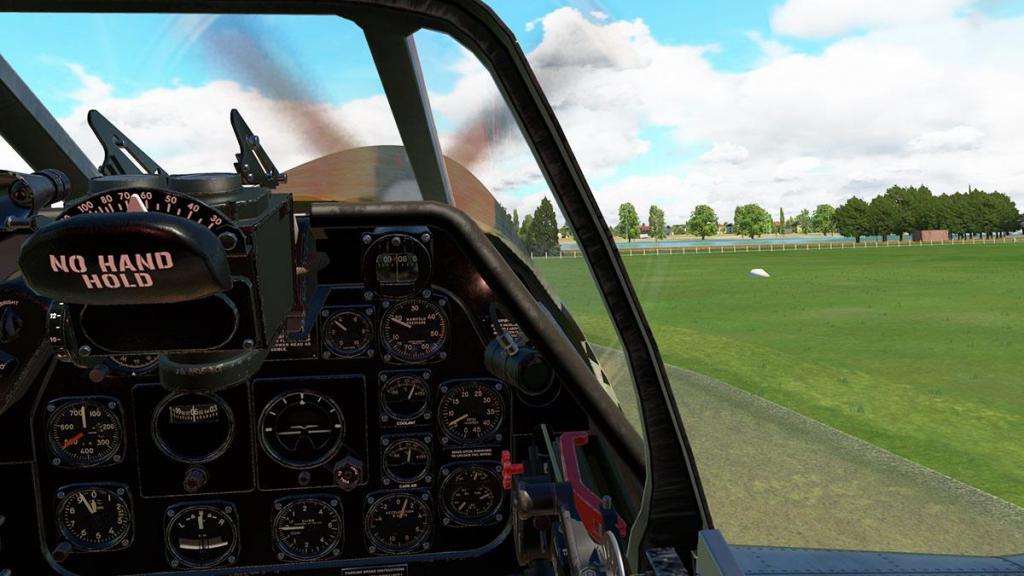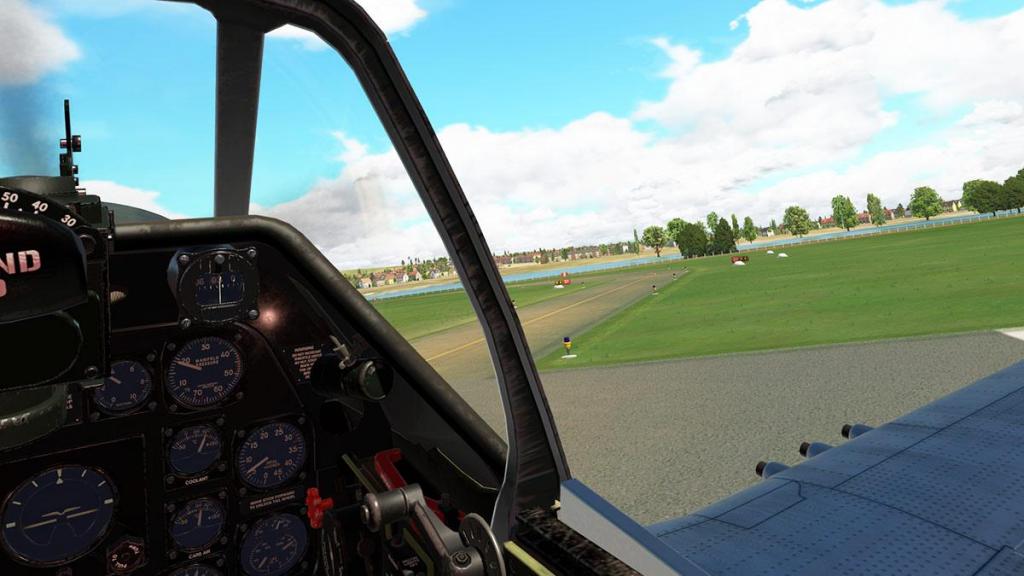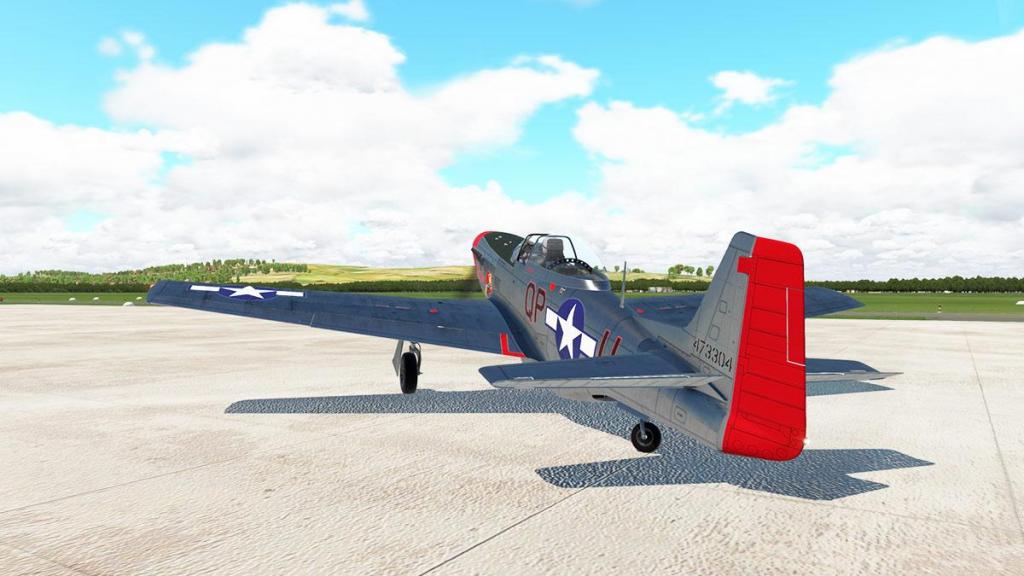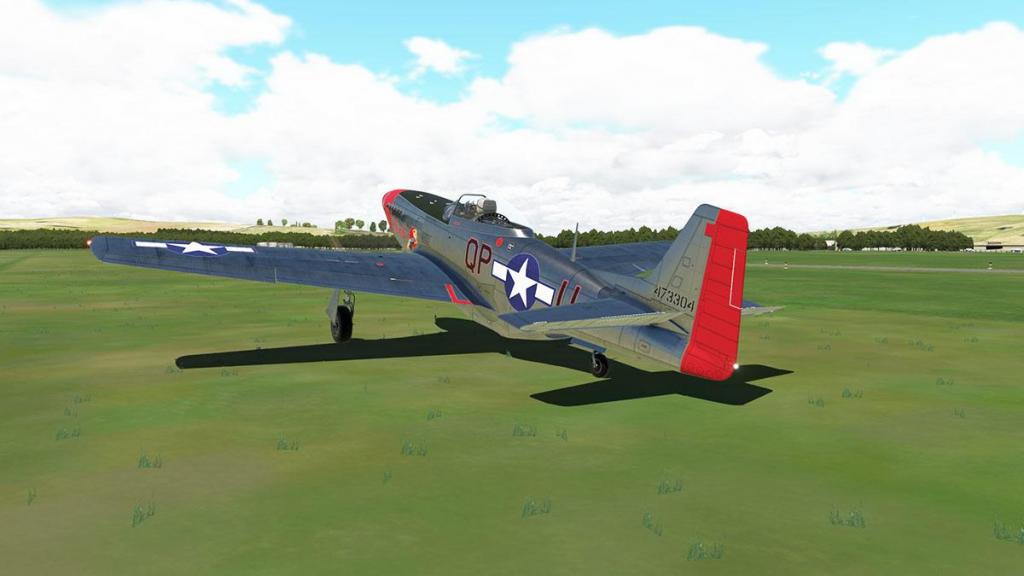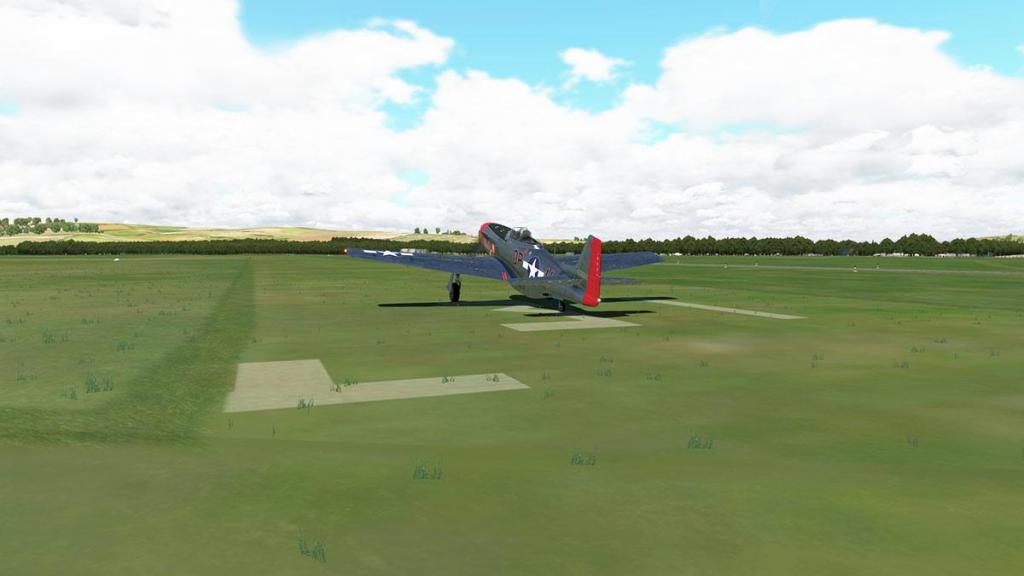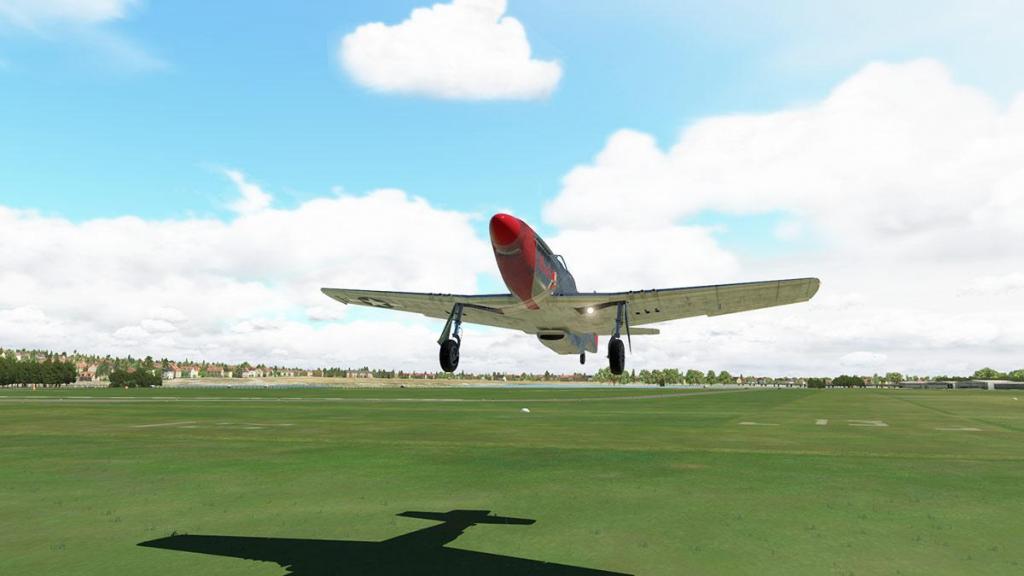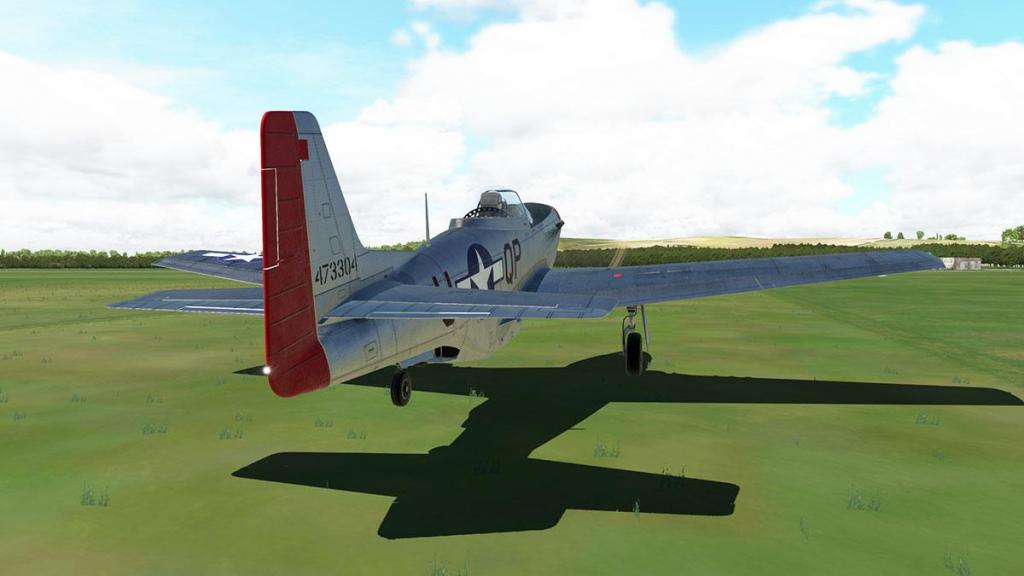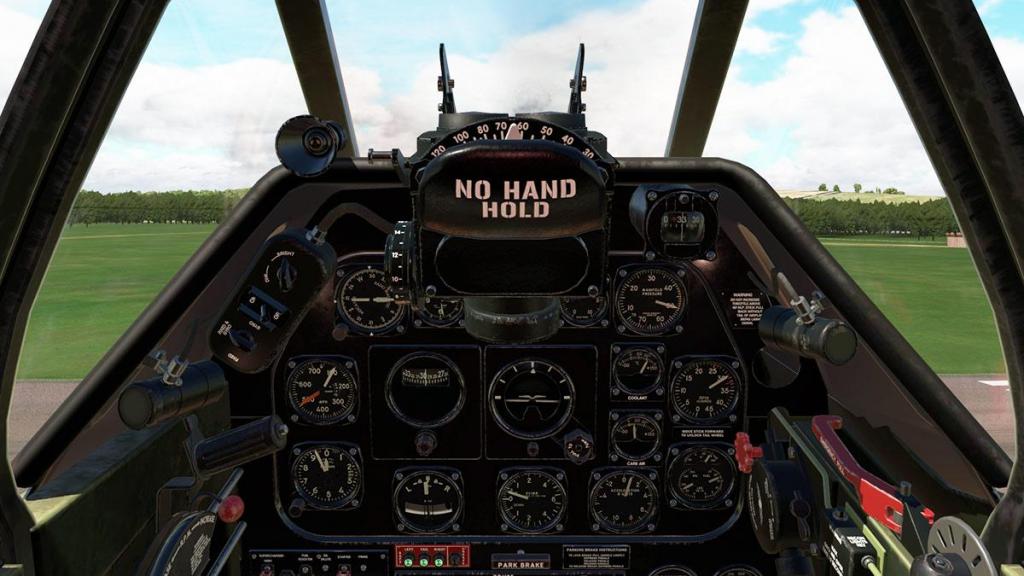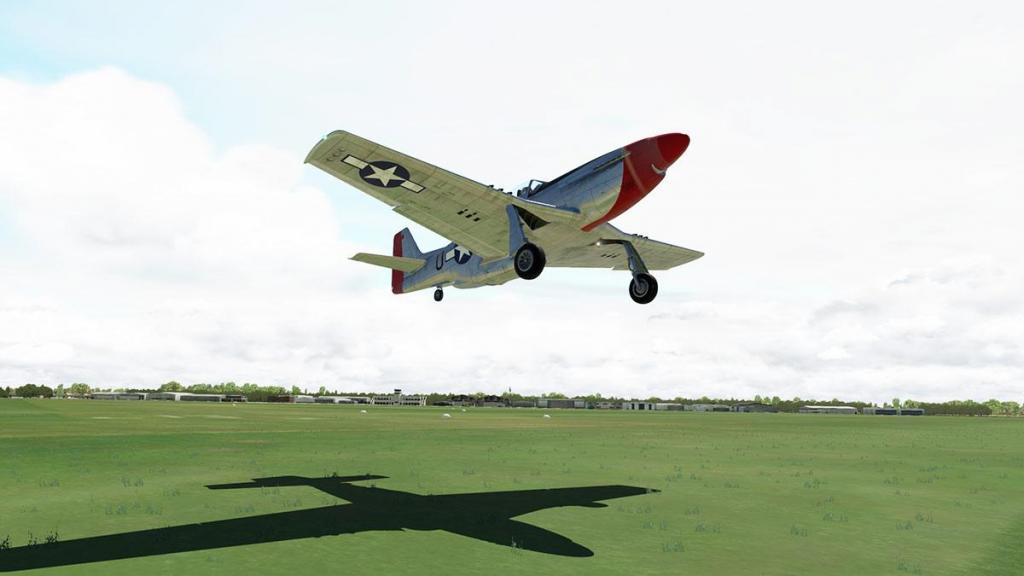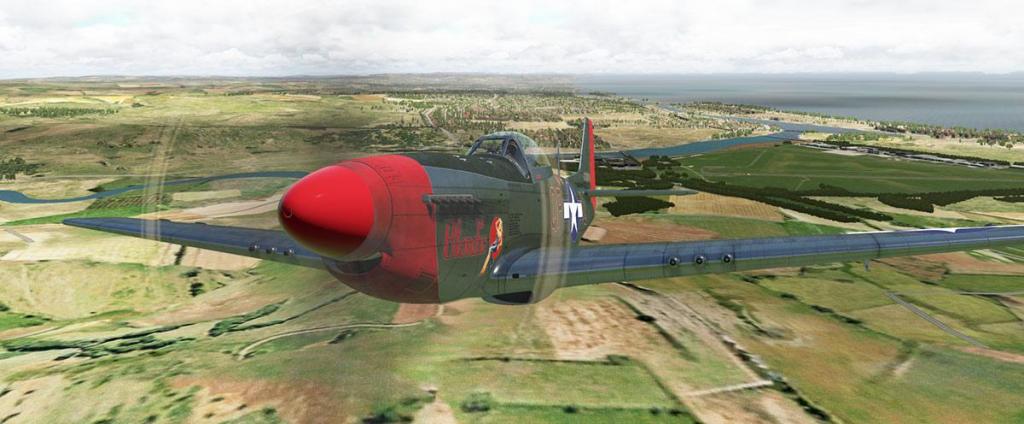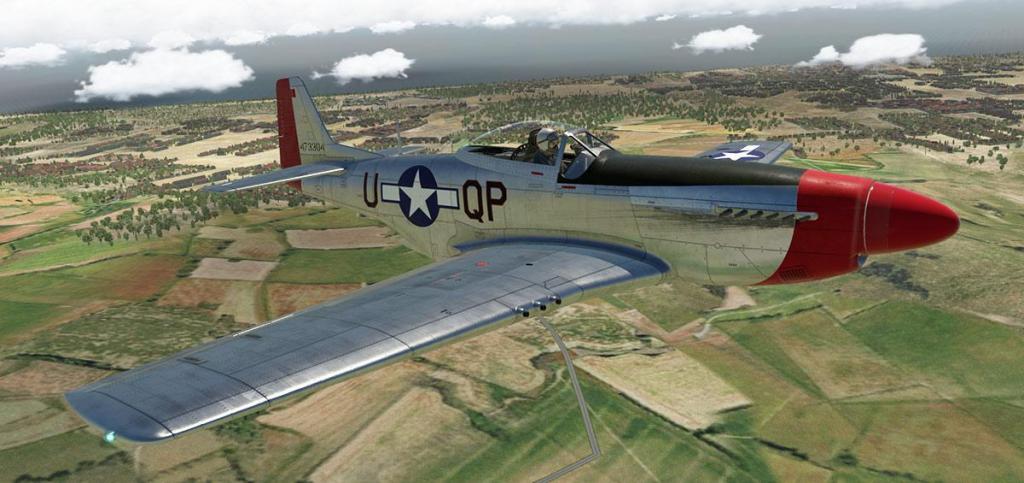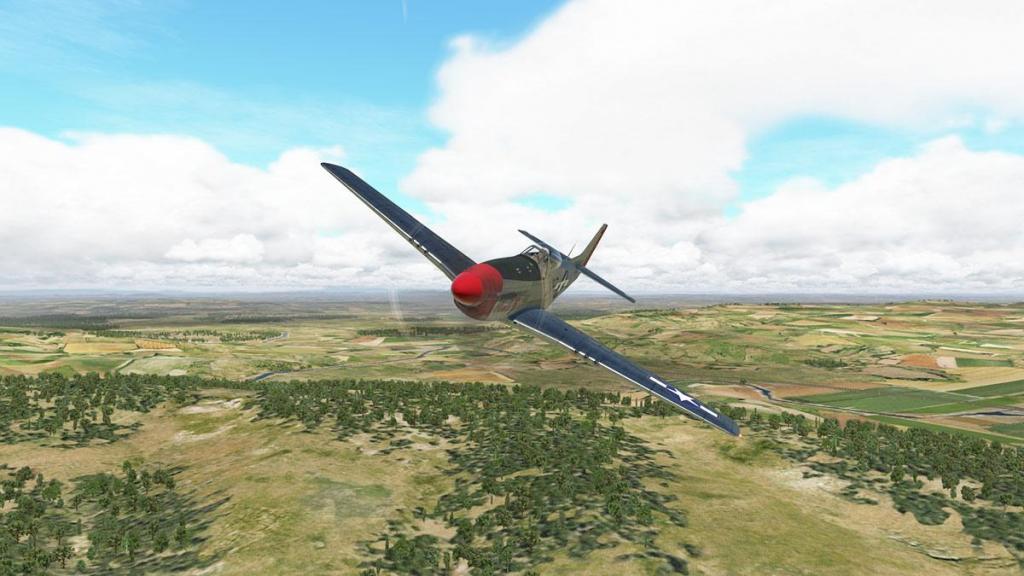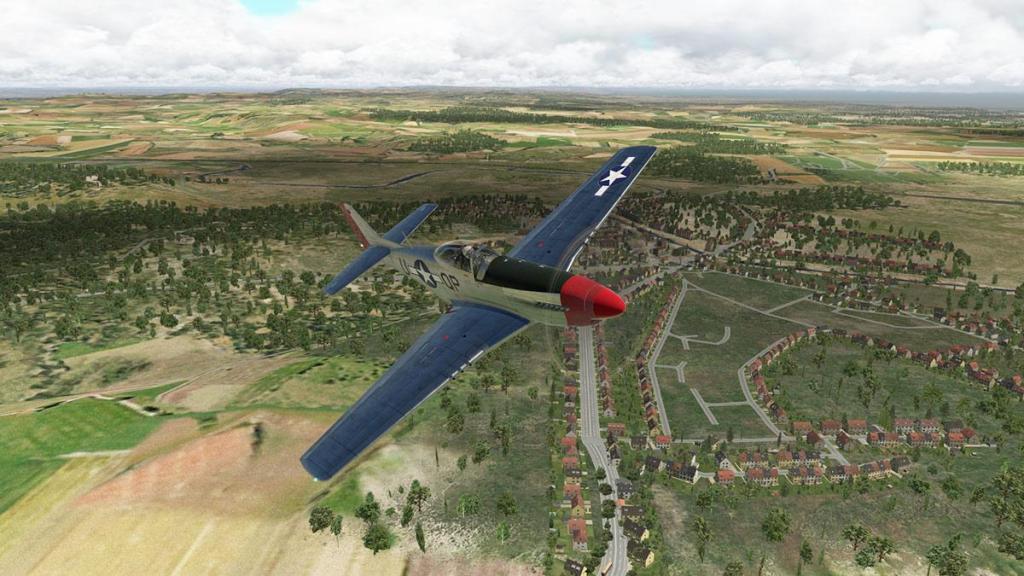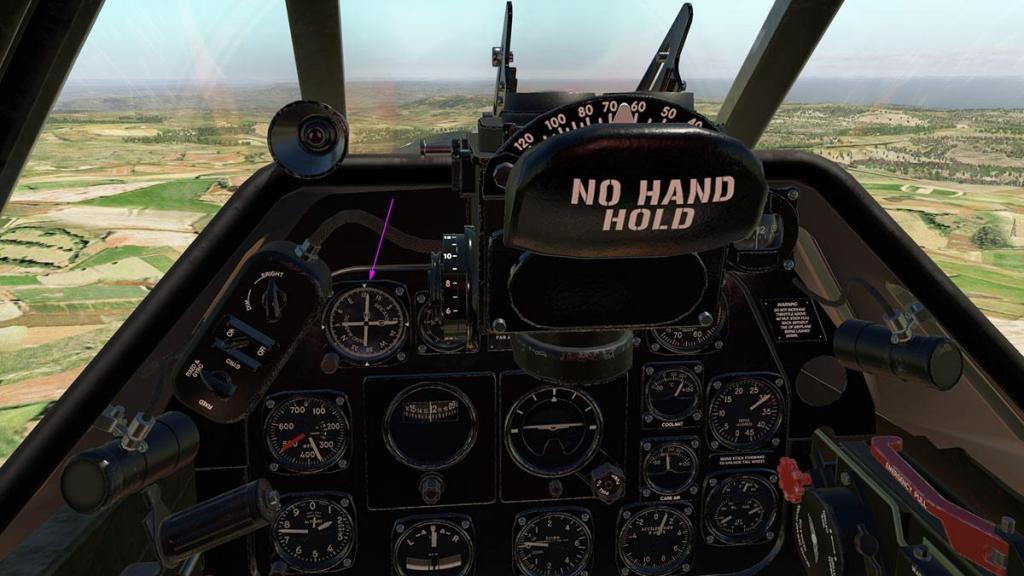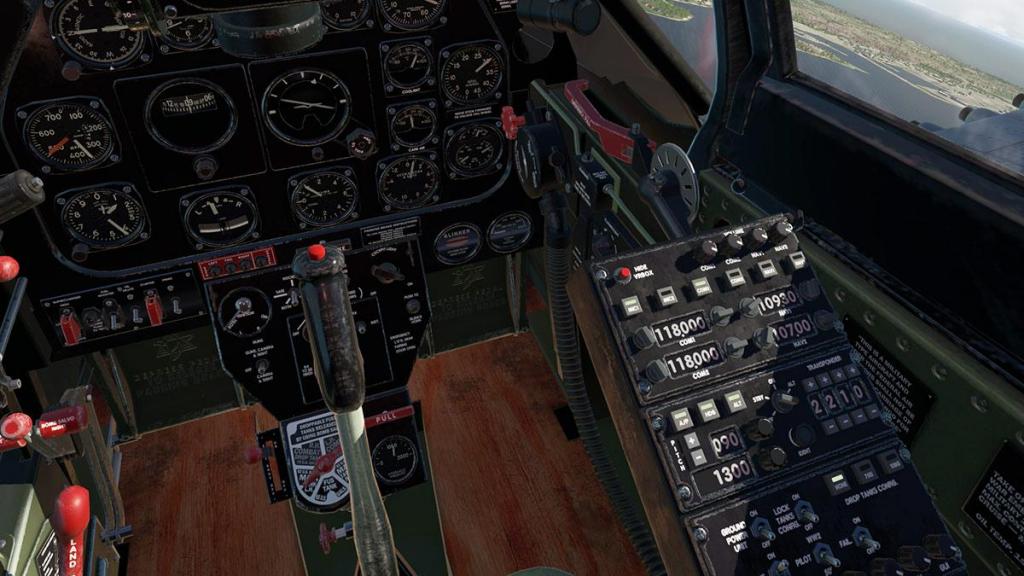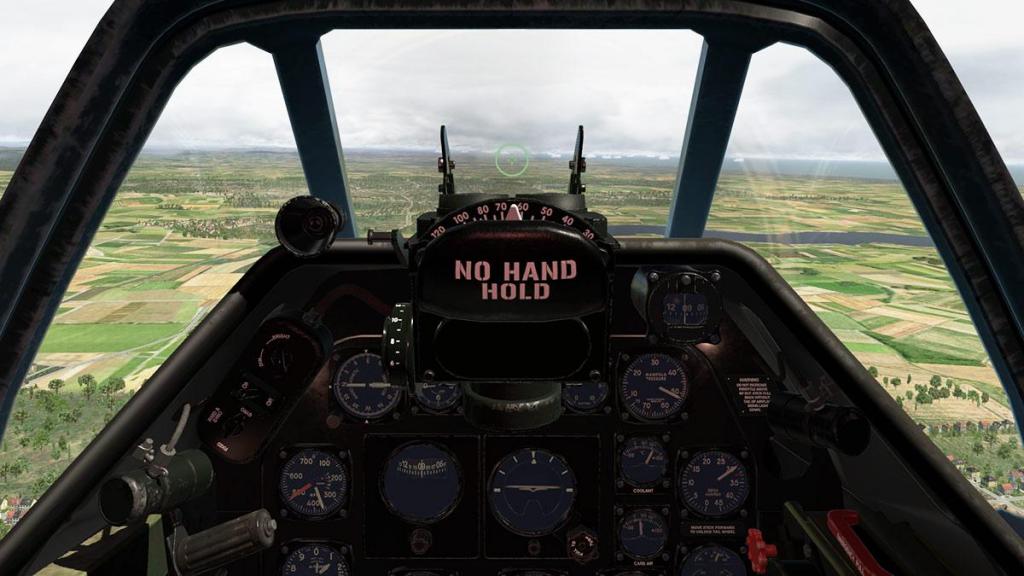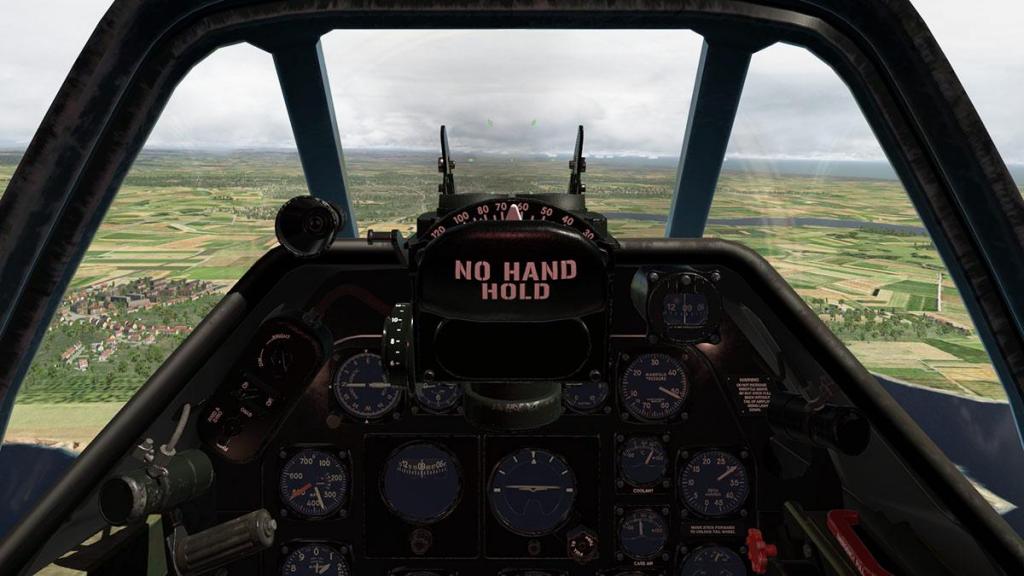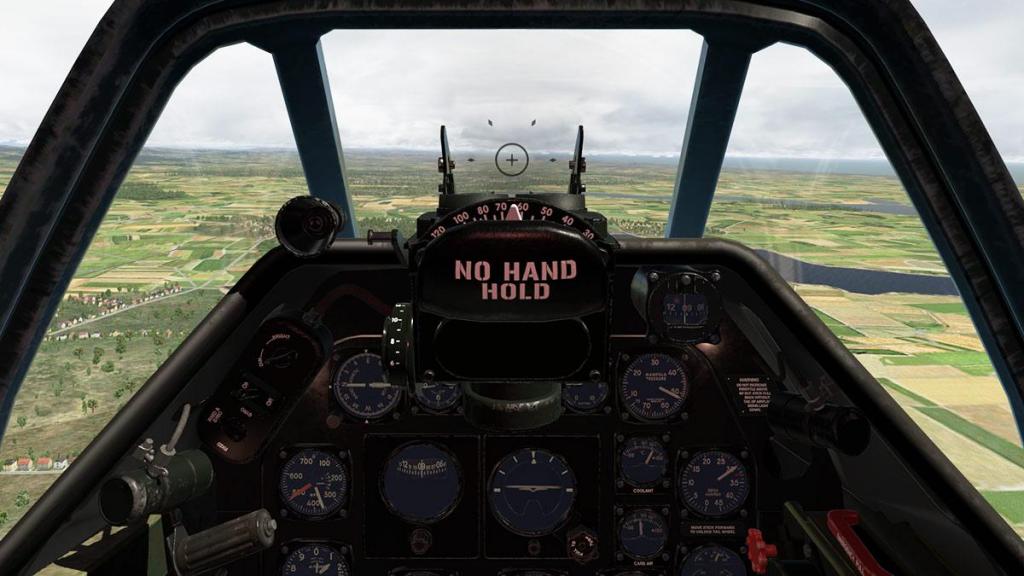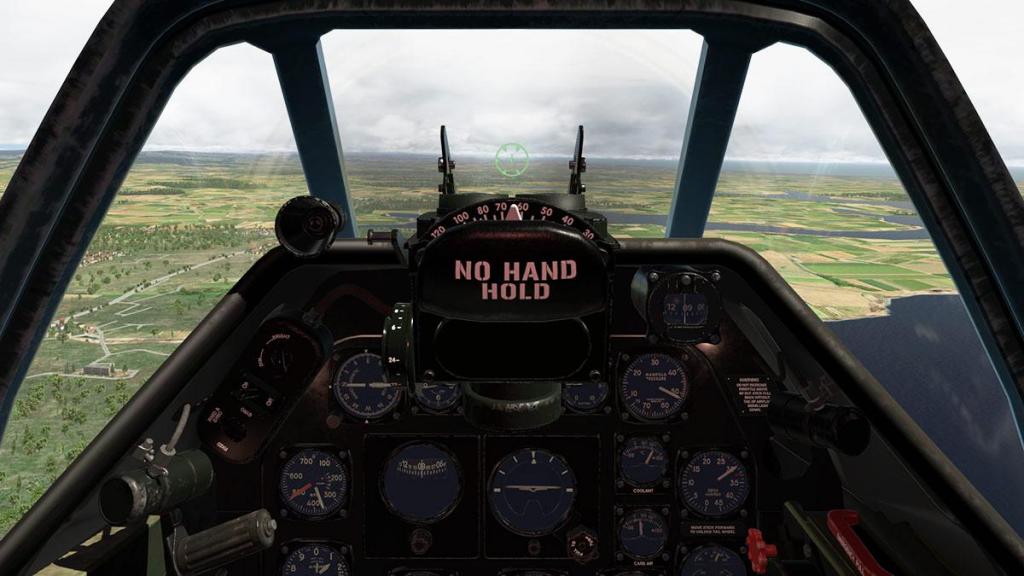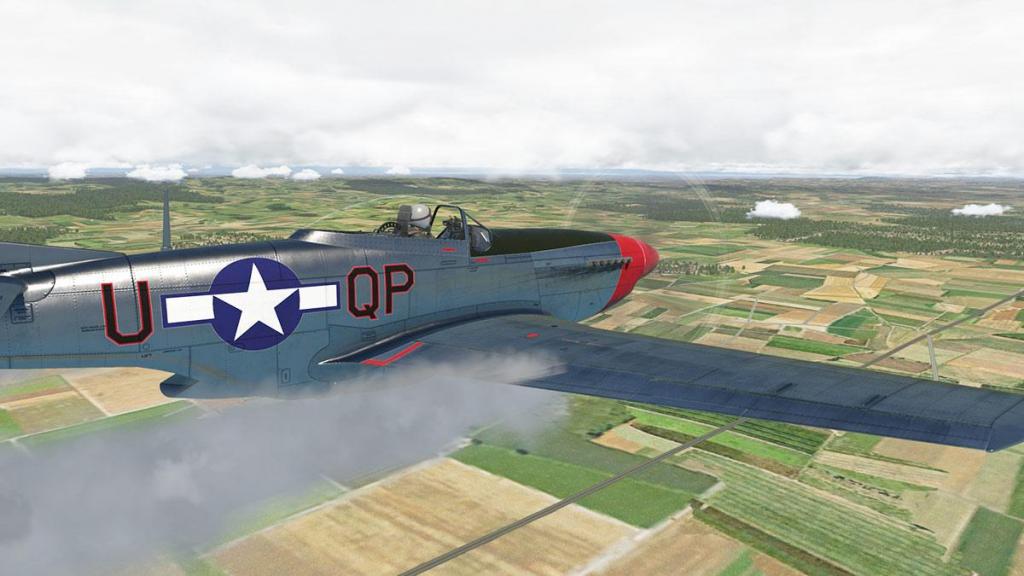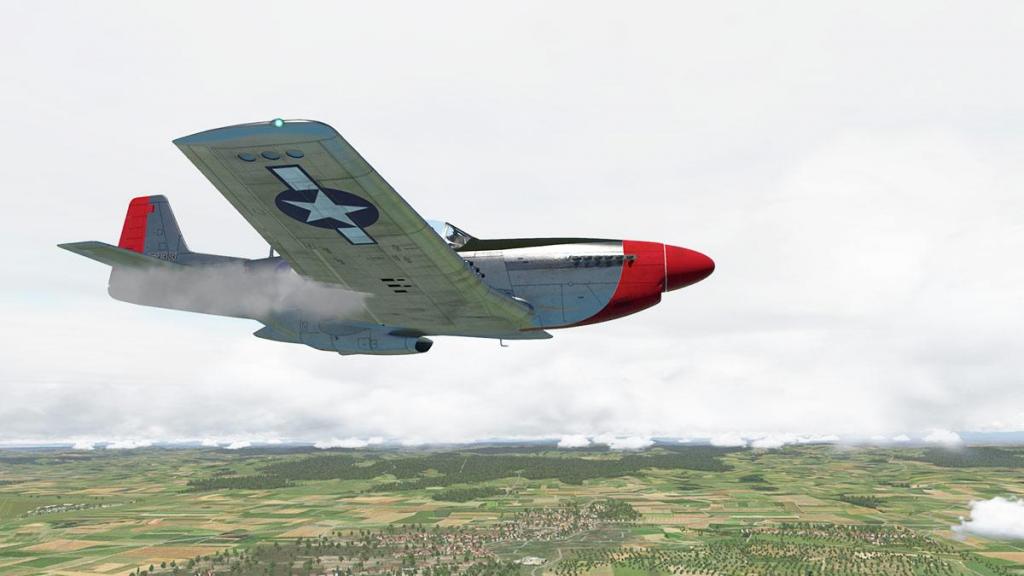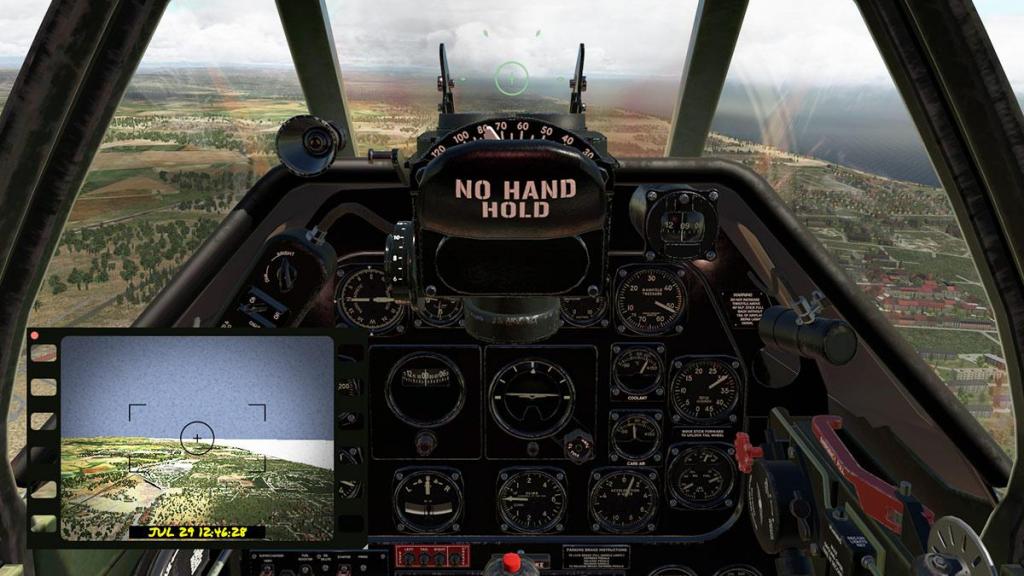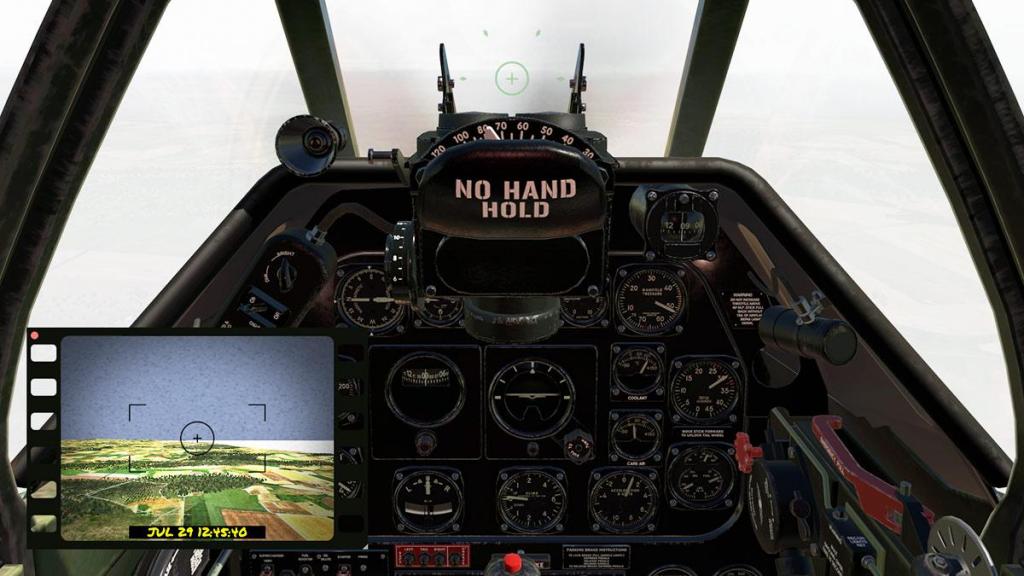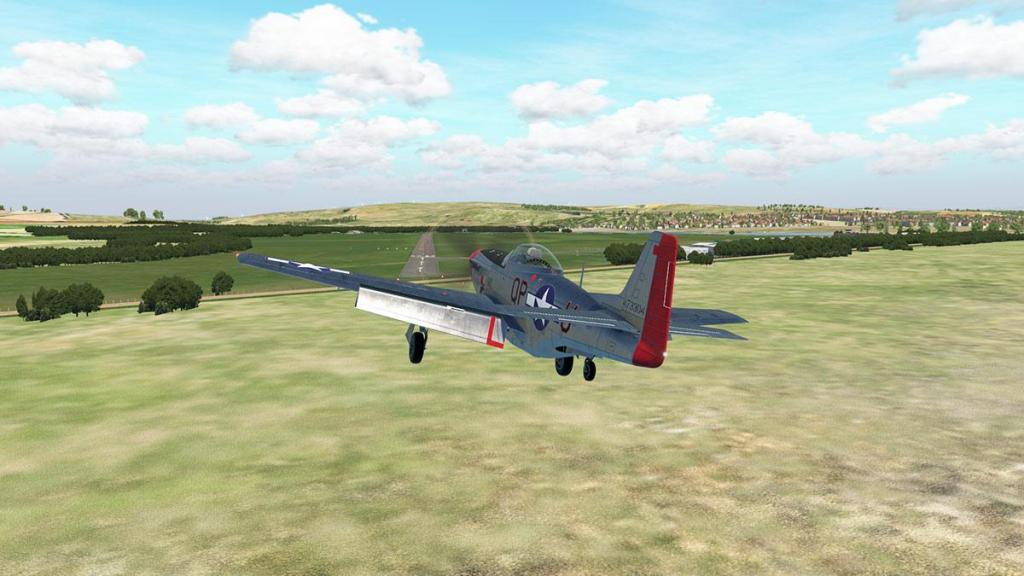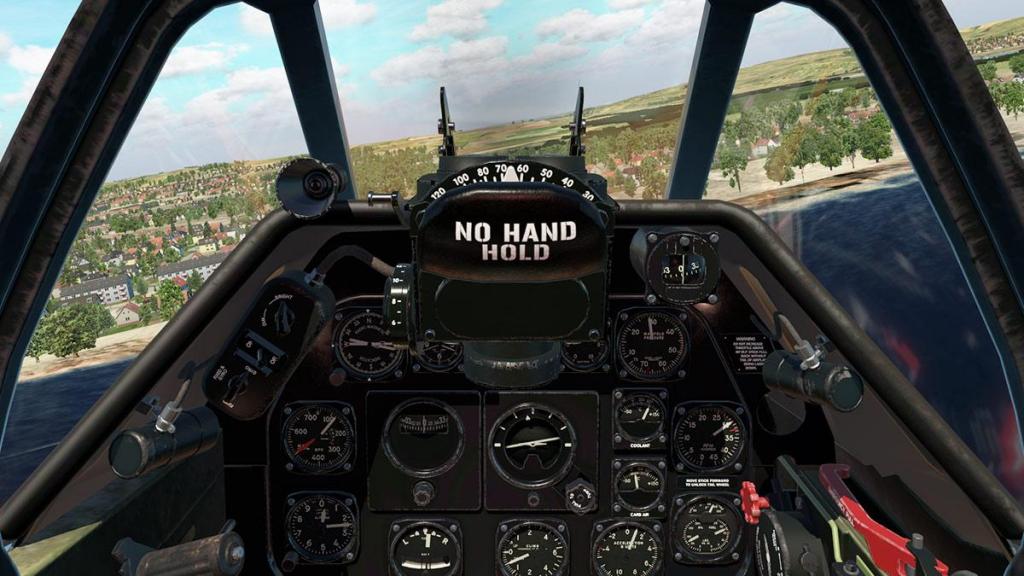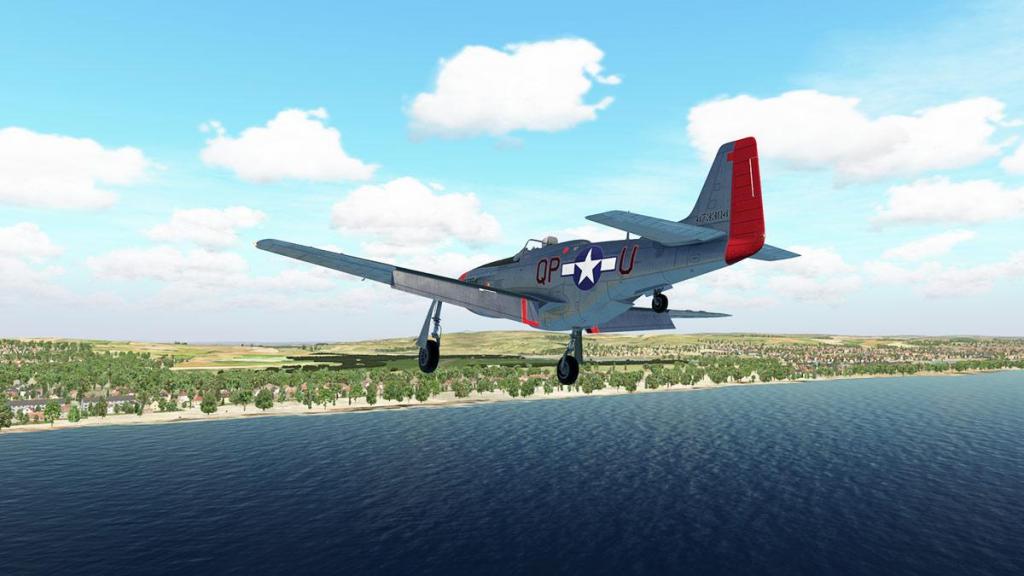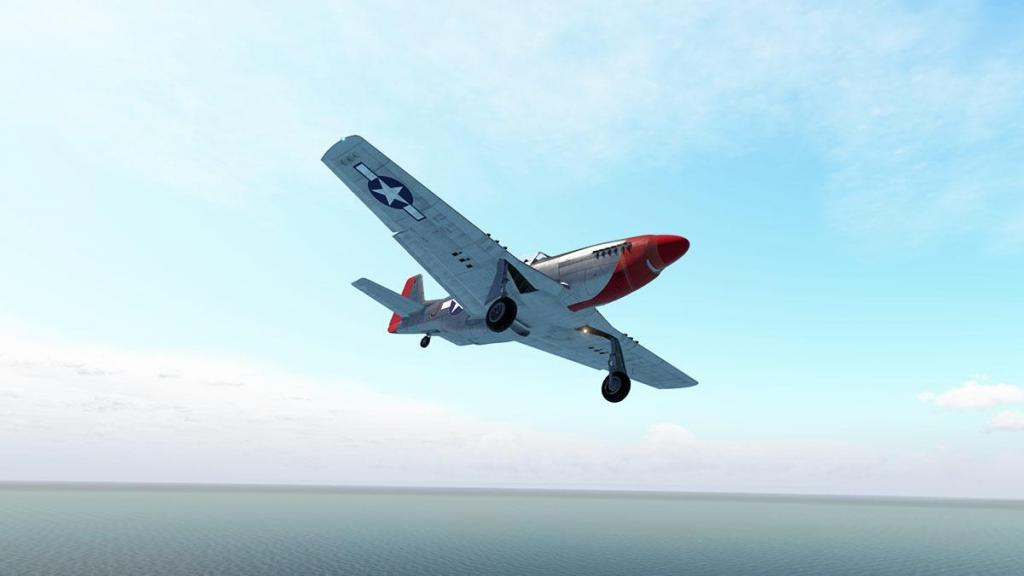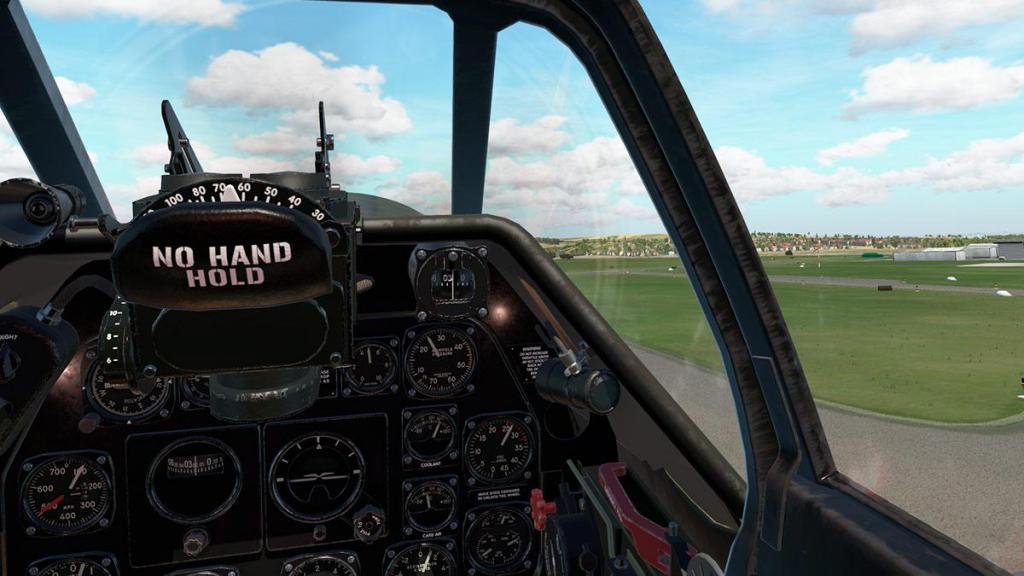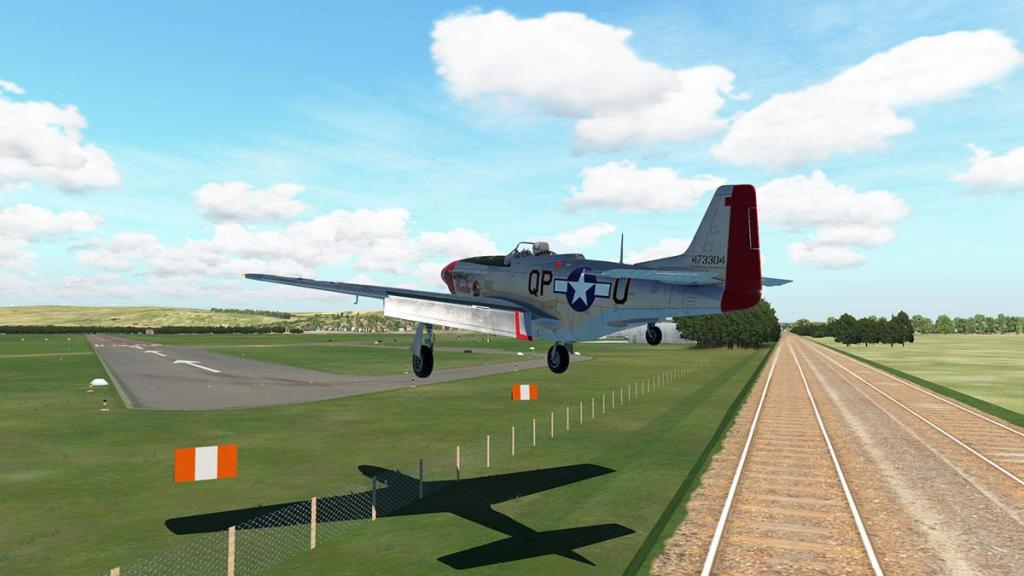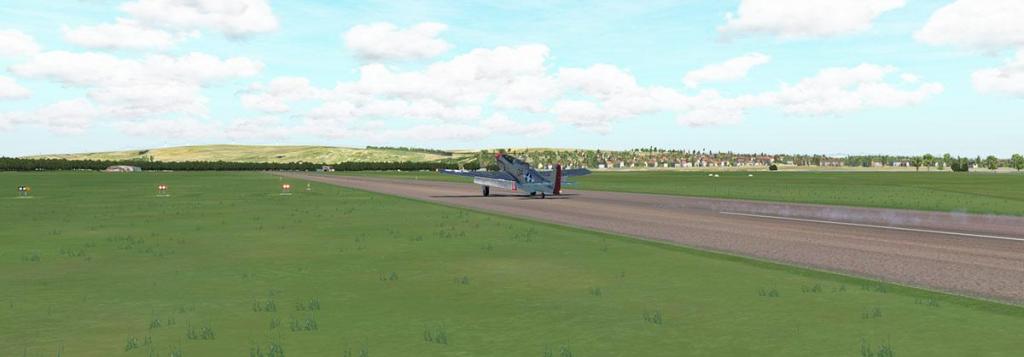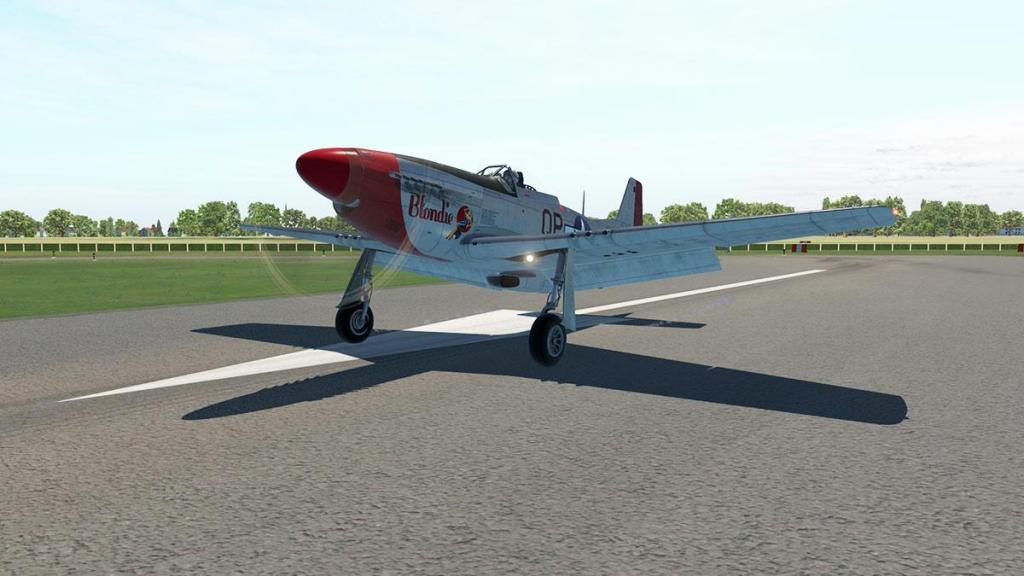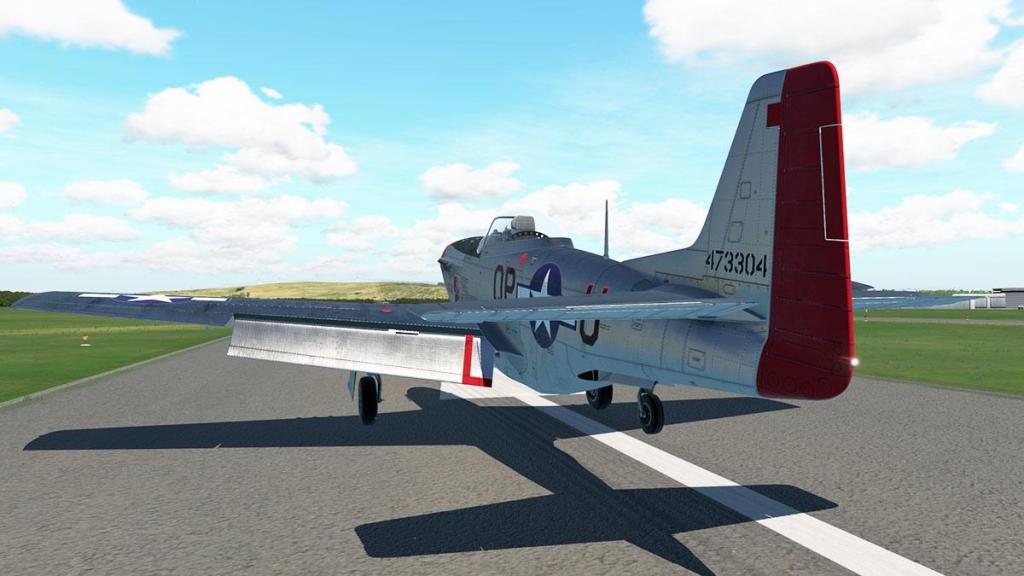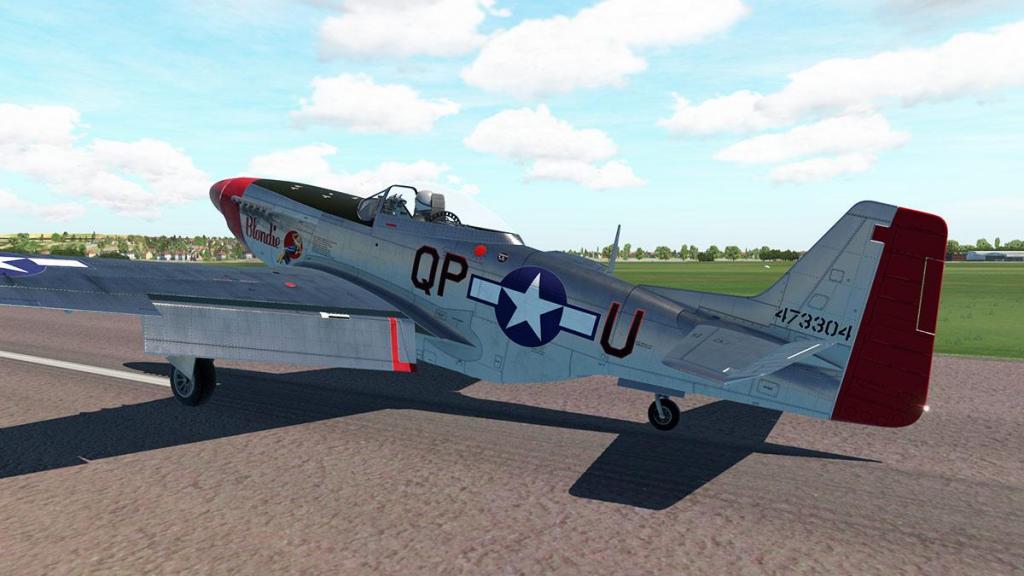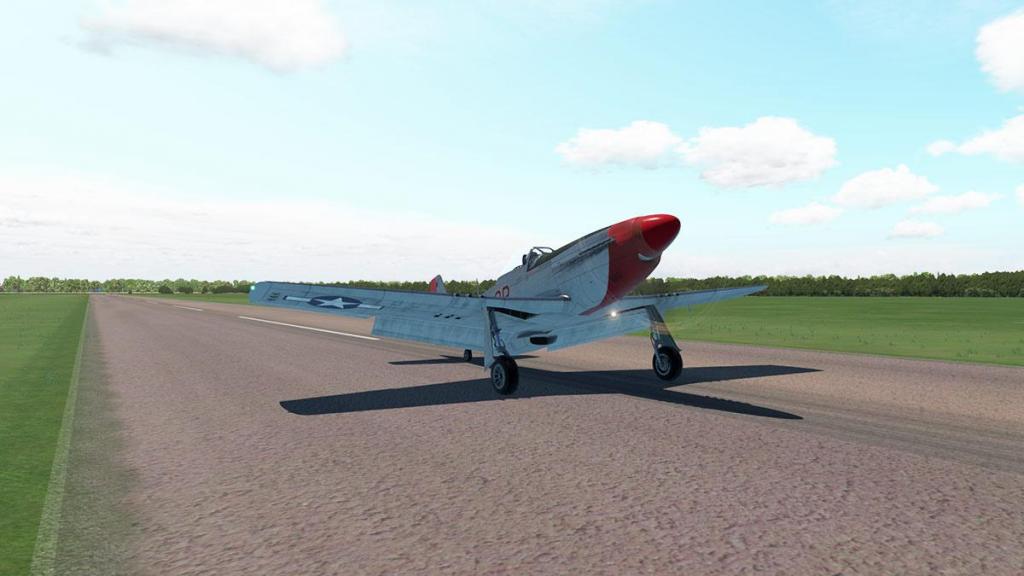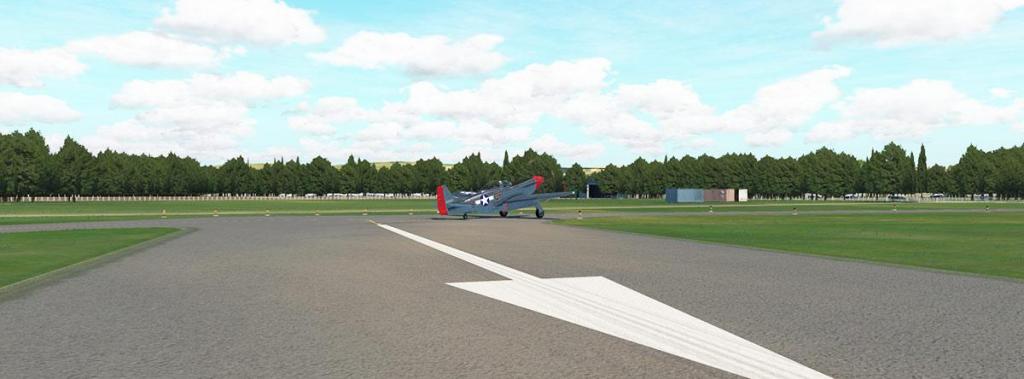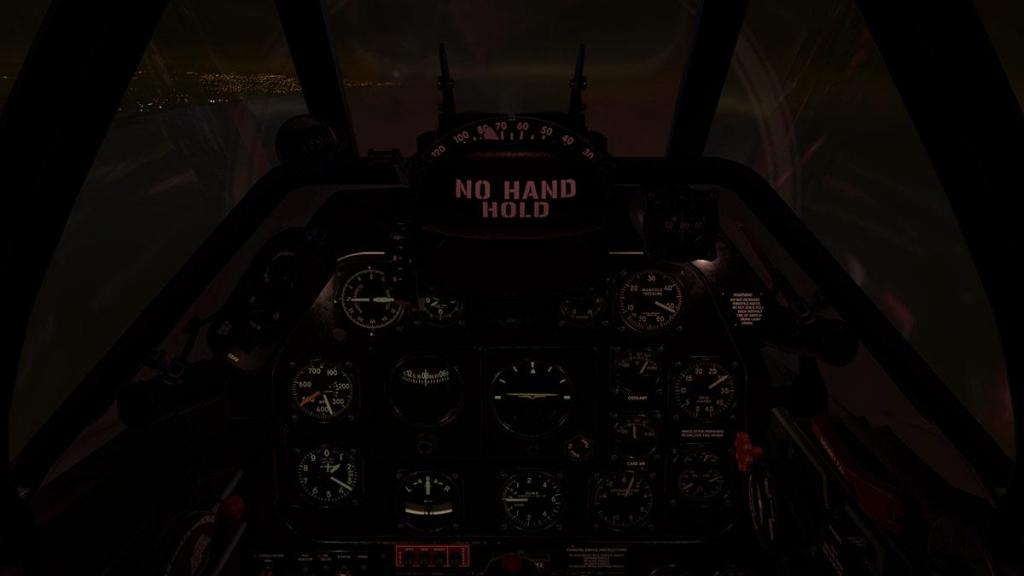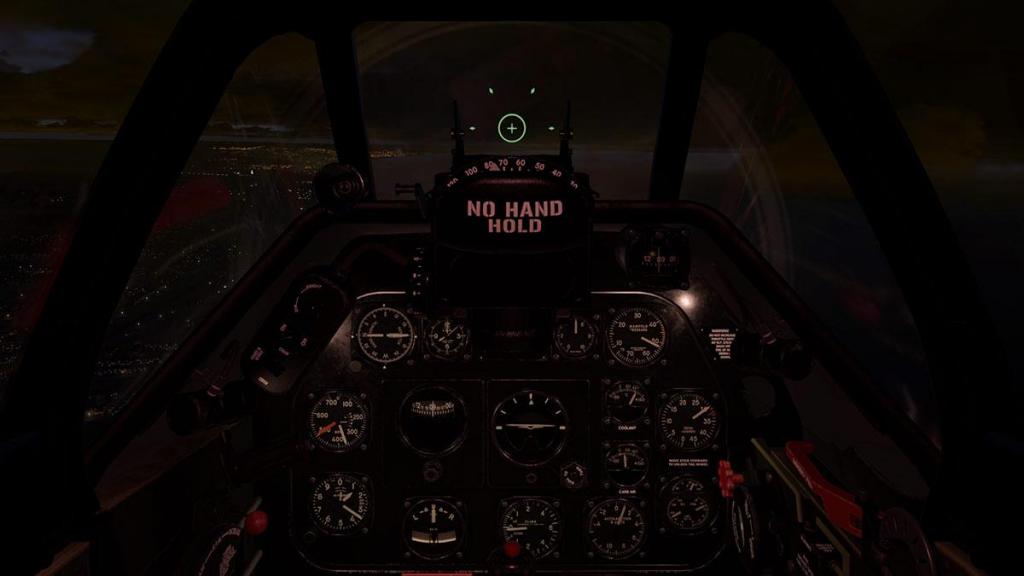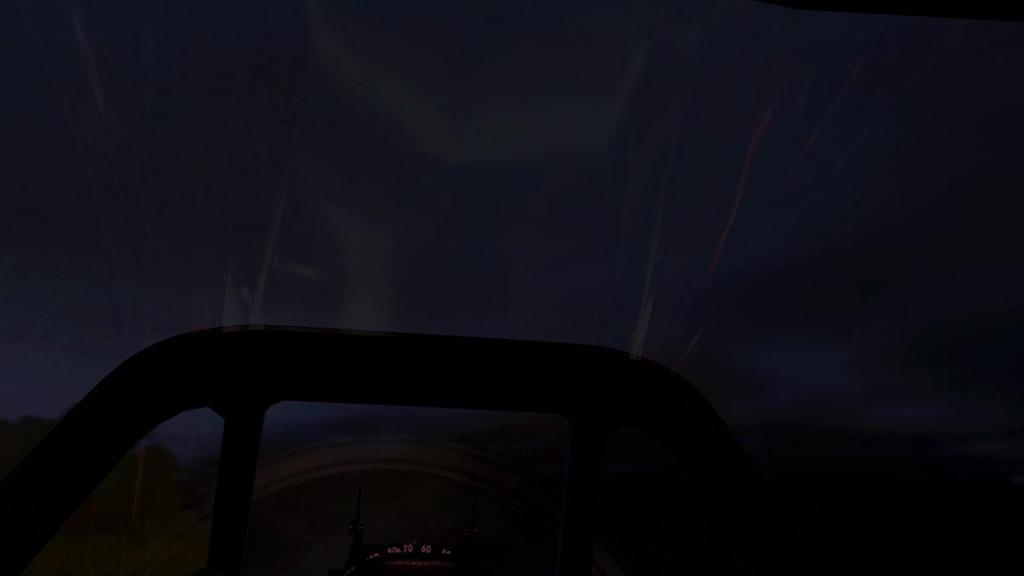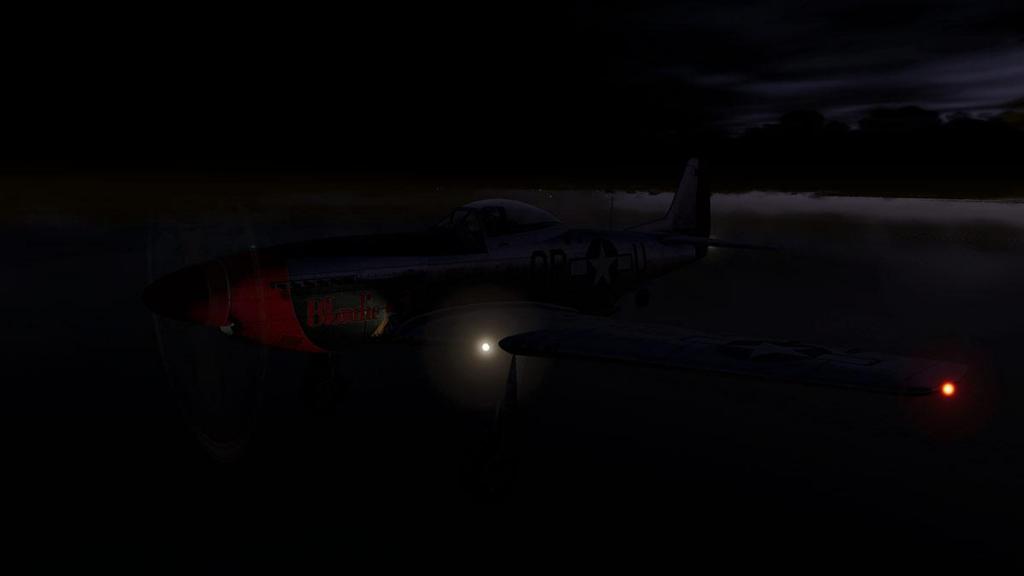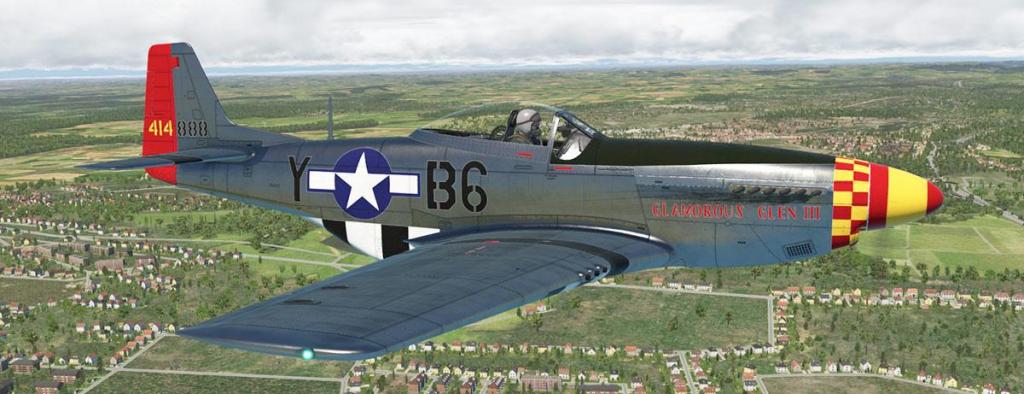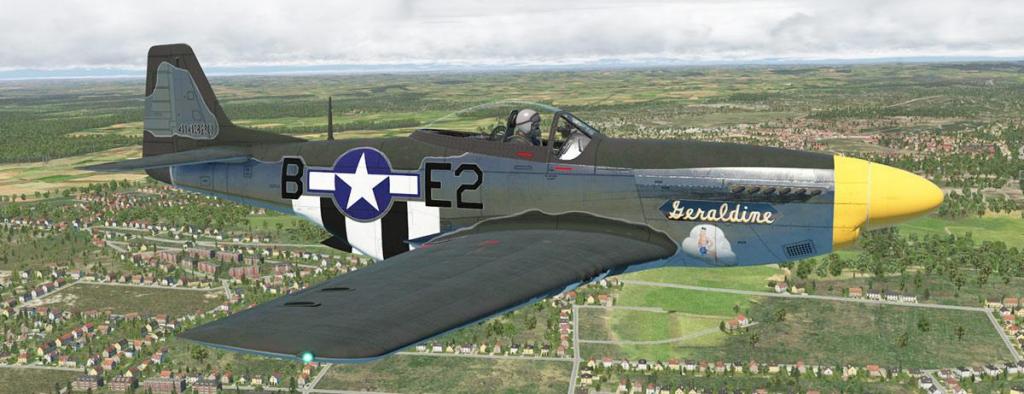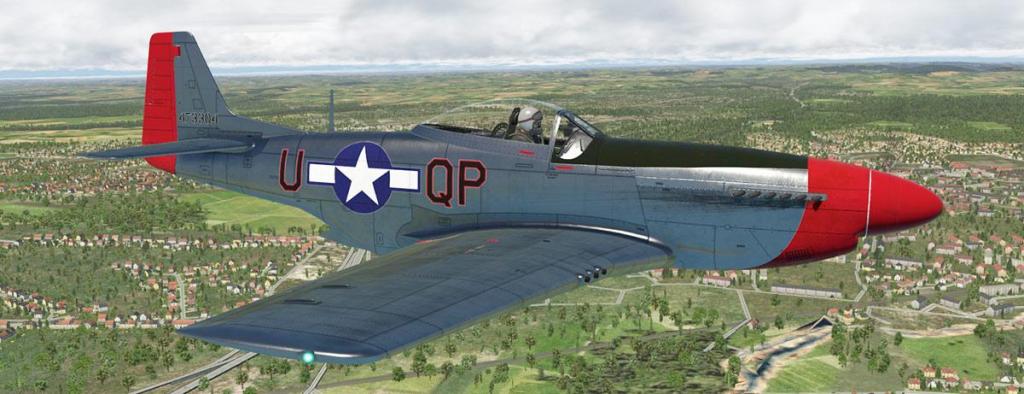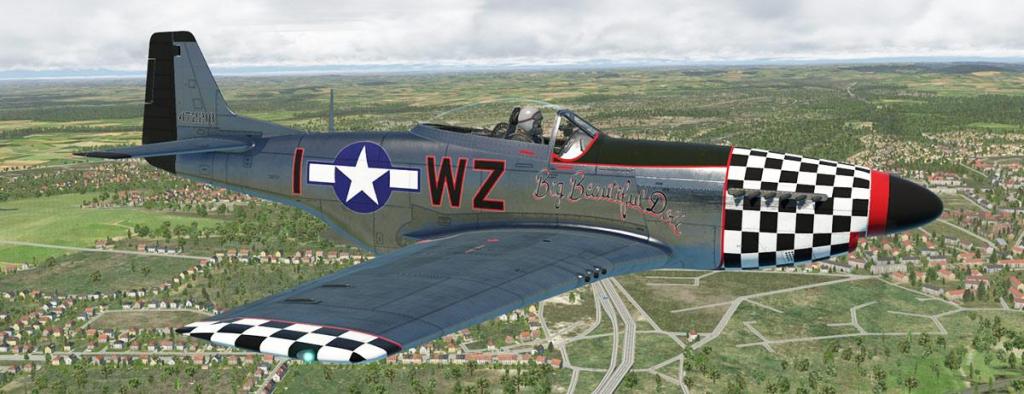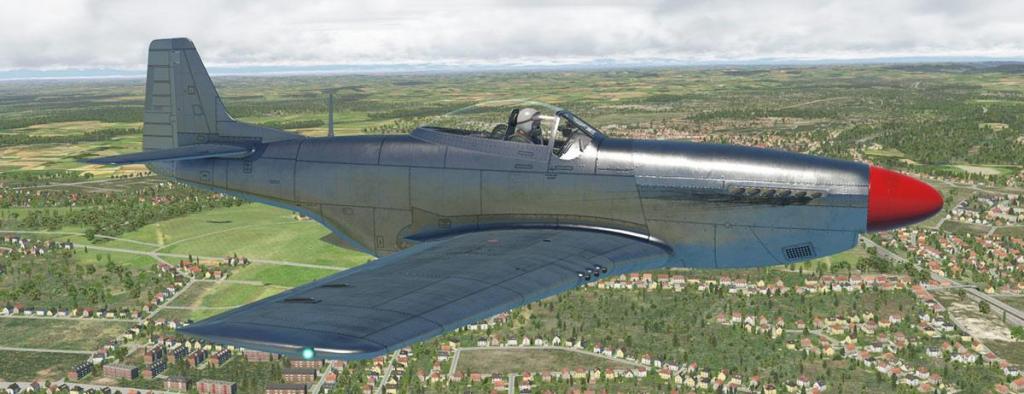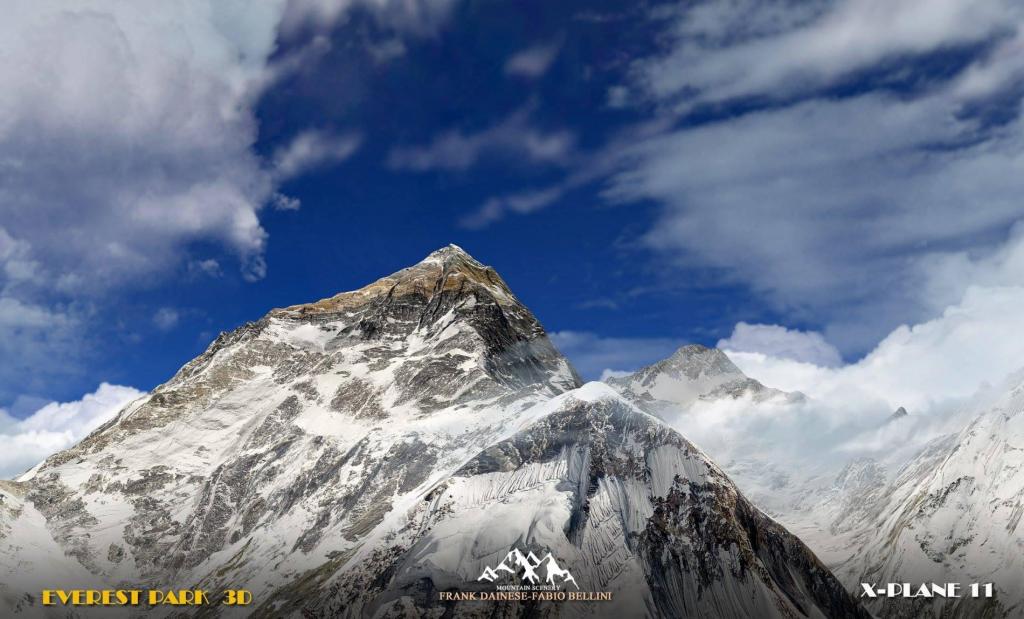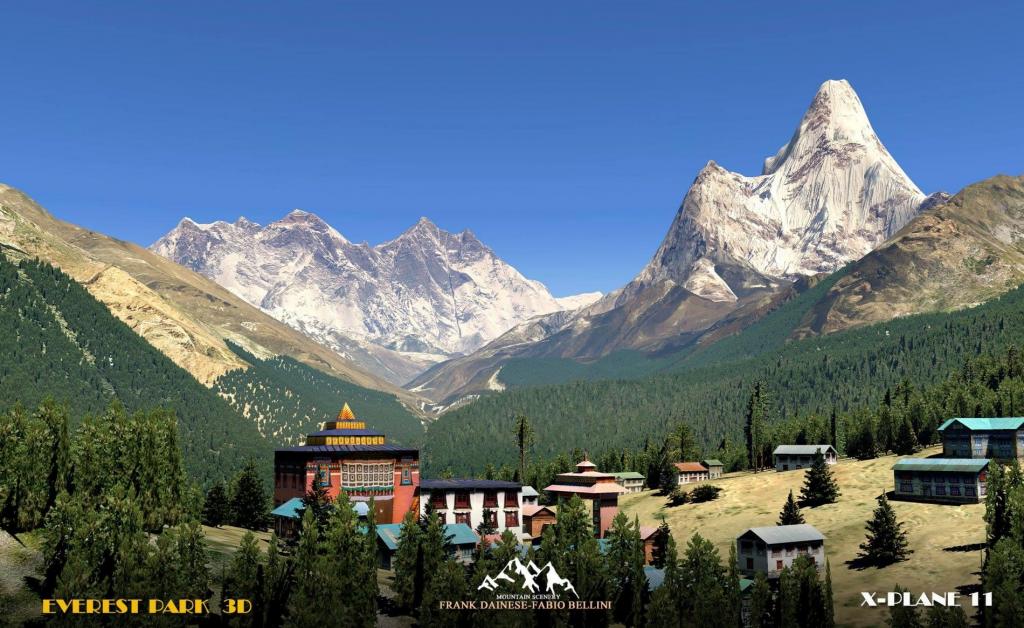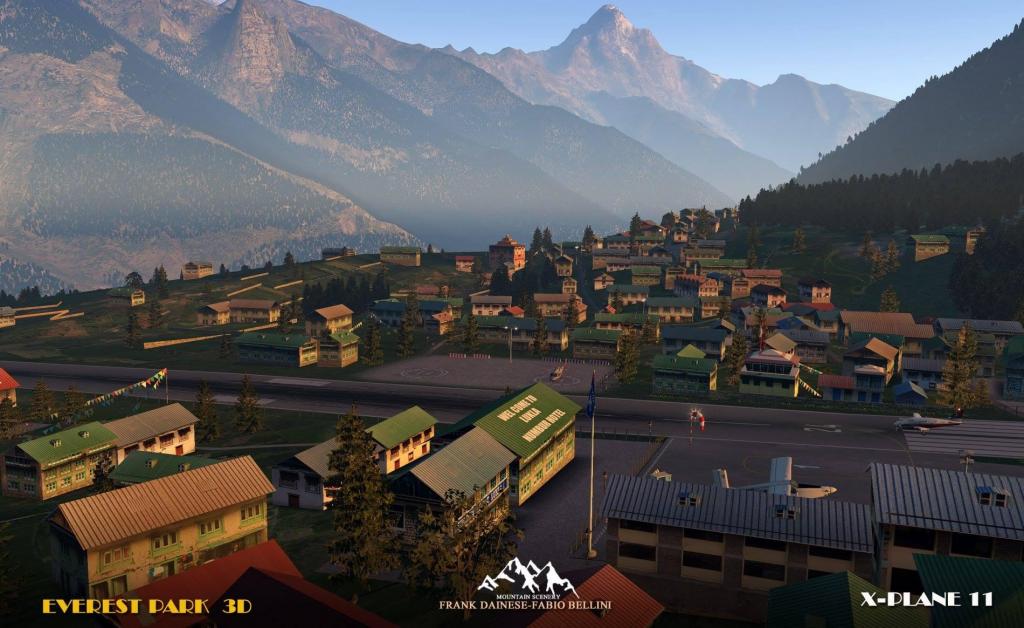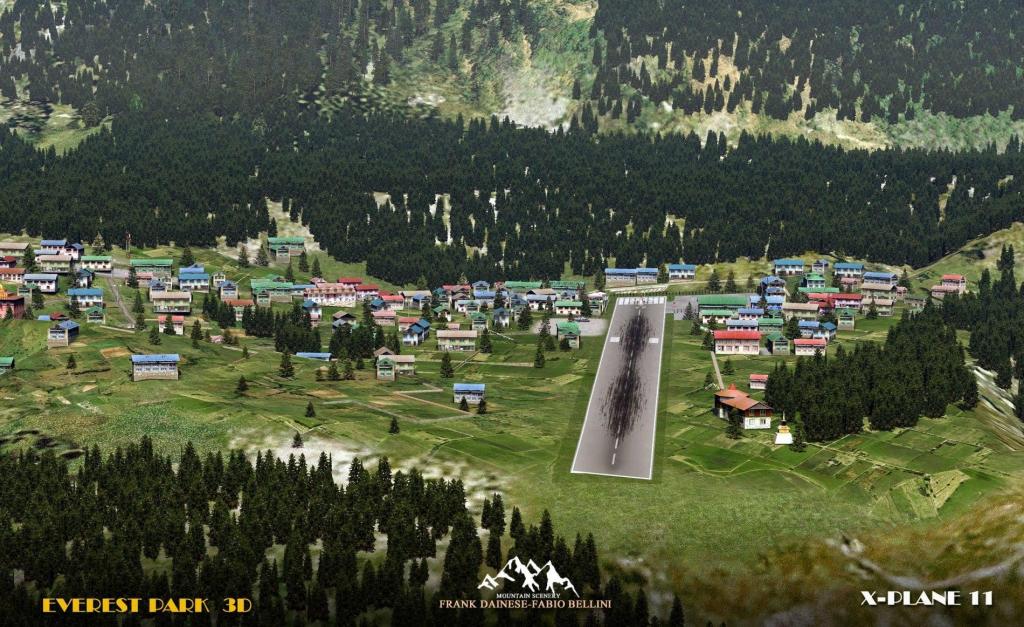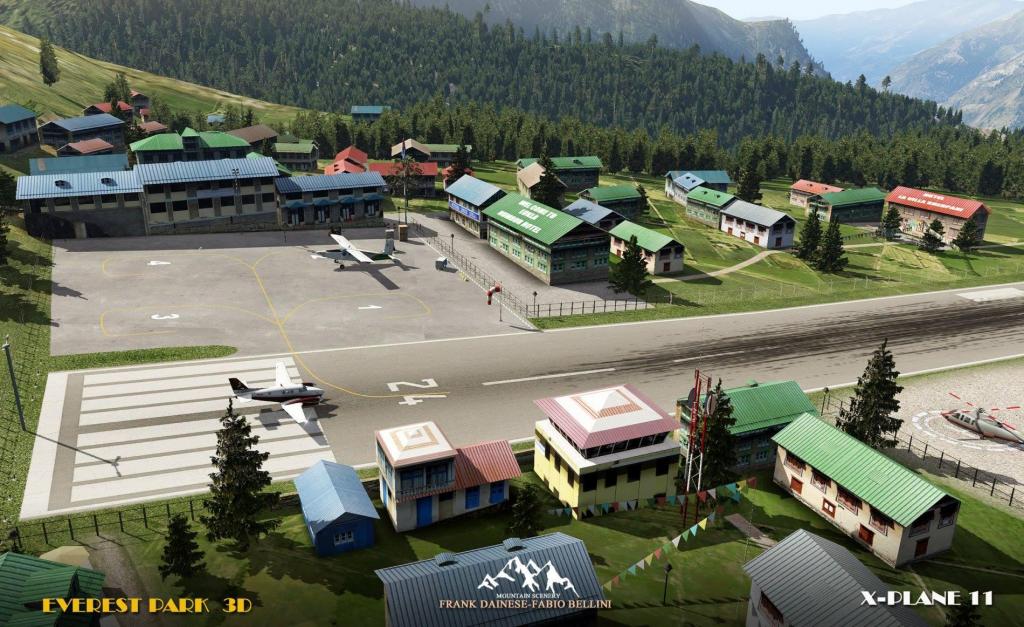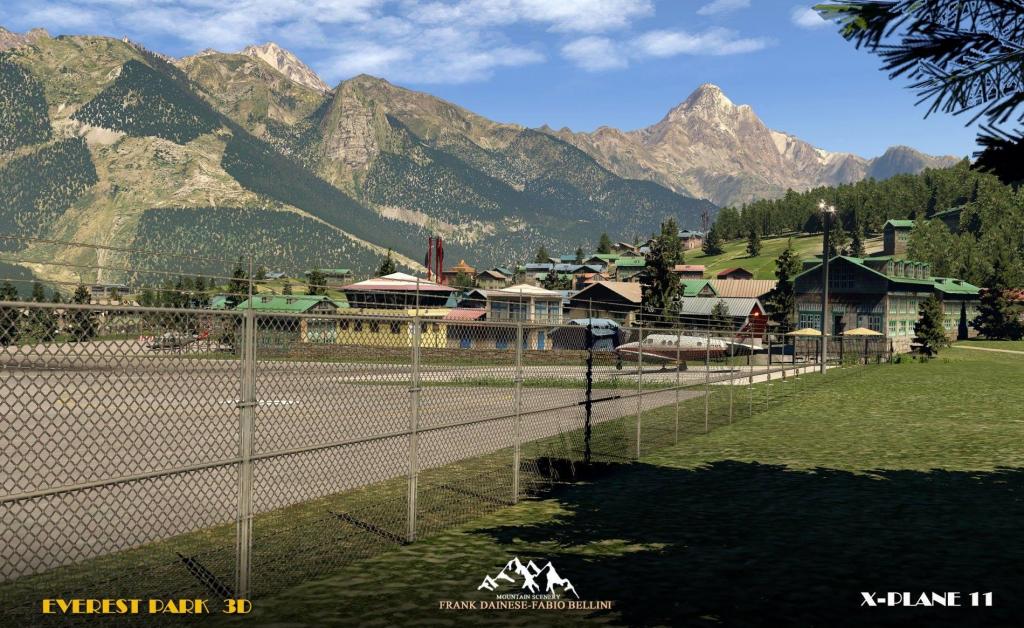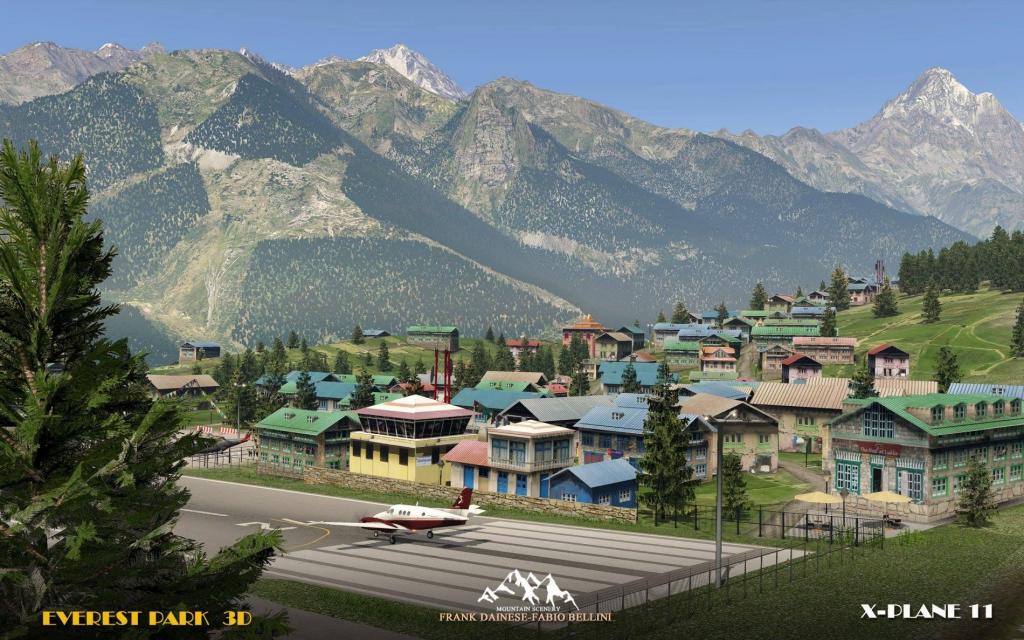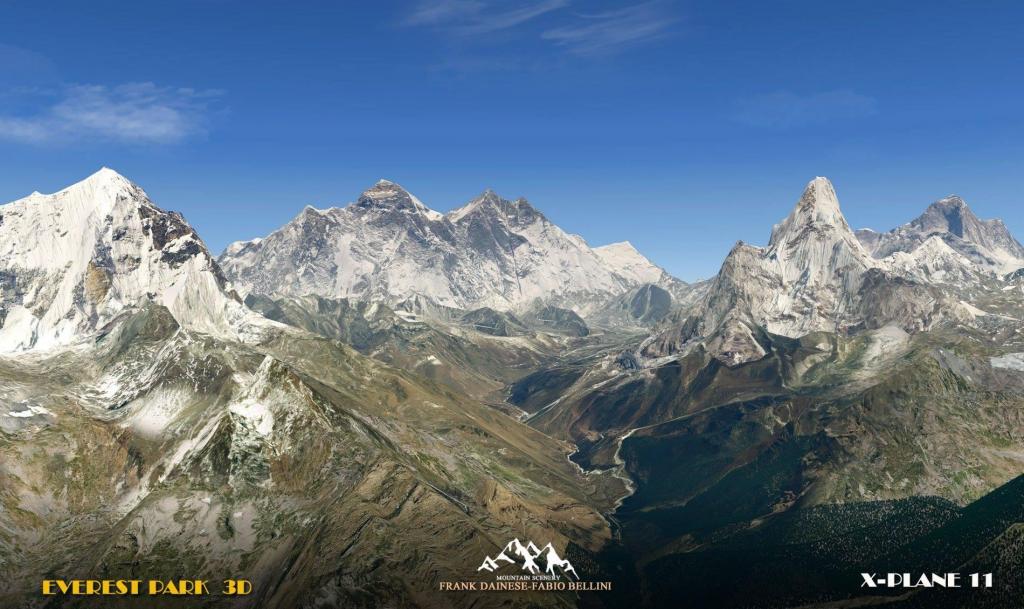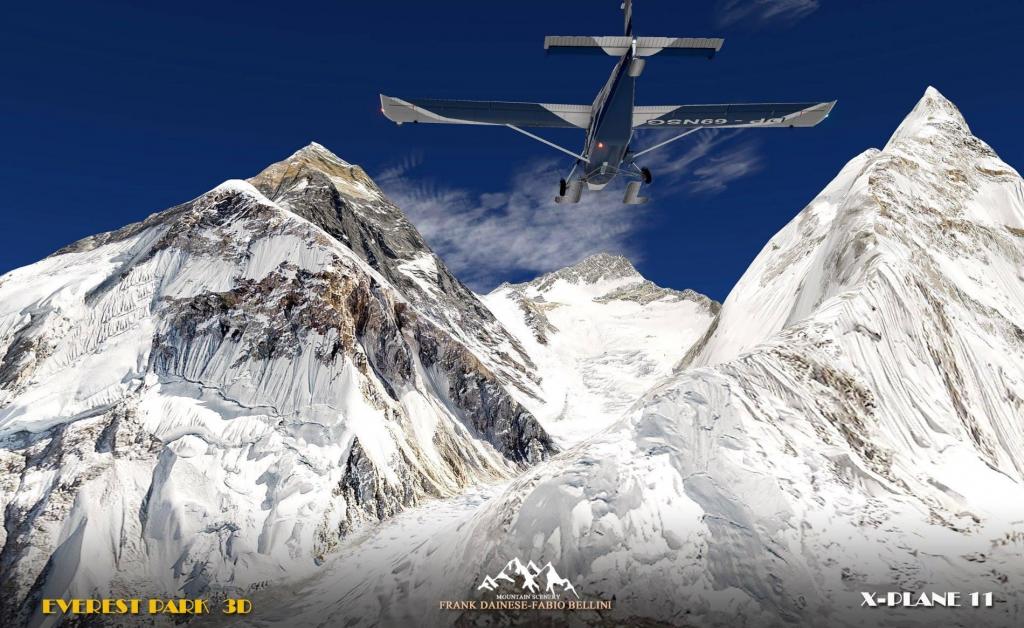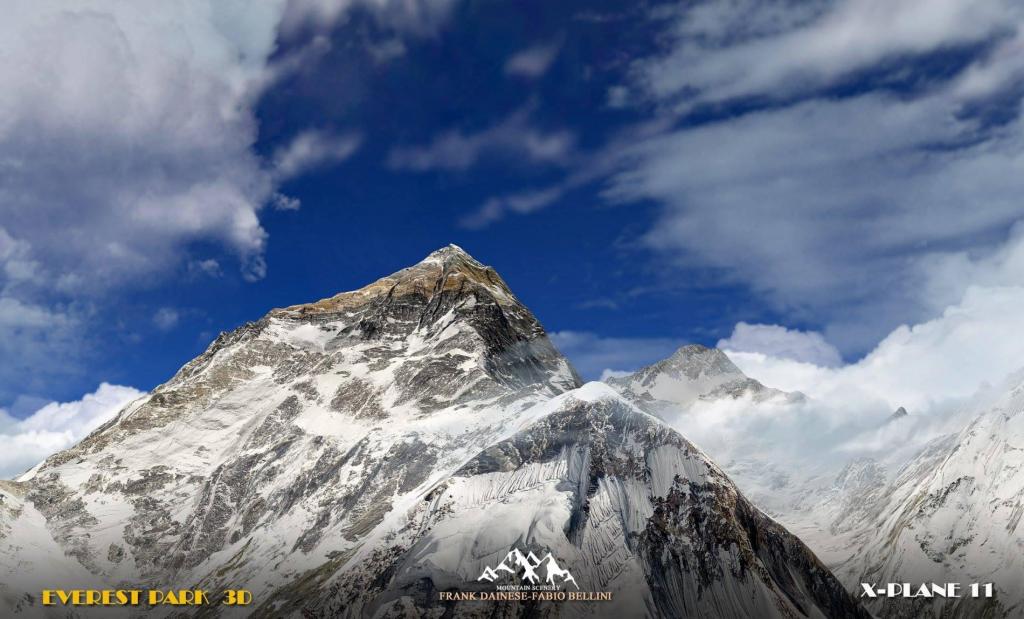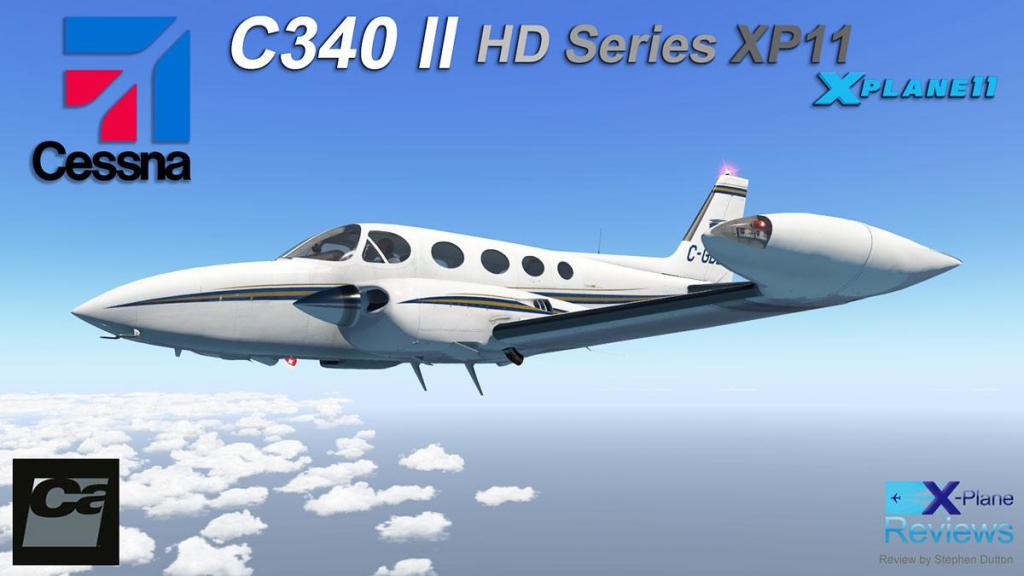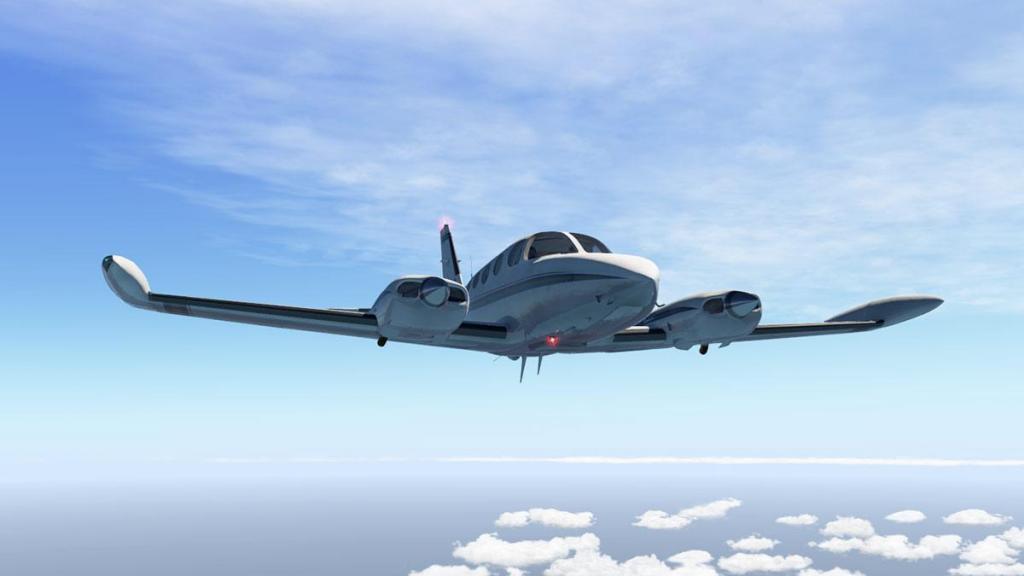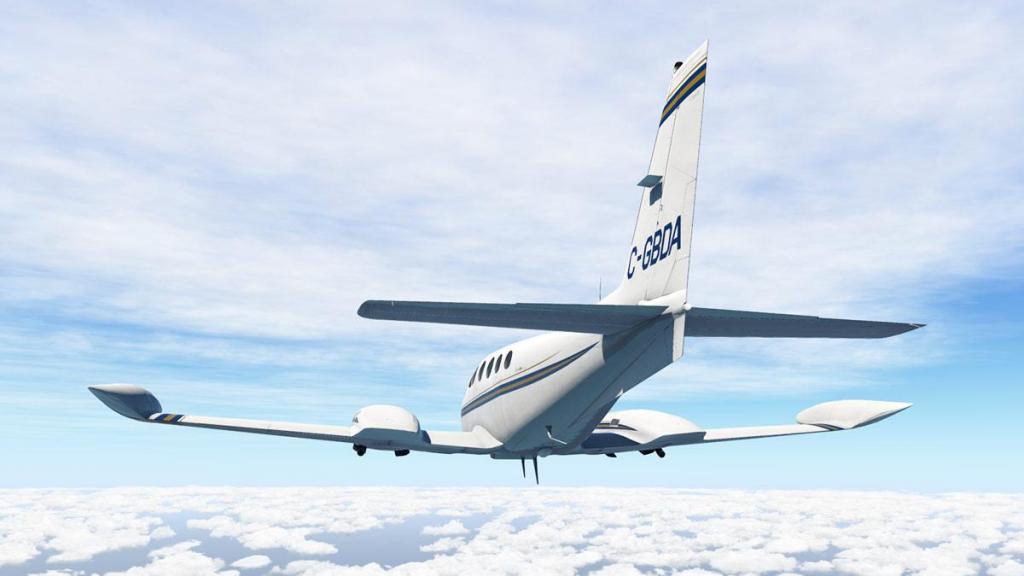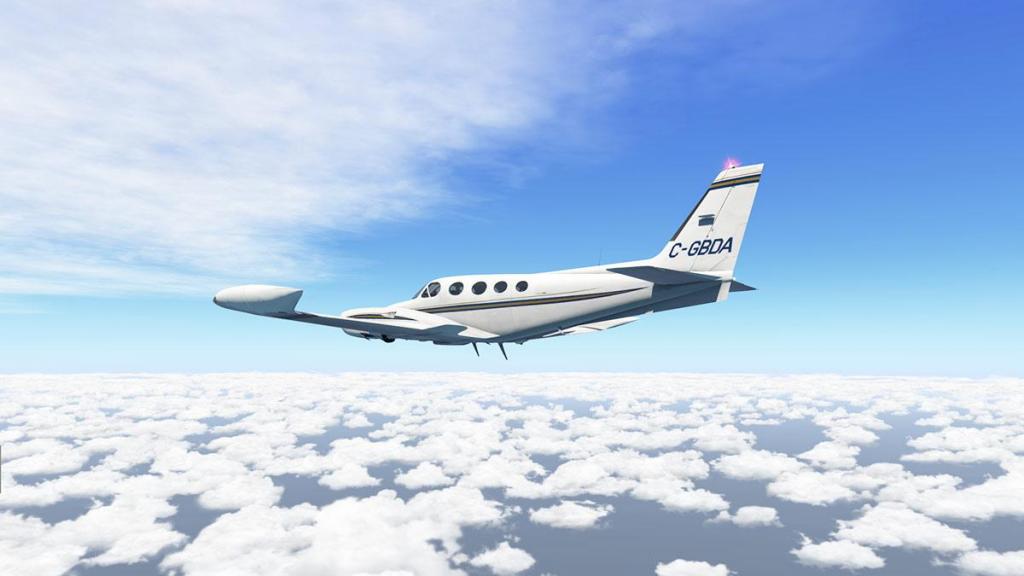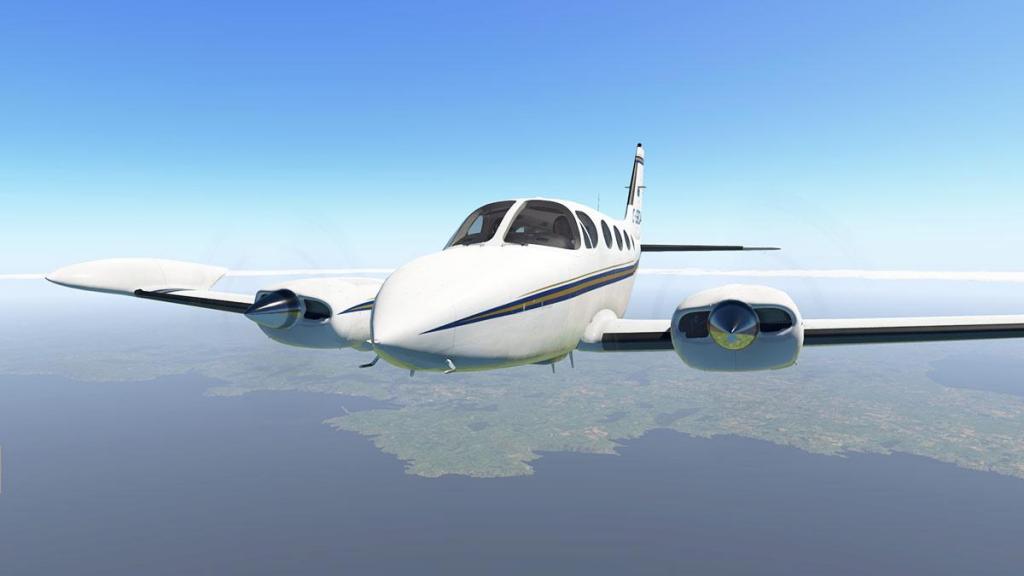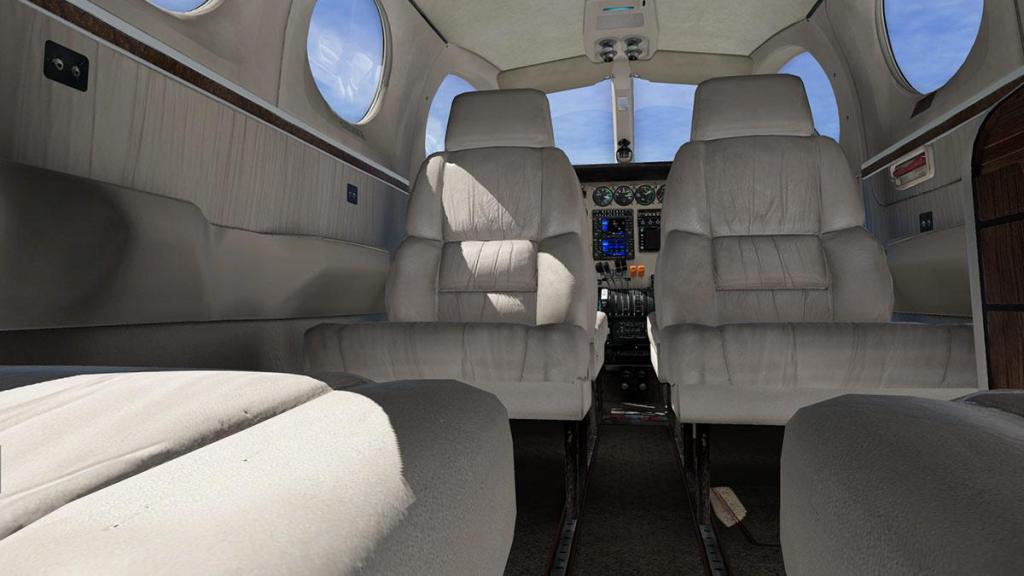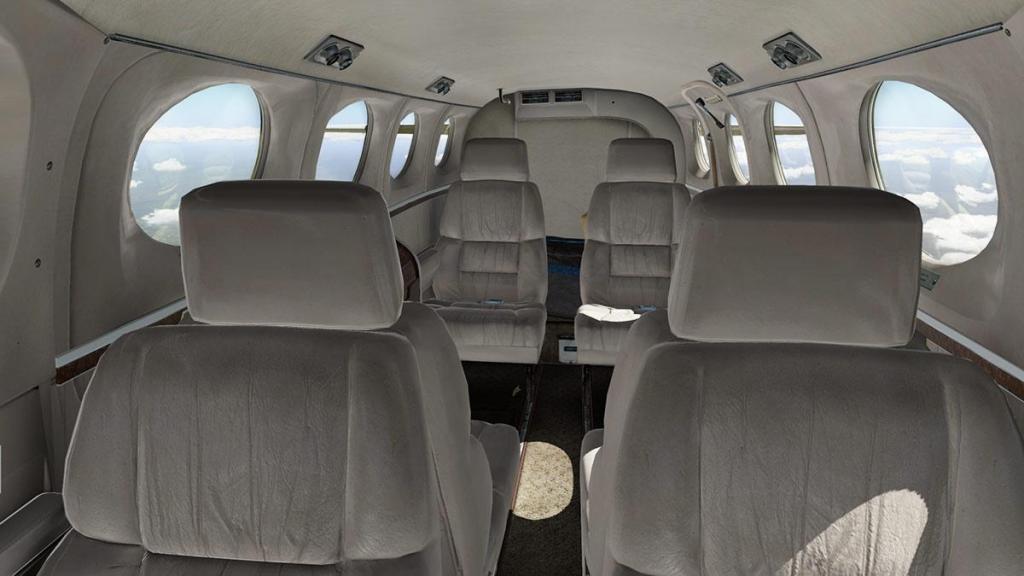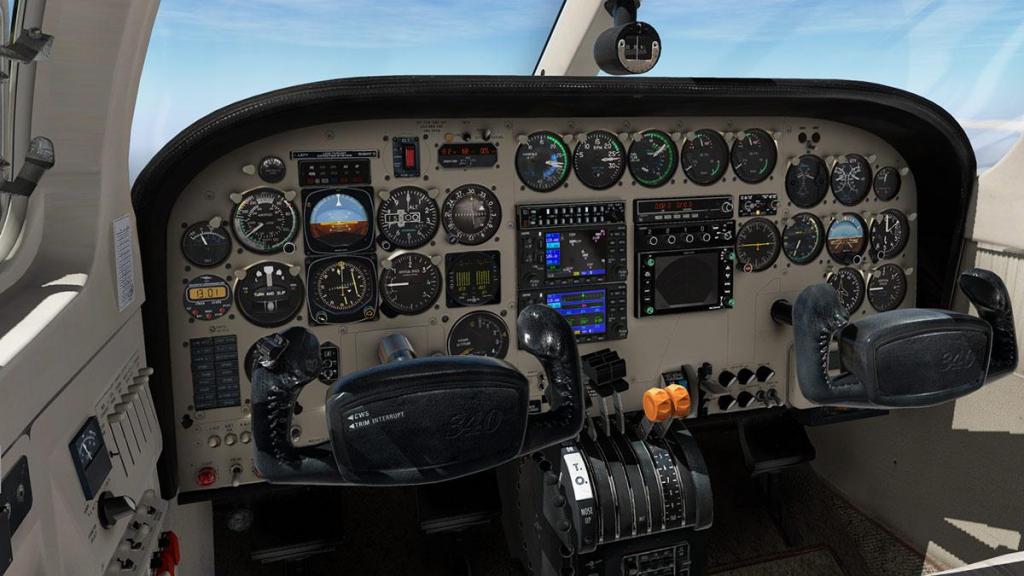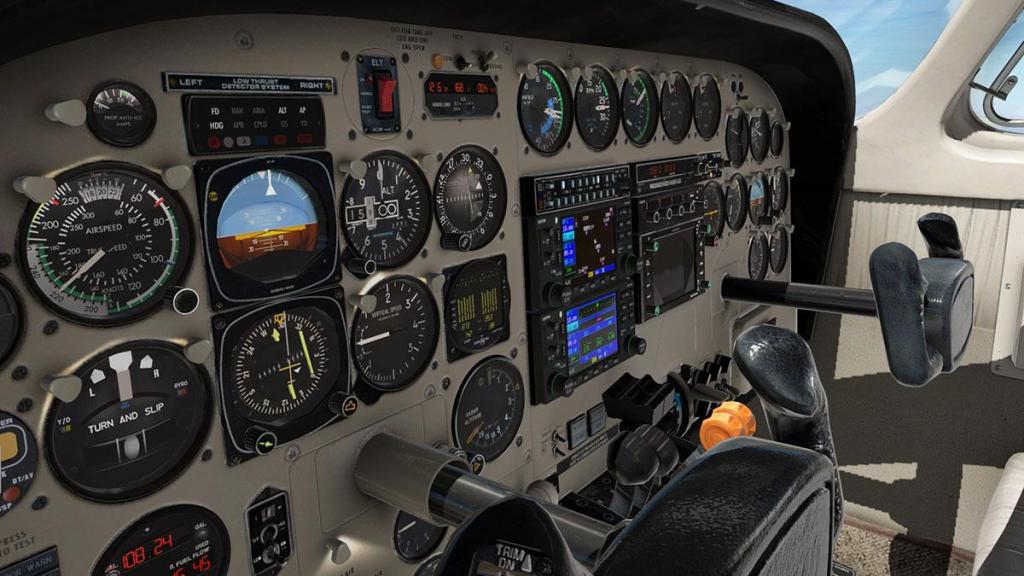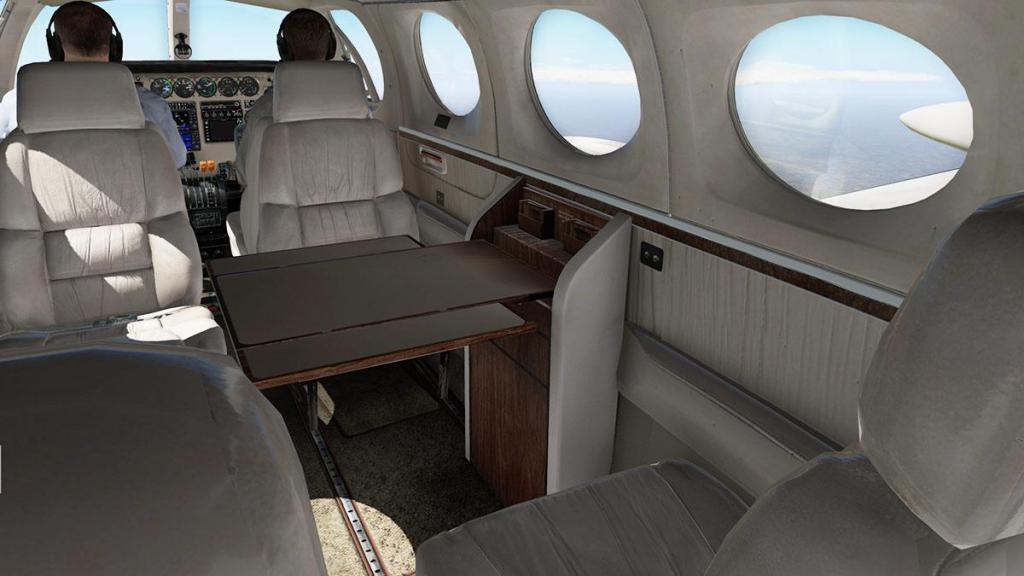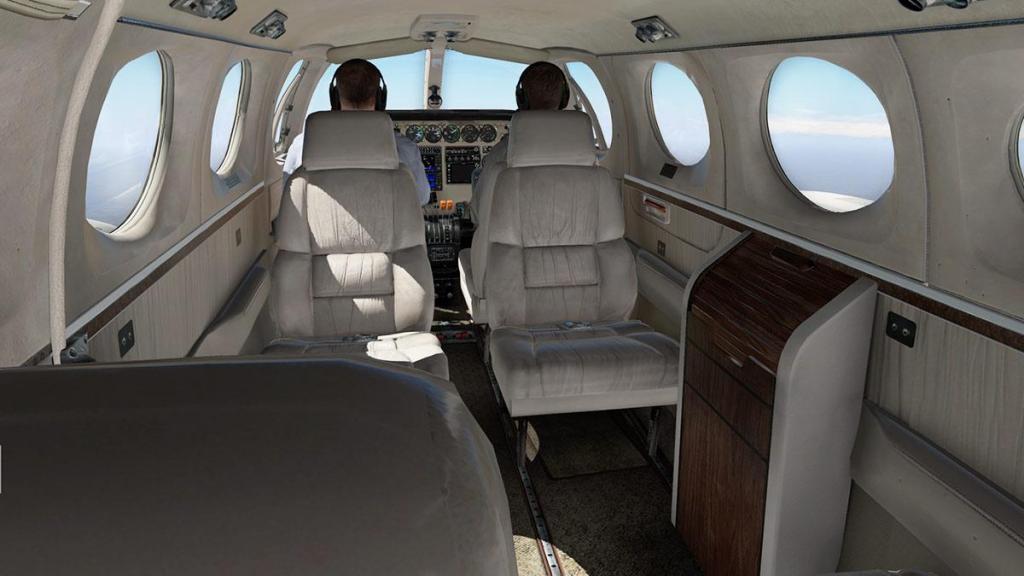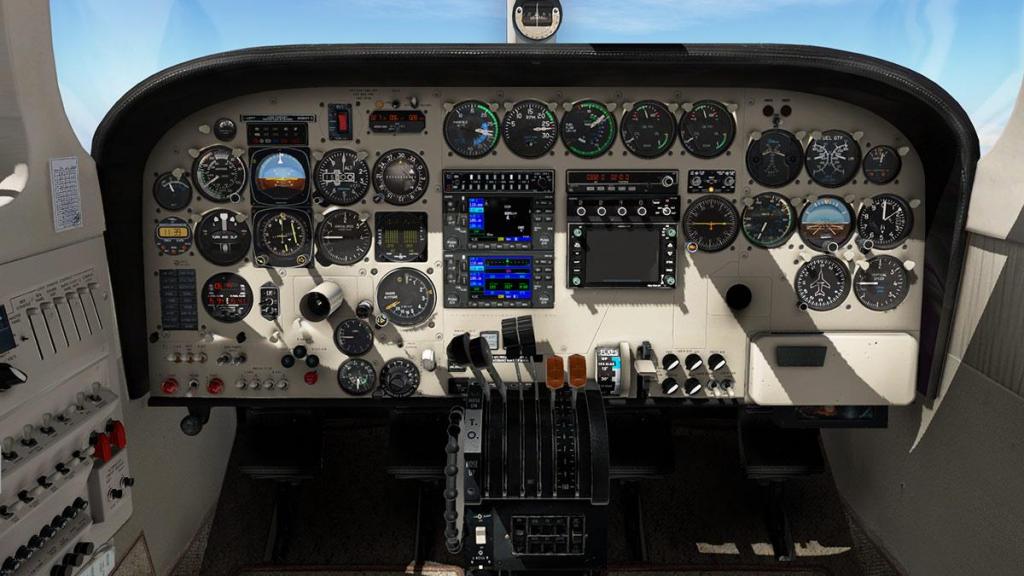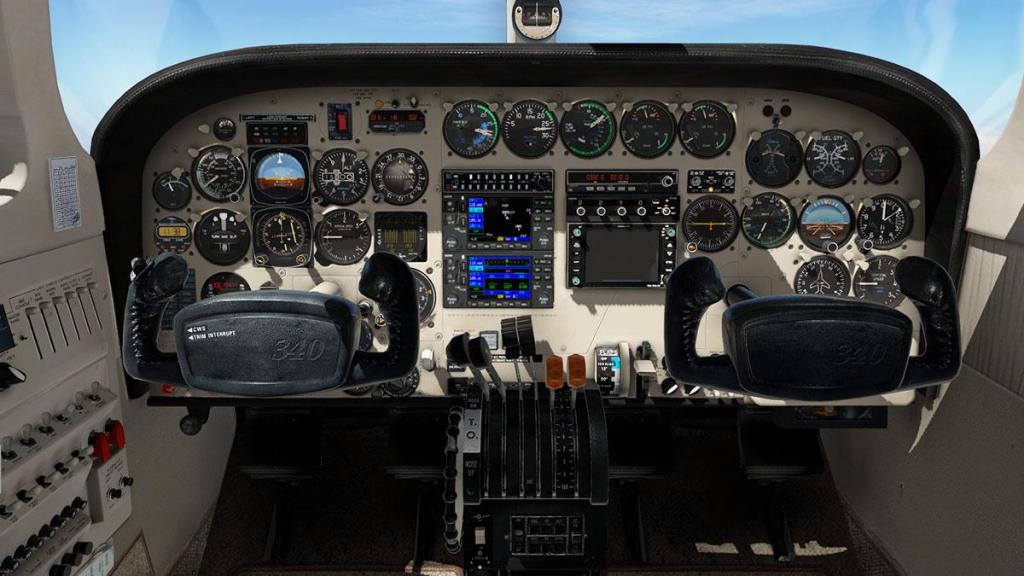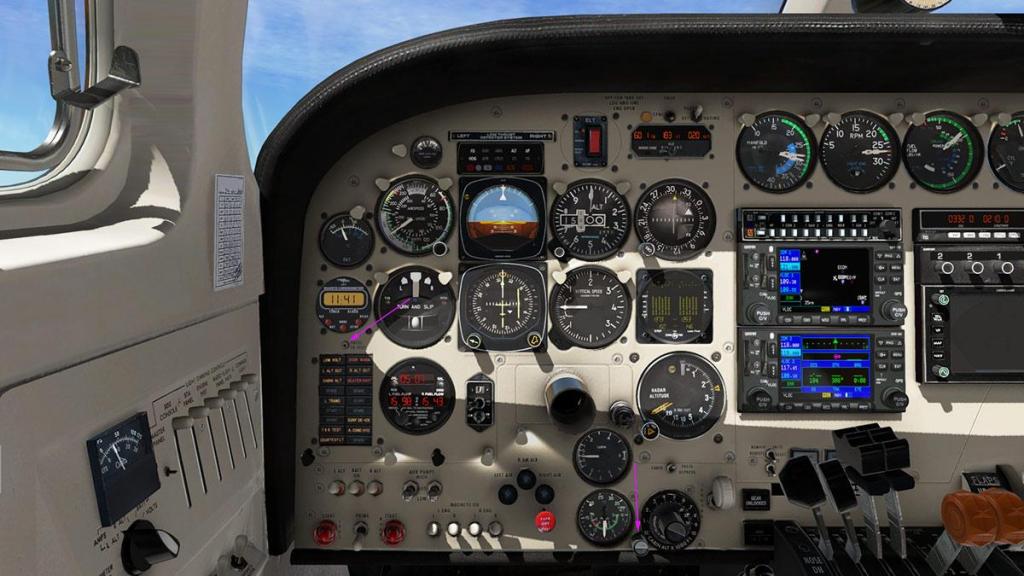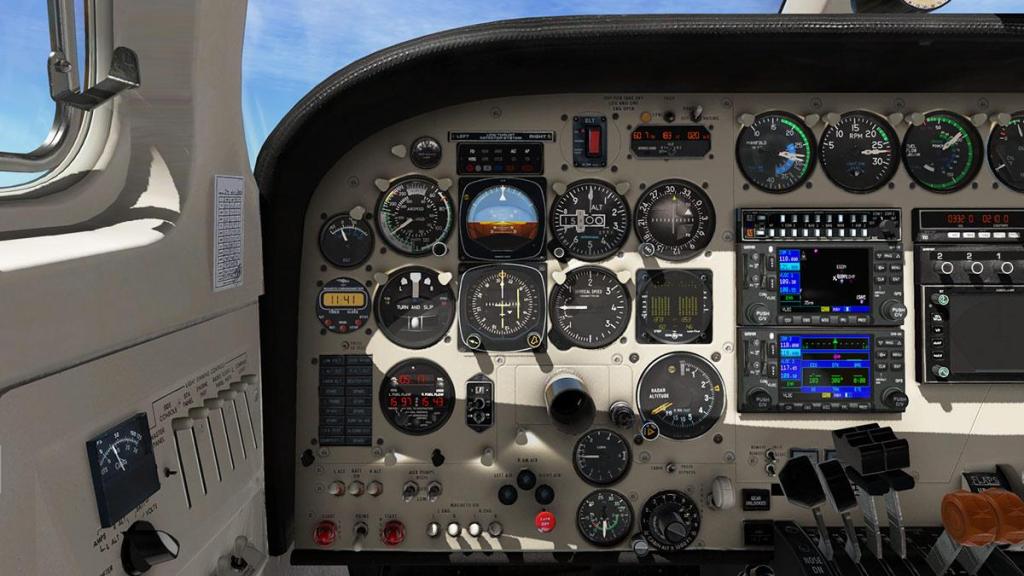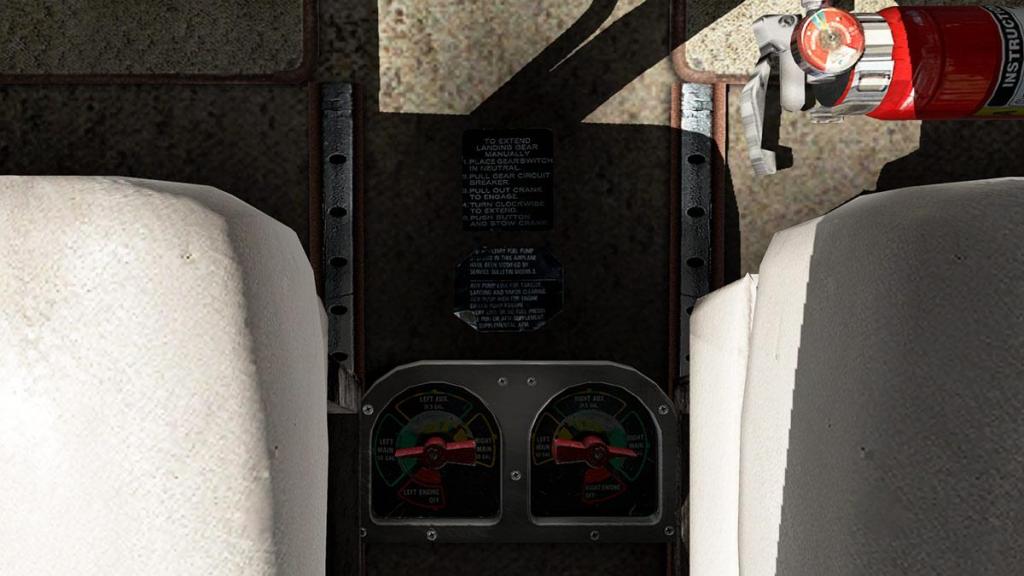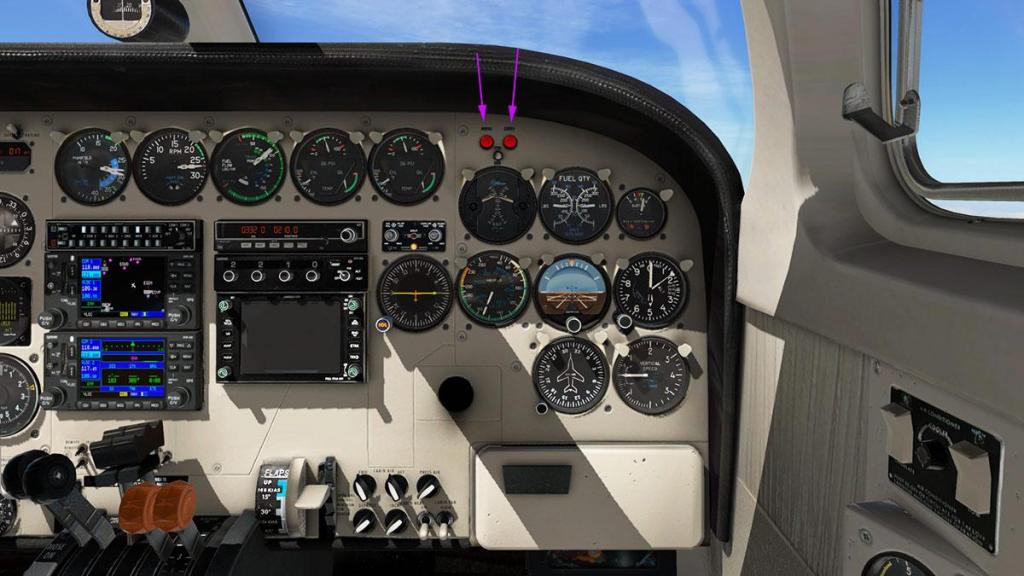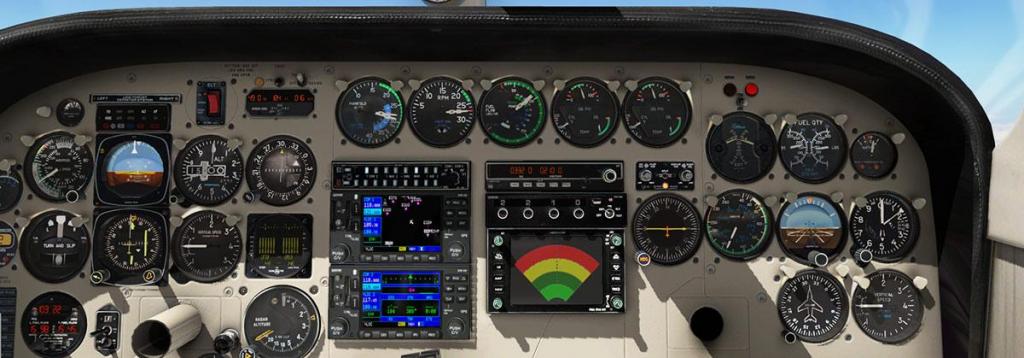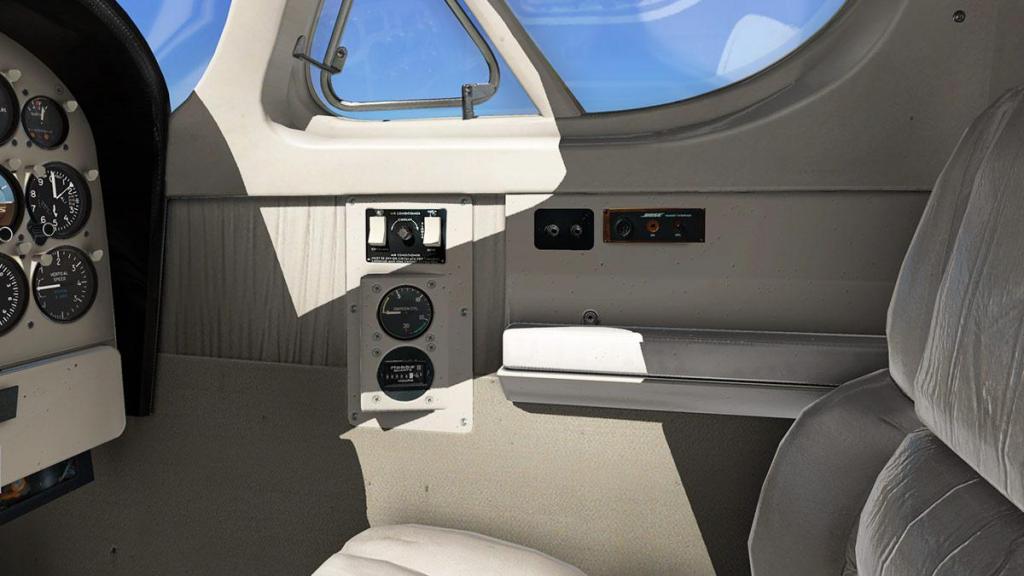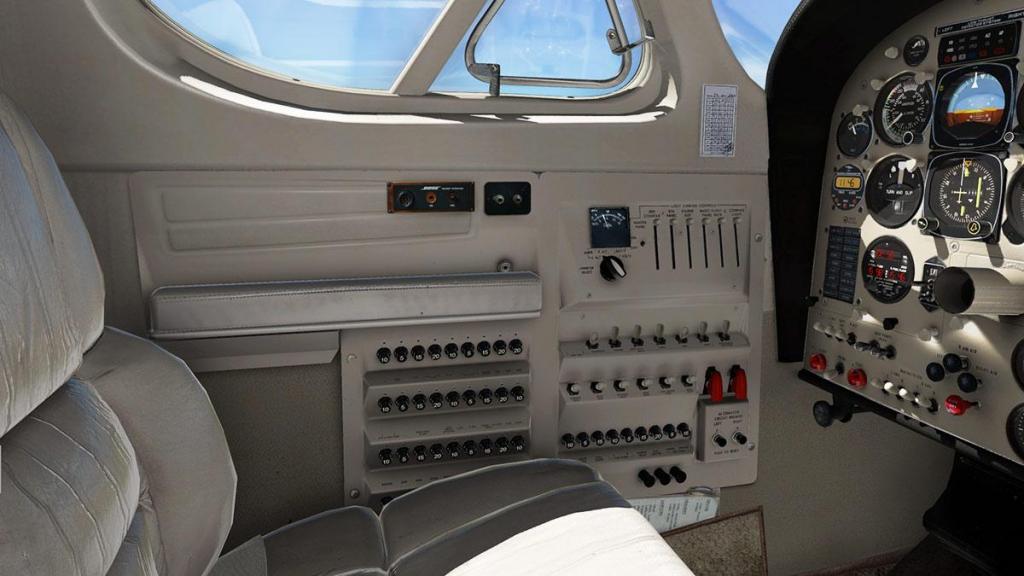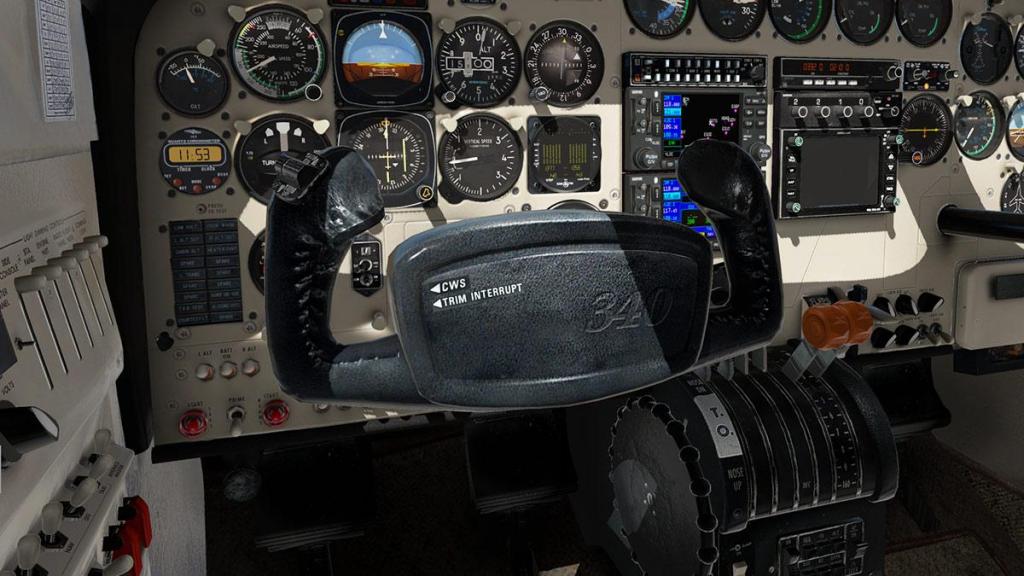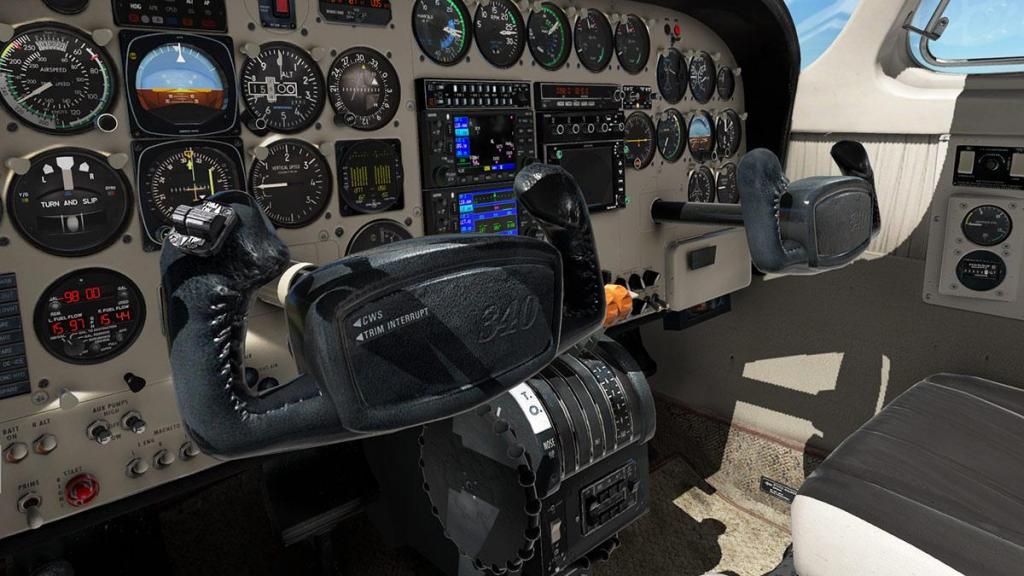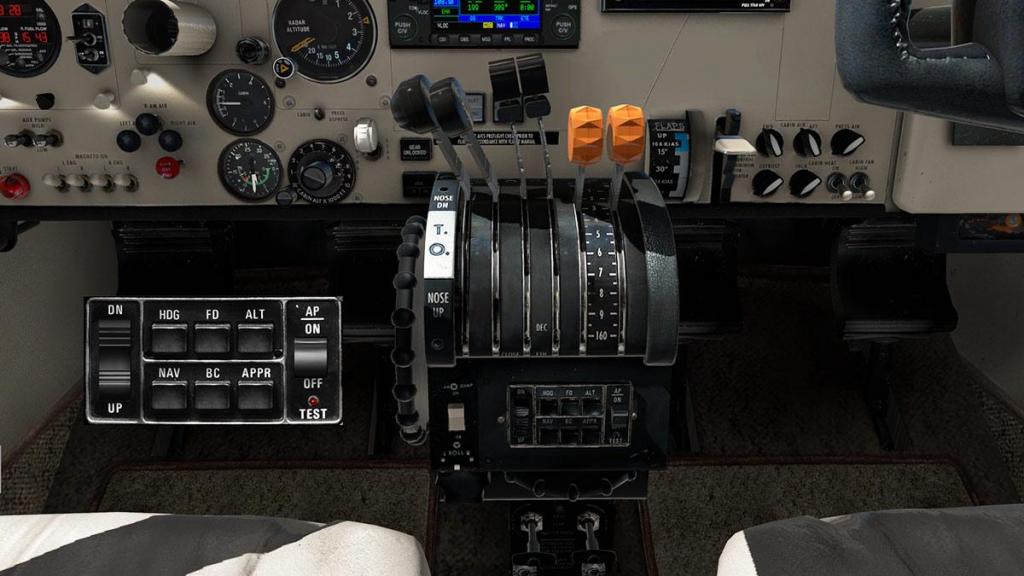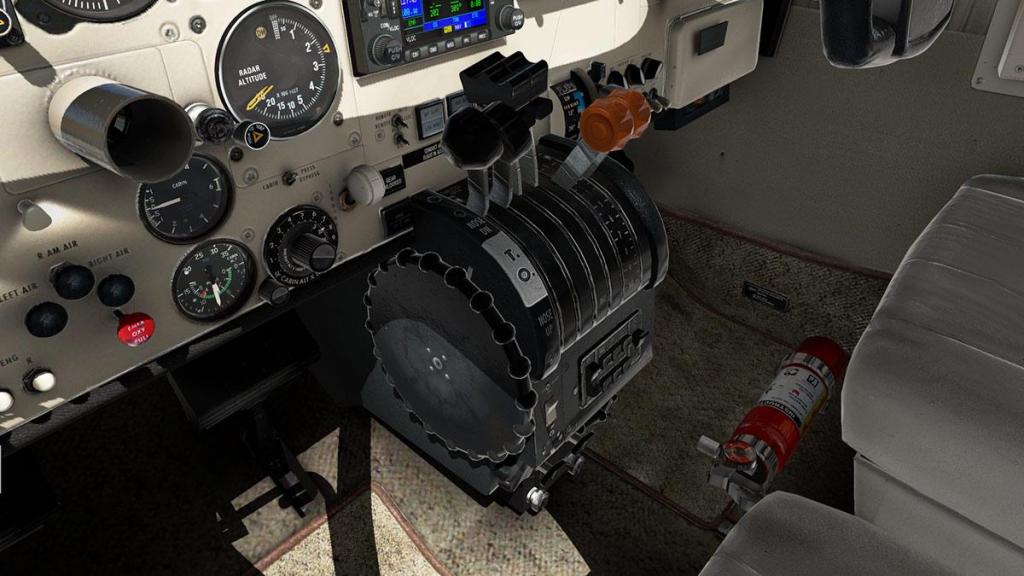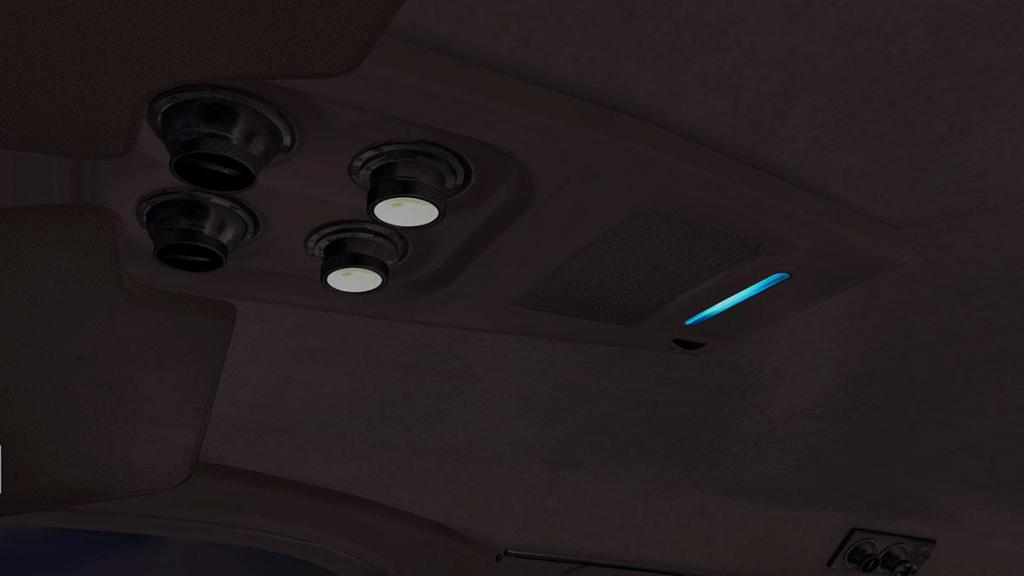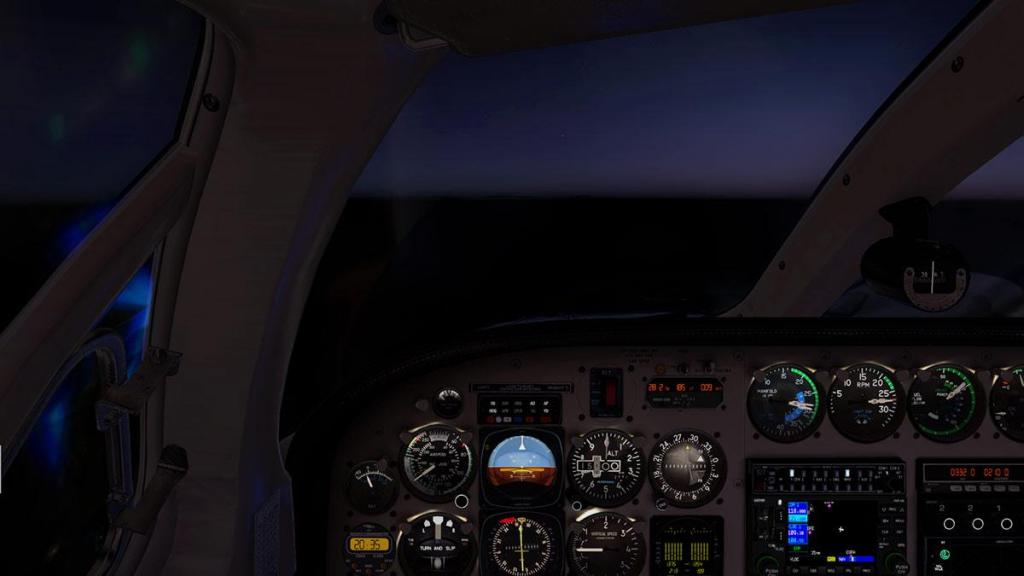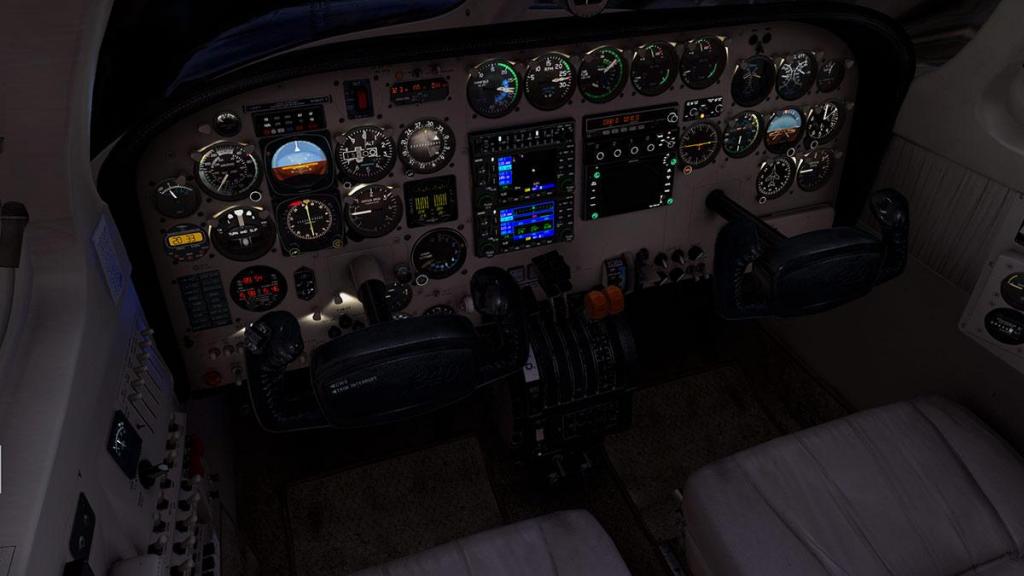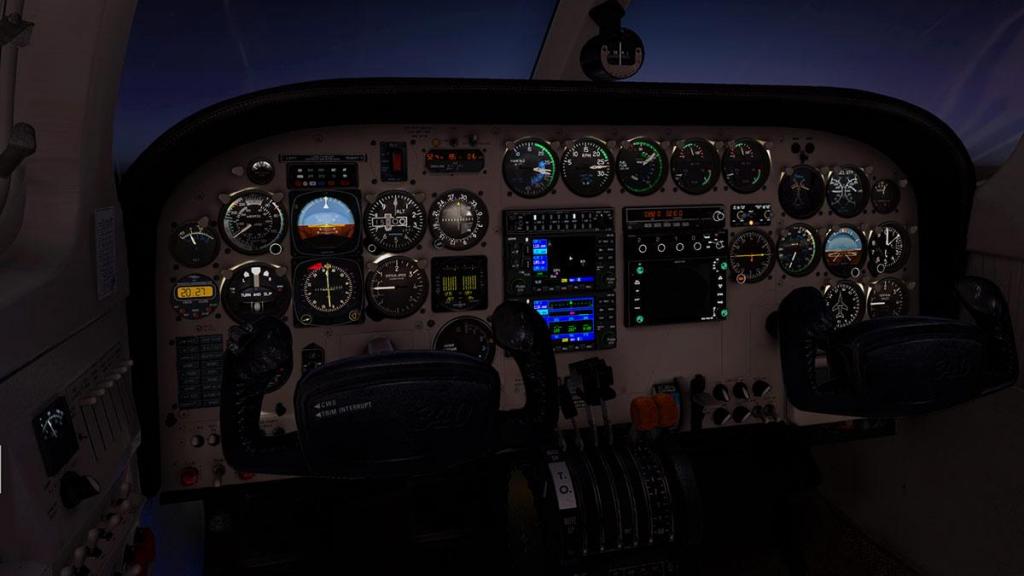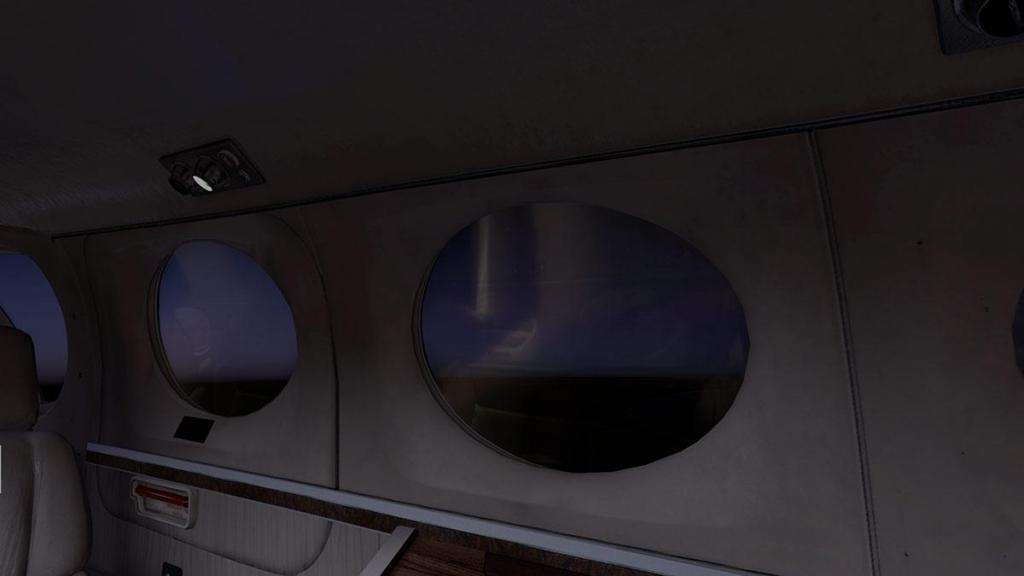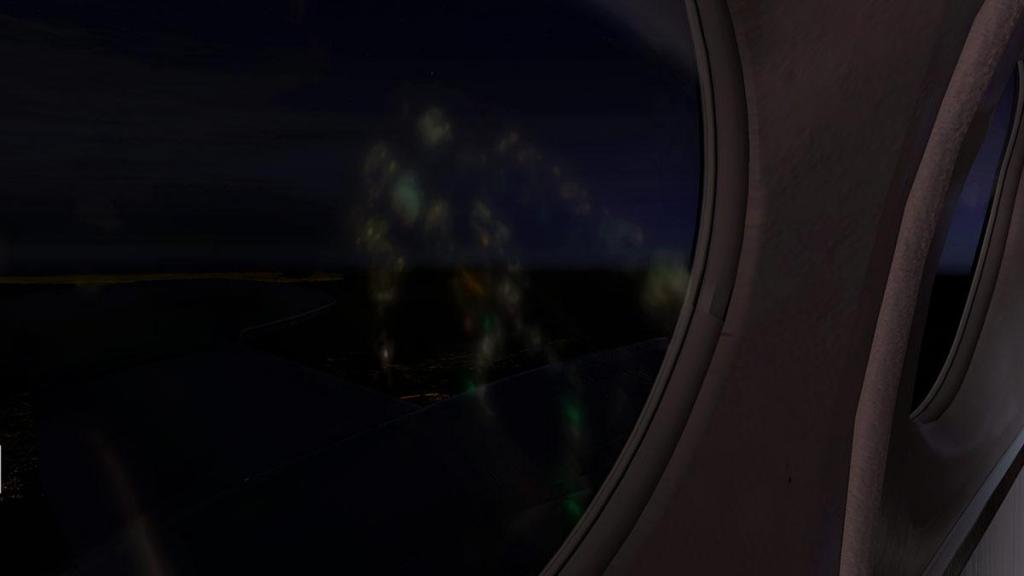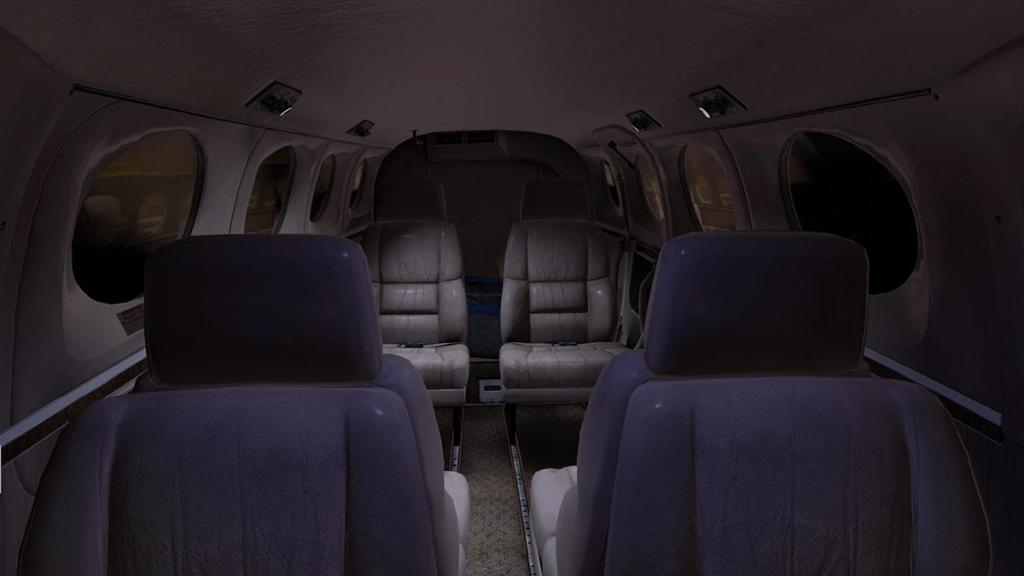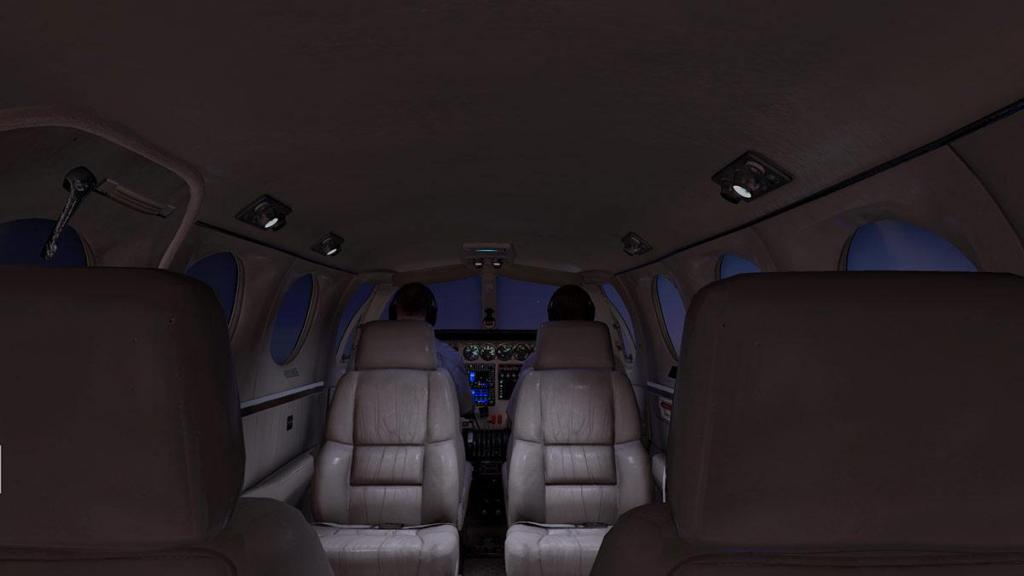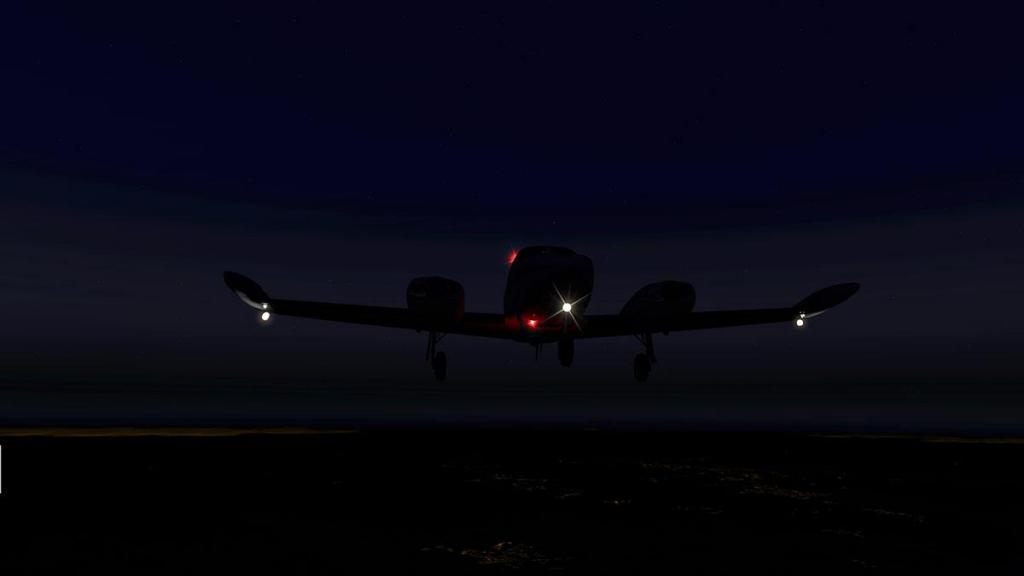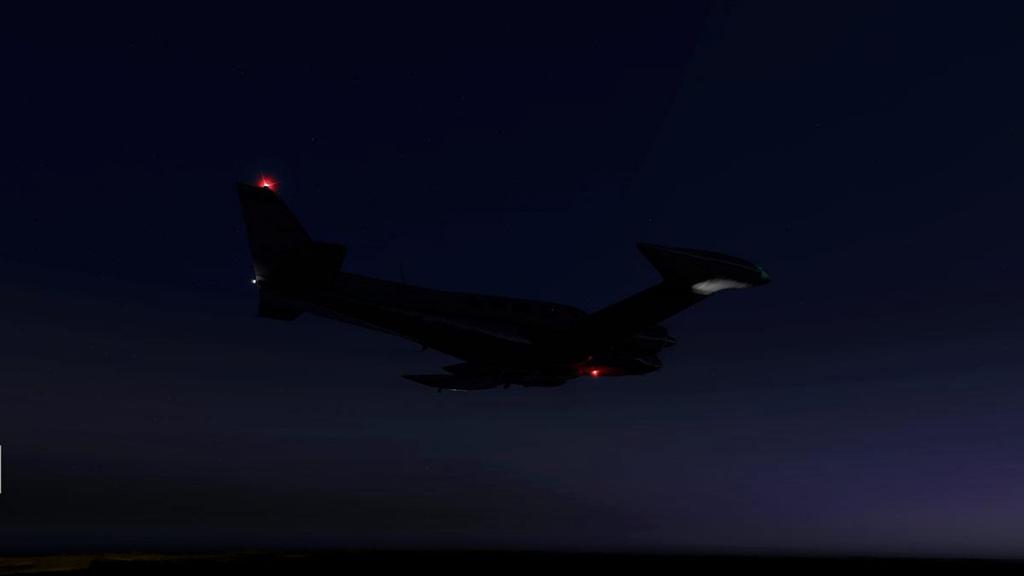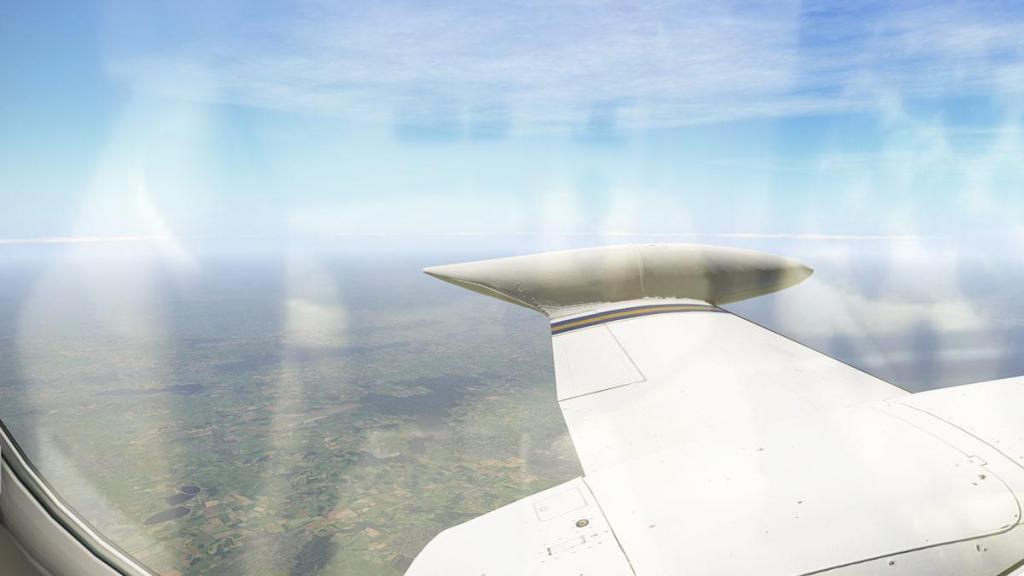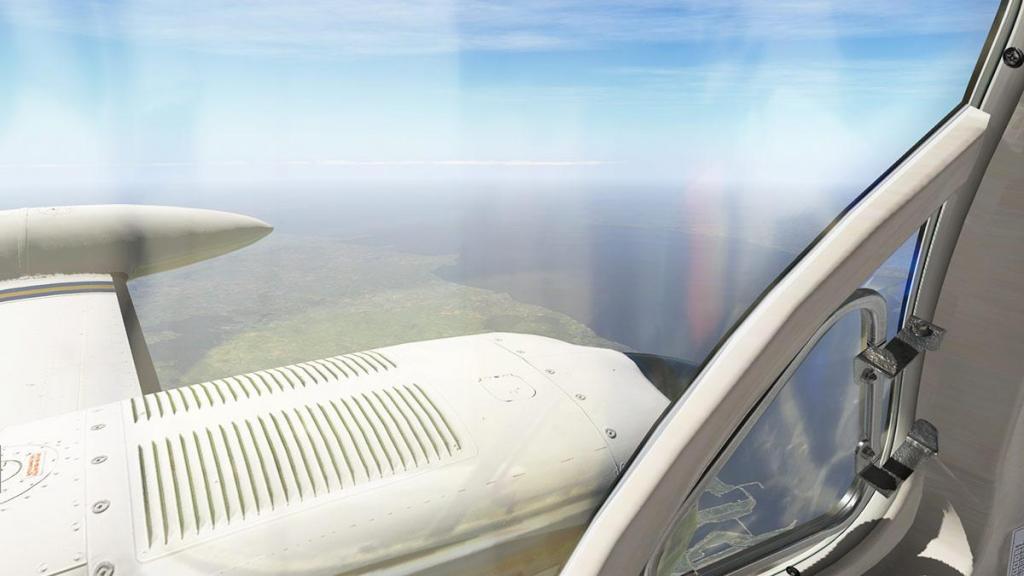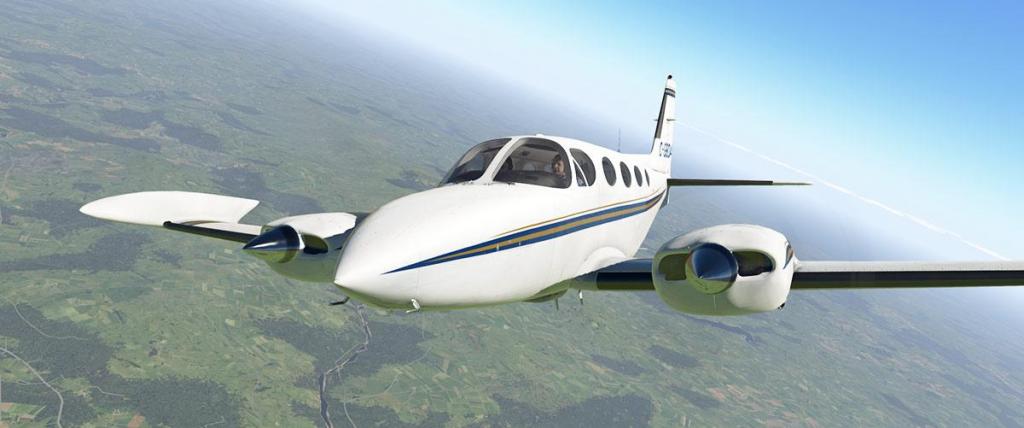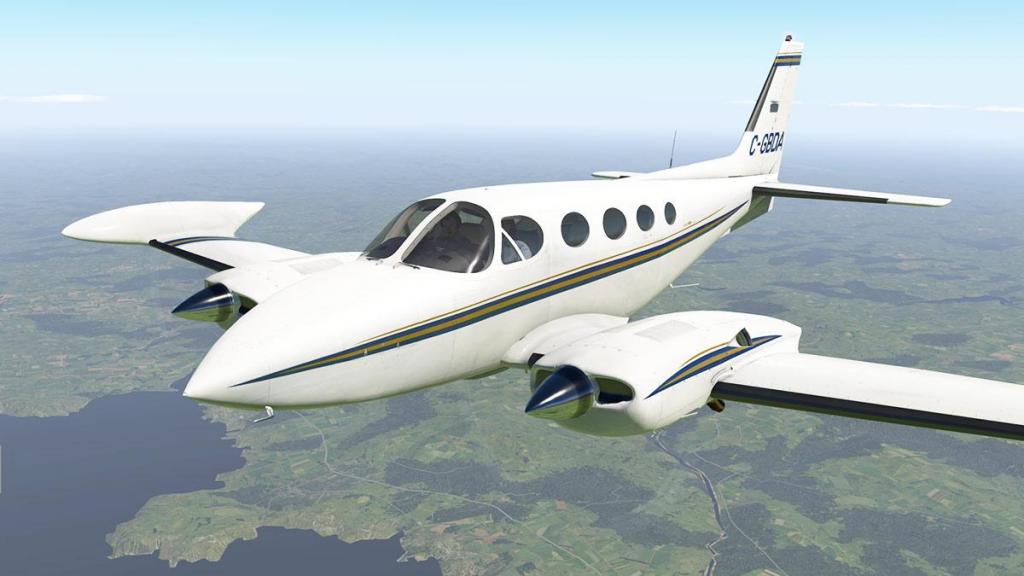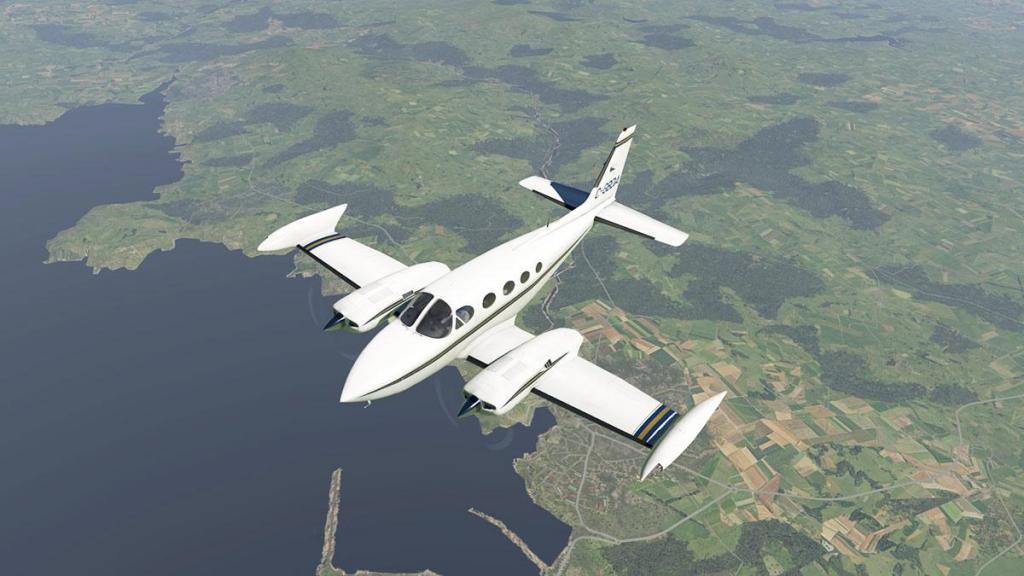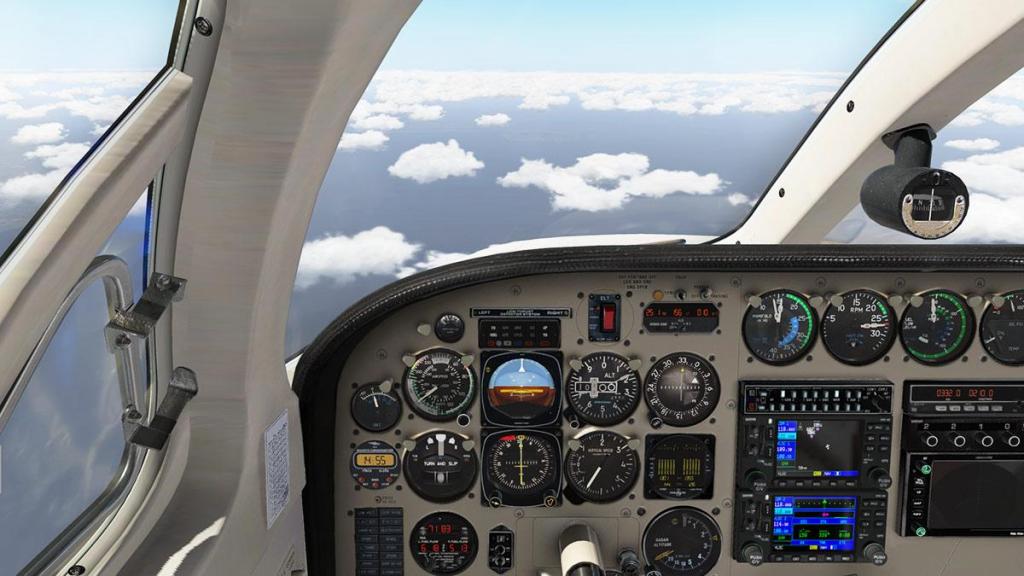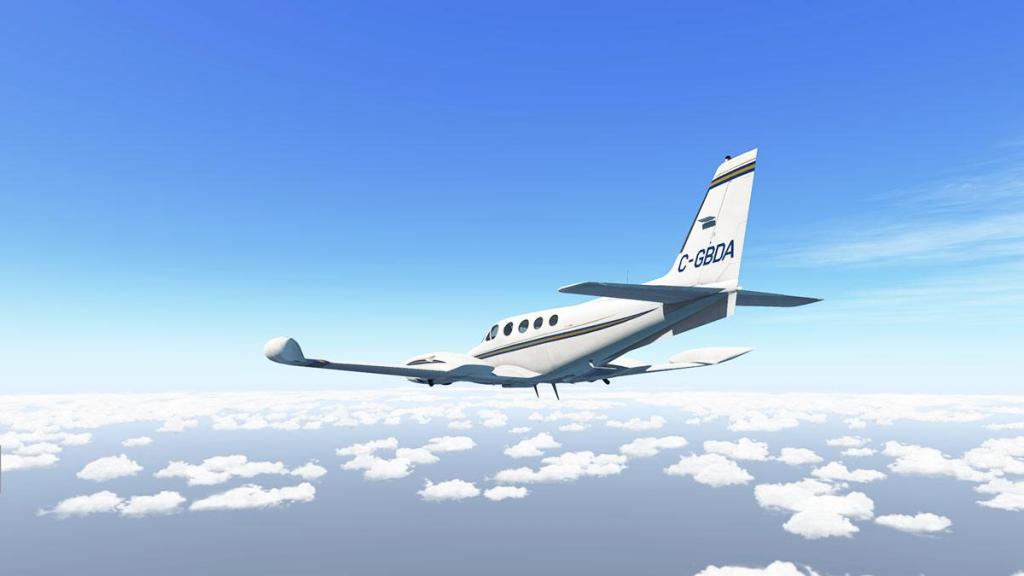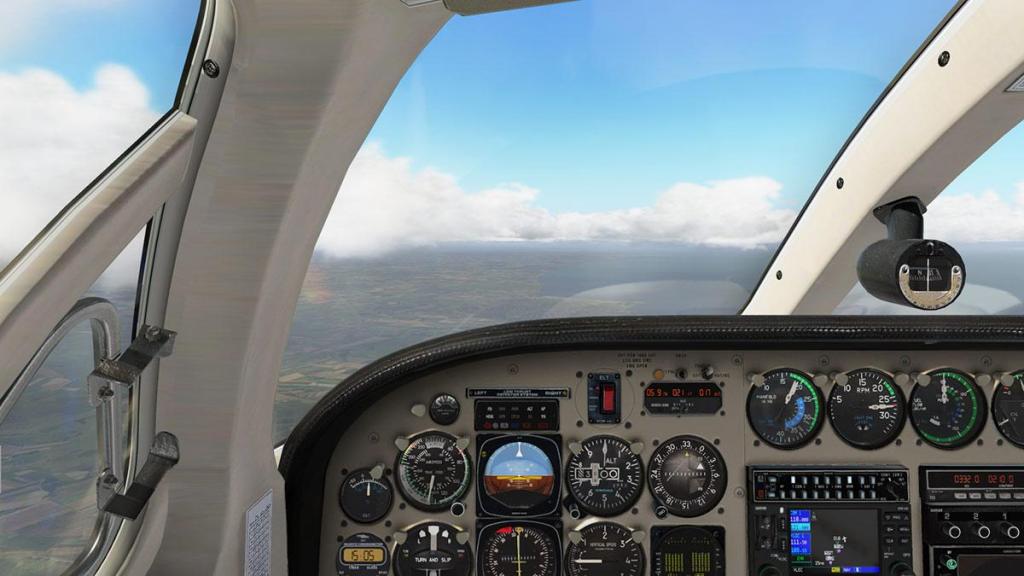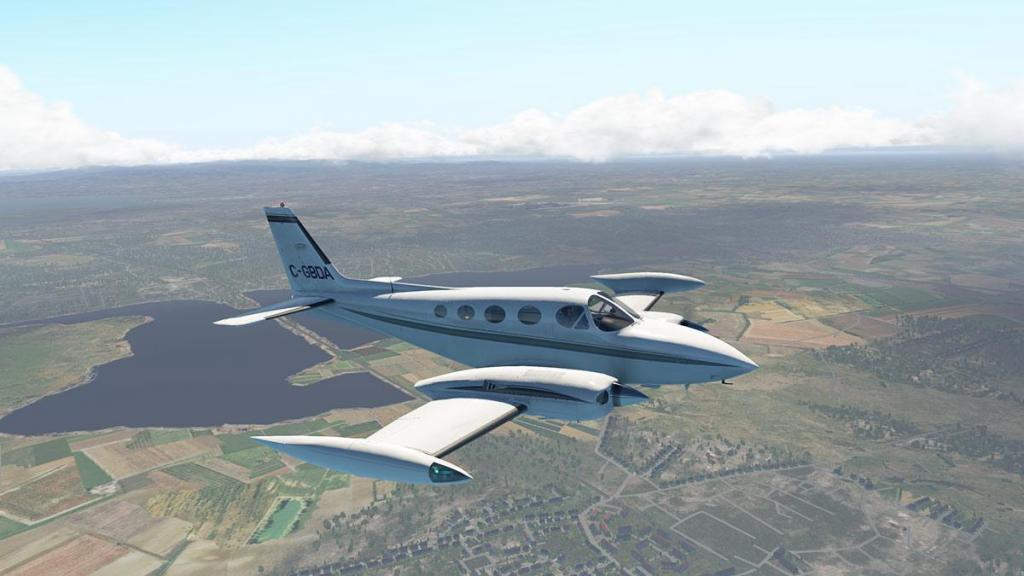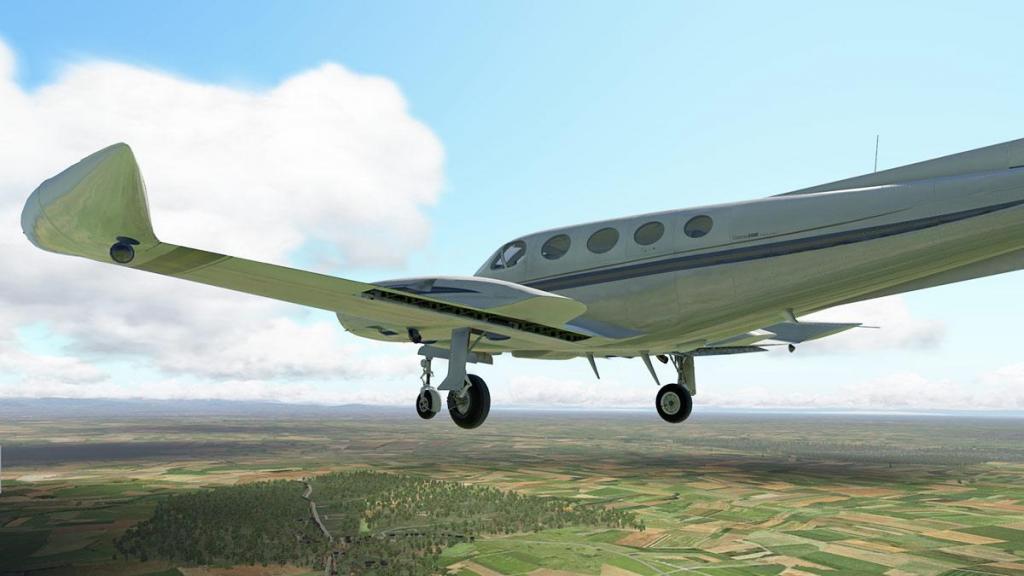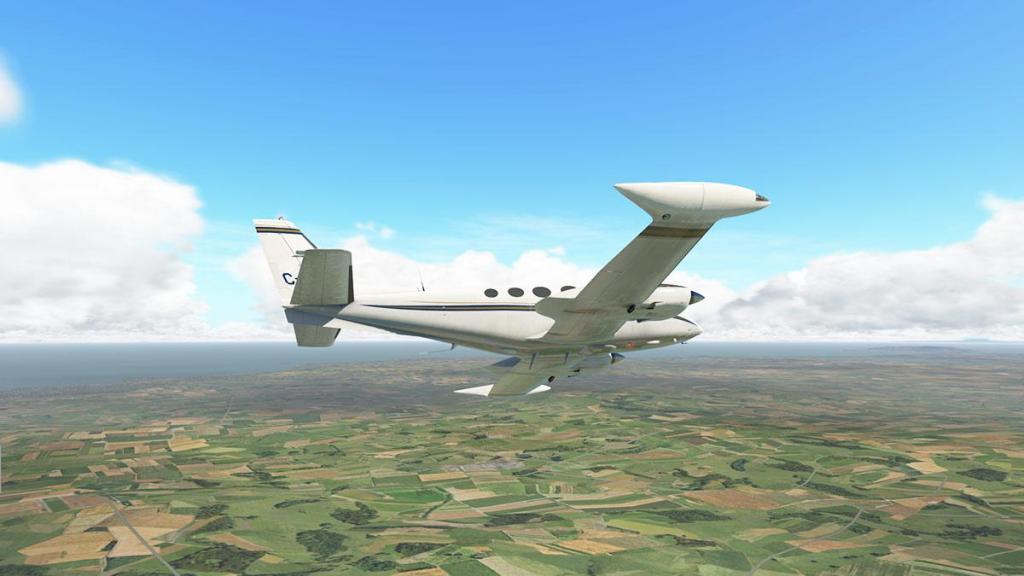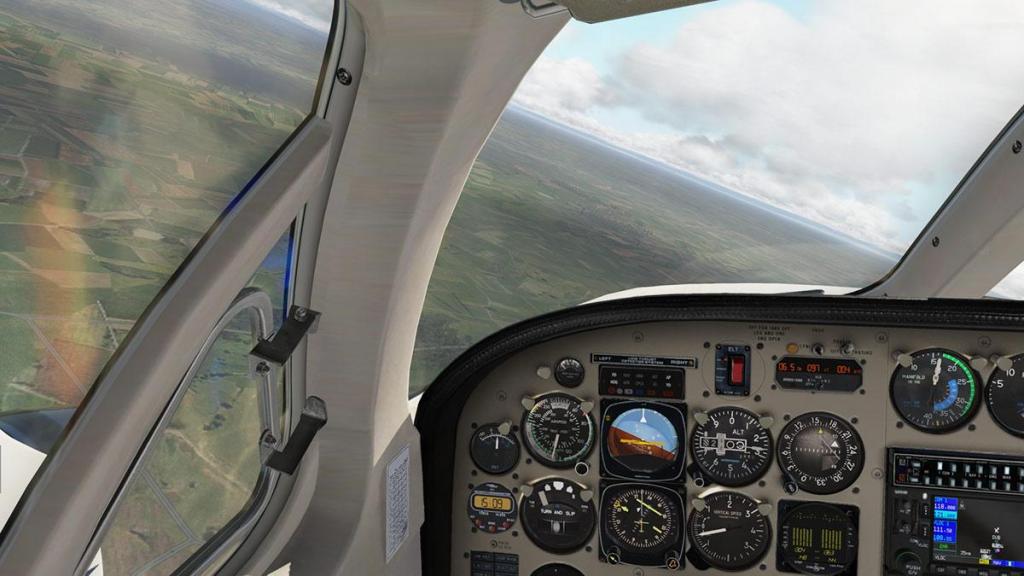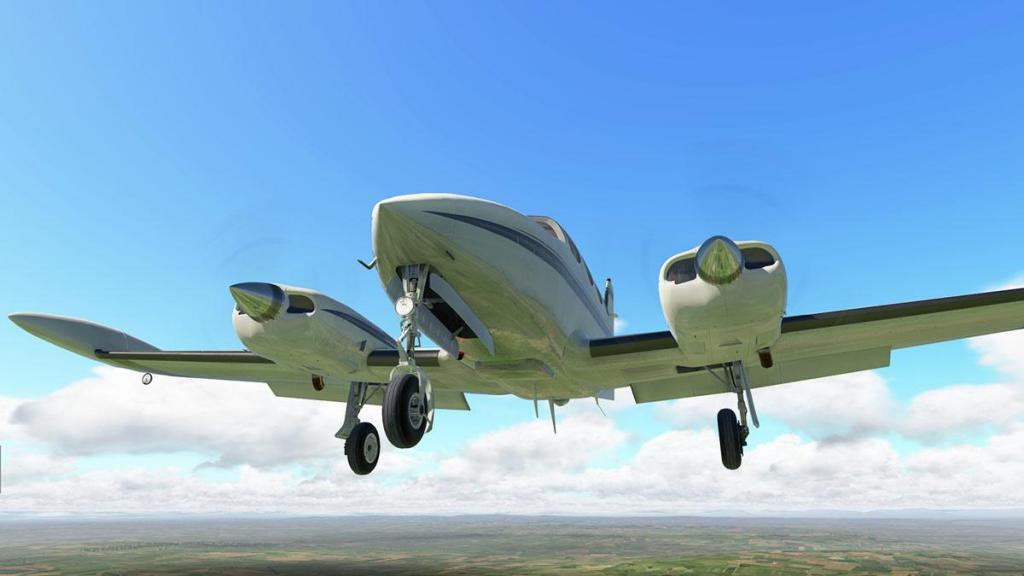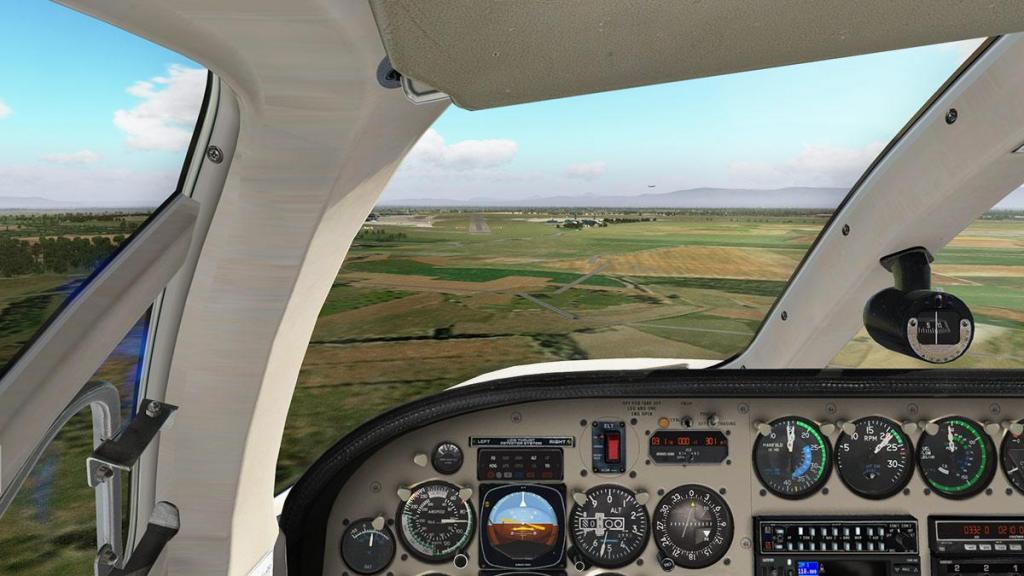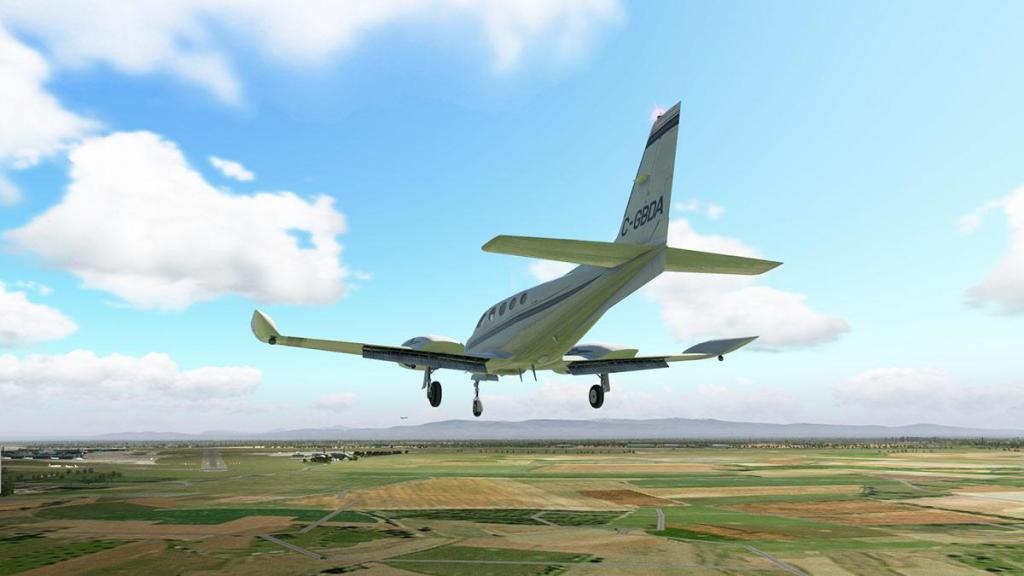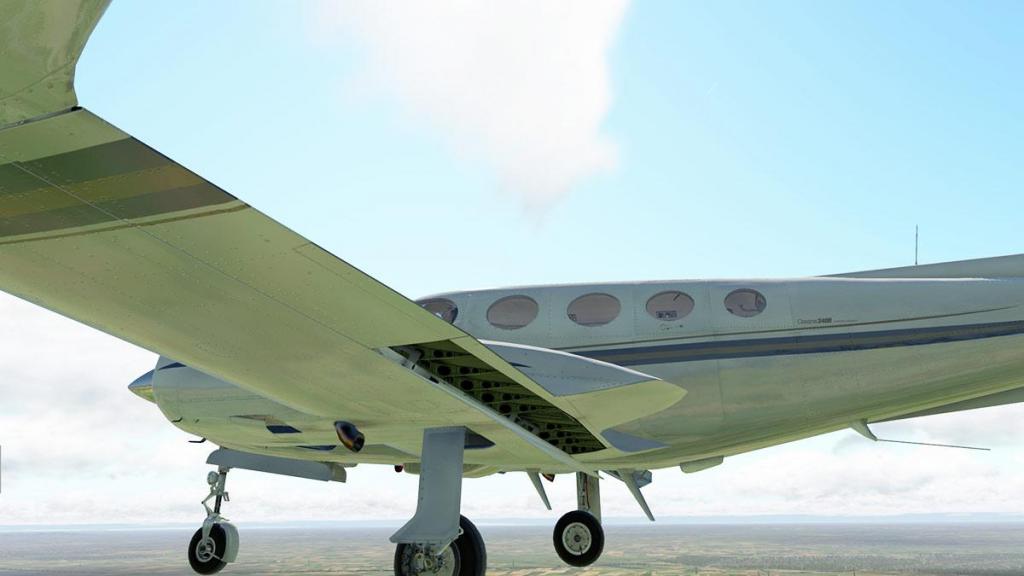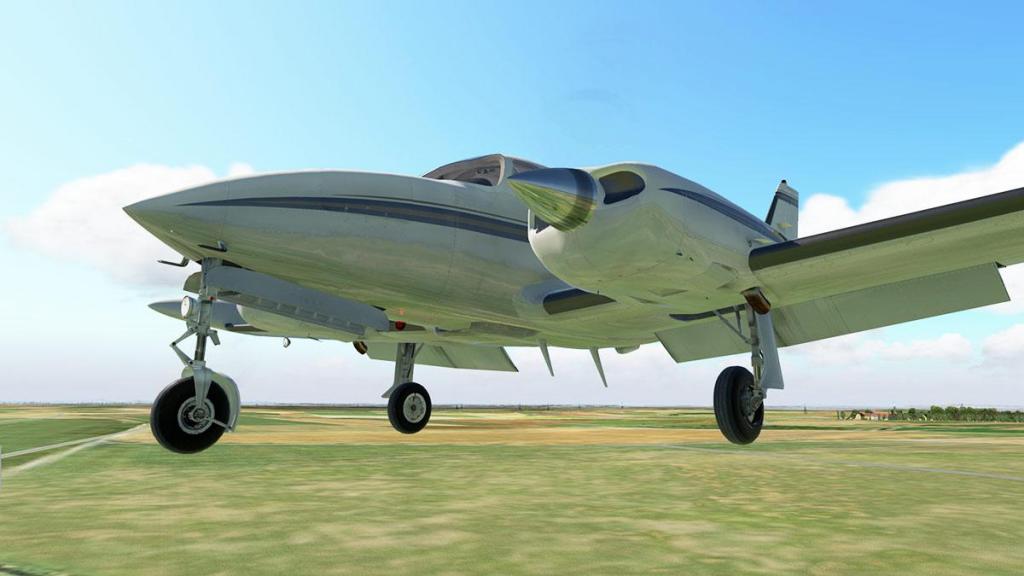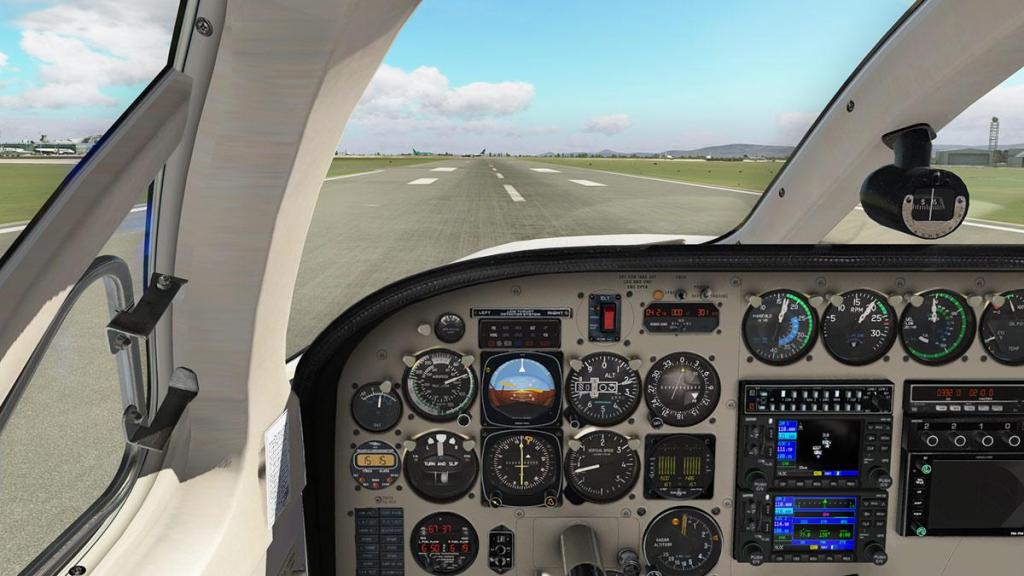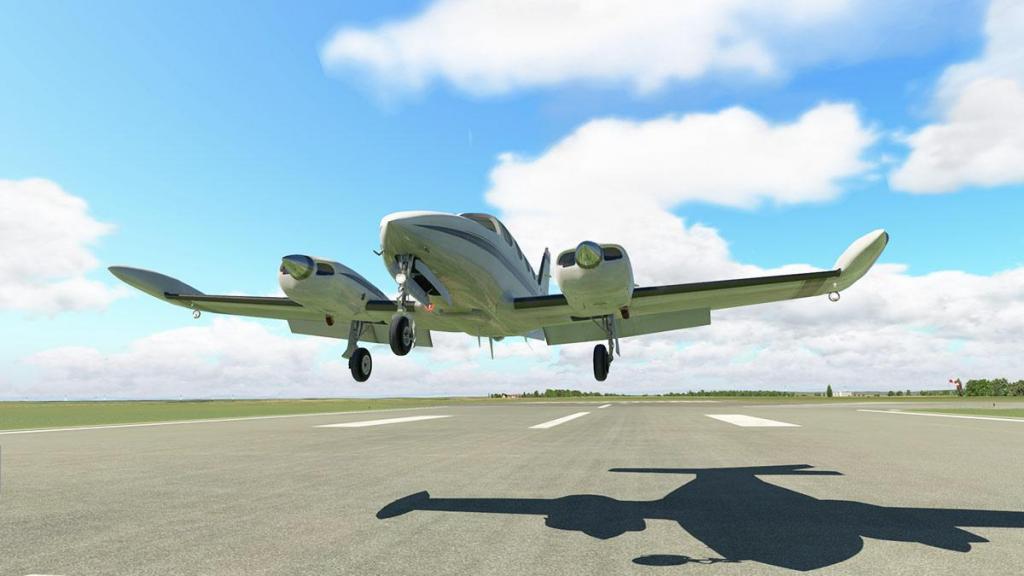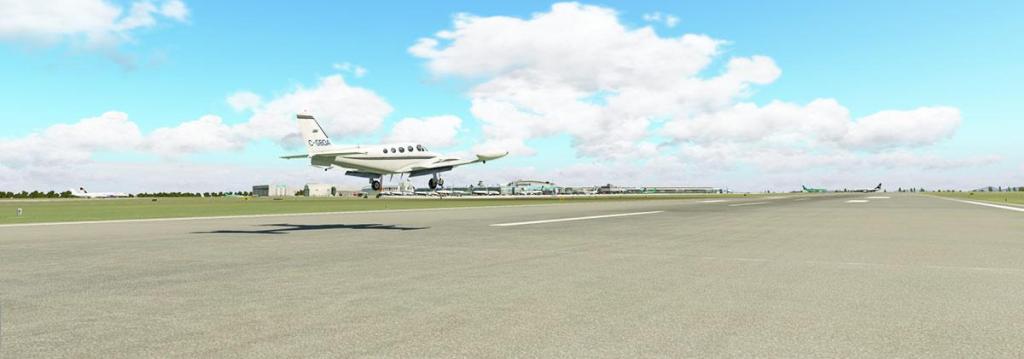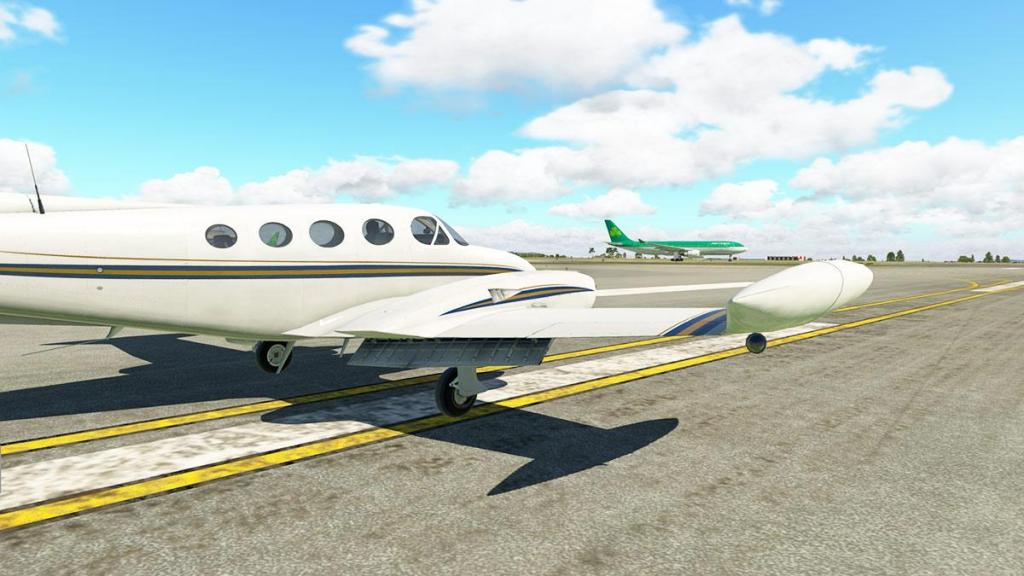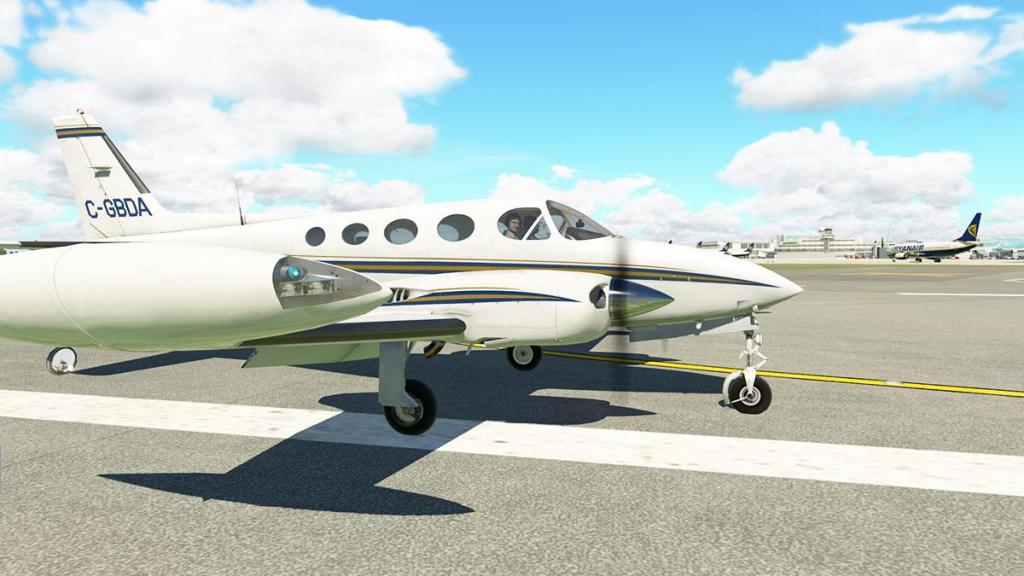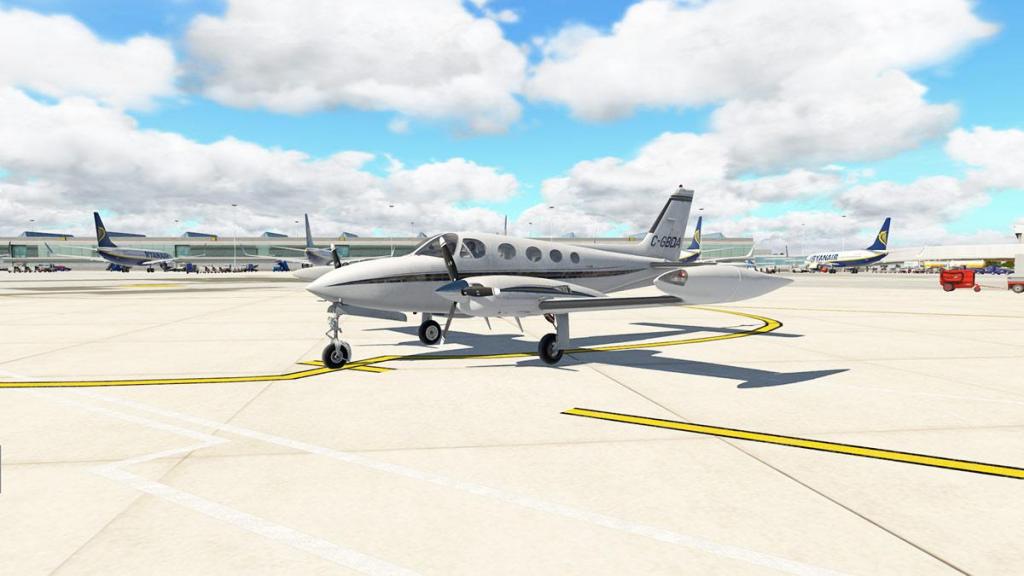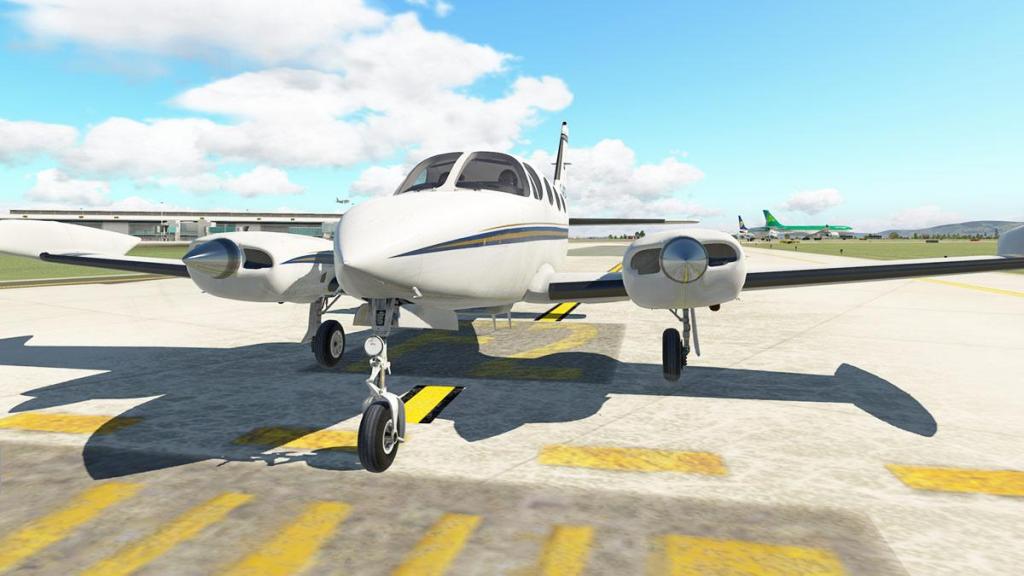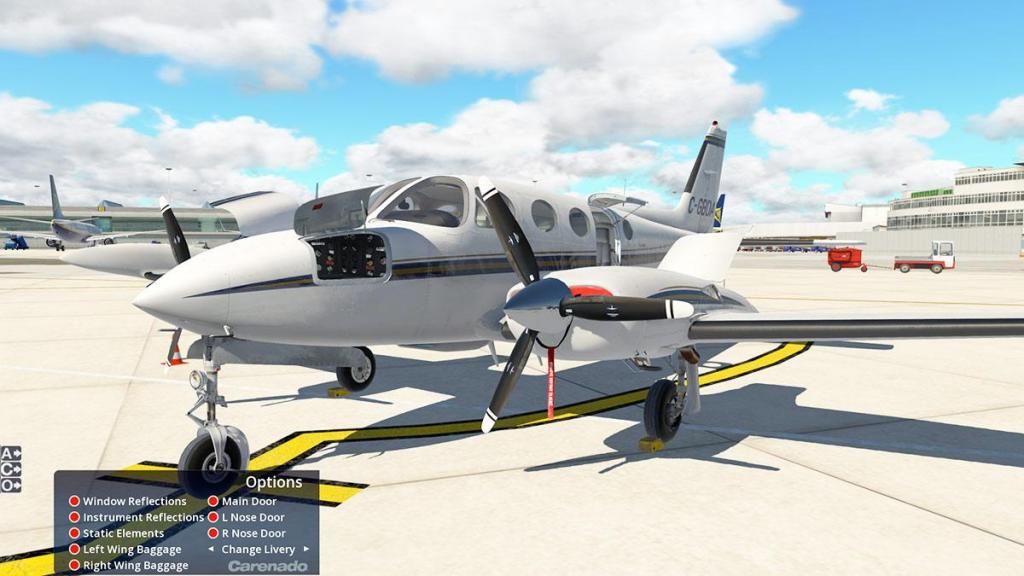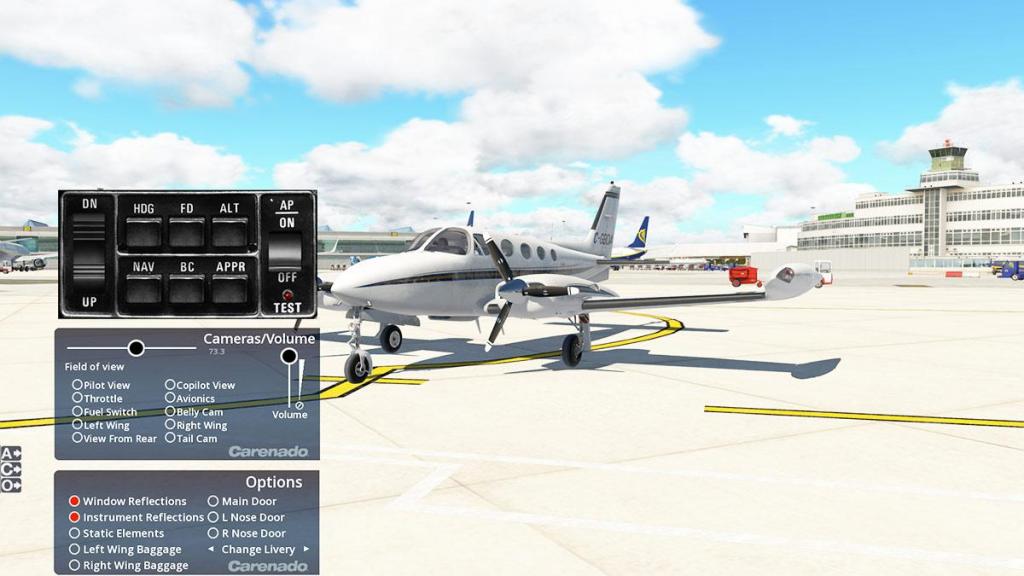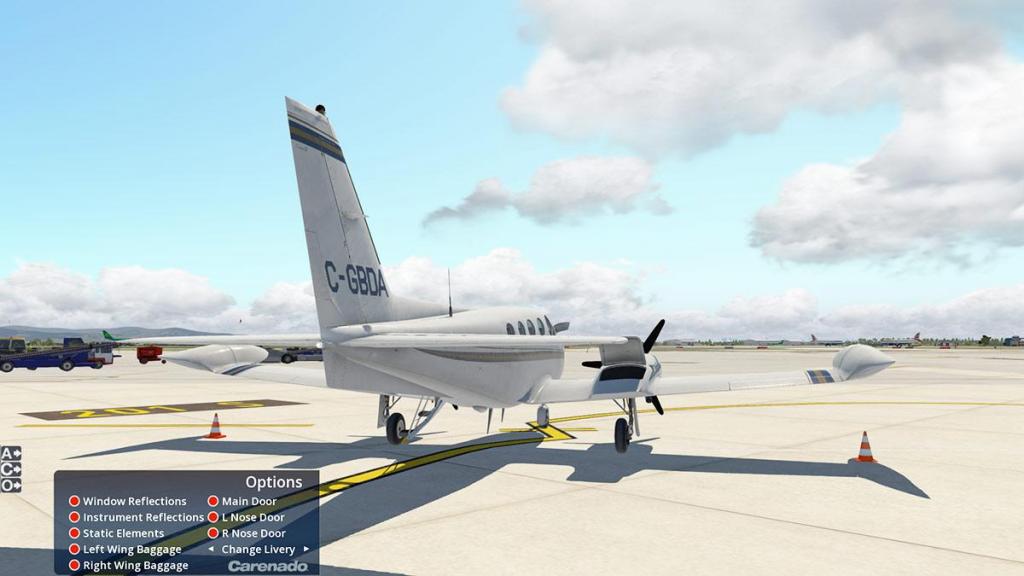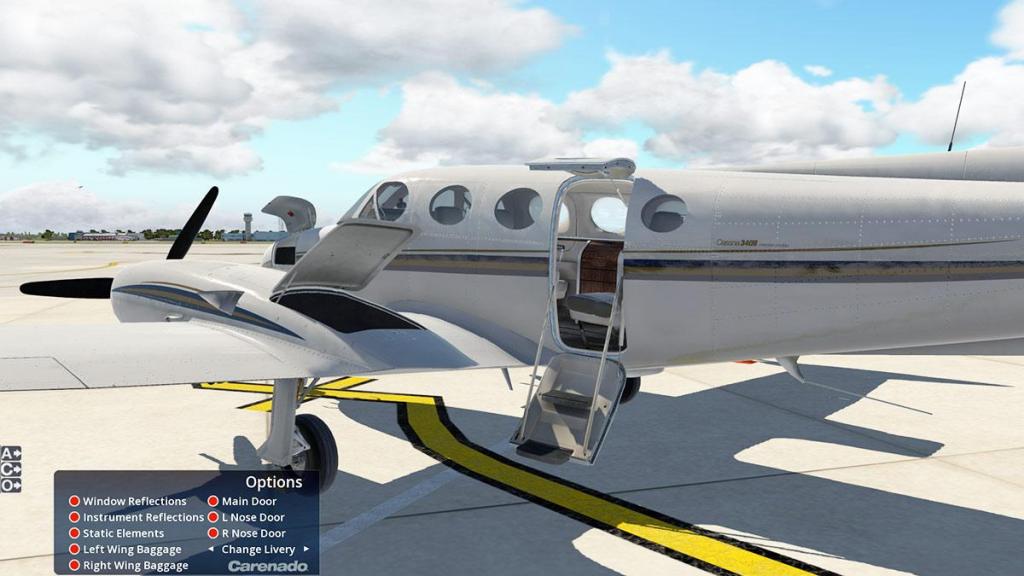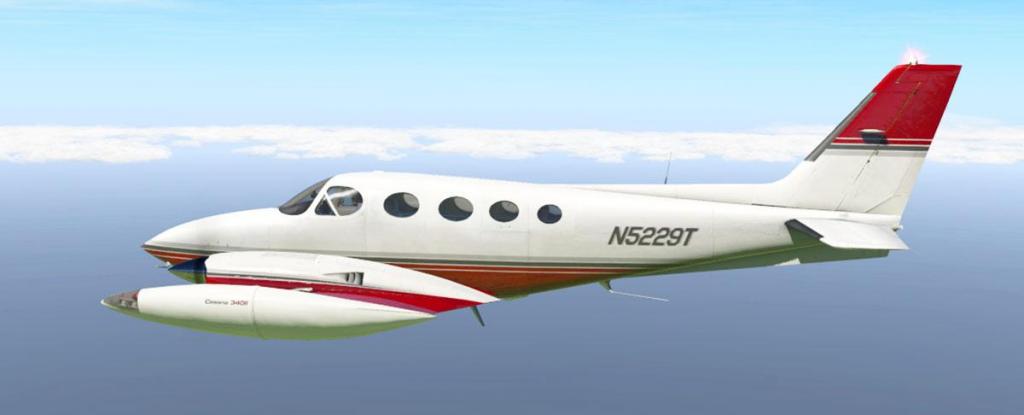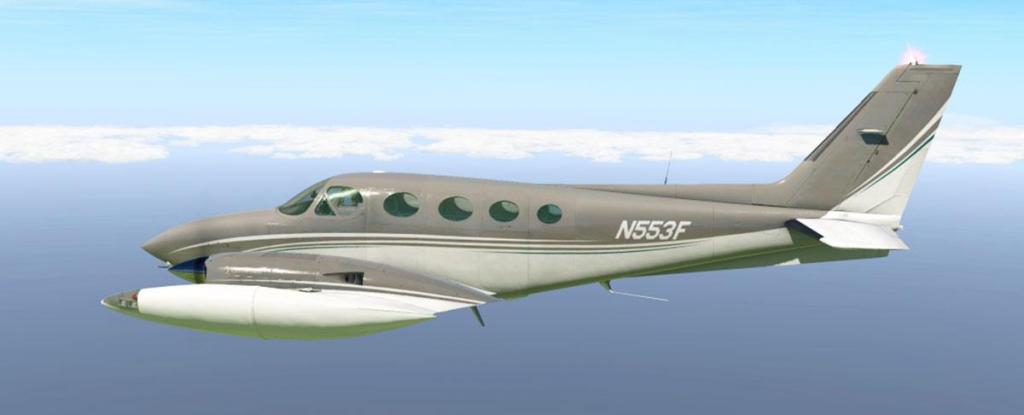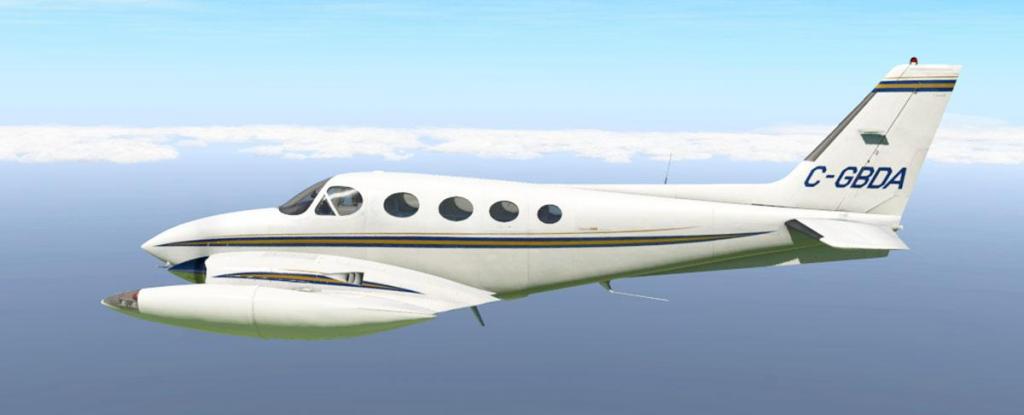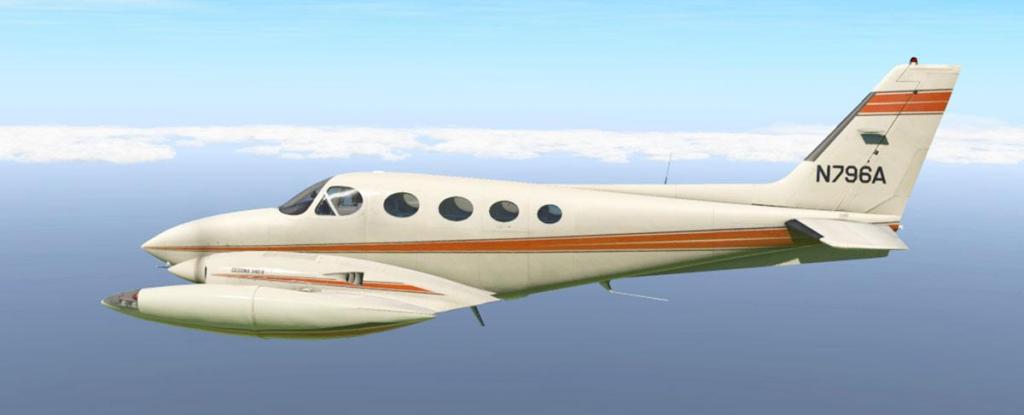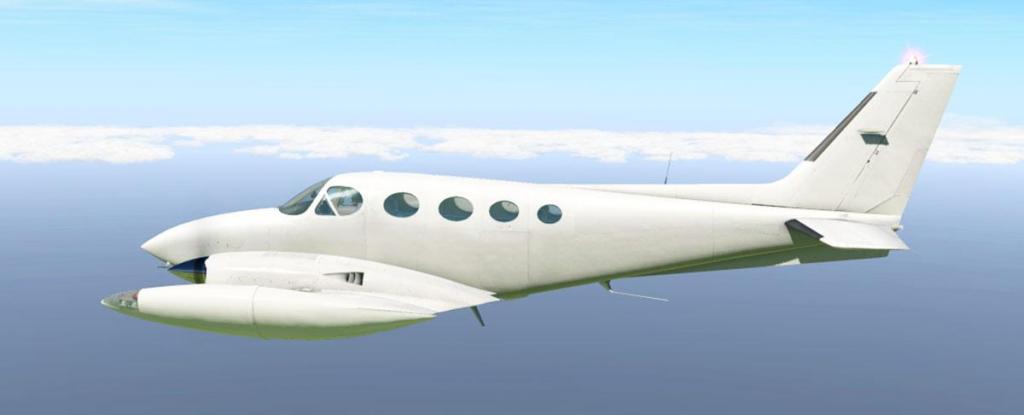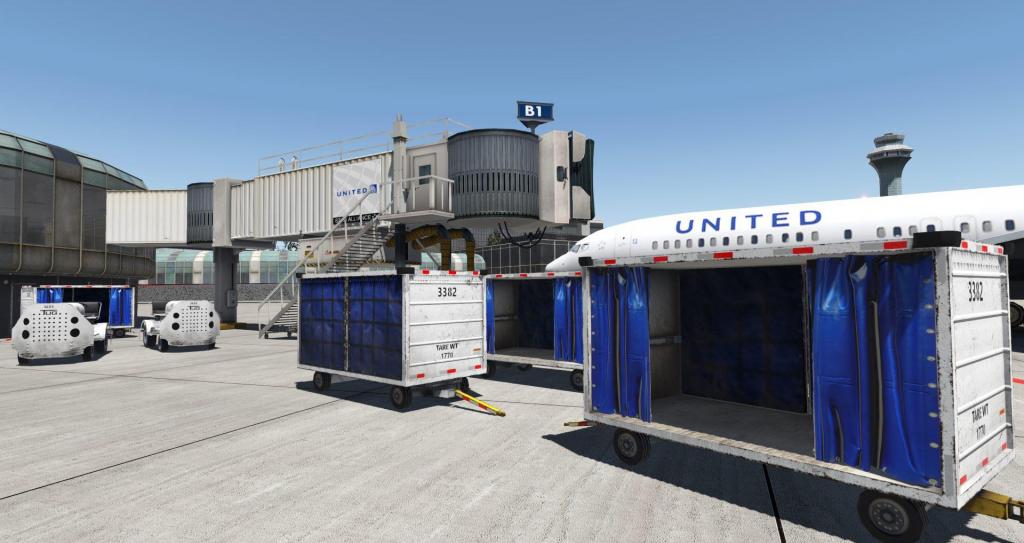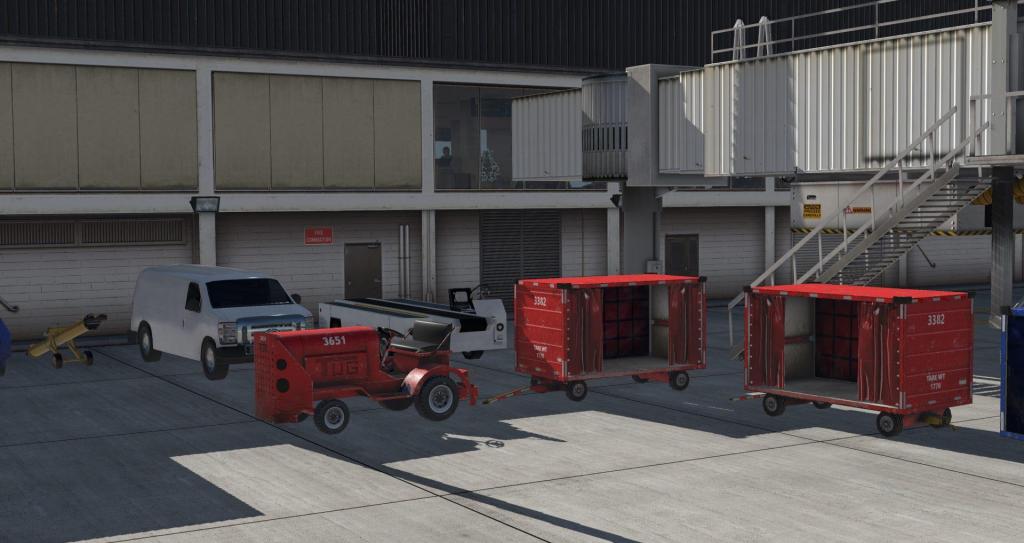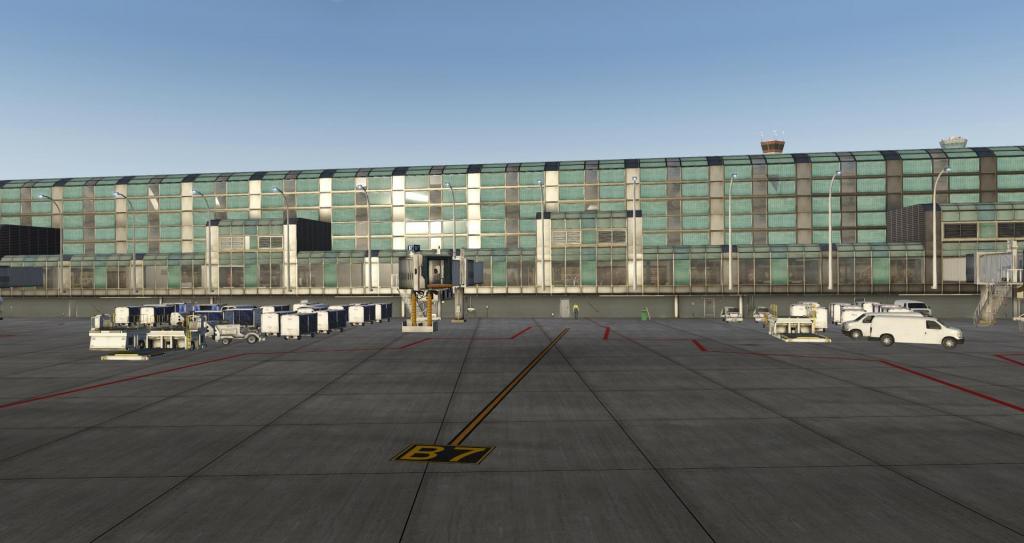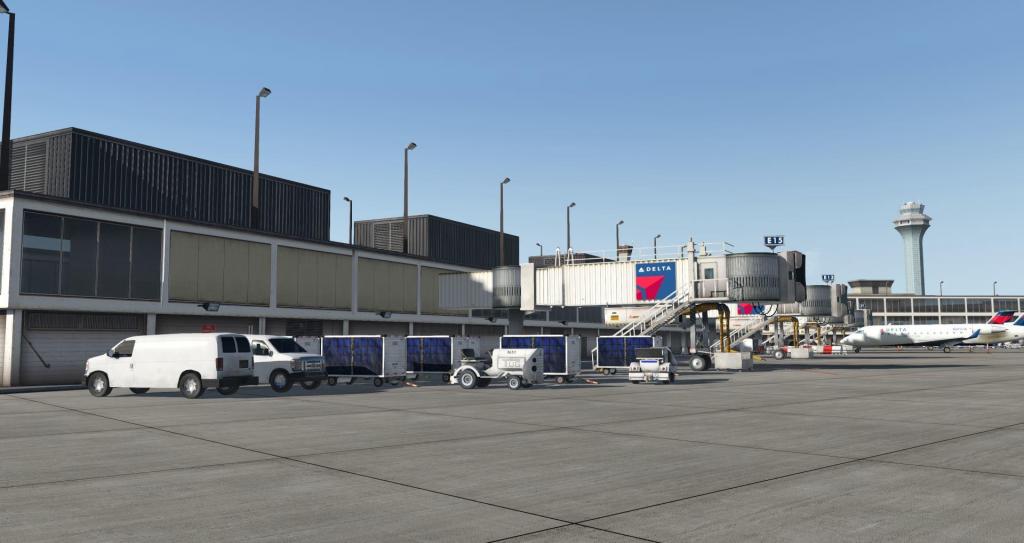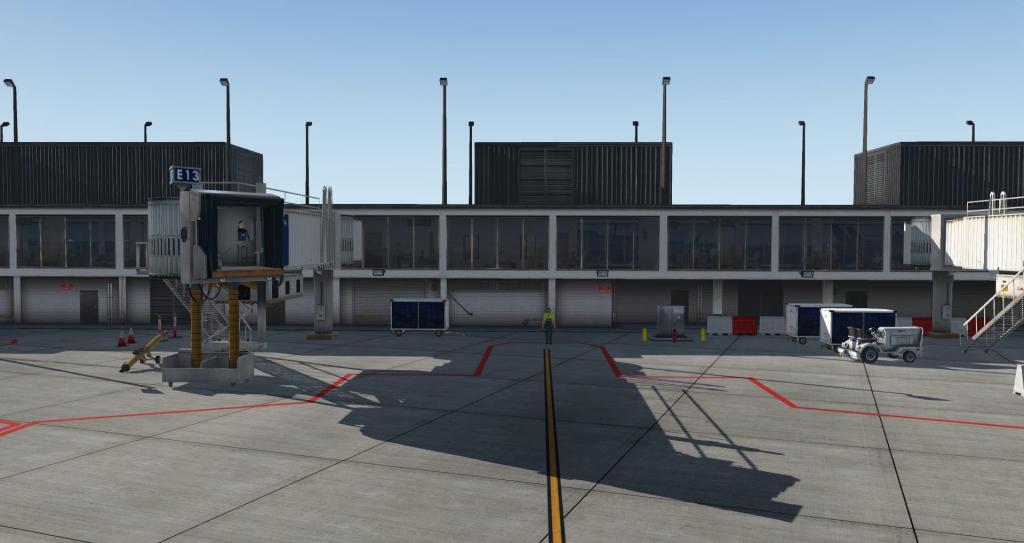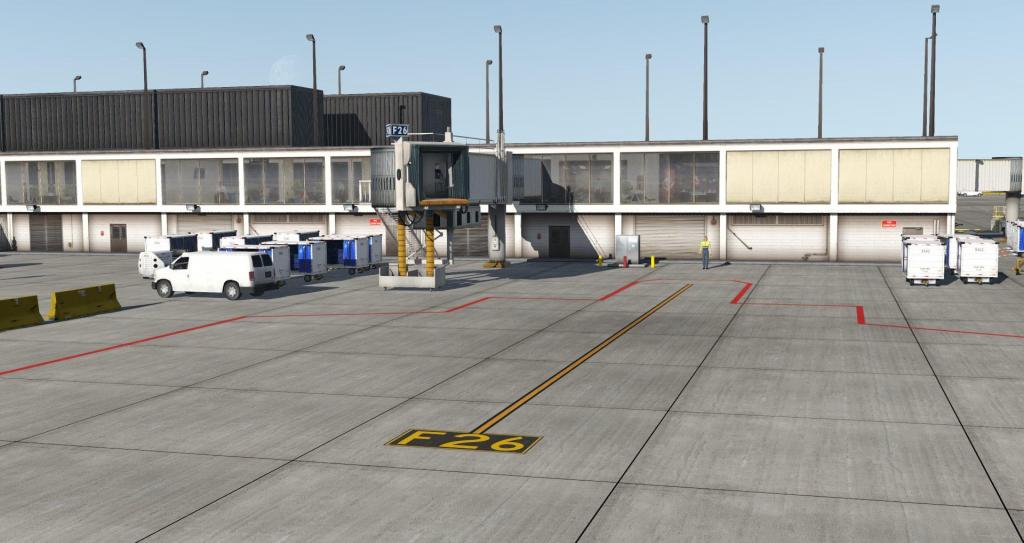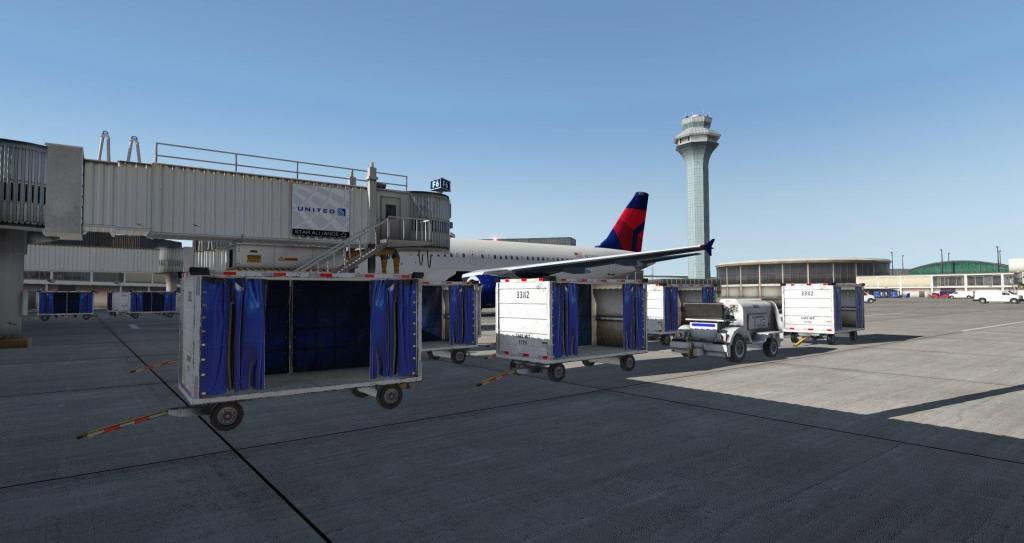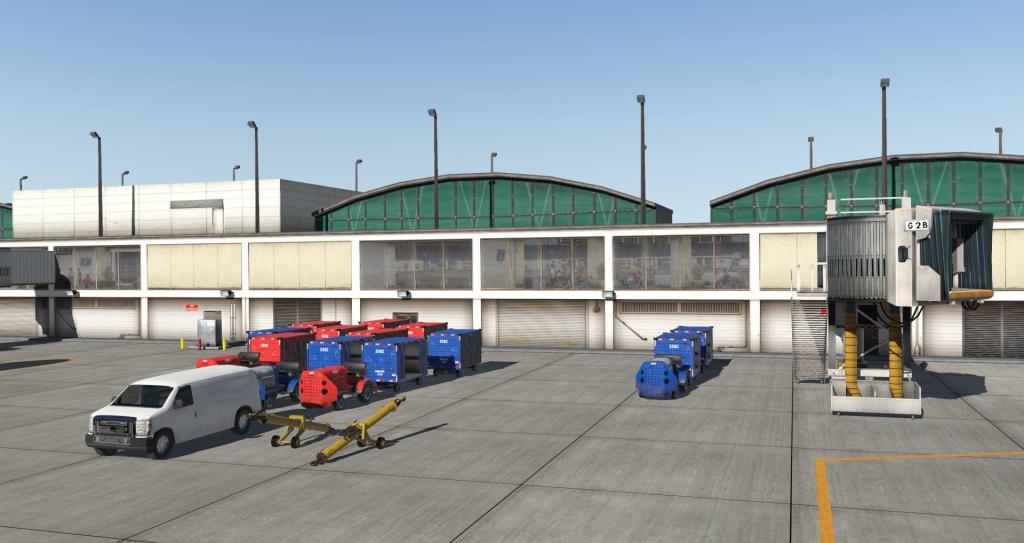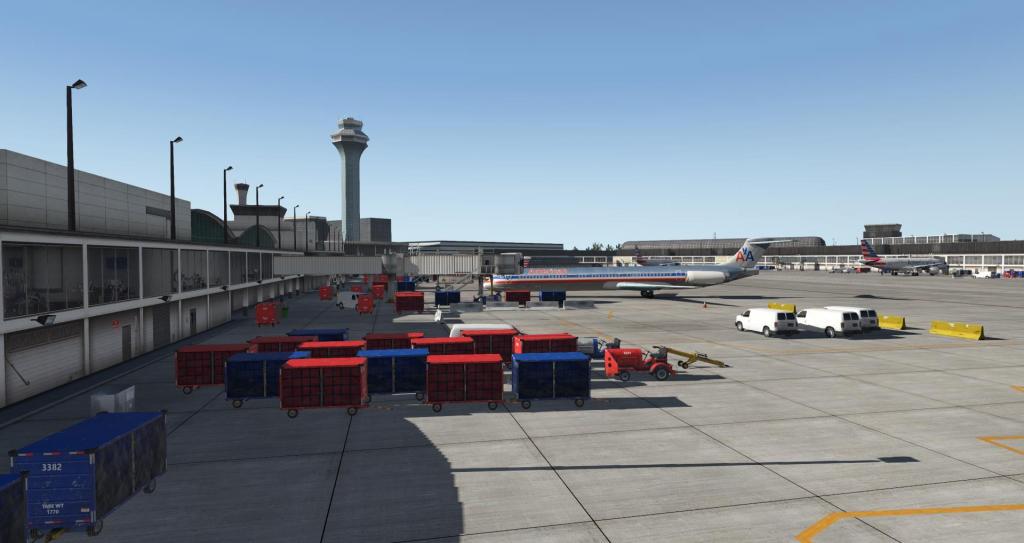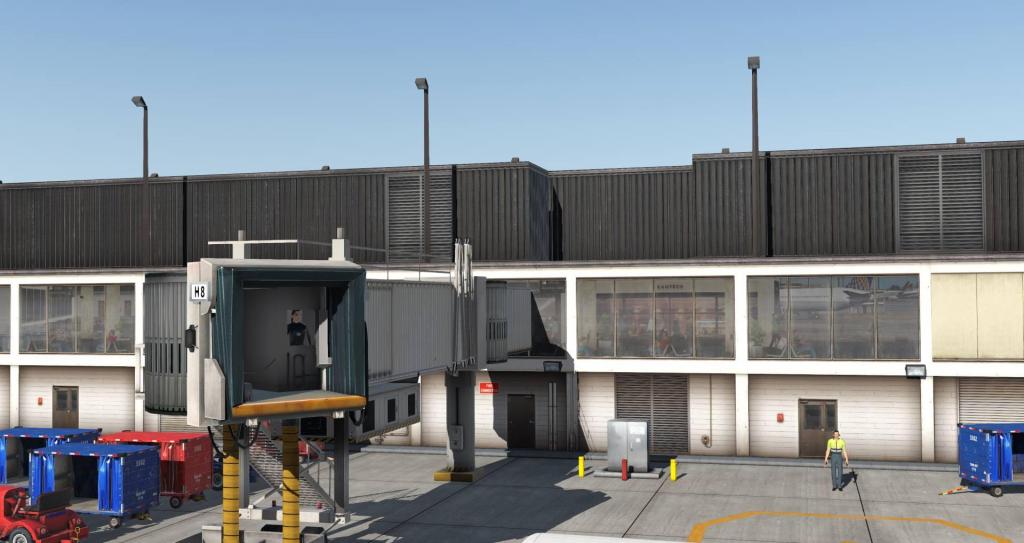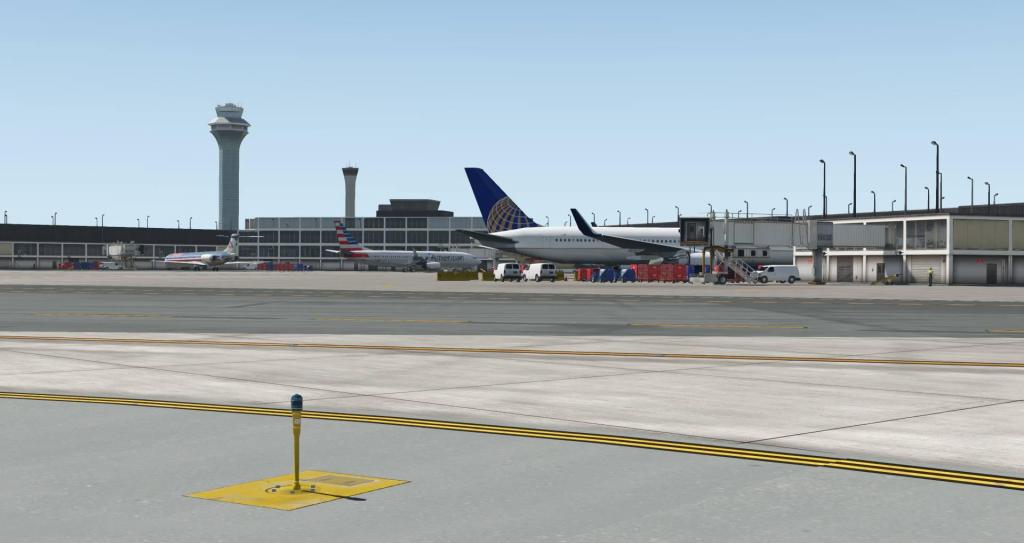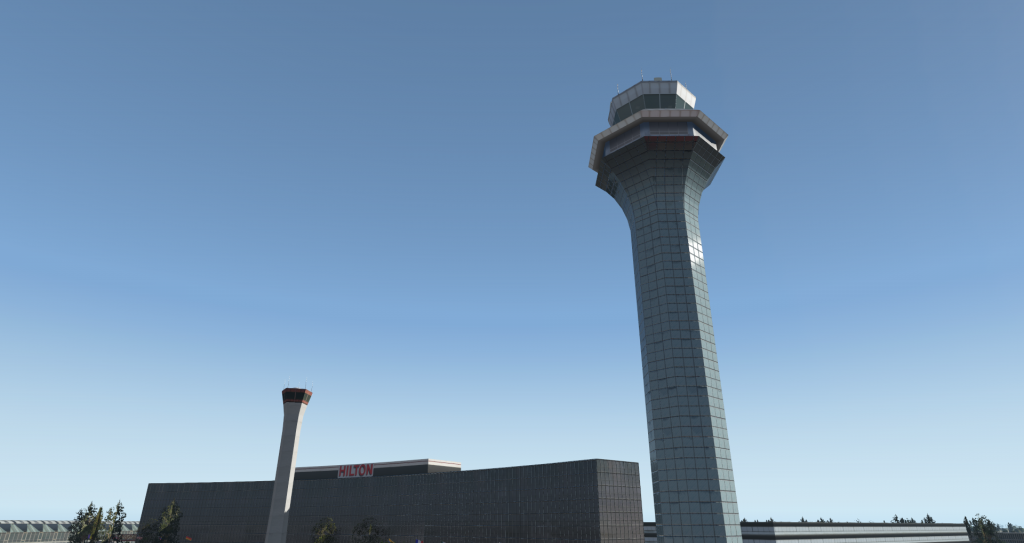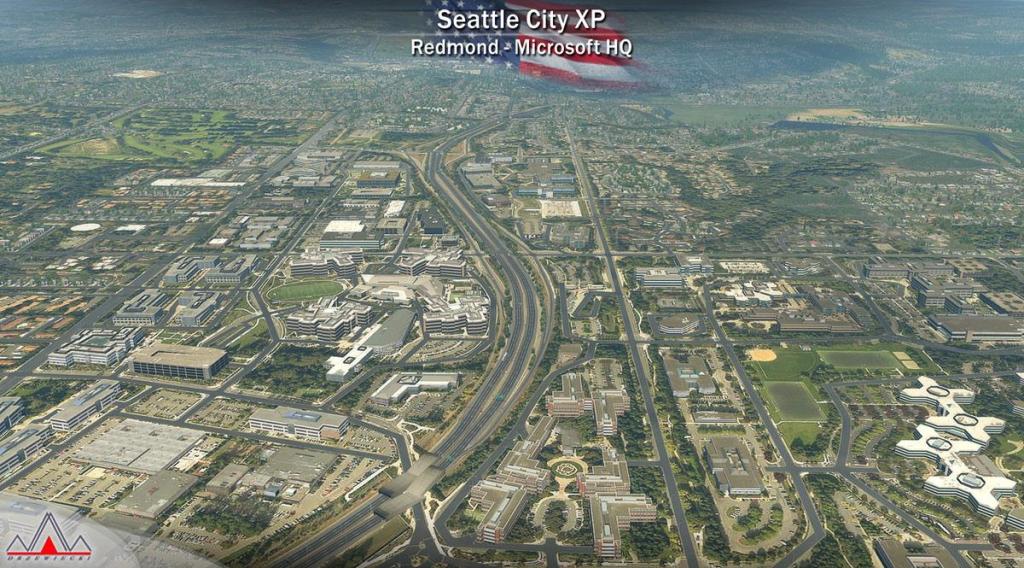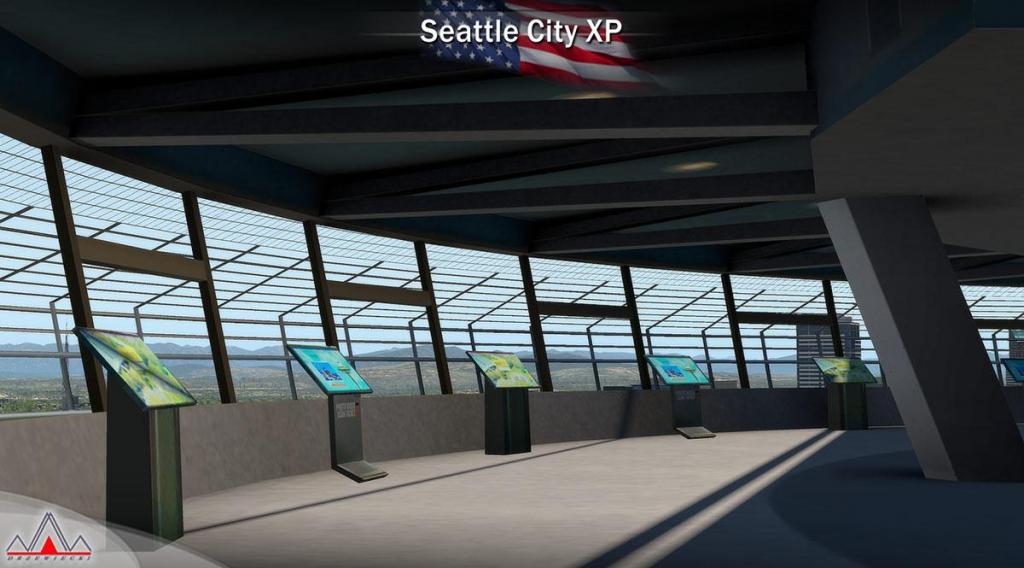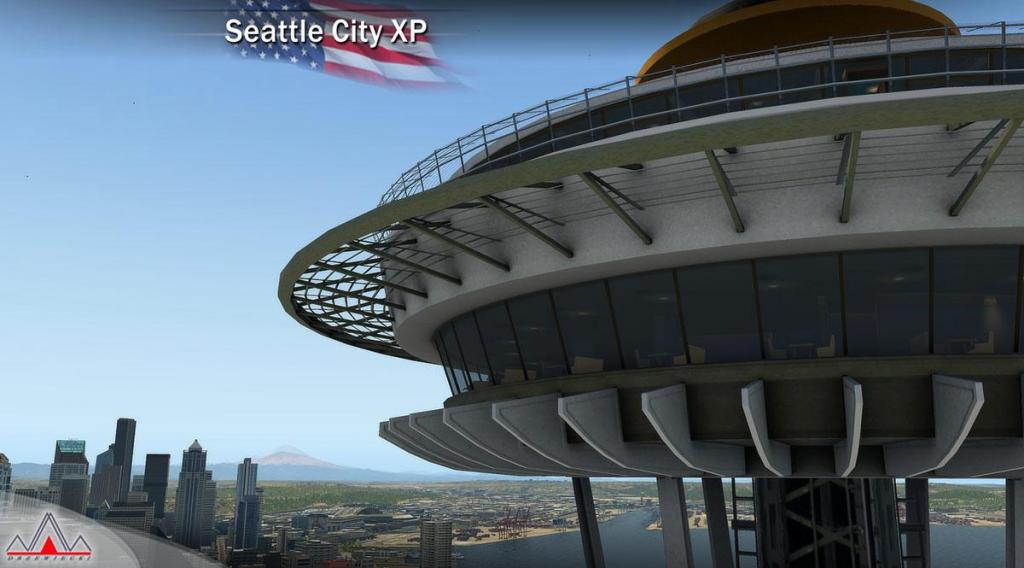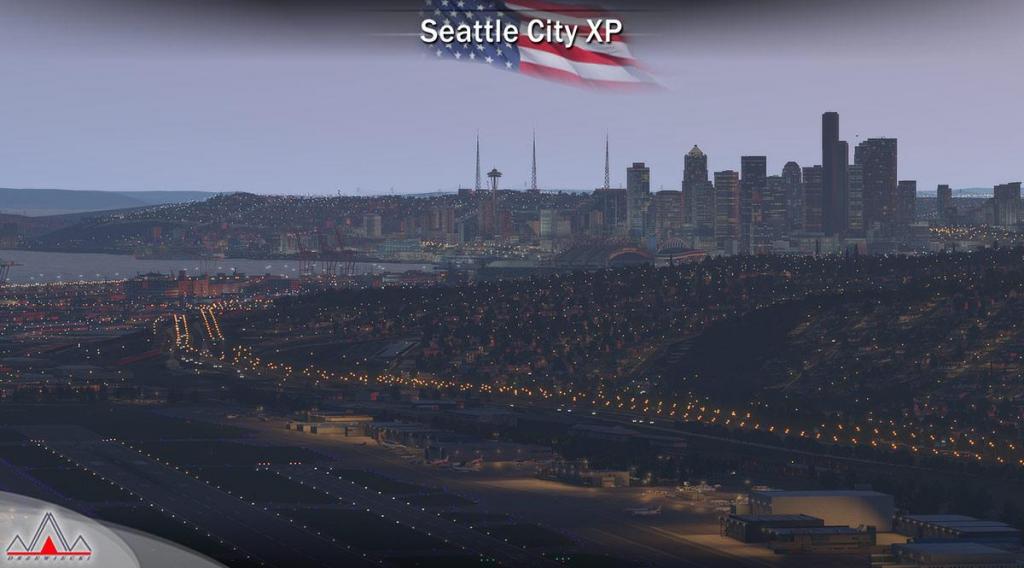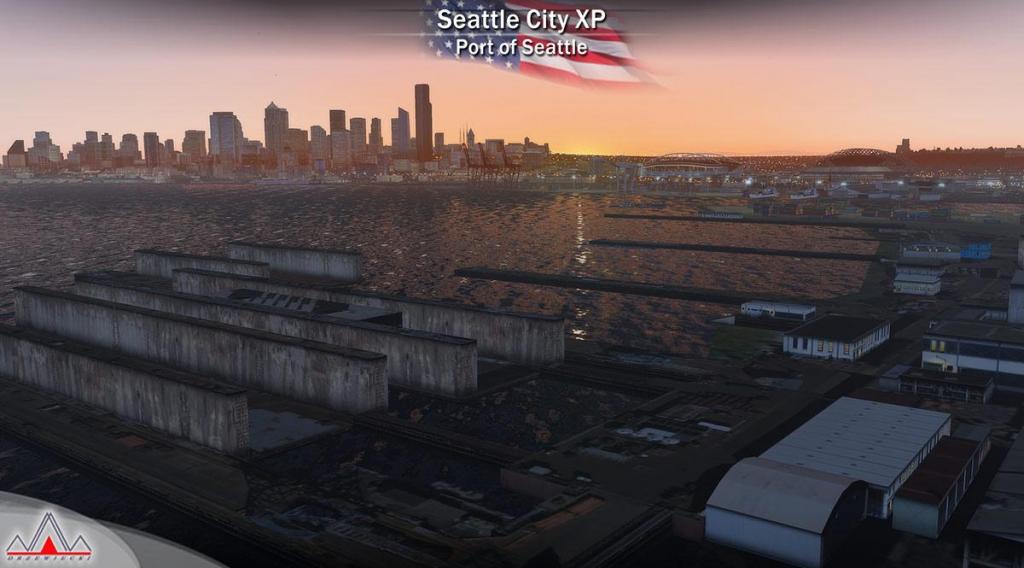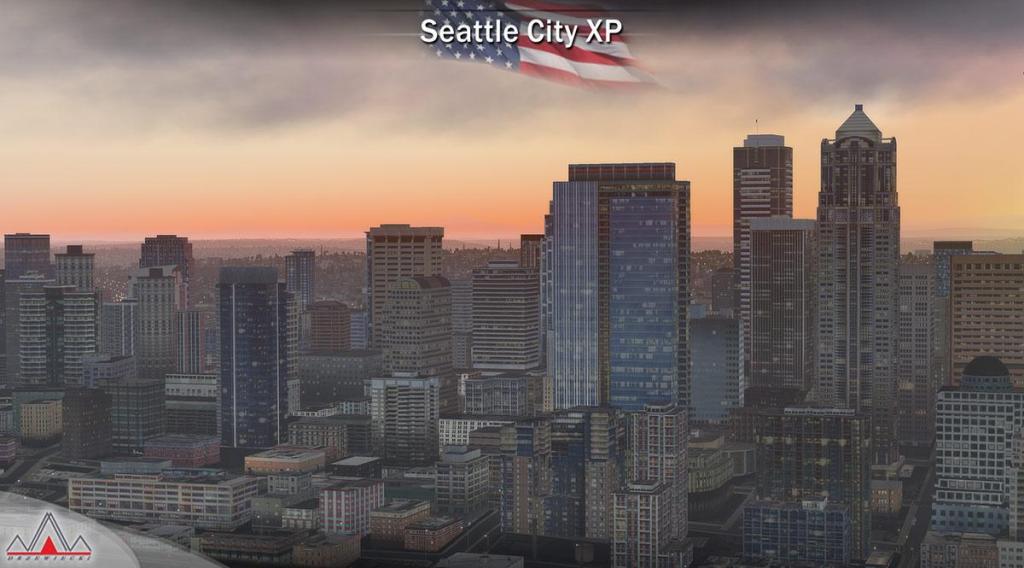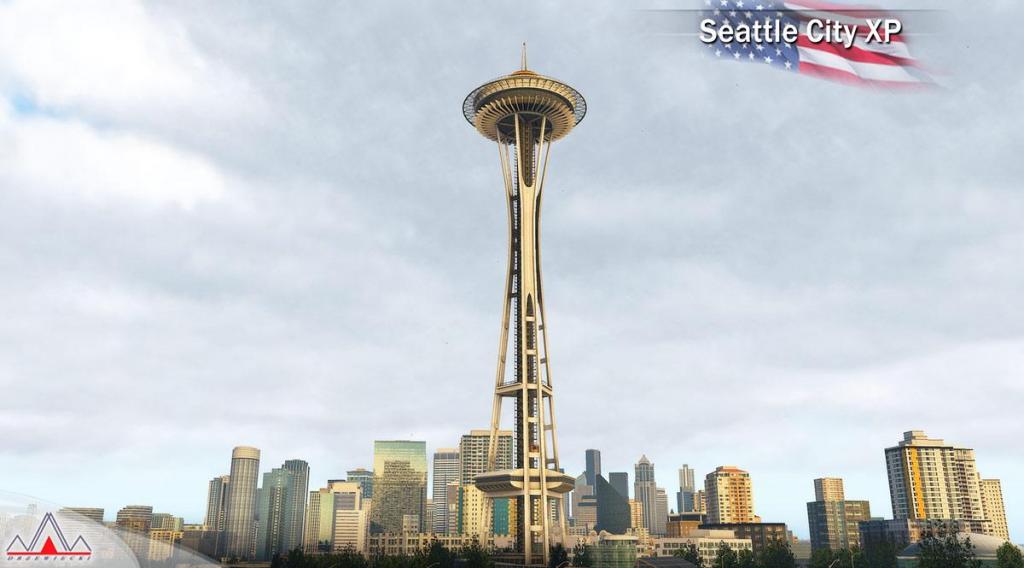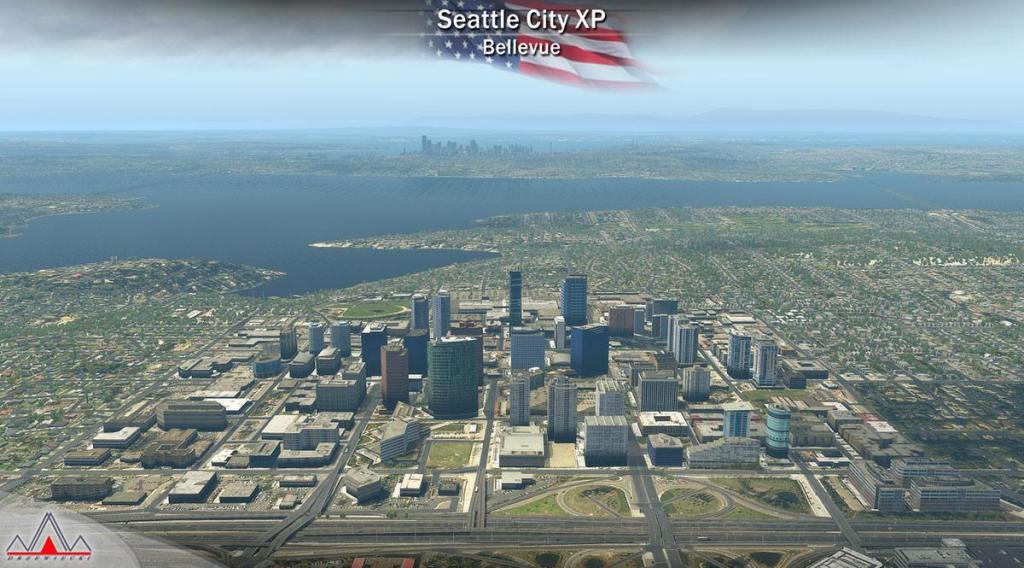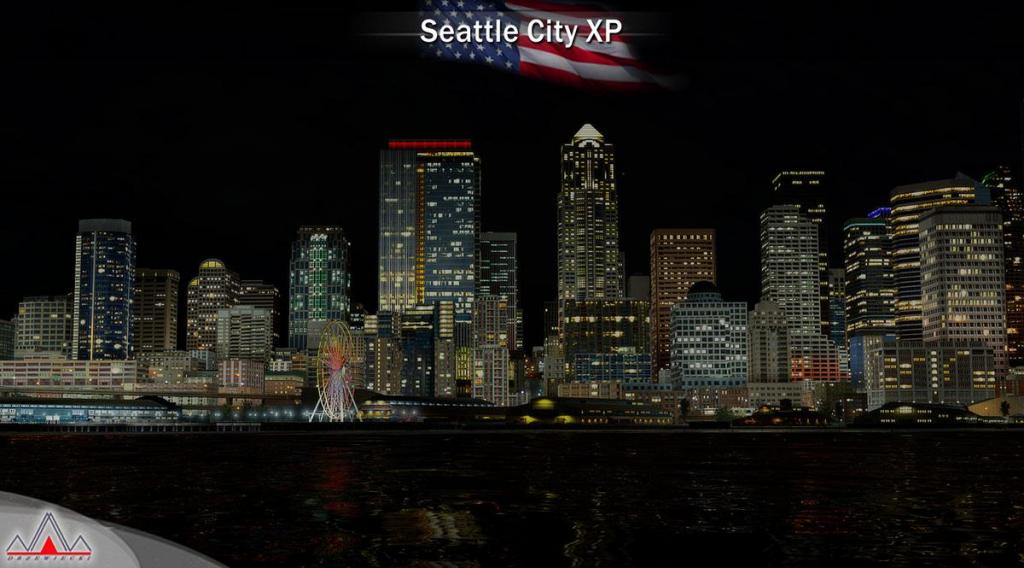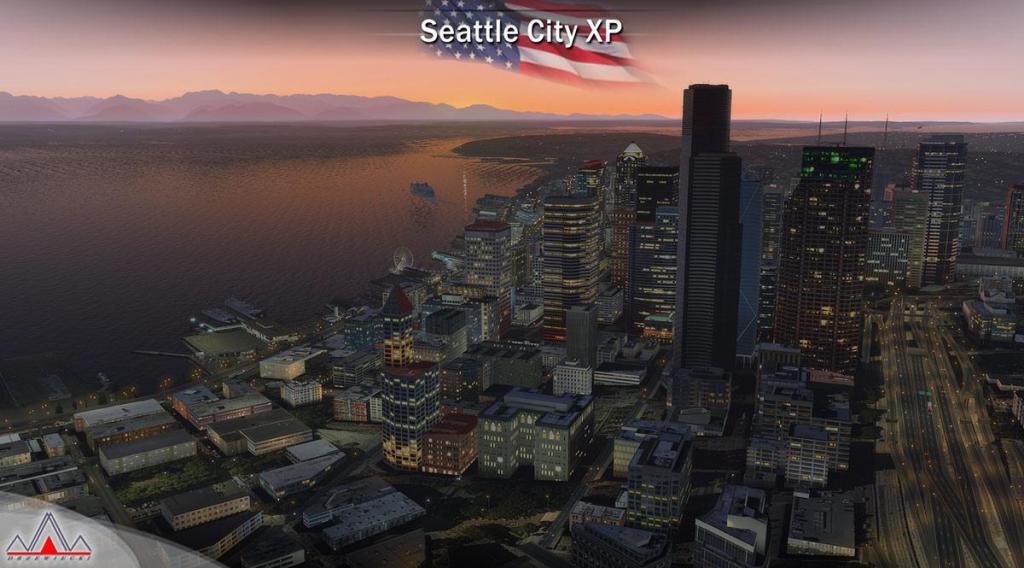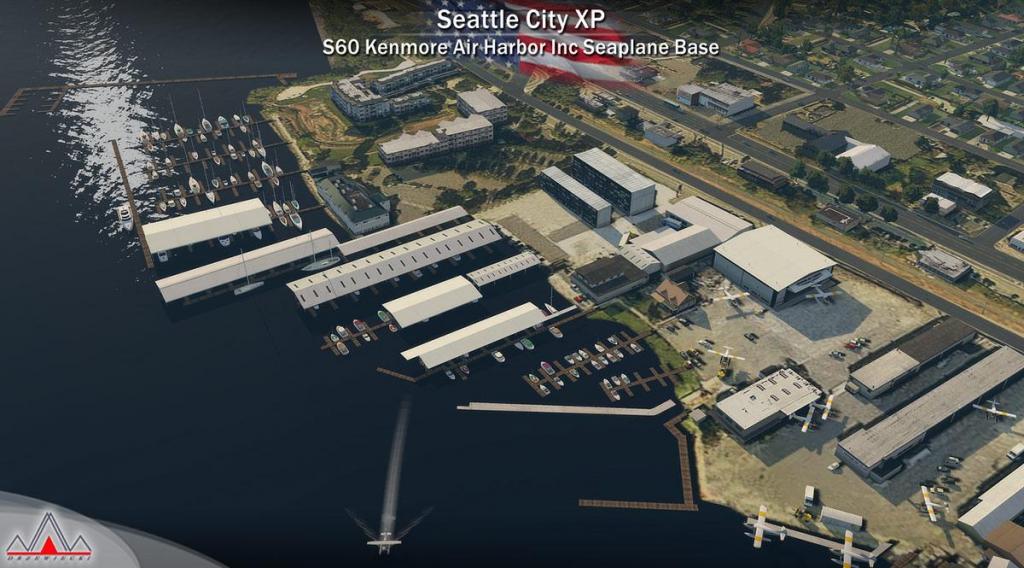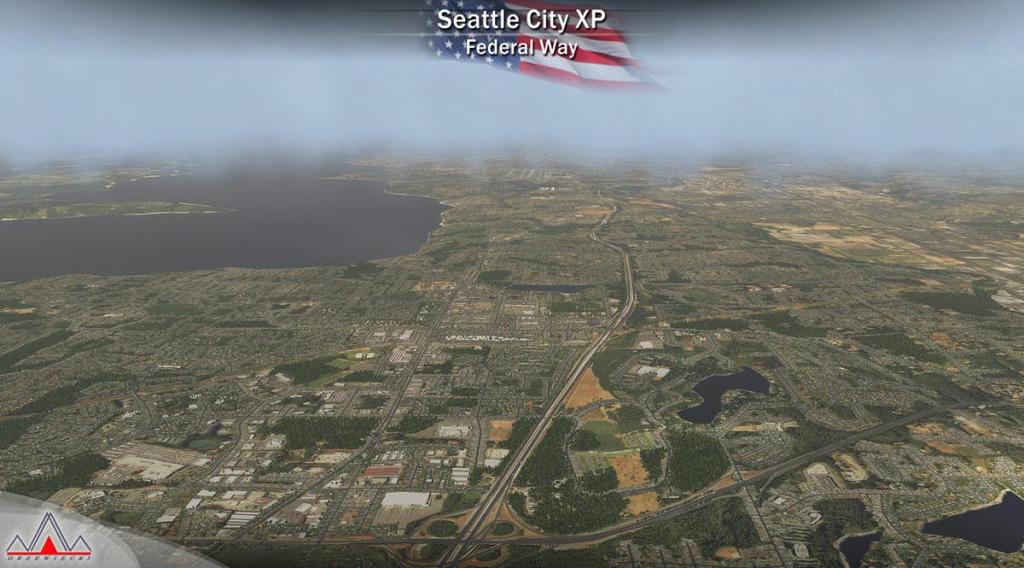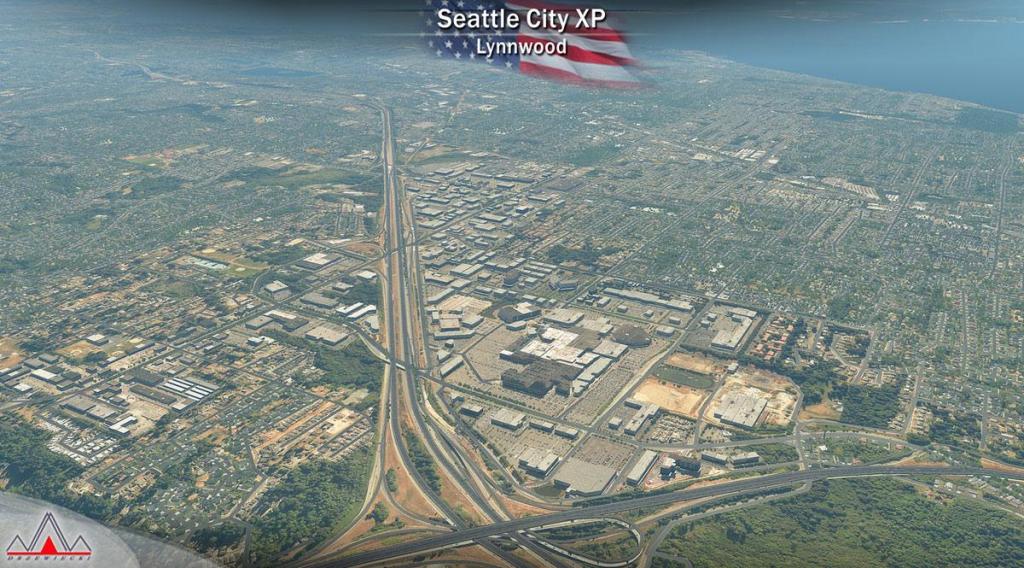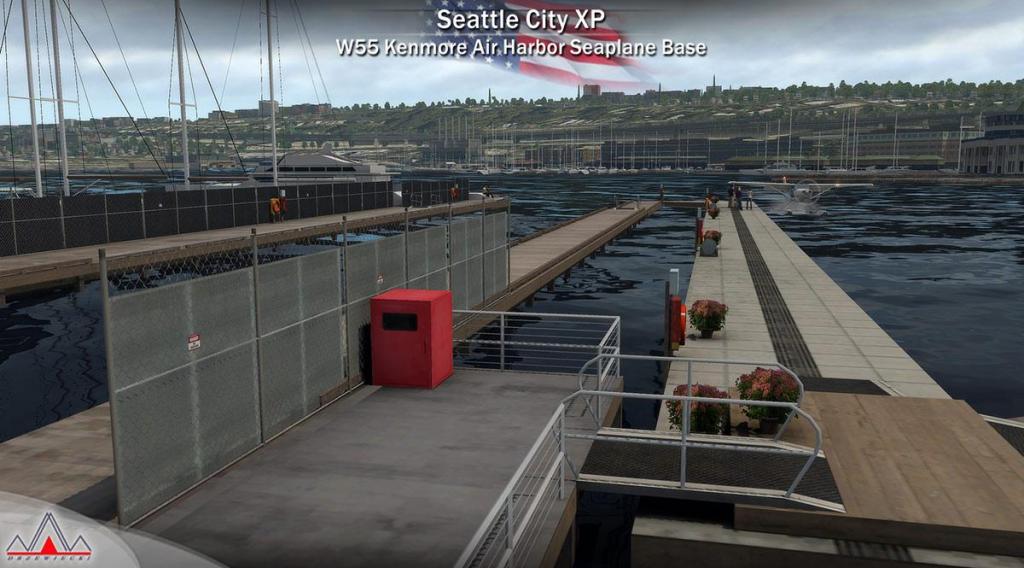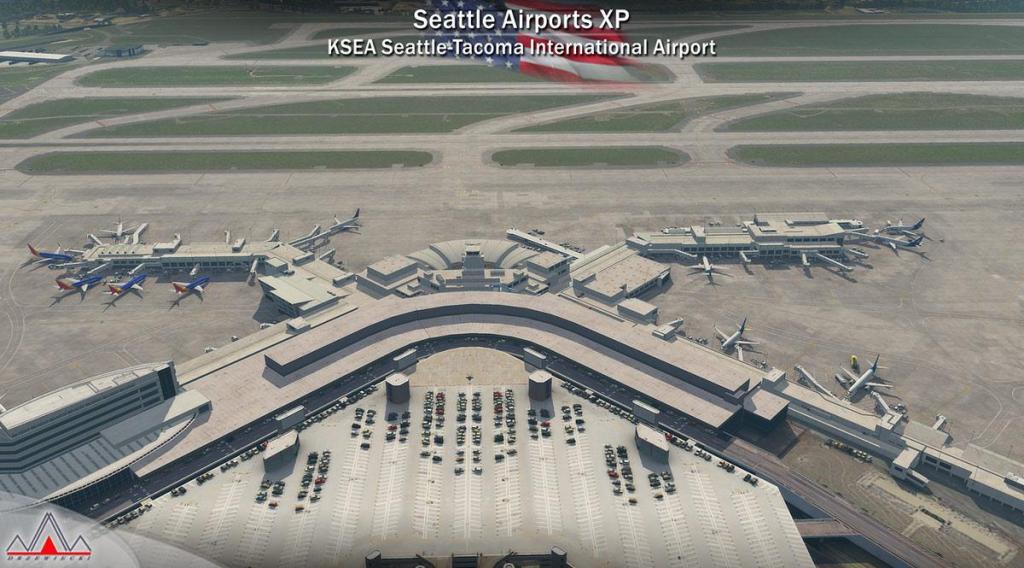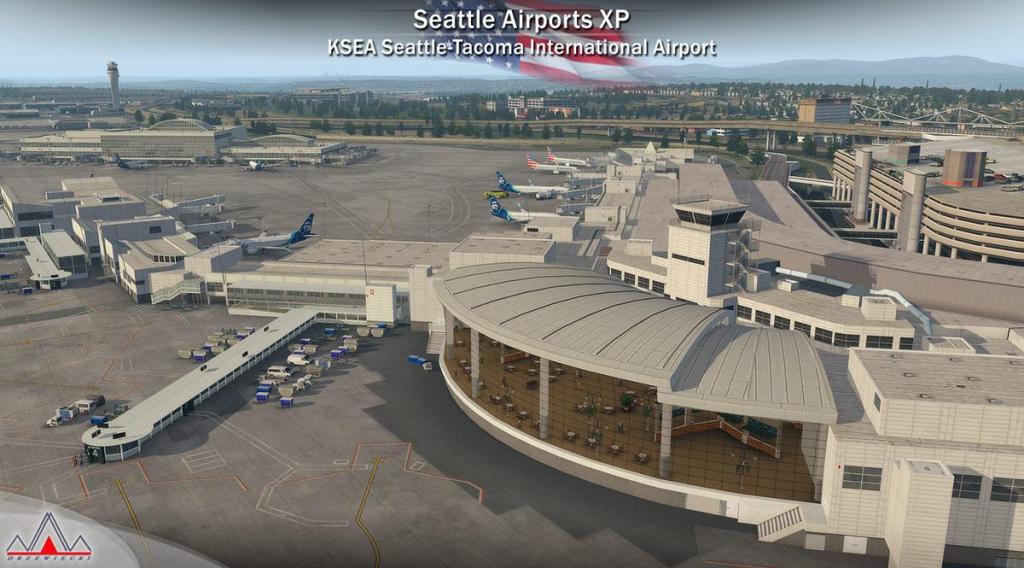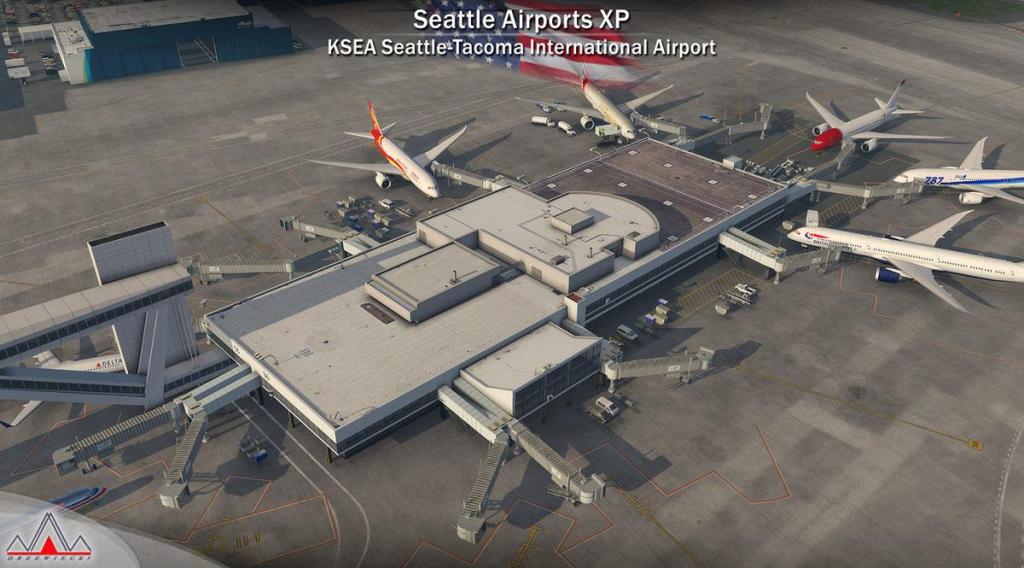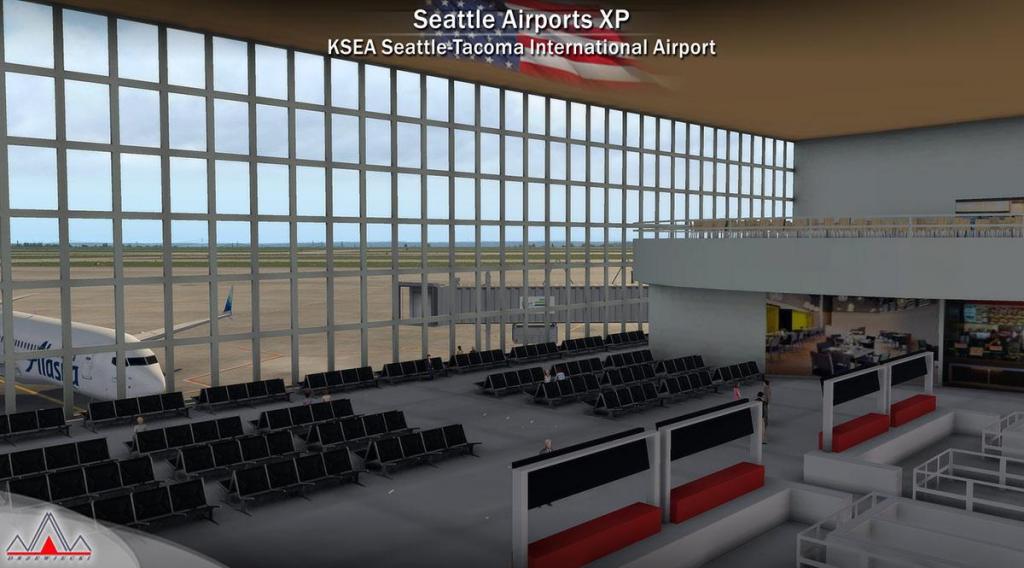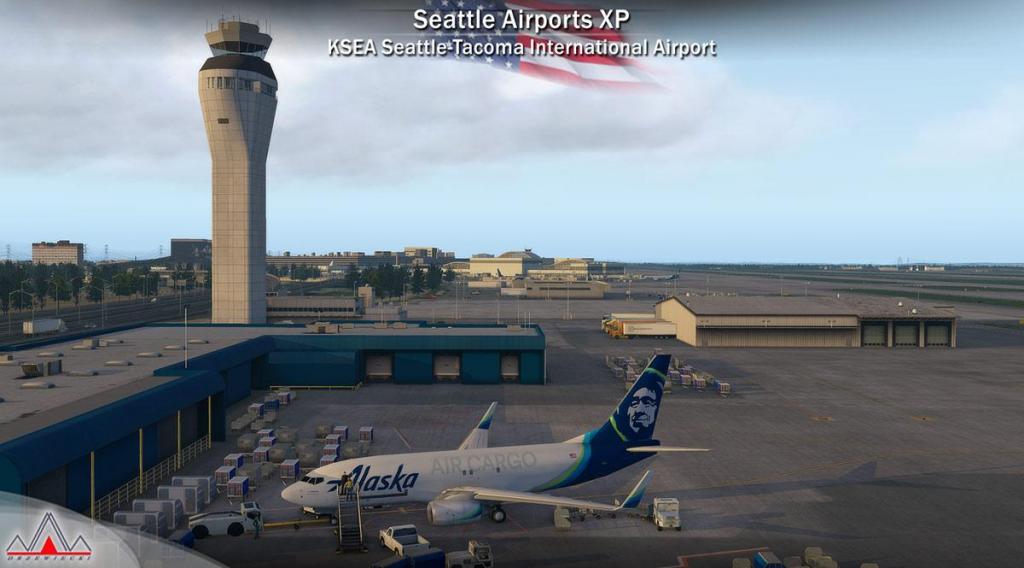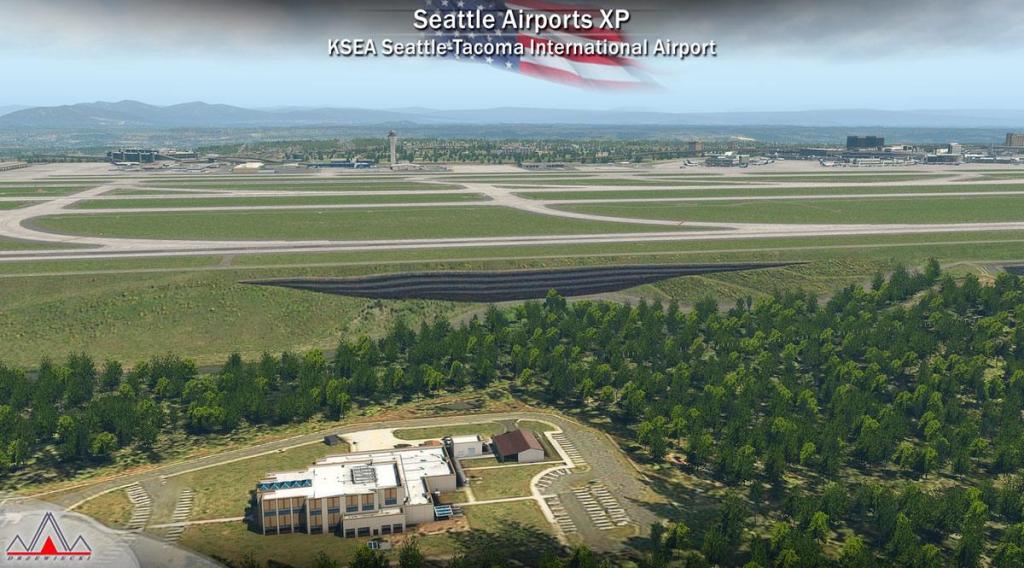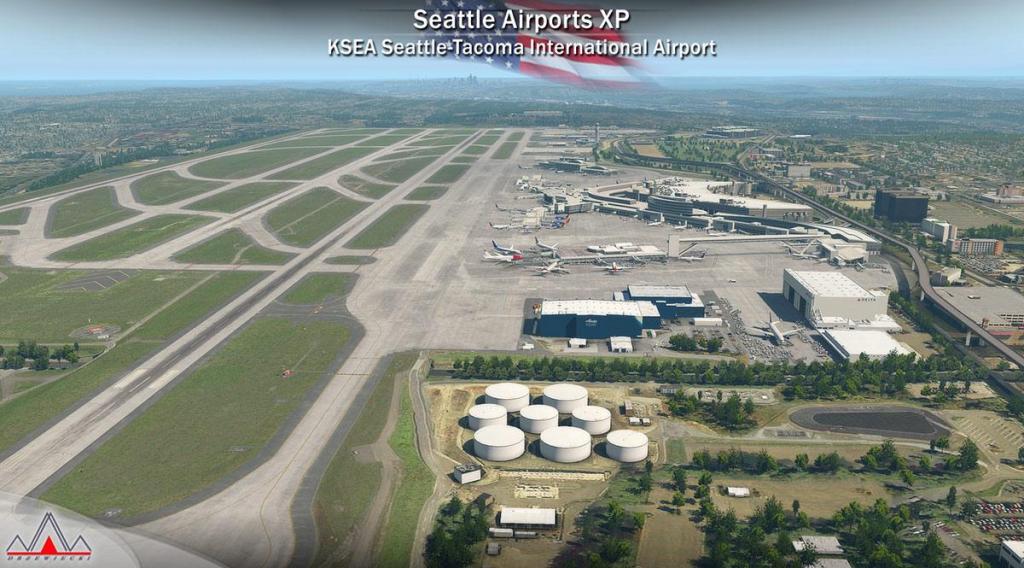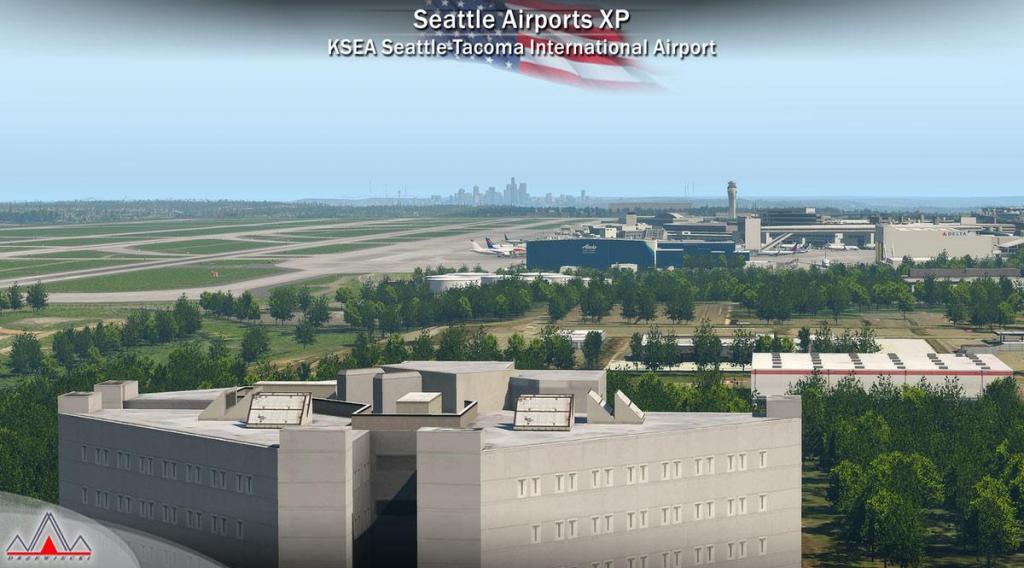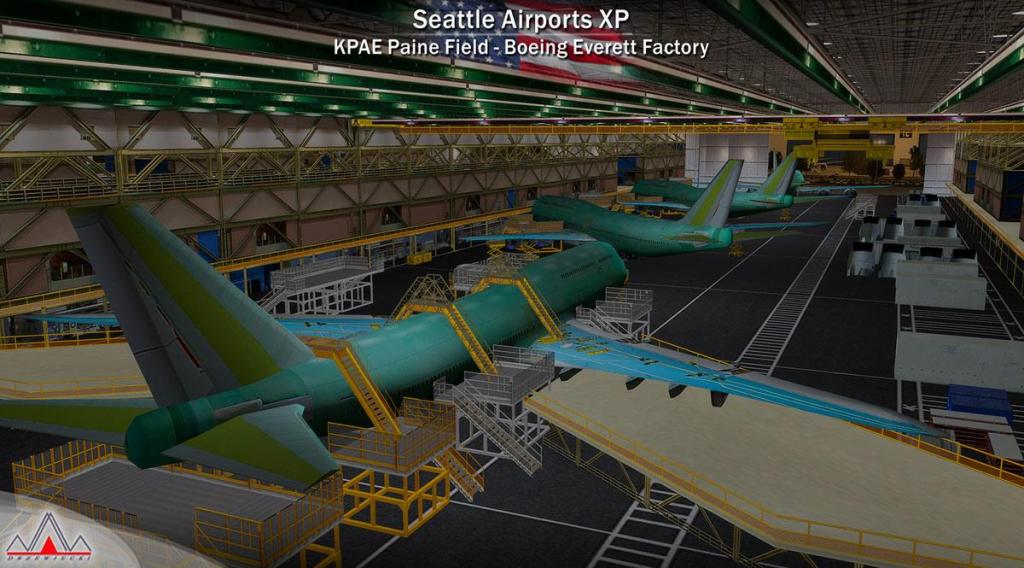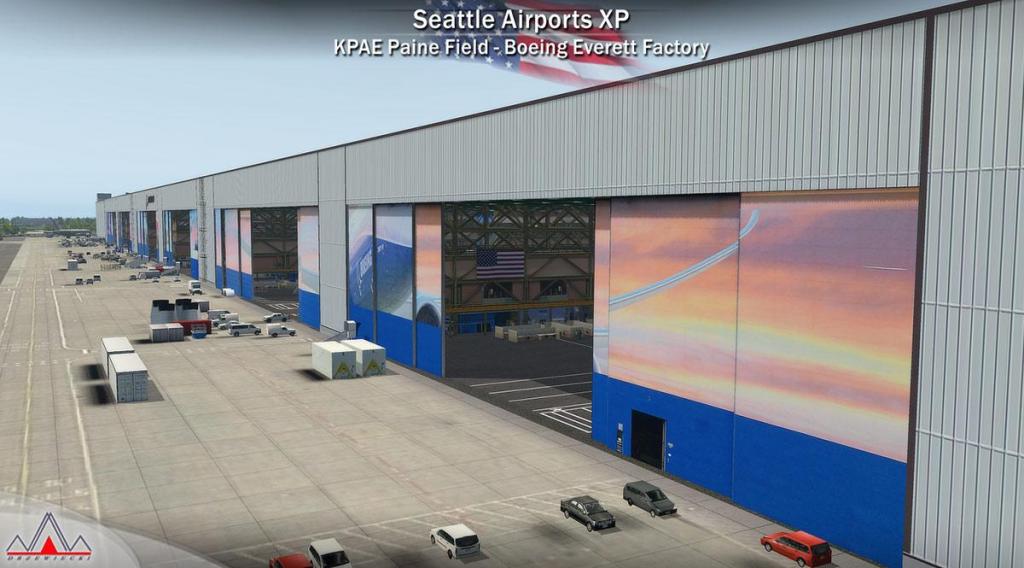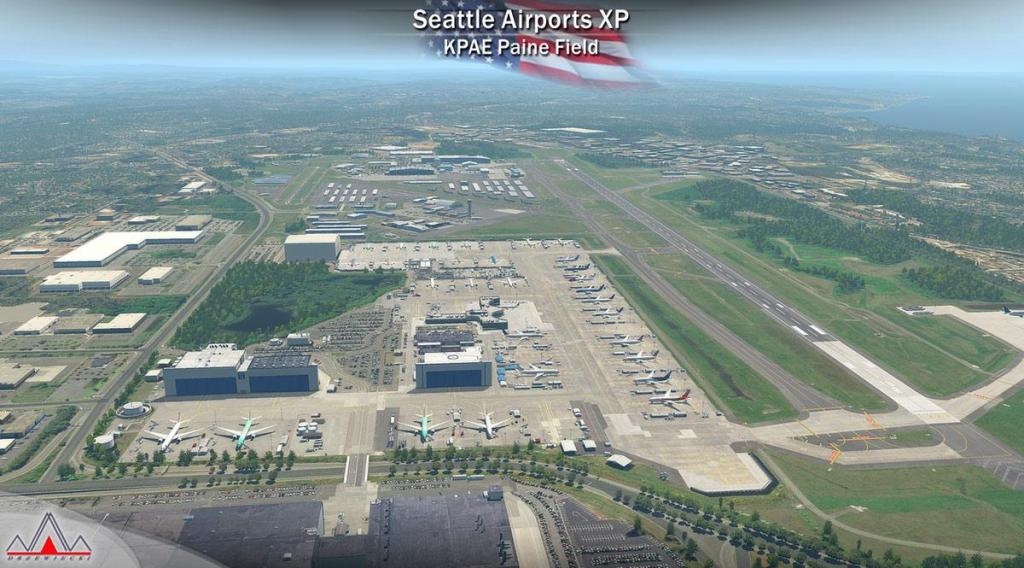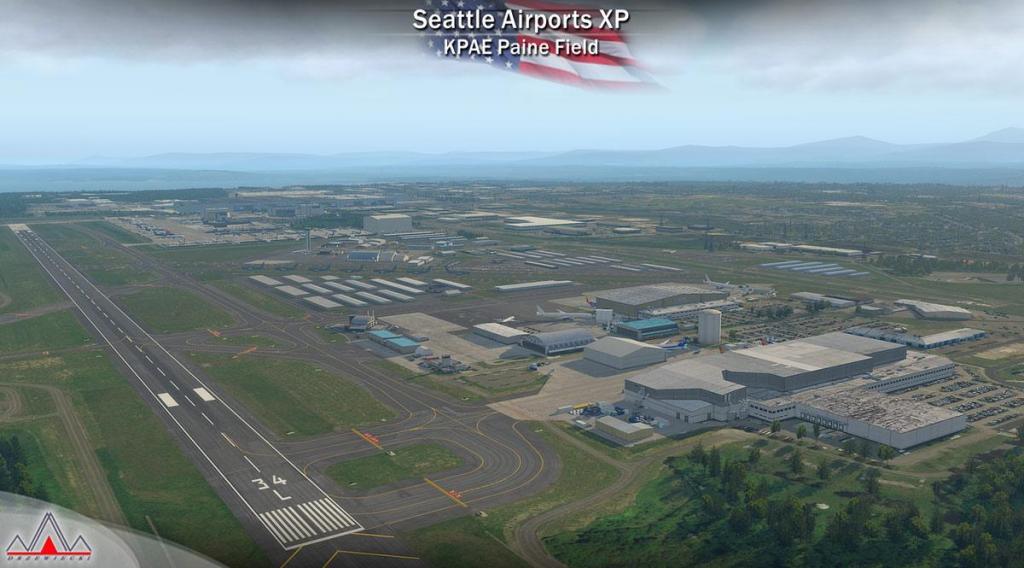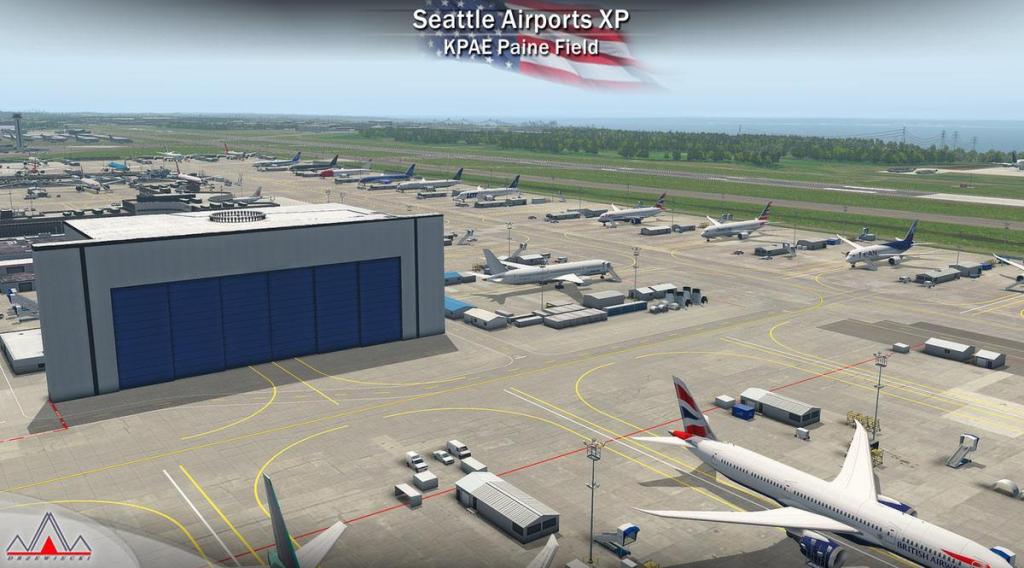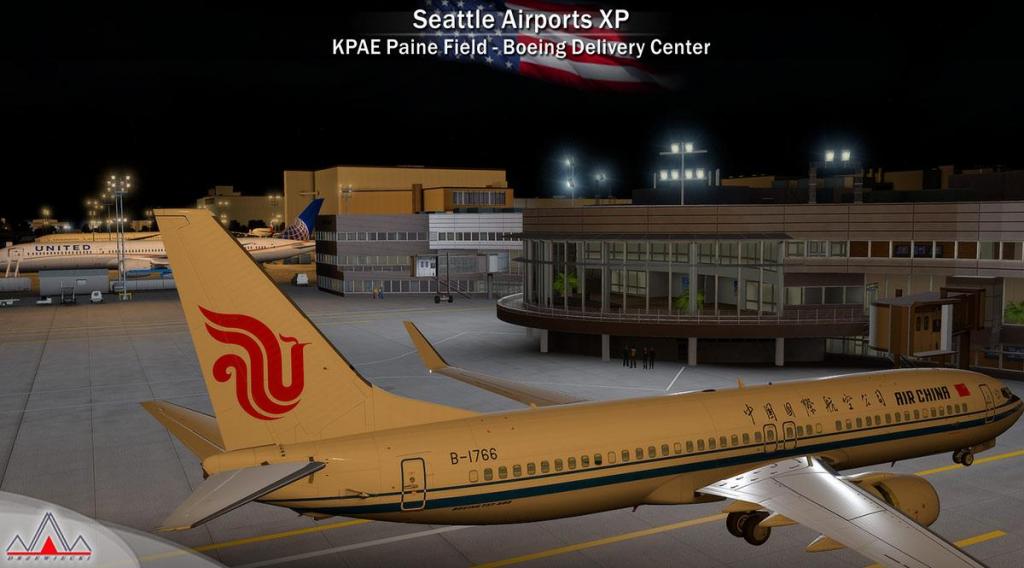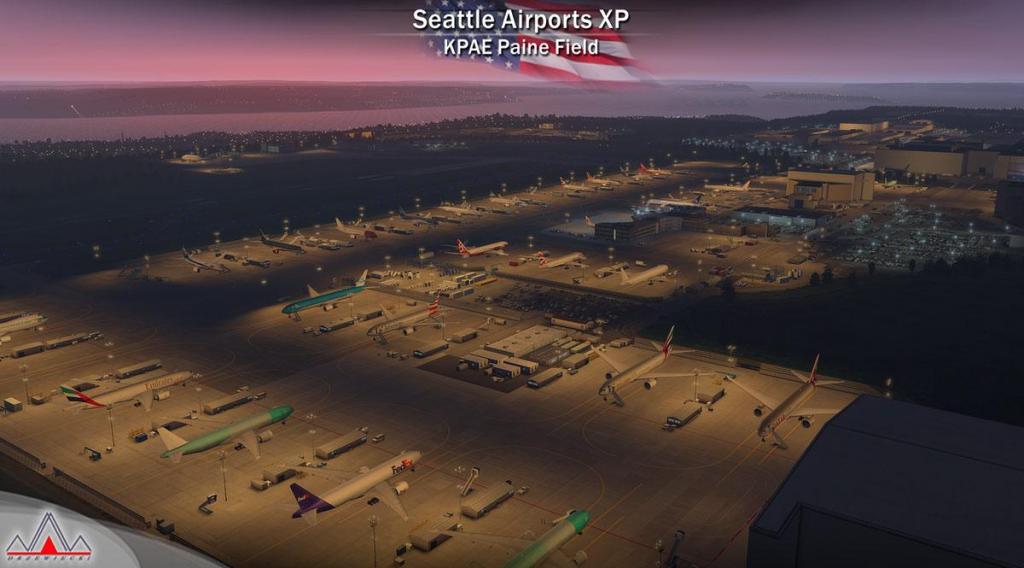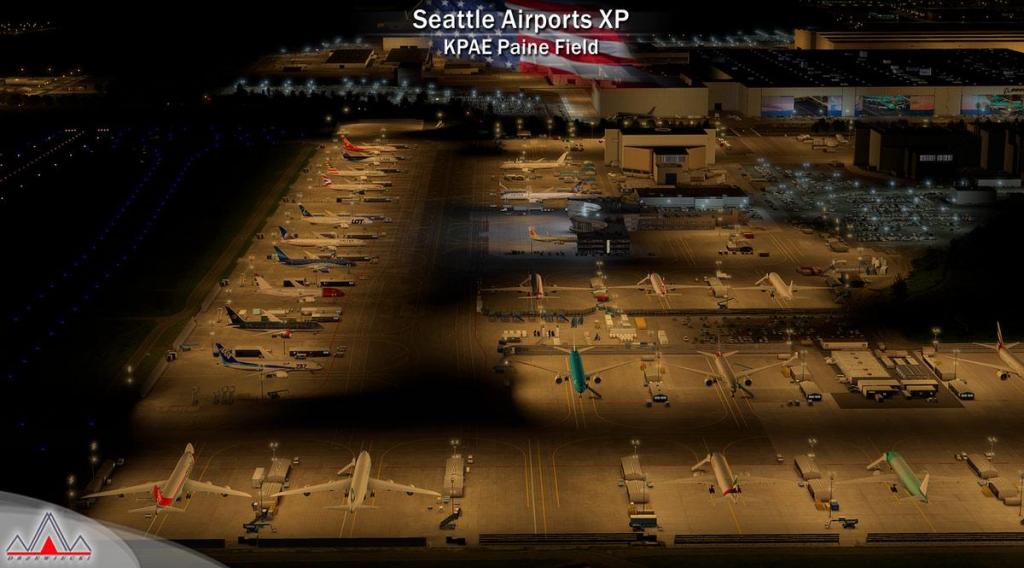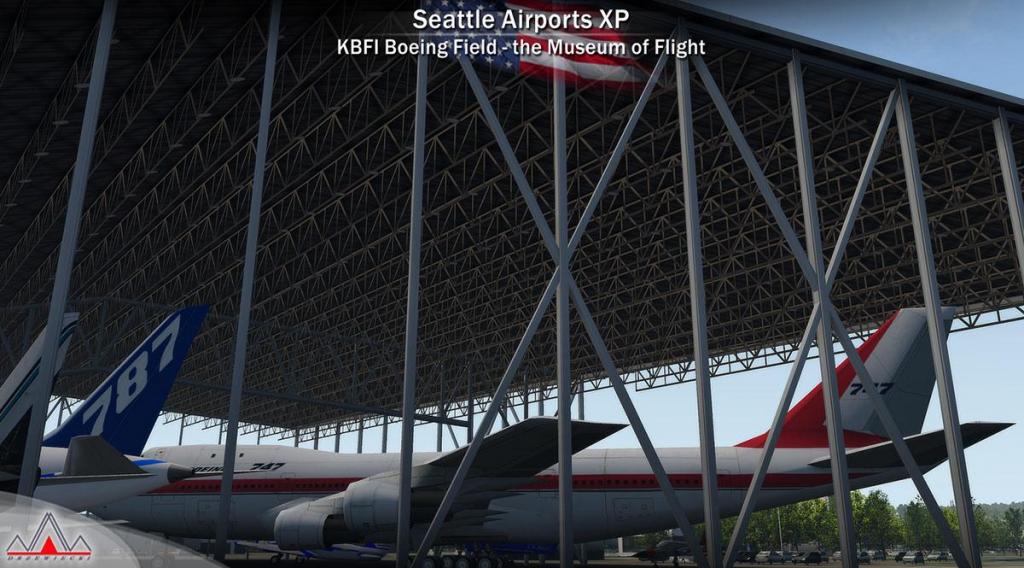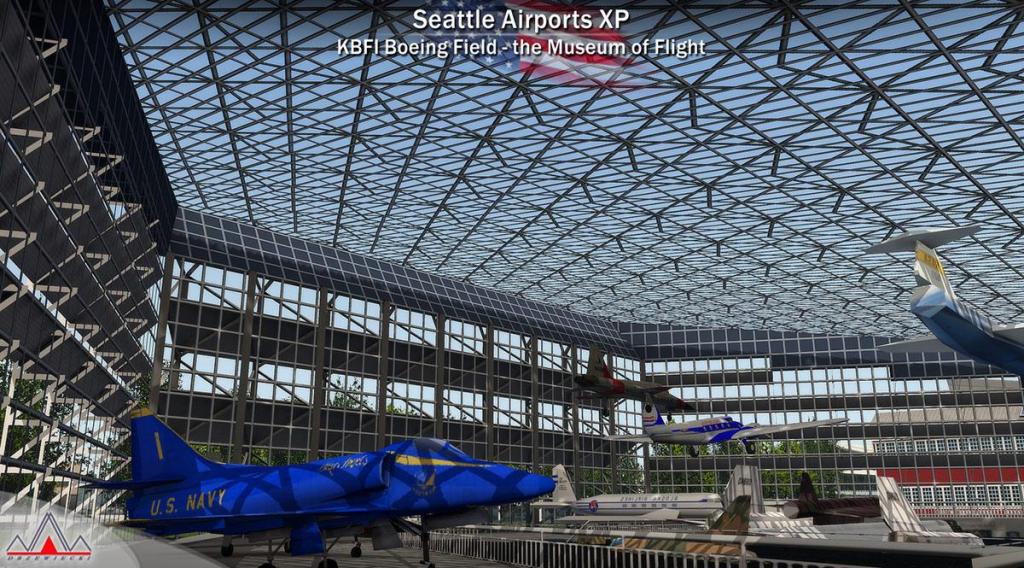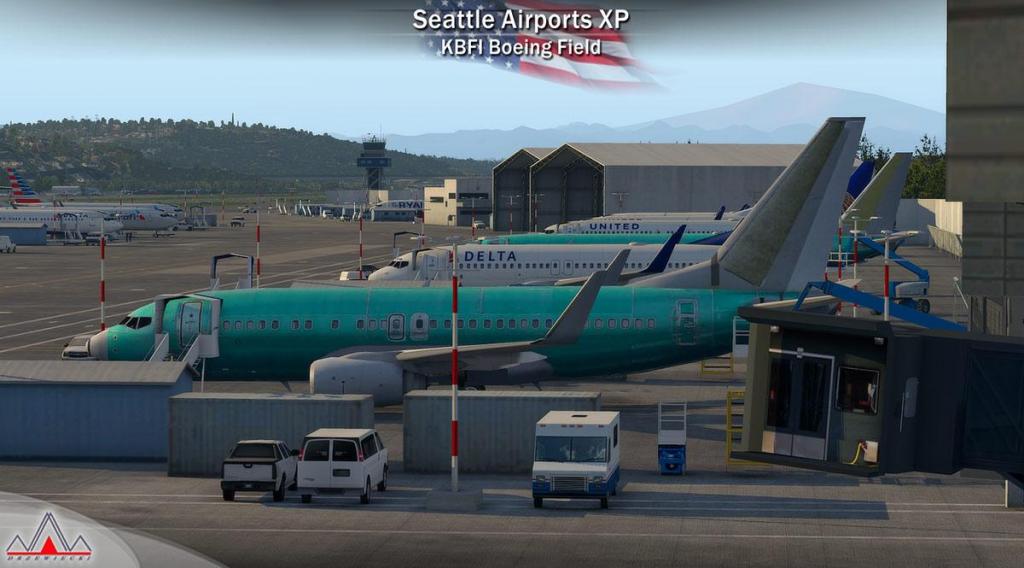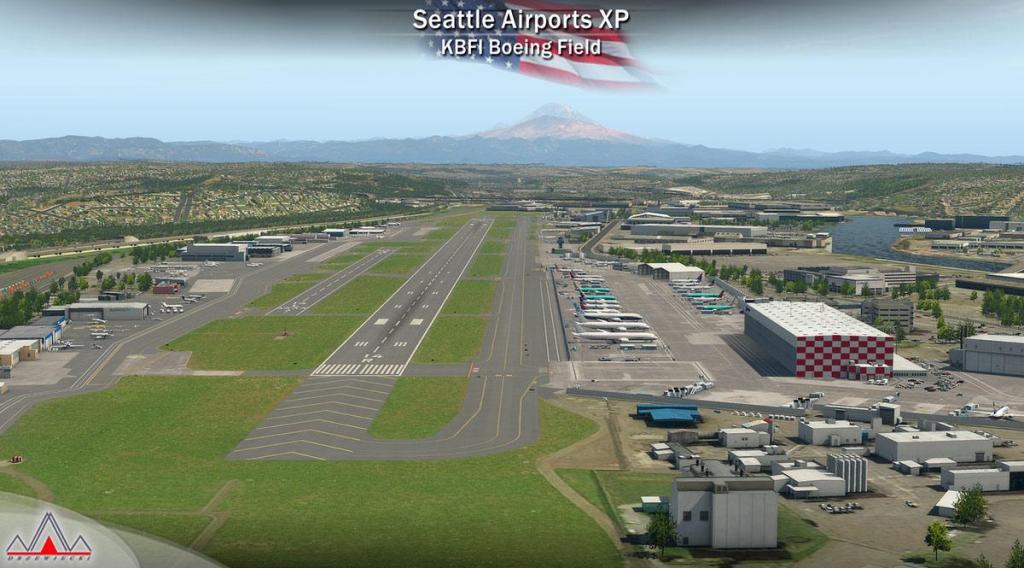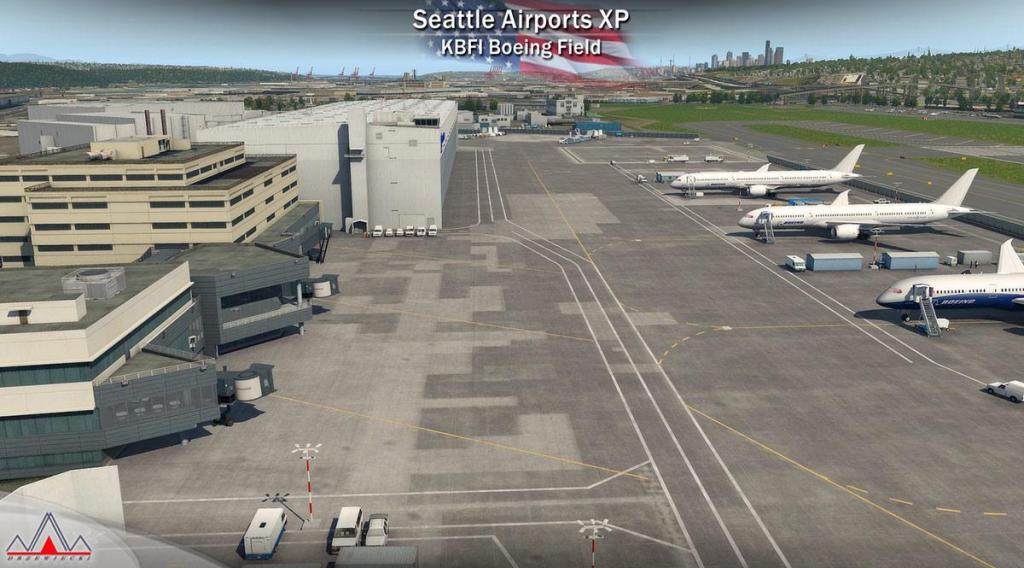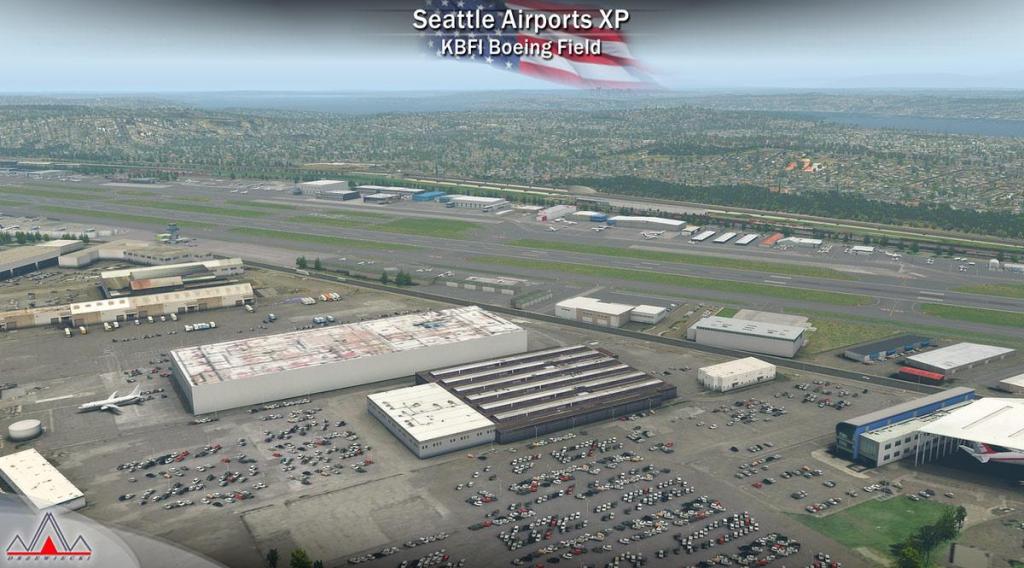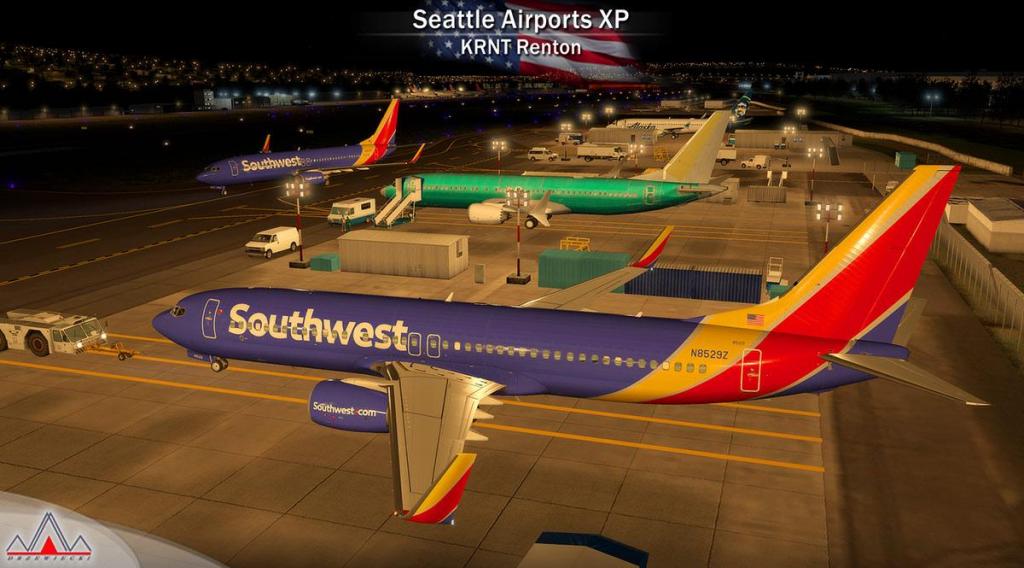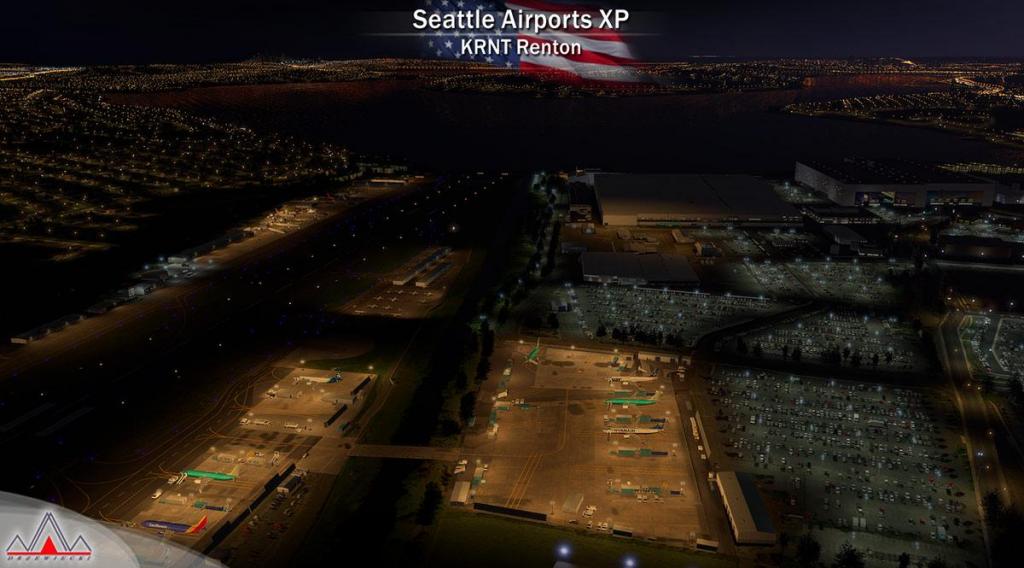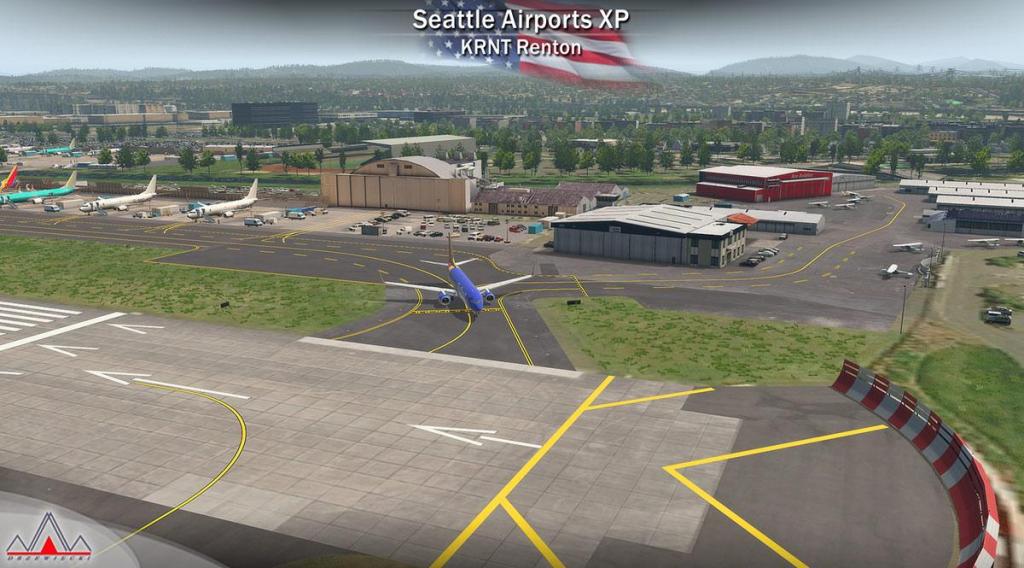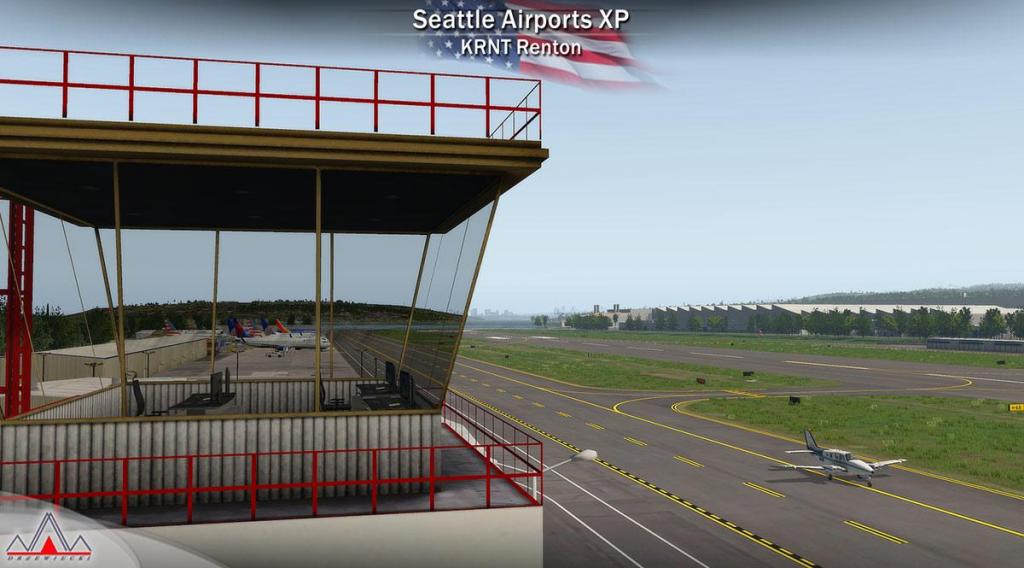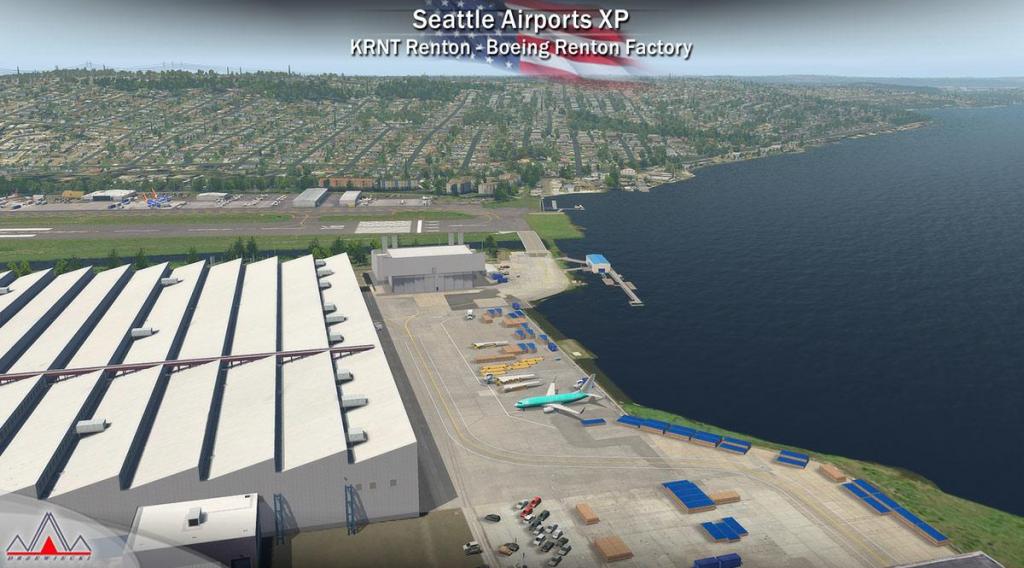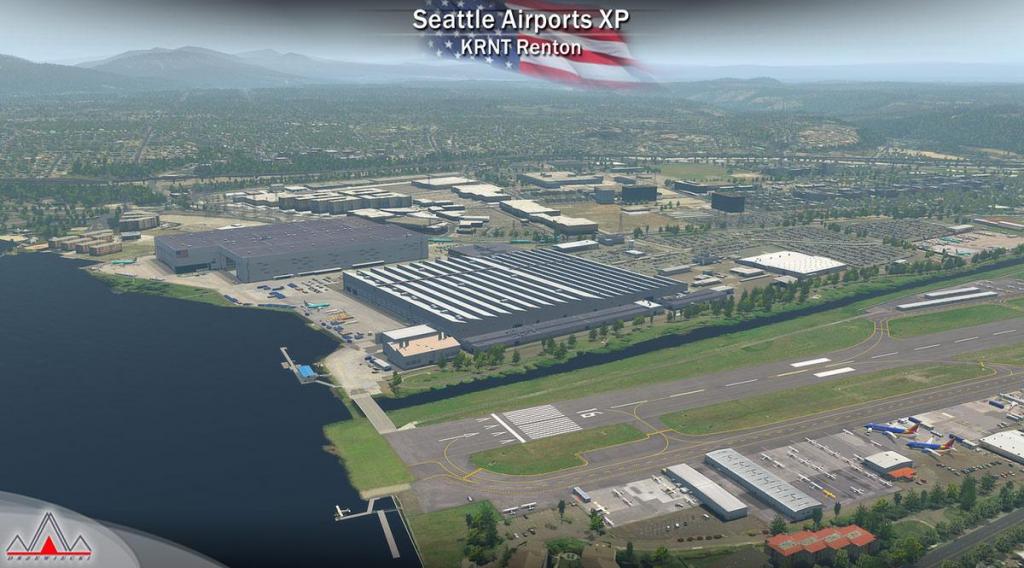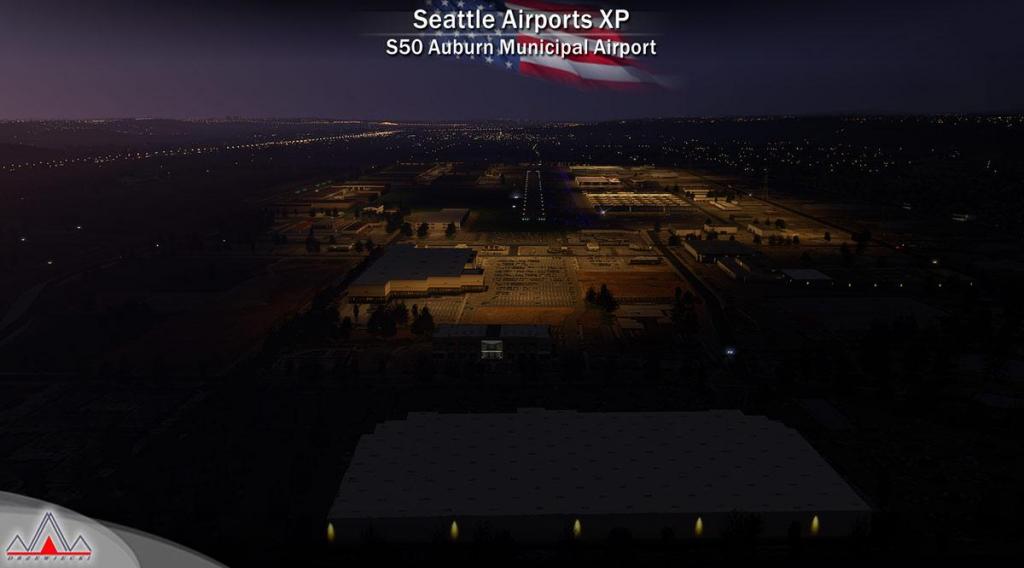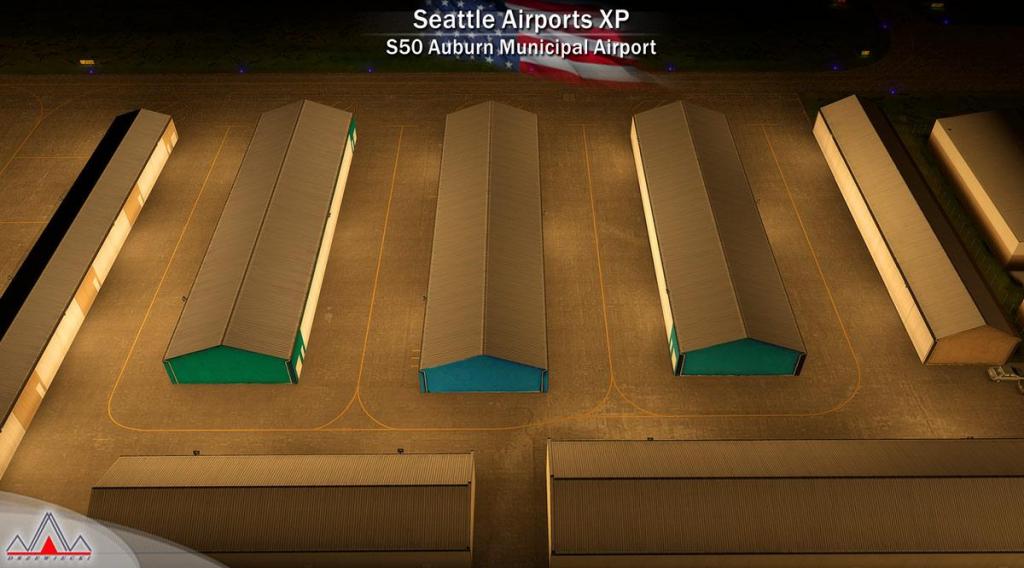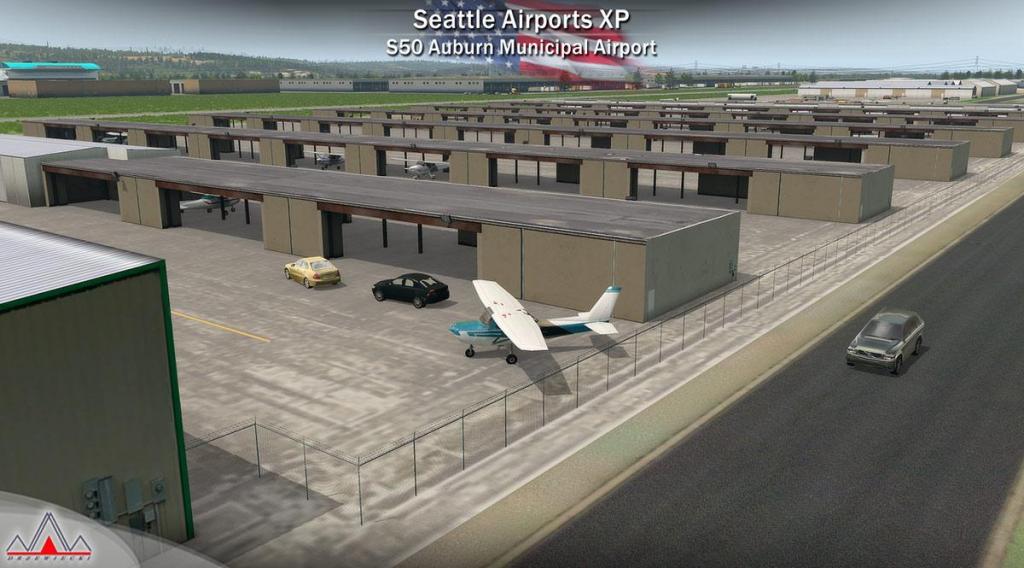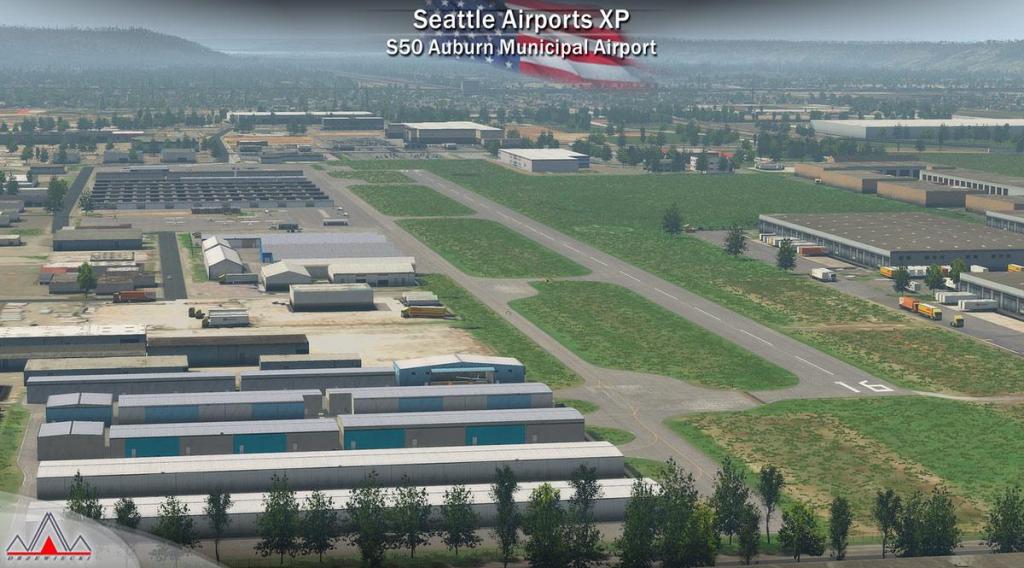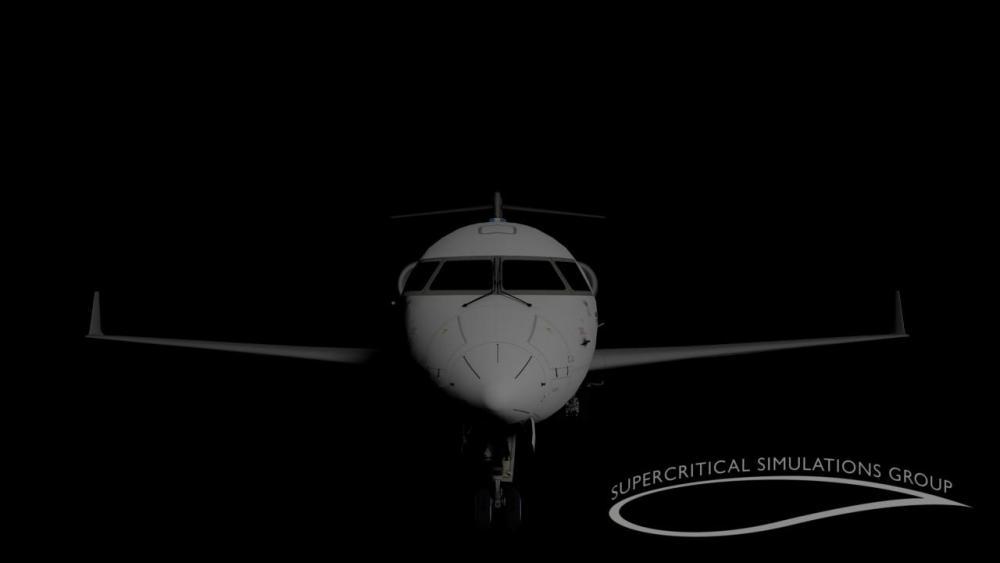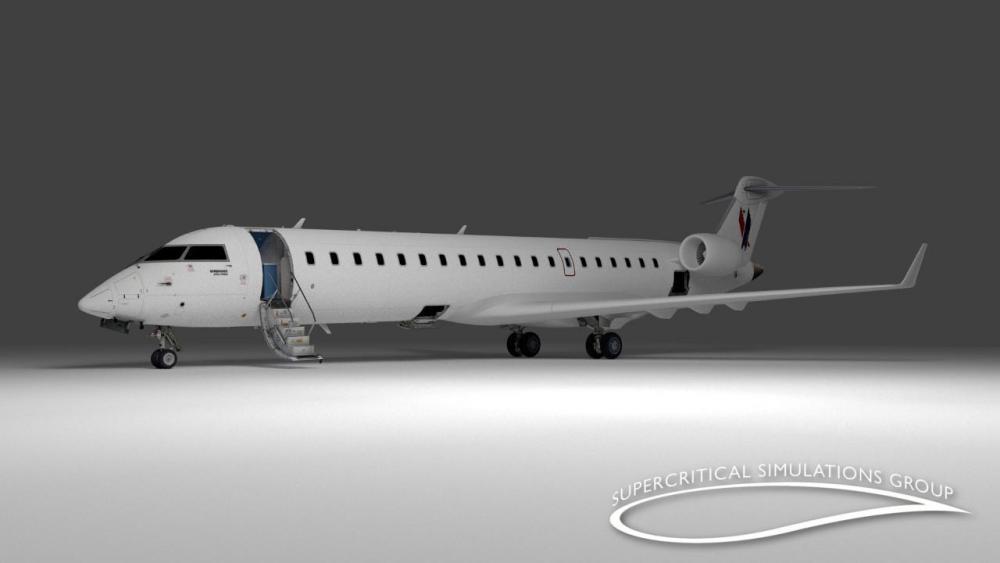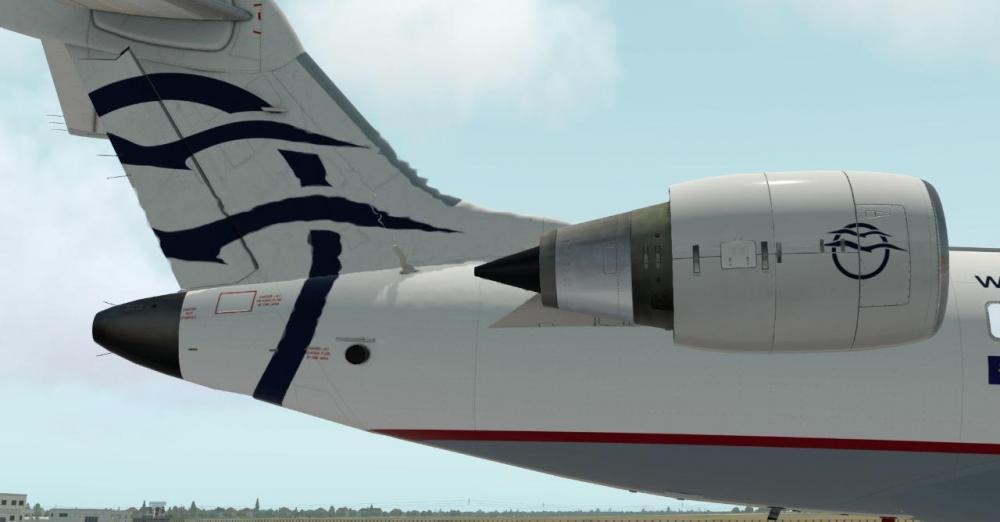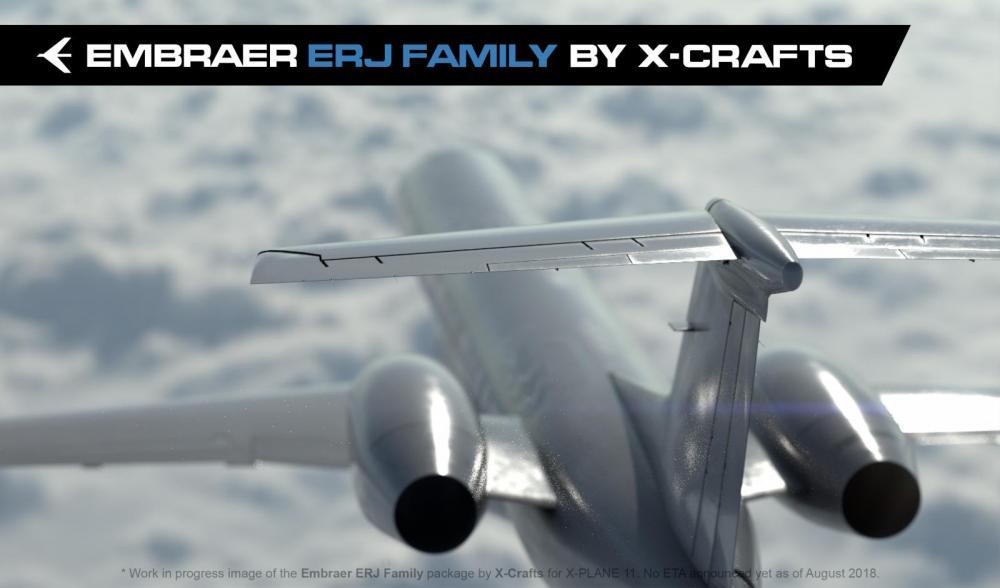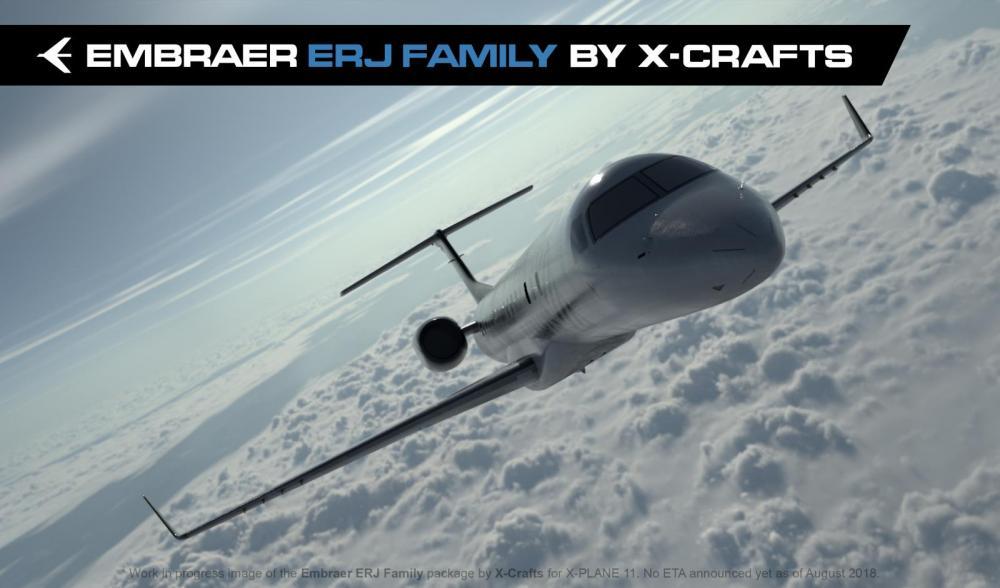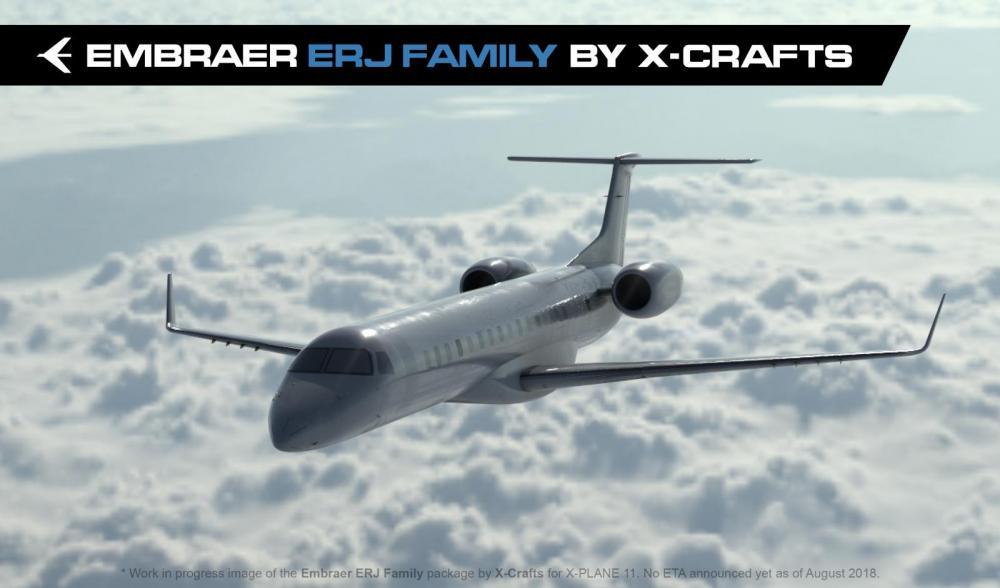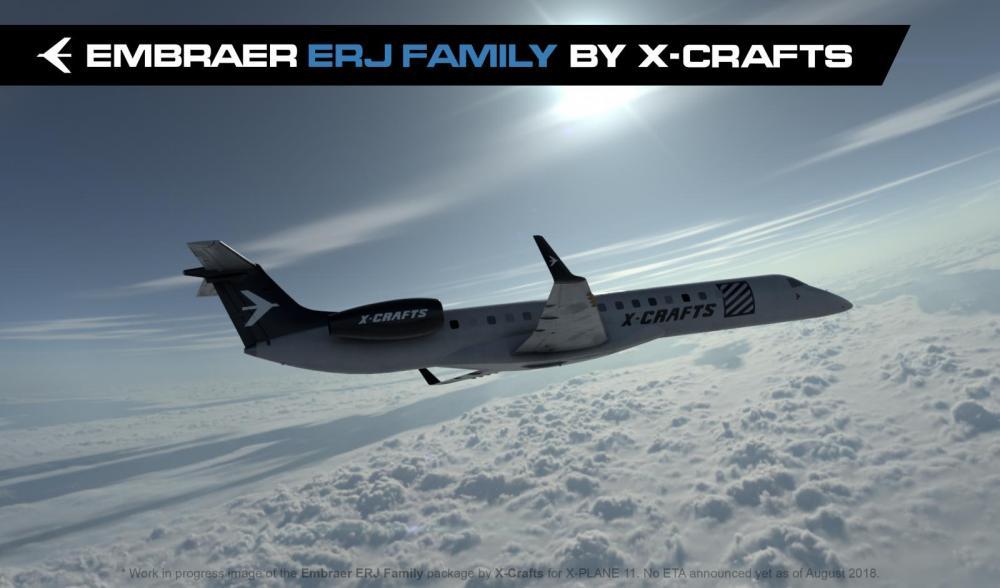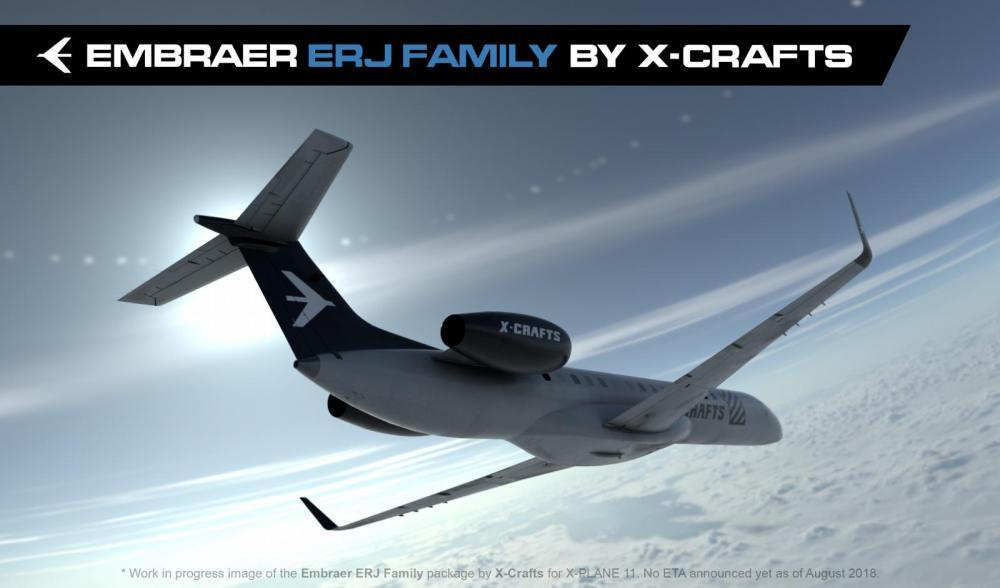-
Posts
2733 -
Joined
-
Last visited
-
Days Won
354
Content Type
Profiles
Forums
Articles
Everything posted by Stephen
-
News! - Aircraft Update : 737 Series TwinJet Pro V3 patch by FlyJSim Only a few days after FlyJSIm updated their Boeing 727 Pro v3, now it is the turn of their Boeing B737 TwinJet Pro v3... Again this is just a bug and clean up update, or as I call them a "nip and tuck"... This is the aircraft with THAT cabin! Cockpit detail is no slouch either... ... the Baby Boeing still feels like it is the most complete aircraft ever created for X-Plane. Changelog notes: Version: 3.1809.1125 (Sept 21st 2018) UI will now scale up if you are on a larger resolution monitor Flight model adjusted. Better takeoff and more stable in pitch Various cockpit texture enhancements You will now be able to perform maintenance on airframe,engines, and APU once they have aged to keep them running longer. fixed issue where only inner left flap would fail spoilers will not deploy with reverser. changed yoke roll angle to 105º fixed some issues with the ADF units that had been reported changed aircraft description Updater now available You can use the now the SkunkCrafts Updater. But to get access to the updater you still have to do another direct download from the X-Plane.OrgStore, and then install the skunkcrafts updater .cfg file and key number (both serial numbers must match!). A rekey activation of the aircraft is required. Full X-PlaneReviews review is here: Aircraft Review : Boeing 732 TwinJet v3 Professional by FlyJSim ______________________________________________________________________ Yes! the Boeing 732 TwinJet v3 Professional by FlyJSim is NOW available from the new X-Plane.Org Store here : 732 TwinJet v3 Pro Price is US$69.95 Currently there is a US$20 off sale on the aircraft, making it available for under US$50, but be quick it is only for this weekend... Optional : The plugin for the CIVA Navigation System addon that costs US$10 is here: CIVA Navigation System ______________________________________________________________________ Update News by Stephen Dutton 22nd September 2018 Copyright©2018: X-Plane Reviews (Disclaimer. All images and text in this review are the work and property of X-PlaneReviews, no sharing or copy of the content is allowed without consent from the author as per copyright conditions)
-
News! - Aircraft Update : Eclipse 550 NG patch v1.1.12 by Aerobask The sweet Eclipse 550 NG has had a small upgrade to version v1.1.12. Update is small but it keeps the Eclipse right up to date! Changelog Version 1.1.12 (Sep 20th 2018) Folko's Avitab plugin integration in shared tablet with FDCOM Windshield defog no more active without power fixed air dum cover fixed flaps manipulator new reflections for cockpit windows no more SASL reloading after a crash fixed pitot and static heat (now always on) Update can be done without a full download to the installed aircraft via the SkunkCrafts Updater. Or via a redownload from the X-Plane.OrgStore. Full X-PlaneReviews review is here: Aircraft Review - Eclipse 550NG by Aerobask _____________________________________________________________________________________ The Eclipse 550NG by Aerobask is available! from the X-Plane.Org Store here : Eclipse 550NG Your Price: $39.95 Requirements X-Plane 11 + Windows, Mac or Linux - Running in 64bit Mode 2Gb VRAM Minimum. 3GB+ VRAM Recommended on X-Plane 11 X-Plane 11: this aircraft requires GNS430 data from X-Plane 10, Navigraph or Aerosoft to be installed into Custom data folder. Current Version 1.1.12 (Sep 20th 2018) Highlights: FMOD sound system by Daniela Rodríguez Careri VR compatibility, new and revisited manipulators ________________________________________ Update News by Stephen Dutton 21st September 2018 Copyright©2018: X-Plane Reviews
-
News! - Aircraft Update : 727 Series Pro V3 patch by FlyJSim After any major release the developer will always do an update to cover general bugs and tidy up loose ends... and so it is with the mega Boeing 727 Series Pro v3 from FlyJSim. Changelog note v3.1809.1125: Fixed an issue where the spoilers would not deploy. Fixed Mach Hold no longer working after previous patch. Fixed how the mach tape moves. Fixed the elevator position indicator showing the value reversed. Fixed VMO indicator, indicating the wrong mach value. Fixed trim value at plane load-up. Fixed LE Flaps not deploying with alternate flap system. Fixed issue where only the left inner flap would fail. Set gear to fail down under 180 kts if no hydraulics available. Changed chance of having a gear failure. Less likely now. Fixed issue where you were not able to reconnect the CSD drive after having to disconnect it. The maintenance system will not fix it properly. Standby Altimeter setting will now match pilots altimeter on plane load. You will now be able to fix the tail skid if it gets hit and wont come up through the maintenance system. Added maint system feature that will pop tires or collapse a gear if you land to hard and too heavy. You will need to land significantly hard to trigger these. Fixed issue where occasionally the starter valves would get stuck open with no way to close them. Added aft cargo door visual to the 727-100 variant. Update can be done without a full download to the installed aircraft via the SkunkCrafts Updater. A rekey activation on all three versions of the aircraft -100, -200 and Freighter is required after the update install. Full X-PlaneReviews review is here: Aircraft Review : 727 Series Pro V3 by FlyJSim _____________________________________________________________________________________ The 727 Series Pro V3 by FlyJSim is NOW available! from the X-Plane.Org Store here : 727 Series Professional V3 Your Price: $59.95 Currently the package is now for all three variants, the aircraft are now not sold separately. The v3 upgrade is however not free but it is an pay upgrade and the deal is for those who bought the complete earlier 727 Series package can get this new aircraft package at 50% off the purchase price - Find your coupon code in your original 727 order. Optional : The plugin for the CIVA Navigation System addon that costs US$10 is here: CIVA Navigation System ______________________________________________________________________ Update News by Stephen Dutton 21st September 2018 Copyright©2018: X-Plane Reviews (Disclaimer. All images and text in this review are the work and property of X-PlaneReviews, no sharing or copy of the content is allowed without consent from the author as per copyright conditions)
-
Aircraft Review : C177 Cardinal ll XP11 by Alabeo The Cessna 172 Skyhawk is one of the most successful general aviation aircraft ever built, beloved by everyone for the family transport, flight schools, trainers, or just a damn good GA and the C172 aircraft still holds the world record for flight endurance that was set back in1958... so how do you follow a legend. Cessna had that problem in 1966, and solved it with the only negative the C172 had, the wing support. To support the high wing the C172 had a support strut, and it sort of got in the way, even when trying to get into and out of the aircraft. But the real issue with the support strut was that it was an obstruction if in a bank, or any turn that required a visual reference... the strut had to go. The result was the C177 Cardinal (originally the C172J) with the engineers resolving this problem by placing the pilot forward of the wing's leading edge, but that led to a too-far-forward center of gravity, The problem was partially counteracted by the decision to use the significantly lighter Lycoming O-320 180 hp (135 kW) four-cylinder engine in place of the six-cylinder O-300 Continental used on the 172. The forward CG situation still existed even with the lighter engine, so a stabilator was chosen, to provide sufficient elevator control authority at low airspeeds. The aircraft also had newer technology such as a cantilever wing lacking the lift struts of previous models, and a new laminar flow airfoil. A later model the C177RG, had another innovation with retractable undercarriage to complete with the Piper PA-28-200R Cherokee Arrow and Beechcraft Sierra. The nose gear folds rearward; when opened the gear door that then formed a small air brake behind the propeller. Alabeo, or as I call it (Carenado in wolf's clothing). So what is the difference between them, now virtually none at all as I can see... The original Alabeo Cardinal ll was released back in June 2015 and in the same fixed and retractable landing gear configurations of both the C177B and C177RG aircraft. That aircraft was for X-Plane10, this updated version is for X-Plane11 and it is noted as a new version of the aircraft and is priced accordingly, all updates are however free for the duration of X-Plane11. C177B Fixed Gear You change the aircraft type from the C177B to the C177RG by changing the livery. There are five C177B's and three C177RG's but certainly some enterprising users could adjust each livery to suit their own type choice. In 1970 saw the introduction of the 177B, which had a new wing airfoil, a constant-speed propeller, and other minor improvements. When empty, the 177B weighed 145 lb (66 kg) more than the earlier 177, with its maximum takeoff weight increased from 2,350 lb (1,067 kg) to 2,500 lb (1,135 kg). Some aircraft don't do well with changes, but the C177B certainly benefited from the better X-Plane11 dynamics and quality, it looks far more realistic and a more complete aircraft than the XP10 version. Better material shines and reflections now give you that full PBR (Physically Based Rendering) effect and it has transformed the aircraft as you can note the lovely shape of the fuselage and infinitely more and better detailing. You have the options of both having the wheels covered with fairings or not, both views work, with the uncovered option giving the aircraft a more utility look and feel. C177RG To offset the 145 lb (66 kg) increase in empty weight, to which much was from the electrically powered hydraulic gear mechanism, the 177RG had a 200 hp (149 kW) Lycoming IO-360 engine.This also allowed increase of the maximum weight by 300 lbs. The additional power and cleaner lines of the 177RG resulted in a faster cruise speed of 148 knts (274 km/h), and the RG is 22 knts (41 km/h) faster than the 177B. Most users would probably choose this wheels up and the more slippery configuration, as the C177 does look far more sleeker and faster. The main wheels tuck in backwards like a bird's feet in flight, it is really well done here by Alabeo. Glass (below) is now almost an art form with perfect shape and quality reflections... note the excellent panel fit and riveting. Changes to the different C177B and RG configurations also changes the cabin fittings. With the C177B you get a selection of brown trimmings... ... and with the C177RG you get a selection of blue trimmings. Both detailing fit-outs are exceptional and hard to choose from, but the blue has a slight edge. Both trimmings include the lower part of the instrument panel and front footwell lower detail. Instrument Panel The instrument panel has that late 1970's look and feel, the molded facia and intergrated right vent look, it all felt very modern and even futuristic at the time... it is really well done here as the PBR lighting brings out all the lovely 70's shapes and detail. Nice yokes can be hidden with a click... and overall the panel layout is very compact and laid out only for the single pilot, but it is well done. Standard Six instruments are centred correctly in line of sight of the flying pilot with the Airspeed Indicator, Artificial Horizon and the Attitude Indicator on the top row with a clock left of the lower row with the Turn Coordinator, Heading Dial and Vertical Speed Indicator. Two instruments situated right cover a CDI or Course Deviation Indicator (VOR 1) and a ADF pointer. A small suction dial is far upper left. Engine instruments are all located on the lower section and are very tightly positioned together... CYL (Cylinder Head Temperature), Left and Right Fuel qualities are top left gauges (50 gal). AMPs, Oil Pressure and Temperature are lower row left gauges. A large RPM dial and large manifold pressure and fuel flow are right. Then far left is a small Fuel pressure gauge and EGT (Exhaust Gas Temperature) dial. Far right in front of the co-pilot is a single Artificial Horizon and Carb Temperature gauge above, and with the flap setting lever set below for: UP - 10º - 20º - FULL flap positions. Electrical switchgear is lower panel with a nice large vertical trim wheel, with the large rudder trim wheel that is situated under the throttle, Propeller and mixture knobs. One big difference is the stubby gear knob that is different between the RG and the B panels. Avionics are basics, but they are good ones. Standard issue Garmin 347 audio panel is top with the X-Plane Garmin GN530 GPS system (Comm1/VOR1) below. Bendix/King KR87 ADF tuner and Garmin GTX 327 is below... A very nice Bendix/King Autopilot KFC225 is lower, this is a more modern take on an AP than usual and it works really well with a ALT ARM/HOLD function. Unit pops-out for ease of use, but in reality you don't pop it out as it is as easy to use on the panel itself. Fuel tank L & R selector switch is positioned on the floor between the seats (US 24.5 per tank). Menus The Cardinal ll comes with the standard three tab Carenado menu. The menu tabs are on the left lower screen. A ) is for the lovely KFC225 pop-up Autopilot panel, that can be moved and scaled to size. C ) Is the standard Carenado ten preselected Views, Field of View and Volume panel. And O ) is the Options panel. Options include Window and Instrument reflections. The Static elements provided here are still very basic with only two cones, wheel chocks (rear only) and flag pitot covers The single highly realistic (and new) animated pilot does disappear when you activate the static elements. Doors opening include both the main front passenger doors and a separate left rear baggage door with no internal baggage. There is a another option set on the C177B to switch the wheel fairings off/on. The doors hang down when open, of which it looks like they are not connected correctly, it looks odd, but it is correct, and the different internal cabin materials are highlighted here (above) Flying the Cardinal ll A quick flight around Puget Sound, Seattle allowed me to get a feel of the C177. The earlier C172/C175 trainer heritage is still very evident, as you are not going to change something that was perfectly right and profitable in the first place. But the C177 is different, you feel it and fly it in a slightly newer adaptable way. One is speed as the noted cruise speed for both the C172 and C177 are almost the same 123 mph (107 knots, 198 km/h), but performance is higher with a top speed for the 126 mph (110 knots, 204 km/h) for the C172, and the C177 (fixed wheel version) is 136 knots (157 mph, 250 km/h).. so in other words the C172 runs out of puff very quickly. Rate of Climb is a slow 715 ft/min (3.6 m/s) in the C172, but it is higher at 840 ft/min (4.27m/s) in the C177B, it may be only 125 fpm, but it feels far, far more faster and more powerful going upwards. Once level and settled you do feel the most significant difference from the C172, in the centre of gravity... more so when you come to trim the aircraft... as it needs a lot, or loads of downward trim. If you like your full yoke view this also creates a visual problem in that the yoke handles cover your vertical trim marker... The trim wheel turns required (after hiding the yoke) is significant to finally get to the balance, you can cheat of course and let the KFC225 Autopilot do the trim adjustment for you, but that is not what you are about in flying the aircraft correctly and manually to the craft. Worse is resetting the trim after you disconnect the autopilot, as the turns required to the centre neutral setting can take time and requires a lot of trim wheel turns.. a small trick is to adjust your climb rate up to nearly the full rate of climb and the AP will adjust the trim more central, then disengage the AP... not the most natural thing to do but in certain circumstances it works. So obviously the C177 is a nice little step up from the basic trainer aircraft, you have to work a little more in the cockpit to adjust the aircraft and it is slightly faster and the C177 feels a bit bigger as well, otherwise the Cessna is a pretty easy aircraft to fly, I wouldn't say simple, but easy enough to allow you to do another type of aircraft that is not a basic, basic flying machine. The objective of the C177 is obvious as well with a better view out, it doesn't feel as closed in or upright cramped as the C172 and other basic trainers, even you could say "sports" like with those lovely rear teardrop shaped windows, however from the pilot's perspective the top of the door frame, in the left view is more down than straight out, unless you adjust your view line. Lighting Internal lighting is a bit basic, but it is still very effective. The panel has adjustable back-lighting and the instruments are nice and clear... ... overhead lighting on a separate knob lights a red forward facing and rear white cabin lamp, you can't separate the red or white lighting, but the adjustment can be used to allow the outline of the instrument panel to be seen, which works very well. Externally there are a landing and taxi light in the nose, the usual navigation and halogen strobe lights and a beacon on the tail. Approach The points are that this C177 is still a spec trainer, and so low speed capability is required, and under full flap (known as dirty) 46 knts is the boundary, the instruments tend to misguide you in that the green band stops at 60 knts, so you think that is the noted stall line, when in fact if you look closer it is the white band that goes all the way down to 50 knts and that is your actual stall marker... but then you would need to watch your sink rate. With those numbers in mind, I approach S50 Auburn Municipal RWY 16 I found the 60 knts speed the best approach speed... note the off line to the runway approach... ... as there is a power pylon right on your centreline, so I found the slow approach speed handy to navigate this object, once above the power lines I could reduce the power and reduce the speed to 50 knts and allow the aircraft to sink nicely towards the runway, and it is a fair drop of 650 ft in a small tight distance that is required to achieve the objective. Down now to around 50 knts and a slight pitch to make a flare, you still require a small but slight burst of power to keep on controlling the sink rate... ... and with a nice small float, and you contact the runway. The point I am making here is that the C177 is nice sweet aircraft to fly, but that low speed if correctly handled can also be put to good use for those tricky approaches. Liveries There is one blank (white C177B livery) and five C177B liveries. The C177RG has three liveries, and maybe they could have been evened up to four each as you feel there are not enough RG liveries, but too many B spec liveries... quality is the usual 4K HD excellent detail finish. Summary For a high wing single-engined general aviation aircraft my personal favorite has always been the Cessna CT210M Centurion ll and that aircraft is always going to be a totally tough challenge to compete with. But if outright performance is not what you are after and the requirement is to step up a level from the basic trainer category then you would be hard pressed to find a better aircraft that this C177. It has also the built in feature to switch (via the liveries) from the "B" spec fixed undercarriage to the "RG" electric stowable gear that is very similar to the CT210's undercarriage arrangement, and again you can also hide the wheel fairings on the "B" spec to give you in reality three different variants of the C177. You are not finished there either, as either the "B" spec gives you a very nice brown tones of interior, the "RG" has the blue interior tones to suit your particular tastes. Alabeo (Carenado) quality is to the usual high standards, but the X-Plane11 dynamics with PBR material shines and reflections lift the aircraft from the X-Plane10 drab to the X-Plane11 spectacular, this is certainly an aircraft that has benefited immensely from the XP11 conversion. Sounds are custom FMOD and dynamic, in other words very good to excellent. Excellent versatile KFC225 Autopilot is a surprise on an aircraft of this category, but it is however very useful and a nice to have. The reproduced and tested flight characteristics are again excellent, but you have to be aware of centre of gravity trim dynamics, you soon adapt, but it is slightly different and a step up from the usual trainer dynamics, low speed approaches are nicely controllable and even fun in challenging conditions. So is this the best aircraft for a trainer. Well yes you can use it as a trainer, certainly with that low-speed performance, but in reality there are far better basic trainers out there like the JF C152 ll. But if you wanted to spread your wings a little more (no pun intended) then this C177 is a far better aircraft to cover more territory with and you get both medium and fast (wheels up) versions to fly further and even do some VOR point to point flying, rather than constant boring circuits. Overall I found I liked this newer XP11 C177 far more than the original XP10 version, certainly it is far better in every dimension and I will certainly give the aircraft far more flying attention in the future, and overall you get two excellent variants in one package deal for an under US$30 price and that is known as outstanding value... with a nice aircaft as part of the deal. _____________________________________________________________________________________ The C177 Cardinal ll XP11 by Alabeo is a new release for X-Plane11 and is available here at the X-Plane.OrgStore C177 Cardinal ll XP11 Price is US$29.95 This aircraft is noted as a new aircraft for X-Plane11, and not an upgrade from the X-Plane10 C340 ll version, so a full cost for ownership is required. The aircraft is directly available from Carenado as well. Two Versions Included C177B (fixed gear) C177RG (retractable gear) Features Version 1.1 Full X-Plane 11 compatible Custom sounds (FMOD) RealityXP GTN750 compatible. GoodWay Compatible Superb material shines and reflections (full PBR). High quality 3D model and textures. Blank texture for creating your own designs Accurately reproduced flight characteristics End-user configurability (via Manifest.json file) FPS-optimized model Included 8 HD liveries + 1 Blank texture 2 models: Fixed gear and Retractable gear Requirements: X-Plane 11 Windows, Mac or Linux 2Gb VRAM Minimum - 4Gb+ VRAM Recommended Download Size: 360Mb Current review version: 1.1 (September 13th 2018) _____________________________________________________________________________________ Installation: Download for the C177 Cardinal ll XP11 Series is 346.70mb and the unzipped file is deposited in the "General Aviation" X-Plane folder at 417.90mb. Key authorisation and a restart is required. Documents: There is Normal and Emergency procedures (checklists), excellent sets of reference and performance tables. But no full manual. There is a full manual of the KFC225 autopilot. Normal Procedures PDF - Emergency Procedures PDF Performance Tables PDF -KFC225 Autopilot Manual PDF Quick Reference PDF - Recommended Settings PDF _____________________________________________________________________________________ Review by Stephen Dutton 20th September 2018 Copyright©2018: X-PlaneReviews (Disclaimer. All images and text in this review are the work and property of X-PlaneReviews, no sharing or copy of the content is allowed without consent from the author as per copyright conditions) Review System Specifications: Computer System: Windows - Intel Core i7 6700K CPU 4.00GHz / 64bit - 16 Gb single 1067 Mhz DDR4 2133 - ASUS GeForce GTX 1080 8Gb - Samsung Evo 512gb SSD Software: - Windows 10 - X-Plane 11.25 Addons: Saitek x56 Rhino Pro system Joystick and Throttle : Sound - Bose Soundlink Mini Environment Engine by xEnviro v1.07 US$69.90 : XPRealistic Pro v1.0.9 effects US$19.95 : WorldTraffic 3.0 Plugin - US$29.95 Scenery or Aircraft - S50 - Auburn Municipal - Seattle Airports XP by Drzewiecki Design (X-Plane.orgStore) US$43.00 - Seattle City XP by Drzewiecki Design (X-Plane.orgStore) US$24.00
-
News! - Revealed - SIAI-Marchetti SF-260D by JRollon As a sort of backhand... SimCoders have revealed JRollon's next aircraft, which is the light prop trainer SIAI-Marchetti SF-260D (now Leonardo SF-260). This is the first release from JRollon for some time, but you have still accessed his work as he is the lead developer for Laminar's default aircraft that came with X-Plane11. Only to date is there one image available (above) but the aircraft is noted to come with a long list of features. SimCoder's have also noted they have created a REP or Reality Expansion Pack package to go with the aircraft and a first for a military aircraft and not a GA. Noted SimCoder REP features are: Fully Working Radio Stack The radio stack is 100% custom and features the following radios: KX165A Com/Nav Radio KR87 ADF Receiver KFC225 Autopilot GTX-330 Transponder The radios are so realistic you can use the real world manuals. You’ll find all their features in place. Custom Sounds Engine I personally don’t like FMOD very much. It can provide great sound effects but it’s complicated to use from the dev point of view and not that efficient performance-wise. For these reasons, we developed our custom sound engine that was shipped with REP 3.0 and then improved with the following releases. Personally, I find it much more powerful than FMOD itself. With the SIAI-Marchetti SF-260D, we further improved REP’s sounds engine to bring a very realistic sound set, including the canopy muffling and wind effects. Custom Lycoming O-540-E4A5 Engine REP provides a 100% custom engine model that fully replaces X-Plane’s default. We modelled the engine down to the smallest bolt. It meets the real performance data with incredible precision. This is the first time REP features a carburettor engine. It even has a custom carburettor icing algorithm. The SF-260 is a great aerobatic airplane, but you better not fly it inverted for more than 8 or 10 seconds… Custom Electric System All the Circuit Breakers are in place and they work as expected. The system loads are there and you can shed them using the CB in case of electrical failure. Moreover, a true Emergency Battery/Emergency Avionics system is in place to make the thing even more realistic. A lot of detail There are a lot of small things that we didn’t ignore. For example, when you select full flaps, the wing flaps angle will vary between 45° and 50°, depending on the aircraft speed. That is, the air pressure acts on the wing flaps and forces them up to 45° when in flight. While on ground, the air pressure is zero and the flaps can freely go down to 50°. The gear lights and warning horn work like the real thing. They are 100% custom, as usual. And did you know that you can fly with the canopy slightly open when your speed is below 120 knots IAS? Personally I would have expected Javier to have updated his excellent (but now very tired) CRJ - 200... but any aircraft released by JRollon is to be celebrated... Text courtesy of Simcoders ______________________________________________________________________ News by Stephen Dutton 19th September 2018 Copyright©2018: X-Plane Reviews (Disclaimer. All images and text in this review are the work and property of X-PlaneReviews, no sharing or copy of the content is allowed without consent from the author as per copyright conditions)
-
Scenery Review - Florence - Firenza Italy by X-Urbi Florence or Firenza in Italian has been the centre of things in human history for a millennium. Religious and republican revolutions, the Renaissance, power and wealth with the Medici, medieval trade, fashion, art and masterpieces by Dante Alighieri, Petrarch, Giovanni Boccaccio and Francesco Guicciardini, Leonardo da Vinci and the odd stab in the back by Machiavelli... politically, economically, and culturally Florence is one of the most important cities in Europe and was the leader in the world in the earlier 14th to 16th centuries... so Florence really is the centre or the creator of the modern world. X-Plane in reality has not had many of what I call "landscape" sceneries. Yes the simulator has city sceneries and even very detailed small airfields with the surrounding locale. But visually in just representing a particular aspect of an area or a place is very rare, only the mountain sceneries by Frank Dainese and Fabio Bellini are the only sort of representation of an area in respect to it's visual placement. So a city landscape scenery, for just really giving pilot's a VFR reference is going to be interesting, and so it is with this X-Urbi release of the Italian city of Florence in Italy. In reality this sort of scenery could not really exist before X-Plane11. The autogen system was still so very basic back then in to creating the complete realistic environment required to give any landscape scenery any chance of being believable, but as we will see here in this review, that aspect has now changed significantly. I have always championed the idea of clever autogen mixed in with iconic monuments to create an authentic scenario without the horrible framerate crush that is usually delivered with 3d generated objects, that objective is now being seen as it is here in Firenze. Although not part of the actual X-Urbi scenery package, it is important to download and install tdg's excellent "LIRQ Florence Airport Italy 1.0.0 " and as it's free and so it is not going to hurt the household budget, we will start the review in looking at the position of LIRQ in reference to the city of Florence itself. LIRQ - Amerigo Vespucci Airport I can be a bit of wanting my "cake and eat it"... but LIRQ does fit in very well into the X-Plane mesh without any photo images under the scenery. My main preference is that any scenery must adapt in perfectly with it's surroundings to give you a perfect transition from the default to the custom areas. No doubt here is that LIRQ delivers that feel and an Italian feel at that with the rows of olive trees growing in the background. The central area of Florence is only 4km (2.5 miles) away to the southeast but it looks far further away. To add in a bit of fun I selected the default X-Plane Aerolite 103 as my means of transport, and to get an aerial view of Firenze... First up to the left is the Palazzo di Giustizia di Firenze or the Florence court of appeal, it is a bizarre almost art structure. It also brings out of the scenery's biggest issue, the building is well done, but it just sits out there on an open area, of which we call "islands", so it works and it does not at the same time. The "Parco San Donato" that sit's next to the courts and it's almost an art form in shape of path ways is missing. Ever since Laminar Research has inserted the German autogen into X-Plane11, it fills out areas in an astounding way... again it works extremely well here, with the terracotta feel of the inner city out into the distance. The River Arno is as with most famous cities is it's lifeline. Guided by the huge dome of the Cathedral of Santa Maria del Fiore, and other Firenze monuments I fly down the Arno towards the centre... There is a join between the autogen and the start of the custom buildings, but you are hard pressed to notice it, this makes for and creates a beautiful flow of a complete full landscape. Now you are upon the significant Ponte Vecchio "Old Bridge" that crosses the Arno... Central Florence is a tight labyrinth of Medici wealth, Italianate courtyards surrounded by blocks of fashionable apartments. Thankfully it all has that very Italian feel, but without the graffiti. Thankfully the Historic Centre of Florence was declared a World Heritage Site by UNESCO in 1982. All the important skyline icons are represented here including: Santa Maria Del Fiore, Palazzo Pitti, Uffizzi, Santa Croce, Santa Maria Novella, Orsanmichele, Badia Fiorentina, San Firenze, Palazzo Strozzi, orte Belvedere, San Miniato, San Salvatore Al Monte, Fortezza Da Basso, Palazzo Spini Feroni, Palazzo di Giustizia, Villa Petraia, Academia Della Crusca, Stadio, Torre San Nicolò and the odd modern one with the Hilton Hotel. The 11th century Abbazia di San Miniato al Monte is on the south bank of the river Arno, with the Piazzale Michelangelo and is possibly the best viewpoint of the city is set out in front of it... Only odd thing is if you approach the Piazzale Michelangelo from the front it is fine, but from the rear it goes all translucent and in parts disappears. A looping back north will get you a glimpse of the Nelson Mandela Forum and Artemio Franchi Stadium... ... the stadium is represented but not the Nelson Mandela fields and the smaller stadiums which are not created, which makes this very visual point a bit bland and just trees. The 1882 Moorish-style synagogue with it's lovely blue domes (Comunità Ebraica di Firenze) stands out nicely, but the ultimate Cathedral of Santa Maria del Fiore when up close is a bit of a let down... the Cathedral itself is very good, but it is placed "lsland like" in the middle of nothing? In fact the whole building is hemmed in by other buildings, as there is no open ground around the Cathedral? Instead the autogen is left to do the work, which it does not do very well... very odd? I think the developer has got confused with the Piazza del Duomo in Pisa, which is laid out like this? Same sort of issue is also happening around the Palazzo Vecchio... the square is just left as X-Plane mesh? So it feels isolated and not part of the city... ... so my "cake and eating it" is that it would have been good to also have had some photo base to these squares or other open areas. The statue of David (the reproduction with the manly bits) is reduced to a being a poster on the wall of the Pallazzo? not very realistic, the statue I mean, not the manly bits. But generally with this centre of culture, renaissance art and architecture and and world famous monuments is that it is really well done and realistic. Lighting 95% of the lighting in Florence is done by the autogen. The rest is only the monuments that have been externally lit for show, but overall it does work quite exceptionally well in a medieval sort of way and feel. Summary Visually for many years X-Plane has struggled with visual realiastion of an area or just the world in general. But with better environmental tools and the more complete autogen, then now X-Plane is starting to deliver authentic visual clues that make simulator flying even more realistic and more visually real. Packages like this Florence - Firenza from X-Urbi really delivers that extra layer of realism that the autogen and even Laminar's own landmarks can't deliver. Overall there is not much you can do with this scenery package, but to simply look at it? It's not an airport or even some where that is interactive, but on another account it actually is somewhere to go and use in X-Plane. It however does an excellent job of recreating the feel and look of a very significant and beautiful area of Italy. For VFR flying it is excellent and a bit disappointing as well... In flying around this wonderful city it is certainly spectacular from the air, and with all the important landmarks to navigate from. but don't look to closely as many important areas on the ground are a bit bland or just the basic mesh... A bit more attention to having photo ground images to make the ground more realistic, in the city squares, football/sports fields and around the courts would have completed the whole VFR experience... why the main Cathedral of Santa Maria del Fiore is so exposed is a little bit of a head scratcher. But let us not take away that overall experience here, the "Italian Experience" that I have felt and love, it is a majestic place in the heart of Tuscany that is Florence and now X-Plane has that same feel and it is a brilliant area to fly to and enjoy.... overall magical. ____________________________________________________________________ Yes!... Florence - Firenza Italy by X-Urbi is Available from the X-Plane.Org Store here : Florence - Firenza Italy Price is US$12.50 LIRQ Florence Airport Italy 1.0.0 by tdg is highly recommended (it is free!) Features: The constructive philosophy of the scenario aims at the harmonization between custom object and autogen and the lightness and fluidity rather than the detail. The result is a realistic glance of the city, very useful for orientation in the VFR and in the approach operations to the Peretola airport. Requirements : X-Plane 11 Windows, Mac or Linux 2Gb VRAM Minimum - 4Gb+ VRAM Recommended Download and Installation Installation : Download file size is 24mb and is inserted into your X-Plane - Custom Scenery Folder. Installed file size is 40.20mb Extras and Documents: Installation.txt ______________________________________________________________________ Review by Stephen Dutton 18th September 2018 Copyright©2018 : X-Plane Reviews (Disclaimer. All images and text in this preview are the work and property of X-PlaneReviews, no sharing or copy of the content is allowed without consent from the author as per copyright conditions) Review System Specifications: Computer System: Windows - Intel Core i7 6700K CPU 4.00GHz / 64bit - 16 Gb single 1067 Mhz DDR4 2133 - ASUS GeForce GTX 1080 8Gb - Samsung Evo 512gb SSD Software: - Windows 10 - X-Plane 11.25r2 Addons: Saitek x56 Rhino Pro system Joystick and Throttle : Sound - Bose Soundlink Mini Plugins: Environment Engine by xEnviro v1.09 US$69.90 : WorldTraffic 3.0 Plugin - US$29.95 : BetterPushBack - Free Scenery or Aircraft - Aerolite 103 - Default X-plane by Laminar Research - LIRQ - Florence Airport Italy 1.0.0 by tdg (X-Plane.Org) - Free
-
Aircraft Review : Comco - Ikarus C42 C by vFlyteAir It is an odd thing really. There is in X-Plane only a handful of aircraft in the very light category. Laminar Research provide their really quite excellent Aerolite 103 as part of the X-Plane default aircraft range, but as Ultralight aircraft go there isn't really that much to choose from... the really perplexing thing about that is usually it is that for most with the first time casual fliers, it is that they always take their first flights or personally own their aircraft in this wide if bottom rung category of aircraft. The Aerolite 103 is the basic frame design, but the slight category above is what I call the "Enclosed Frame" very light style of aircraft, as they are slightly bigger and the cockpit is enclosed and not open to the elements, and in world wide general aviation clubs there are very numerous and an extremely popular and a cheap way to enjoy aviation. The perfect representation of this micro aircraft is the Ikarus C42 which is a two-seat, fixed tricycle gear, general aviation microlight aircraft that is manufactured in Germany by Comco Ikarus. It is used primarily for flight training, touring and personal flying. It is positioned between being a mixed wing microlight and a Light-Sport aircraft and it fills out both roles. This brings us to the IkarusC42 C from vFlyteAir. As developers vFlyteAir have always delivered aircraft that they the developers themselves have access to or own. This has created an almost intimate feel with their aircraft that borders on you feel the ownership and the direct representation to that certain aircraft yourself. Here with this aircraft it is associated with long-termer X-Plane user Mario Donick who flies and has access to two aircraft D-MYSF and D-MNLN which both belong to the flying school Magdeburg (flugschule-md.de), at EDBM airport in the city of Magdeburg in central Germany. They are used by the school's team members for basic training and to acquire their sports pilots licenses (SPL) on these two actual C42 C's. As vFlyteAir has personal access to these C42's, then as you can expect the reproduction here is extremely detailed and an almost perfect replica of the real aircraft, and not only in design but in in the aircraft's flight performance and flying capabilities. The aircraft is powered by a Rotax 912ULS flat-4 engine, 100 hp (75 kW) three-blade, ground adjusted, carbon fibre, fixed-pitch propeller, has a range of 432 miles (375 nm, 695 km) and a rate of climb of around 1050 ft/min (320 m/min). A typical cruise speed is between 130 and 170 km/h or 70 to 91 kts. Construction of the aircraft is a basically a frame that has been really well developed here and right down to nuts and bolts connected to a central backbone of large diameter aluminium tube which runs the length of the aircraft that holds it all together. The fuselage or shell is made of a composite material which, being non-structural, and can be all removed for inspection and repair. One of the big features here is the design of the wings and the canvas material that covers the frame... ... the canvas is exceedingly well done, highly realistic and perfectly created with the harder composite elements. Both the ailerons and flaps are covered with the same canvas material and it is done to perfection. The rudder and rear control surfaces are covered in the same canvas material, and the rear control rods are perfectly recreated and animated. Engine cowling and beautifully shaped three-bladed fixed-pitch Neuform composite propellers highlight the nose. You can adjust the engines air-vent by a lever in the cockpit on the "Full" version only. The twin doors can be opened manually internally... I don't know if any C42's can be flown with the doors removed, but the notice inside says yes? The internal frame is very evident once inside... but the aircraft is very well fitted out for an Ultralight, with proper seats and even plush internal materials. The red gadget on the lovely joystick with electric trim buttons is the brake handle, with both regular and full brake settings. The Upper frame holds the manual flap trigger lever with three positions, and the pull handle for the "Ballistic Rescue System". You have to pull out the safety pin and it is stored in the right hand door pocket (arrowed above right). The aluminium frame is beautifully done and highly realistic including the welding and warning stickers. Animated control surface rods and cables are excellent and again highly realistic... note the movable see-through blinds. The throttle lever (or stick) sits upwards between your legs, but can be folded down flat on the floor, which is a very odd arrangement, note the fuel tank switch. Rudder pedals are basic, but well crafted. Instrument Panel There are two versions of the aircraft you can select, with the "Trainer" or "Full" avionic version. The basic trainer version is very, very basic with only Airspeed, Altimeter, Vertical Speed (VVI) and Rate of Turn instruments. lower panel is a LX Navigation digital Engine RPM display. Five engine dials and instruments are located right panel that cover: Oil Pressure, Oil Temperature, Cylinder Head Temperature (CHT), Fuel (65 liters) and Hobbs Meter (Hours) Eight fuse/breakers are active and there is an electric trim display left. Power and electrical switches are centre panel. A KRT2 Comm radio is on the lower panel with the choke, cabin and carb. heat knobs. The "Full" version adds in a "vfamap L" display, Rotax "Flydat" engine readout display, Traffic Warning System display (basic) and a transponder on the lower panel. The Full layout may not look much but it is quite powerful and in the "better than nothing" category. The vfamap L has a few useful tools. There are two menu option screens that cover first a very good Artificial Horizon... ... active zones (arrowed) will change your speed (knts-kh-mph), Vertical Speed VVI fpm to VVI m /s and BARO from mb to in hg Secondly you can input five waypoints into the GPS flightplanner, it is not active per se, but can used as a guide on the moving map, the waypoint data is also shown on the Artificial Horizon (yellow box) and the course needle points to the active waypoint. Input is quite easy, but all waypoints are inputted manually and can't be saved or recovered. The flightplanner is in German or English. The moving map display also show you your Track, Bearing (heading), Altitude, Airspeed and Distance (flightplan). A nice touch is that if you select one of the arrows each side of the panel registration number it will change the livery to the selected tail registration. As on other vFlyteAir aircraft you can make certain instruments non-working, click below the instrument to bring up a sticky-note saying it is inoperable. Press on any instrument to make them all pop-out on a panel, individually I think this would pop-out idea would work, but altogether in this small cockpit it sorts of defeat's the idea? Options and Menus There are three pop-up options panels on the C42 and all are set up for VR (Virtual Reality) use. Main pop-up options panel is a kneeboard inside the net on the left door. Two more options are a Chart Display and Checklist that can be opened via the points on the storage areas on the glareshield. Nine charts (.png) can be added to the Chart Display of your choosing. Floating menu options kneeboard are in English and German. You can set the units in Metric or Imperial. Use a basic "Weights and Balance" setup with Luggage and Pilots, Co-Pilot's weights and Fuel quality. Total weight is shown... there is the option to have a male or female co-pilot or none at all. Options include: Hide co-pilot internally, hide reflective glass, reset checklists, reset to "Cold, Dark & Healthy", remove pitot tube covers, remove wheel chocks, remove cowl (engine intake) covers and let the nose gear steer. Personally not being able to hide the doors is a strange overlook. Several notes in that every time you close X-Plane then vFlyteAir will save your current C42 C settings exactly as they are, so they are the same when you reload the aircraft, to clear these settings you tick the "Cold, Dark & Healthy" box to reset the settings. One small annoyance is that the selection ticks on the kneeboard are opposite of what you usually do, so a tick is actually off and no tick is on... it is confusing? Flying the Ikarus C42 C Starting the C42's Rotax is quite easy. fuel pump on, an inch of choke, the same with the throttle and hit the red starter button and the engine will burst into life, once started you can push in the choke and once the dials show a bit of heat, then reduce the throttle back to idle... Brakes off and your away... It is very, very easy. The Ikarus doesn't feel like a hang glider rackety frame sort of aircraft, in fact it feels like a very nice but very small GA, only the internal cage of tubing gives it's ultralight category away. The view out is excellent and you feel quite safe and not at all exposed in here. It is however very light... and will taxi quite fast even with the mixture set very low and the throttle at idle, so you are on the brakes a bit to calm the ground speed down. Trimming to neutral via the buttons on the joystick is important before taking off, but otherwise it is all quite normal and GA like. Performance is quite sparkly, the C42 will power away down the runway at a very brisk pace and it is quite easy to control. You feeeel the frame taking the load as the wings bite the now moving air, but you keep the stick forward as not to let the aircraft take control to early... ... with the light weight the aircraft will move around a lot, but nothing you can't control, like a hang glider in the wind the Ikarus want's to lift, but only at around 60 knts do you allow it to fly or soar as that is what it feels like... the aircraft has a huge rate of climb to size of the aircraft at 1000 fpm, and off you go... I have flown a lot of aircraft reviewing X-PlaneReviews, from the brilliant to the down right awful, but this C42 is a little gem, it is the most docile and easiest aircraft I have every flown, a perfect learner machine which is a straight duplicate of it's trainer real life design. The propeller animation internally is a little different from the usual blur of the prop, it goes into a more mottle effect than a hard one, and it is quite effective through the windscreen. Once you reach you altitude then quickly trim down the aircraft with the buttons on the joystick, note the pointer is very, very low at the right trim setting... ... but once the trim is set your movements on the stick are just really a slight touch in any direction to action what you want the aircraft to do... adjust a slight bank, touch the stick, need a little more height then touch the stick backwards... and so on, very, very easy and a lot of fun. Even a full bank only needs light pressure and control... brilliant. You get the sense you are more holding the aircraft back than wanting more power... 110 knts feels fast, and you can or could go faster (depends on your weight or load factor, right!) but the tiddler just powers along and quite easliy... sounds are of course excellent and from the real aircraft, so that only adds into the stimulation, I expected the C42 to be an overwhelming racket of noise, wind and vibration, but it is very far from that, you can adjust the internal volume by pulling out the headset plugs on the rear panel. Sounds are fully FMOD and 85 original sounds are dynamic as you move around the aircraft externally or internally. Small as the space is inside, you don't feel that way in the air, it is not the open in your face feel that you get with micro lights, but of a more of a secure but open environment that you quickly absorb and enjoy. A pass over KRSW - South Florida and a wave to the controllers and it was time to head back to Page Field. There is an awareness of the lightness of the aircraft when you start to descend and reduce your speed... .... the aircraft will descend and you can reduce your speed via raising the nose a little, but you still feel the light weight when doing both, it is a sort of canopy effect on the wings more than a wing with shape, but you soon adjust to it. Note to reset your trim to neutral for landing. The flap band is noted between 63 knts and stall at 38 knts, but you have to be well withing the (white) band before grabbing that lovely overhead trigger handle. Full flap will set your approach speed to around 46 knts to 48 knts, which is really slow, but the aircraft could be really difficult in windy conditions or a handful as it feels that way in slight 4 knt breezes. Again that canopy almost parachute effect comes back into play at the lower speed... ... but still one with that you have total control over, it is a bit like coming into a controlled landing with a powered parachute on your back. Throttle control is quite easy to lower or raise the nose, and overall the flying is very easy and can be finely controlled. When you are flying towards the runway at only 40 or so knots then you have a lot of precious time to make decisions. It is nice and slow and you are fully in control and you can see why learner pilots can easily get to grips with aviation at a basic level... ... but that does not say it come with no fun either, as even the most experienced flier can get a lot of joy out of the simplest elements, touch down is around 42 knts with a soft touch landing. One really annoying feature is the STMA updater on the left side of your screen (arrowed)... if you ever move your mouser over there it keeps on popping up and spoiling the simulation, the only way to stop it, is to switch it off in the plugin menu and every time you want to fly the C42. Lighting The C42 is not an aircraft to cross states or the continent at night, so the lighting is limited. But excellent it still is... All instruments are bright clear and concise, but there is no adjustment... but none is needed either. Externally there is only one landing light but it is a very good one. There are no beacons, just reflective navigation lights on each wingtip and good strobe lights. Liveries All the twelve liveries provided are all mostly a variation of a theme, but they are however in HD 4K High-Quality. D-MYSF is the default livery and the donor aircraft. Summary The Ikarus C42 C feels like the little aircraft that wants to be the bigger general aviation aircraft, problem is it actually does do that, and in some areas is even better than it's more mature grown up machines. It is still however a VLC or Ultralight aircraft and is constructed to those rules and in some areas of flight it behaves like one, but the best way to note it is that this C42 is certainly no rickety frame banging "hang on for your life, but fun" machine, as with it's enclosed cockpit and quality design it is a brilliant little aircraft with tons of performance and one of the best, or if the best handling aircraft I have yet come across in X-Plane, it is simply brilliant for learners of flight, but also huge fun for the experts. All vFlyteAir aircraft are crafted from real machines and it always shows, mostly in the perfect flight dynamics and little details that relate them to the real aircraft. But the quality and detail in this Ikarus is simply staggering, with it's transparent canvas wings to the perfect cage aluminium frame it is as real as it gets. The aircraft is certainly focused on VR (Virtual Reality) from it's design and the way the menus, documents and instruments are all set up for VR use, on the surface the C42 looks quite basic, but the detail and pure quality is deep seated in there with a long list of features. Negatives.. not many, the menu option ticks feel the wrong way around, no option to hide the doors and the annoying STMA auto-update fluttering are all minor if a flicker of nothing. So the Ikarus C42 C is brilliant, lots of fun and a gem of a small aircraft to fly and enjoy... it is the perfect machine to putter aloft around the landscape and just be free and enjoy the view, with not a care in the world... totally absolutely loved it! ____________________________________ The Comco - Ikarus C42 C by vFlyteAir is NOW available! from the X-Plane.Org Store here : Ikarus C42C Priced at US$27.95 Features: VR compatible Fully optimized for VR use Two different panels included The Basic Trainer has the essential gauges and instruments for VFR training flights (Altimeter, Airspeed, Vertical Speed (variometer), Slip Indicator, Magnetic Compass, COM radio (no NAV radio), and engine monitor gauges The Full Panel version adds a transponder and a “vfamap L” glass panel instrument loosely modeled from the flymap L® – includes a simple GPS Flight Planner, an Artifical Horizon with waypoint information, and a moving-map display with GPS flight plan overlay (used the X-Plane G1000 moving map). The Full Panel version also has a simulated FLARM traffic alert monitor that will track your AI aircraft Flight Dynamics Accurate flight characteristics based on input from our own in-house C42C student pilot Mario FMOD 3d sounds more than 85 original, actual sound recordings used for FMOD sounds, including engine running (forward, aft, left and right), flaps, switches, doors, ground roll, propeller turn-by-hand, sun visors, engine starter, engine shut-down and many more Fully animated hi-res model PBR effects inside and out, HDR lighting and very highly detailed modeling creates an immersive, realistic experience Interactive, animated virtual pre-flight inspection takes you on guided walk-around of the Ikarus (VR compatible using teleport hot-spots) using interactive check lists. If you conduct your pre-flight in early morning or late evening, spot lights are automatically provided at each of the six inspection stations. We even simulated the famous Rotax engine “burp”! User-customizable air charts feature allows you create a matrix of nine air charts that can be scrolled up/down and left/right and “stitched together” to form a large, virtual “paper” chart that can be popped up inside the cockpit Semi-transparent fabric-covered wings and empennage Pop-out gauges make it easier to see and operate the gauges and instruments (VR friendly) COM radio allows you to save up to (30) radio frequencies in memory and recall them for use anytime you fly. Store your most-used frequencies! Choice of female or male animated copilot Engine choke operation is functional (simulated) Realistic engine effects unique to the Rotax 912, such as slow idle after first starting the engine Realistic BRS parachute, including safety pin that must be removed prior to operating the BRS, and a blow-off parachute hatch with actual BRS rocket sound Choice of metric or imperial units for gauges and instruments (your choice is saved each time you quit X-Plane or unload the airplane) Choice of English or German language for instruments and menus (your choice is saved each time you quit X-Plane or unload the airplane) Kneeboard allows the pilot to choose Options and settings, remove ground elements, select nose gear steering, select a copilot (or none), add or reduce fuel payload, adjust pilot and copilot weights, select your language choice (English or German), and select your units preference (metric or imperial) 14 different liveries provided, including the two actual liveries flown by Mario (D-MYSF and D-MNLN) Over 75 different save-states are recorded each time you quit X-Plane or unload the Ikarus. Save-states are reloaded the next time you fly. Save-states include options choices, settings, switches, doors, vents, etc. Pop-out check list for quick reference Realistic vibrations on control surfaces due to prop wash and engine vibration Realistic vibration effects inside the cockpit due to engine vibration Requirements: X-Plane 11.20+ Windows, Mac or Linux 2Gb VRAM Minimum - 4Gb+ VRAM Rcommended Installation and documents: Download for the Ikarus C42 C is 575.80meg and the unzipped file deposited in the "General Aviation" X-Plane folder at 680.70mb. Documents: Extensive documentation with manual and POH in English and German POH_C42_Serie_DE_NOT_FOR_REAL_FLIGHT.pdf POH_C42_Series_EN_NOT_FOR_REAL_FLIGHT.pdf vFlyteAir_C42_manual_DE_v1.pdf vFlyteAir_C42_manual_EN_v1.pdf vFlyteAir_IkarusC42C_Features.pdf ______________________________________________________________________ Aircraft Review by Stephen Dutton 15th September 2018 Copyright©2018 : X-Plane Reviews (Disclaimer. All images and text in this preview are the work and property of X-PlaneReviews, no sharing or copy of the content is allowed without consent from the author as per copyright conditions) Review System Specifications: Computer System: Windows - Intel Core i7 6700K CPU 4.00GHz / 64bit - 16 Gb single 1067 Mhz DDR4 2133 - ASUS GeForce GTX 1080 8Gb - Samsung Evo 512gb SSD Software: - Windows 10 - X-Plane 11.25r2 Addons: Saitek x56 Rhino Pro system Joystick and Throttle : Sound - Bose Soundlink Mini Plugins: Environment Engine by xEnviro US$69.90 : WorldTraffic 3.0 Plugin - US$29.95 Scenery or Aircraft - KFMY - Page Field - Fort Myers, Florida 1.0 by timbenedict3 (X-Plane.Org) - Free - KRSW - Southwest Florida International Airport by Aerosoft (X-Plane.OrgStore) US$24.99
-
News! - Released : Guimbal Cabri G2 Heli by vSkyLabs Is there nothing that vSkyLabs can't do? We have had from them... classic aircraft, experimental aircraft, lightweight aircraft and even pre-war aircraft, now here we have a helicopter in the Guimbal Cabri G2. The Guimbal is a two-seat light helicopter produced by Hélicoptères Guimbal, it is powered by a Lycoming O-360-J2A piston engine, 108 kW (145 hp). It was designed by Bruno Guimbal, a former Eurocopter engineer. Remember that all vSkyLabs aircraft are projects and not final release aircraft, you sorta participate in the development more than the final result... in saying that then this Cabri G2 is already very well formed and quite complete. Cockpit is very well appointed and detailed, and surprisingly the Cabri G2 very easy to fly, so it is a great nice little heli to learn on if you want to try to fly helicopters. Rotor head is very well constructed, and animated but only in the collective pitch and not direction. Doors can be opened but not removed. Currently provided are two liveries. The Guimbal is optimized for VR functionality. This means that the cockpit can be operated with maximum comfort and fluency using VR controllers... Features include: Project under constant development: Development plan and evolution are including EVERY aspect of the project (3D modeling and textures, flight dynamics modeling, fmod sounds, interactivity, systems etc...). Highly engineered, robust helicopter simulation which pushes X-Plane's out-of-the-box features and flight dynamics model to its extent. Highly detailed visualization of the Guimbal Cabri G2 helicopter. Designed for Virtual Reality experience, including a FULL-VR mode which enables to operate and fly the Cabri without using physical hardware for the pedals. Engineered as a 'Native X-Plane aircraft': Maximum X-Plane compatibility without the use of 3rd party plugins or external coding dependencies. Day/Night VFR instrumentation. Electronic Pilot Monitor (EPM) - Simplified yet authentic and effective EPM display. Built in compatibility with the AviTab plugin for 3D and VR AviTab visualization and interaction. Optional Experimental/LSA grade autopilot included. Perfect for new helicopter pilots and for helicopter conversion for fixed wings aircraft pilots - due to its docile flying characteristics and simple yet effective design features. Now available from the X-Plane.OrgStore or directly from vSkyLabs ______________________________________________________________________ Yes! the Guimbal Cabri G2 Heli by vSkyLabs is now available from the X-Plane.Org Store here : VSKYLABS Guimbal Cabri G2 Project Price is US$29.00 Requirements: X-Plane 11.25+ Windows, Mac or Linux 2Gb VRAM Minimum - 4Gb+ VRAM Recommended Current version: Version v1.0b5 (Sep 12th 2018) Note: In order to use and enjoy VR environment in X-Plane, user hardware and system specs should meet the required specifications for OS, CPU, GPU, MB and RAM which are specified both in the given VR hardware websites and at X-Plane.com. Designed by VSKYLABS Support forum for the Guimbal Cabri G2 ______________________________________________________________________ News by Stephen Dutton 13th September 2018 Copyright©2018: X-Plane Reviews (Disclaimer. All images and text in this review are the work and property of X-PlaneReviews, no sharing or copy of the content is allowed without consent from the author as per copyright conditions)
-
News! - Scenery Release : LEAL - Alicante Airport and Port by VirtualDesign3D VirtualDesign3D have released their third scenery for X-Plane11 after their twin Santiago packages with SCEL - Arturo Merino Benítez.International Airport and SCTB - Eulogio Sánchez Airport (Tobalaba Airport) including Santiago City. The new scenery is located in Spain and it is LEAL - Alicante Airport, City and Port. Scenery includes the representation of the new modern styled terminal, and full internal detail. Terminal detailing is excellent with service and landside animated vehicles. Scenery features include: Extremely detailed and realistic recreation the real Airport. Full interior modeling of main floor terminal (Very detailed). Ambient occlusion in main textures. (PBR) Specular maps for objects and ground poly. Over 200 buildings, Highly detailed Custom animated jetways.custom texture and numbered. Custom runways and Taxiways(Reflex normal map). Custom taxilines, borderlines and ground markings. HDR lighting with custom night textures Customized forest and vegetation 3D(Grass,Palms,plants). Custom surrounding areas. UHD Spanish compatible. Highly animated figures load baggage and board aircraft... Custom control tower is fully detailed inside and externally and the flags are animated. Alicante coastline and port is also represented... ... and the scenery comes with over 100 custom buildings including: Santa Barbara Castle Commercial Center Panoramis Club Regates Alicante. Casa Carboneli Alicante. Restaurant Darsena. Casino Mediterraneo Hotel Melía Porta Maris. Casa Del Mar La Lonja Del Pescado Restaurant Monastrell Antigua Edificio Sanidad Antigua Estación Estacion Autobuses Alicante airport and City lighting is very good and realistic. Overall a great scenery for this nice part of southern Spain... ______________________________________________________________________ Yes! the LEAL - Alicante Airport and Port by VirtualDesign3D is now available from the X-Plane.Org Store here : Alicante Airport and Port by VirtualDesign3D Price is US$19.99 Requirements X-Plane 11 Windows, Mac or Linux 2Gb VRAM Minimum - 4Gb+ VRAM Recommended Current version: 1.1 (Sep 12th 2018) ______________________________________________________________________ News by Stephen Dutton 13th September 2018 Copyright©2018: X-Plane Reviews (Disclaimer. All images and text in this review are the work and property of X-PlaneReviews, no sharing or copy of the content is allowed without consent from the author as per copyright conditions)
-
News! - Now Released! - Ikarus C42 by vFlyteAir As per their usual coda in creating aircraft that vFlyteAir use, own or fly personally comes the ultraweight Ikarus C42. This aircraft is a light, light weight trainer that is flown personally by Mario Donick. First impressions are that this is an extraordinary sweet aircraft to fly, and if you want to learn the very early basics of flying in X-Plane with a quality aircraft, then it is very hard to go past this C42. For the pro pilot, then they will love it as well if you are really into the "seat of the pant's" feeling the frame sort of flying. The aircraft comes in two versions with the basic (and it is VERY basic) trainer, and the more avionic equipped "Full" version. Full version has addition of a electronic attitude indicator, a transponder, an electronic engine monitoring device, a traffic warning device, and a simple GPS system with flightplan with coloured moving map. There are a lot of exclusive new features, and a highlight is the see-though and highly realistic canvas wings. Detailing is excellent, as is the pop-up instruments. The C42 is highly evolved for VR (Virtual Reality) flight with even a VR menu and clipboard in English and German. Static elements are basic and the doors work manually, but it is highly realistic. The list of features is long and huge, but overall it is in the way this little aircraft flies that really stays in your mind.... brilliant! ______________________________________________________________________ Yes! the Ikarus C42 by vFlyteAir is now available from the X-Plane.Org Store here : Ikarus C42 Price is US$27.95 Features Created from actual hands-on experience flying an Ikarus C42C (D-MYSF) VR compatible – fully optimized for VR use Two different panels included: The Basic Trainer has the essential gauges and instruments for VFR training flights (Altimeter, Airspeed, Vertical Speed (variometer), Slip Indicator, Magnetic Compass, COM radio (no NAV radio), and engine monitor gauges The Full Panel version adds a transponder and a “vfamap L” glass panel instrument loosely modeled from the flymap L® – includes a simple GPS Flight Planner, an Artifical Horizon with waypoint information, and a moving-map display with GPS flight plan overlay (used the X-Plane G1000 moving map). The Full Panel version also has a simulated FLARM traffic alert monitor that will track your AI aircraft Accurate flight characteristics based on input from our own in-house C42C student pilot Mario Semi-transparent fabric-covered wings and empennage FMOD sounds – more than 85 original, actual sound recordings used for FMOD sounds, including engine running (forward, aft, left and right), flaps, switches, doors, ground roll, propeller turn-by-hand, sun visors, engine starter, engine shut-down and many more Fully animated hi-res model with PBR effects inside and out, HDR lighting and very highly detailed modeling creates an immersive, realistic experience Interactive, animated virtual pre-flight inspection takes you on guided walk-around of the Ikarus (VR compatible using teleport hot-spots) using interactive check lists. If you conduct your pre-flight in early morning or late evening, spot lights are automatically provided at each of the six inspection stations. We even simulated the famous Rotax engine “burp”! User-customizable air charts feature allows you create a matrix of nine air charts that can be scrolled up/down and left/right and “stitched together” to form a large, virtual “paper” chart that can be popped up inside the cockpit Pop-out gauges make it easier to see and operate the gauges and instruments (VR friendly) COM radio allows you to save up to (30) radio frequencies in memory and recall them for use anytime you fly. Store your most-used frequencies! Choice of female or male animated copilot Engine choke operation is functional (simulated) Realistic engine effects unique to the Rotax 912, such as slow idle after first starting the engine Realistic BRS parachute, including safety pin that must be removed prior to operating the BRS, and a blow-off parachute hatch with actual BRS rocket sound Choice of metric or imperial units for gauges and instruments (your choice is saved each time you quit X-Plane or unload the airplane) Choice of English or German language for instruments and menus (your choice is saved each time you quit X-Plane or unload the airplane) Kneeboard allows the pilot to choose Options and settings, remove ground elements, select nose gear steering, select a copilot (or none), add or reduce fuel payload, adjust pilot and copilot weights, select your language choice (English or German), and select your units preference (metric or imperial) 14 different liveries provided, including the two actual liveries flown by Mario (D-MYSF and D-MNLN) Over 75 different save-states are recorded each time you quit X-Plane or unload the Ikarus. Save-states are reloaded the next time you fly. Save-states include options choices, settings, switches, doors, vents, etc. Pop-out check list for quick reference Realistic vibrations on control surfaces due to prop wash and engine vibration Realistic vibration effects inside the cockpit due to engine vibration Illustrated User Manual provided German and English-language POH provided (not for real flight!) Custom 3D propeller disc effect Paint kit available – create your own livery Supports the wonderful, free AviTab plugin – available at X-Plane.org (https://forums.x-plane.org/index.php?/forums/topic/145820-avitab-moving-maps-and-pdf-charts-in-vr/) ShadeTree Micro Aviation Autoupdate plugin included – stay up to date with new features and fixes, right to your desktop Requirements: X-Plane 11.20+ Windows, Mac or Linux 2Gb VRAM Minimum - 4Gb+ VRAM Rcommended ______________________________________________________________________ News by Stephen Dutton 11th September 2018 Copyright©2018: X-Plane Reviews (Disclaimer. All images and text in this review are the work and property of X-PlaneReviews, no sharing or copy of the content is allowed without consent from the author as per copyright conditions)
-
Scenery Review : Seattle Airports XP by Drzewiecki Design The Seattle Airports XP Package for X-Plane11 is part of two packs from Drzewiecki Design that cover the full Seattle, Puget Sound area of the American north west. X-PlaneReviews has covered the excellent city of Seattle scenery pack in a review here: Scenery Review : Seattle City XP by Drzewiecki Design The two packages are created to work seamlessly together, and the area covered is quite substantial from North Everett in the north, and right down to Federal Way in the south. As noted in the city scenery review, to cover such a wide area with so many objects is going to require a certain amount of power from your computer, and a few tricks on how to best run the packages are covered in depth in that city scenery review. In context these packages are created to a level of detail and are refined to their best ability to get the very best ratio of quality to quantity and still get the very best efficiency out of the packages, in this area Drzewiecki Design have done an outstanding job... certainly each package can be purchased separately as together they cost a substantial US$67.00 with this Airport pack being the most expensive at US$43.00. Personally were as the Seattle City XP scenery can be purchased and used with freeware airports, I don't think you could purchase the Airport pack without the Seattle City scenery, you would just lose too much of the iconic skyline to make it totally realistic (but there are a few Seattle skylines on the .Org if you want to take that approach). The airports covered in this package include: KSEA Seattle-Tacoma, KPAE Paine Field, KBFI Boeing Field, KRNT Renton and S50 Auburn and one major missing field is of course KTCM - McChord AFB of which was included in the Tom Curtis version of the Seattle area called "Gateway to Boeing Country". A few notes first before we deep dive into the airports. First is that if you do use both packages together then the custom scenery load order on the .INI is very critical in the scenery running correctly, Drzewiecki Design do or can set this load order correctly via the installer, but I prefer still to set my own .INI order as not to mess up a.. my already correct set ups and other scenery load orders, and b.. I'm a control freak! Second note is you have the options for both static aircraft visible or not and the quality of your texture mesh (personally the the difference between 2K mesh and 4K mesh in most cases is minimal), but it may make a difference in some cases. But with the static aircraft option is that it is all or nothing... this means that at every airport in this scenery you can have those lovely static aircraft or not. In most cases this is not an issue if you use WT3 or X-Life as static aircraft is switched off, but in this package it can make a huge difference? K-Man has created a set of perfection in WT3 ground routes and layouts for KSEA, so you will want to use these right? absolutely... but killing the static aircraft at KSEA to run WT3 also kills all those perfectly created static aircraft in various states of last stages of fitting out at the Boeing factories at Boeing Field, Everett (Paine) and Renton? The solution is to keep the static aircraft option on, but to use the overlay editor to clear away the static aircraft at KSEA. I really doubt you would need WT3 at the other airports and I found this option the best compromise in having KSEA active with traffic, but keeping the excellent visual aspects at the Boeing factory airports. This review is created in that setup of WT3 at KSEA and the rest of the airports with the custom static aircraft still in place. KSEA - Seattle–Tacoma International Airport or Sea-Tac (KSEA/SEA) Sea-Tac has had a long association with my flying and reviews in X-PlaneReviews, but not lately. Sea-Tac is also Laminar Research's own default airport for X-Plane and has been since X-Plane10, and the area is an excellent place to show off the simulator. Basically you have everything here from gorgeous backdrop volcanic mountains, great local VFR flying destinations with Canada and Vancouver on your doorstep. Most of my early flying was usually up (and down) the Puget Sound to Victoria or CYYJ airport and the learning curve of VOR navigation... it is simply a sensational area to fly around... but. I fell out of love with Sea-Tac for one reason, the runways. Every scenery from the provided X-Plane "Demo" to the payware versions of KSEA all have one major issue, as the runways at KSEA are all a roller-coaster of hills with the "Runways follow Terrain Contours" switched on, switch off the follow contours tickbox and then KSEA becomes then a plateau of "Lost World" proportions, with autogen housing clinging to the sides at very odd angles? so setting either choice does not work. Seattle–Tacoma International Airport Sea–Tac Airport IATA: SEA - ICAO: KSEA - FAA LID: SEA - WMO: 72793 6L/34R 11,900 (3,627m) Concrete 16C/34C 9,426 (2,873m) Concrete 16R/34L 8,500 (2,591m) Concrete ELEV 433 ft / 132 m AMSL Your first impressions of Drzewiecki Design's version of Sea-Tac is that it is superb, obviously the very best yet and believe me there has been a lot of different versions of KSEA in X-Plane. Currently Sea-Tac is under an expansion development, but the scenery here is noted with the newer expansion construction work as completed - with the new International Arrivals Facility, both Satellite Terminals modernised and with the additional structures added to the A terminal and with the amazing new Skybridge. But all that and even everything else is of now of no consequence if the basics don't actually work? but thankfully they do and are done here to best solution as well. So the first really big feature and to me this is the most important one, is that the KSEA runways have been built on a false base and are not allowed to follow the mesh contours, add in some really lovely and totally correct landscaping and walls, then you have perfection... .... and note the excellent approach RAIL lighting gantries on all the northern approaches, ditto the smooth and thankfully flat runways, this is finally a Sea-Tac we all deserve. Terminal Detail We have noted that these packages are created for their best efficiency, but that has not come with any real loss of quality and the trimming of detail. All the terminals and island terminals have been recreated in detail and with the correct reflective glass... ... as all of the internal terminal areas are fitted out and that can be seen from the ramps. Ramp detailing and clutter is also first rate with not only the service and ramp equipment, but 3d people as well external and internal. The airport's airbridges are all active but only a certain number have the guidance system, loads of animated vehicles move around the airport, but there is no an overwhelming amount of vehicle movement, however this is to the better and not to the detriment of the action with using the scenery. Maintenance and Cargo You could call that Sea-Tac is the supply depot for the north or further to Alaska. So all the cargo facilities here at KSEA are large and varied. These important areas are really well covered with this scenery... ... cargo zones (and there is a lot of zones to choose from) are all expertly recreated and with just the right amount of cargo clutter to make freight moving at KSEA a joy, there is also some great branding (mostly Alaska Airlines) and realistic ramp textures. South Sea-Tac are the prominent maintenance hangars for Alaska Airlines and Delta. Hangar detail is not just external which is very good anyway, but internal as well with aircraft under maintenance set out inside. Landside Detail, detail landside is not high high if you get what I mean, but the the amount of buildings and airport support infrastructure including the required hotels and carparks is immense. And in many ways the layout reminds me of Aerosoft's Frankfurt. Detail is not restricted to just the terminal side of the airport, but right around the the whole perimeter. Warehouses and a small GA ramp are notable to the southwest... ... working (or animated) radar tower is to the west and the concrete detail of the elevation of the field are all standouts. Control Tower The distinctive control tower is really well created and looks highly realistic. The tower has excellent internal detail as well, but with no set tower view? KBFI - Boeing Field or King County International Airport. (KBFI/BFI) Except for the World War II period, when it was taken over by the U.S. government, Boeing Field was Seattle's main passenger airport from its construction in 1928 until Seattle-Tacoma International Airport began operations in the late 1940s. The Boeing Company continues to use the field for testing and delivery of its airplanes, and it is still a major regional cargo hub. King County International Airport Boeing Field IATA: BFI - ICAO: KBFI - FAA LID: BFI 13R/31L 10,000 (3,048m) Asphalt 13L/31R 3,710 (1,131m) Asphalt ELEV 21ft /6 m AMSL KBFI is a large and complex scenery in that it has so many different elements. It a Boeing Company airport but also a working one for light GA and private jet aircraft and smaller regional services (Including helicopters). The northwest area is dominated by the Boeing Company as it is a last fit-out area for overflow aircraft from the Paine and Renton plants... The main Boeing hangar is well reproduced as is the fit-out ramps which are highly detailed, and note the excellent static aircraft that were left in the scenery and not removed. The southern part of the Boeing zone is related to Boeing's military business, and here it is a separate area for those top secret military aircraft fit-outs (above right). Seattle Museum of Flight Nestled between the factories is the famous Seattle Museum of Flight and right beside the museum is the "Red Barn" that is also known as Building No. 105. Built in 1909, the building was used during the early 1900s as Boeing's original aircraft manufacturing plant. A lot of attention has been given into recreating the museum, not only in with the high detailed museum buildings, but the with all the correct aircraft on show as well. The eastern side of the runways is the private and business areas of Boeing Field. There is the historic terminal building on the east side with the original terminal that is still operating, but now as a cafe. And there is a huge amount of ramp area parking not only in front of the old terminal, but also for the use of a designated private jet service terminal next door as well. There is a huge amount of choice for parking GA aircraft and medium sized jets on the eastern side, so you can just make your extensive choice from the long list of branded operators located here, and so it is as well for helicopter services with HeliJet dominating with services to Victoria and Vancouver. Note the 3d grass which is excellent and covers all the airports in the package, clutter is again excellent and there are also a few animated vehicles moving around the scenery. Control Tower is mid-field west... ... the tower is well done and authentic with built in Fire Station... Tower View is actually correct! KRNT - Renton or Renton Municipal Airport (KRNT/RNT) Renton is really two airports set around one single runway. On the west side is the Renton Municipal Airport, which is really a General Aviation/Seaplane base, and on the east side is the Boeing Renton Factory that churns out the hundreds and thousands of B737 series aircraft. The factory has had an illustrious career in producing Boeing aircraft from the start of WW2 to today. Famous aircraft built here includes the Boeing B-29 Superfortress (built 1,119), Boeing C-97 Stratofreighter (built 943), Boeing 707/KC-135, Boeing 727, Boeing 757 (built 1,050) and the B737 series that is currently in production today. Renton Municipal Airport IATA: RNT - ICAO: KRNT - FAA LID: RNT 16/34 5,382 (1,640m) Asphalt/Concrete EVEL 32ft / 10m AMSL Renton is an extremely hard place to reproduce and to make it look authentic. It is situated in a valley and the autogen does not take to kindly to the mesh and so and intergration to make it look even believable is a task by itself, but Drzewiecki Design pulled it off by using custom placed objects to cover over the weak areas, so it works and it works very well. The highlight at Renton are the huge aircraft factory buildings... ... not only is the external buildings done to be realistic, but the internal production line is also created, it is all very basic texture wise but I do like the different variants of the B737 series in production, and not just the same single-800 variant. East Renton The eastern side of the runway is in two sections, one section to the north are several fit-out areas and in the south is a GA and business receiving area. The engine test building is the standout building and is well detailed at the rear.... the Ace Aviation hangar and Aero-Dyne Aviation are both well represented, and this is a very nice GA and usable arrival area. The overall idea seems to be "if you have a space then put a B737 on it!" but there are still lots of parking bays left over for your own aircraft, note again the required static aircraft setting as it makes a big if not huge difference with the correct static aircraft in various states of completion. Work ramp detail is again exceptional, highly detailed and "Boeing" branded. The highly visual sports fields including the Renton Memorial Stadium and Liberty Park are also well represented for detail. RWY 34 approach has numerous buildings for eye detail including a Walmart, McLendon Hardware and Fred Meyer store and more sports fields. West Renton The western boundary is "Renton Municipal Airport" but Boeing seems to have helped itself to most of the significant parking areas, so the area is a mixture of GA facilities and more Boeing fit-out parking bays. Renton Municipal Airport itself is sort of boxed into the centre, but there is still a lot of parking spaces if you land here in a GA. Animated vehicles are represented around Renton, but not too many. North is the seaplane base or the official name as the "Will Rogers - Wiley Post Memorial Seaplane Base", as it was here Wiley Post left for his fatal last flight. The water ramp and jetty is not as good as the Tom Curtis version, but it is still usable. Apartment blocks and light industry buildings are all custom made to fill out the open areas and this is a significant point of making the overall scenery very effective, the detail and even the style is very, very basic, but it still does a very good job alongside the autogen in creating a very realistic Renton. KPAE - Paine Field or Snohomish County Airport KPAE/PAE Paine Field was originally constructed in 1936 as a Works Progress Administration project. At the time of development, it was envisioned that the Airport would create jobs and economic growth in the region by becoming one of the ten new "super airports" around the country. Paine Field was taken over by the U.S. Army prior to entry into World War II as a patrol and training base. In 1947 it was transferred to the U.S. Air Force which continued that operational plan until the early 1960s. On July 25, 1966, Boeing announced that it would build the Boeing 747, a jet airliner capable of carrying nearly twice as many passengers as previous models. To build the giant jet, Boeing had to construct a facility large enough to handle the world's largest commercial jetliner. Land just north of Paine Field was chosen to construct the new facilities, including some development on the airport itself. Both the local government and the FAA concurred with the development. Work on the massive building began in August 1966 and the first employees arrived in early 1967. The 747 made its first flight at Paine Field on February 9, 1969. There has been numerous ideas to restart scheduled air passenger services or air cargo service from the airport, mostly by Allegiant Air and Horizon Air, but to date it is still Boeing that totally dominates the Snohomish County Airport. KPAE does however have four flight schools — Chinook Flight Simulations, Regal Air, Northway Aviation and Everett Helicopters — making it a popular destination for flight training. There are also a number of flying clubs on the field. Today Paine Field is the primary assembly location for Boeing's wide-body 747, 777 and the 787 Dreamliner aircraft. Paine Field Snohomish County Airport IATA: PAE - ICAO: KPAE - FAA LID: PAE 16R/34L 9,010 (2,746m) Asphalt/Grooved 11/29 4,504 (1,373m) Asphalt (not active) 16L/34R 3,000 (914m) Asphalt ELEV 606 ft/184.7 m AMSL You can never get your head around the scale of the Boeing aircraft factories at Everett, they are one of the huge step forward 1960's projects that stunned your mind, the other was the VAB building and Saturn 5's rockets that took men to the Moon. The Boeing Everett factory is still the largest building in the world by volume at 13,385,378 m3 (472,370,319 cu ft) and covers 399,480 m2 (98.7 acres; 39.948 hectares; 0.399 square kilometres)... big enough to build a 747 in! It is to great credit to Drzewiecki Design in that they have created all the assembly lines for the versions B748, B777 and B787, there is great detailing in not just shoving aircraft in the buildings, but to also have them in their various states of assembly... radar domes up, missing engines, or cowlings open, gantrys and all the clutter required to build aircraft. The huge triple engine test buildings are also really well represented... .... and the numerous bays are stacked out and full of out-fitting aircraft, did I mention about the required static aircraft... yes I think I did. There is the Boeing delivery centre with working airbridges and docking guidance, just the perfect place to take delivery of your new Boeing X-Plane aircraft. There is the new "Dreamlifter" operations centre over on the western boundary... and it is highly detailed with a Dreamlifter and cargo. Snohomish County Airport Internally within Paine Field is a commercial airport called Snohomish County Airport. Over the years commercial passenger traffic has declined almost to nothing, so Snohomish County Council has created with a private company a new passenger terminal that was commenced on June 5, 2017. The 30,000 square foot building will have two gates and will be capable of handling about 16 flights per day. That terminal is represented here as complete and is due to open now or Sept 2018. Opposition to the new facility was fierce by local communities, but note the overwhelming heavy commercial operations by Boeing... I doubt a few Dash8's or B738's are going to make that much extra noise or traffic in or out of KPAE? Terminal detailing is excellent, with a full interior and reflective glass... Alaska Airlines, United and Southwest all have plans for services. Attached to the new terminal is a new control tower, again it is well created with internal control room, but no tower view? And note the lovely pre-war hangar on the new terminal ramp, it is a nice reminder of early Paine Field. Southeast is still the older remnants of Paine Field including the very small GA runway 16L/34R... and RWY 11/29 which is now only for aircraft parking. To the south there are more Boeing facilities, but also a few museums with the "Flying Heritage Collection" and the "Historic Flight" Museum. There is a huge amount of custom buildings to the south and to the west of Paine Field to give you a great approach and visual stimulation, like at Renton the buildings are still quite basic and light on detail, but they serve a purpose, however a lot of the buildings to west tend to float? S50 Aurburn Auburn Municipal Airport is known as "Dick Scobee Field", after Francis "Dick" Scobee, an Auburn and Washington native who was the commander astronaut for the Space Shuttle Challenger. Scobee was killed in the 1986 Challenger disaster. The small airfield is also part of the "Emerald Downs Horse Racing" complex. Auburn Municipal Airport Dick Scobee Field IATA: none - ICAO: none - FAA LID: S50 Overall there is not much here at Auburn Municipal Airport except for GA hangars and loads of excellent stand parking... .... but that is not to say it is not the best place to use to base your GA to fly and around the Seattle area, in fact it is the perfect location, and so expect this field to show up a lot in a few GA reviews in the future. All of the airports in this package have excellent runway textures and excellent realistic reflective surfaces. All runway and taxiway signage is top notch and correct for navigation via charts... oh and a lot of 3d Grass is thrown in on top of the deal. Seattle Airports Night Lighting The lighting throughout this extensive scenery is excellent and quite varied. KSEA - Sea-Tac Sea-Tac scenery is very good, but the most basic scenery with only a few tones, overall it looks and is very good to fly into and use on the ground... ... but on closer inspection sees okay look and feel with the see-through glass to just plain greys for some other terminals and outer buildings, internal areas inside maintenance hangars are excellent and highly realistic. Branding and hotel lighting is fine and well done. Ramps including the cargo stands are well lit and the highlight is the nice upward spot lighting on the control tower. King County Boeing Field is not a 24hr airport in operations, so the lighting reflects that aspect, it is well lit, but in areas the lighting is only sporadic... The fit-out flightline is the brightest area as are the other Boeing work zones, the control tower is well done and looks authentic on arrival. Highlight is the lovely private jet terminal that looks welcoming at night on arrival.. note the nice ramp reflections and textures Renton Overall the best lighting in the package goes to Renton... ... different lighting tones separate the manufacturing/carparking areas from the airfield, and it looks spectacular around the main assembly buildings. There are different tones also to note the football (soccer) field and the many other sports facilities, the Ace Aviation building is the highlight. Again the Boeing fit-out stands are very well lit as are all the surrounding apartment buildings. The approach into Renton at night from the south is excellent and certainly well worth doing. Everett Paine Field is a lot like Renton in lighting but more spread out in area. Different areas have different tones but not to the full extent of Renton... ... fit-out areas are again very bright, and the internal work areas of the factories are well lit for 24hr aircraft production. Highlight is the amazingly lit delivery centre! (below) Snohomish County Airport is lit well one side with the carpark... but dark on the airside? The control tower looks however lovely in great lower area/ground lighting. Southern areas are sporadic but well done and overall KPAE is a well lit scenery. Auburn Municipal Most lighting at S50 is indirect, but it looks nice at night from above, but it feels a little odd on the ground as the lighting can be bright in one direction and very dark in the other, but overall S50 is a daytime operation airfield... disappointing is the racetrack and the Emerald Downs Horse Racing complex is in the dark... ... note however the amazing surface textures with the indirect lighting. Summary Where do you start with a scenery this expansive and so highly detailed. Price of course and value. Yes it is US$43.00 for just this Airport package and another US$24.00 if you then add on the Seattle City package. Breaking that down and just take KSEA Sea-Tac as a scenery alone, and what would you expect to pay for that US$25 or US$28.50... it is certainly worth that in benefit, so in context then the full five airports are all good value. Object count and clutter numbers here are in the outrageous category, you are bewildered just on how much detail there actually is in here and the coverage is uniform across all the airports, ditto the amount of custom objects surrounding the actual airport boundaries as well to make up a significant visual viewpoint of almost visual perfection (in context) of what you have in the Seattle area... and this all comes with an amazing efficiency and not creating overbearing pressure on your computer's hardware, and even in the context of a lower texture quality setting, you still get a sensational high quality visual package... in other words it all more than usable and even if you only have a 4K graphic card. Negatives are few, with only a few floating buildings and some night textures that are a bit bland, and many custom objects are created for a high efficiency more than detail are noticeable, but the objects are not positioned of where it counts. Many tower views are not set correctly? Scenery like the Seattle City/Airport packages are not your usual purchase... they are a major future investment for your simulator. Yes all up the packages are expensive, but the return of what you actually get and also to get to future proof your Seattle area for years to come and with all the significant flying you can do here in Seattle... and that then all adds up to a worthwhile investment of including and using extremely good high quality scenery in X-Plane. The jury will always be out on what is the very best scenery currently in X-Plane, in absolute detail then no, but in expansive and with the absolute sheer volume of coverage and detail you get here, then certainly this Seattle Airports XP package is right at the top of the list. ____________________________________________________________________ Yes!... Seattle Airports XP by Drzewiecki Design is Available from the X-Plane.Org Store here : Seattle Airports XP Price is US$43.00 Scenery Features 5 high quality airports included: KSEA Seattle-Tacoma, KPAE Paine Field, KBFI Boeing Field, KRNT Renton and S50 Auburn in the most up-to-date versions possible, including the new International Arrivals Facility and Satellite terminals at KSEA and the new passenger terminal at KPAE. Extensive though performance-friendly internal modeling including Boeing Everett Factory (the whole assembly building with 747, 777 and 787 assembly lines), both delivery centers of Boeing (at KBFI and KPAE) and all terminals at KSEA. Autogates, VGDS, many custom animations, advanced lighting Highly advanced performance-friendly design World Traffic 3 compatible Recommended for use with: Seattle City XP Price is US$24.00 Review is here: Scenery Review : Seattle City XP by Drzewiecki Design Requirements : X-Plane 11 Windows, Mac or Linux 4Gb VRAM Minimum - 8Gb+ VRAM Recommended Download size: 1.2Gb Current version: 1.1 (September 6th 2018) Download and Installation Installation : Download file size is 786.41mb and is inserted into your X-Plane - Custom Scenery Folder. Installed file size is 2.70gb. Package comes with installers for both Win (.exe) and Mac-Linux, and be sure you download the correct version for your system. DD Seattle Airports ARoads (66kb) DD Seattle Airports XP (2.43gb) DD Seattle Airports XP Documents (6.9mb) ZZZ DD Seattle Airports XP Terrain (23mb) If both the Seattle City XP and Airport scenery XP files are installed then the correct .INI order is required, but the installer will arrange that for you. Recommended is K-Man's KSEA WorldTraffic3 in WT3 ground routes and layouts Editing is required if you want to keep the specialized static aircraft. For the full visual impact the "World Object" (autogen) setting is required at the "maximum" setting, and it is well worth the framerate drop. Extras and Documents: Manuals for installation are in English, Polish and Russian. Airport charts are provided for KRNT, KPAE, KBFI and S50 KBFI Diagram.pdf KPAE Diagram.pdf KRNT Diagram.pdf Mac and Linux manual install - English.pdf Mac and Linux manual install - Polish.pdf Mac and Linux manual install - Russian.pdf S50 Diagram.pdf SEATTLE_AIRPORTS_XP_MANUAL.pdf ______________________________________________________________________ Review by Stephen Dutton 12th September 2018 Copyright©2018 : X-Plane Reviews (Disclaimer. All images and text in this preview are the work and property of X-PlaneReviews, no sharing or copy of the content is allowed without consent from the author as per copyright conditions) Review System Specifications: Computer System: Windows - Intel Core i7 6700K CPU 4.00GHz / 64bit - 16 Gb single 1067 Mhz DDR4 2133 - ASUS GeForce GTX 1080 8Gb - Samsung Evo 512gb SSD Software: - Windows 10 - X-Plane 11.25r2 Addons: Saitek x56 Rhino Pro system Joystick and Throttle : Sound - Bose Soundlink Mini Plugins: Environment Engine by xEnviro v1.07 US$69.90 : WorldTraffic 3.0 Plugin - US$29.95 : BetterPushBack - Free Scenery or Aircraft - Boeing 737-800 - Default X-plane by Laminar Research
-
Scenery Release : KORD - Chicago O'Hare International v3 by Nimbus Studios Nimbus Simulation Studios have released an update to their KORD - Chicago O'Hare scenery to v3. Chicago's O'Hare International is already a huge favorite with X-Plane users and this welcome update will only add in more detail and the brilliant X-Plane11 dynamics and features. First visual impressions... it is mightily impressive! Choice of WT3 traffic and ground routes which are provided, or the static aircraft version are both included. Terminal and gate detail is excellent and now KORD is up there with the very best of American airport sceneries. Featured walking animated terminal passengers are not a gimmick... it works and looks highly realistic! Note the real time gate signage Information screens that show time, pressure, temperature, destination airport, departure time, delay and the amount of delay time.... impressive and realistic. KORD's runways and taxiway textures are now X-Plane11 dynamic, look excellent... 3d taxiways are still present and clutter in ramp and landside is far, far better than the earlier KORD v2. Empty boundary surroundings have also been addressed and the airport feels now fully formed and built in. Night lighting is updated and very good if a little heavy handed... Full review is to follow soon... and if you have already purchased the earlier v2 Nimbus KORD, you can upgrade to v3 for $10 less or only US$17.95, the coupon code is on your original KORD invoice at the X-Plane.OrgStore. ______________________________________________________________________ Yes! the KORD - Chicago O'Hare International v3 by Nimbus Simulation Studios is now available from the X-Plane.Org Store here : KORD - Chicago O'Hare International Airport v3 Price is US$27.95 Customers who own the previous KORD by Nimbus can get this new version for $10 less: Please find the coupon code in your original KORD invoice at the store Features New 4K orthophotos Terminals with 3D interior and people HDR lights New 4K textures with PBR materials for the main terminals Night lighting New ground textures with PBR materials New high quality vehicles with PBR material 3D trees Parking lots full of cars Ground markings on each gate and runway Numbered jetways 8 runways New NE cargo area Terminals 1, 2, 3 and 5 fully modeled with all concourses South and North Tower Every gate has a start position Files for empty airport or static planes WT3 ready (files included) Airport surroundings represented Animated Airport World Traffic 3 ready (files included) GroundTraffic (plugin by Marginal) AutoGate plugin with custom highly detailed jetways Animated people inside the terminals NEW!! - Information screens that shows time, pressure, temperature, destination airport, departure time, delay and the amount of delay ______________________________________________________________________ News by Stephen Dutton 7th September 2018 Copyright©2018: X-Plane Reviews (Disclaimer. All images and text in this review are the work and property of X-PlaneReviews, no sharing or copy of the content is allowed without consent from the author as per copyright conditions)
-
News! - Released! - C177 Cardinal ll XP11 by Alabeo Alabeo have followed up their C207 Skywagon XP11 with the C177 Cardinal ll for X-Plane11 and it is now available and in two models with the C177B (fixed gear) and C177RG (retractable gear) versions included. The Cessna comes with all the X-Plane11 dynamics and superb material shines and reflections (full PBR) and the high quality 3D model and textures we have come to expect from Alabeo. Features Version 1.0 Full Xplane 11 compatible 2 Cardinal II models: C177B (fixed gear) and C177RG (retractable gear) Custom sounds (FMOD) RealityXP GTN750 compatible. GoodWay Compatible Superb material shines and reflections (full PBR). High quality 3D model and textures. Blank texture for creating your own designs Accurately reproduced flight characteristics 64-bit End-user configurability (via Manifest.json file) FPS-optimized model Requirements Windows XP -7-8 (or higher) or MAC OS 10.8 (or higher) or Linux X-Plane 11 i5 (or equivalent) 2.5 GHz – 8GB RAM – 2GB Video card 450MB available hard disk space INTERNET CONNECTION is required for installing this product. Note: this is a completely new upgrade to X-Plane11, so a full price is required, but the aircraft is valid for free updates throughout the X-Plane11 version run. Available Now here at Alabeo: C177 Cardinal ll XP11 by Alabeo Price is US$29.95 Images and text are courtesy of Alabeo ________________________________________ News by Stephen Dutton 7th September 2018 Copyright©2018: X-Plane Reviews
-
Scenery Review : Seattle City XP by Drzewiecki Design This Seattle City XP scenery is one pack of the two packages that cover the full area that makes up Puget Sound in the far north of the American west. The second package covers the main five airports in the Seattle Airports XP Pack, X-PlaneReviews will cover those airports and their details in a follow on review. Obviously the two packages have been created to work flawlessly together to cover all aspects of this significant area and it's very rich aviation history, but if you wish you can still use this city scenery portion with some good freeware airports if your cash flow is not for say "forthcoming", as the whole set of the two packages can add up to the significant cost of US$67.00. The views taken in this review are of the full two packages installed together, so any freeware airport sceneries will look a little different (mostly in the distance) if you have those items installed rather than the Seattle Airports XP pack. Drzewiecki Design have undoubtably become the foremost scenery developers on delivering custom city scenery for X-Plane. Past impressive scenery packages includes their Washington DC XP, New York City XP, Warsaw City XP and their very impressive Moscow City XP scenery, and in that even makes you to actually want to visit such a far away destination as Russia. The major point to make that these sceneries are not just focused on airports or facilities, but whole complete areas including the city itself and the surrounding airports. The trick is that the whole in the full expansive area is to not make your computer burn a hole in the ground beneath itself, but to actually cope with all that extensive processing in that all the sceneries are refined together as that one whole. So there is always going to a trade off between full absolute detail and the best performance you can get with the full package installed, overall I think Drzewiecki Design have delivered an outstanding job in this area, but to note that also still depends on the power of your computer and graphic card. Again the option of the Seattle City scenery and freeware lite airports can help in areas were as your computer is not that powerful and you can still get a welcome use out of the package. If you do run the complete set of packages, then another option is to lower your texture quality to the "high" setting, you lose a little visual quality and get a slight blur but with the size of these city scenerie packages then that setting is usually the normal one... hopefully the coming Vulkan/Metal API changes may allow you to go back up the slider. But the graphic numbers still do count in that 8351mb at Maximum, and 2855mb at the High setting for the complete installed twin packages, it is only one step on the graphic slider, but it is still a very high jump in numbers and small loss in quality. Seattle City XP From the very outset, you have to be aware of what the scenery consists of all the notable buildings and the city infrastructure of Seattle of which they are all very well represented here, but the buildings are quite basic in design with only a few highly customised objects like the iconic Seattle "Space Needle", but there are still 2000 custom-made objects positioned in the city and other areas of the scenery package and the mesh even covers and creates a detailed Mount Rainier. You have to really accept this compromise to get any sort of efficiency out of the scenery, and overall the effects of this approach is very minimal with the best in not only efficiency range and and still get those excellent visual aspects. The actual Seattle custom photographic scenery covers an extremely large area. From North Everett in the north, right down to Federal Way in the south and out east to Redmond. The size and scope of this scenery however catches up with X-Plane's limited basic autogen layouts.... If you say sit/park your aircraft out at KSEA - Seattle Intl. and move your viewpoint over to the city, then the autogen stops quite abruptly just by the Space Needle? (seen here below right), ditto at night as this causes a black hole in the roads lighting networks to the north. Certainly flying over the city has no effect with the full and very effective autogen at your disposal, but landing at KSEA from south at night it is noticeable? Autogen working (below left) and the overall city effect is astounding. The Space Needle itself is excellent with animated lifts running up the external structure and a detailed two level interior. The most detailed area is south Seattle and the Harbor Island docks. Standouts are the two stadiums in "Century Link Field" and "Safeco Field" For VFR flying the stadiums are very best visual reference with their distinct roofs... ... the "Port of Seattle" Harbor Island docks is also very impressive, most scenery developers just add in a few cranes and do not do a lot of the required dockside clutter, but you get everything here and it looks very and highly realistic. Seattle's famous wharf's are all covered with the Pier 55, Miners Landing and the Seattle Aquarium all represented... ... the Minors Landing "Great" wheel is animated, if moving very slowly. The "Coleman Dock" ferry terminal is well done and complete with the boarding gantries... ... and also represented is the Coast Guard wharf. There are available H helipads for Elliott park, Broadcast House Helistop, Komo TV, 1001 Fourth Avenue Plaza and Harborview Medical Center. Lake Union with "West Lake" and "South Union Lake" are covered with the Museum of History & Industry (MOHAI) building set at the south of the lake. Redmond 17 kilometers or 11 miles east of Seattle is Redmond. The city is the home of Microsoft, Amazon and Nintendo of America and other various high profile tech companies. Mostly in Redmond except for the branded Microsoft Building it is just Hi-Rise buildings, nothing custom, but the city skyline does give you a great visual reference when flying into KSEA from the north or east, I did find a few floating buildings to viewable to the west of the CBD. Federal Way 25 miles to the south (and way past KSEA) in Tacoma is "Emerald Downs" a horse racing center... ... because of it's very visual VFR reference and for any approach into Sea-Tac from the south the racetrack has been created, it is certainly very visual item and well done with the light industry surroundings. Night lighting Drzewiecki Design has decided to light the city areas from the ground and not to use the usual reflective X-Plane lighting, although the street lighting is in place to add in to that aspect. This is a very brave thing to do as to get it wrong and it can seriously ruin a great scenery... but here they get away with that idea and the city looks spectacular. As noted if the autogen is not active, then in certain city areas it can be very dark and ground blank? The Seattle city lighting textures are very good and the city night view is highly realistic... ... The Space Needle looks brilliant, but the Carnival cruise liner is gaudy beyond belief, but the ship is animated and very slowly disappears into the sound. Overall the night lighting gives you a real sense of arrival with a big city feel, simply great views on the northern approaches into Sea-Tac and this is currently one of the best American city sceneries now available for X-Plane11. Summary Part of a two part package from Drzewiecki Design, this pack covers the City of Seattle in the American far northwest. The full Seattle City XP and the combined Seattle Airports XP Pack is quite an impressive coverage of this very exciting from an aviation point of view VFR area. You can if you don't want to purchase the whole package still use this city scenery with other relative local airport sceneries and most probably with the freeware or global versions, and even in that context this scenery will give you a good to very good representation of Seattle. The scenery itself is excellent, if still created with high efficiency in mind, so don't go looking for extreme detailing, but as an overall skyline and for excellent VFR visuals then it is an excellent addition to your X-Plane11 city scenery collection. Laminar Research's autogen is also now showing its boundaries with area sceneries of this larger scale. The autogen's lines and boundaries are now being shown, and lower texture settings are required to get the best overall performance from the scenery and the area. In content the scenery covers all the major attractions and buildings in Seattle, custom buildings and stadiums are included as well as a highly detailed and animated Space Needle, other areas covered include Redmond and the far south down to Federal Way with a detailed Mount Rainier which is also included. Seattle is home to Boeing, one of the biggest aircraft companies in the world with a long and rich history, and so the city is important to represent the area to X-Plane users... this Seattle City XP is certainly an investment, but a very highly regarded one in to which to build the best X-Plane scenery you can assemble into recreating the best flying world around you, either in the smaller general aviation aircraft or the bigger more powerful jet aircraft, flying around Puget Sound from now on with this scenery installed, will never be the same again... only now better, far better. Highly Recommended. ____________________________________________________________________ Yes!... Seattle City XP by Drzewiecki Design is Available from the X-Plane.Org Store here : Seattle City XP Price is US$24.00 Features: Seattle, Washington scenery with over 2000 custom-made buildings incl. whole downtown in 3D plus other landmarks, bridges, stadiums, harbors/marinas, trains, containers and other objects, all with night textures. Mount Rainier is also included. Large scenery area (Federal Way – Everett – Redmond) with night textures and a detailed autogen as well as seaplane bases (W55 and S60) and heliports Highly advanced performance-friendly design Added H helipads for Elliott park, Broadcast House Helistop, Komo TV, 1001 Fourth Avenue Plaza and Harborview Medical Center. Recommended for use with: Seattle Airports XP Price is US$43.00 Requirements : X-Plane 11 Windows, Mac or Linux 4Gb VRAM Minimum - 8Gb+ VRAM Recommended Download size: 1.2Gb Current version: 1.1 (September 6th 2018) Download and Installation Installation : Download file size is 1.12gb and is inserted into your X-Plane - Custom Scenery Folder. Installed file size is 4.34gb. Package comes with installers for both Win (.exe) and Mac-Linux, and be sure you download the correct version for your system. If both the Seattle City XP and Airport scenery XP files are installed then the correct .INI order is required, but the installer will arrange that for you. Extras and Documents: SEATTLE_CITY_XP_MANUAL.pdf Mac and Linux manual install - Russian.pdf Mac and Linux manual install - Polish.pdf Mac and Linux manual install - English.pdf ______________________________________________________________________ Review by Stephen Dutton 7th September 2018 Copyright©2018 : X-Plane Reviews (Disclaimer. All images and text in this preview are the work and property of X-PlaneReviews, no sharing or copy of the content is allowed without consent from the author as per copyright conditions) Review System Specifications: Computer System: Windows - Intel Core i7 6700K CPU 4.00GHz / 64bit - 16 Gb single 1067 Mhz DDR4 2133 - ASUS GeForce GTX 1080 8Gb - Samsung Evo 512gb SSD Software: - Windows 10 - X-Plane 11.25r2 Addons: Saitek x56 Rhino Pro system Joystick and Throttle : Sound - Bose Soundlink Mini Plugins: Environment Engine by xEnviro v1.09 US$69.90 : WorldTraffic 3.0 Plugin - US$29.95 : BetterPushBack - Free Scenery or Aircraft - Boeing 737-800 - Default X-plane by Laminar Research
-
Scenery Update : EGKK - Gatwick v2.2 by Pilot+Plus Gatwick Airport is the second major port into the United Kingdom after Heathrow. Situated near Crawley in West Sussex, southeast England, the airport is 29.5 miles (47.5 km) south of Central London. EGKK is the second-busiest airport by total passenger traffic in the United Kingdom, after London Heathrow, and Gatwick is the eighth-busiest airport in Europe. Until 2017, it was the busiest single-use runway airport in the world. As sceneries go then Pilot+Plus's EGKK - Gatwick is not really an old release as it was only released January 7th 2017, to join the other already quality series of sceneries by Pilot+Plus as with LSGG – Geneva, EGGD – Bristol International and EGHI - Southampton, of which have all appeared frequently in reviews on X-Plane Reviews in one form or the other. To a point is that any Gatwick scenery is up against a quality freeware EGKK from tdg, and that is a hard hurdle to overcome. But no matter how good any global airport can be created and don't get me wrong in the quality of tdg's work, it is still restricted to the boundaries of the facade style and placement system. Overall you just can't beat custom 3d created objects and detailing, after all that is what you pay for in reproduction and detail. Gatwick Airport IATA: LGW - ICAO: EGKK - WMO: 03776 08L/26R - 2,565m (8,415ft) Asphalt 08R/26L - 3,316m (10,879) Asphalt Elevation AMSL 203 ft / 62 m South Terminal The original South Terminal and Piers 1 & 2 are well defined. The over built South Terminal complex is really well reproduced and and detailing is very good, but the rail station is not well represented. The original long Pier 1 has now been dismantled, and only the base remains and that terminal area has been remodeled and refurbished with five airbridges (below lower left). The iconic (for the UK) Pier 3 "The Beehive" which was built in 1935 is also well represented, and is now connected with the refurbished arm with animated train at the rear. North Terminal The ever growing North Terminal and it's tentacles is also very evident. This terminal was built in the 1970's but with all the refurbishments and new additions, it makes it look far more modern than it actually is. Modern hotels including the Sofitel and Premier Inn add to the newer aspect even more. Snaky Pier 4 winds back from the North Terminal eastwards towards Pier 3... the rear of the pier is covered or separated by a well created and realistic wavy wall. The huge covered connecting walkway is a signature image for Gatwick, and this focal point has been really well done in this scenery. Almost every developer makes the walkway with see through glass, which is actually a mistake, because it never ever looks really realistic (mostly always a hideous green)? Pilot+Plus has however used a graphic and it looks far more realistic and authentic. The long and high walkway connects the North Terminal to Pier 6, which is an island terminal. The feel of Pier 6 is to the more modern Heathrow than Gatwick... it was in 2005 in that the new Pier 6 was opened at a cost of £110 million, adding 11 pier-served aircraft stands including one in Stand 110 that can cater for a Category F A380. There is a huge amount of remote stand parking at EGKK... Opposite North Terminal, Opposite Pier 2, far west and the largest in "West Park" opposite Pier 6. Clutter overall is not bad, a bit basic and a few branded items would have been nice? There is a lot of animations in vehicle traffic and all the airbridges are animated, but come with no guidance (docking). Cargo, Control Tower and West The cargo centre here at Gatwick is quite basic, it is just a long warehouse with aircraft parking in front. It is well done here but the burnt in aircraft ground silhouette on G154 is a big no, no in my books... .... Fire Station and Control Tower is front of the cargo area, and are both are well represented, but there are a few flat areas of small buildings between them that are burnt into the ground textures that could have also been covered, as they are highly noticeable from the tower view.... tower view itself is perfect! in set just slightly above the tower it gives a full 180º clear view of Gatwick. Far west is the Virgin Atlantic's maintenance hangar, and all over the scenery there are a lot of 3d cars covering the flat photo versions in the set carparks. Surprisingly there is no 3d grass here at EGKK, as it has been done very well at all of other Pilot+Plus sceneries? and you do miss it. The line between the custom scenery and the X-Plane11 autogen is excellent, as the autogen (in MAX setting) that fills in and hugs the custom scenery perfectly (a few houses however do encroach on an eastern placed carpark) LIghting The EGKK lighting overall is excellent, but there are a few foibles. The strong points is the overall ramp and area lighting, it is really good with different tones that separate the older and newer terminal areas, and the surrounding carparks and roadways. Approach and runway. Taxiway navigation signs are however not all provided, Links FR, GR and taxiway J are not signed, as are not the links A3/M3? Terminal and building lighting is a mixed bag. Some are really good like the old main original South Terminal, but a lot is very FS (FlightSim) lit panels for windows. Hotel signage is the same mixed bag, with the Hilton (and McDonalds) lit, but the Sofitel and Premier Inn not done so? There is a big dark area behind the South Terminal that is the rail station that could have been better represented... .... but where it counts the lighting is pretty good. EGKK - Gatwick v2.2 This is an updated version of the scenery to v2.2. In v2.1 you had a bad framerate issue that burned up your processing power and had that nasty pushback error, but these items have been fixed (quickly) in this version (also the reason this overview is a bit late). v2.0 originally covered the new Pier 1 changes as noted above and added the PBR ground overhaul with specular (Concrete tiles, asphalt) effects, in other words they now reflect or shine in certain conditions. Overall v2.2 is focused on WT3 (WorldTraffic3) and the correctly built-in airport ground routes. The routing has been checked out by K-Man and a generation of the ground routes via the WT3 generator creates now a very good routing layout and it is recommended to do a clean reset than and use these routings than try and use the known tdg set of of WT3 ground routes. I don't understand though why the new set by K-Man has not been made available for download? WT3 runs now exceptionally well, with a lot of variation of airlines, but Gatwick is serviced mostly with the off cuts from Heathrow in the more marginal carriers and LCC's (Low Cost Carriers) like Easyjet and Norwegian Air. British Airways dominates and it all works like clockwork day and night. The clutter has been adjusted for the use of WT3 and is fully customised for the plugin's use and those ghastly static aircraft have been removed... overall now is that EGKK is one of the best airport's for WT3 use! Other areas in v2.2 covers the creation of a ‘Lite’ version for XP10 and for increased performance in that X-Plane version. Summary Free is still free, but in reality if you want a far more realistic experience and a far more better reflection of the real life working Gatwick Airport then this far and above your better choice in X-Plane, and in cost this scenery investment is really is not going to break the bank either. There was originally a few foibles and bugs with the first version of this P+P EGKK, but now those areas have mostly been covered and update changes like the new Pier 1 and better X-Plane11 materials and effects brings it all up to date. WT3 and ground routing has had a huge amount of attention in this update, and any traffic action is now excellent, well worth the admission price. Yes there are a few areas that could still be refined.. the very visual rail station (or rail traffic) is not very well represented and it a bit blank between the tower and fire station, a bad aircraft silhouette in the cargo zone, and some of the building/terminal lighting and signage needs more attention, ditto the missing taxiway signage. Admittedly I haven't used EGKK - Gatwick that much in the past, but I think there is the odd review or two out there using the scenery. I think that aspect will change considerably now as this scenery gives me/you a far more realistic airport to use and fly in or out of, and that is my motto, a great investment is "a product or in this case a scenery that you will use a lot", that is always the main returning value and the reward for the purchase... Highly recommended. ____________________________________________________________________ Yes!... EGKK - Gatwick v2.2 by Pilot+Plus is Available from the X-Plane.Org Store here : EGKK - London Gatwick Airport v2 Price is US$21.00 Features: Faithful replica of London Gatwick High Resolution ground imagery Custom Night lighting Many Animations in and around airport Custom Tram track with animated tram Custom Made Static Aircraft, Bundled Pack Animated Jetway's Very detailed 3D Models covering the whole airport Ambient Occlusion Updated and excellent WT3 traffic Custom Runways, Aprons & Taxiways 3D Grass and vegetation within airport and local area Optimized for maximum performance Over 70,00 hand placed objects! Requirements : X-Plane 11+ Windows, Mac or Linux. 2GB Minimum VRAM - 4Gb+ VRAM recommended Current Version: 2.2 (August 28th 2018) Download and Installation Installation : Download file size is 870.80mb and is inserted into your X-Plane - Custom Scenery Folder. Installed file size is 1.5gb Extras and Documents: None ______________________________________________________________________ Review by Stephen Dutton 5th September 2018 Copyright©2018 : X-Plane Reviews (Disclaimer. All images and text in this preview are the work and property of X-PlaneReviews, no sharing or copy of the content is allowed without consent from the author as per copyright conditions) Review System Specifications: Computer System: Windows - Intel Core i7 6700K CPU 4.00GHz / 64bit - 16 Gb single 1067 Mhz DDR4 2133 - ASUS GeForce GTX 1080 8Gb - Samsung Evo 512gb SSD Software: - Windows 10 - X-Plane 11.25r2 Addons: Saitek x56 Rhino Pro system Joystick and Throttle : Sound - Bose Soundlink Mini Plugins: Environment Engine by xEnviro v1.09 US$69.90 : WorldTraffic 3.0 Plugin - US$29.95 : BetterPushBack - Free Scenery or Aircraft - Boeing 737-800 - Default X-plane by Laminar Research Update Log: Version 2.2 (August 28th 2018) BetterPushback/ Hard Surface error LOD Issue on load fixed Missing Texture fixed Lighting fixes Fully Customised World Traffic 3 solution (credits to Kman) – please watch the included video for installation instructions Creation of a ‘Lite’ version for XP10 and increased performance Fully customized for World Traffic 3: Moved spawn points to align with the autogates across entire airport. Moved parking lines and dirt markings to the new alignment of parking spawns. Added additional gates and relabelled gates to the real world counter parts where needed. Added GA parking spots according to satellite imagery. WT3 can now spawn GA props and jets. Edited taxi routing to create a good flow around the airport. Edited taxi routing to accommodate the A380 that lands at Gatwick. Fixed a bug with the airport thinking the other runway was still active which was generating errors. Added the correct airlines to all gates according to 2017 available data. Made an airport operations file for EGKK that mimics the real world operations of Gatwick Moved clutter objects around so WT3 won't run them over
-
Behind the Screen : August 2018 In many ways 2018 up to date has been a slightly frustrating one. It is X-PlaneReviews coda to checkout any new releases before publication in either "News!" or "Reviews". Other X-Plane news outlets proclaim new products, but they don't actually see them, so in reality they don't know really what sort of product it really actually is being released, but as in reality the detail is not very good. We (as in you) and I (as in X-PlaneReviews) expect and accept a certain leeway in new releases or new developers coming into X-Plane. That fact is a given because at it's heart X-Plane is quite complex. Even the very best developers have issues, bugs and items that need attention after the main release, you even expect that and understand that complexity, and usually the areas and items are corrected quickly and professionally. But in 2018 we have had a bounteous of new product and new developers coming into X-Plane, and certainly the more on board the merrier. They come in two segments with crossover products from the FlightSim world, or someone starting out as a apprentice developer. Nothing wrong with either of those approaches, but they do all have one major thing in common, in badly incompleted projects. In many cases the really "totally obvious" areas that are not covered before releasing their work for sale and to the expectation of users buying it. Downloading a lot of scenery this year I have been appalled at the so called "finished state" of the projects, some of my correction lists are quite long and detailed on why in reality this scenery shouldn't be on sale in this state... other projects are in similar positions, but are ruined more by poor installation details, and manuals (mostly plugins). The major point here is that, why not have the work checked and corrected before publication? the i's dotted and the t's crossed... and don't get me wrong here in that I want all the time the absolutely perfect product on my download, but if a user is faced with a poor scenery with a half completed layout or a plugin they can't install or use then the developer is in trouble, and if they are new to the X-Plane system then that reputation is going to get hammered from day one. So the point is you can't save someone that isn't going to listen in fixing up even the basic requirements. Once the product is up on the store and a review is done then the excuse that the "review was hard on the product, and affected the sales" is to blame the messenger and not the developer that didn't get it checked out correctly in the first place. We are very mindful here at X-PlaneReviews on how our reviews are presented, but we still look at the released product in the context of it's release sale presentation. In many cases we have delayed a review till the v1.2 release to clear up some items, but the reality is once the review is pinned and is then now out there warts and all once we post it, and then Google will stamp it up there on their servers as well. The problem is the situation is getting worse and worse and not better as the year goes on. Three items downloaded together this week for potential reviews were all rejected in one form or the other because they were quite bad in the same one form or the other aspect... so instead of doing reviews I am actually doing my monthly notes instead... all were worthy reviews, but all were not worthy of attention because of the various areas that are not completed or the installation was not achieved, and X-Plane users deserve far better and more so if you are paying for it. Worse is the point that there is a little war going on at the moment in trying to get "freewarers" to open their tight financial fists and to support developers and X-Plane in creating a more quality simulator than just being a "Global Airport" simulator that seems to be doing a far better job than the so called professionals lately. And deep down the crux of the issue is poor release product, that is simply incomplete or not up to the standard that payware requires, but overall the points that get me really annoyed is the fact that most areas only needed to be looked over and corrected before release, and in most cases there was only minor fixes and changes required, and maybe only a few weeks more work required. A small note on the FS crossovers as their issues are slightly different from the apprentices in the fact that their products don't take advantage of X-Plane's features to promote their product. I have already mentioned about the dumping of mostly FS product in X-Plane to make a quick dollar, but this is mostly quality product that misses out on some excellent tools (i.e. animated airbridges) to make their product (even if old) far more attractive for X-Plane users, again this track record has not been very good to downright awful. But the attitude of "we will fix it up later is after release" is not going to make you like Apple a trillion dollar company even if that system works for them, they do still beta testing and try to make sure their products are in a certain quality frame before putting them up for sale. This is in the school report of "must try harder" or at least to get your work checked out by a third party (and with someone actually familiar with X-Plane), and correct the glaring mistakes or issues before publication. Environmental Products September or the Q3 period of 2018 is going to an an interesting and even a very exciting time for X-Plane in first the release of v11.30 (see below) and the battle for your skies with environmental products from Xenviro and Active Sky. Environmental plugin products for X-Plane have had an interesting history. The first was SkyMaxx, the plugin was a breakthrough weather engine but suffered early framerate issues, but with development and great features it is was certainly a big step above the native X-Plane weather, with crepuscular rays and lens flare for realism. xEnviro was in my mind though the real breakthrough environmental engine, expensive at US$70, however I still think it delivered that promise of realism and the excellent framerate that it promised. The product itself is very good, but the activities behind the product are going straight into the situation of on how to really stuff up your customers and your own credibility in one go with manual 101. On release there was a foray of updates till Dec 2016, that initially made the plugin really good, great performance and quality weather was a bonus that was v1.06, and it had only one itsy-bitsy issue in that if you lost the internet connection to xEnviro's servers it would simply crash, it was a small one, but a big issue in the day to day running of the simulator... a fix, not on your life. The fix finally came in v1.7 in September last year (nine months late) and xEnviro plowed on with the more coming "great features" that finally came with v1.08 in January 2018. Only it didn't as that version had a huge amount of bugs, then came v1.09 that had even more. To put things into perspective a member of the xEnviro team was involved in a life threatening incident that required some time away to recover and hence the mess and quick release of v1.09, fair enough... but a bug fix, again not on your life, and we are still waiting six months later. So the full bug fix list since Dec 2016 or 20 months ago is just for that Internet connection bug, as I am still running on v1.07. The really annoying thing is that the v1.09 had so much promise, it is SO very good, but you can't actually use it, and the framerate use now stinks? I will note that xEnviro are also tied in with the Laminar Research X-Plane changes, so a lot is not actually their fault, but even a few bug fixes, just to keep the customer happy after paying over US$70 dollars while you develop forward, not on your nellie. And so most users have already pulled their expensive plugin and gone back to the now more better refined but still heavy framerate Austin Meyer puffs of cloud. To be balanced is that in the last few months the xEnviro team have been more supportive with better support and forthcoming information, but like I said, I am still running v1.07 (really v1.06 with one bug fix) and so this version is still actually 20 months old. If your a Mac user you didn't have all this palaver because you never got the plugin option in the first place, like I said... customer relationship manual 101 (look under failures). So why all the above customer report... Well in September and now in beta is HiFi's Simulations Technologies ActiveSky, a Flightsim product coming over to X-Plane11. The points are that ActiveSky has a pretty good if with an excellent track record in Flightsim, its been around for ages in fact since 2002. On one side is the fact that FlightSim product ported over to X-Plane can have a pretty fickle record, but HiFi do have the numbers on the board and the product is to be priced moderately at around the USA$50 mark Are you starting to get the full picture between xEnviro and ActiveSky... If ActiveSky delivers then do you expect users to still be faithful to xEnviro? as you can only push your punters so far, and this is noted in the aspect that xEnviro is a brilliant product, and has coming some even more brilliant ideas and features... like snow on the ground or mountainous areas, so if the METAR report says snow then you will get that without then changing to a seasonal texture, that feature alone is worth the entry cost, and deep down xEnviro has delivered some exceptional and realistic weather. My gut wants xEnviro to be the premier environmental tool for X-Plane, but the story so far means it has it's very difficult (and wholly avoidable) past to overcome before creating or pressing on with any new forthcoming features... their past luxury development time and user patience is now very quickly running out. v11.30 I covered a full analysis of X-Plane's immediate future in both the Expo 2018 roadmap report and the last Laminar Research Q & A session over the last few months. Overall you got a pretty excellent picture between these two sessions on where X-Plane is currently going. Certainly v11.30 is going to be an absolute blockbuster, in the fact I have nicknamed it X-Plane11 v2.0. But like I noted in my Q & A notes is the fact that these ongoing progressing features are now taking a significant toll on my system. Anyone one will tell you that simulation is always going to be an unending battle with hardware vs software and the hardware usually loses, as you think you have won that battle and then a new one starts, but when your framerate count is starting to run in the lower 20's you start to worry, and I have my settings set at only in moderate positions and not at full max, then the worry is more fraught than ever. My position is always that if can run this then you should be able to as well. My hardware is not the full blast power house, but not quite also the "so old" as it still uses Windows 7, and in that it is positioned very much in the middle to reflect the balance of X-Plane's current requirements. The odd thing is that I am in the frame of mind that I am not yet in the next upgrade cycle. My graphic card is 8gb and should be powerful enough for most (yes I know that higher is better) but my board and processors are now starting to feel their three year old age, and so are due to be replaced next year. But overall I should still be in that middle ground of being able to negotiate a balance... but I have this terrible gut feeling that v11.30 might just do me in? My savior is hopefully going to be the new APIs of Vulkan (in my case and Linux users) and Metal (for the 36.9% of you that are Apple users), but they are not due until the end of the year, if the API doesn't fulfill its promises then the board and chip upgrade is going to have to happen even sooner, but my reasoning is that Vulkan will deliver and does in the areas I require it to really deliver in and that is in processing the smaller stuff even quicker. The one major aspect of the Q & A was that Laminar are going forward in one major area and that is in efficiency. So the biggest new features coming are not now the visual showy ones but the hidden engine parts of the simulator and the fact you may not be able to twiddle with the X-Plane internals as much as you could in the past, see the Dev Blog post on shaders. And in fact I think there will be a lot of ongoing internal engine changes right up to until the end of the X-Plane11 run, and not much of the original X-Plane engine will be in there by then as you move into X-Plane12, a bit like when Apple moved over to Mac OS X from Classic MacOS. Killer Simulator users There was the New York Post article about the guy Richard Russell that stole a Dash Q400 and flew it around and finally crashed it in the middle of Seattle's Nisqually Reach on Ketron Island. The article notes is that yes in "you and me" as simulator users are now the biggest danger to the public since ISIS or Al-Qaeda (and yes they also used aircraft as well for terror). More to the point we are a fast rising source of danger because we have already done this threat already before as from the evidence created by that "rogue" pilot that flew with training on "a simulator" into stealing and crashing the Malaysia Airlines Flight 370 that flew to "god knows where" and crashed and killed so many innocent people.... you are now walking around with a "Killer" or "Terrorist" written on your back because of your association with flight simulation. So be careful folks as they are on to us! The article is poorly written, X-Plane was noted originally but that section has been deleted (maybe at the deference of Laminar Research) who were also noted in the original article for comment. But some points are quite ridiculous, notably the Aircraft Owners and Pilots Association’s Air Safety Institute spokesman that quoted "A pilot would also need endorsements from flight instructors for certain skills to fly a Q400"... hello Mr AOPA, Russell stole the aircraft and didn't ask for permission? But the article did say (originally to the quality of X-Plane's simulation dynamics) that are home based simulators now getting too realistic and now almost too lifelike for their own good. Obviously this is the main goal of simulators in trying to be as realistic and as close to real world flying aircraft as possible, to note that real world pilots do brush up on their skills on home based computers before doing so in training in real world simulators, and we them call "Study" aircraft for a reason, in to replicate the real world aircraft and ground based simulators for cross training. Let us be realistic in the fact that all home simulators were all mostly created originally to help in and for real world training, not for home user histrionics. The inevitable point or discussion on if a simulator user could jump in (in this case a Dash Q400), start it up, taxi, takeoff and then do aerial aerobatics is highly debatable and certainly every simulator users ultimate dream. One thing for sure was that it wasn't the X-Plane simulator that Russell flew and learnt from (if he did anyway). X-Plane only has one graded Q400 from FlyJSIm, and very good as it is, but it is certainly not certainly deep enough of systems and avionics to be a base for starting up a real Q400. The only simulation of depth is the MJC8 Q400 from Majestic and it comes with and wait for it... a training edition! Maybe that is why Laminar Research ask the NYP to delete their references to X-Plane. But anyway you look at it, then the guy could startup, taxi and fly the aircraft, and so could he have also landed it... I think so (Dashs are notoriously hard to land) as he didn't want to or need to as he selected (the point is he selected) a barren empty island to finish off not only the aircraft but also his own life. The debate that experienced flight simulator users could transition to the real aircraft will forever rage on, but my experience is that I transitioned to a real B737 simulator and that was from a being a behind a monitor and using a keyboard flier and flew it from YBBN to YSSY and all with the nodding approval of my right seat flying instructor. In the account of my own abilities and with that experience in mind I am quite sure I could fly the real B737. So that must make me now public enemy No.1! Stephen Dutton 1st September 2018 Copyright©2018: X-Plane Reviews
-
Aircraft Update : Boeing 787-900 v1.05 by Magknight Only back in June 2018 I finally caught up and reviewed the Boeing 787-900 by Magknight. I had flew the aircraft earlier and basically kept an eye on the progress, but as the aircraft went from a development stage and into a sale payware aircraft it then came up on to my radar. Overall the review was very good for an aircraft that is basically built up in PlaneMaker and not as a custom plugin design. This is a tribute to the developer Magknight to get such a quality aircraft out of which is the only the default system of X-Plane. There was some inadequacies, but the aircraft is a project in progress and you sign up for that from the start, overall it is at this stage getting really good and here is the next version v1.05 step with more areas now adjusted and more points that have been developed forward. Externally the aircraft has been revised with a new normal map and the new quality shows, the distinctive nose has also been remodeled to form a better shape. It certainly looks better, but the older map outline on the radar dome is still the same so it looks still like it is penciled in and not defined. A new livery is provided for Qantas with VH-ZNA, and a very nice livery it is, but it also shows up a new issue... ... the tail texture quality is not as bright or as clean as the fuselage and is more contrasty, it is not as noticeable on white tails, but certainly on the coloured tails, that was not there on the previous version (I checked), I think it is to be aware of a work in progress, but it should have been an item that should have been covered before release. There has been a lot of work done on the marching ants issue, that was particularly bad on the moving parts of the engines. This area is now far better, but not perfect... as the ants are still there but now central fuselage and not the same issue as before? The ants are now only noticeable from certain angles (arrowed) and you have to really go looking for them, but they are still there. It doesn't takeaway the detail and quality design of these new-gen engines of which are the best currently reproduced here. Most of the focus here in v1.05 is on the OverHead Panel (OHP) switchgear. Areas are now 3D button operational including Battery, Lights and you now have overhead failure annunciators covering APU Bleed FAULT, Engine Driven Primary Pump L FAULT, Engine Driven Primary Pump R FAULT, Hydraulic Electric Pumps L, C1, C2 & R and all now show electric pump FAULT (Failure). Switchgear can be still slightly clunky, but I had issues starting the engines, as the No.2 engine switch flickers and the engine wouldn't start? (annoying) and you have the strange feel of the mouse scroll being on the half moon manipulators and than set on the full moon manipulators, as it is still slightly clunky to use... but you do get used to it. My current irritation is that a lot of developers go ahead and keep putting in newer and newer features but over look the basics. Here it is the engine start, bleed and fuel introduction... Most functions here on the OHP are also still blocked off like with the EXT (External) power, but overall it a nice step forward in functionality. Clock (below) now works as well with cycles between START, STOP, RESET and the glareshield has more functionality... ... new items include; Caution/Master Warning button, WXR button, TFC Button and a working A/P Disengage Bar. Flap positions and detents have been updated to the -9 Series variant and look great... but in performance you have a slight engine surging at top mach or in this case m.84, but X-Plane11 is mostly the cause of that and it is up to the developer to fine-tune it out... ditto the performance model in fuel usage to thrust power required, which feels a little better, but with the surging throttle it then also cancels out any clear readings. For a long haul airliner of this caliber then this area of performance is crucial. More new pedestal detail includes; Fuel control levers (Engine fire lights corrected), Extinguisher levers (Now show engine fire annunciator) and bottle discharge annunciators. I wasn't very happy with the v1.04 dull panel (display) brightness... ... cockpit lighting adjustment is now more adjustable and the main displays feel and look far more brighter, a bit more brightness would still be nice, but it is far better flying the aircraft now at night. There is however still too much cockpit overhead lighting for dark instrument approaches and the "Storm" lighting button is blanked off, in it being also switched "on"? Those impossibly beautiful wings are really well done here, and they have had some attention a well with better wingflex and dynamics, and they certainly look and react far better. The aircraft's external lighting has had a lot of attention... the lighting actually was not that bad, but has now been refined more. Taxi light is now in the correct position, All three landing lights work individually in left, right and center, you can if you have set the X-Plane key landing light in that all three will switch on or off with one switch. Both runway turnoff lights work, as does the wing and those double tail strobe lights. Navigation lights are still the same, but they were fine originally. I only found the light throw was not very long for the landing lights and you can't see anything the runway turnoff lights do from the cockpit (they are supposed to light the taxiway exits?), however the wing lights are very good. Summary So let us get to the short and chase of this upgrade. Yes I really love this aircraft, and it is coming along very nicely and it looks really great in X-Plane. Yes it is an ongoing project, and yes the updates will continue to come in creating an excellent Boeing 787-9 Dreamliner. The v1.05 update covers a lot of areas including more functionality, in switchgear and actions and noted failures, new mapping and a higher quality external aircraft. Lighting and wingflex has also had attention and so has the ant marching distractions. But, here there is a few backward movements as well with the tail now not matching the fuselage in colour and contrast? And there is still some ant marching from the internal area of the aircraft (this reflects on to the engines?).... But, and this is the main point in that for all the wonderful changes a few of the very X-Plane basics still don't work? There is first with battery off (or cold) still full power to all the displays and avionics? "External" power connection (is on all the time) and this is just a simple switch. Engines don't start correctly (flickering Eng No.2 switch with the wrong manipulator?) and they don't switch back to the stop position once used, engine fuel switching on start up doesn't work, bleed on engine startup doesn't work (yes it is automatic, but you should still be able to switch the bleed and start the fuel flow, ... I found the aircraft to be buggy if you reload while in X-Plane (from the menu) as the ILS Align and APP does not then work correctly... and so for the next version the fundamental basics required for flying the aircraft should really be the priority before anymore new features... and yes I love it and otherwise it is a really great aircraft with a load of protential. ______________________________________________________________________ Yes! the Boeing 787-900 Dreamliner v1.05 by Magknight is available from the X-Plane.Org Store here : B787-9 Price is US$24.95 Features: New engine fanblades. New wing with updated wingflex and various control surfaces details and wingtip improvement. Corrected "marching ants" and mapping issues. Lower L1 door position for active jetways, autogate, etc. New paintkit Interior model Improved MFD with Fuel, Hydraulics, Control surfaces and Electric synoptic indications. Hydraulic switch now available. HPA indication in PFD (not switchable for the moment) Systems Corrections in fuel efficiency and engine power to allow longer flights. Groundspeed, TAS and wind vector corrected in the ND. Transponder Ident now available. Transponder digits can now be changed up and down. Airspeed in PFD now hides at mach speeds instead of showing '0'. Flaps maneuverability issue solved. The aircraft now follows easily the glideslope and acts quickly at lower speeds. Artificial stability now corrected at lower speeds. (Better handling) Tail light now available. Tail will light up with the logo button in the cockpit. There is no need for special night texture for each livery. The external night texture is the same for all. Yoke hides now pressing 'Y' on the keyboard. (Only XP11) Vertical speed display now hides in VNAV. A checklist is available. Additional livery packs American Airlines, British Airways, Japan Airlines, LAN Airlines, United Airlines, Air China livery and now a Qantas livery. Requirements: X-Plane 11 or X-Plane 10 Windows, Mac or Linux 2Gb VRAM Minimum - 4Gb + VRAM recommended Current version : 1.04 (XP11) 1.03 (XP10) Installation : Download is 107mb which is unzipped and is inserted in your Heavy Aircraft folder as a 168mb folder Liveries are downloaded and inserted into your B787 root folder separately as a 34.4mb Folder. Documentation : None ______________________________________________________________________ Update Review by Stephen Dutton 30th August 2018 Copyright©2018: X-Plane Reviews (Disclaimer. All images and text in this review are the work and property of X-PlaneReviews, no sharing or copy of the content is allowed without consent from the author as per copyright conditions) Review System Specifications: Computer System: Windows - Intel Core i7 6700K CPU 4.00GHz / 64bit - 16 Gb single 1067 Mhz DDR4 2133 - ASUS GeForce GTX 1080 8Gb - Samsung Evo 512gb SSD Software: - Windows 10 - X-Plane 11.25 Addons: Saitek x56 Rhino Pro system Joystick and Throttle : Sound - Bose Soundlink Mini Plugins: Environment Engine by xEnviro v1.09 US$69.90 : XPRealistic Pro v1.0.9 effects US$19.95 : WorldTraffic 3.0 Plugin - US$29.95 : BetterPushBack - Free Scenery or Aircraft -KSEA - Seattle Airports XP by Drzewiecki Design (X-Plane.OrgStore) - US$43.00 -KLAX - Los Angeles International HD by ShortFinal Design (X-Plane.OrgStore) - US$26.95
-
Aircraft Review : P-51D Mustang XP11 by Skunkcrafts Khamsin Studio's released their version of the P-51D Mustang fighter only over just two years ago. Strangely though it seems this iconic aircraft has to have been around in X-Plane for far longer than that, but no it was only released in April 2016. Now here comes the X-Plane11 version of the aircraft. If you are expecting a straight conversion to X-Plane11 of the S'tang from the original then you will be surprised to hear that, that this is not what has actually happened in this case... It looks exactly the same, it flies almost the same, but this is also a very different aircraft from the one you flew before. So what happened to it... well X-Plane11 is what happened. So is this THE Khamsin Studio P-51D Mustang... no, but with a little bit of a yes. "ohhh... " so how can this aircraft not be and still have Khamsin's signature design in the same aircraft... ... well this aircraft is totally built from the ground up by Skunkcrafts to X-Plane11's level of quality and standards, but Khamsin is now part of this larger specialised team and then rather the developer being solo. Point is in today's X-Plane development environment you now have to be, and to bring in your strongest strengths and merge with others that have other development strengths, hence Skunkcrafts. So a lot of Khamsin's work is very much still on show here and this can slightly confuse you because his signature work is very unmistakable, but when you get close to it, it does also not totally feel like a Khamsin aircraft either. The best way to look at this S'tang is in it's X-Plane11 environment as the metal gleams in it's pure PBR reflections and the detail is now into 4K 4096x4096 territory with highlighted rivets and the lovely paneling, the expanded texture format allows far more detail, and even down to the smallest text wording on the aircraft is now highly readable and even in a lower texture resolution setting and it is surprising how much of the smaller details are now present, chrome and steel are certainly far more highly realistic... so in other words it looks and feels brilliant. Glass detail is exceptional, but I will note that xEnviro in v1.07 form doesn't do the transparency as good as it should do, but that is not X-plane's or the developers issue, take my word for it the glass is perfect in reflections and the highly detailed realistic perspex cracks and scratches. Again the metal design is excellent, as these WW2 era aircraft were made of more robust metals and glass than the more modern composites of late. Cockpit At first glance the Mustang cockpit looks the same as the original Khamsin version, it is to a point, but still heavily redesigned for X-Plane11 quality and features. Authentic is probably an overused statement in X-PlaneReviews, but that is still the end result of what you are looking for the replication of of a real time aircraft in simulation. The original P-51D cockpit was excellent, but add in the X-Plane11 dynamics and the quality goes into overload. The differences are more noticeable on the panel. Metal again is beautiful, and the dials have real glass and reflections as per XP11 dynamics, and you can almost touch and feel the realism of it all. One thing stands out though and that is the missing yellow border line that separated the six flying instruments lower left from the rest of the panel, and I miss that though... ... so this is because the instrument layout is now a little different, as the Standard Six instruments are now set out in different places. Instrument Panel Centre panel is dominated by a horizontal compass and a large Artificial Horizon. The other main flight instruments are then set anti-clockwise starting at the 9 o'clock position with the Airspeed Indicator (MPH), Altimeter, Bank-and-Turn Indicator, Rate-of·Climb Indicator and top left is a Directional Gyro (compass pointer), and next to that is a clock. Clockwise from the top middle are the engine and systems dials and gauges. Staring with the Suction Gauge, Manifold Pressure Gauge, Coolant Temperature Gauge, Tachometer (RPM), Carburetor Air Temperature Indicator, Oil Temperature and Fuel and Oil Pressure Gauge and G-meter. There isn't any instrument back lighting but two positioned (red) lights that illuminates the panel. Lower knee panel has Blinker (Oxygen Flow) and the Oxygen Pressure Gauge lower right. Lower left is the Supercharger Control Switch, Fuel Booster Pump Switch, Oil Dilution Switch, Starter Switch and Engine Primer switch. The centre panel that is mostly hidden by the control stick is still the same with the large Ignition Switch, Gun and Camera Safety Switch, Weapons selector, Cockpit Light Switch with the lower panel Fuel Shut-off Control lever, Fuel Selector Control and Hydraulic Pressure Gauge The stick still gets in the way of the view of the panel and a lot of the switches are tricky to see and use, you do work around it, but in a eyes up and eyes down, and trying to fly the aircraft and flickering around the dials and switches you don't want to get caught here by a bearing down hunter killer aircraft from the 2 o'clock afternoon sun position. Fuel gauges are both positioned in the floor (arrowed) and are 92 US Gal per tank, and an auxiliary 85 US Gal tank, self-sealing tank is installed in the fuselage, aft of the cockpit (gauge in in the rear). Two 75 Gal, pressurized drop tanks may be installed on the wing rack, and the stick is beautifully modeled with a working stick lock. Left Side Panels On your left is the Rudder Trim Tab, Aileron Trim Tab and Elevator Trim Tab Controls. Other controls include Landing Gear, Throttle, Propeller and lower Mixture in LEAN and RICH auto settings. Rear is the Coolant Radiator Air Control Switch (opens the lower fuselage air vent) and the Oil Radiator Air Control Switch. Far rear is the Flap position lever for: UP then 10º increments to 50º. The lever form the Carburetor Air Control is used to adjust the RAM air amount and in most cases is left open unless you are in icing or desert conditions. I like the Signal Pistol in case of being shot down. The throttle, prop and mixture lever assembly is very authentic and well recreated, and I set my Saitek X52 Rhino throttle as one lever for the throttle and one lever for the prop and that worked very well. Right Side Panels On the right panel is your electrical... Recognition Light Switches, Right-hand Fluorescent Light Switch, Ammeter, Generator-disconnect Switch, Battery-disconnect Switch, Gun Heater Switch, Pitot Heater Switch, Position Light Switches and Recognition Light Keying Switch and on the forward panel is the Oxygen Regulator. The canopy open/close winder is top If you are coming over from the Khamsin Mustang then the biggest change is that the menus (tabs) are all gone. They have been replaced by a pop-up panel on the right called the "xVRbox". It is very well done and covers top panel is the the Radio panel with two MIC 1&2, two COM 1&2 two VOR (NAV) 1&2 Frequencies. Middle panel covers an Autopilot! and Transponder with "IDENT". This is the first panel created for VR (Virtual Reality) interaction, and using it to replace a 2D menu style, so it is an interesting feature. Lower panel is really a menu panel that covers the lovely WW2 style GPU (Ground Power Unit) and drop tanks... ... droptanks come in two sizes of 75 US Gal and 108 US Gal quantities. And you have the choice between a WW2 style pilot and a modern enthusiast pilot. The aircraft also comes with Reflections ON/OFF, "Failures" which are literally quite lethal, so use with caution. Lower panel is your sound adjustments for: Master, EXT (External), INT (Internal), COPILOT, RADIOS, ENV (environment) and GUI (Interface). The point of the change from standard 2D menus to this pop-up box style is for VR (Virtual Reality) use, It will be interesting in action, but the idea is very solid. Flying the S'tang Starting the P-51D is depends on if the aircraft is cold "damn hard" or hot "damn easy", If cold there is a sequence to follow to start the Packard-built Rolls Royce V-1650-7 (Merlin) to warm up the Carburetors and prime the fuel, the starting information is to be followed by the letter in the manual, but you will soon get the handle of it. The supercharger control switch has three positions: LOW, AUTOMATIC and HIGH. This switch should be in AUTOMATIC mode for all normal operations. When it is in this position, supercharger speed change is controlled by an aneroid-type pressure switch, vented to the carburetor intake pressure. Once running you adjust the mixture to the required position, you can tell the difference via the K-14A or K-14B sight directly in front of you that vibrates realistically to the different engine vibrations of the aircraft. Dittto the excellent engine sounds that are now FMOD and an 180º experience, yes they are really good, as and as good as you would expect them to be. Another major change is that this Mustang moves away from the PlaneMaker based version of the earlier Khamsin aircraft. All areas in the throttle, mixture, supercharger and the starter of the P-51 are now completely managed by custom code, so it is a more variable but an even more realistic feel. Taxiing the P-51D is a bit of a handful, but there is a trick, in that if you pull the stick right back and then yaw, then the tailwheel will turn then correctly, this action does make it far easier to turn the aircraft, but the rear elevators do look odd at the full up position. Taxiing is also hampered by the severe nose up position, nothing is viewable straight forward and looking to the side is the only clear view out, when taxiing on tight taxiways then a lift up and to the side is the only way to see or view forward. Only the most experienced taildragger could takeoff realistically, for the rest of us it is again a bit of trick... hold your stick back for tailwheel control and advance the throttle... ... once you feel the tail lift then put your stick back to neutral, once around 90 mph then lift the aircraft off the ground. But this is easier to say than actually do. Skunkcrafts notes a tail-lock is coming, but with a fair bit of practise and even a few crashes and you will then work it all out... ... and when airborne you are then quite thankful to actually be in the air as you then get control back via your normal moveable flying surfaces. The Mustang is a powerful machine for it's age. The numbers are significant with the maximum speed as 440 mph (383 kn, 708 km/h) at 25,000 ft (7,600 m), even the cruise speed is fast at 362 mph (315 kn, 583 km/h), the range comes in at 1,650 mi (1,434 nautical miles (2,656 kilometres)) with external tanks and the service ceiling is 41,900 ft (12,800 m). the Rate of climb is also phenomenal at 3,200 ft/min (16.3 m/s), try that in your Cessna. Trimmed correctly and the S'tang is a baby in your arms, a really easy and lovely aircraft to move around, and twist and dip to your heart's content, and no doubt these aspects are all very valid when doing the serious flying. The absolute diehards would shake in horror and disgust in using the autopilot... but the thing is it works exceptionally well. You have to know your heading to insert it onto the console, so it is best to do that initially before you leave the ground. Once set then clicking on the A/P button and then selecting HDG and the aircraft will go to that heading without a fuss. You can select the altitude manually and when selecting + or - it will climb or descend to that height and hold it there and the ALT light will come on... ... note the VOR 2 pointer (arrowed), VOR 1 is there as well. Handy but not very WW2. Oddly there is also no switch for ADF pointers, which would be more useful than the VOR 1 setting. The Mustang XP11 does not come with the armament sets of the Khamsin version, in fact only the .50 caliber cannons work. The bombs and zero rail-rockets have been not added. This is noted as a Laminar Research cause and rather than the developers as the zero rail-rockets were not added to the XP11 armaments list and the changes around the XP11 weapon layout... maybe a fix could be added in the future. The selections are however shown on the armaments selection panel. The K-14A or K-14B Gun-Sight apparatus can be set to either the "Fixed" or "Gyro" or both settings (the main power switch however is on the lower panel). You can use both either the vertical or horizontal adjustments to adjust the sight, and turn it either green (Bright) or dim it black... I didn't see any flame on gun action, but just smoke coming out of the rear... I do however expect this to be quite different once the v11.30 particle effects are released, so I am not really at this point taking any notice of this feature. You can also set the fire position to take images for "Aerial reconnaissance" that shows up the image in the cockpit, and it is a shame it doesn't save the same image to the X-Plane "Output" folder? Now we get to the really, really hard tricky part... landing. The Mustang is quite stable at 150 mph and 30º flap for you to choose your approach path. I chose to go into Shoreham's EGKA RWY 02 on a slight bank to the right so I could see the runway's aspect, flap down to 50º and your speed can then be lowered down to 110 mph... ... again the aircraft is a stable platform and you can use the throttle to control your height, but the stall point is 100 mph and you are so close to it. Over the fence and you are "on the stick" as can't see forward and flying right on the stall point, and it all seems still far too fast... .... you are gauging your landing by looking right or left and downwards and hoping you are over the hard stuff or between the markers on a grass field. Letting the throttle come off just slightly more and more and until your wheels touch, but it is "oh soooo fast" but you have to hold it.... hold it! Another trick is the point you feel the tail-wheel touch, is to get that stick back for control of the rear, it works quite well if you get it right, and horrible if you get it it wrong... then the aircraft just keeps on going on and on, on the hard surface, and you absolutely not dare to touch those brakes unless you want to go nose over tail. Finally you can let out your held in long time breath as the P-51D starts to slow.... ... open the canopy for fresh air and note that a grass landing would be "slightly" easier, boy this aircraft is challenging in both for taking off or landing. If you are highly used to tail-draggers or the original Khamsin P-52D you will be more at home, but even then the more heavy dynamics of X-Plane11 will certainly test your skill levels, I adapted to the original P-51D rather quickly, but it took a lot more practise and far more skill to finally feel comfortable with this XP11 version, but then again you like aircraft that confront you and challenge you to be better and give even more respect to the brave souls that fought with these aircraft in combat. Lighting As expected the lighting is pretty basic... the instrument back-lighting in minimal but fine, and you can adjust the two side lights to light up the panel. External is just the wing navigation lights and single bright white tail light. One landing light is all you get under the left wing, but it's reflection on the engine cowling looks wonderful. The canopy reflections are quite strong at night, either they will give you a more authentic feel or annoy you... they can be turned off either way. Liveries There is one metal or blank, and four painted liveries with: Big Beautiful Doll, Geraldine, Blondie and a new livery in Glamorous Glen lll Summary Is this P-51D aircraft an upgrade to X-Plane11 or even a replacement for the Khamsin version, and it is yes to both questions, so this is the P-51D that Khamsin developed... well sort of... confused, well no not really. There is certainly a lot of feel and common areas that the aircraft is the upgrade machine you think it is, but this Mustang is basically new from the ground up... or wheels up. Almost every area has been completely recreated and with the dynamics and features of X-Plane11 in mind. Khamsin is part of the Skunkcrafts team, and his feel and look is very evident, but when you get closer to the aircraft you do also realise it is also a little different. Yes those who loved the original will also be very much at home in this XP11 version as well, but will note the more highly developed dynamics, and as if the original P-51D wasn't hard enough to fly. Detailing is simply superb, top rate in every area, with beautiful metals, excellent authentic scratched glass and a perfectly replicated cockpit for the enthusiast. Sounds are all FMOD and are again all top rate and right through their range from cold engine start to the full power of that powerful Packard V-1650-7 liquid-cooled V-12. Internal small sounds like canopy catches and switchgear is all audible for realism. Those switching over from the original Khamsin aircraft will note a few differences... no menus, of which there was a very good Weight, Balance and Fuel sheet and armament loading sheet... and all replaced by a pop-up panel for VR use. Armament are currently limited as well to just the K-14A cannons, but pretty well everything else is still in there. The original Khamsin P-51D Mustang was a big favorite for lovers of WW2 and post-war aircraft, probably if one of the best in X-Plane. So this new XP11 version is the same but modified and the same on steroids and with all the X-Plane11 features and dynamics thrown in as well. So if you see it as an X-Plane11 upgrade of the original then you are right, but remember it has also been completely totally rebuilt to new better and higher standards as well.... highly recommended. _______________________________ The North American P-51D Mustang XP11 by Skunkcrafts is NOW available! from the X-Plane.Org Store here : P-51D Mustang XP11 Priced at US$34.95 Superb Modeling and texturing New and fully optimized 3D model by Khamsin New and improved UV layout with additional textures New set of 4K PBR textures optimized for XP11 New Normal and specular maps (for reflections) Fully detailed and animated 3D cockpit with 3D gauges Full VR-ready manipulators technology Bare Metal 4K livery for painters Extra 4K liveries: Blondie, Big Beautiful Doll, Geraldine, Glamorous Glenn III Professionally tuned Flight and Engine models Flight model by X-Aerodynamics (Cameron Garner) Code-driven engine model Dual speed supercharger simulated Accurate flight behavior and performance Superior sound system FMOD sound pack by Daniela Rodriguez Careri Roars and whistles like the real thing All buttons, switches, gyros, levers, etc, have their own sounds Extra features Functional guns Functional K14 gunsight with HUD Gun camera can take pictures Functional AN/APS13 'Monica' rear threat radar Optional 75 and 108 gallons external tanks Choice between WW2 and modern pilot Vintage trolley accumulator (GPU) xVRbox VR-friendly interface for options Change aircraft configuration Manage modern radios Controls a basic Autopilot Requirements: X-Plane 11 (latest stable version) Windows, Mac or Linux 4Gb VRAM Minimum - 8Gb+ VRAM Recommended Installation and documents: Download for the P51D Mustang is 183.80meg and the unzipped file deposited in the "Fighters" X-Plane folder at 189.10mb. Documentation: North American P-51D Mustang MANUAL ______________________________________________________________________ Aircraft review by Stephen Dutton 29th August 2018 Copyright©2018 : X-Plane Reviews (Disclaimer. All images and text in this preview are the work and property of X-PlaneReviews, no sharing or copy of the content is allowed without consent from the author as per copyright conditions) Review System Specifications: Computer System: Windows - Intel Core i7 6700K CPU 4.00GHz / 64bit - 16 Gb single 1067 Mhz DDR4 2133 - ASUS GeForce GTX 1080 8Gb - Samsung Evo 512gb SSD Software: - Windows 10 - X-Plane 11.25r2 Addons: Saitek x56 Rhino Pro system Joystick and Throttle : Sound - Bose Soundlink Mini Plugins: Environment Engine by xEnviro US$69.90 : WorldTraffic 3.0 Plugin - US$29.95 Scenery or Aircraft - EGKA - Shoreham - Brighton City Airport by NKdesign (X-Plane.orgStore) US$15.00
-
News! - Preview! - Everest Park 3D By Frank Dainese and Fabio Bellini Slowly but surely Frank Dainese and Fabio Bellini are recreating the highest aspects of the X-Plane simulator with an excellent mountain focused series of sceneries. They started off with the Dolomiti 3D, then the excellent Matterhorn Park 3D and now the next installment is for the Himalaya's with the now announced... Everest Park 3D. The most famous or infamous runway in the world at VNLK Lukla in Khumbu is reproduced in all it's colourful glory, neighbouring towns like Namche-Bazaar and the airport serving the village Syangboche Airport is also represented. The Tengboche Buddhist Monastery is also well represented Of course the highlight is the actual mountain of Mt Everest and the surrounding peaks themselves. This is a highly detailed and skilled creation of the sacred mountain of known in Nepali as Sagarmatha and in Tibetan as Chomolungma. 8,848 metres (29,029 ft) high the mountain is of course the tallest peak in the world. No date or price of the release, but a very worthwhile package to look at when released. Images are courtesy of Frank Dainese and Fabio Bellini ________________________________________ News by Stephen Dutton 28th August 2018 Copyright©2018: X-Plane Reviews
-
Aircraft Review : C340 ll HD Series XP11 by Carenado We have all enjoyed that moment, it signifies freedom, and the chains have been cast aside for awhile. It is the end of another long day, and in my case a challenging aircraft to fly and review and there was still a few ends to tie up before the work is finished. Waiting patiently is the next review of Carenado's C340 ll, and so I load it up and pre-pep the aircraft for a flight from Shoreham EGKA on the Southern English coast to Dublin EIDW on Ireland's east coast. It is a simple route via VOR to VOR that is noted up and the whole exercise to just simply just to see what the aircraft is all about and how it flies... First VOR is SAM (113.35) and so after taking off from EGKA's RWY 20, I direct the aircraft to a heading of 290º and trim the aircraft up. My altitude is going to be 15,000ft, so the official rate of climb is 1,650 ft/min (8.38 m/s), but the C340 will easily sit on 1,500 fpm for the first 10,000ft until I reset it for 900 fpm for the last 5,000 ft or so, I get to altitude around SAM and then direct the aircraft towards BND (Boscome Down 108.20) and with the aircraft settled I head back to finish off the other waiting review. As I work the C340 ll purrs it's way over the western England and is heading towards Wales, a quick check of the VOR heading and fuel consumption and I head back and finish off the review... Soon I am done in the reviewing and all the work for the day. The odd thing in reviewing is that you don't actual have time to fly, yes you fly everything but always in the context of the review, so everything is focused on that aspect, and you are messing everything around or heavily changing X-Plane's settings to get the maximum out of the simulator and best performance out of the aircraft or scenery you are reviewing (worse if it is plugin). But now I am finally done for the day, and the C340 ll is still purring along at 180 knts and the indicated TAS ground speed of 220 quite nicely... It is all very nice indeed in here as well. Panel layout is very similar to the 208 Caravan, as that is a Cessna as well. In the rear it is a luxury four seat club layout, all soft pile white leather, and all very comfortable. It is an aircraft cabin that is not too over adorned with fittings, so it all feels clean, plush and modern. The work table is animated with two actions, one to open the top panel and two to pull out the table on the right side of the aircraft... .... but I am not in here to work, so I slide it all away again. Beacon VOR is next (BCN 117.45). Instrument Panel The cockpit is like the sportscar version to the Caravan's utility highset feel, but they are both still very familiar with the creamish backgournd and center pedestal arrangement, and the engine dials are set out here along to top slightly to the right compared to the Caravan's vertical twin dial arrangement. The pilot's instrument package is quite complex and heavily detailed. Standard Six instruments are Airspeed Indicator, Artificial Horizon and the Attitude Indicator positioned top, and the Turn Coordinator, Heading Dial with built-in Course Deviation Bar (CDI) centre and the Vertical Speed Indicator complete the lower set. Left of the SS is the OAT (Outside Temp) top and Astrotech Chronometer below. Right of the SS is the VOR 2 OBS and EDM JPI 760 digital readout and lean find display. Very top of the panel is the Prop anti-ice amp meter, Autopilot display and Bendix/King VOR 2 distance/speed/time display. Lower panel has a very nice and again a very similar set to the Caravan of annunciators that can be tested (arrowed left), lower panel is the oxygen dials and adjustable settings (arrowed right) to keep the cabin at the right pressure as you have a 29,800 ft (9,085 m) ceiling in the C340 ll, on returning back to the ground the system can be also be depressurised via a switch. Digital Fuel Flow readout for each engine and fuel remaining display is left and adjustable radar altitude dial is right. Copilot's side is quite sparse of flying instruments, and most positioned here are in the back up capacity. Airspeed Indicator, Artificial Horizon and the Attitude Indicator are central, with a heading (aircraft silhouette style) and Vertical Speed Indicator... a ADF pointer is left. Top right panel is a Alcor EGT (Exhaust Gas Temperature) readout and Suction dial. The aircraft has a very interesting if complex fuel system. Main wing tanks are 50 Gal each and those tanks are the "(Wing) Tip Tanks" and not the in the wing tanks. The inner wing tanks here are the backup "Aux" tanks 31 Gal each, so you have to remember which tanks you are feeding from. On selecting the "Aux" via the floor positioned fuel selector, then if the inner wing aux tanks are selected there are two lights shown (arrowed) for each of the tanks above the fuel gauge, and the gauge is now showing the "Aux" quantity of fuel and not the main fuel quantity. All fuel on each of the wingtip tanks will crossfeed with the opposite tank, but the "Aux" tanks don't crossfeed, and the full fuel capacity is 162 US gallons. The "Aux" fuel pumps can be set to "High" or "Low" but when in flight it is best to switch over in the "low" boost setting to stop any fluctuations of fuel supply. Lower flap selection is noted as UP - 15º (168 kias) - 30º (124 kias) - 45º, and the flap selector can be hard to see from the pilot's position. The engine dials are all twin needle (L & R) with left to right Manifold Pressure, RPM, Fuel Flow... then there is a set of gauges for each engine covering Oil Pressure, CYL (Cylinder) and Oil Temperatures. Equipment stack is just the basics, with a standard issue Garmin 347 audio panel top and two X-Plane Garmin GN350 GPS system's (COM 1/ NAV 1 - COM 2 / NAV 2) below. Then there is a Bendix/King units KR87 TSO ADF and a Garmin GTX 320 transponder below. The crappy basic Bendix/King weather radar rounds out the avionics. The RealityXP's GTN750 can also be used if you have that option. The pilot's left side panel is for electrical. Internal instrument and avionics lighting sliders are lovely and easy to use, external switches are below. The landing light switch acts rather odd? It wants to be a three way but it is actually only a two way operation. This in case it is caused by me having a switch on my Saitek throttle for switching the lights on and off, but the lights also retract into the wing? so my throttle switch will turn them off, but I still have to throw the panel switch to retract the lights themselves, a three way switch would have worked better. There is a very nice Cessna branded AMPS/Volts meter that is switchable. Right panel is the Air-Conditioner switches, Oxygen cylinder quantity and Hobbs hour meter. Note the very nice Bose branded headset interface. Twin yokes are both beefy and in the "I just want to hold them" category, beautiful is to be almost perfect... sadly or oddly for Carenado the usual electric trim thumb switches don't work? Center pedestal is almost the exact same as on the Caravan. Top twin sets of levers to cover: Throttles, RPM and Mixtures, side large vertical trim wheel and rudder trim is set in lower and by a roll trim knob. Autopilot is very basic but thankfully pops-up and is also scalable. Two push/pull levers bottom opens or closes the engine vents, but use with caution and watch the engine temperatures. Lighting Lighting is very good, if beautiful as well.... importantly you have very clear instruments. Like the Caravan the instruments are lit indirectly, which gives it all a nice glow to the panel... ... and there is a nice blue glow created by an overhead blue light, and two overhead lights that can only be adjusted directly. There is switch called "Courtesy Light" but I couldn't see or find what it did? Cabin lighting is excellent with four fully adjustable spot lights and one for each seat. The rear entrance door had the odd reflections of the instrument panel? But otherwise the window reflections are excellent. External lighting is also very good with the now standard neon strobes, two offset beacons and navigation lights. When the wingtip landing lights are extended they reflect nicely on the underwing and tip-tanks... taxi light is built into the front wheel strut and switches off on gear retraction. But I am not at 15,000ft to do a review, the work today is now done.... ... nope, and this is my time. This is where we came in, I'm flying now as if I am driving home, that carefree moment that you are tired but happy the day is done, you are taking it all in, and now just flying in X-Plane as it should be. Below the English countryside passes by slowly, and the sweet afternoon light fills the cockpit... The C340 ll is doing all the work. It is time for reflection and the pure joy of flying without the stress, and the C340 ll is very much like that, it is calming and very easy to live with, "this is a damn nice aeroplane". X-Plane is behaving as well, no jutters, no pops... the weather is calm and comforting, it is just you and the sky and you feel it will all go on forever. Time for another heading change and this time at STU or Strumble (113.10) and the final hard turn towards Dublin and out over the Irish Sea... Quality is a known with Carenado, it is usually excellent and the C340 ll does also not disappoint here either. The industry-standard software used by the film and gaming industries is evident in the shine and depth of the Physically Based Rendering materials and textures throughout the aircraft, detailing is again first rate as is the lovely chrome spinners and pitot probes. Glass is reflective and perfectly formed, it is hard to believe now in that in the early days on how bad real reflective glass was, now we take this quality as normal. I really do like the look and feel of the C340 ll, as it is clean and sleek, it feels more like a twin-engined version of a private small jet in say a Lear than a GA. The C340 is nearly as quick as well with a maximum speed of 244 kn (279 mph, 452 km/h) and with those twin large bulbous wing-tanks you get a range of 1,406 nmi (1,606 mi, 2,603 km) at an economy cruising speed. But guilded moments can't last forever, as moments don't last either or they never do... Time to take control as Dublin is coming near. I set my descent at minus 1,400 fpm, but pull the throttles back over half way and the alarm goes off!, I need less speed than that? I Go into the circuit to land from the North on EIDW's RWY 16 and level off about 3,000 ft to roll back the speed. Dublin passes to my left... Turn to approach and heading 16º for the Rwy I drop the gear to get access to the flaps and to be able to lower my approach speed. Undercarriage detail is excellent, as is the extraction (and retraction) of the gear. The flaps are unusual in that they are under of the rear of the engine cowls, but a bonus is that one setting to 15º and the flaps act like airbrakes and control or slow the speed until you can get a more 30º setting and the slower 110 knts in speed, the transition of the flaps to speed is very good with no lift or stall. Internal construction detail in the flap box is very good and highly realistic, as is the nice rear cowl on the front landing gear strut... ... final transition to full 45º flap and a nice 100 knt final approach speed is again effortless, the aircraft is very stable on approach. Like all X-Plane11 aircraft, then throttle control is crucial, as even slight adjustments can gain or lose you height, but don't get me wrong the C340 ll is very easy to fly at this point, and you can put it down anywhere easily. 82 knots is stall but I was 80 knts and still in control to go straight into the flare. There is no reverse prop thrust, so it is a little hard on the brakes... or a long run off is needed to flatten out the speed. Dublin is very busy today... the Ryanair pilots strike must be finally over? Menus The C340 ll comes with the standard three tab Carenado menu. The menu tabs are on the left lower screen. A ) is for the pop-up Autopilot panel. This is a 2 Axis Autopilot panel which can be scaled for size. C ) Is the standard Carenado ten preselected Views, Field of View and Volume panel. And O ) is the Options panel. Options include Window and Instrument reflections. The Static elements provided here are still quite basic with only two cones, wheel chocks (front only) engine inlet covers and having no front flag pitot covers is being a bit mean? The twin highly realistic (and new) animated pilots do disappear when you activate the static elements. Doors opening include the main rear passenger door and four... yes four separate Baggage doors with two front nose lockers and those interesting lockers in the rear of each of the engine cowlings. Liveries One blank and four liveries is quite basic, they are all very good and very high quality, but all a bit samey. They include beige, Bluegold, gray and red. Summary Nice medium twin engined aircraft are numerous now in X-Plane and even Carenado's range is also now quite a large one. Do we really need another twin? of course we do... as this excellent Cessna is a real beaut of an aircraft. All the usual Carenado highlights are here in, great quality, amazing detail and loads of great features and aircraft interaction. Lighting is excellent as are the quality reflections and overall the C340 ll flies very, very well with the X-Plane11 dynamics. Overall it is a "damn" nice aircraft and in reality the review summed up the aircraft. I was tired, over the work for the day and just flopped into the aircraft. I flew it and actually rested as I enjoyed the aircraft immensely as it purred along over the south coast of England in sunny summer skies and took me away from the long day, it was shame that I had to actually land in Dublin... _____________________________________________________________________________________ The C340 ll HD Series XP11 by Carenado is a new release for X-Plane11 and is available here at the X-Plane.OrgStore C340 ll HD Series XP11 Price is US$32.95 This aircraft is noted as a new aircraft for X-Plane11, and not an upgrade from the X-Plane10 C340 ll version, so a full cost for ownership is required. The aircraft is directly available from Carenado as well. Special Features Version 1.1 : Only for X-Plane 11 Support for RealityXP's GTN750* (integrated into 3D cockpit, when available) State-of-the-art configurable FPS-friendly logic system Fully VR compatible Full PBR (Superb material shines and reflections) Features Specially designed engine dynamics for X-Plane 11 Flight physics optimized for X-Plane 11 standards Ground handling adapted for X-Plane 11 ground physics Physically Based Rendering materials and textures throughout PBR materials authored with industry-standard software used by the film and gaming industries X-Plane GNS430 (FPS friendly) Goodway Compatible Realistic behavior compared to the real airplane. Realistic weight and balance. Tested by several pilots for maximum accuracy Requirements: X-Plane 11 Windows, Mac or Linux 2Gb VRAM Minimum - 4Gb+ VRAM Recommended Version 1.1 (last updated August 23rd 2018) Download Size: 500Mb _____________________________________________________________________________________ Installation: Download for the C340 ll HD Series XP11 Series is 475.85mb and the unzipped file is deposited in the "General Aviation" X-Plane folder at 550.70mb. Key authorisation and a restart is required. Documents: There is Normal and Emergency procedures (checklists), excellent sets of reference and performance tables. But no full manual. There is a full manual of the C340 ll fuel system. C340 Fuel System.pdf C340 Normal _ Emergency Procedures - Performance Tables.pdf C340 Reference.pdf Carenado Copyright.pdf Credits.pdf Recommended settings XP11.pdf _____________________________________________________________________________________ Review by Stephen Dutton 25th August 2018 Copyright©2018: X-PlaneReviews (Disclaimer. All images and text in this review are the work and property of X-PlaneReviews, no sharing or copy of the content is allowed without consent from the author as per copyright conditions) Review System Specifications: Computer System: Windows - Intel Core i7 6700K CPU 4.00GHz / 64bit - 16 Gb single 1067 Mhz DDR4 2133 - ASUS GeForce GTX 1080 8Gb - Samsung Evo 512gb SSD Software: - Windows 10 - X-Plane 11.25 Addons: Saitek x56 Rhino Pro system Joystick and Throttle : Sound - Bose Soundlink Mini Environment Engine by xEnviro v1.07 US$69.90 : XPRealistic Pro v1.0.9 effects US$19.95 : WorldTraffic 3.0 Plugin - US$29.95 Scenery or Aircraft - EGKA - Shoreham - Brighton City Airport by NKdesign (X-Plane.orgStore) US$15.00 - EIDW - Airport Dublin V2 by Aerosoft (X-Plane.OrgStore) - US$24.95
-
News! - Coming Soon! : KORD Chicago O'Hare v2 by Nimbus Simulation Studios Lately there has been a lot of noise coming from Nimbus Simulation Studios, which can only mean is that a release is imminent. The scenery in question is Nimbus's KORD - Chicago O'Hare in it's v2 form... First release of KORD Chicago O'Hare under the Butnaru banner was back in 2013. But I wasn't really fussed with it as the ground textures were quite average and it was highly under developed on and around the outer perimeter.. the scenery was okay for it's time but not really up the quality that payware requires. Version 1.0.2 (Now called Nimbus Simulation Studios) was a huge advance on the original scenery, a Preview is here: Scenery Update Preview : KORD Chicago O'Hara Intl (version 1.0.2) by Nimbus Simulation Studios And the updated v 1.0.2 scenery included some excellent winter textures (if these winter textures are still included in v2, I don't yet know), but again the centre terminal area was excellent, but the outer perimeter was still quite sparse. So here are some preview images of the coming KORD v2. One of the interesting developments lately surrounding payware is the better quality clutter, obviously MIsterX or ShortFinal Design has made developers seriously lift their game in this area, but that is of course not a bad thing. So Nimbus have now showed off their far more quality ground service vehicles ... So thank you very much we will take that one... they do look great though. Images of the better quality is now clearly evident in the more updated terminal detailing. Again there is to be seen a huge step forward in quality and clutter for this X-Plane11 version. Nimbus have noted there will be both a static aircraft and WT3 (WorldTraffic3) version of KORD. Butnaru/Nimbus also pioneered the see through terminal glass and walking ground staff. See through terminal glass is a bit of a strange effect in X-Plane... in theory it should be brilliant, but in most cases it never comes across that way and high quality textures can usually do a more realistic job, more so at night. But here Nimbus has their animated walking people "Inside" the terminal and not just externally around the ramps... it does look excellent, but they all seem to be walking along and then all quickly turn around as to note that their gate is the completely other way in the terminal... my be that is realistic! There is a video to show them in action.... Note the excellent bay information screen, now we are getting down to business. Release of KORD Chicago O'Hare v2 by Nimbus Simulation Studios is coming very soon to the X-Plane.OrgStore Images and video are courtesy of Nimbus Simulation Studios ________________________________________ News by Stephen Dutton 22nd August 2018 Copyright©2018: X-Plane Reviews
-
News! - Released! - Double Seattle packages by Drzewiecki Design Drzewiecki Design have released two packages covering the Seattle area. The first package is the city of Seattle itself called "Seattle City XP" and the second package is for the Seattle airports "Seattle Airports XP" surrounding the city. Included is five airports covering KSEA Seattle-Tacoma, KPAE Paine Field, KBFI Boeing Field, KRNT Renton and S50 Auburn. There care over 2000 custom objects covering everything from buildings, bridges, boats to the complete Seattle docks zone. The scenery spans 50 miles from Everett in the North down to Federal Way in the South. Seattle City XP Features Seattle, Washington scenery with over 2000 custom-made buildings incl. whole downtown in 3D plus other landmarks, bridges, stadiums, harbors/marinas, trains, containers and other objects, all with night textures. Mount Rainier is also included. Large scenery area (Federal Way – Everett – Redmond) with night textures and a detailed autogen as well as seaplane bases (W55 and S60) and heliports Highly advanced performance-friendly design Seattle Airports Scenery Features 5 high quality airports included: KSEA Seattle-Tacoma, KPAE Paine Field, KBFI Boeing Field, KRNT Renton and S50 Auburn in the most up-to-date versions possible, including the new International Arrivals Facility and Satellite terminals at KSEA and the new passenger terminal at KPAE. Extensive though performance-friendly internal modeling including Boeing Everett Factory (the whole assembly building with 747, 777 and 787 assembly lines), both delivery centers of Boeing (at KBFI and KPAE) and all terminals at KSEA. Autogates, VGDS, many custom animations, advanced lighting Highly advanced performance-friendly design KSEA Seattle-Tacoma KPAE Paine Field KBFI Boeing Field KRNT Renton S50 Auburn Obviously both of these Drzewiecki Design packages are to be used together, but you get a lot of acreage and modeling for your money... Seattle City XP - US$24.00 - Download 1.2Gb Seattle City XP Seattle Airports XP - US$43.00 - Download 890Mb Seattle Airports XP Total Seattle package cost is US$67.00! and personally I have never seen any area in X-Plane that has been covered so widespread and so detailed as both of these packages provide and overall I think you get a lot of value and investment for your money... Both Seattle Packages are now Available from the X-Plane.Org Store (links above) Images are courtesy of Drzewiecki Design ________________________________________ News by Stephen Dutton 22nd August 2018 Copyright©2018: X-Plane Reviews
-
News! - Development - X-Crafts and SSG For a long time this decade then X-Crafts and SSG - Supercritical Simulation Group have been going head to head with their own E-Jet series. Both are worthy and both are very good aircraft for X-Plane, but if you follow a niche and then there are two of them then one developer is always going to come off worse, not only in development, but also in the division of the sales and cash. In the case of X-Crafts and SSG I think it was actually X-Plane that benefited because they seemed to spur each other on over higher and higher in quality and features, so would they go head to head again with their next projects? The field of regional jets is of course quite small, with the main clash between Embraer (E-Jets) and bombardier (CRJ - Canadair Regional Jet). But that field has exploded with the introduction of the CSeries or now the Airbus A220, Russian Superjet 100 and the Japanese MRJ90 and Embraer has also redone the original E-Jet to the E2 series. So that gives both X-Crafts and SSG a lot of choice? and certainly the CSeries/A220 would have been the obvious choice, but would both developers again clash with the same type of aircraft? SSG announced their aircraft in the CRJ 700, which I think is a brilliant choice... The aircraft has been in development now for a fair while now and since 2017 (even earlier), but the XP11 E-Jet updates and also the B748i/F has broken up that development time. But the development has also to be starting to getting into the endgame.. I really love the JRollon CRJ-200, but it is now really showing it's age, the odd thing is that the really numerous CRJ versions out there are missing, the -200 is more niche than mainstream, but then again JRollon did the Jetstream 32 and not the more popular 41 so there is a pattern there. Not to forget the Dan Klaue CRJ-140 that has had more coming revivals than any aircraft, but Dan Klaue is just too busy to revisit it. So this CRJ-700 couldn't come at a better time for X-Plane and a few hints that the -900 or -1000 versions may come as well (my pick is the -900), and if it comes with the current SSG quality and systems then they are on to a real winner... Will we see the CRJ-700 this year? my gut says yes, but not till Q4 in 2018. X-Crafts So would X-Crafts do the same again and do a CRJ in say the -900 or -1000? The answer we found out lately was no. As X-Crafts is staying with the ERJ Series, but with the earlier E135, E140 and the E145 versions and maybe even later the E145XR aircraft could be available as well. In many ways both developers are still going head to head in the same aircraft genre, but thankfully with different manufacturers this time. The problem with X-Plane is that sometimes you get two (or even three) versions of the same aircraft but then the rest of the series is ignored, or you get the JRollon effect of the niche aircraft and not the mainstream. So only one or the odd one. Thankfully both aircraft here of choice are the mainstream aircraft as well, so everyone wins and X-Plane users now have a lot to look forward to.... regional time! Development Threads SSG - CRJ-700: SSG CRJ-700 Progress Report X-Crafts - ERJ Family : Embraer ERJ Family by X-CRAFTS Images are courtesy of Supercritical Simulation Group and X-Crafts ________________________________________ News by Stephen Dutton 17th August 2018 Copyright©2018: X-Plane Reviews





